LIVRES - EBOOKS - THEME : COMPUTERS,Artificial Intelligence,General
LIVRES - EBOOKS - THEME : COMPUTERS,Artificial Intelligence,General
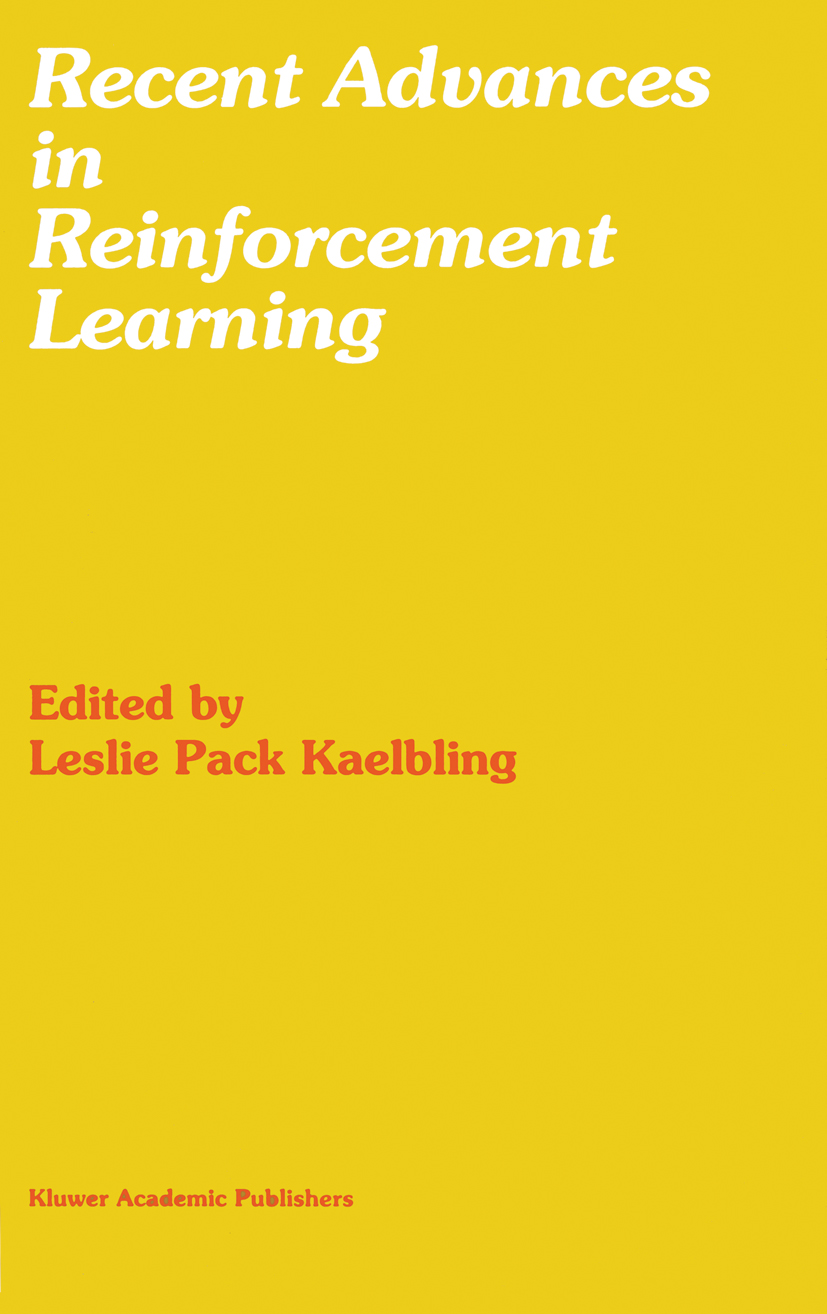
Recent Advances in Reinforcement Learning Recent Advances in Reinforcement Learning addresses current research in an exciting area that is gaining a great deal of popularity in the Artificial Intelligence and Neural Network communities. Reinforcement learning has become a primary paradigm of machine learning. It applies to problems in which an agent (such as a robot, a process controller, or an information-retrieval engine) has to learn how to behave given only information about the success of its current actions. This book is a collection of important papers that address topics including the theoretical foundations of dynamic programming approaches, the role of prior knowledge, and methods for improving performance of reinforcement-learning techniques. These papers build on previous work and will form an important resource for students and researchers in the area. Recent Advances in Reinforcement Learning is an edited volume of peer-reviewed original research comprising twelve invited contributions by leading researchers. This research work has also been published as a special issue of Machine Learning (Volume 22, Numbers 1, 2 and 3). COMPUTERS,Artificial Intelligence,General
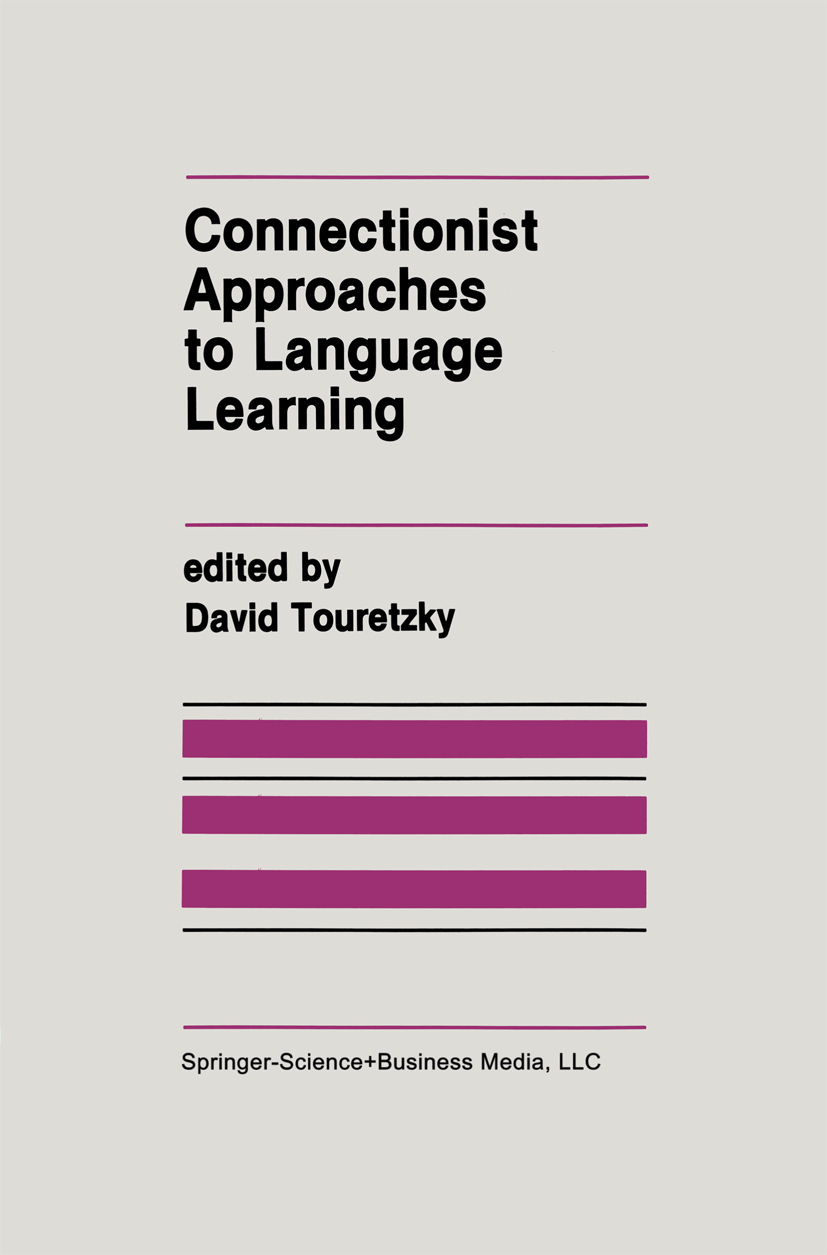
Connectionist Approaches to Language Learning arise automatically as a result of the recursive structure of the task and the continuous nature of the SRN's state space. Elman also introduces a new graphical technique for study ing network behavior based on principal components analysis. He shows that sentences with multiple levels of embedding produce state space trajectories with an intriguing self similar structure. The development and shape of a recurrent network's state space is the subject of Pollack's paper, the most provocative in this collection. Pollack looks more closely at a connectionist network as a continuous dynamical system. He describes a new type of machine learning phenomenon: induction by phase transition. He then shows that under certain conditions, the state space created by these machines can have a fractal or chaotic structure, with a potentially infinite number of states. This is graphically illustrated using a higher-order recurrent network trained to recognize various regular languages over binary strings. Finally, Pollack suggests that it might be possible to exploit the fractal dynamics of these systems to achieve a generative capacity beyond that of finite-state machines. COMPUTERS,Artificial Intelligence,General
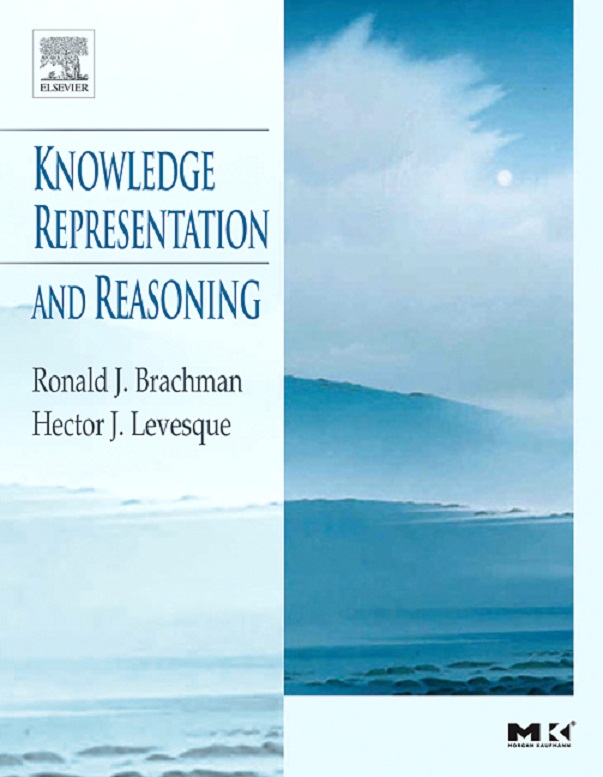
Knowledge Representation and Reasoning Knowledge representation is at the very core of a radical idea for understanding intelligence. Instead of trying to understand or build brains from the bottom up, its goal is to understand and build intelligent behavior from the top down, putting the focus on what an agent needs to know in order to behave intelligently, how this knowledge can be represented symbolically, and how automated reasoning procedures can make this knowledge available as needed. This landmark text takes the central concepts of knowledge representation developed over the last 50 years and illustrates them in a lucid and compelling way. Each of the various styles of representation is presented in a simple and intuitive form, and the basics of reasoning with that representation are explained in detail. This approach gives readers a solid foundation for understanding the more advanced work found in the research literature. The presentation is clear enough to be accessible to a broad audience, including researchers and practitioners in database management, information retrieval, and object-oriented systems as well as artificial intelligence. This book provides the foundation in knowledge representation and reasoning that every AI practitioner needs. Authors are well-recognized experts in the field who have applied the techniques to real-world problems Presents the core ideas of KR&R in a simple straight forward approach, independent of the quirks of research systems Offers the first true synthesis of the field in over a decade COMPUTERS,Artificial Intelligence,General
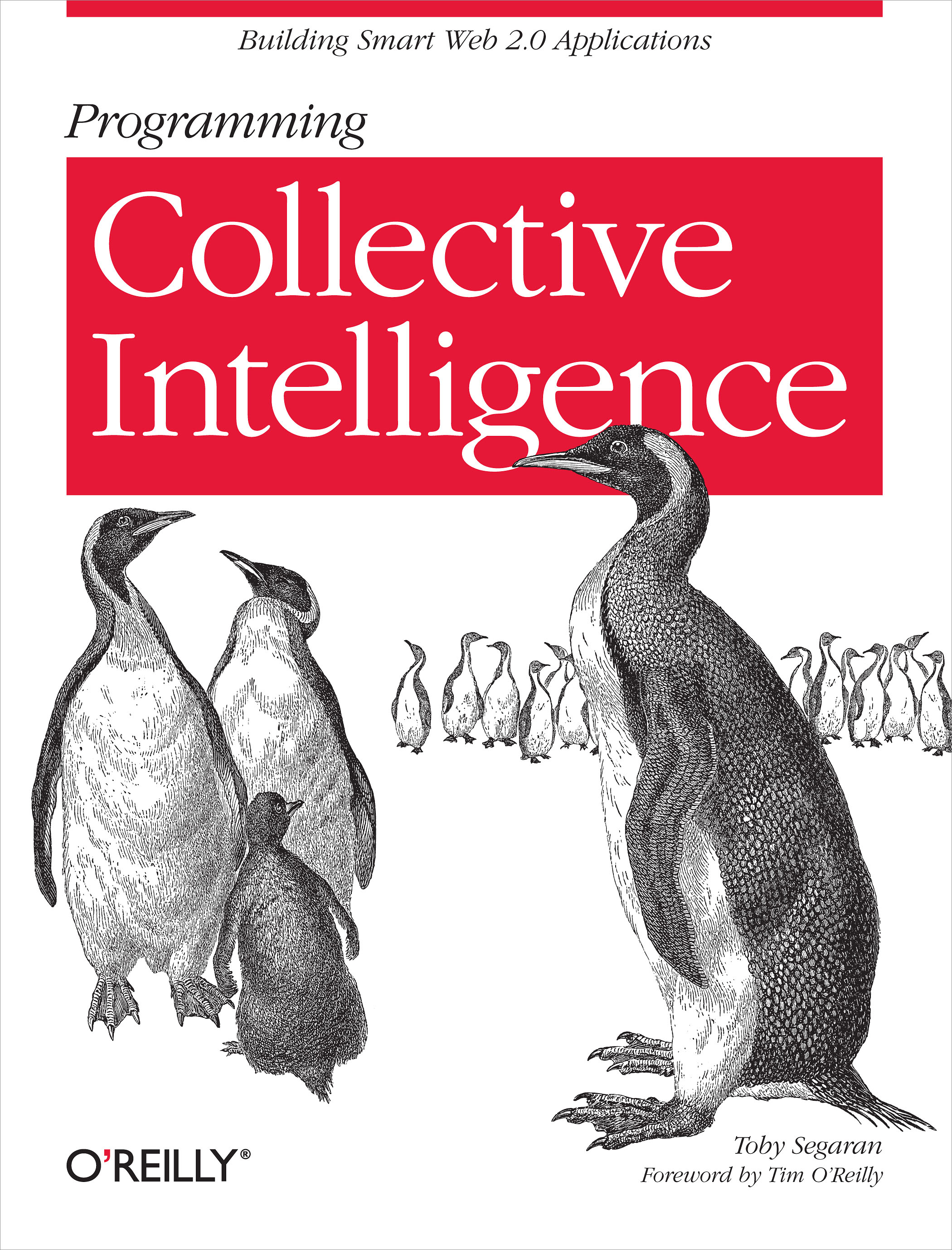
Programming Collective Intelligence Want to tap the power behind search rankings, product recommendations, social bookmarking, and online matchmaking? This fascinating book demonstrates how you can build Web 2.0 applications to mine the enormous amount of data created by people on the Internet. With the sophisticated algorithms in this book, you can write smart programs to access interesting datasets from other web sites, collect data from users of your own applications, and analyze and understand the data once you've found it. Programming Collective Intelligence takes you into the world of machine learning and statistics, and explains how to draw conclusions about user experience, marketing, personal tastes, and human behavior in general -- all from information that you and others collect every day. Each algorithm is described clearly and concisely with code that can immediately be used on your web site, blog, Wiki, or specialized application. This book explains: Collaborative filtering techniques that enable online retailers to recommend products or media Methods of clustering to detect groups of similar items in a large dataset Search engine features -- crawlers, indexers, query engines, and the PageRank algorithm Optimization algorithms that search millions of possible solutions to a problem and choose the best one Bayesian filtering, used in spam filters for classifying documents based on word types and other features Using decision trees not only to make predictions, but to model the way decisions are made Predicting numerical values rather than classifications to build price models Support vector machines to match people in online dating sites Non-negative matrix factorization to find the independent features in a dataset Evolving intelligence for problem solving -- how a computer develops its skill by improving its own code the more it plays a game Each chapter includes exercises for extending the algorithms to make them more powerful. Go beyond simple database-backed applications and put the wealth of Internet data to work for you. "Bravo! I cannot think of a better way for a developer to first learn these algorithms and methods, nor can I think of a better way for me (an old AI dog) to reinvigorate my knowledge of the details." -- Dan Russell, Google "Toby's book does a great job of breaking down the complex subject matter of machine-learning algorithms into practical, easy-to-understand examples that can be directly applied to analysis of social interaction across the Web today. If I had this book two years ago, it would have saved precious time going down some fruitless paths." -- Tim Wolters, CTO, Collective Intellect COMPUTERS,Artificial Intelligence,General
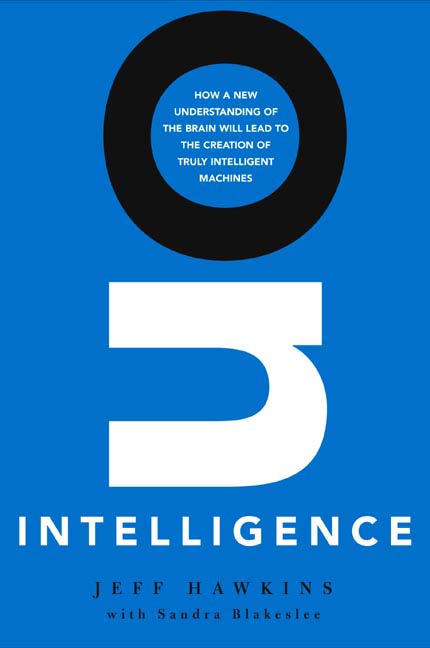
On Intelligence From the inventor of the PalmPilot comes a new and compelling theory of intelligence, brain function, and the future of intelligent machines Jeff Hawkins, the man who created the PalmPilot, Treo smart phone, and other handheld devices, has reshaped our relationship to computers. Now he stands ready to revolutionize both neuroscience and computing in one stroke, with a new understanding of intelligence itself. Hawkins develops a powerful theory of how the human brain works, explaining why computers are not intelligent and how, based on this new theory, we can finally build intelligent machines. The brain is not a computer, but a memory system that stores experiences in a way that reflects the true structure of the world, remembering sequences of events and their nested relationships and making predictions based on those memories. It is this memory-prediction system that forms the basis of intelligence, perception, creativity, and even consciousness. In an engaging style that will captivate audiences from the merely curious to the professional scientist, Hawkins shows how a clear understanding of how the brain works will make it possible for us to build intelligent machines, in silicon, that will exceed our human ability in surprising ways. Written with acclaimed science writer Sandra Blakeslee, On Intelligence promises to completely transfigure the possibilities of the technology age. It is a landmark book in its scope and clarity. COMPUTERS,Artificial Intelligence,General
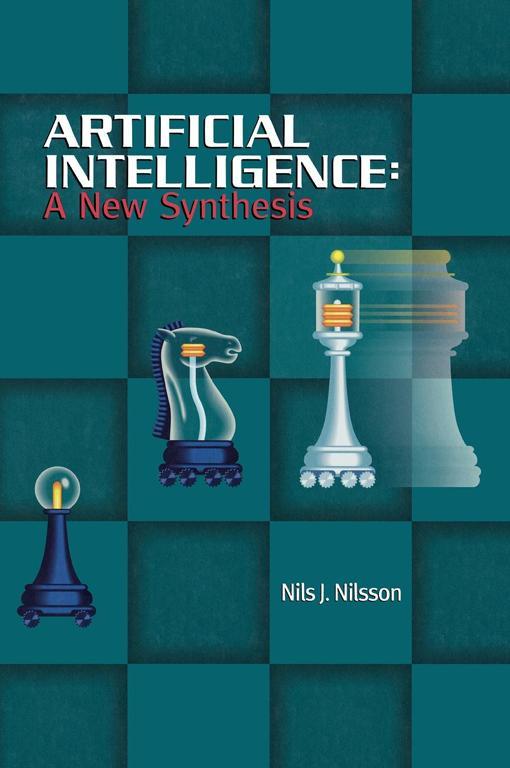
Artificial Intelligence Intelligent agents are employed as the central characters in this new introductory text. Beginning with elementary reactive agents, Nilsson gradually increases their cognitive horsepower to illustrate the most important and lasting ideas in AI. Neural networks, genetic programming, computer vision, heuristic search, knowledge representation and reasoning, Bayes networks, planning, and language understanding are each revealed through the growing capabilities of these agents. The book provides a refreshing and motivating new synthesis of the field by one of AI's master expositors and leading researchers. Artificial Intelligence: A New Synthesis takes the reader on a complete tour of this intriguing new world of AI. An evolutionary approach provides a unifying theme Thorough coverage of important AI ideas, old and new Frequent use of examples and illustrative diagrams Extensive coverage of machine learning methods throughout the text Citations to over 500 references Comprehensive index COMPUTERS,Artificial Intelligence,General
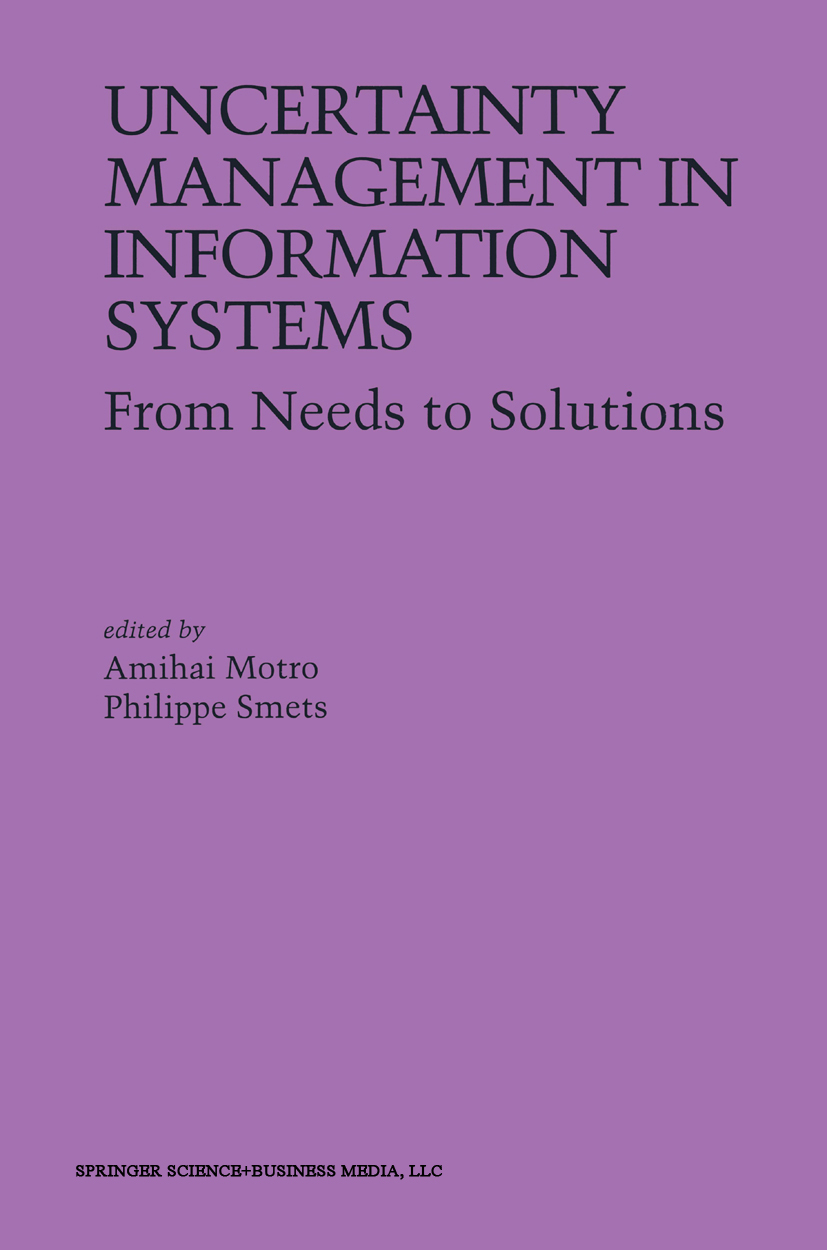
Uncertainty Management in Information Systems As its title suggests, "Uncertainty Management in Information Systems" is a book about how information systems can be made to manage information permeated with uncertainty. This subject is at the intersection of two areas of knowledge: information systems is an area that concentrates on the design of practical systems that can store and retrieve information; uncertainty modeling is an area in artificial intelligence concerned with accurate representation of uncertain information and with inference and decision-making under conditions infused with uncertainty. New applications of information systems require stronger capabilities in the area of uncertainty management. Our hope is that lasting interaction between these two areas would facilitate a new generation of information systems that will be capable of servicing these applications. Although there are researchers in information systems who have addressed themselves to issues of uncertainty, as well as researchers in uncertainty modeling who have considered the pragmatic demands and constraints of information systems, to a large extent there has been only limited interaction between these two areas. As the subtitle, "From Needs to Solutions," indicates, this book presents view points of information systems experts on the needs that challenge the uncer tainty capabilities of present information systems, and it provides a forum to researchers in uncertainty modeling to describe models and systems that can address these needs. COMPUTERS,Artificial Intelligence,General
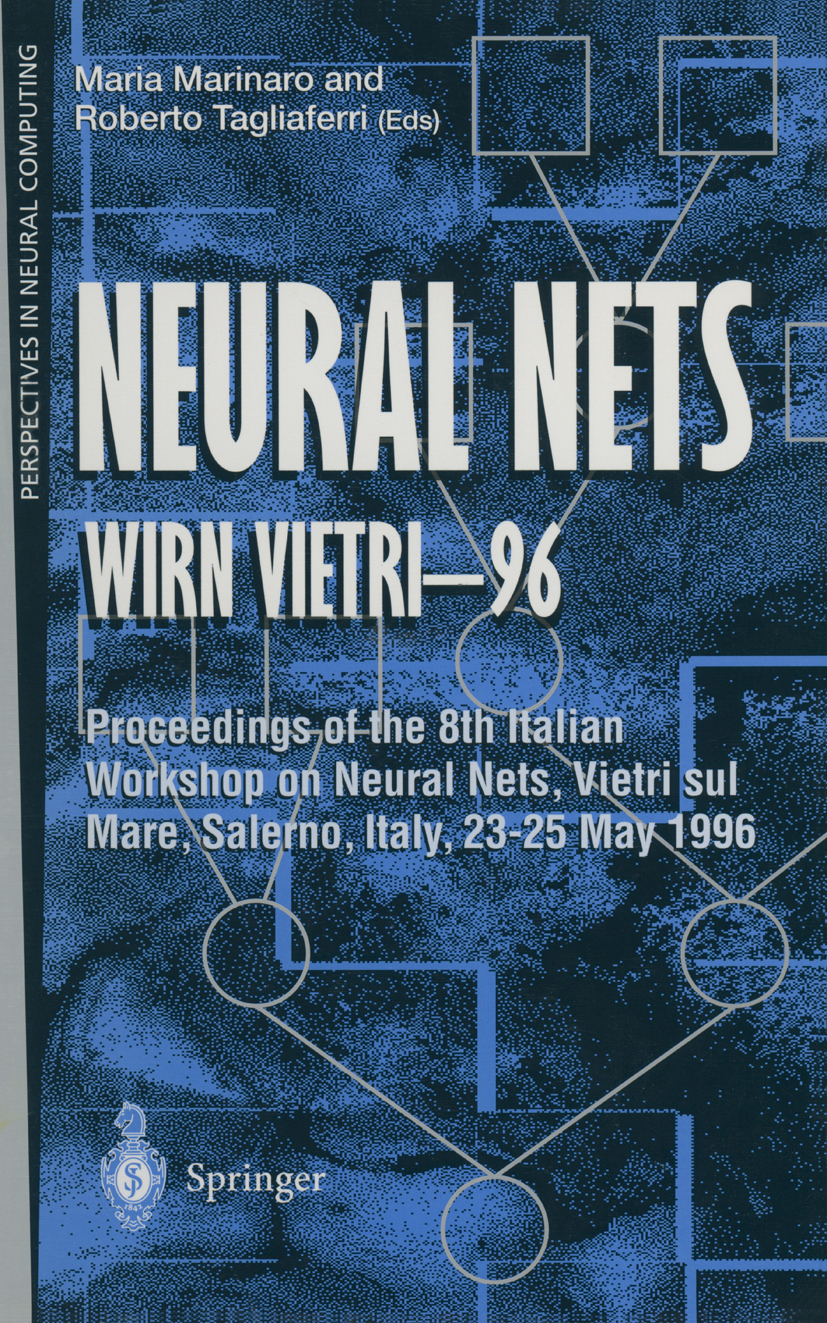
Neural Nets WIRN VIETRI-96 This volume contains the Proceedings of the 8th Italian Workshop on Neural Nets WIRN VIETRI-96, organized by the International Institute for Advanced Scientific Studies "Eduardo R. Caianiello" and by the Societa Italiana Reti Neuroniche (SIREN). We would like to thank Professor L.B. Almeida who agreed to deliver an invited lecture which is included in these Proceedings. The spectrum of contributors and participants covers the activity of Italian research in the field and of some European groups. The highly qualified and motivated attendance is·proof of the interest with which this annual event has met in the Italian scientific community. Maria Marinaro Roberto Tagliaferri Organizing - Scientific Committee: B. Apolloni (Univ. Milano), A. Bertoni (Univ. Milano), D.o. Caviglia (Univ. Genova), P. Campadelli (Univ. Milano), M. Ceccarelli (CNR NapolD, A. Colla (ELSAG - Genova), M. Frixione (/lASS), C. Furlanello (IRST - Trento), G.M. Guazzo (!lASS), M. Gori (Univ. Firenze), F. Lauria (Univ. Napo/D, M. Marinaro (Univ. Salerno - flASS), F. Masulli (Univ. Genova), P. Morasso (Univ. Genova), G. Orlandi (Univ. Roma), E. Pasero (Politecnico Torino), A. Petrosino (CNR Napoli), M. Protasi (Univ. Roma Ilj, S. Rampone (/lASS), R. Serra (Gruppo Ferruzzi Ravenna), F. Sorbello (Univ. Palermo), R. Stefanel.1i (Politecnico Milano), R. Tagliaferri (Univ. Salerno), R. Vaccaro (CNR Napo/D. COMPUTERS,Artificial Intelligence,General
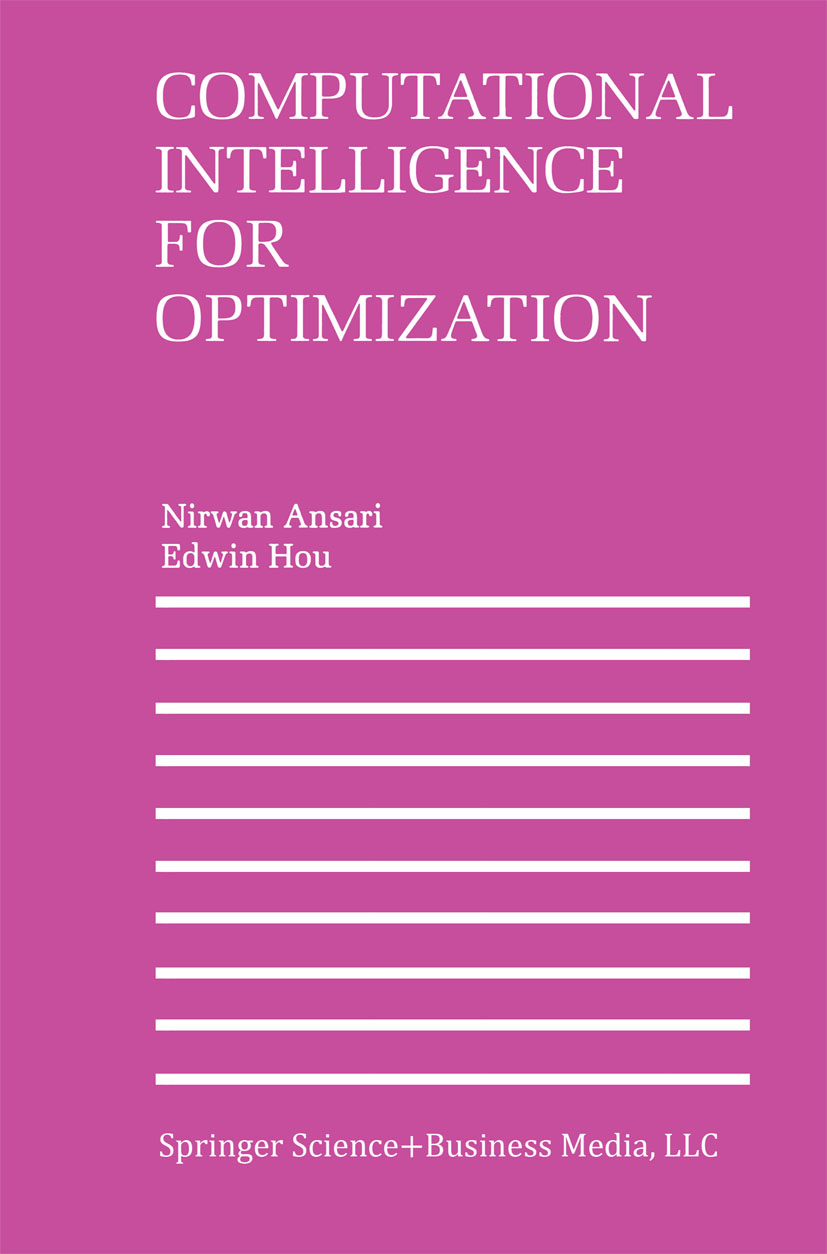
Computational Intelligence for Optimization The field of optimization is interdisciplinary in nature, and has been making a significant impact on many disciplines. As a result, it is an indispensable tool for many practitioners in various fields. Conventional optimization techniques have been well established and widely published in many excellent textbooks. However, there are new techniques, such as neural networks, simulated anneal ing, stochastic machines, mean field theory, and genetic algorithms, which have been proven to be effective in solving global optimization problems. This book is intended to provide a technical description on the state-of-the-art development in advanced optimization techniques, specifically heuristic search, neural networks, simulated annealing, stochastic machines, mean field theory, and genetic algorithms, with emphasis on mathematical theory, implementa tion, and practical applications. The text is suitable for a first-year graduate course in electrical and computer engineering, computer science, and opera tional research programs. It may also be used as a reference for practicing engineers, scientists, operational researchers, and other specialists. This book is an outgrowth of a couple of special topic courses that we have been teaching for the past five years. In addition, it includes many results from our inter disciplinary research on the topic. The aforementioned advanced optimization techniques have received increasing attention over the last decade, but relatively few books have been produced. COMPUTERS,Artificial Intelligence,General
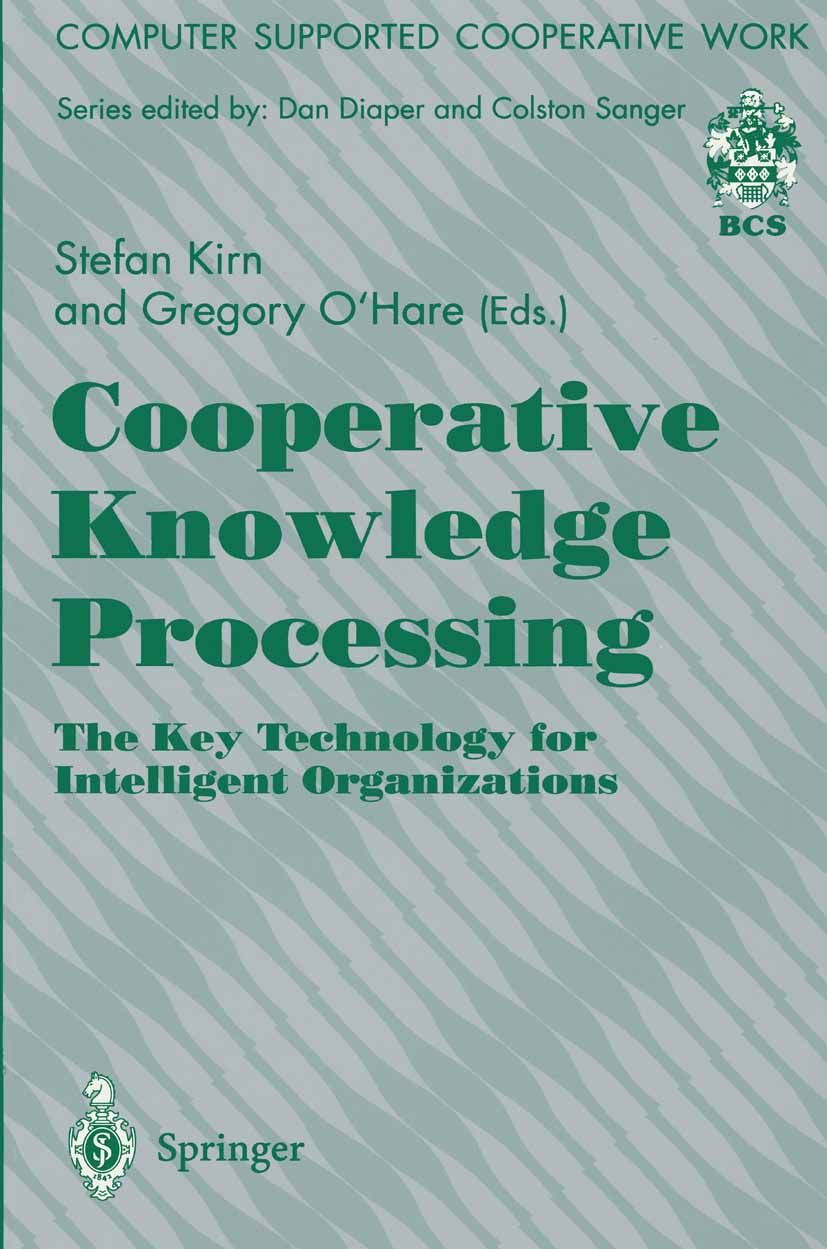
Cooperative Knowledge Processing In the light of the challenges that face today's organizations, there is a grow ing recognition that future market success and long term' survival of enter prises will increasingly depend upon the effective usage of information technology. Of late, a new generation of terminology has emerged to describe enterprises. This terminology draws heavily upon the virtual concep- virtual reality, virtual organization, virtual (working) environment, and indeed virtual product. However, developing computerized organisations for the 21st century demands serious thought with regard to the judicious integration of organizational theory, design and practice with research tools and methods from within information processing technology. Within this book, we approach this aim from the perspective of a radically decentralized (possibly virtual) enterprise. We assume that organizations are becoming increasingly process-orientated, rather than adhering to the former more traditional organizational structures based upon task oriented models. This approach has proved illuminating in that, due to the inherent autonomy of organizational subunits any approach to coordinating decentralized activ ities (including workflows and business processes) necessitates a cooperative style of problem solving. This book introduces the reader to a stimulating new field of interdiscipli nary research in cooperative problem solving. In Chapter 1 Kim presents a view of three central discip14tes, namely those of Organizational Theory, Computer Supported Cooperative Work (CSCW) and Distributed Artificial Intelligence (DAI). The applications given here demonstrate how future enterprises will benefit from recent advances in the technological arena of cooperative knowledge processing. COMPUTERS,Artificial Intelligence,General

One Jump Ahead Why did I write this book? I'm still not sure. After all, I'm a researcher, which means I think I know how to write technical papers. But writing for a n- technical audience is something I know nothing about. It took a lot of effort before I could force myself to sit down to write the first word. Once I did, however, it was hard not to stop! When I started this project, I didn't know that I had a lot to say and, in some sense, the results show this. The book is much longer than I even imagined it would be. Worse yet is that there is a lot of material that I decided not to include. It's a good thing that the publishers decided to limit how long the book could be! However, after much soul searching, I think I now know the reasons why I wrote this book. First and foremost, this book tells an interesting story. It's about the life of a checkers-playing computer program, Chinook, from its creation in 1989 to its retirement in 1996. In reality the story revolves around two people with different views of the program. As the creator of Chinook, I wanted to push the program to become the best player in the world, in much the same way that a father might encourage his son to excel at sports. COMPUTERS,Artificial Intelligence,General

Microsystem Technology and Microrobotics Microsystem technology (MST) integrates very small (up to a few nanometers) mechanical, electronic, optical, and other components on a substrate to construct functional devices. These devices are used as intelligent sensors, actuators, and controllers for medical, automotive, household and many other purposes. This book is a basic introduction to MST for students, engineers, and scientists. It is the first of its kind to cover MST in its entirety. It gives a comprehensive treatment of all important parts of MST such as microfabrication technologies, microactuators, microsensors, development and testing of microsystems, and information processing in microsystems. It surveys products built to date and experimental products and gives a comprehensive view of all developments leading to MST devices and robots. COMPUTERS,Artificial Intelligence,General
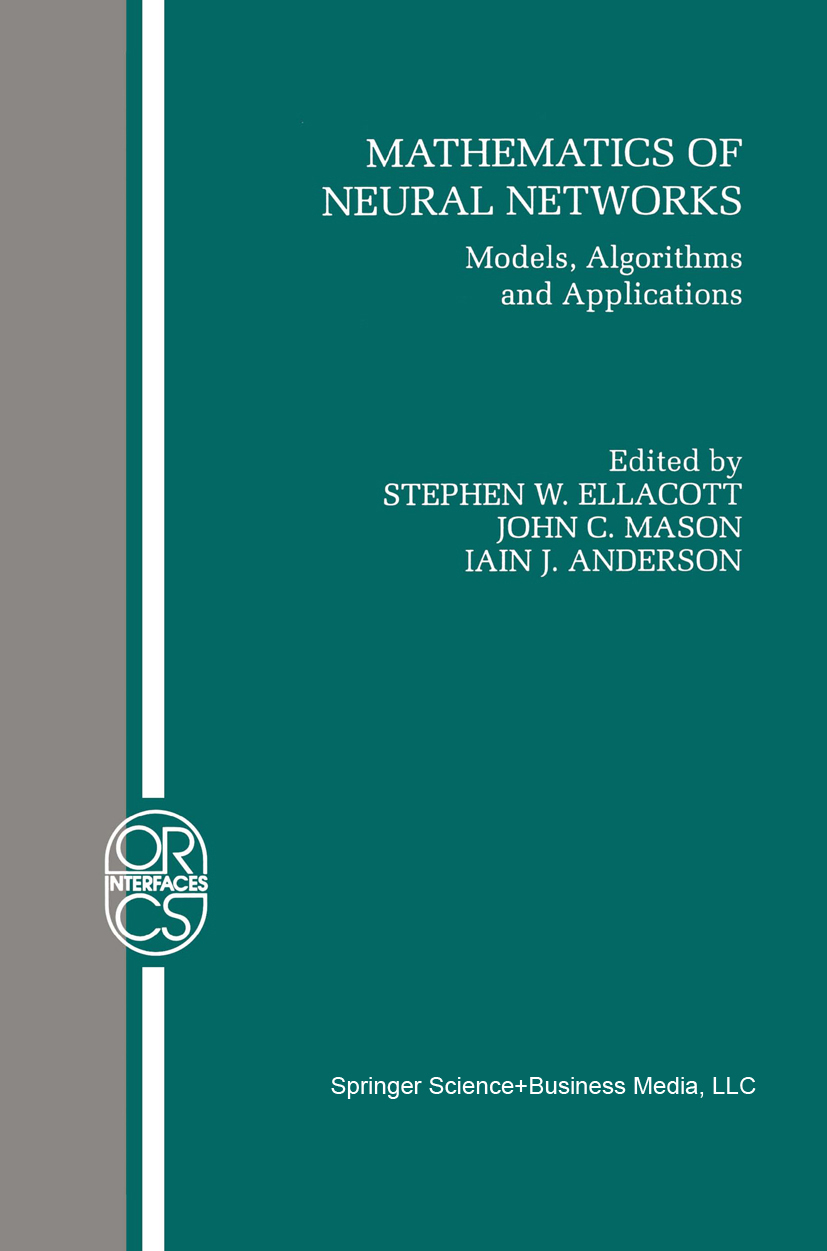
Mathematics of Neural Networks This volume of research papers comprises the proceedings of the first International Conference on Mathematics of Neural Networks and Applications (MANNA), which was held at Lady Margaret Hall, Oxford from July 3rd to 7th, 1995 and attended by 116 people. The meeting was strongly supported and, in addition to a stimulating academic programme, it featured a delightful venue, excellent food and accommo dation, a full social programme and fine weather - all of which made for a very enjoyable week. This was the first meeting with this title and it was run under the auspices of the Universities of Huddersfield and Brighton, with sponsorship from the US Air Force (European Office of Aerospace Research and Development) and the London Math ematical Society. This enabled a very interesting and wide-ranging conference pro gramme to be offered. We sincerely thank all these organisations, USAF-EOARD, LMS, and Universities of Huddersfield and Brighton for their invaluable support. The conference organisers were John Mason (Huddersfield) and Steve Ellacott (Brighton), supported by a programme committee consisting of Nigel Allinson (UMIST), Norman Biggs (London School of Economics), Chris Bishop (Aston), David Lowe (Aston), Patrick Parks (Oxford), John Taylor (King's College, Lon don) and Kevin Warwick (Reading). The local organiser from Huddersfield was Ros Hawkins, who took responsibility for much of the administration with great efficiency and energy. The Lady Margaret Hall organisation was led by their bursar, Jeanette Griffiths, who ensured that the week was very smoothly run. COMPUTERS,Artificial Intelligence,General
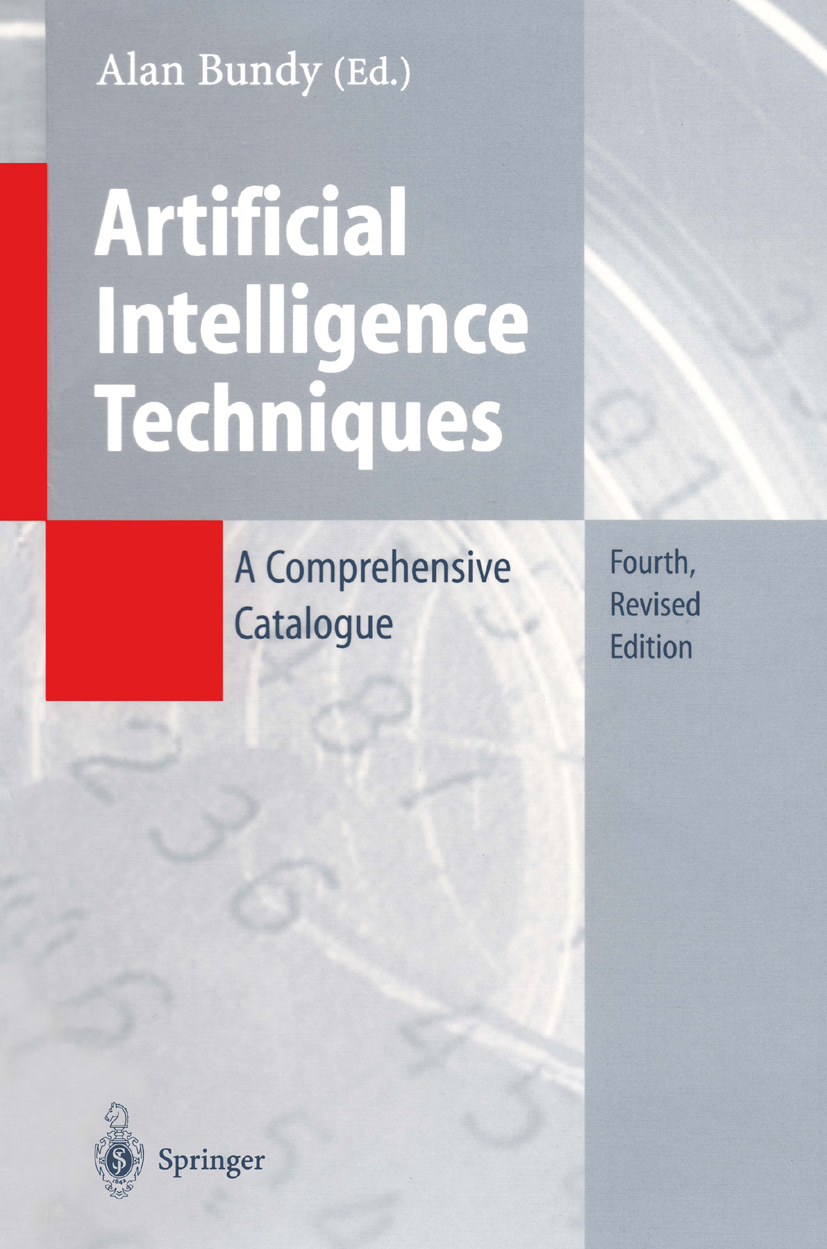
Artificial Intelligence Techniques The purpose of "Artificial Intelligence Techniques: A Comprehensive Cata logue" is to promote interaction between members of the AI community. It does this by announcing the existence of AI techniques, and acting as a pointer into the literature. Thus the AI community has access to a common, extensional definition of the field, which promotes a common terminology, discourages the reinvention of wheels, and acts as a clearing house for ideas and algorithms. I am grateful to the impressive group of AI experts who have contributed the many descriptions of AI techniques which go to make up this Catalogue. They have managed to distill a very wide knowledge of AI into a very compact form. The Catalogue is a reference work providing a quick guide to the AI tech niques available for different tasks. Intentionally, it only provides a brief de scription of each technique, with no extended discussion of its historical origin or how it has been used in particular AI programs. COMPUTERS,Artificial Intelligence,General

Second-Order Methods for Neural Networks About This Book This book is about training methods - in particular, fast second-order training methods - for multi-layer perceptrons (MLPs). MLPs (also known as feed-forward neural networks) are the most widely-used class of neural network. Over the past decade MLPs have achieved increasing popularity among scientists, engineers and other professionals as tools for tackling a wide variety of information processing tasks. In common with all neural networks, MLPsare trained (rather than programmed) to carryout the chosen information processing function. Unfortunately, the (traditional' method for trainingMLPs- the well-knownbackpropagation method - is notoriously slow and unreliable when applied to many prac tical tasks. The development of fast and reliable training algorithms for MLPsis one of the most important areas ofresearch within the entire field of neural computing. The main purpose of this book is to bring to a wider audience a range of alternative methods for training MLPs, methods which have proved orders of magnitude faster than backpropagation when applied to many training tasks. The book also addresses the well-known (local minima' problem, and explains ways in which fast training methods can be com bined with strategies for avoiding (or escaping from) local minima. All the methods described in this book have a strong theoretical foundation, drawing on such diverse mathematical fields as classical optimisation theory, homotopic theory and stochastic approximation theory. COMPUTERS,Artificial Intelligence,General
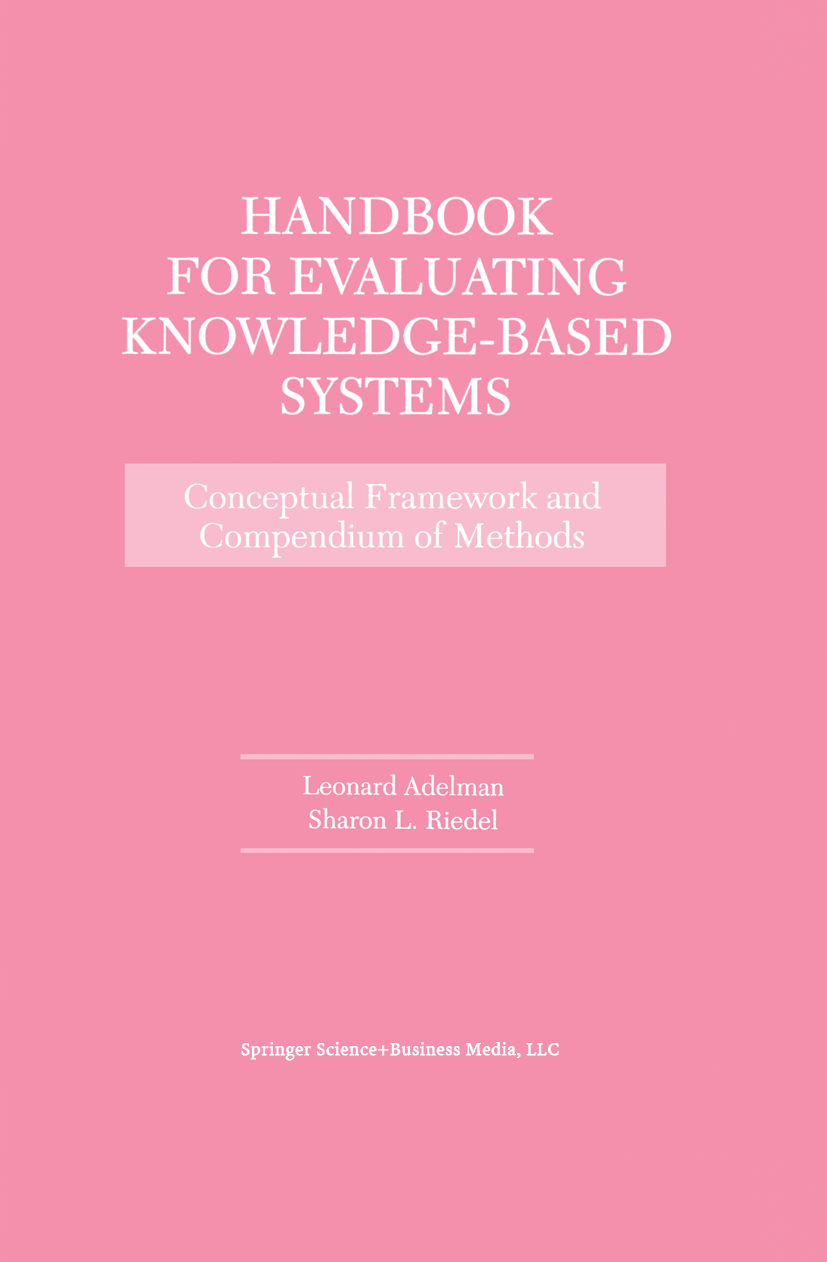
Handbook for Evaluating Knowledge-Based Systems Knowledge-based systems are increasingly found in a wide variety of settings and this handbook has been written to meet a specific need in their widening use. While there have been many successful applications of knowledge-based systems, some applications have failed because they never received the corrective feedback that evaluation provides for keeping development focused on the users' needs in their actual working environment. This handbook provides a conceptual framework and compendium of methods for performing evaluations of knowledge-based systems during their development. Its focus is on the users' and subject matter experts' evaluation of the usefulness of the system, and not on the developers' testing of the adequacy of the programming code. The handbook permits evaluators to systematically answer the following kinds of questions: Does the knowledge-based system meet the users' task requirements? Is the system easy to use? Is the knowledge base logically consistent? Does it meet the required level of expertise? Does the system improve performance? The authors have produced a handbook that will serve two audiences: a tool that can be used to create knowledge-based systems (practitioners, developers, and evaluators) and a framework that will stimulate more research in the area (academic researchers and students). To accomplish this, the handbook is built around a conceptual framework that integrates the different types of evaluations into the system of development process. The kinds of questions that can be answered, and the methods available for answering them, will change throughout the system development life cycle. And throughout this process, one needs to know what can be done, and what can't. It is this dichotomy that addresses needs in both the practitioner and academic research audiences. COMPUTERS,Artificial Intelligence,General
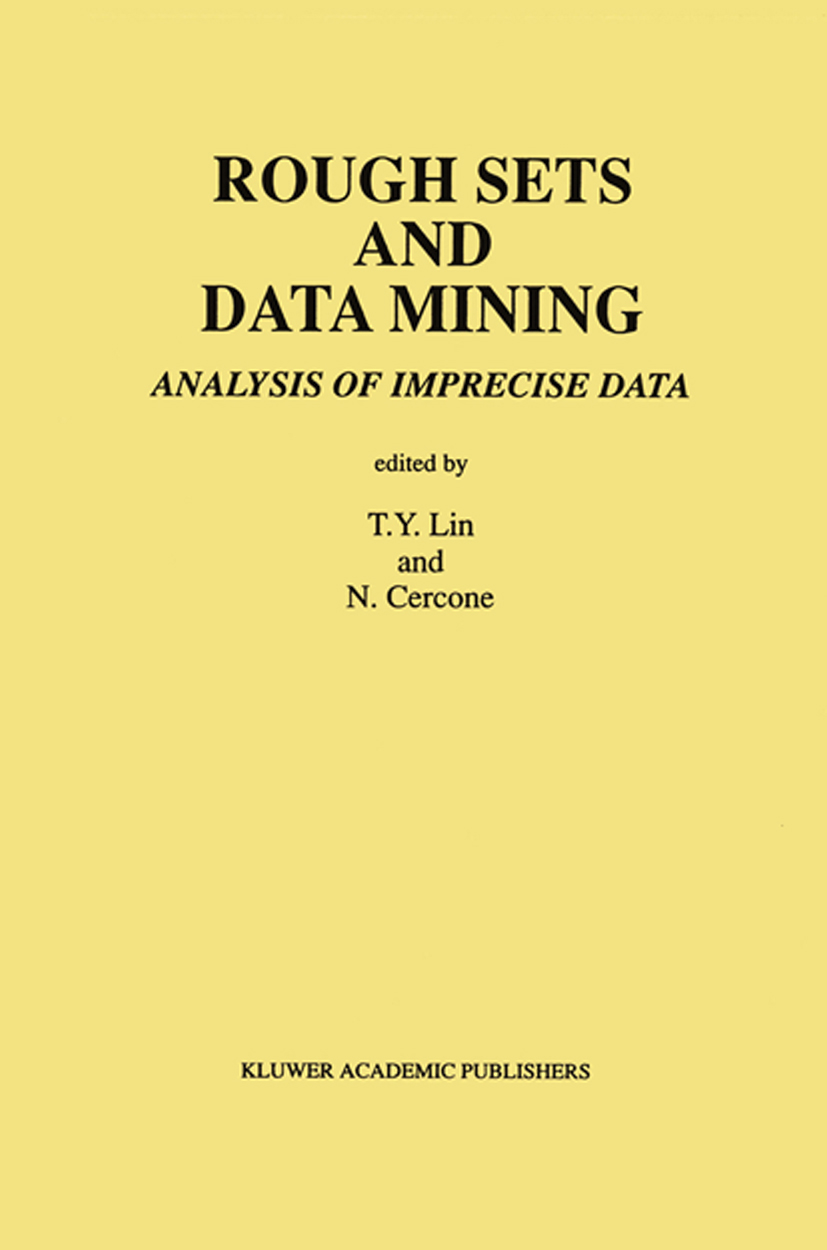
Rough Sets and Data Mining Rough Sets and Data Mining: Analysis of Imprecise Data is an edited collection of research chapters on the most recent developments in rough set theory and data mining. The chapters in this work cover a range of topics that focus on discovering dependencies among data, and reasoning about vague, uncertain and imprecise information. The authors of these chapters have been careful to include fundamental research with explanations as well as coverage of rough set tools that can be used for mining data bases. The contributing authors consist of some of the leading scholars in the fields of rough sets, data mining, machine learning and other areas of artificial intelligence. Among the list of contributors are Z. Pawlak, J Grzymala-Busse, K. Slowinski, and others. Rough Sets and Data Mining: Analysis of Imprecise Data will be a useful reference work for rough set researchers, data base designers and developers, and for researchers new to the areas of data mining and rough sets. COMPUTERS,Artificial Intelligence,General
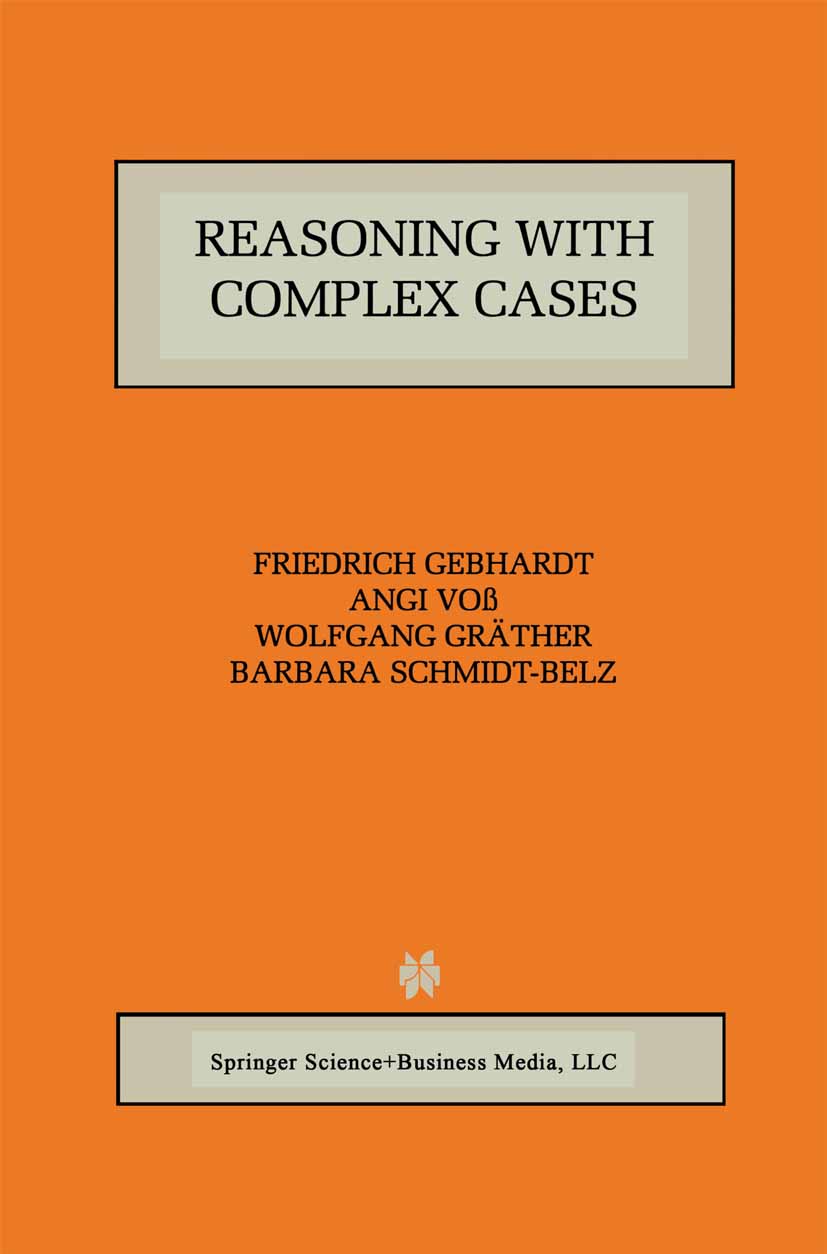
Reasoning with Complex Cases Reasoning with Complex Cases emphasizes case retrieval methods based on structured cases as they are relevant for planning, configuration, and design, and provides a systematic view of the case reuse phase, centering on complex situations. So far, books on case-based reasoning considered comparatively simple situations only. This book is a coherent work, not a selection of separate contributions, and consists largely of original research results using examples taken from industrial design, biology, medicine, jurisprudence and other areas. Reasoning with Complex Cases is suitable as a secondary text for graduate-level courses on case-based reasoning and as a reference for practitioners applying conventional CBR systems or techniques. COMPUTERS,Artificial Intelligence,General
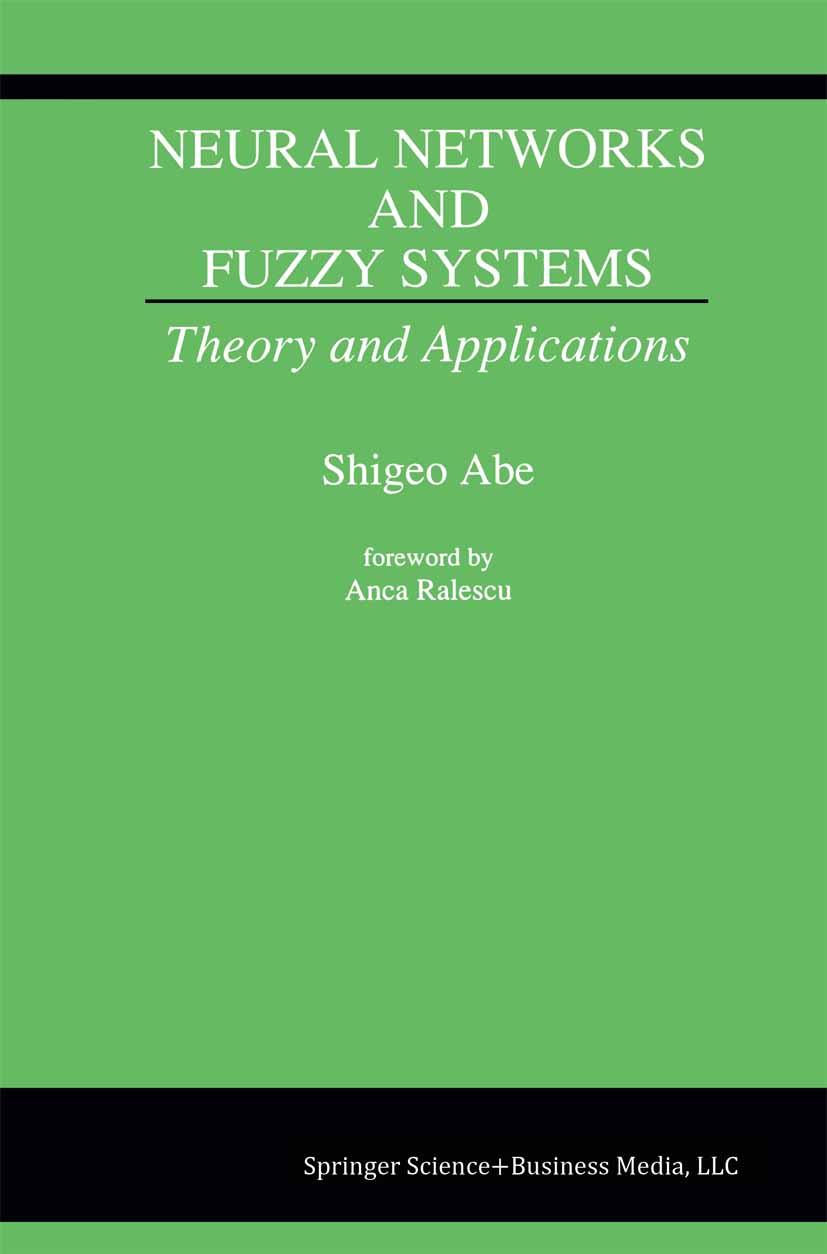
Neural Networks and Fuzzy Systems Neural Networks and Fuzzy Systems: Theory and Applications discusses theories that have proven useful in applying neural networks and fuzzy systems to real world problems. The book includes performance comparison of neural networks and fuzzy systems using data gathered from real systems. Topics covered include the Hopfield network for combinatorial optimization problems, multilayered neural networks for pattern classification and function approximation, fuzzy systems that have the same functions as multilayered networks, and composite systems that have been successfully applied to real world problems. The author also includes representative neural network models such as the Kohonen network and radial basis function network. New fuzzy systems with learning capabilities are also covered. The advantages and disadvantages of neural networks and fuzzy systems are examined. The performance of these two systems in license plate recognition, a water purification plant, blood cell classification, and other real world problems is compared. COMPUTERS,Artificial Intelligence,General
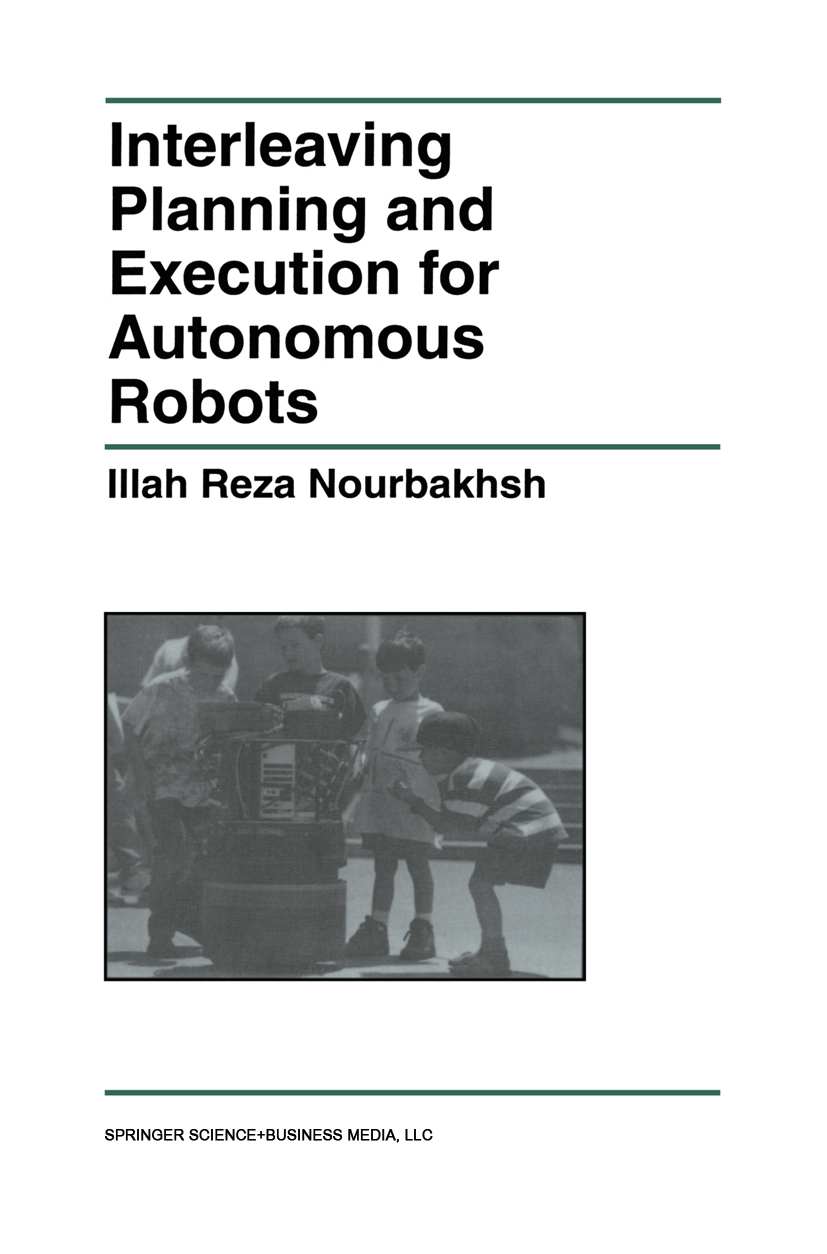
Interleaving Planning and Execution for Autonomous Robots Interleaving Planning and Execution for Autonomous Robots develops a formal representation for interleaving planning and execution in the context of incomplete information. This work bridges the gap between theory and practice in robotics by presenting control architectures that are provably sound, complete and optimal, and then describing real-world implementations of these robot architectures. Dervish, winner of the 1994 AAAI National Robot Contest, is one of the robots featured. Interleaving Planning and Execution for Autonomous Robots is based on the author's PhD research, covering the same material taught in CS 224, the very popular Introduction to Robot Programming Laboratory taught at Stanford for four years by Professor Michael Genesereth and the author. COMPUTERS,Artificial Intelligence,General

Life Cycle Networks The globalisation of markets and the expansion of product responsibility into the entire product life cycle lead to an increasing competitive situation for nationally and internationally operating companies. Therefore, to win this competition the use of the most effective and efficient resources regarding the whole product life cycle is necessary. Since these resources are globally distributed the different tasks both within a phase of product life cycle and those spread over different phases are distributed as well. The global interference of these tasks requires a close multilateral co-operation of the companies concerned. Current information- and communication technologies and modern management concepts offer high potentials to meet these requirements. The international seminar of CIRP on Life Cycle Engineering titled "Life Cycle Networks" was a forum for the presentation and discussion of current research work and recent advancements on these strategic issues for current and future engineering. Complex requirements and innovative solutions to support and realise Life Cycle Networks has been revealed and summerised. The employment of information technology to support both specific phases of product life cycle and holistic approaches will be the main focus. This volume contains the papers presented at the seminar which provide opportunities to identify the state-of-the-art and address future needs. The parts in this volume correspond to the sessions of the seminar and are presented under the following headings: Life Cycle Management; Life Cycle Design; Design for Environment; Design for Recycling; Life Cycle Assessment; Disassembly; IT-Networks. COMPUTERS,Artificial Intelligence,General
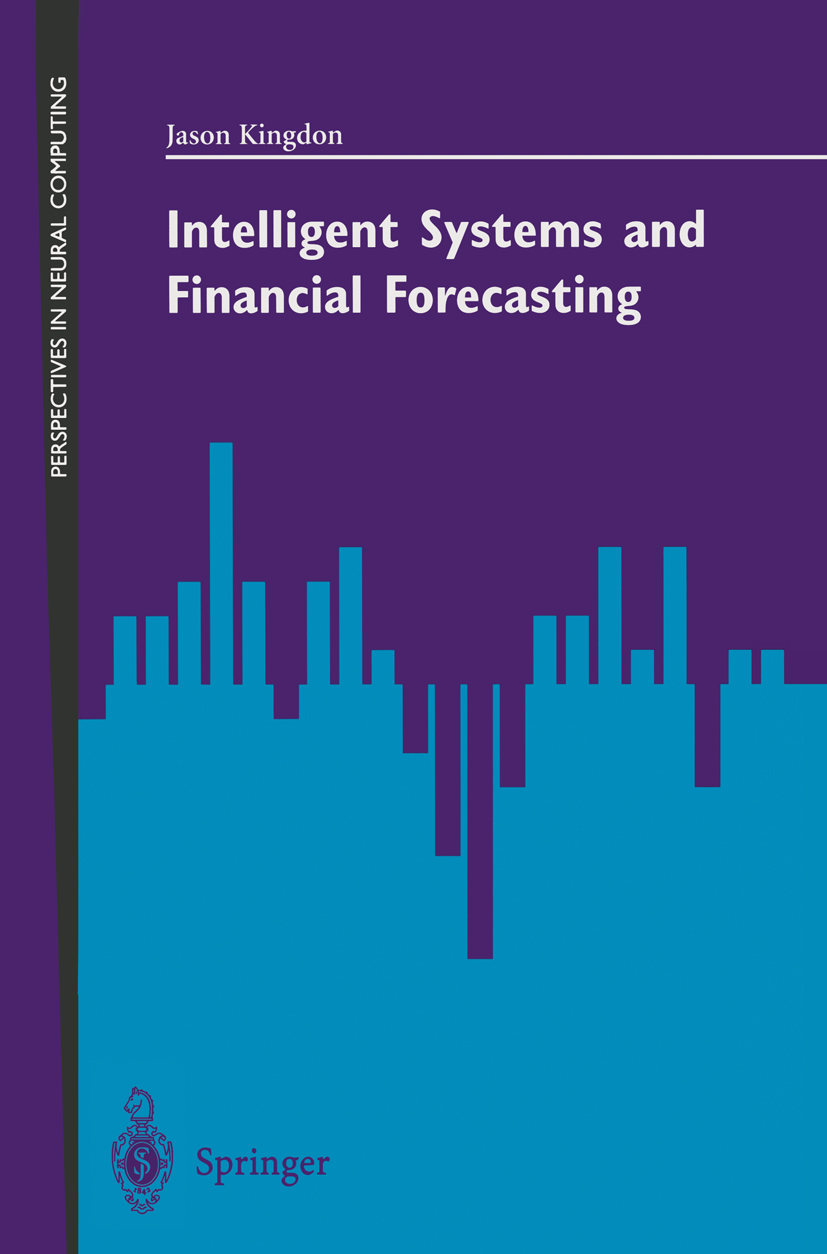
Intelligent Systems and Financial Forecasting A fundamental objective of Artificial Intelligence (AI) is the creation of in telligent computer programs. In more modest terms AI is simply con cerned with expanding the repertoire of computer applications into new domains and to new levels of efficiency. The motivation for this effort comes from many sources. At a practical level there is always a demand for achieving things in more efficient ways. Equally, there is the technical challenge of building programs that allow a machine to do something a machine has never done before. Both of these desires are contained within AI and both provide the inspirational force behind its development. In terms of satisfying both of these desires there can be no better example than machine learning. Machines that can learn have an in-built effi ciency. The same software can be applied in many applications and in many circumstances. The machine can adapt its behaviour so as to meet the demands of new, or changing, environments without the need for costly re-programming. In addition, a machine that can learn can be ap plied in new domains with the genuine potential for innovation. In this sense a machine that can learn can be applied in areas where little is known about possible causal relationships, and even in circumstances where causal relationships are judged not to exist. This last aspect is of major significance when considering machine learning as applied to fi nancial forecasting. COMPUTERS,Artificial Intelligence,General
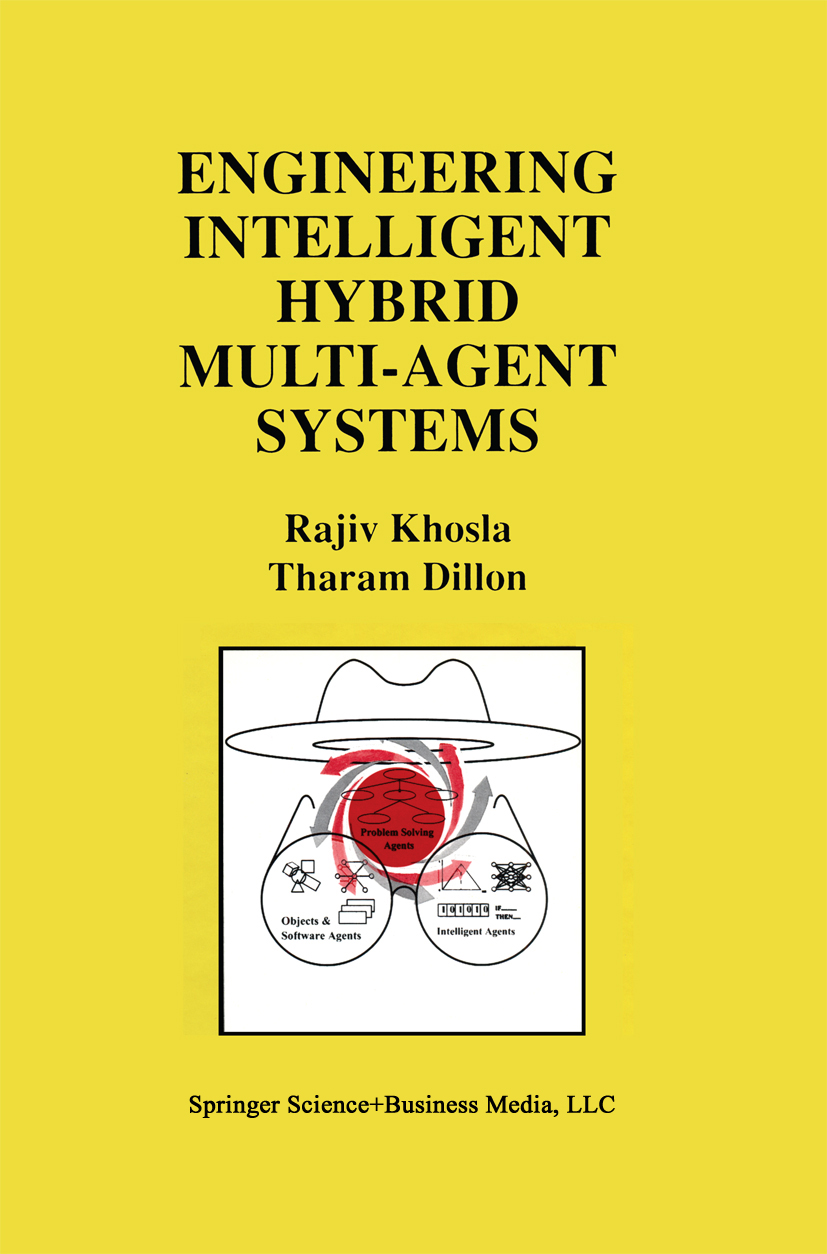
Engineering Intelligent Hybrid Multi-Agent Systems Engineering Intelligent Hybrid Multi-Agent Systems is about building intelligent hybrid systems. Included is coverage of applications and design concepts related to fusion systems, transformation systems and combination systems. These applications are in areas involving hybrid configurations of knowledge-based systems, case-based reasoning, fuzzy systems, artificial neural networks, genetic algorithms, and in knowledge discovery and data mining. Through examples and applications a synergy of these subjects is demonstrated. The authors introduce a multi-agent architectural theory for engineering intelligent associative hybrid systems. The architectural theory is described at both the task structure level and the computational level. This problem-solving architecture is relevant for developing knowledge agents and information agents. An enterprise-wide system modeling framework is outlined to facilitate forward and backward integration of systems developed in the knowledge, information, and data engineering layers of an organization. In the modeling process, software engineering aspects like agent oriented analysis, design and reuse are developed and described. Engineering Intelligent Hybrid Multi-Agent Systems is the first book in the field to provide details of a multi-agent architecture for building intelligent hybrid systems. COMPUTERS,Artificial Intelligence,General
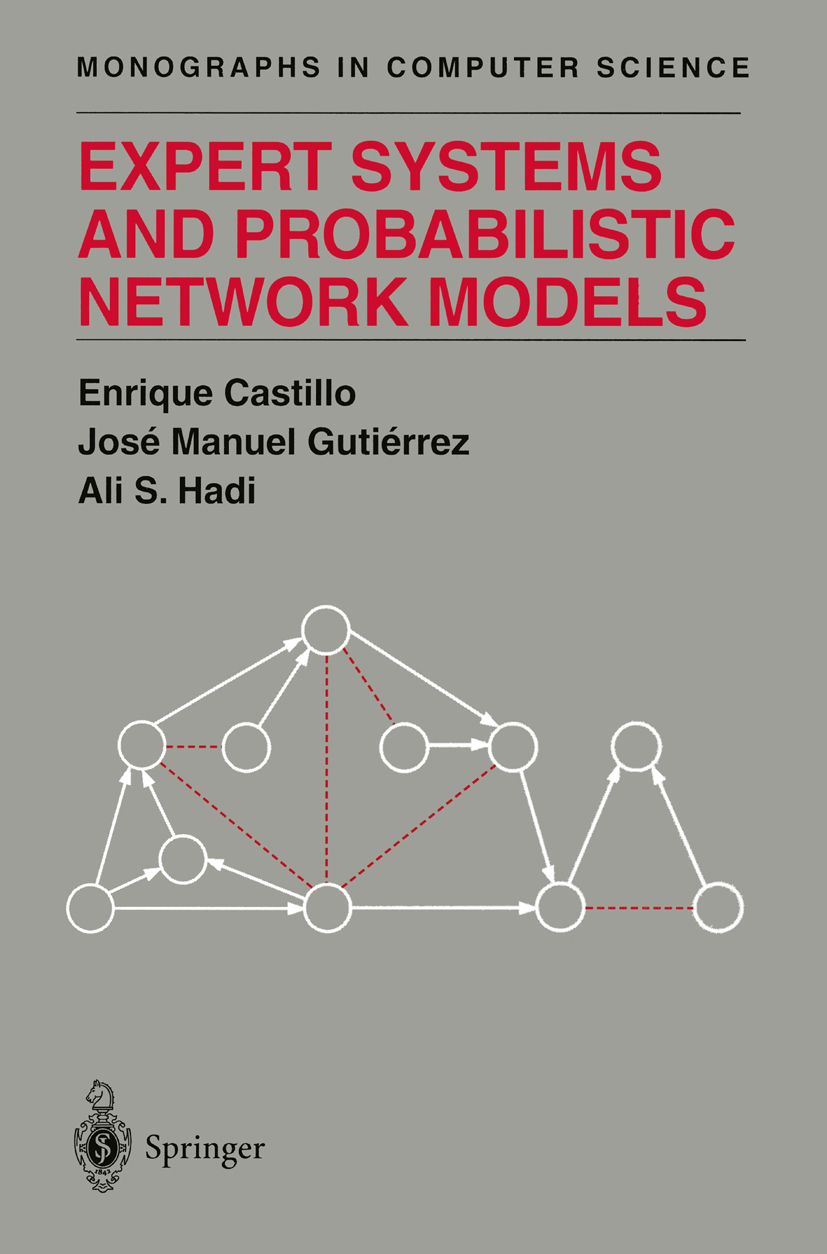
Expert Systems and Probabilistic Network Models Artificial intelligence and expert systems have seen a great deal of research in recent years, much of which has been devoted to methods for incorporating uncertainty into models. This book is devoted to providing a thorough and up-to-date survey of this field for researchers and students. COMPUTERS,Artificial Intelligence,General
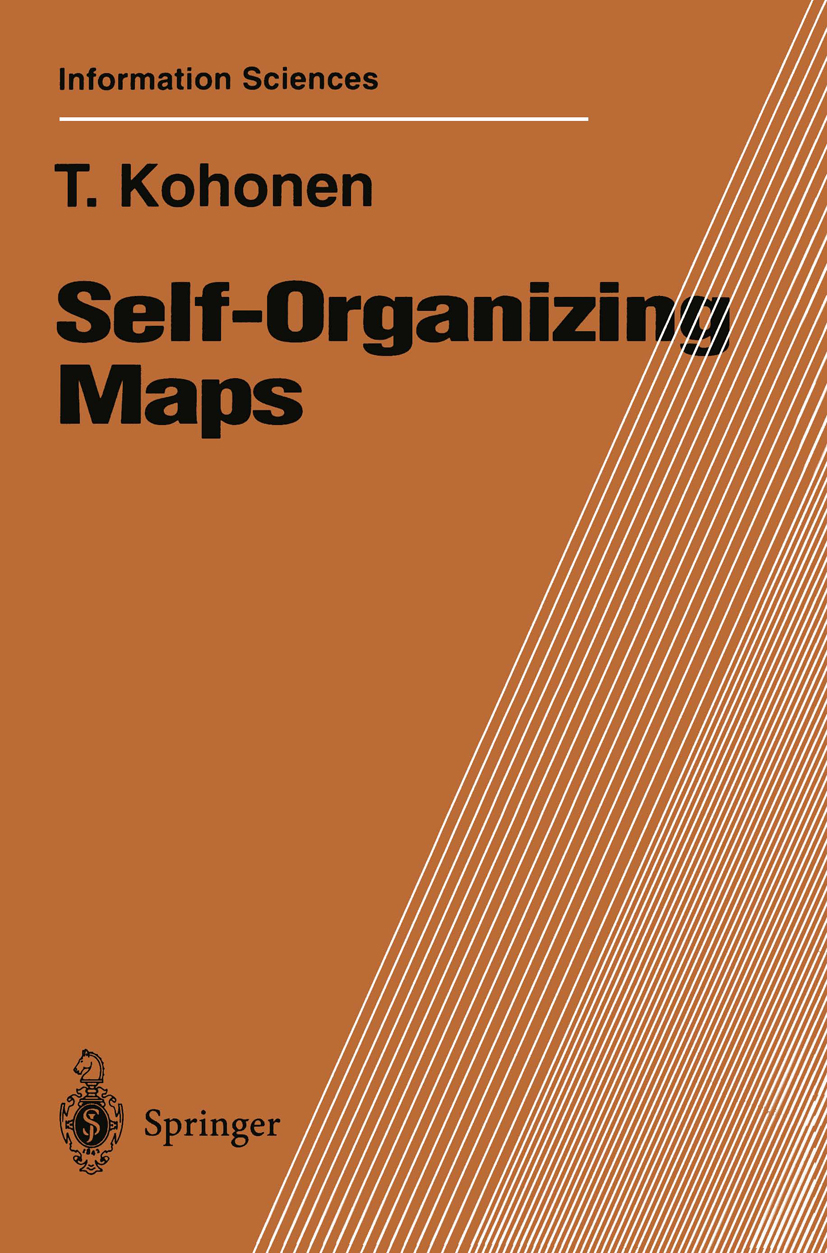
Self-Organizing Maps The second, revised edition of this book was suggested by the impressive sales of the first edition. Fortunately this enabled us to incorporate new important results that had just been obtained. The ASSOM (Adaptive-Subspace SOM) is a new architecture in which invariant-feature detectors emerge in an unsupervised learning process. Its basic principle was already introduced in the first edition, but the motiva tion and theoretical discussion in the second edition is more thorough and consequent. New material has been added to Sect. 5.9 and this section has been rewritten totally. Correspondingly, Sect. 1.4, which deals with adaptive subspace classifiers in general and constitutes the prerequisite for the ASSOM principle, has also been extended and rewritten totally. Another new SOM development is the WEBSOM, a two-layer architecture intended for the organization of very large collections of full-text documents such as those found in the Internet and World Wide Web. This architecture was published after the first edition came out. The idea and results seemed to be so important that the new Sect. 7.8 has now been added to the second edition. Another addition that contains new results is Sect. 3.15, which describes the acceleration in the computing of very large SOMs. It was also felt that Chap. 7, which deals with 80M applications, had to be extended. COMPUTERS,Artificial Intelligence,General
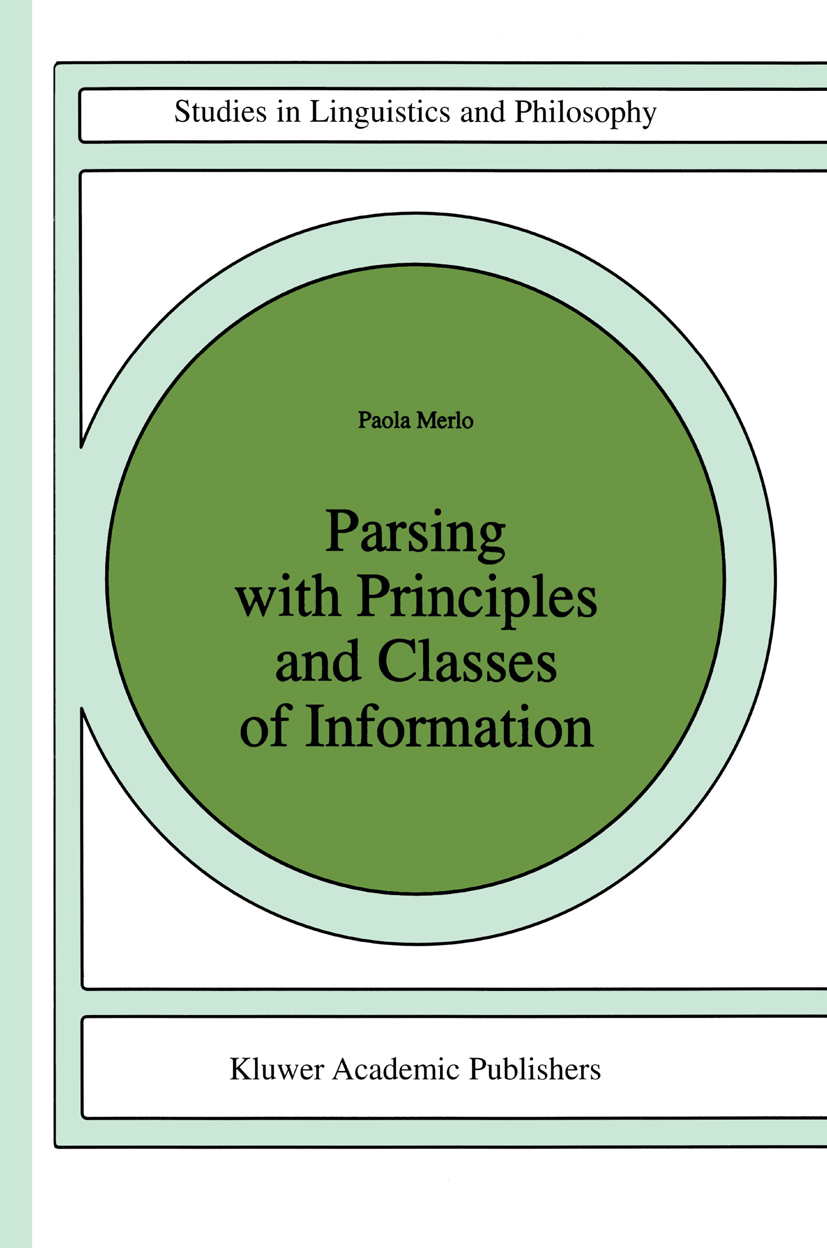
Parsing with Principles and Classes of Information Parsing with Principles and Classes of Information presents a parser based on current principle-based linguistic theories for English. It argues that differences in the kind of information being computed, whether lexical, structural or syntactic, play a crucial role in the mapping from grammatical theory to parsing algorithms. The direct encoding of homogeneous classes of information has computational and cognitive advantages, which are discussed in detail. Phrase structure is built by using a fast algorithm and compact reference tables. A quantified comparison of different compilation methods shows that lexical and structural information are most compactly represented by separate tables. This finding is reconciled to evidence on the resolution of lexical ambiguity, as an approach to the modularization of information. The same design is applied to the efficient computation of long- distance dependencies. Incremental parsing using bottom-up tabular algorithms is discussed in detail. Finally, locality restrictions are calculated by a parametric algorithm. Students of linguistics, parsing and psycholinguistics will find this book a useful resource on issues related to the implementation of current linguistic theories, using computational and cognitive plausible algorithms. COMPUTERS,Artificial Intelligence,General
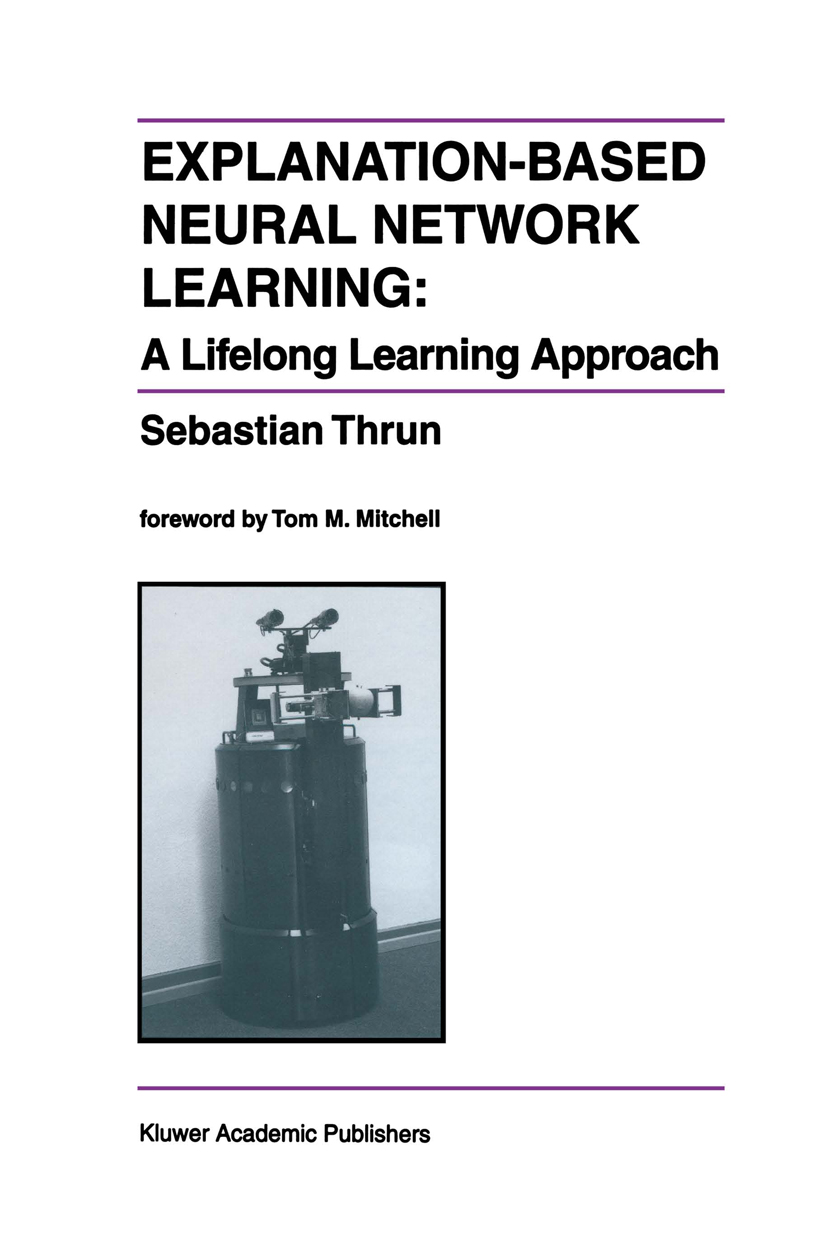
Explanation-Based Neural Network Learning Lifelong learning addresses situations in which a learner faces a series of different learning tasks providing the opportunity for synergy among them. Explanation-based neural network learning (EBNN) is a machine learning algorithm that transfers knowledge across multiple learning tasks. When faced with a new learning task, EBNN exploits domain knowledge accumulated in previous learning tasks to guide generalization in the new one. As a result, EBNN generalizes more accurately from less data than comparable methods. Explanation-Based Neural Network Learning: A Lifelong Learning Approach describes the basic EBNN paradigm and investigates it in the context of supervised learning, reinforcement learning, robotics, and chess. `The paradigm of lifelong learning - using earlier learned knowledge to improve subsequent learning - is a promising direction for a new generation of machine learning algorithms. Given the need for more accurate learning methods, it is difficult to imagine a future for machine learning that does not include this paradigm.' From the Foreword by Tom M. Mitchell. COMPUTERS,Artificial Intelligence,General
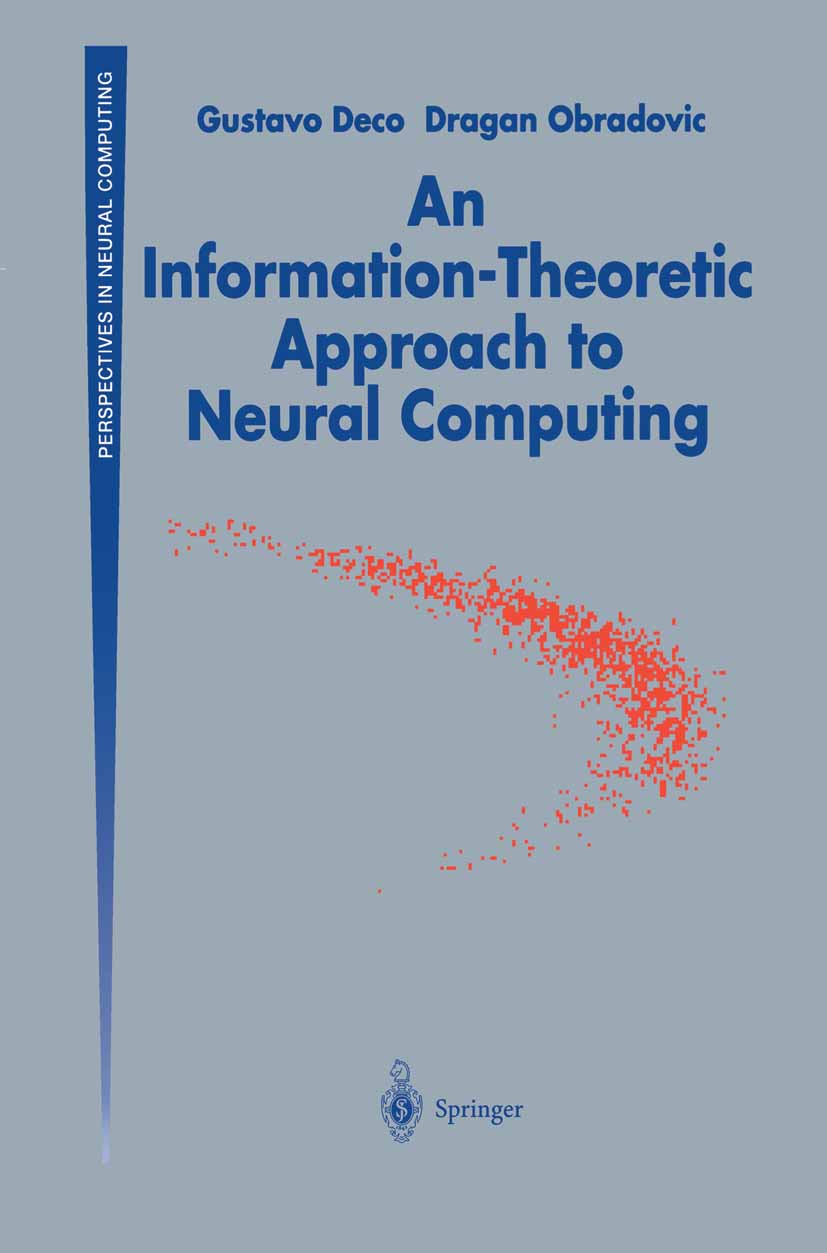
An Information-Theoretic Approach to Neural Computing Neural networks provide a powerful new technology to model and control nonlinear and complex systems. In this book, the authors present a detailed formulation of neural networks from the information-theoretic viewpoint. They show how this perspective provides new insights into the design theory of neural networks. In particular they show how these methods may be applied to the topics of supervised and unsupervised learning including feature extraction, linear and non-linear independent component analysis, and Boltzmann machines. Readers are assumed to have a basic understanding of neural networks, but all the relevant concepts from information theory are carefully introduced and explained. Consequently, readers from several different scientific disciplines, notably cognitive scientists, engineers, physicists, statisticians, and computer scientists, will find this to be a very valuable introduction to this topic. COMPUTERS,Artificial Intelligence,General

Automated Mathematical Induction It has been shown how the common structure that defines a family of proofs can be expressed as a proof plan [5]. This common structure can be exploited in the search for particular proofs. A proof plan has two complementary components: a proof method and a proof tactic. By prescribing the structure of a proof at the level of primitive inferences, a tactic [11] provides the guarantee part of the proof. In contrast, a method provides a more declarative explanation of the proof by means of preconditions. Each method has associated effects. The execution of the effects simulates the application of the corresponding tactic. Theorem proving in the proof planning framework is a two-phase process: 1. Tactic construction is by a process of method composition: Given a goal, an applicable method is selected. The applicability of a method is determined by evaluating the method's preconditions. The method effects are then used to calculate subgoals. This process is applied recursively until no more subgoals remain. Because of the one-to-one correspondence between methods and tactics, the output from this process is a composite tactic tailored to the given goal. 2. Tactic execution generates a proof in the object-level logic. Note that no search is involved in the execution of the tactic. All the search is taken care of during the planning process. The real benefits of having separate planning and execution phases become appar ent when a proof attempt fails. COMPUTERS,Artificial Intelligence,General

Transforming Organisations Through Groupware Lotus Notes is one of the most successful and versatile groupware products on the market today and is used widely in both large and small organisations. Transforming Organisations Through Groupware - Lotus Notes in Action contains a selection of carefully chosen case studies which illustrate the implementational, organisational and commercial consequences of using Lotus Notes. These case studies have been chosen for their international appeal and, unlike other books on Lotus Notes, concentrate on the added value that can be gained by using Notes - rather than on the technical aspects of how to make the software work. COMPUTERS,Artificial Intelligence,General
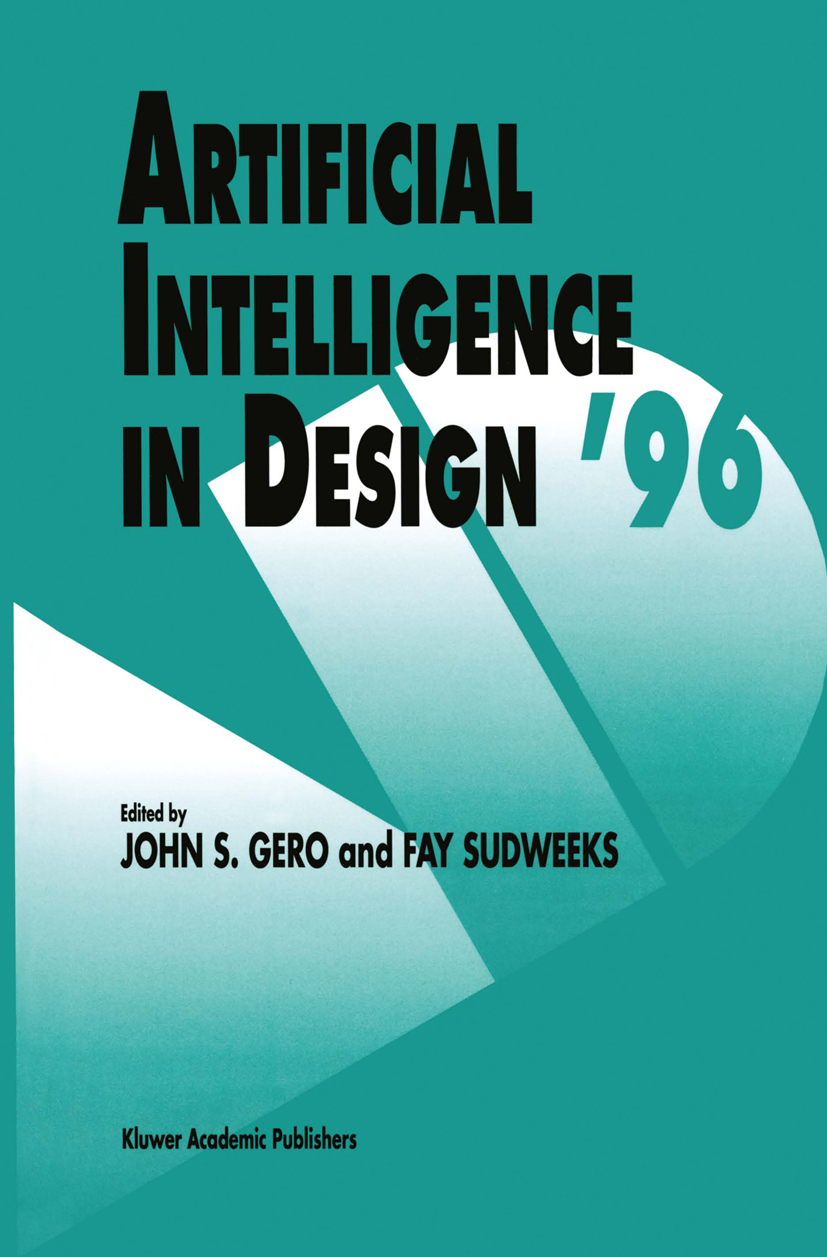
Artificial Intelligence in Design ’96 Change is one of the most significant parameters in our society. Designers are amongst the primary change agents for any society. As a consequence design is an important research topic in engineering and architecture and related disciplines, since design is not only a means of change but is also one of the keystones to economic competitiveness and the fundamental precursor to manufacturing. The development of computational models founded on the artificial intelligence paradigm has provided an impetus for much of current design research -both computational and cognitive. These forms of design research have only been carried out in the last decade or so and in the temporal sense they are still immature. Notwithstanding this immaturity, noticeable advances have been made both in extending our understanding of design and in developing tools based on that understanding. Whilst many researchers in the field of artificial intelligence in design utilise ideas about how humans design as one source of concepts there is normally no attempt to model human designers. Rather the results of the research presented in this volume demonstrate approaches to increasing our understanding of design as a process. COMPUTERS,Artificial Intelligence,General
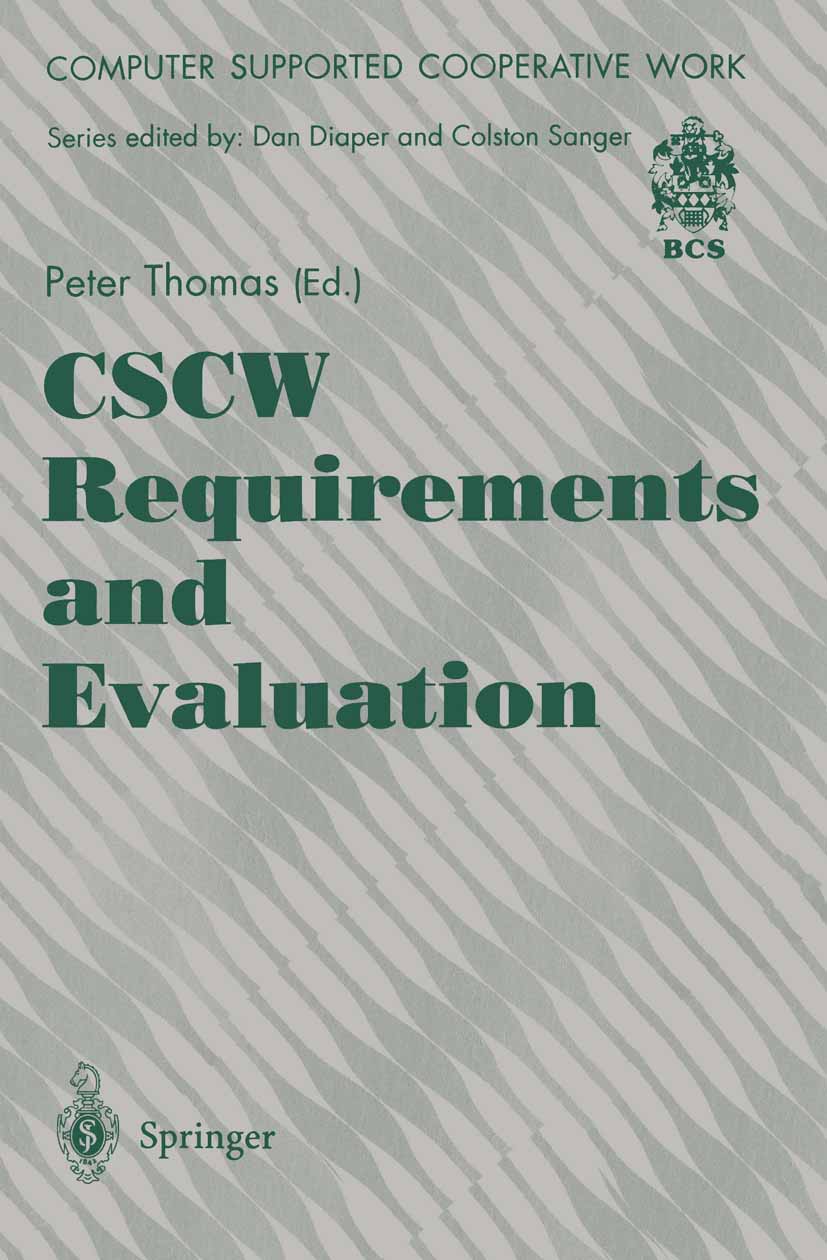
CSCW Requirements and Evaluation There is a rapidly-growing commercial awareness of the need for evaluation in CSCW as major producers push to get cooperative technology taken up in commercial organisations. CSCW Requirements and Evaluation looks at ways of evaluating how well computer systems meet the requirements of organisations and their workforces, and establishing how effective, efficient and satisfactory they are for the actual users. It provides an integrated framework for assessment which reflects both practical and academic perspectives. Descriptions of various methods are given, along with examples of their commercial application and specific case studies. Containing contributions from leading authorities in the field, this book will be welcomed by scientists and practitioners involved in organisational research, CSCW, information and business systems, and HCI. COMPUTERS,Artificial Intelligence,General
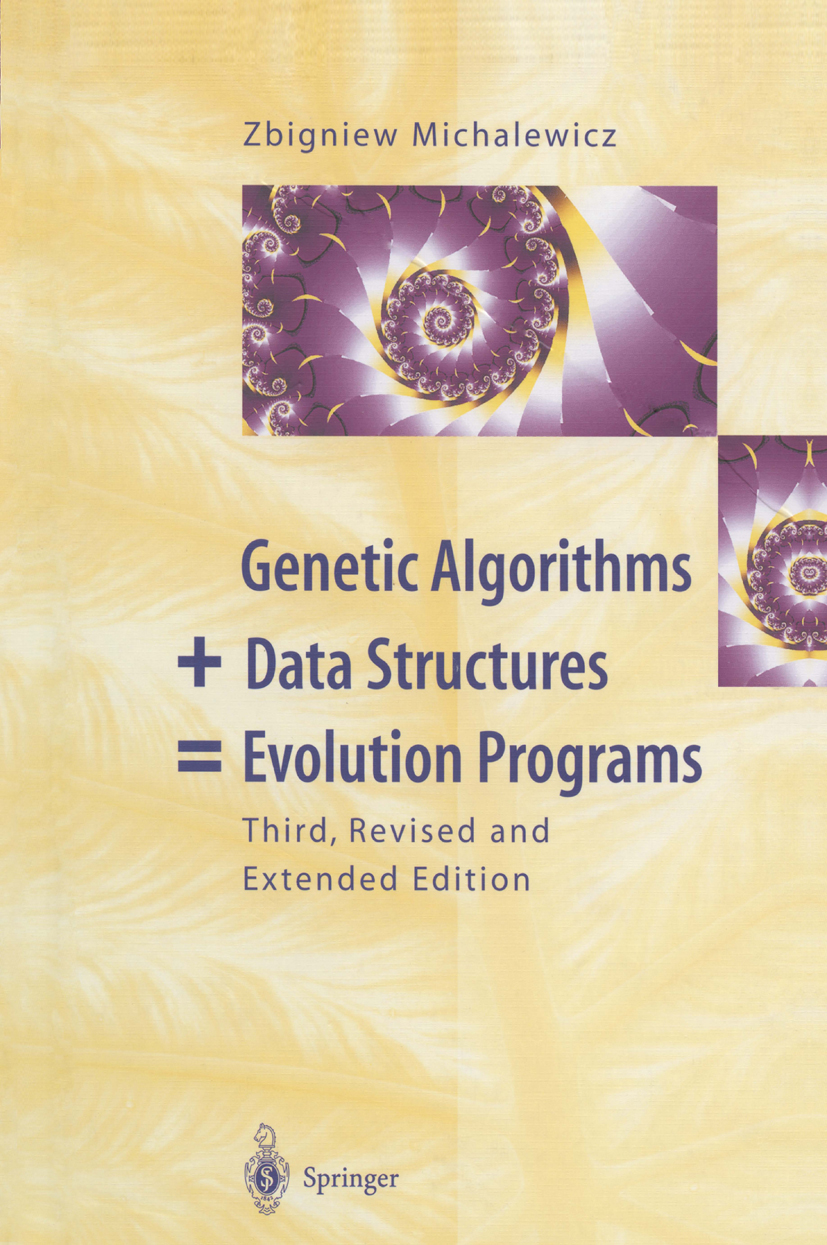
Genetic Algorithms + Data Structures = Evolution Programs Genetic algorithms are founded upon the principle of evolution, i.e., survival of the fittest. Hence evolution programming techniques, based on genetic algorithms, are applicable to many hard optimization problems, such as optimization of functions with linear and nonlinear constraints, the traveling salesman problem, and problems of scheduling, partitioning, and control. The importance of these techniques is still growing, since evolution programs are parallel in nature, and parallelism is one of the most promising directions in computer science.The book is self-contained and the only prerequisite is basic undergraduate mathematics. This third edition has been substantially revised and extended by three new chapters and by additional appendices containing working material to cover recent developments and a change in the perception of evolutionary computation. COMPUTERS,Artificial Intelligence,General
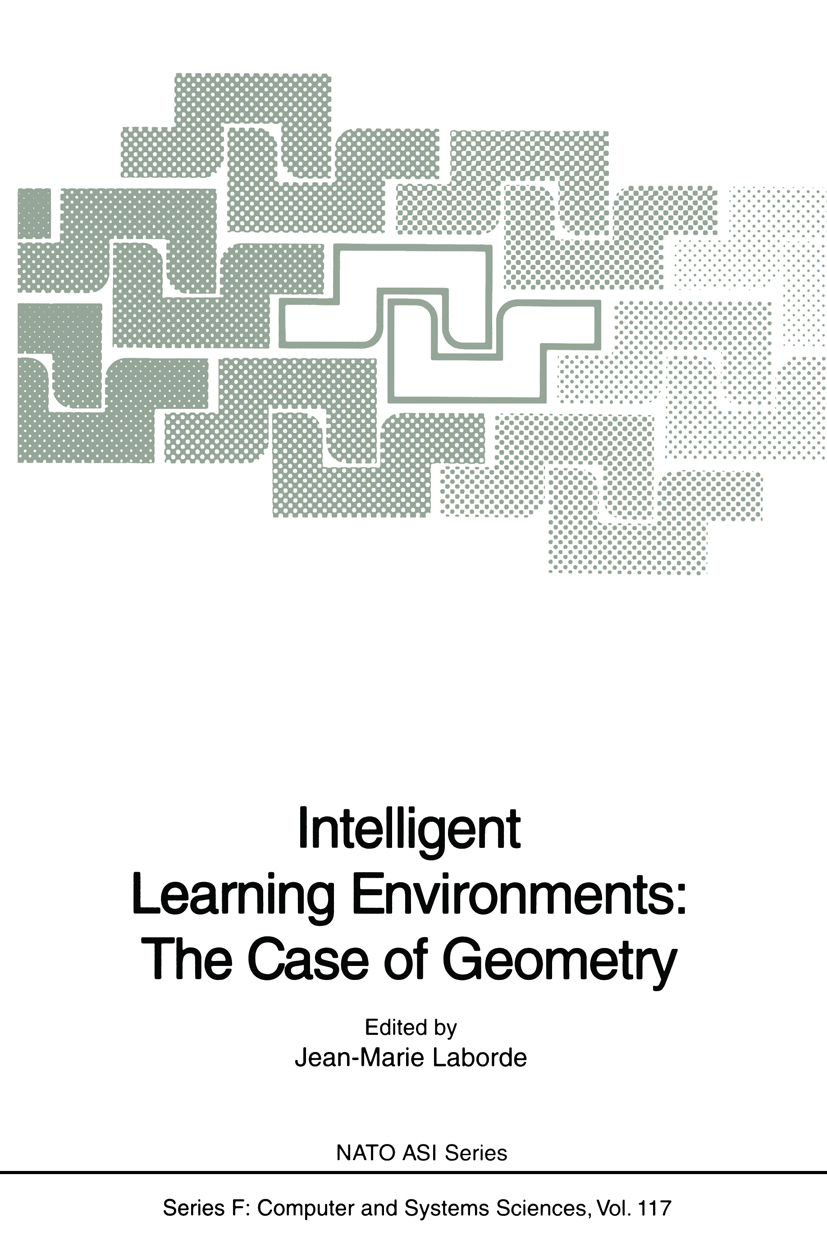
Intelligent Learning Environments Proceedings originating from the NATO Advanced Research Workshop on Intelligent Learning Environments: the Case of Geometry, held in Grenoble, France, November 13-16, 1989 COMPUTERS,Artificial Intelligence,General

Resolution Proof Systems Resolution Proof Systems: An Algebraic Theory presents a new algebraic framework for the design and analysis of resolution- based automated reasoning systems for a range of non-classical logics. It develops an algebraic theory of resolution proof systems focusing on the problems of proof theory, representation and efficiency of the deductive process. A new class of logical calculi, the class of resolution logics, emerges as a second theme of the book. The logical and computational aspects of the relationship between resolution logics and resolution proof systems is explored in the context of monotonic as well as nonmonotonic reasoning. This book is aimed primarily at researchers and graduate students in artificial intelligence, symbolic and computational logic. The material is suitable as a reference book for researchers and as a text book for graduate courses on the theoretical aspects of automated reasoning and computational logic. COMPUTERS,Artificial Intelligence,General
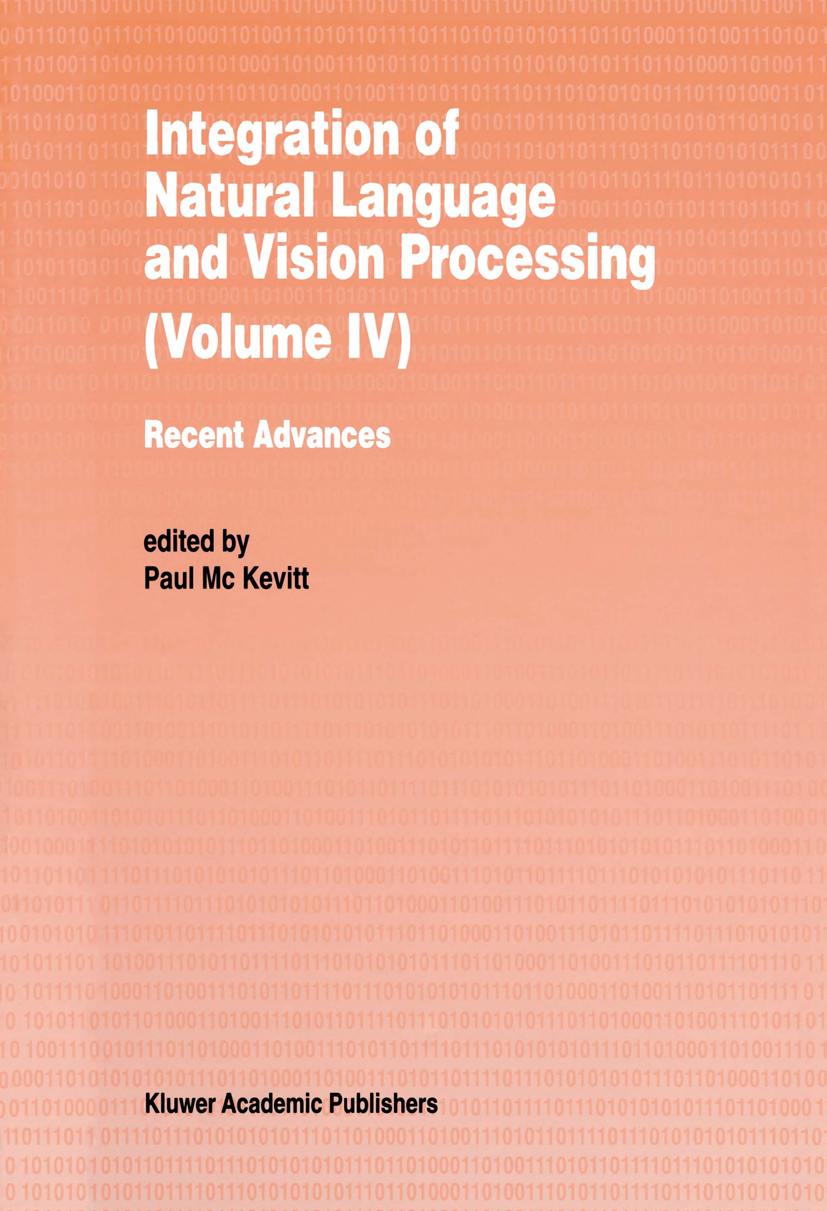
Integration of Natural Language and Vision Processing Although there has been much progress in developing theories, models and systems in the areas of Natural Language Processing (NLP) and Vision Processing (VP) there has up to now been little progress on integrating these two subareas of Artificial Intelligence (AI). This book contains a set of edited papers on recent advances in the theories, computational models and systems of the integration of NLP and VP. The volume includes original work of notable researchers: Alex Waibel outlines multimodal interfaces including studies in speech, gesture and points; eye-gaze, lip motion and facial expression; hand writing, face recognition, face tracking and sound localization in a connectionist framework. Antony Cohen and John Gooday use spatial relations to describe visual languages. Naoguki Okada considers intentions of agents in visual environments. In addition to these studies, the volume includes many recent advances from North America, Europe and Asia demonstrating the fact that integration of Natural Language Processing and Vision is truly an international challenge. COMPUTERS,Artificial Intelligence,General

Artificial Intelligence in Economics and Managment In the past decades several researchers have developed statistical models for the prediction of corporate bankruptcy, e. g. Altman (1968) and Bilderbeek (1983). A model for predicting corporate bankruptcy aims to describe the relation between bankruptcy and a number of explanatory financial ratios. These ratios can be calculated from the information contained in a company's annual report. The is to obtain a method for timely prediction of bankruptcy, a so ultimate purpose called "early warning" system. More recently, this subject has attracted the attention of researchers in the area of machine learning, e. g. Shaw and Gentry (1990), Fletcher and Goss (1993), and Tam and Kiang (1992). This research is usually directed at the comparison of machine learning methods, such as induction of classification trees and neural networks, with the "standard" statistical methods of linear discriminant analysis and logistic regression. In earlier research, Feelders et al. (1994) performed a similar comparative analysis. The methods used were linear discriminant analysis, decision trees and neural networks. We used a data set which contained 139 annual reports of Dutch industrial and trading companies. The experiments showed that the estimated prediction error of both the decision tree and neural network were below the estimated error of the linear discriminant. Thus it seems that we can gain by replacing the "traditionally" used linear discriminant by a more flexible classification method to predict corporate bankruptcy. The data set used in these experiments was very small however. COMPUTERS,Artificial Intelligence,General
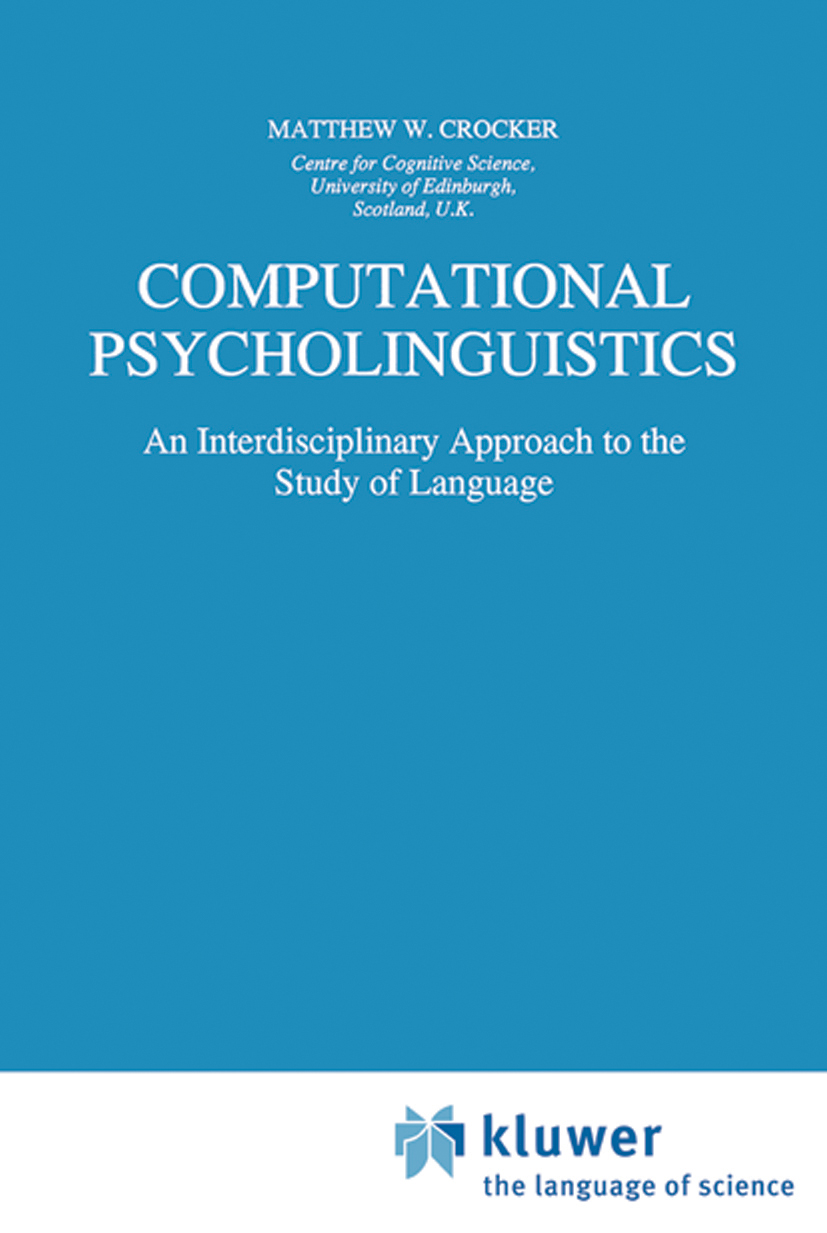
Computational Psycholinguistics Computational Psycholinguistics: An Interdisciplinary Approach to the Study of Language investigates the architecture and mechanisms which underlie the human capacity to process language. It is the first such study to integrate modern syntactic theory, cross-linguistic psychological evidence, and modern computational techniques in constructing a model of the human sentence processing mechanism. The monograph follows the rationalist tradition, arguing the central role of modularity and universal grammar in a theory of human linguistic performance. It refines the notion of `modularity of mind', and presents a distributed model of syntactic processing which consists of modules aligned with the various informational `types' associated with modern linguistic theories. By considering psycholinguistic evidence from a range of languages, a small number of processing principles are motivated and are demonstrated to hold universally. It is also argued that the behavior of modules, and the strategies operative within them, can be derived from an overarching `Principle of Incremental Comprehension'. Audience: The book is recommended to all linguists, psycholinguists, computational linguists, and others interested in a unified and interdisciplinary study of the human language faculty. COMPUTERS,Artificial Intelligence,General
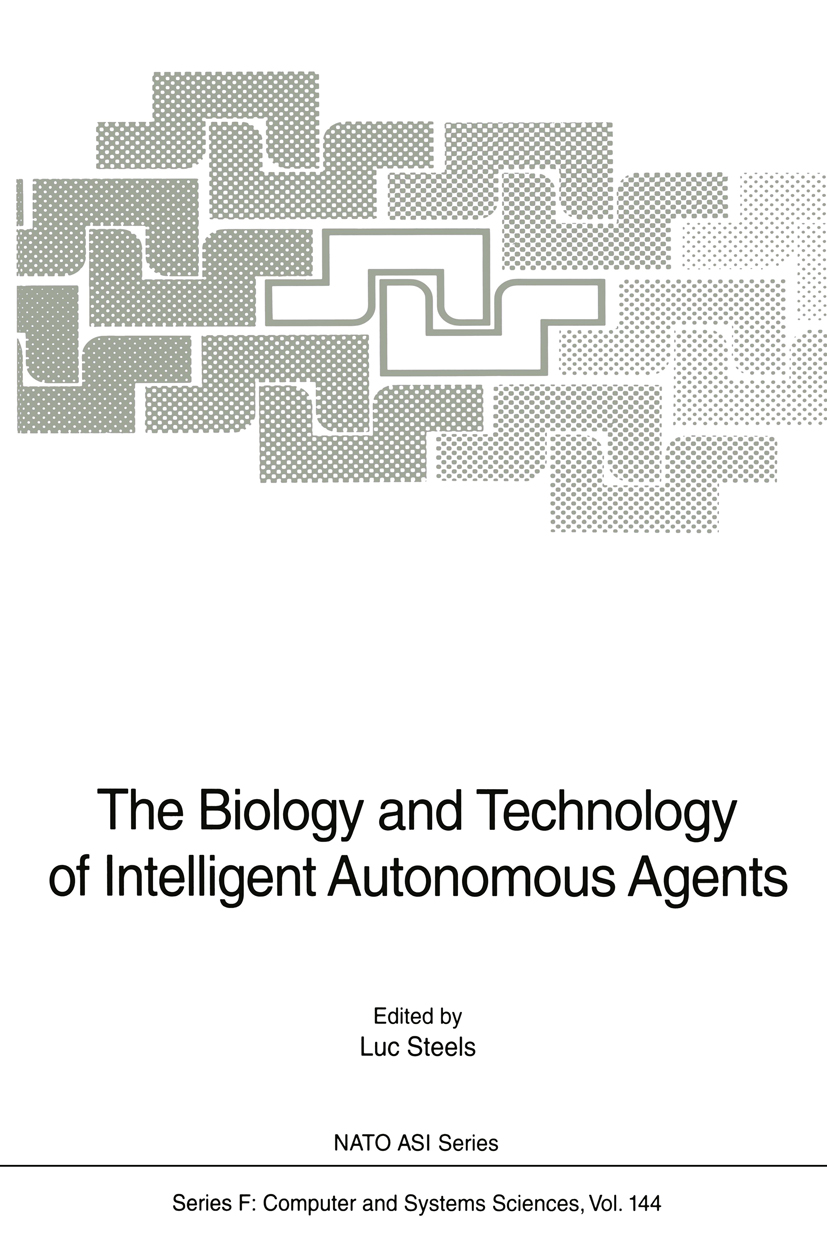
The Biology and Technology of Intelligent Autonomous Agents Proceedings of the NATO Advanced Study Institute on The Biology and Technology of Intelligent Autonomous Agents, COMPUTERS,Artificial Intelligence,General

Integration of Natural Language and Vision Processing Although there has been much progress in developing theories, models and systems in the areas of Natural Language Processing (NLP) and Vision Processing (VP) there has heretofore been little progress on integrating these subareas of Artificial Intelligence (AI). This book contains a set of edited papers addressing computational models and systems for the integration of NLP and VP. The papers focus on site descriptions such as that of the large Japanese $500 million Real World Computing (RWC) project, on historical philosophical issues, on systems which have been built and which integrate the processing of visual scenes together with language about them, and on spatial relations which appear to be the key to integration. The U.S.A., Japan and the EU are well reflected, showing up the fact that integration is a truly international issue. There is no doubt that all of this will be necessary for the InformationSuperHighways of the future. COMPUTERS,Artificial Intelligence,General
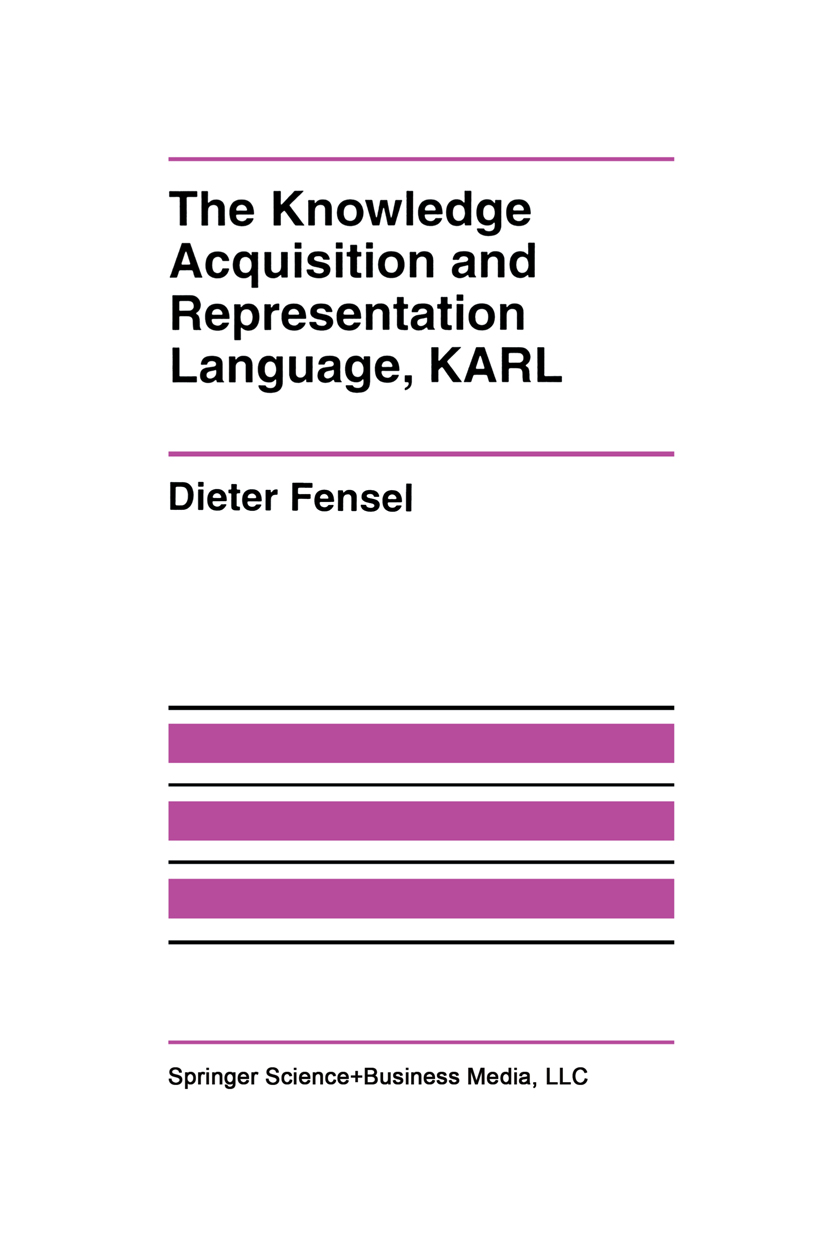
The Knowledge Acquisition and Representation Language, KARL Within the framework of so-called second generation expert systems [62] knowledge modeling is one of the most important aspects. On the one hand, knowledge acquisition is no longer seen as a knowledge transfer process, rather it is now considered as model construction process which is typically a cyclic and error prone process. On the other hand, the distinction between knowledge and symbol level descriptions [166] resulted in various proposals for conceptual knowledge models describing knowledge in an implementation independent way. One of the most prominent examples of such a conceptual model is the KADS model of expertise which is characterized by its clear distinction of different know ledge types and by the usage of specific modeling primitives to describe these different knowledge types [185]. The semi formal KADS expertise model entails all the advantages and disadvantages which have been identified for semi-formal system models e.g. in the software engineering community. COMPUTERS,Artificial Intelligence,General
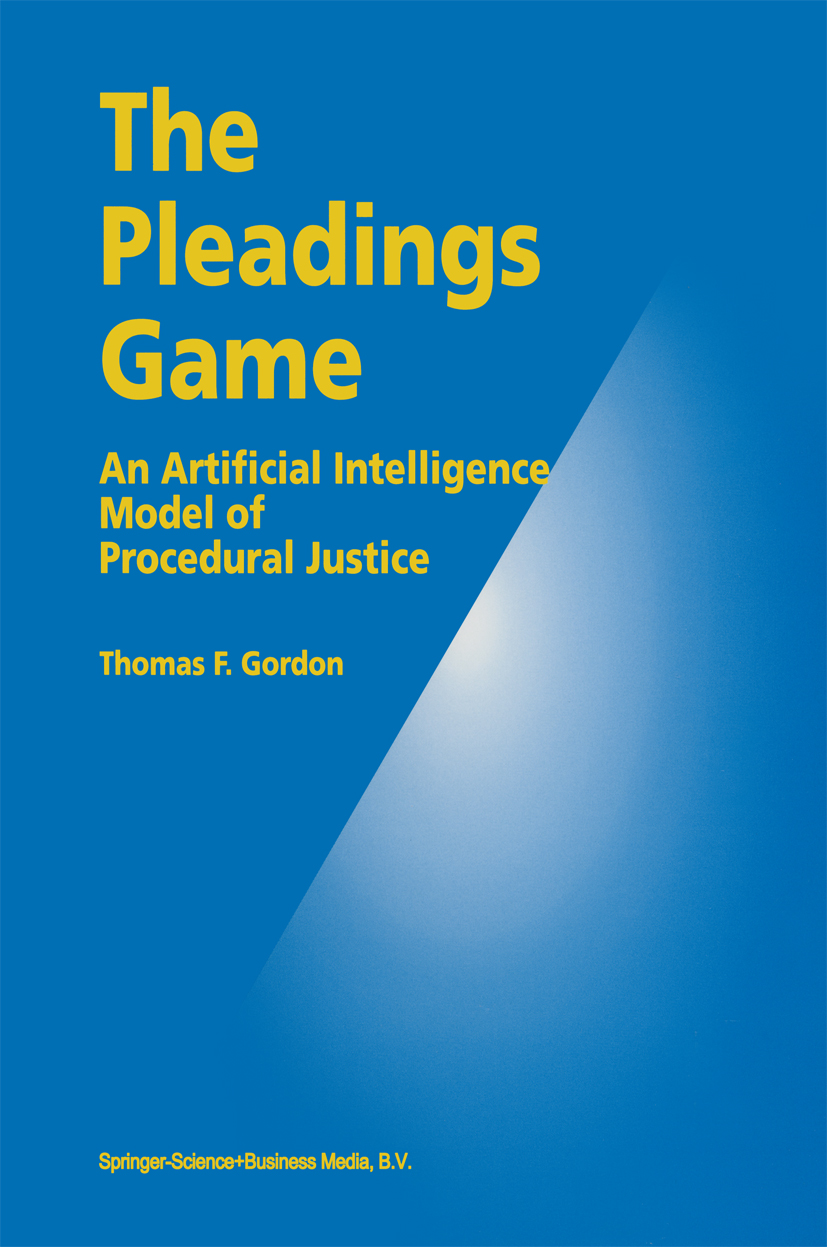
The Pleadings Game The British philosopher Stephan Toulmin, in his The Uses of Argument, made the provocative claim that "logic is generalized jurisprudence". For Toulmin, logic is the study of nonns for practical argumentation and decision making. In his view, mathematical logicians were preoccupied with fonnalizing the concepts of logical necessity, consequence and contradiction, at the expense of other equally important issues, such as how to allocate the burden of proof and make rational decisions given limited resources. He also considered it a mistake to look primarily to psychology, linguistics or the cognitive sciences for answers to these fundamentally nonnative questions. Toulmin's concerns about logic, writing in the 1950's, are equally applicable to the field of Artificial Intelligence today. The mainstream of Artificial Intelligence has focused on the analytical and empirical aspects of intelligence, without giving adequate attention to the nonnative, regulative functions of knowledge representation, problem solving and decision-making. Nonnative issues should now be of even greater interest, with the shift in perspective of AI from individual to collective intelligence, in areas such as multi-agent systems, cooperative design, distributed artificial intelligence, and computer-supported cooperative work. Networked "virtual societies" of humans and software agents would also require "virtual legal systems" to fairly balance interests, resolve conflicts, and promote security. COMPUTERS,Artificial Intelligence,General
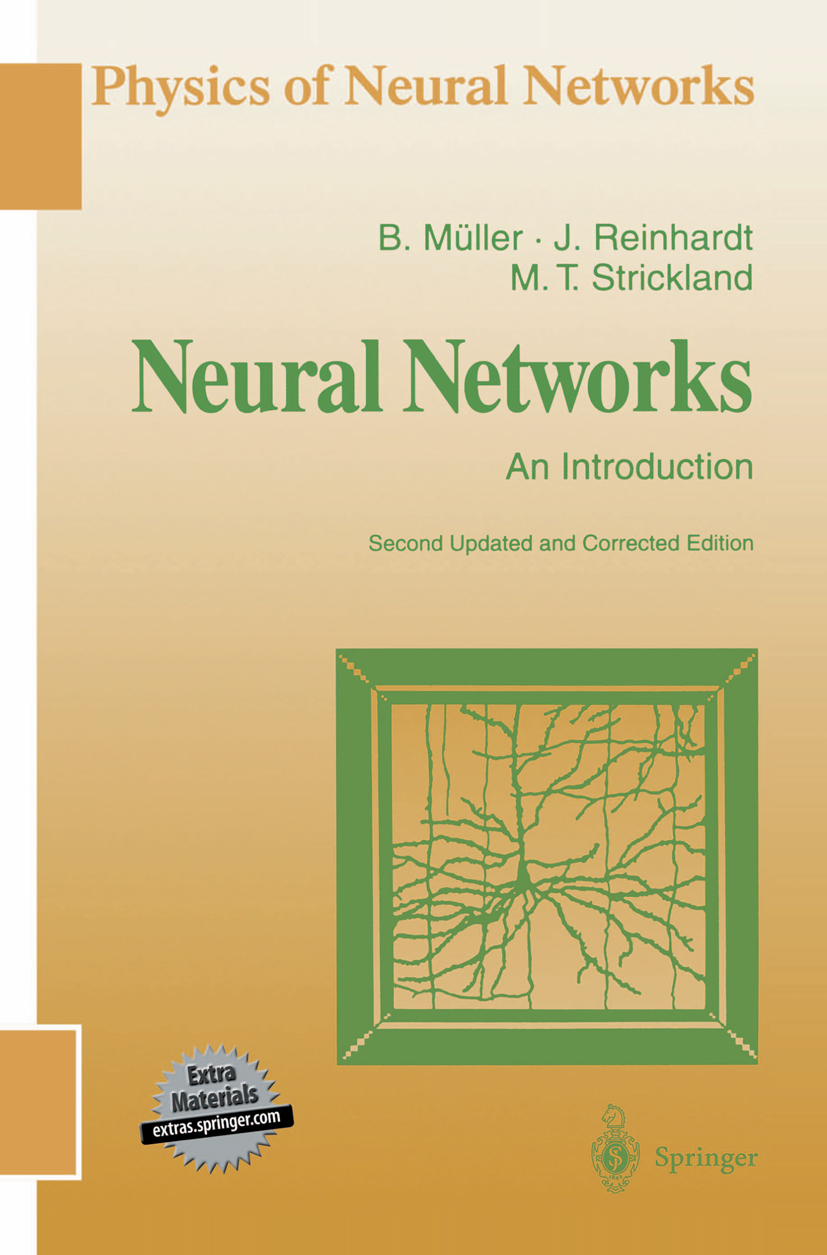
Neural Networks Neural Networks presents concepts of neural-network models and techniques of parallel distributed processing in a three-step approach: - A brief overview of the neural structure of the brain and the history of neural-network modeling introduces to associative memory, preceptrons, feature-sensitive networks, learning strategies, and practical applications. - The second part covers subjects like statistical physics of spin glasses, the mean-field theory of the Hopfield model, and the "space of interactions" approach to the storage capacity of neural networks. - The final part discusses nine programs with practical demonstrations of neural-network models. The software and source code in C are on a 3 1/2" MS-DOS diskette can be run with Microsoft, Borland, Turbo-C, or compatible compilers. COMPUTERS,Artificial Intelligence,General
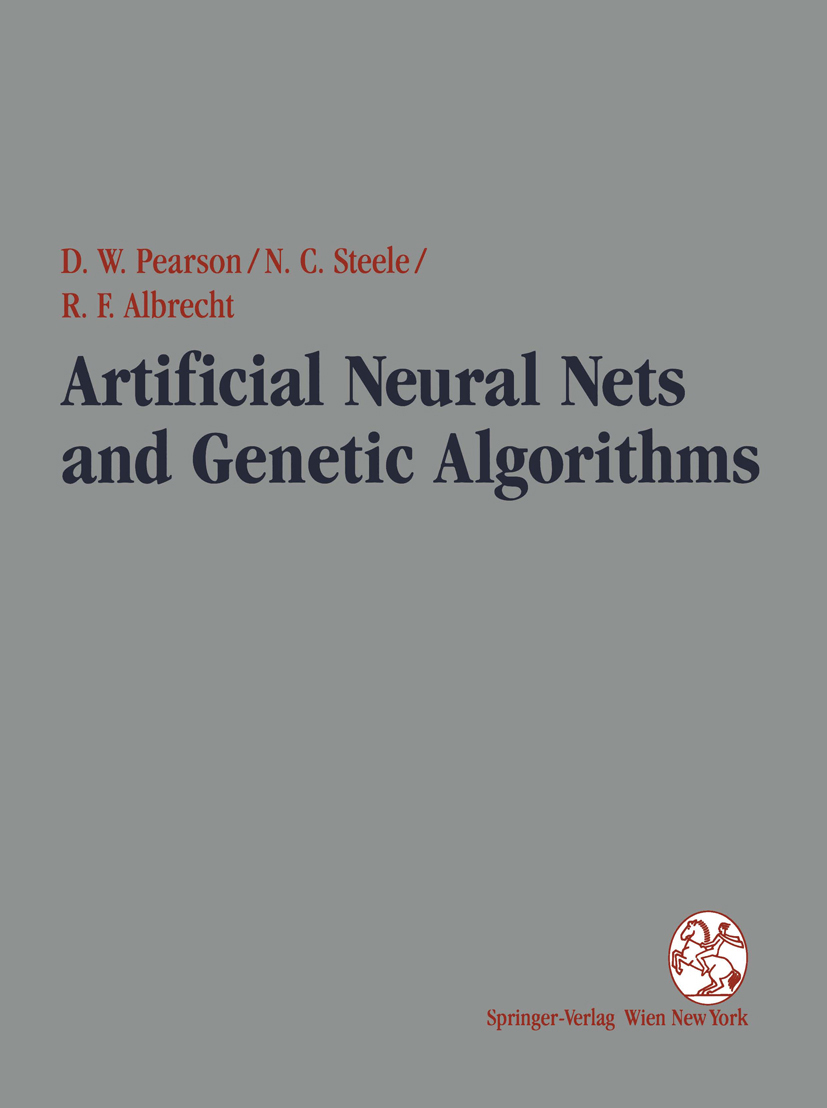
Artificial Neural Nets and Genetic Algorithms Artificial neural networks and genetic algorithms both are areas of research which have their origins in mathematical models constructed in order to gain understanding of important natural processes. By focussing on the process models rather than the processes themselves, significant new computational techniques have evolved which have found application in a large number of diverse fields. This diversity is reflected in the topics which are subjects of the contributions to this volume.There are contributions reporting successful applications of the technology to the solution of industrial/commercial problems. This may well reflect the maturity of the technology, notably in the sense that 'real' users of modelling/prediction techniques are prepared to accept neural networks as a valid paradigm. Theoretical issues also receive attention, notably in connection with the radial basis function neural network. Contributions in the field of genetic algorithms reflect the wide range of current applications, including, for example, portfolio selection, filter design, frequency assignment, tuning of nonlinear PID controllers. These techniques are also used extensively for combinatorial optimisation problems. COMPUTERS,Artificial Intelligence,General
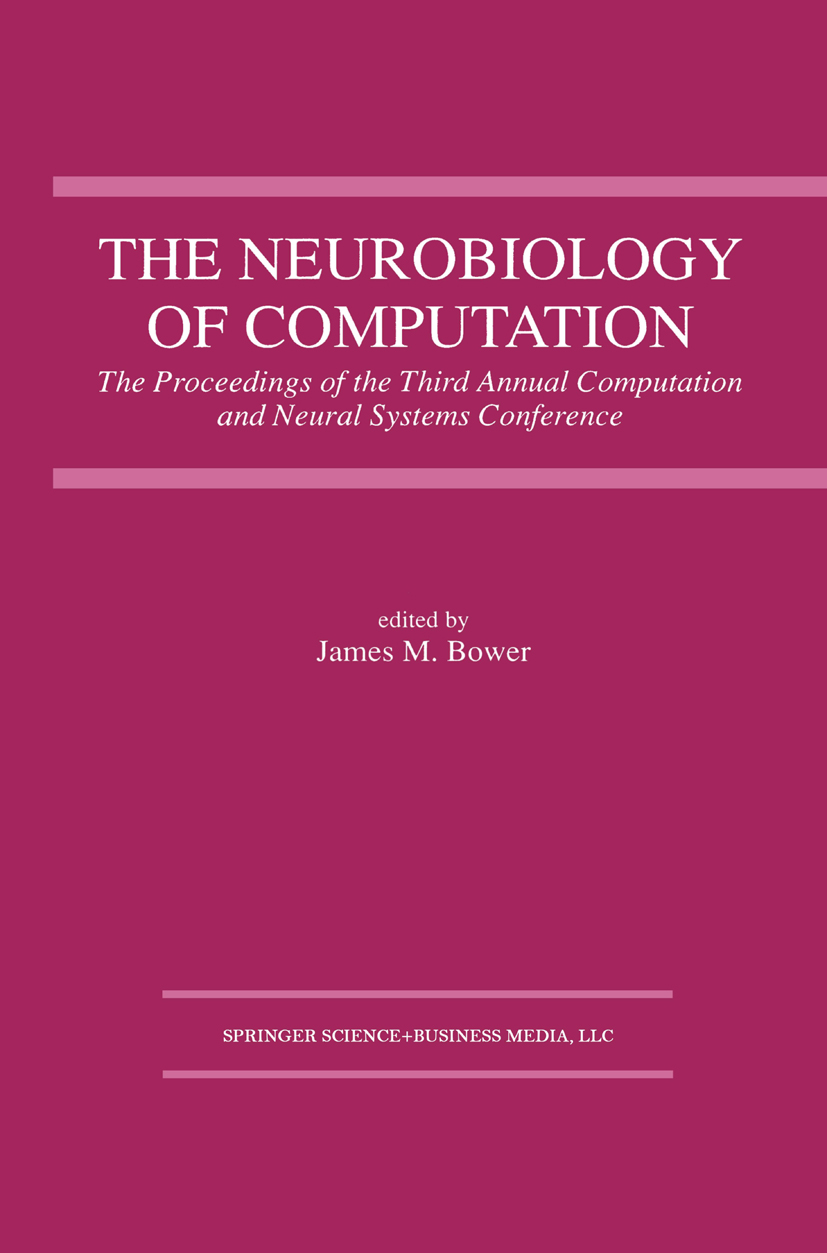
The Neurobiology of Computation Proceedings of the Third Annual Computation and Neural Systems Conference COMPUTERS,Artificial Intelligence,General
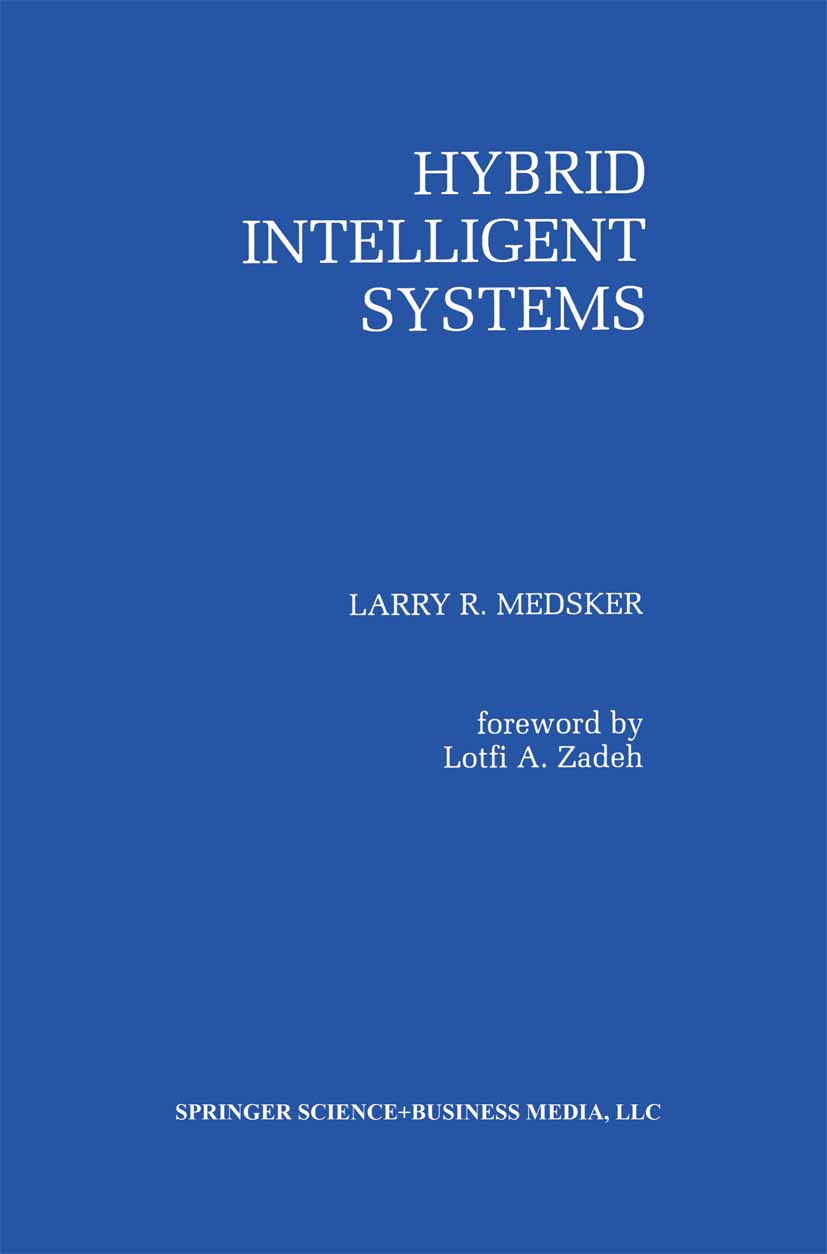
Hybrid Intelligent Systems Hybrid Intelligent Systems summarizes the strengths and weaknesses of five intelligent technologies: fuzzy logic, genetic algorithms, case-based reasoning, neural networks and expert systems, reviewing the status and significance of research into their integration. Engineering and scientific examples and case studies are used to illustrate principles and application development techniques. The reader will gain a clear idea of the current status of hybrid intelligent systems and discover how to choose and develop appropriate applications. The book is based on a thorough literature search of recent publications on research and development in hybrid intelligent systems; the resulting 50-page reference section of the book is invaluable. The book starts with a summary of the five major intelligent technologies and of the issues in and current status of research into them. Each subsequent chapter presents a detailed discussion of a different combination of intelligent technologies, along with examples and case studies. Four chapters contain detailed case studies of working hybrid systems. The book enables the reader to: Describe the important concepts, strengths and limitations of each technology; Recognize and analyze potential problems with the application of hybrid systems; Choose appropriate hybrid intelligent solutions; Understand how applications are designed with any of the approaches covered; Choose appropriate commercial development shells or tools. An invaluable reference source for those who wish to apply intelligent systems techniques to their own problems. COMPUTERS,Artificial Intelligence,General
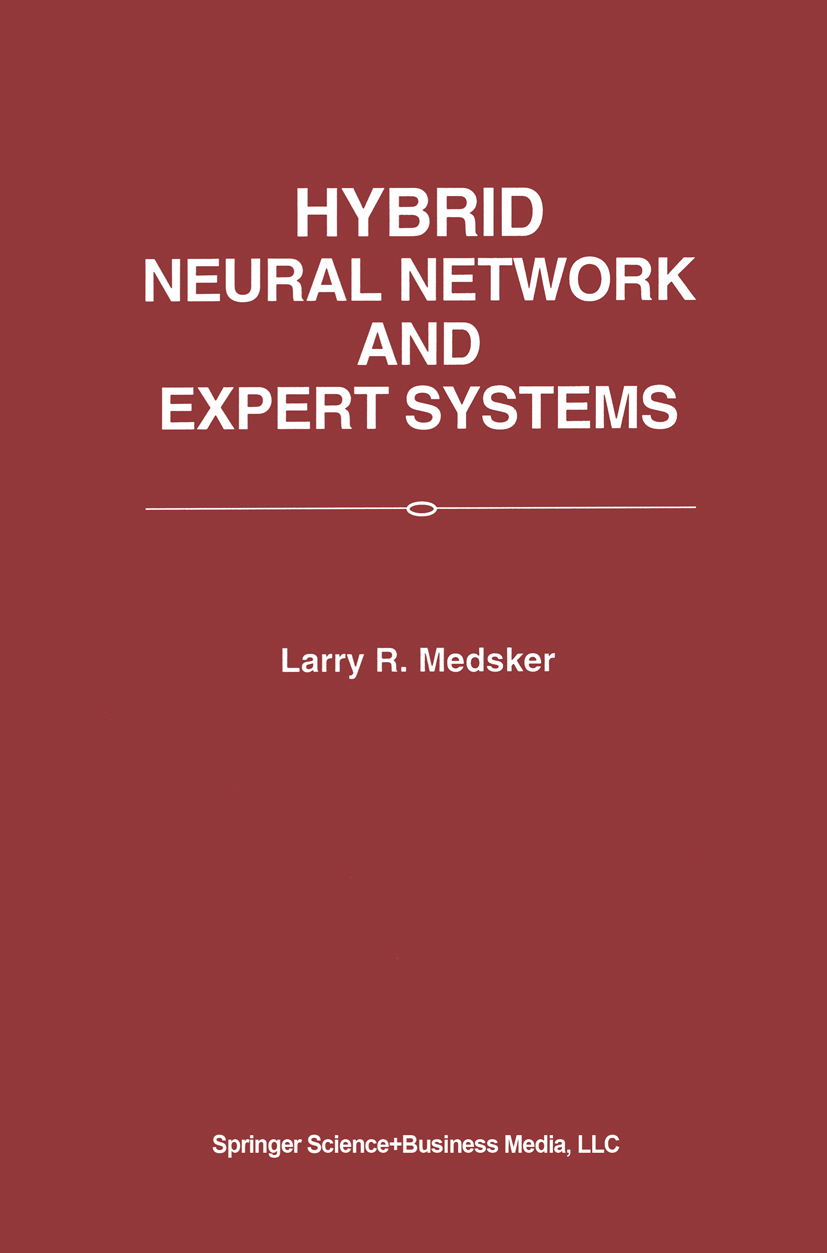
Hybrid Neural Network and Expert Systems Hybrid Neural Network and Expert Systems presents the basics of expert systems and neural networks, and the important characteristics relevant to the integration of these two technologies. Through case studies of actual working systems, the author demonstrates the use of these hybrid systems in practical situations. Guidelines and models are described to help those who want to develop their own hybrid systems. Neural networks and expert systems together represent two major aspects of human intelligence and therefore are appropriate for integration. Neural networks represent the visual, pattern-recognition types of intelligence, while expert systems represent the logical, reasoning processes. Together, these technologies allow applications to be developed that are more powerful than when each technique is used individually. Hybrid Neural Network and Expert Systems provides frameworks for understanding how the combination of neural networks and expert systems can produce useful hybrid systems, and illustrates the issues and opportunities in this dynamic field. COMPUTERS,Artificial Intelligence,General
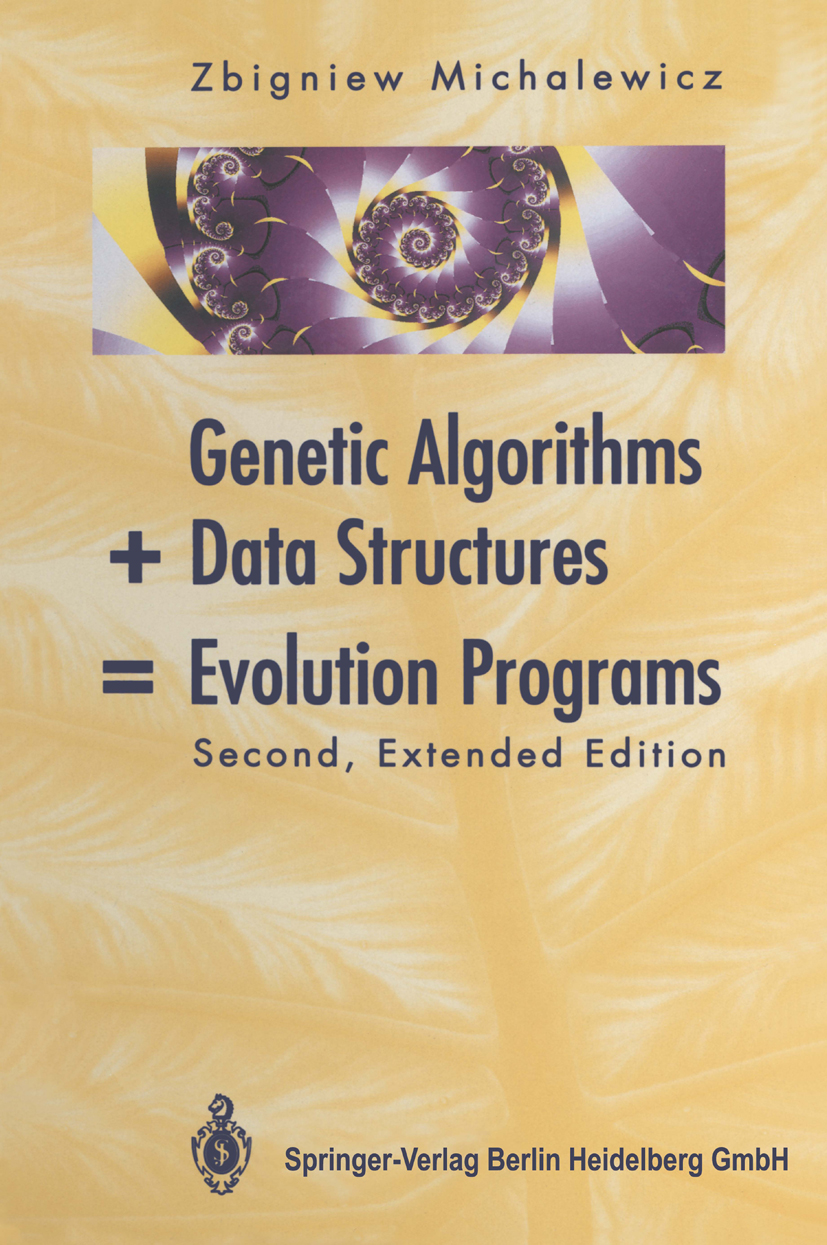
Genetic Algorithms + Data Structures = Evolution Programs Genetic algorithms are founded upon the principle of evolution, i.e., survival of the fittest. Hence evolution programming techniques, based on genetic algorithms, are applicable to many hard optimization problems, such as optimization of functions with linear and nonlinear constraints, the traveling salesman problem, and problems of scheduling, partitioning, and control. The importance of these techniques has been growing in the last decade, since evolution programs are parallel in nature, and parallelism is one of the most promising directions in computer science.The book is self-contained and the only prerequisite is basic undergraduate mathematics. It is aimed at researchers, practitioners, and graduate students in computer science and artificial intelligence, operations research, and engineering.This second edition includes several new sections and many references to recent developments. A simple example of genetic code and an index are also added. Writing an evolution program for a given problem should be an enjoyable experience - this book may serve as a guide to this task. COMPUTERS,Artificial Intelligence,General
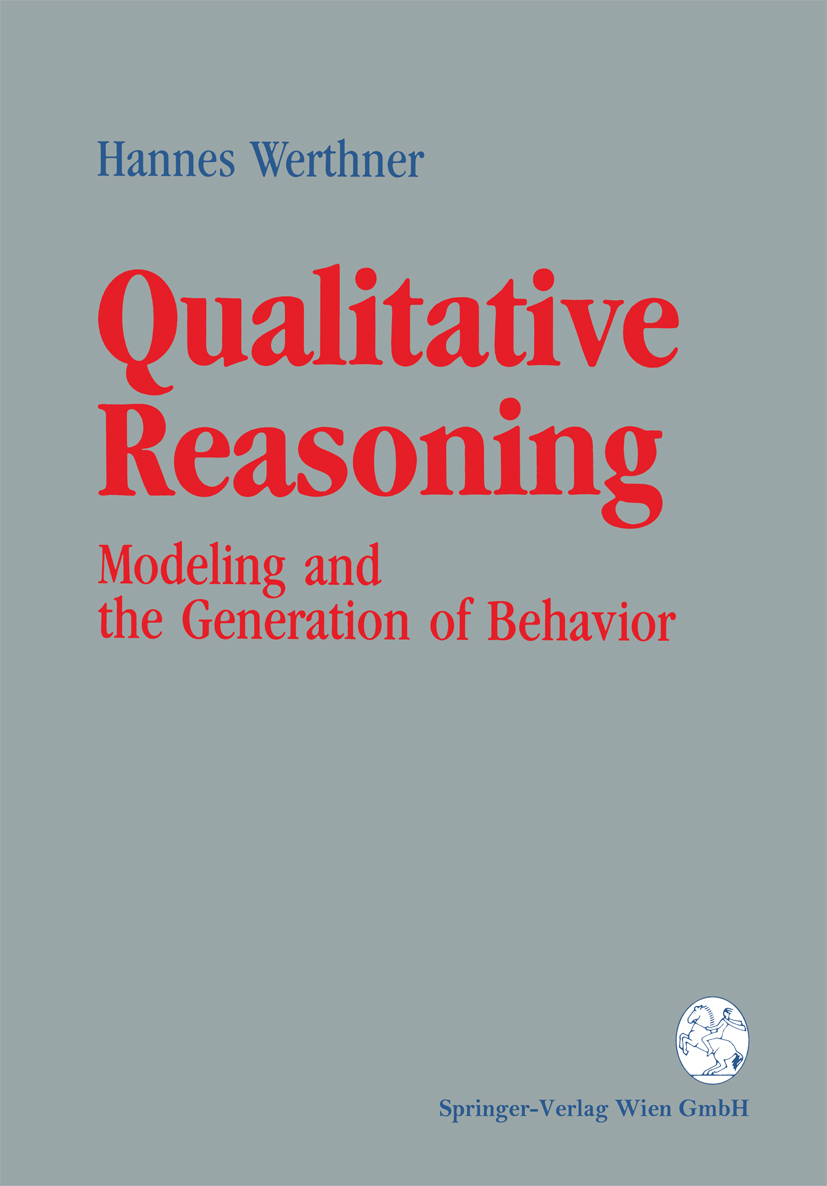
Qualitative Reasoning The book provides a survey about the field of Qualitative Reasoning, it contrasts and classifies its approaches and puts them into a common framework. Qualitative Reasoning represents an approach of Artificial Intelligence to model dynamic systems, about which little information is available, and to derive statements about the potential behavior of these systems, putting emphasis on a causal explanation of the behavior. Both variables and relationships between variables are described by means of qualitative terms such as small and large or positive and negative. Since this approach also takes into consideration the way how humans reason about physical systems, it can be stated that Qualitative Reasoning participates in the creation of a cognitive theory of non-numerical process descriptions which can be mapped onto a digital computer. This approach can be used for simulation, diagnosis, design, structure identification and interpretation. Areas of application are physics, medicine, the field of ecology, process control, etc. In addition to the classification of existing methods, the book presents a new approach based on fuzzy sets. And the work relates Qualitative Reasoning with such fields of Expert Systems, System Theory and Cognitive Science. COMPUTERS,Artificial Intelligence,General
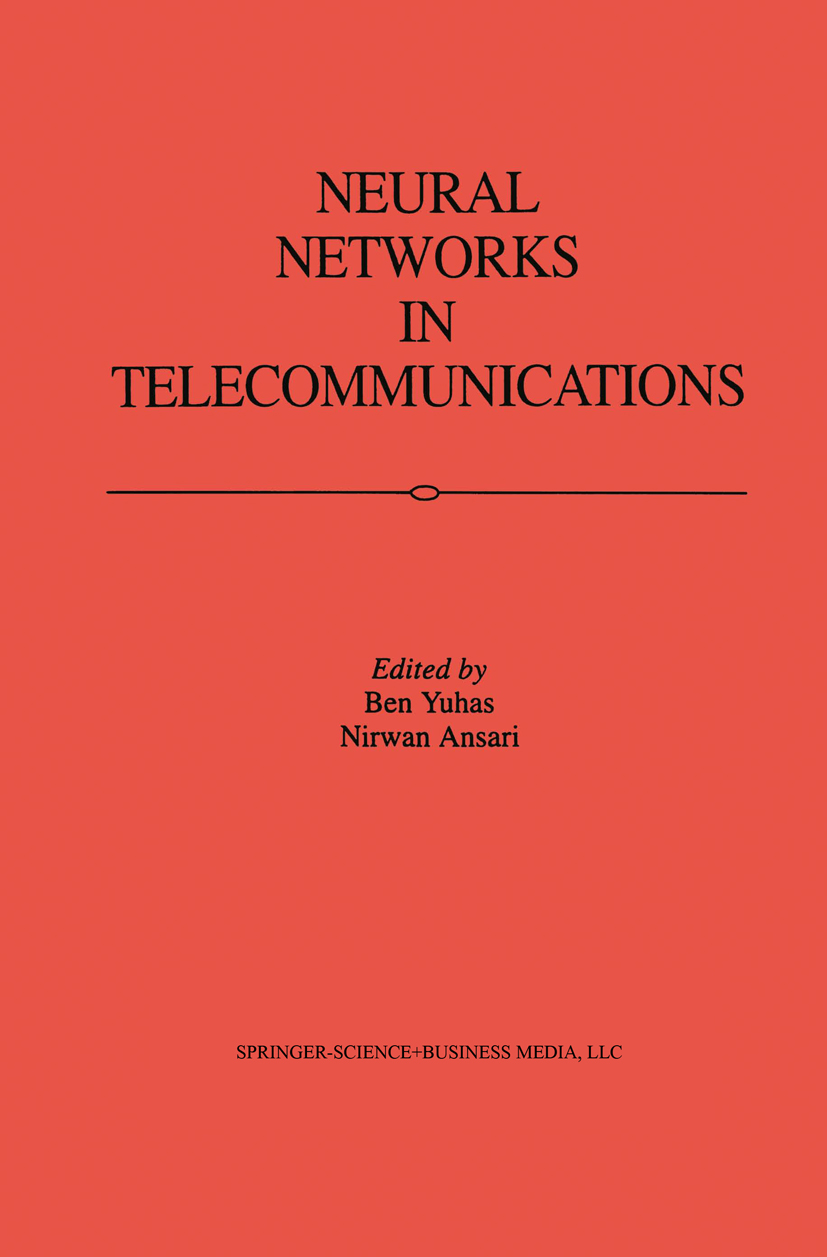
Neural Networks in Telecommunications Neural Networks in Telecommunications consists of a carefully edited collection of chapters that provides an overview of a wide range of telecommunications tasks being addressed with neural networks. These tasks range from the design and control of the underlying transport network to the filtering, interpretation and manipulation of the transported media. The chapters focus on specific applications, describe specific solutions and demonstrate the benefits that neural networks can provide. By doing this, the authors demonstrate that neural networks should be another tool in the telecommunications engineer's toolbox. Neural networks offer the computational power of nonlinear techniques, while providing a natural path to efficient massively-parallel hardware implementations. In addition, the ability of neural networks to learn allows them to be used on problems where straightforward heuristic or rule-based solutions do not exist. Together these capabilities mean that neural networks offer unique solutions to problems in telecommunications. For engineers and managers in telecommunications, Neural Networks in Telecommunications provides a single point of access to the work being done by leading researchers in this field, and furnishes an in-depth description of neural network applications. COMPUTERS,Artificial Intelligence,General
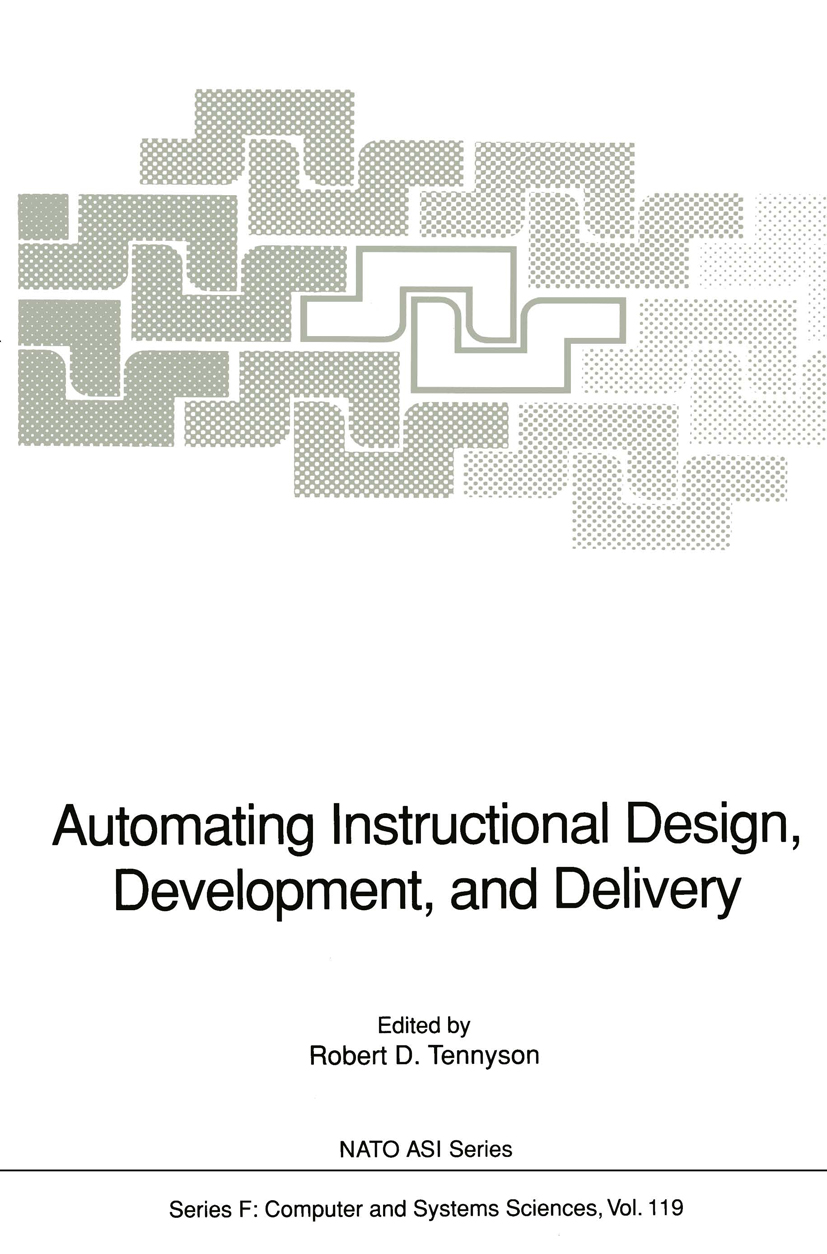
Automating Instructional Design, Development, and Delivery Proceedings of the NATO Advanced Research Workshop on Automating Instructional Design, Development, and Delivery, held in Sitges, Spain, March 23 - 27, 1992 COMPUTERS,Artificial Intelligence,General
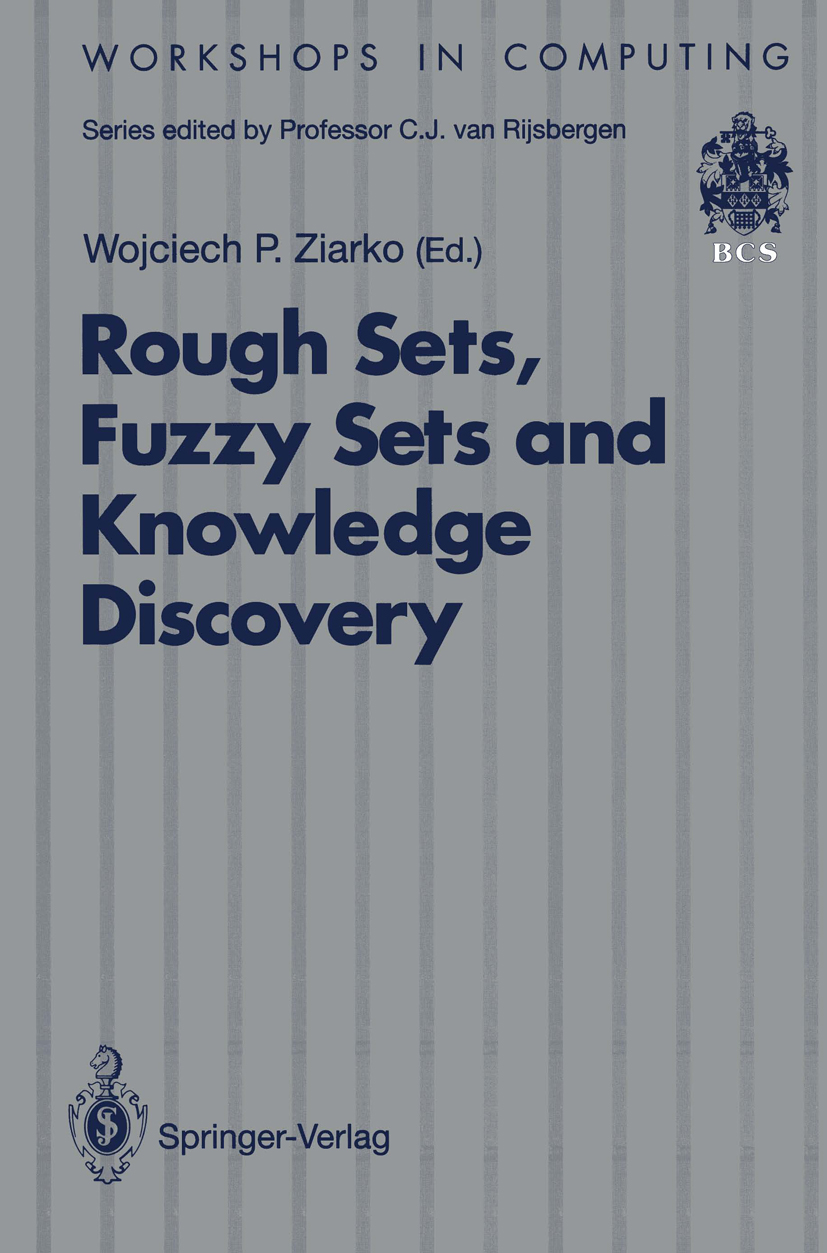
Rough Sets, Fuzzy Sets and Knowledge Discovery The objective of this book is two-fold. Firstly, it is aimed at bringing to gether key research articles concerned with methodologies for knowledge discovery in databases and their applications. Secondly, it also contains articles discussing fundamentals of rough sets and their relationship to fuzzy sets, machine learning, management of uncertainty and systems of logic for formal reasoning about knowledge. Applications of rough sets in different areas such as medicine, logic design, image processing and expert systems are also represented. The articles included in the book are based on selected papers presented at the International Workshop on Rough Sets and Knowledge Discovery held in Banff, Canada in 1993. The primary methodological approach emphasized in the book is the mathematical theory of rough sets, a relatively new branch of mathematics concerned with the modeling and analysis of classification problems with imprecise, uncertain, or incomplete information. The methods of the theory of rough sets have applications in many sub-areas of artificial intelligence including knowledge discovery, machine learning, formal reasoning in the presence of uncertainty, knowledge acquisition, and others. This spectrum of applications is reflected in this book where articles, although centered around knowledge discovery problems, touch a number of related issues. The book is intended to provide an important reference material for students, researchers, and developers working in the areas of knowledge discovery, machine learning, reasoning with uncertainty, adaptive expert systems, and pattern classification. COMPUTERS,Artificial Intelligence,General

Distributed and Parallel Database Object Management Distributed and Parallel Database Object Management brings together in one place important contributions and state-of-the-art research results in this rapidly advancing area of computer science. Distributed and Parallel Database Object Management serves as an excellent reference, providing insights into some of the most important issues in the field. COMPUTERS,Artificial Intelligence,General
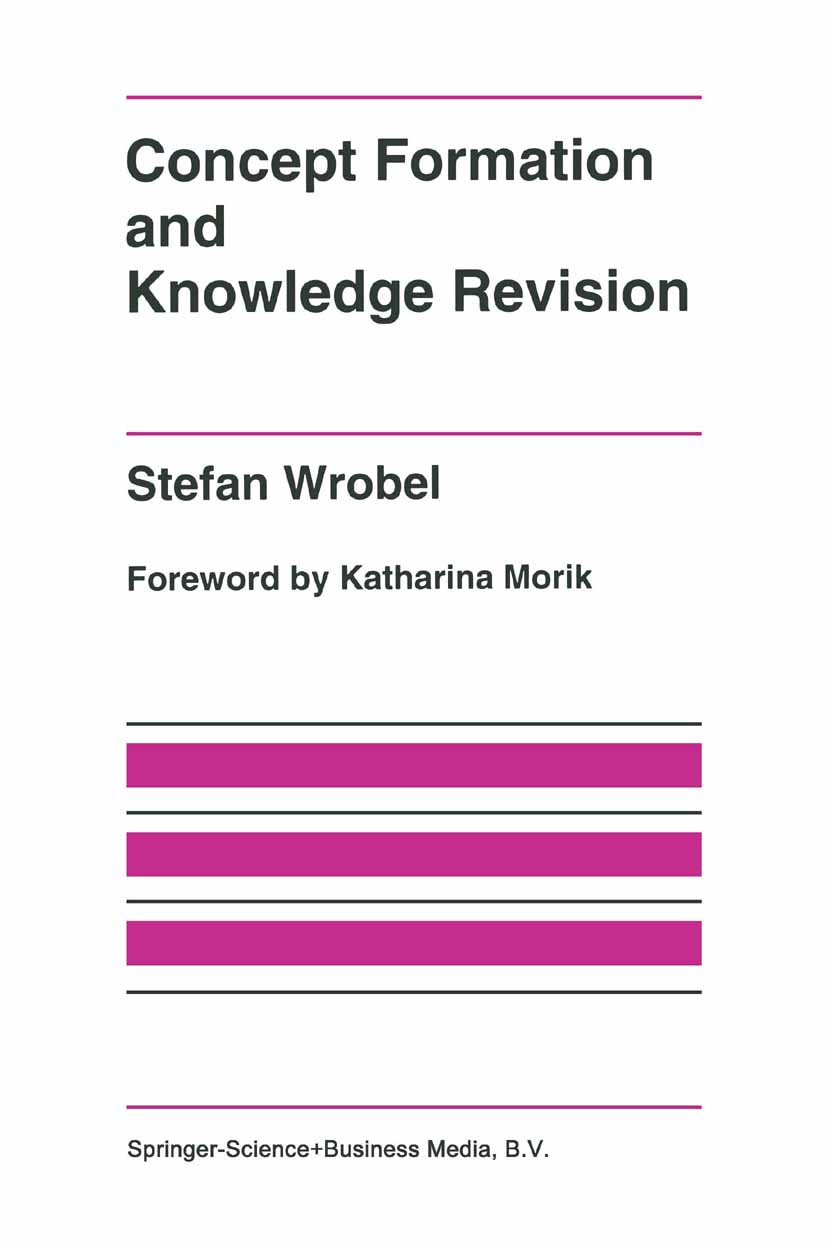
Concept Formation and Knowledge Revision A fundamental assumption of work in artificial intelligence and machine learning is that knowledge is expressed in a computer with the help of knowledge representations. Since the proper choice of such representations is a difficult task that fundamentally affects the capabilities of a system, the problem of automatic representation change is an important topic in current research. Concept Formation and Knowledge Revision focuses on representation change as a concept formation task, regarding concepts as the elementary representational vocabulary from which further statements are constructed. Taking an interdisciplinary approach from psychological foundations to computer implementations, the book draws on existing psychological results about the nature of human concepts and concept formation to determine the scope of concept formation phenomena, and to identify potential components of computational concept formation models. The central idea of this work is that computational concept formation can usefully be understood as a process that is triggered in a demand-driven fashion by the representational needs of the learning system, and identify the knowledge revision activities of a system as a particular context for such a process. The book presents a detailed analysis of the revision problem for first-order clausal theories, and develops a set of postulates that any such operation should satisfy. It shows how a minimum theory revision operator can be realized by using exception sets, and that this operator is indeed maximally general. The book then shows that concept formation can be triggered from within the knowledge revision process whenever the existing representation does not permit the plausible reformulation of an exception set, demonstrating the usefulness of the approach both theoretically and empirically within the learning knowledge acquisition system MOBAL. In using a first-order representation, this book is part of the rapidly developing field of Inductive Logic Programming (ILP). By integrating the computational issues with psychological and fundamental discussions of concept formation phenomena, the book will be of interest to readers both theoretically and psychologically inclined. From the foreword by Katharina Morik: ` The ideal to combine the three sources of artificial intelligence research has almost never been reached. Such a combined and integrated research requires the researcher to master different ways of thinking, different work styles, different sets of literature, and different research procedures. It requires capabilities in software engineering for the application part, in theoretical computer science for the theory part, and in psychology for the cognitive part. The most important capability for artificial intelligence is to keep the integrative view and to create a true original work that goes beyond the collection of pieces from different fields. This book achieves such an integrative view of concept formation and knowledge revision by presenting the way from psychological investigations that indicate that concepts are theories and point at the important role of a demand for learning. to an implemented system which supports users in their tasks when working with a knowledge base and its theoretical foundation. ' COMPUTERS,Artificial Intelligence,General
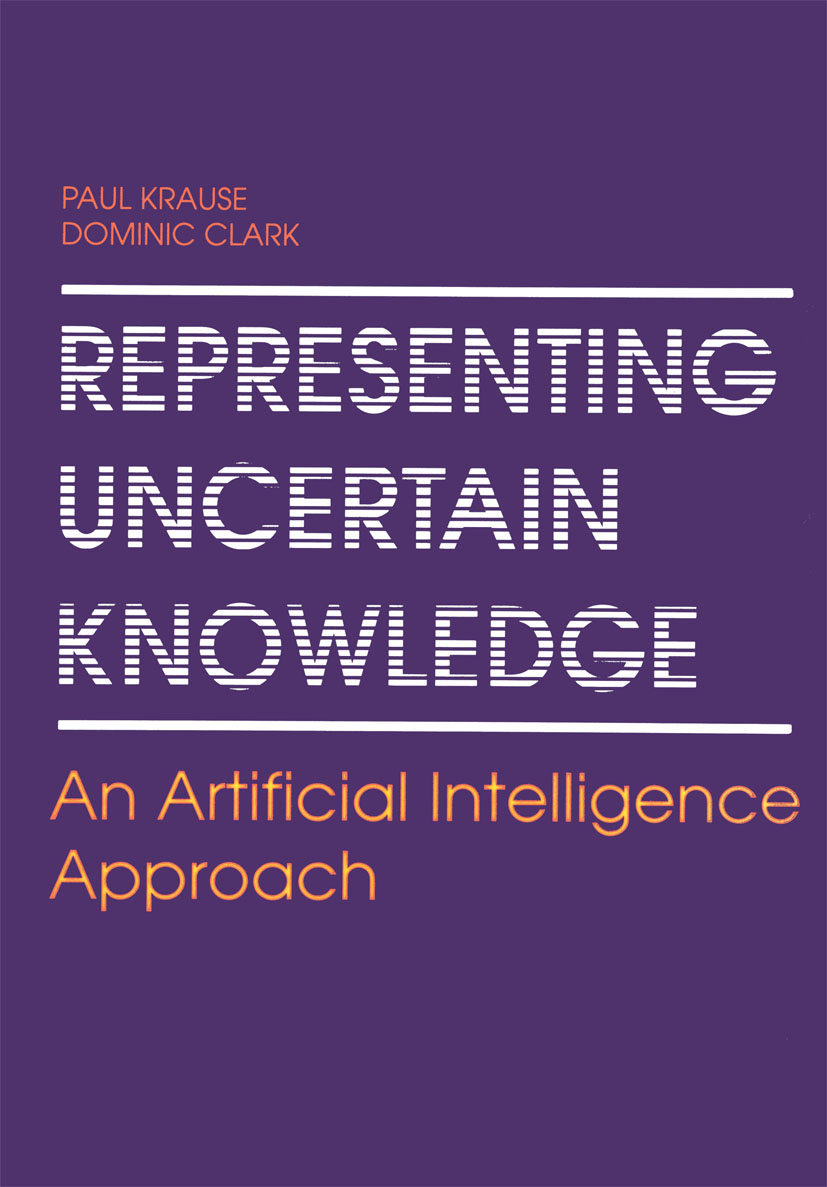
Representing Uncertain Knowledge The representation of uncertainty is a central issue in Artificial Intelligence (AI) and is being addressed in many different ways. Each approach has its proponents, and each has had its detractors. However, there is now an in creasing move towards the belief that an eclectic approach is required to represent and reason under the many facets of uncertainty. We believe that the time is ripe for a wide ranging, yet accessible, survey of the main for malisms. In this book, we offer a broad perspective on uncertainty and approach es to managing uncertainty. Rather than provide a daunting mass of techni cal detail, we have focused on the foundations and intuitions behind the various schools. The aim has been to present in one volume an overview of the major issues and decisions to be made in representing uncertain knowl edge. We identify the central role of managing uncertainty to AI and Expert Systems, and provide a comprehensive introduction to the different aspects of uncertainty. We then describe the rationales, advantages and limitations of the major approaches that have been taken, using illustrative examples. The book ends with a review of the lessons learned and current research di rections in the field. The intended readership will include researchers and practitioners in volved in the design and implementation of Decision Support Systems, Ex pert Systems, other Knowledge-Based Systems and in Cognitive Science. COMPUTERS,Artificial Intelligence,General

Computation and Neural Systems Computational neuroscience is best defined by its focus on understanding the nervous systems as a computational device rather than by a particular experimental technique. Accordinlgy, while the majority of the papers in this book describe analysis and modeling efforts, other papers describe the results of new biological experiments explicitly placed in the context of computational issues. The distribution of subjects in Computation and Neural Systems reflects the current state of the field. In addition to the scientific results presented here, numerous papers also describe the ongoing technical developments that are critical for the continued growth of computational neuroscience. Computation and Neural Systems includes papers presented at the First Annual Computation and Neural Systems meeting held in San Francisco, CA, July 26--29, 1992. COMPUTERS,Artificial Intelligence,General
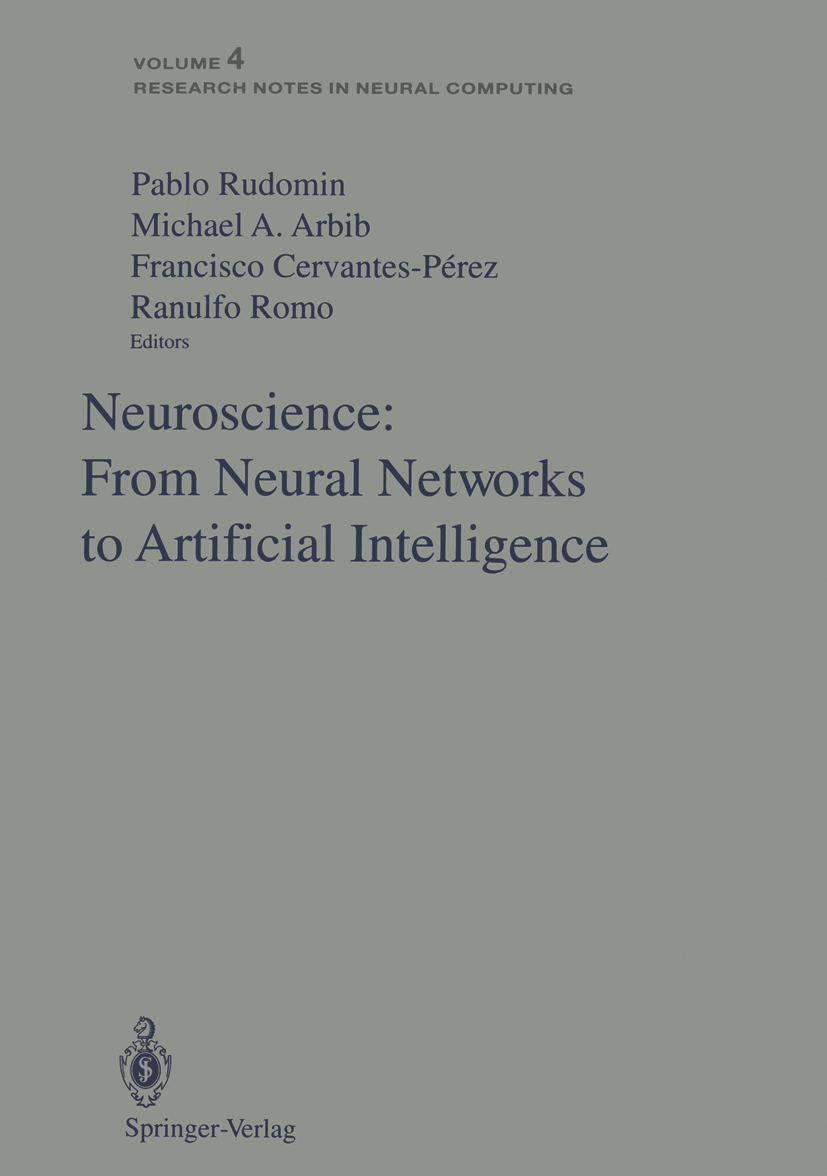
Neuroscience The Central Nervous System can be considered as an aggregate of neurons specialized in both the transmission and transformation of information. Information can be used for many purposes, but probably the most important one is to generate a representation of the "external" world that allows the organism to react properly to changes in its external environment. These functions range from such basic ones as detection of changes that may lead to tissue damage and eventual destruction of the organism and the implementation of avoidance reactions, to more elaborate representations of the external world implying recognition of shapes, sounds and textures as the basis of planned action or even reflection. Some of these functions confer a clear survival advantage to the organism (prey or mate recognition, escape reactions, etc. ). Others can be considered as an essential part of cognitive processes that contribute, to varying degrees, to the development of individuality and self-consciousness. How can we hope to understand the complexity inherent in this range of functionalities? One of the distinguishing features of the last two decades has been the availability of computational power that has impacted many areas of science. In neurophysiology, computation is used for experiment control, data analysis and for the construction of models that simulate particular systems. Analysis of the behavior of neuronal networks has transcended the limits of neuroscience and is now a discipline in itself, with potential applications both in the neural sciences and in computing sciences. COMPUTERS,Artificial Intelligence,General
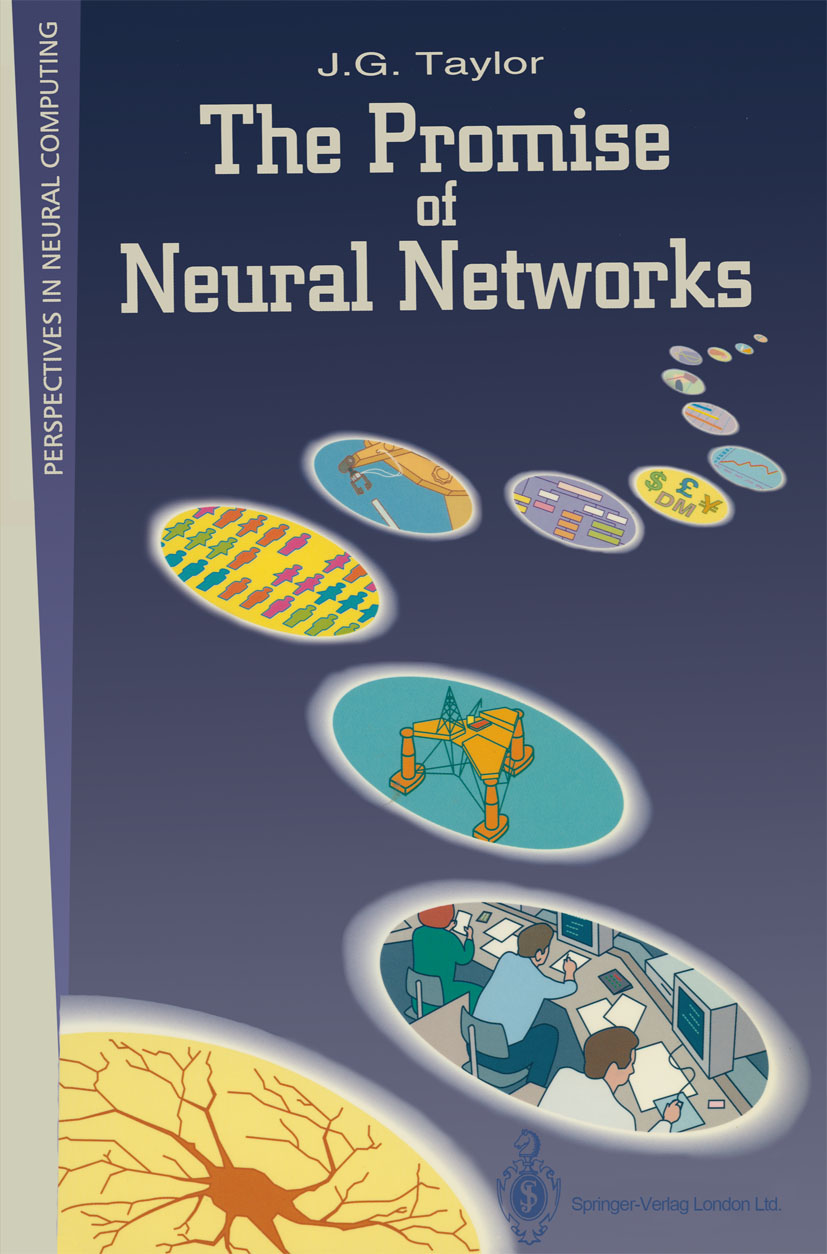
The Promise of Neural Networks This book is the product of a 15-month intensive investigation of the European artificial network scene, together with a view of the broader framework of the subject in a world context. It could not have been completed in such a remarkably short time, and so effectively, without the dedicated efforts of Louise Turner, the DEANNA secretary, and Geoff Chappell, the DEANNA researcher, at the Centre for Neural Networks, King's College, London. I would like to take this opportunity to thank them for their heroic efforts. I would also like to thank my colleagues in the Centre and in the Mathematics Department, especially Mark Plumbley, Michael Reiss and Trevor Clarkson for all their help and encouragement, Denise Gorse of University College London, for allowing use of her lecture notes as a basis for the tutorial and the DEANNA partners for the part they played. Finally I would like to acknowledge the European Community support, and especially Mike Coyle for his trenchant comments during the carrying out of the work. March 1993 J. G. Taylor CONTENTS PART I: SETTING THE SCENE Chapter 1: DEANNA. . . . . . . . . . . . . . . . . . . . . . . . . . . . . . . . . . . . . . . . . . . . . . . . . . . . . . . . . . . . . . . . . . . . . . 3 1 . 1 Introduction. . . . . . . . . . . . . . . . . . . . . . . . . . . . . . . . . . . . . . . . . . . . . . . . . . . . . . . . . . . . . . . . . . . . . . . . . . . . 3 . 2 The Geographical Dimension. . . . . . . . . . . . . . . . . . . . . . . . . . . . . . . . . . . . . . . . . . . . . . . . . . 5 1 1. 3 The Industrial Dimension. . . . . . . . . . . . . . . . . . . . . . . . . . . . . . . . . . . . . . . . . . . . . . . . . . . . . . . . . 6 1 . 4 The Plan for Neural Networks . . . . . . . . . . . . . . . . . . . . . . . . . . . . . . . . . . . . . . . . . . . . . . . . . 6 Chapter 2: Neural Net Demonstrators. . . . . . . . . . . . . . . . . . . . . . . . . . . . . . . . . . . . . . . . . . 9 2. 1 The Status of Neural Networks . . . . . . . . . . . . . . . . . . . . . . . . . . . . . . . . . . . . . . . . . . . . . . . 9 2. 2 Reasons for the Employment of Neural Networks . . . . . . . . . . . . . . . . . . . 9 2. 3 Neural Network Models . . . . . . . . . . . . . . . . . . . . . . . . . . . . . . . . . . . . . . . . . . . . . . . . . . . . . . . . . . 10 2. 4 Areas of Application . . . . . . . . . . . . . . . . . . . . . . . . . . . . . . . . . . . . . . . . . . . . . . . . . . . . . . . . . . . . . . . . 11 2. 5 Typical Applications . . . . . . . . . . . . . . . . . . . . . . . . . . . . . . . . . . . . . . . . . . . . . . . . . . . . . . . . . . . . . . . . COMPUTERS,Artificial Intelligence,General
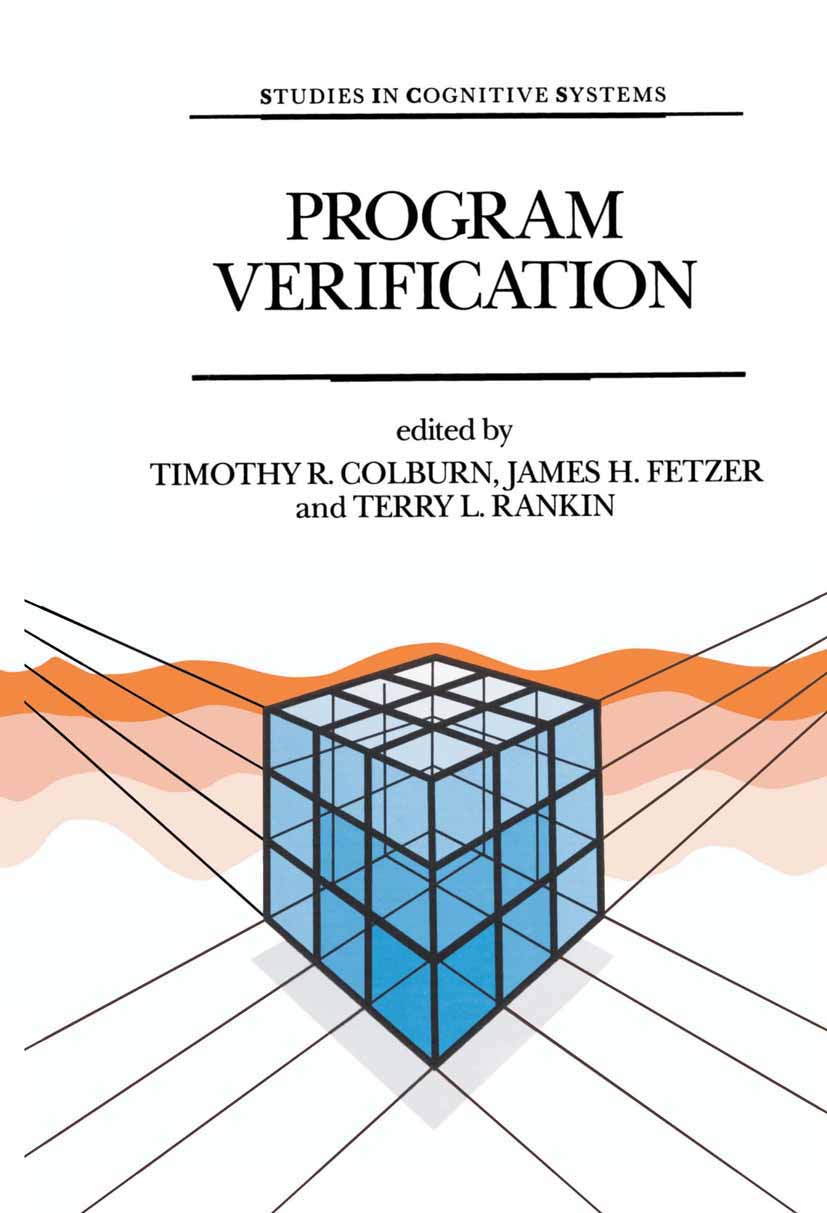
Program Verification Among the most important problems confronting computer science is that of developing a paradigm appropriate to the discipline. Proponents of formal methods - such as John McCarthy, C.A.R. Hoare, and Edgar Dijkstra - have advanced the position that computing is a mathematical activity and that computer science should model itself after mathematics. Opponents of formal methods - by contrast, suggest that programming is the activity which is fundamental to computer science and that there are important differences that distinguish it from mathematics, which therefore cannot provide a suitable paradigm. Disagreement over the place of formal methods in computer science has recently arisen in the form of renewed interest in the nature and capacity of program verification as a method for establishing the reliability of software systems. A paper that appeared in Communications of the ACM entitled, `Program Verification: The Very Idea', by James H. Fetzer triggered an extended debate that has been discussed in several journals and that has endured for several years, engaging the interest of computer scientists (both theoretical and applied) and of other thinkers from a wide range of backgrounds who want to understand computer science as a domain of inquiry. The editors of this collection have brought together many of the most interesting and important studies that contribute to answering questions about the nature and the limits of computer science. These include early papers advocating the mathematical paradigm by McCarthy, Naur, R. Floyd, and Hoare (in Part I), others that elaborate the paradigm by Hoare, Meyer, Naur, and Scherlis and Scott (in Part II), challenges, limits and alternatives explored by C. Floyd, Smith, Blum, and Naur (in Part III), and recent work focusing on formal verification by DeMillo, Lipton, and Perlis, Fetzer, Cohn, and Colburn (in Part IV). It provides essential resources for further study. This volume will appeal to scientists, philosophers, and laypersons who want to understand the theoretical foundations of computer science and be appropriately positioned to evaluate the scope and limits of the discipline. COMPUTERS,Artificial Intelligence,General
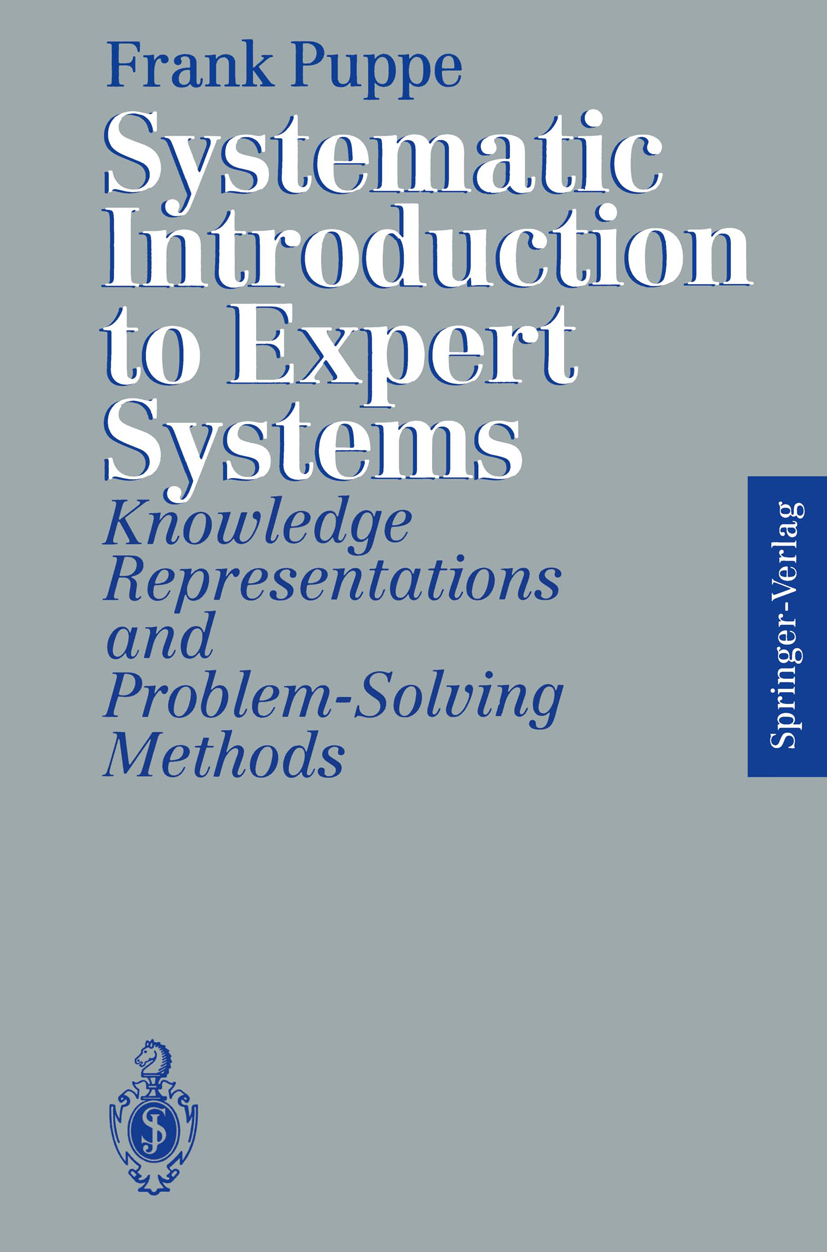
Systematic Introduction to Expert Systems At present one of the main obstacles to a broaderapplication of expert systems is the lack of a theory totell us which problem-solving methods areavailable for agiven problem class. Such a theory could lead to significantprogress in the following central aims of the expert systemtechnique:- Evaluating the technical feasibility of expert systemprojects: This depends on whether there is a suitableproblem-solving method, and if possible a correspondingtool, for the given problem class.- Simplifying knowledge acquisition and maintenance: Theproblem-solving methods provide direct assistance asinterpretation models in knowledge acquisition. Also, theymake possible the development of problem-specific expertsystem tools with graphical knowledge acquisitioncomponents, which can be used even by experts withoutprogramming experience.- Making use of expert systems as a knowledge medium: Thestructured knowledge in expert systems can be used not onlyfor problem solving but also for knowledge communication andtutorial purposes.With such a theory in mind, this book provides a systematicintroduction to expert systems. It describes the basicknowledge representations and the present situation withregard tothe identification, realization, and integrationof problem-solving methods for the main problem classes ofexpert systems: classification (diagnostics), construction,and simulation. COMPUTERS,Artificial Intelligence,General
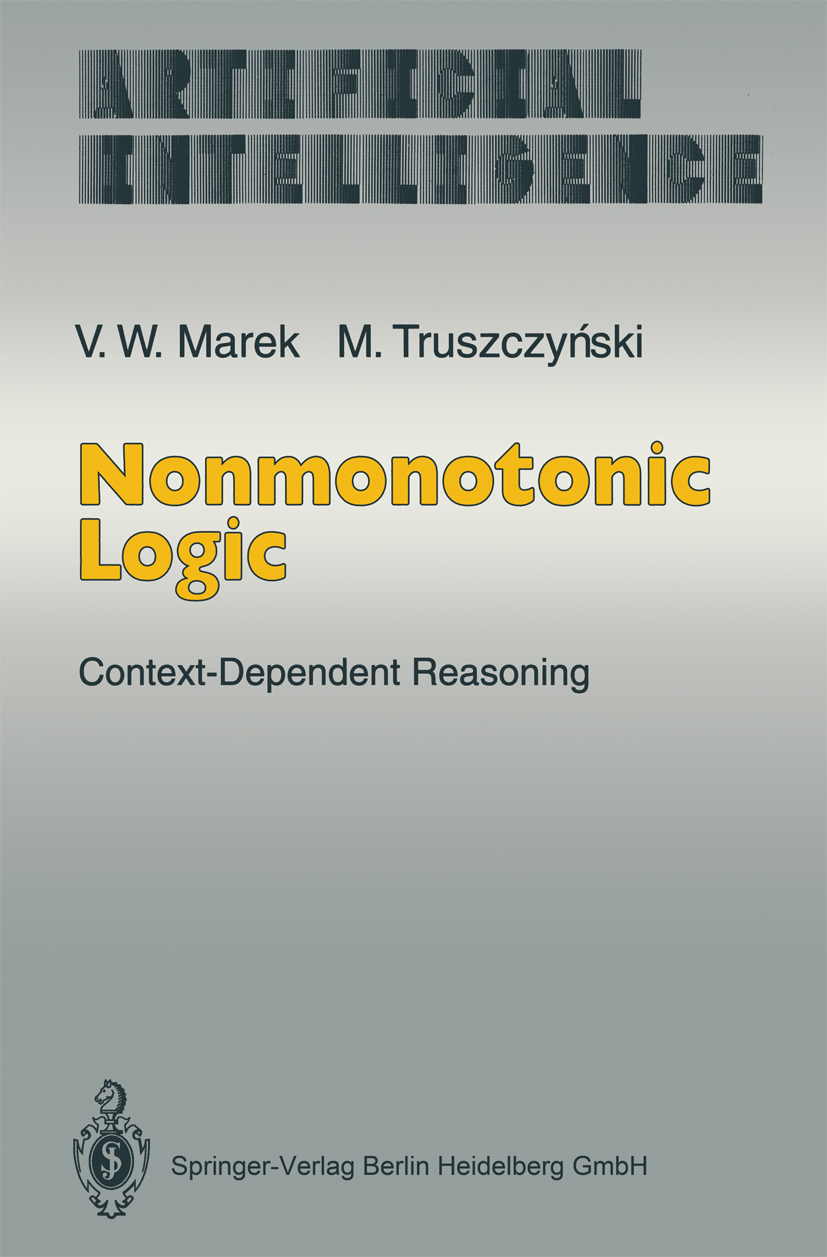
Nonmonotonic Logic When I first participated in exploring theories of nonmonotonic reasoning in the late 1970s, I had no idea of the wealth of conceptual and mathematical results that would emerge from those halting first steps. This book by Wiktor Marek and Miroslaw Truszczynski is an elegant treatment of a large body of these results. It provides the first comprehensive treatment of two influen tial nonmonotonic logics - autoepistemic and default logic - and describes a number of surprising and deep unifying relationships between them. It also relates them to various modal logics studied in the philosophical logic litera ture, and provides a thorough treatment of their applications as foundations for logic programming semantics and for truth maintenance systems. It is particularly appropriate that Marek and Truszczynski should have authored this book, since so much of the research that went into these results is due to them. Both authors were trained in the Polish school of logic and they bring to their research and writing the logical insights and sophisticated mathematics that one would expect from such a background. I believe that this book is a splendid example of the intellectual maturity of the field of artificial intelligence, and that it will provide a model of scholarship for us all for many years to come. Ray Reiter Department of Computer Science University of Toronto Toronto, Canada M5S 1A4 and The Canadian Institute for Advanced Research Table of Contents 1 1 Introduction ......... COMPUTERS,Artificial Intelligence,General
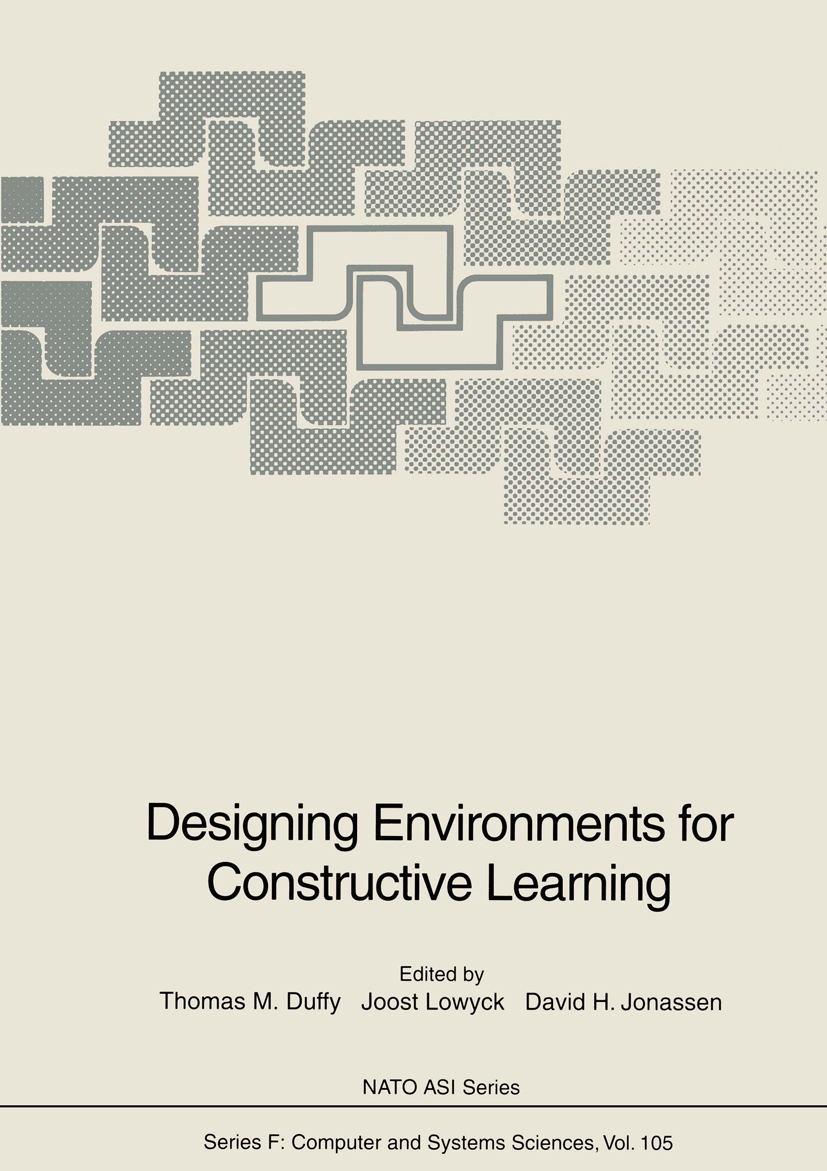
Designing Environments for Constructive Learning Proceedings of the NATO Advanced Research Workshop on The Design of Constructivist Learning Environments: Implications for Instructional Design and the Use of Technology, held at the Catholic University Leuven, Belgium, May 14-18, 1991 COMPUTERS,Artificial Intelligence,General
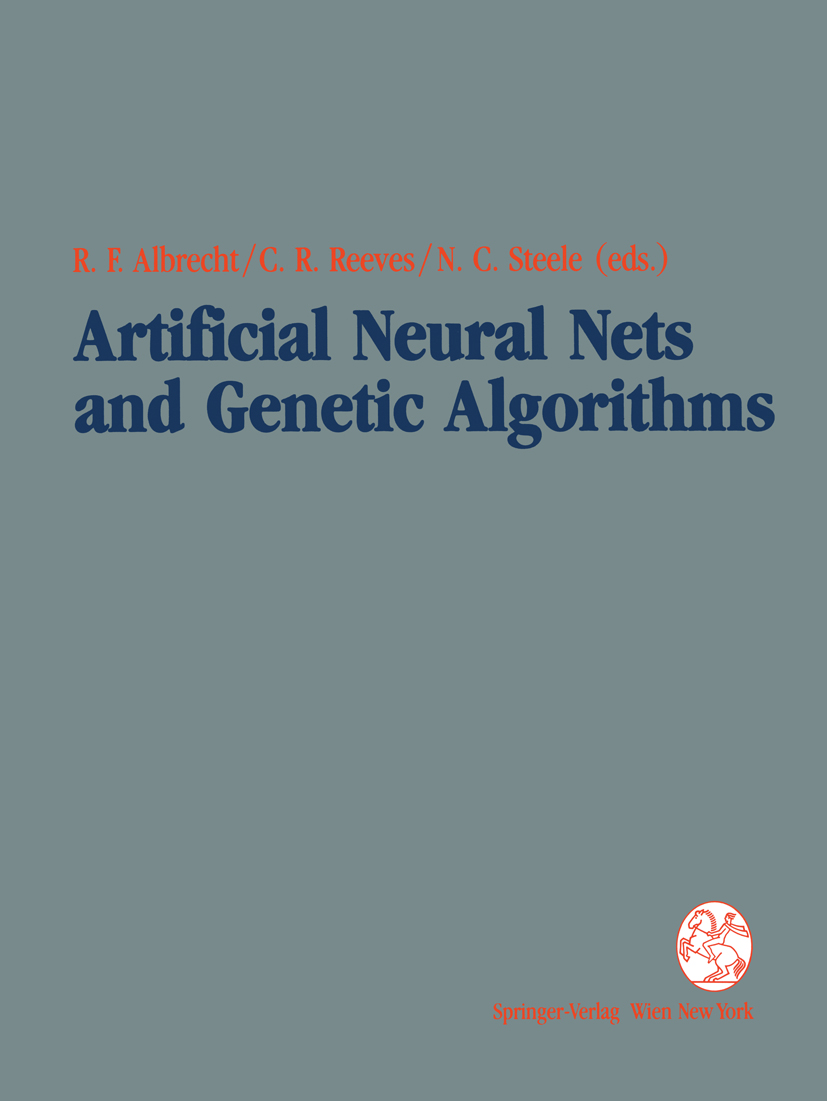
Artificial Neural Nets and Genetic Algorithms Artificial neural networks and genetic algorithms both are areas of research which have their origins in mathematical models constructed in order to gain understanding of important natural processes. By focussing on the process models rather than the processes themselves, significant new computational techniques have evolved which have found application in a large number of diverse fields. This diversity is reflected in the topics which are the subjects of contributions to this volume.There are contributions reporting theoretical developments in the design of neural networks, and in the management of their learning. In a number of contributions, applications to speech recognition tasks, control of industrial processes as well as to credit scoring, and so on, are reflected.Regarding genetic algorithms, several methodological papers consider how genetic algorithms can be improved using an experimental approach, as well as by hybridizing with other useful techniques such as tabu search. The closely related area of classifier systems also receives a significant amount of coverage, aiming at better ways for their implementation. Further, while there are many contributions which explore ways in which genetic algorithms can be applied to real problems, nearly all involve some understanding of the context in order to apply the genetic algorithm paradigm more successfully. That this can indeed be done is evidenced by the range of applications covered in this volume. COMPUTERS,Artificial Intelligence,General
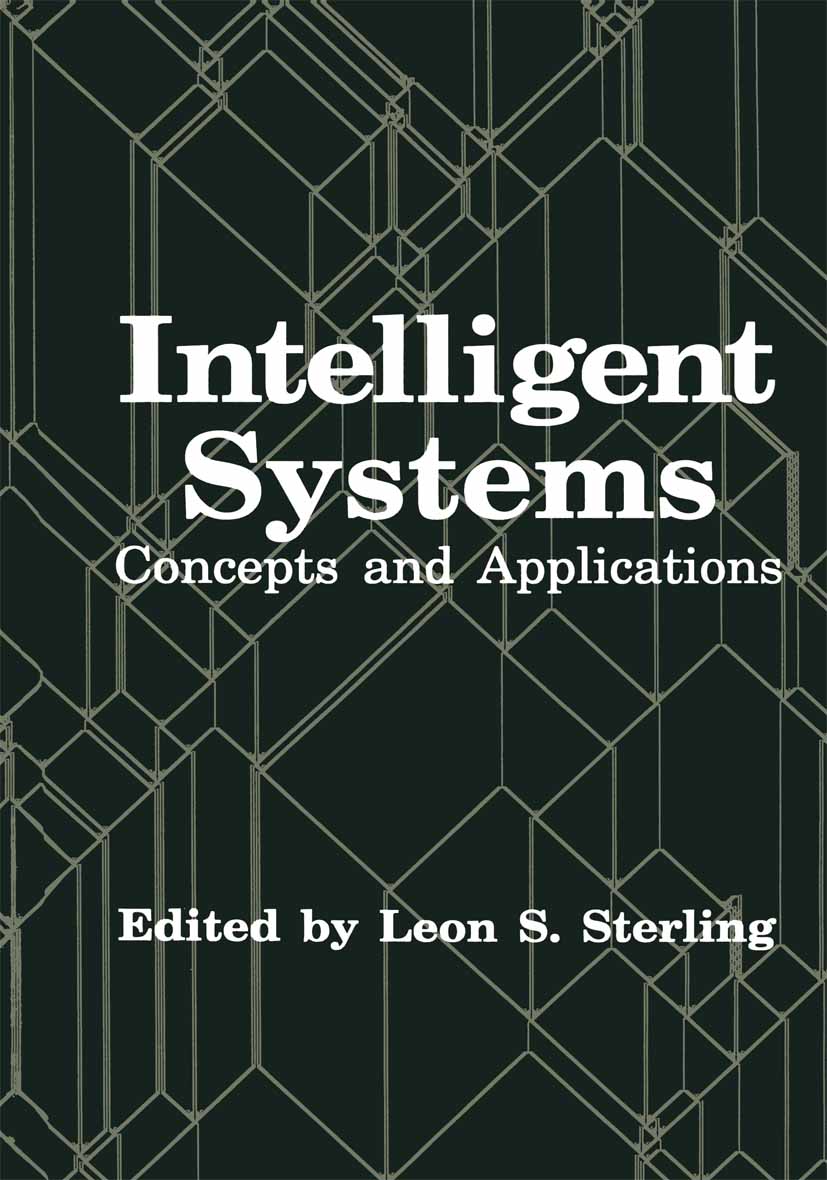
Intelligent Systems Published in honour of the 70th birthday of Yoh-Han Pao, George S. Dively Dis tinguished Professor of Engineering at Case Western Reserve University, Cleveland, Ohio, this festschrift embraces a remarkably diverse set of topics. Drawing from the fields of pattern recognition, engineering, artificial intelligence and artificial neural systems, it is a fitting testament to the extraordinary breadth of his professional in terests both in foundational research into the new technology of Intelligent Systems and ill the application of that evolving technology to the solution of hard engineering problems. In common with many scientists who build their reputations in one field before devoting their considerable energies and talents to another one, by 1972, the year in which I met him for the first time, Yoh-Han had made significant contributions to laser technology, in particular to the development of the highly accurate and stable lasers required for holographic recording purposes. In conventional holography, the information stored in a hologram produces a virtual image of the object charac terised by it. However, Yoh-Han became fascinated by the possiblity of driving the process hackwards, of using the hologram as an associative memory device enabling previously stored information to be retrieved on the basis of partial cues. It was this burgeoning interest which shaped his career for more than twenty years. Just prior to 1972, my colleagues Professor Christopher Longuet-Higgins and Dr. COMPUTERS,Artificial Intelligence,General

Simulation-Based Experiential Learning Proceediings of the NATO Advanced Research Workshop on The Use of Computer Models for Explication, Analysis and Experiential Learning, held in Bonas, France, October 12-14, 1992 COMPUTERS,Artificial Intelligence,General
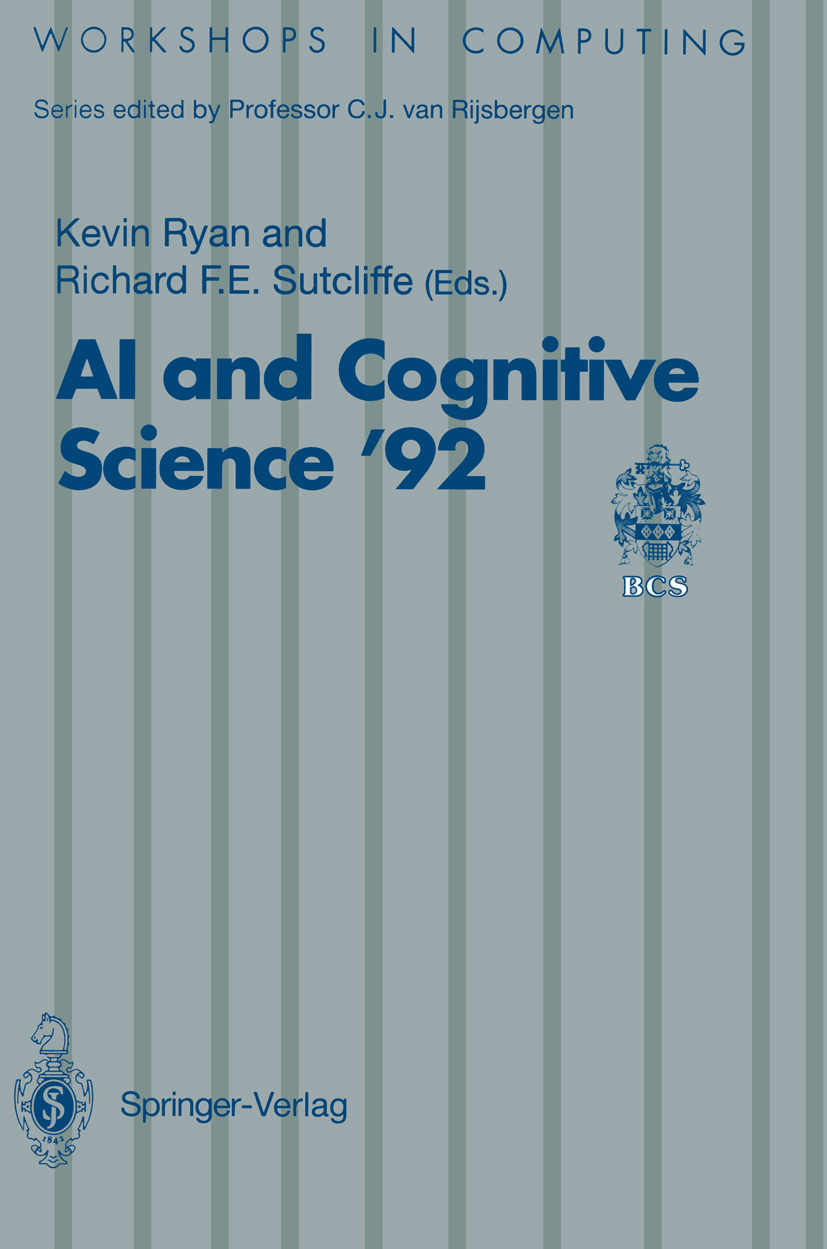
AI and Cognitive Science ’92 The annual Irish Conferences on Artificial Intelligence and Cognitive Science have become the major forum in Ireland for the discussion of various aspects of artificial intelligence. Their aim is to provide a forum where researchers can present their current work, and where industrial and commercial users can relate this work to their own practical needs and experiences. Although the emphasis of the conferences is on Irish research, there are also important contributions from Europe, Australia, Canada, and the USA. This volume is based on the proceedings of the Fifth Irish Conference on Artificial Intelligence and Cognitive Science (AICS'92), which was held at the University of Limerick, Ireland, from 10-11 September 1992. The conference was divided into 6 sessions, covering knowledge representation, cognitive foundations, natural language 1 and 2, learning and expert systems, and nov§ el aspects of artificial intelligence and cognitive science. Because of the high number of papers submitted to the conference, a poster session was run in addition to the plenary sessions. Each paper presented at the poster session is represented in this volume by a four page abstract. Among the specific topics covered in this volume are: a model-based theory of conceptual combination; the nature and development of reasoning strategies; word recognition as a parsing problem; a knowledge-based autonomous vehicle system for emergency management support; the construction and use of scope neutral discourse entities; computer-based iconic communication; and exceptions in multiple inheritance systems. AI and Cognitive Science '92 provides a comprehensive record of current research into this important field. It will be of interest to researchers, lecturers and postgraduate students in a variety of disciplines related to artificial intelligence and cognitive science. COMPUTERS,Artificial Intelligence,General
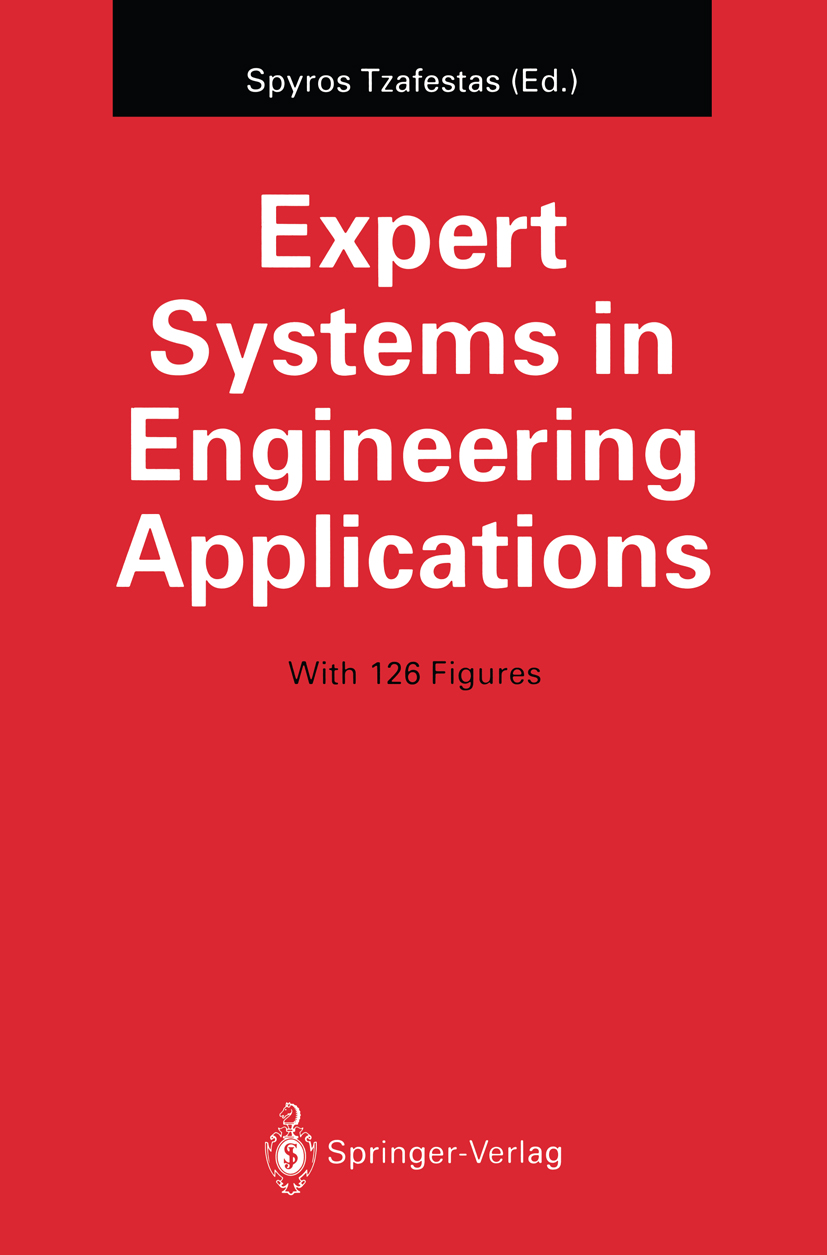
Expert Systems in Engineering Applications Expert system technology is receiving increasing popularityand acceptance in the engineering community. This is due tothe fact that there actually exists a close match betweenthe capabilities of the current generation expert systemsand the requirements of engineering practice. Prepared by adistinguished team of experts, this book provides a balancedstate-of-the-art presentation of the design principles ofengineering expert systems, and a representative picture oftheir capabilities to assist efficiently the design,diagnosis and operation of complex industrial plants.Among the application areas covered are the following:hardware synthesis, industrial plant layout design, faultdiagnosis, process control, image analysis, computercommunication, electric power systems, intelligent control,robotics, and manufacturing systems. The book is appropriatefor the researcher and the professional. The researcher cansave considerable time in searching the scattered technicalinformation on engineering expert systems. The professionalcan have readily available a rich set of guidelines andtechniques that are applicable to a wide class ofengineering domains. COMPUTERS,Artificial Intelligence,General
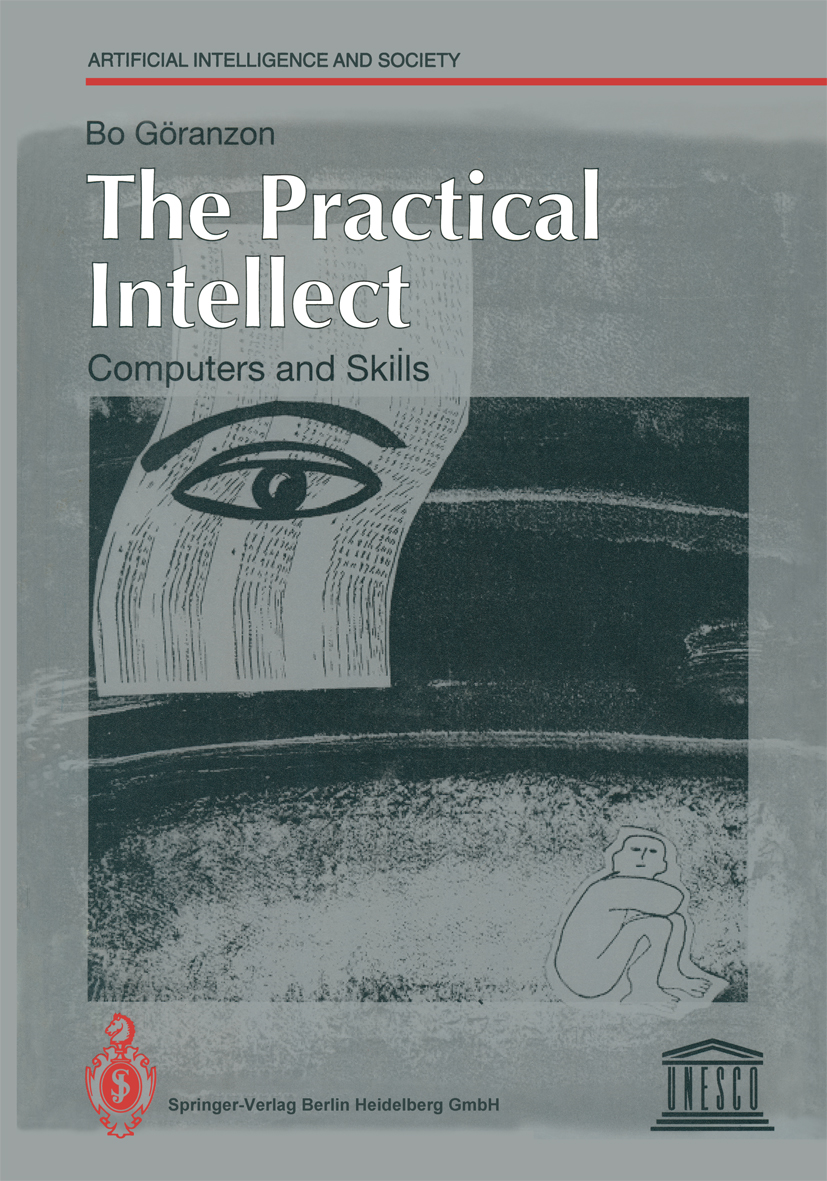
The Practical Intellect The intention of this book is not to add another technical work to the series of publications already available on matters connected with the relations between natural and artificial intelligence, nor to repeat the positions already well expressed in, for example, the debate between John Searle, Daniel Dennet and Hubert Dreyfus. It is an attempt to encourage philosophical reflection on dimensions of the subject that have hitherto been somewhat neglected. This book, which explores a number of case studies, is the fifth in the series, the previous four books being: (i) Knowledge, Skill and Artificial Intelligence (Bo Goranzon and Ingela Josefson (Eds. ), Springer-Verlag, London, 1988) (ii) Artificial Intelligence, Culture and Language: On Education and Work (Bo Goranzon and Magnus Florin (Eds. ), Springer Verlag, London, 1990) (iii) Dialogue and Technology: Art and Knowledge (Bo Goranzon and Magnus Florin (Eds. ), Springer-Verlag, London, 1991) (iv) Skill and Education: Reflection and Experience (Bo Goranzon and Magnus Florin (Eds. ), Springer-Verlag, London, 1992) An important connection between these four books is the conference on Culture, Language and Artificial Intelligence held in Stockholm in May-June, 1988. The conference was attended by more than 300 researchers and practitioners, from over 15 countries, in the fields of technology, philosophy, the history of ideas, literature and linguistics. Contributions to the books were solicited from among those who attended the conference and from researchers involved in work related to its aim. COMPUTERS,Artificial Intelligence,General
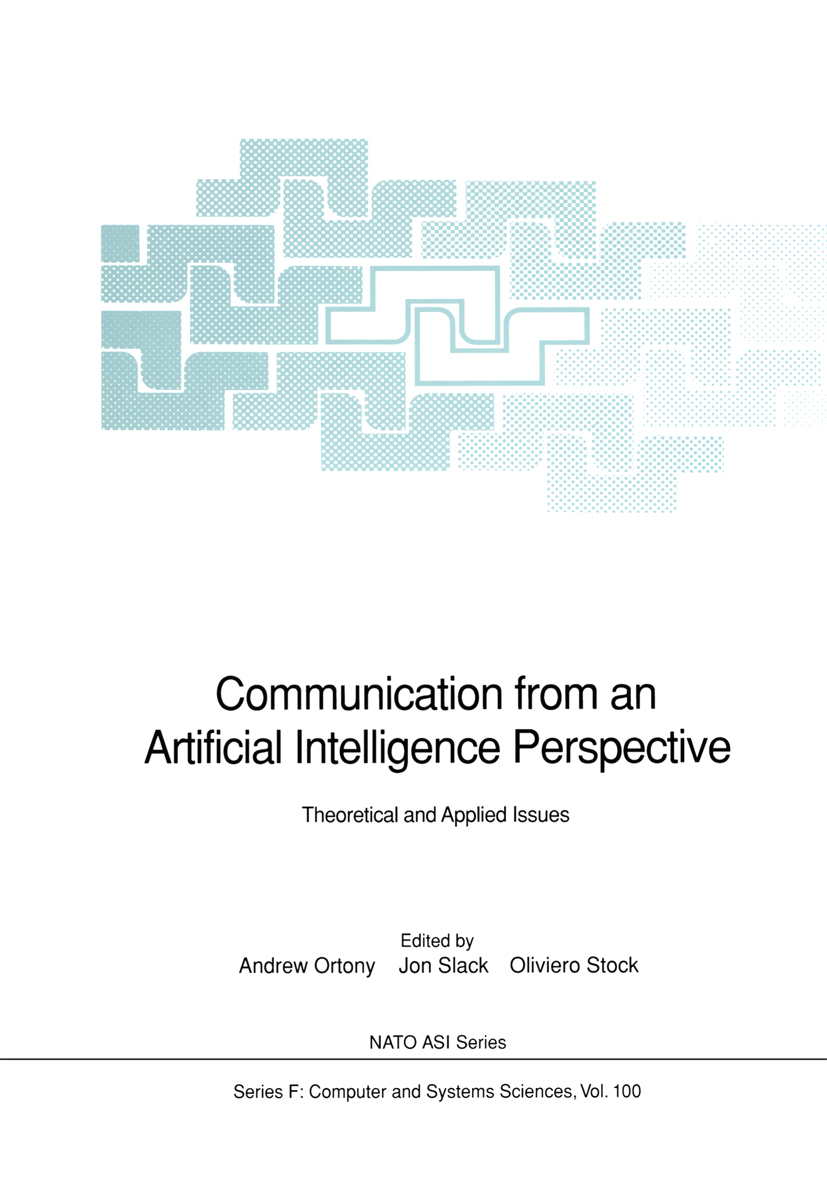
Communication from an Artificial Intelligence Perspective Proceedings of the NATO Advanced Research Workshop on Computational Theories of Communication and Their Applications: Problems and Perspectives, held at Castel Ivano, Trento, Italy, November 5-9, 1990 COMPUTERS,Artificial Intelligence,General
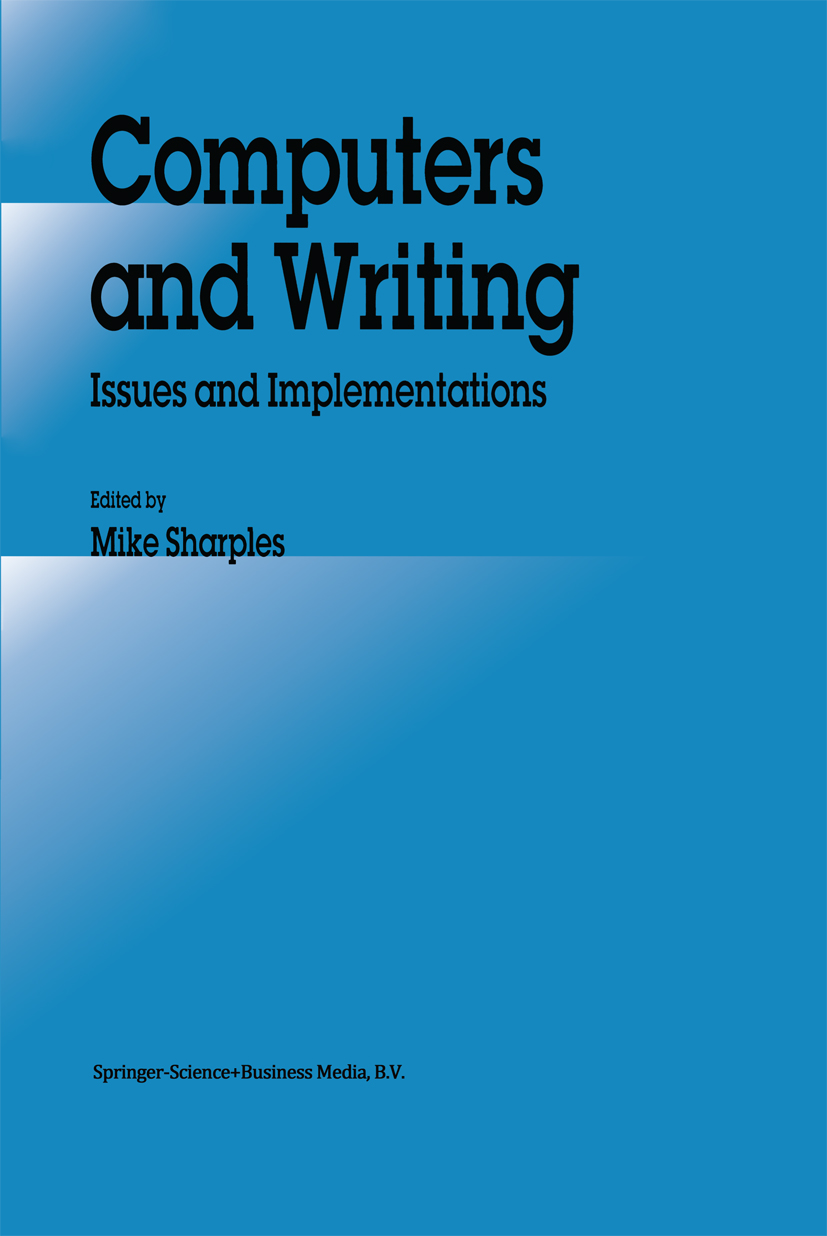
Computers and Writing This book grew out of the Fourth Conference on Computers and the Writing Process, held at the University of Sussex in March 1991. The conference brought together a wide variety of people interested in most aspects of computers and the writing process including, computers and writing education, computer supported fiction, computers and technical writing, evaluation of computer-based writing, and hypertext. Fifteen papers were selected from the twenty-five delivered at the conference. The authors were asked to develop them into articles, incorporating any insights they had gained from their conference presentations. This book offers a survey of the wide area of Computers and Writing, and describes current work in the design and use of computer-based tools for writing. University of Sussex M.S. October, 1991 Note from Publisher This collection of articles is being published simultaneously as a special issue, Volume 21(1-3), of Instructional Science - An International Journal of Learning and Cognition. Instructional Science 21: 1-4 (1992) 1 © Kluwer Academic Publishers, Dordrecht Introduction MIKE SHARPLES School of Cognitive and Computing Sciences, University of Sussex, Falmer, Brighton BNl 9QH, United Kingdom. COMPUTERS,Artificial Intelligence,General
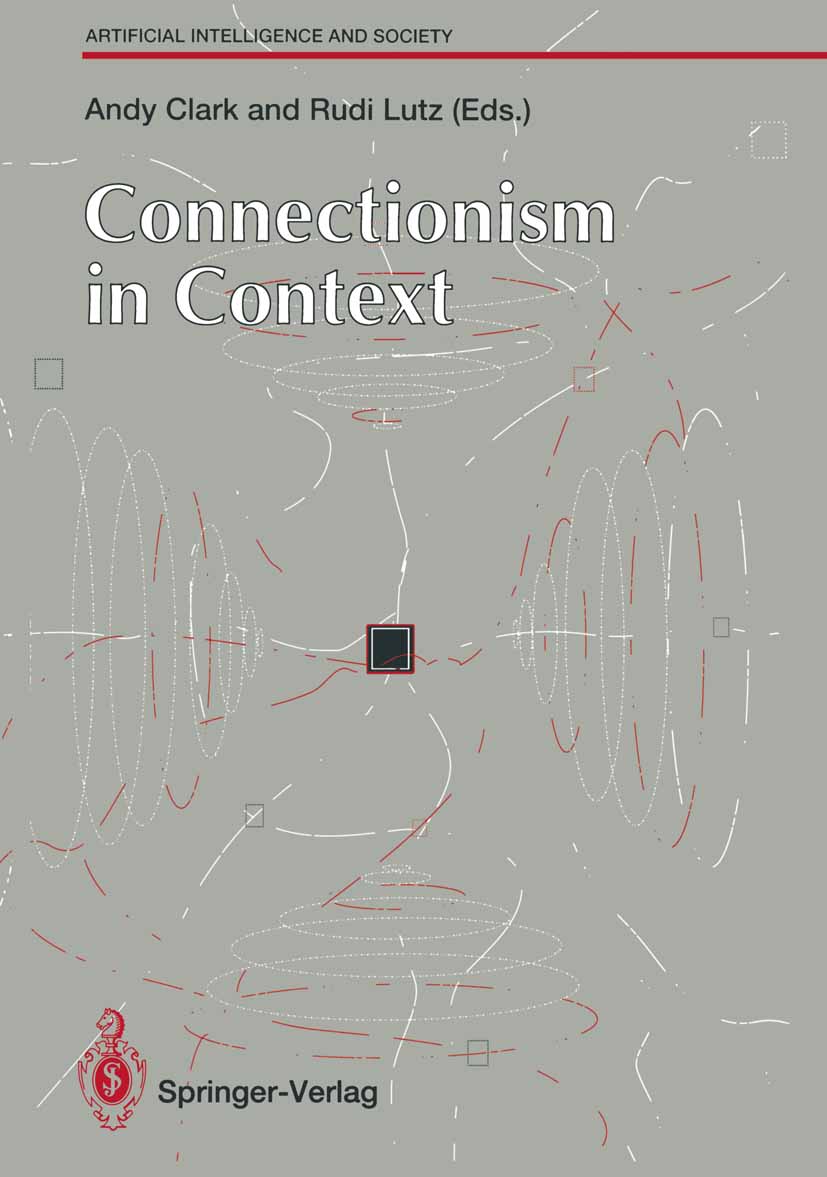
Connectionism in Context Connectionism in Context aims to broaden and extend thedebate concerning the significance of connectionist models.The volume collects together a variety of perspectives byexperimental and developmental psychologists, philosophersand active AI researchers. These contributions relate con-nectionist ideas to historical psychlogical debates, e.g.,over behaviourism and associationism, to develop-mental and philosophical issues. The result is a volumewhich addresses both familiar, but central, topics such asthe relation between connectionism and classical AI, andless familiar, but highly challenging topics, such asconnectionism,associationism and behaviourism, the dis-tinction between perception and cognition, the role of en-vironmental structure, and the potential value ofconnec-tionism as a means of "symbol grounding". The nine essayshave been written with an interdisciplinary audience in mindand avoid both technical jargon and heavy mathematics. COMPUTERS,Artificial Intelligence,General
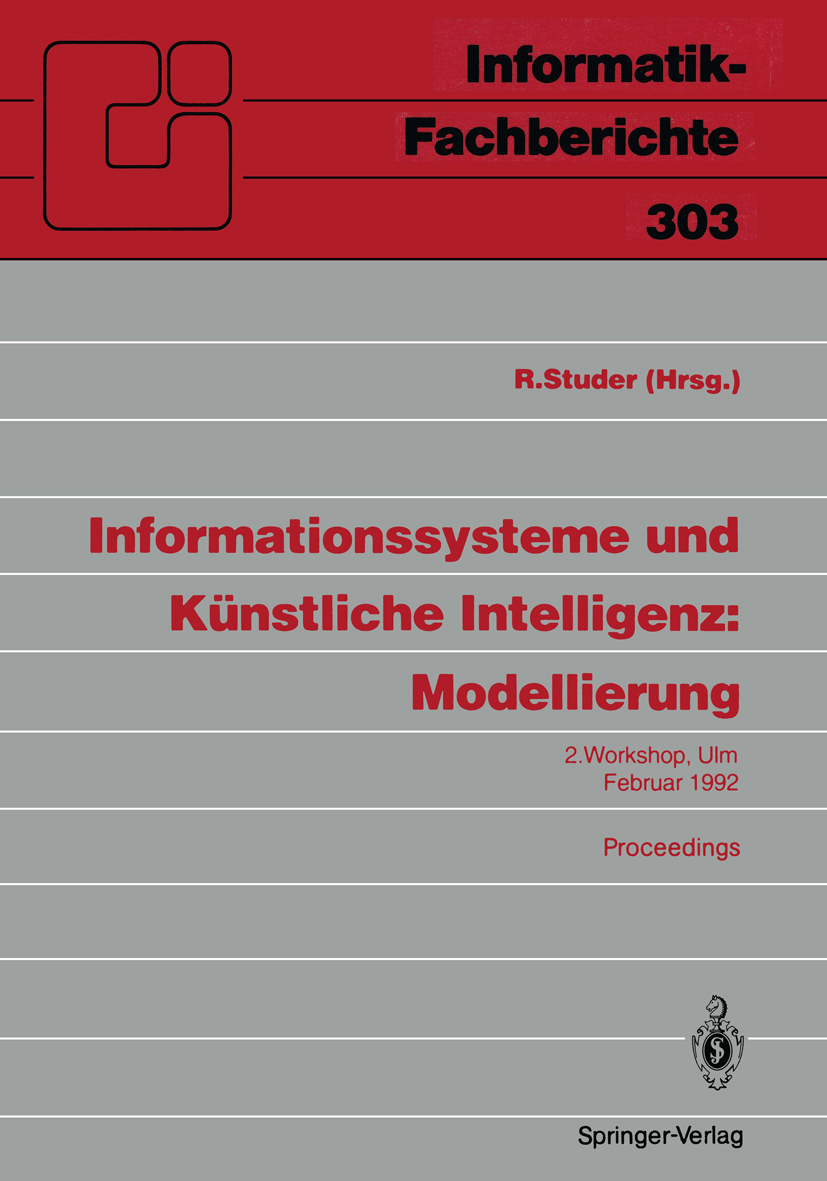
Informationssysteme und Künstliche Intelligenz Neuere Entwicklungen im Datenbank- undInformationssystembereich sind u.a. gekennzeichnet durch dieBereitstellung sehr m{chtiger semantischer bzw.objektorientierter Datenmodelle, um den Anforderungen aussogenannten Nicht-Standardanwendungen wie z.B. demB}robereich gerecht zu werden. Daraus ergeben sichunmittelbar neue Problemstellungen imHinblick auf dieEntwurfs- und Modellierungsaufgaben, die mit dem Einsatzderartiger m{chtiger Datenmodelle verbunden sind.Betrachtet manandererseits Entwicklungstendenzen imBereich der K}nstlichen Intelligenz, so wird Fragen dersystematischen Entwicklung Wissensbasierter Systeme eineimmer gr|~ere Wichtigkeit beigemessen. Dabei spielen u.a.Phasen-Systeme und damit verbunden der Aufbau geeigneterModelle eine zentrale Rolle. Dementsprechend hat der 2.Workshop "Informationssysteme und K}nstliche Intelligenz"gerade das Gebiet der Modellierung als generelles Thema.Zielsetzung ist dabei, auf dem Gebiet derModellierungGemeinsamkeiten und Unterschiede von Problemstellungen bzw.L|sungsans{tzen, die in den Fachdisziplinen K}nstlicheIntelligenz und Informationssysteme/Datenbanksystemeidentifiziert bzw. entwickelt worden sind,herauszuarbeiten. Damit soll gleichzeitig derGedankenaustausch zwischen den beteiligten Fachdisziplinengef|rdertund die Zusammenarbeit }ber Fachdisziplinen hinwegverbessert werden. COMPUTERS,Artificial Intelligence,General
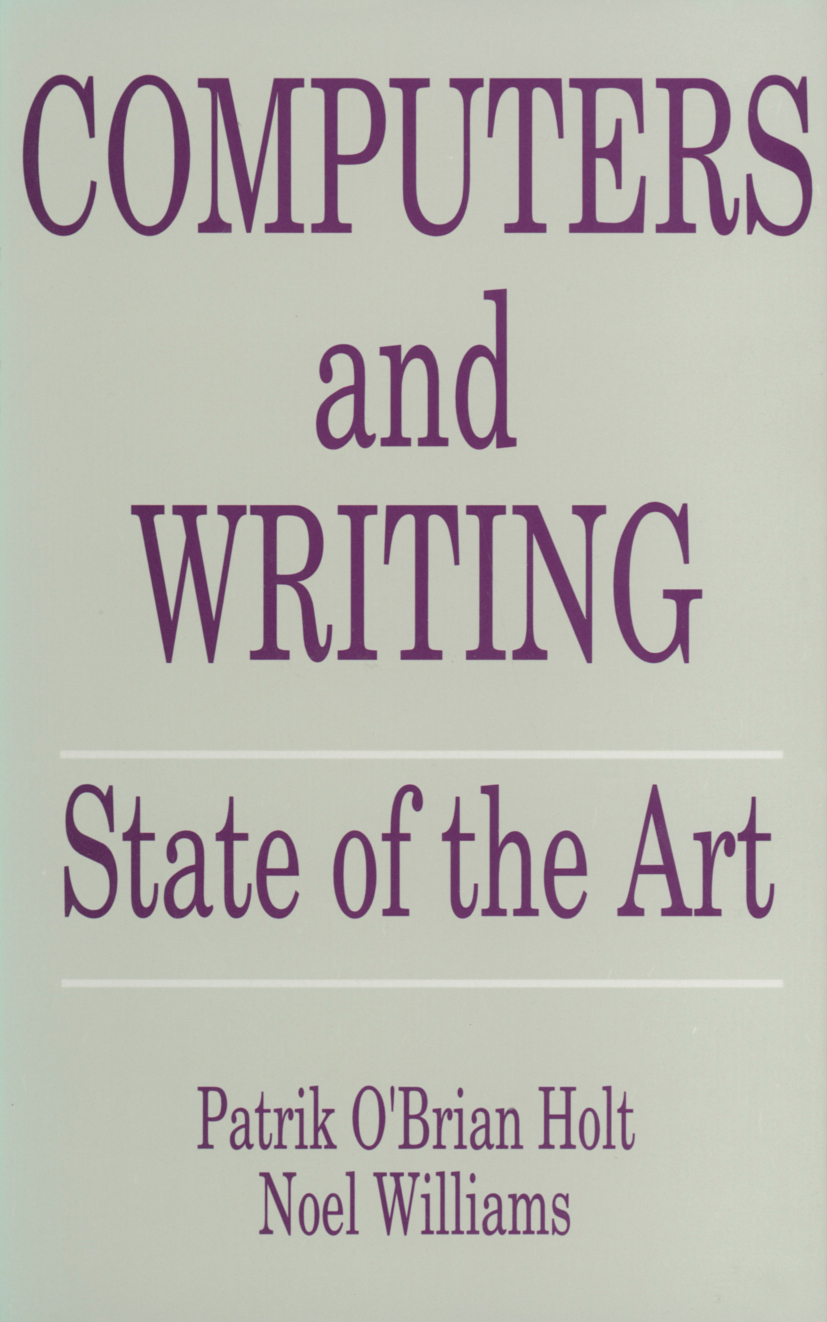
Computers and Writing Patrik O'Brian Holt Heriot-Watt University After speech, writing is the most common form of human communication and represents the cornerstone of our ability to preserve and record information. Writing, by its very definition, requires artifacts in the form of tools to write with and a medium to write on. Through history these artifacts have ranged from sticks and clay tablets, feather and leather, crude pens and paper, sophisticated pens and paper, typewriters and paper; and electronic devices with or without paper. The development of writing tools has straightforward objectives, to make writing easier and more effective and assist in distributing written communication fast and efficiently. Both the crudest and most sophisticated forms of writing tools act as mediators of human written communication for the purpose of producing, distributing and conserving written language. In the modern world the computer is arguably the most sophisticated form of mediation, the implications of which are not yet fully understood. The use of computers (a writing artifact which mediates communication) for the production and editing of text is almost as old as computers themselves. Early computers involved the use of crude text editors and a writer had to insert commands resembling a programming language to format and print a document. For example to underline a word the writer had to do the following, This is an example of how to .ul underline a single word. in order to produce: This is an example of how to underline a single word. COMPUTERS,Artificial Intelligence,General
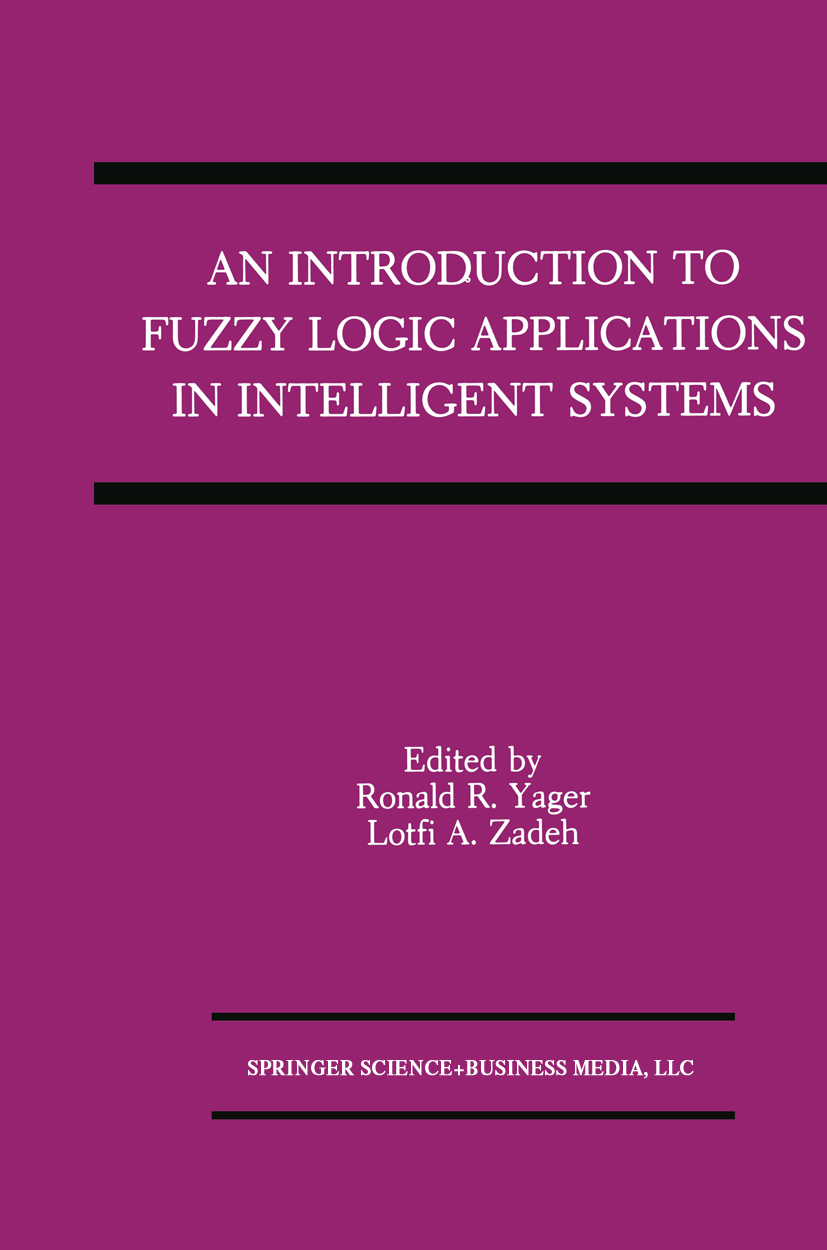
An Introduction to Fuzzy Logic Applications in Intelligent Systems An Introduction to Fuzzy Logic Applications in Intelligent Systems consists of a collection of chapters written by leading experts in the field of fuzzy sets. Each chapter addresses an area where fuzzy sets have been applied to situations broadly related to intelligent systems. The volume provides an introduction to and an overview of recent applications of fuzzy sets to various areas of intelligent systems. Its purpose is to provide information and easy access for people new to the field. The book also serves as an excellent reference for researchers in the field and those working in the specifics of systems development. People in computer science, especially those in artificial intelligence, knowledge-based systems, and intelligent systems will find this to be a valuable sourcebook. Engineers, particularly control engineers, will also have a strong interest in this book. Finally, the book will be of interest to researchers working in decision support systems, operations research, decision theory, management science and applied mathematics. An Introduction to Fuzzy Logic Applications in Intelligent Systems may also be used as an introductory text and, as such, it is tutorial in nature. COMPUTERS,Artificial Intelligence,General
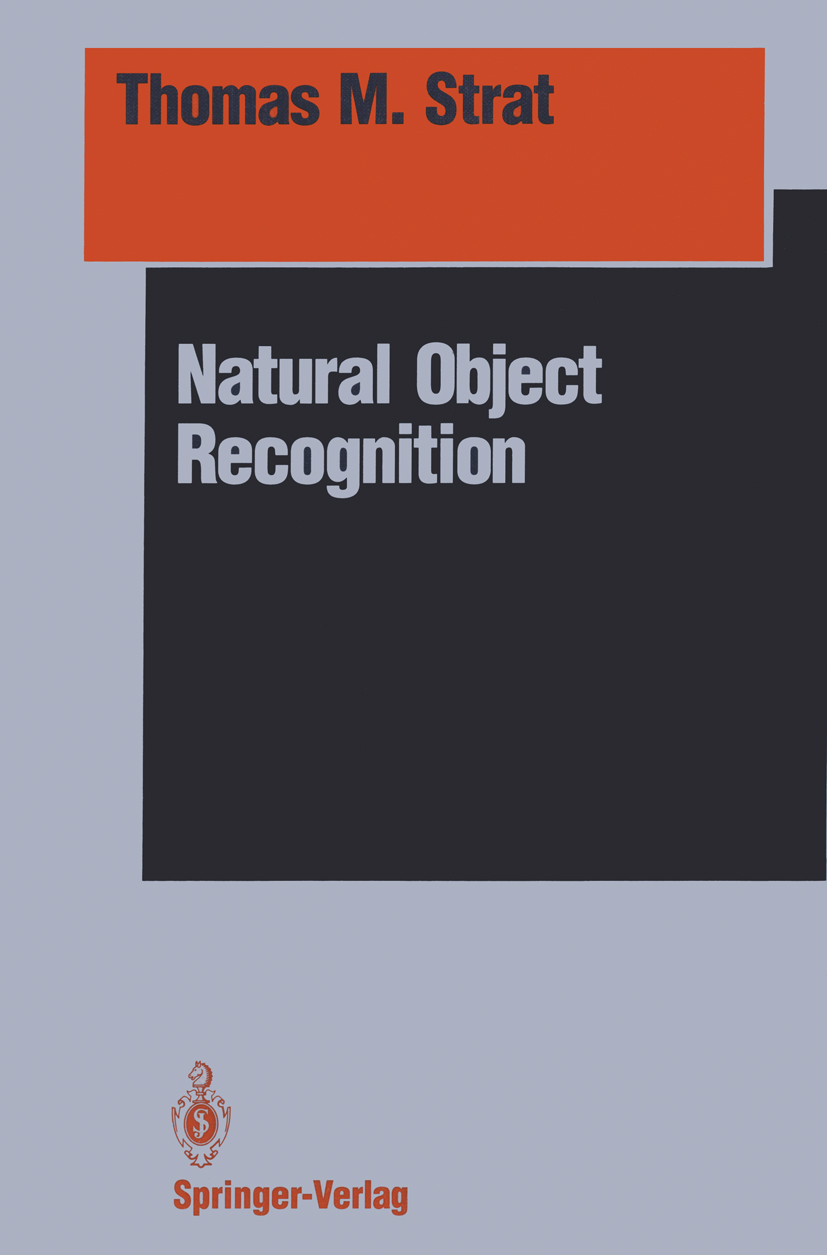
Natural Object Recognition Natural Object Recognition presents a totally new approach to the automation of scene understanding. Rather than attempting to construct highly specialized algorithms for recognizing physical objects, as is customary in modern computer vision research, the application and subsequent evaluation of large numbers of relatively straightforward image processing routines is used to recognize natural features such as trees, bushes, and rocks. The use of contextual information is the key to simplifying the problem to the extent that well understood algorithms give reliable results in ground-level, outdoor scenes. COMPUTERS,Artificial Intelligence,General
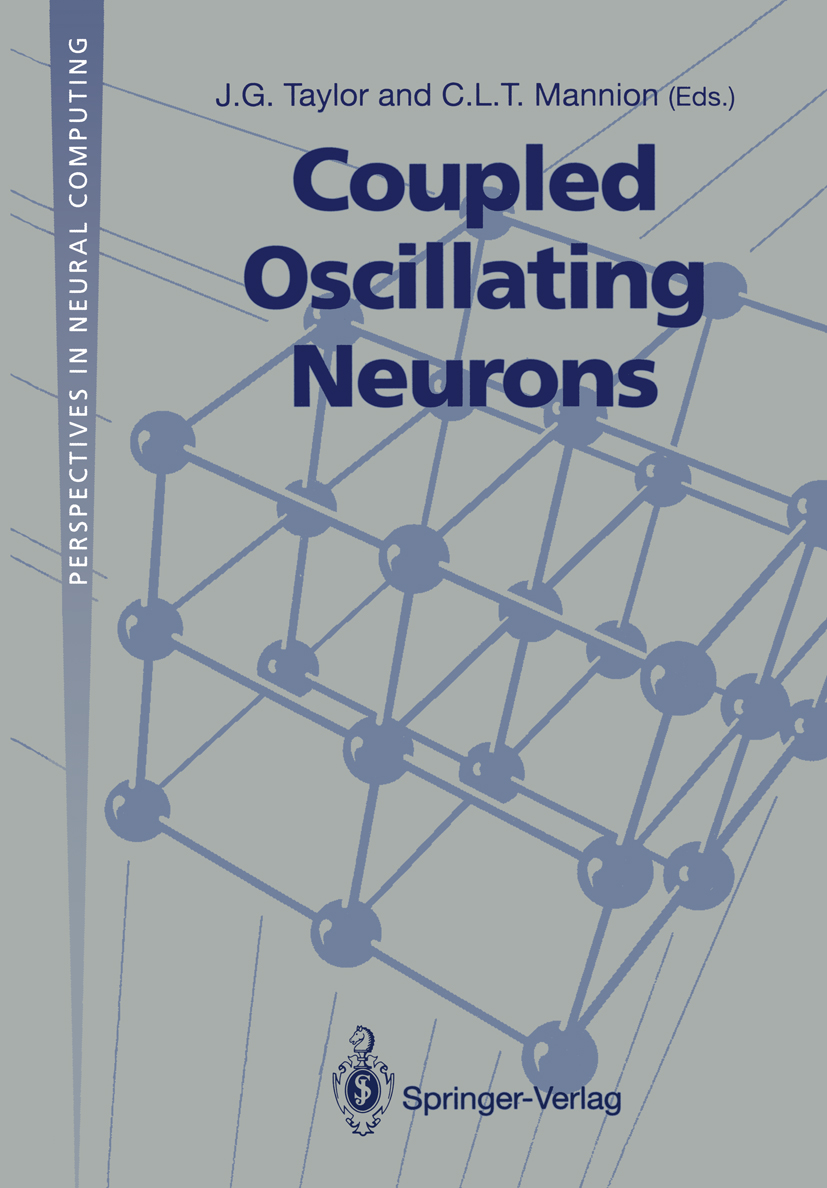
Coupled Oscillating Neurons This volume consists of proceedings of the one-day conference on "Coupled Oscillating Neurons" held at King's College, London on December 13th, 1990. The subject is currently of increasing interest to neurophysiologists, neural network researchers, applied mathematicians and physicists. The papers attempt to cover the major areas of the subject, as the titles indicate. It is hoped that the appearance of the papers (some of which have been updated since their original presentation) indicates why the subject is becoming of great excitement. A better understanding of coupled oscillating neurons may well hold the key to a clearer appreciation of the manner in which neural networks composed of such elements can control complex behaviour from the heart to consciousness. December 1991 J.G. Taylor King's College, London C.L.T. Mannion CONTENTS Contributors....... ..................... .......... .......................... .................... ix Introduction to Nonlinear Oscillators I. Stewart ....................................................................................... . Identical Oscillator Networks with Symmetry P.B. Ashwin .................................................................................... 21 Bifurcating Neurones AV. Holden, J. Hyde, M.A Muhamad, H.G. Zhang....................... 41 A Model for Low Threshold Oscillations in Neurons J.L. Hindmarsh, R.M. Rose ............................................................ 81 Information Processing by Oscillating Neurons C.L. T. Mannion, J.G. Taylor ........................................................... 100 Gamma Oscillations, Association and Consciousness R.M.J. Cotterill, C. Nielsen ............................................................. 117 Modelling of Cardiac Rhythm: From Single Celis to Massive Networks D. Noble, J. C. Denyer, H.F. Brown, R. Winslow, A Kimball .......... 1 32 CONTRIBUTORS Ashwin, P.B. Mathematics Institute, University of Warwick, Coventry, CV4 7 AL, UK Brown, H.F. COMPUTERS,Artificial Intelligence,General
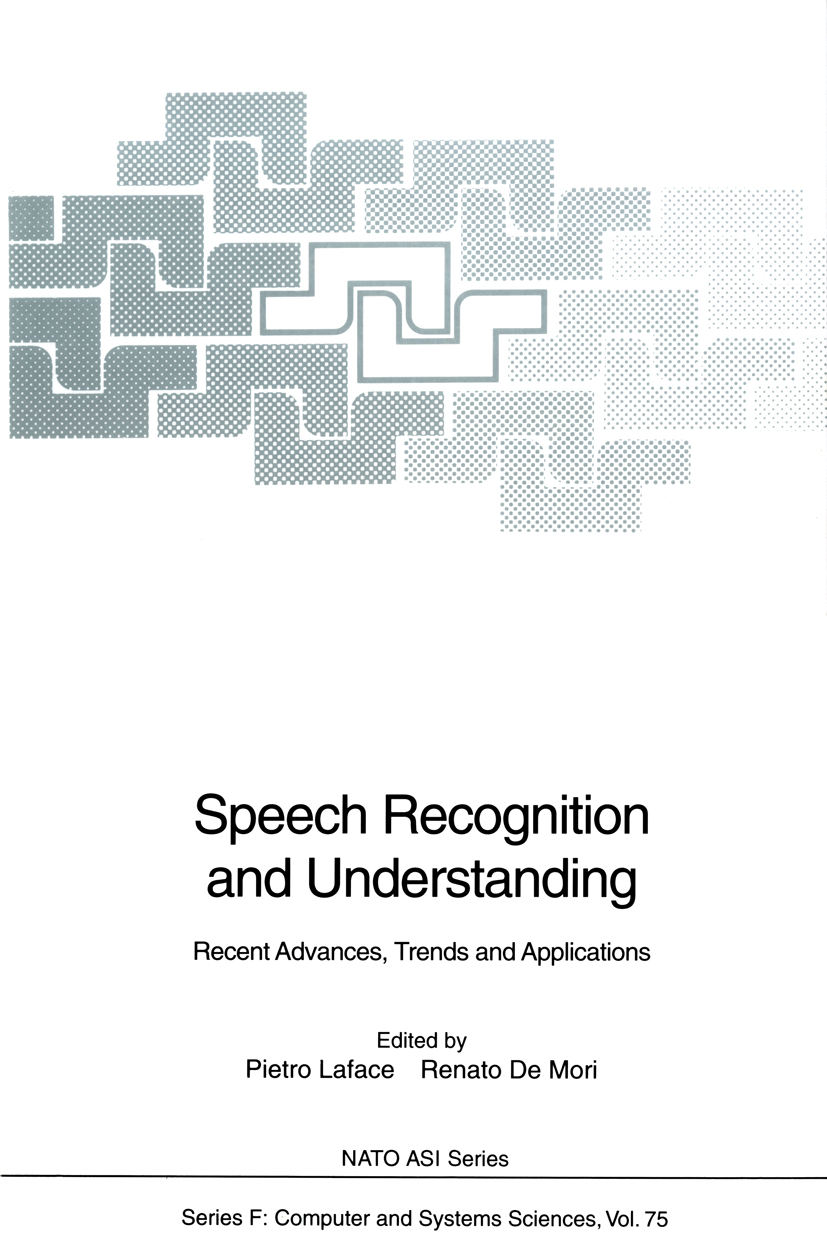
Speech Recognition and Understanding Proceedings of the NATO Advanced "Study Institute on Speech Recognition and Understanding. Recent Advances, Trends and Applications" held in Cetraro, Italy, July 1-13, 1990 COMPUTERS,Artificial Intelligence,General

Intelligent Decision Support Intelligent decision support is based on human knowledge related to a specific part of a real or abstract world. When the knowledge is gained by experience, it is induced from empirical data. The data structure, called an information system, is a record of objects described by a set of attributes. Knowledge is understood here as an ability to classify objects. Objects being in the same class are indiscernible by means of attributes and form elementary building blocks (granules, atoms). In particular, the granularity of knowledge causes that some notions cannot be expressed precisely within available knowledge and can be defined only vaguely. In the rough sets theory created by Z. Pawlak each imprecise concept is replaced by a pair of precise concepts called its lower and upper approximation. These approximations are fundamental tools and reasoning about knowledge. The rough sets philosophy turned out to be a very effective, new tool with many successful real-life applications to its credit. It is worthwhile stressing that no auxiliary assumptions are needed about data, like probability or membership function values, which is its great advantage. The present book reveals a wide spectrum of applications of the rough set concept, giving the reader the flavor of, and insight into, the methodology of the newly developed disciplines. Although the book emphasizes applications, comparison with other related methods and further developments receive due attention. COMPUTERS,Artificial Intelligence,General

Intelligent Tutoring Systems for Foreign Language Learning Proceedings of the NATO Advanced Research Workshop "The Bridge to International Communication: Intelligent Tutoring Systems for Foreign Language Learning", held in Washington, DC, September 19-21, 1990 COMPUTERS,Artificial Intelligence,General
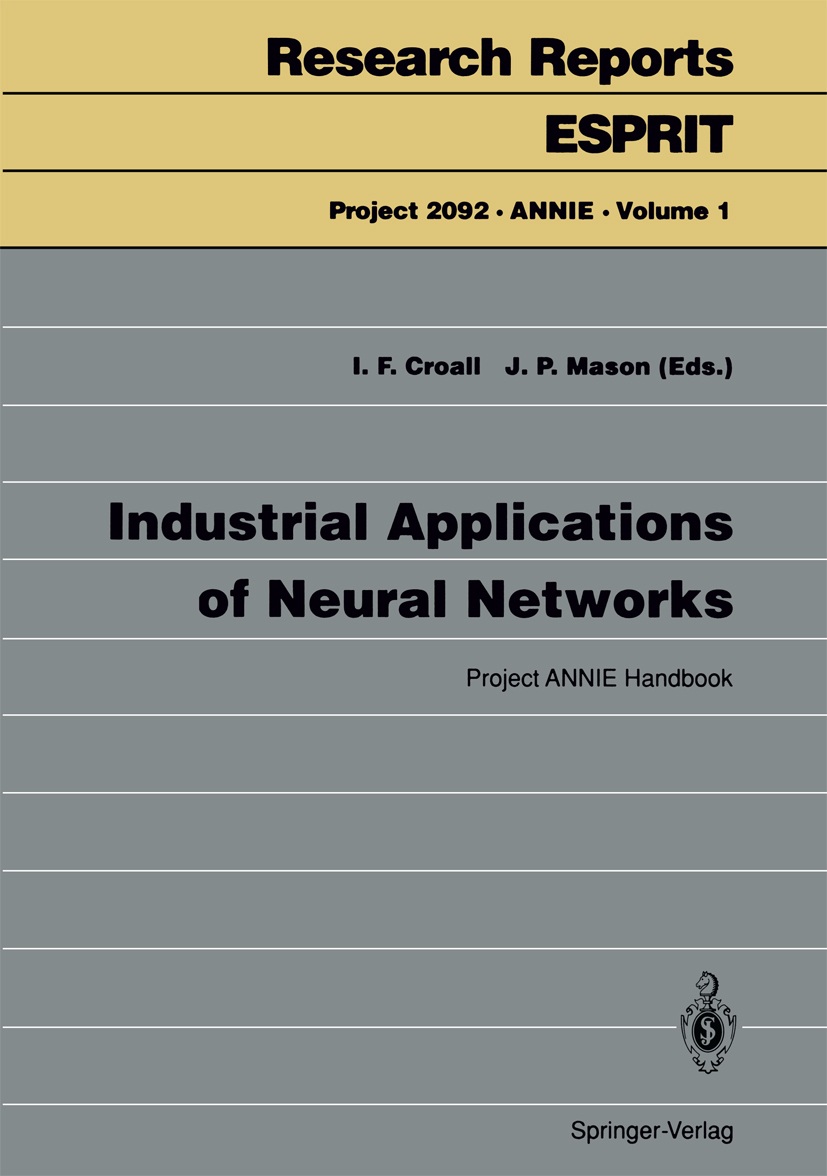
Industrial Applications of Neural Networks Neural network technology encompasses a class of methodswhich attempt to mimic the basic structures used in thebrain for information processing. Thetechnology is aimed atproblems such as pattern recognition which are difficult fortraditional computational methods. Neural networks havepotential applications in many industrial areas such asadvanced robotics, operations research, and processengineering.This book is concerned with the application of neuralnetwork technology to real industrial problems. Itsummarizes a three-year collaborative international projectcalled ANNIE (Applications of Neural Networks for Industryin Europe) which was jointly funded by industry and theEuropean Commission within the ESPRIT programme. As a recordof a working project, the book gives an insight into thereal problems faced in taking a new technology from theworkbench into a live industrial application, and shows justhow it can be achieved. It stresses the comparison betweenneural networks and conventional approaches. Even thenon-specialist reader will benefit from understanding thelimitations as well as the advantages of the new technology. COMPUTERS,Artificial Intelligence,General
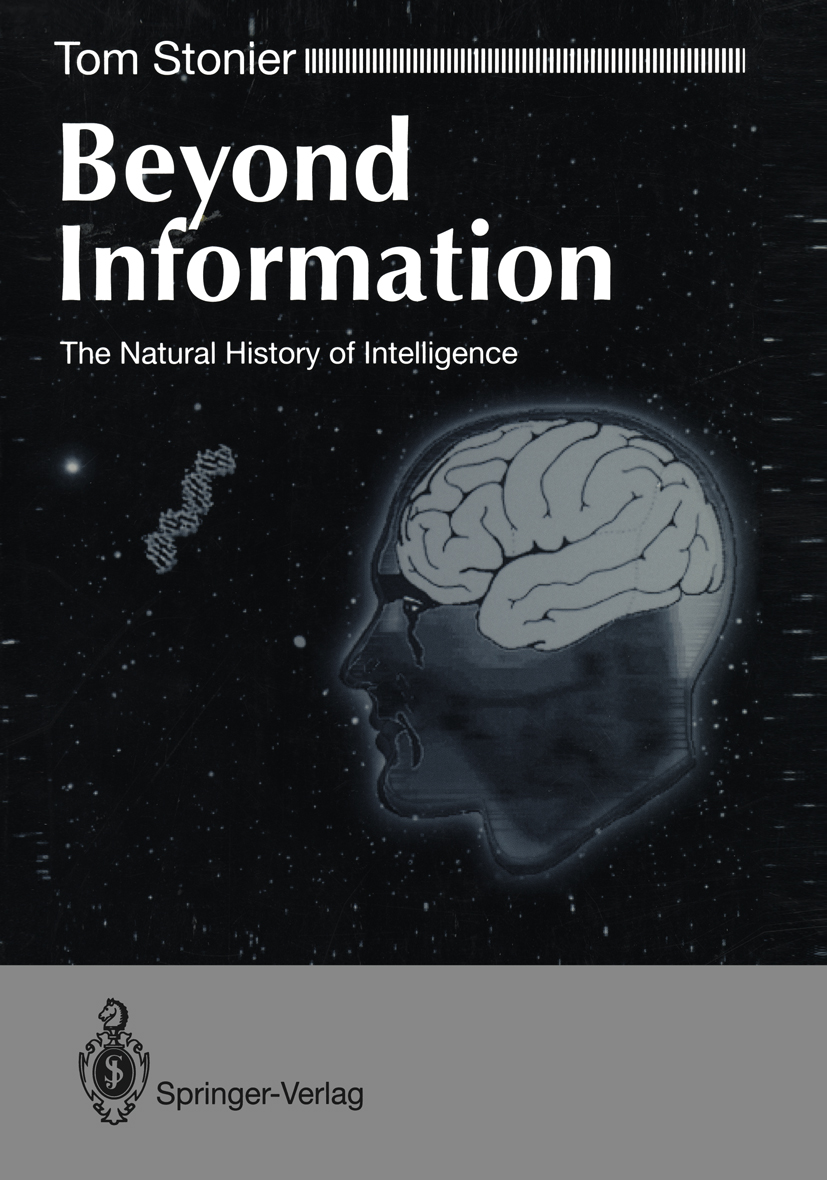
Beyond Information Preamble The emergence of machine intelligence during the second half of the twentieth century is the most important development in the evolution of this planet since the origin of life two to three thousand million years ago. The emergence of machine intelligence within the matrix of human society is analogous to the emergence, three billion years ago, of complex, self-replicating molecules within the matrix of an energy-rich molecular soup - the first step in the evolution of life. The emergence of machine intelligence within a human social context has set into motion irreversible processes which will lead to an evolutionary discontinuity. Just as the emergence of "Life" represented a qualitatively different form of organisation of matter and energy, so will pure "Intelligence" represent a qualitatively different form of organisation of matter, energy and life. The emergence of machine intelligence presages the progression of the human species as we know it, into a form which, at present, we would not recognise as "human". As Forsyth and Naylor (1985) have pointed out: "Humanity has opened two Pandora's boxes at the same time, one labelled genetic engineering, the other labelled knowledge engineering. What we have let out is not entirely clear, but it is reasonable to hazard a guess that it contains the seeds of our successors". COMPUTERS,Artificial Intelligence,General

Analogy and Structure Analogy and Structure provides the necessary foundation for understanding the nature of analogical and structuralist (or rule-based) approaches to describing behavior. In the first part of this book, the mathematical properties of rule approaches are developed; in the second part, the analogical alternative to rules is developed. This book serves as the mathematical basis for Analogical Modeling of Language (Kluwer, 1989). Features include: A Natural Measure of Uncertainty: The disagreement between randomly chosen occurences avids the difficulties of using entropy as the measure of uncertainty. Optimal Descriptions: The implicit assumption of structuralist descriptions (namely, that descriptions of behavior should be corrected and minimal) can be derived from more fundamental statements about the uncertainty of rule systems. Problems with Rule Approaches: The correct description of nondeterministic behavior leads to an atomistic, analog alternative to structuralist (or rule-based) descriptions. Natural Statistics: Traditional statistical tests are eliminated in favor of statistically equivalent decision rules that involve little or no mathematical calculation. Psycholinguistic Factors: Analogical models, unlike, neural networks, directly account for probabilistic learning as well as reaction times in world-recognition experiments. COMPUTERS,Artificial Intelligence,General
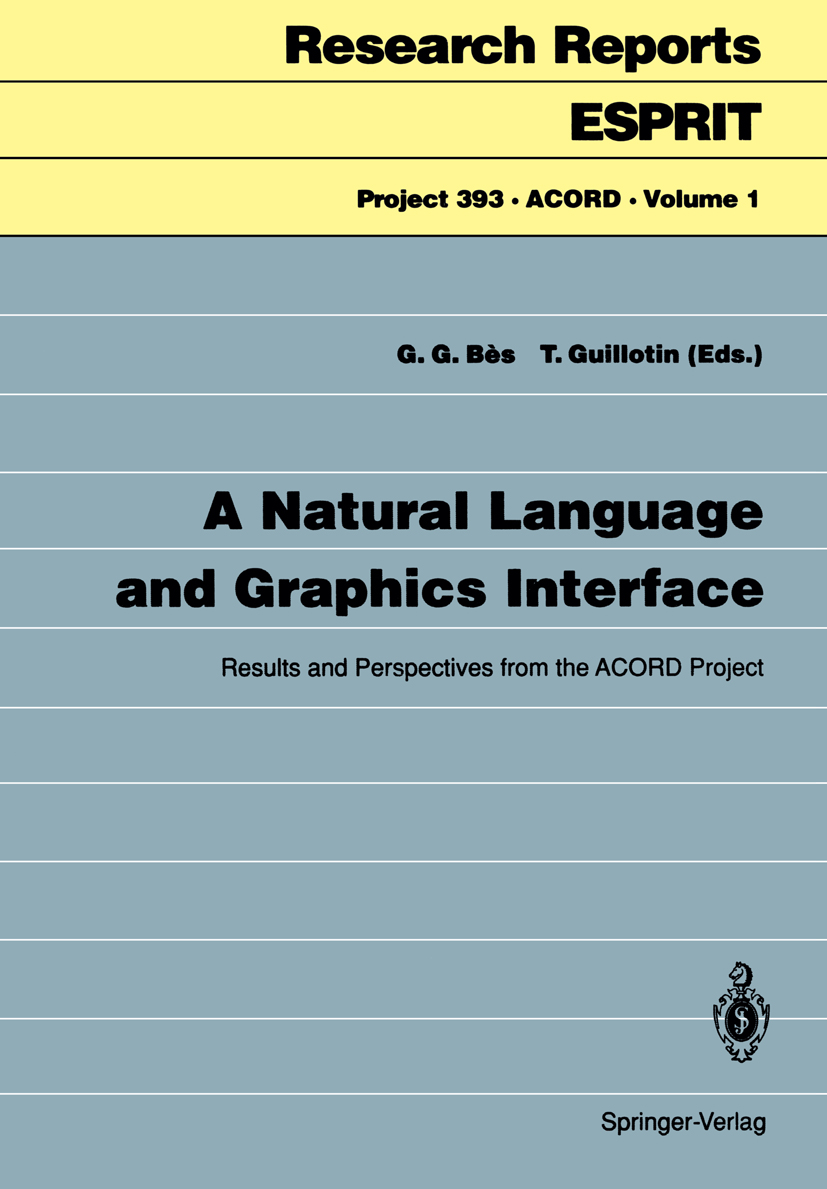
A Natural Language and Graphics Interface In the terminal phase of the ACORD project, the idea of documenting relevant results and perspectives grew among most of the involved partners. This book is the outcome of the idea. It completes in a more theoretically perspective the final technical documentation of the project (see p. 6 footnote 1) which is mainly focussed in the description of the integrated demonstrator and of each of its modules. The reader will find in chapter 1 a brief presentation of the general architecture of the ACORD system and pointers to each of the subsequent chapters. These cover the main results and perspectives of the project on grammar formalisms and implementation, for both parsing and generation, graphics and natural language integration, and knowledge base formalism. The production of the book benefited from a fund of Alcatel Alsthom Recherche, from the techni cal assistance of Karine Baschung and from a carefull typographic revision and final preparation of the submitted texts by Sylvie Di Penta. Gabriel G. Bes VI CONTRIBUTORS KARINE BAS CHUNG Formation Doctorale Linguistique et Informatique, Universite Blaise Pascal (Clermont Ferrand II), 34 Avenue Carnot, 63037 Clermont Ferrand Cedex, France. GABRIEL G. BES Formation Doctorale Linguistique et Informatique, Universite Blaise Pascal (Clermont Ferrand II), 34 Avenue Carnot, 63037 Clermont Ferrand Cedex, France. FRIEDRICH DUDDA Triumph-Adler, Hundingst. 11 bd, 8500 Nuremberg, Germany. CLAIRE GARDENT Departement of Philosophy, Facultet der Wisjbegeerte, Heidelberglaan, 2 Postbus 80103,3508 TC Utrecht, The Netherlands. THIERRY GUILLOTIN Centre Scientifique d'IBM France, 3-5 Place Vendome, 75021 Paris Cedex 01, France. COMPUTERS,Artificial Intelligence,General
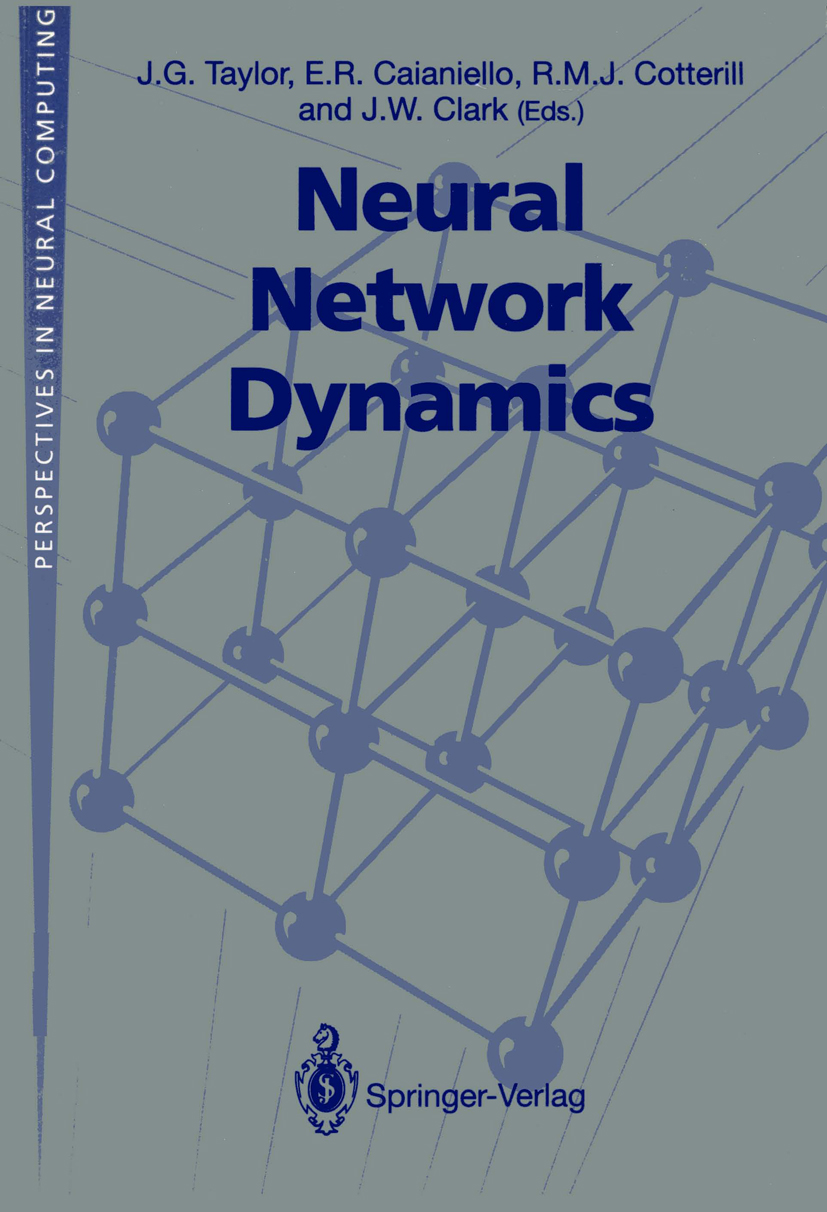
Neural Network Dynamics Neural Network Dynamics is the latest volume in the Perspectives in Neural Computing series. It contains papers presented at the 1991 Workshop on Complex Dynamics in Neural Networks, held at IIASS in Vietri, Italy. The workshop encompassed a wide range of topics in which neural networks play a fundamental role, and aimed to bridge the gap between neural computation and computational neuroscience. The papers - which have been updated where necessary to include new results - are divided into four sections, covering the foundations of neural network dynamics, oscillatory neural networks, as well as scientific and biological applications of neural networks. Among the topics discussed are: A general analysis of neural network activity; Descriptions of various network architectures and nodes; Correlated neuronal firing; A theoretical framework for analyzing the behaviour of real and simulated neuronal networks; The structural properties of proteins; Nuclear phenomenology; Resonance searches in high energy physics; The investigation of information storage; Visual cortical architecture; Visual processing. Neural Network Dynamics is the first volume to cover neural networks and computational neuroscience in such detail. Although it is primarily aimed at researchers and postgraduate students in the above disciplines, it will also be of interest to researchers in electrical engineering, medicine, psychology and philosophy. COMPUTERS,Artificial Intelligence,General
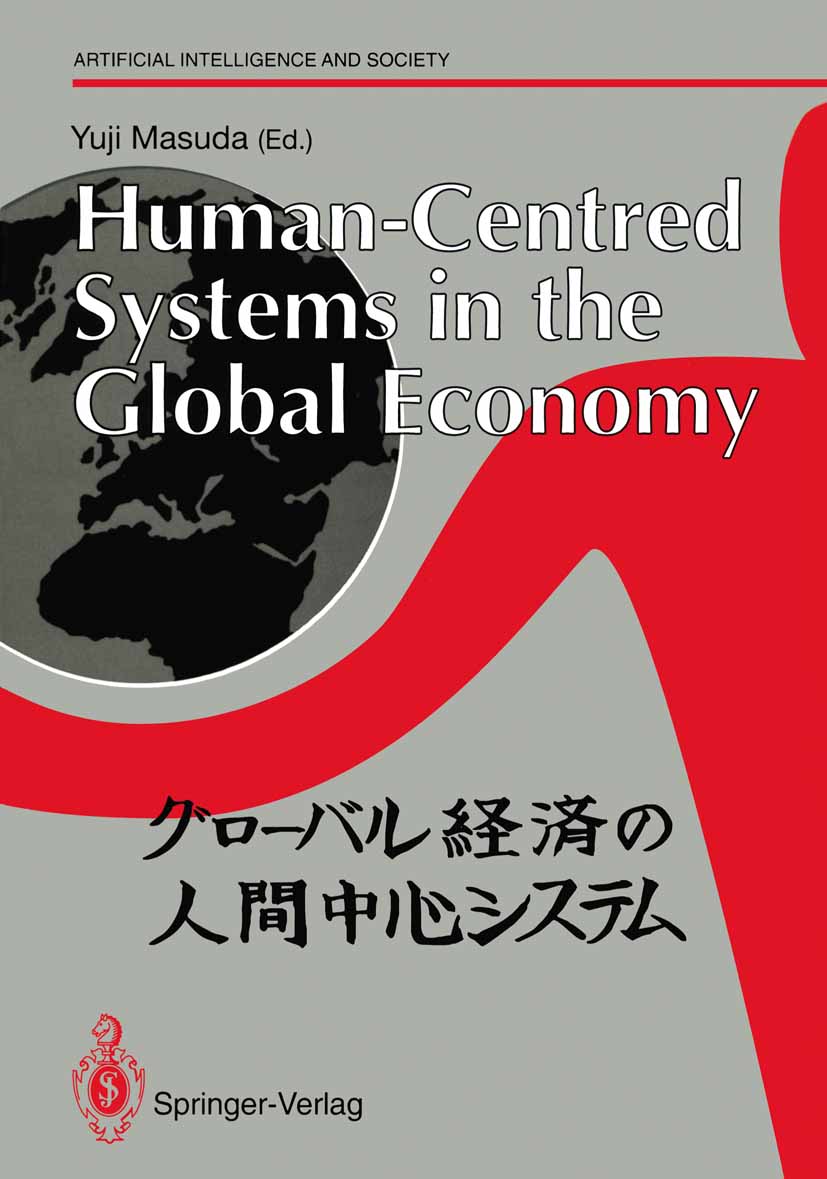
Human-Centred Systems in the Global Economy The arrival of the information society in Japan has radically altered the industrial structure, work patterns and cultural values of its society. The innovation and implementation of information technology has accelerated this change and made its effects more profoundly felt. Because of this, there is now a need to widen the debate on human-centred manufacturing systems to include broader issues such as industrial culture, international economies and global knowledge. Human Centred Systems in the Global Economy contains the proceedings of an international workshop held at Tokyo Keizai University which looked at the design of human-centred systems in the context of these technological and social changes. The workshop attracted contributions from internationally known researchers in Europe, Japan, the USA, South East Asia, Eastern Europe and the USSR. The resulting volume is unique in that it addresses the relationship of information technology to Japanese society as a whole, rather than concentrating on technical issues. The papers have been divided into three areas, covering the structure, dimensions, and policies and perspectives of the information society. Specific areas covered include: social and cultural shaping of technology, economic interdependence, technology and knowledge transfer, computer-aided design, management culture and communication technologies. Human Centred Systems in the Global Economy provides a comprehensive assessment of the debates on human-centred systems and will be of interest to people in a wide variety of disciplines including information technology, economic development, management science and related studies of social science and humanities. COMPUTERS,Artificial Intelligence,General

Skill and Education This book has an important starting point in the conference held in Stockholm in May-June 1988 on Culture, Language and Artifidal Intelligence. It assembled more than 300 researchers and practitioners in the fields of technology, philosophy, history of ideas, literature, linguistics, sodal science etc. The conference was an initiative from the Swedish Center for Working Life, based on the project AI-Based Systems and the Future of Language, Knowledge and Responsibility in Professions within the COST 13 programme of the European Commission. Partidpants in the conference and researchers related to its aims were chosen to contribute to this book. It is preceded by Knowledge, Skill and Artificial Intelligence (ed. B. Göranzon and I. Josefson, Springer-Verlag, 1988), Artifidal Intelligence, Culture and Language (ed. B. Göranzon and M. Florin, Springer-Verlag, 1990) and Dialogue and Technology: Art and Knowledge (ed. B. Göranzon and M. Florin, Springer-Verlag, 1991). The two latter books have the same conference connection as this one, and their aim is to present the contours of a research field with a multitude of issues that demands thorough investigation. The contributors' thinking in this field varies greatly; so do their styles of writing. For example: contributors have varied in their choice of "he" or "helshe" for the third person. No distinc tion is intended, but chapters have been left with the original usage to avoid extensive changes. Similarly, individual contribu tor's preference as to notes or reference lists have been followed. COMPUTERS,Artificial Intelligence,General
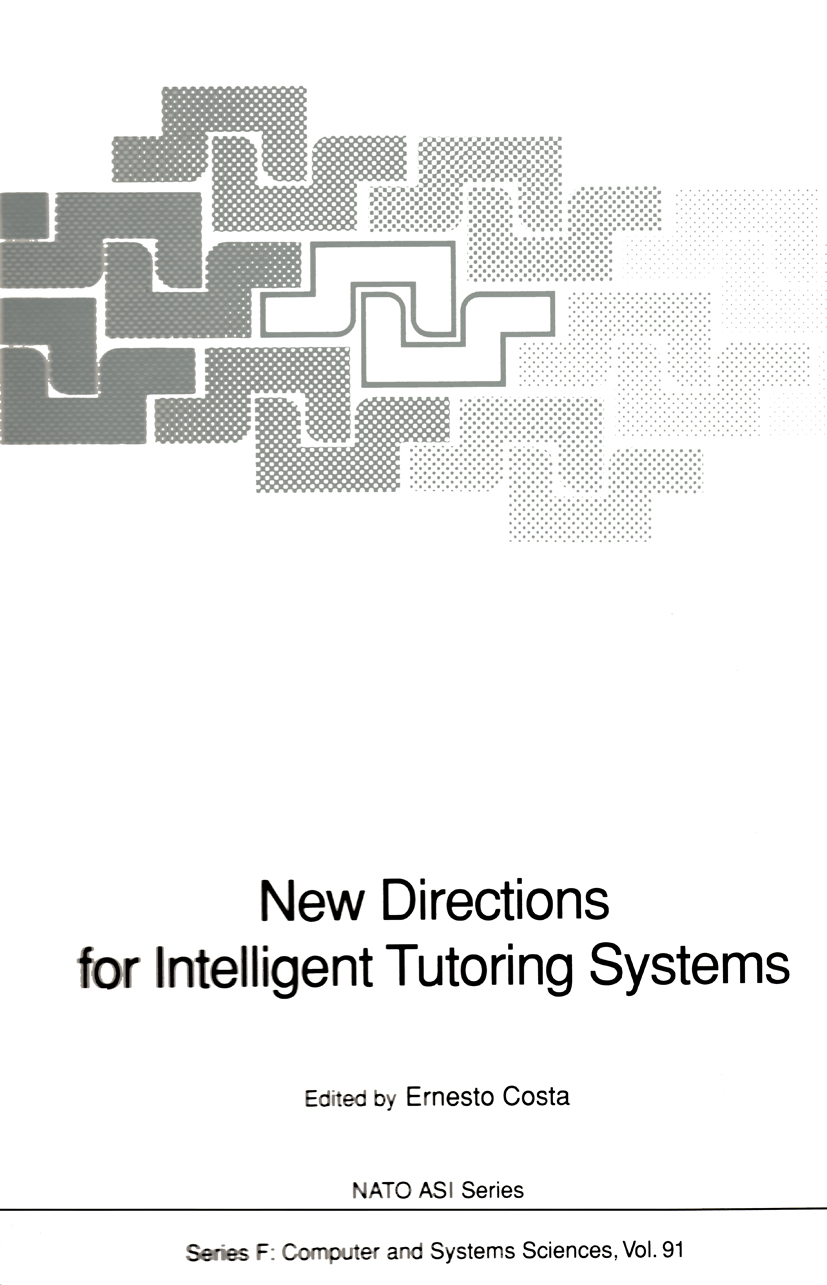
New Directions for Intelligent Tutoring Systems This book is a result of the NATO Advanced Research Workshop on New Directions for Intelligent Tutoring Systems, held in Sintra, Portugal, October 6-10, 1990. The main idea behind the workshop was to bring together scientists with different concerns about Intelligent Tutoring Systems (ITS) in order to discuss the positive and negative aspects of the current architecture paradigm (expert module, student module, instructional module, and interface module) and, eventually, propose some modifications or radical changes to it. This was a consequence of the increasing malaise felt currently by researchers in the area of artificial intelligence and education and in particular by those concerned with ITS. One symptom of this state of affairs is the fact that people have started talking about Intelligent Learning Environ ments (lLE) instead of ITS. To understand the reasons for this situation we promoted the discussion of questions like: - To what extent do we need the technology of expert systems in ITS? Which other relevant AI techniques and methodologies are urgently needed? - Is ITS a tool for knowledge communication or is it rather a belief system? - How can the research already done on interactions among agents be utilized? - Is it possible to find a fonnal theory to describe and solve the current problems with ITS? The book contains the revised versions of the papers presented at the workshop. The new texts reflect the discussions that took place at the meeting. COMPUTERS,Artificial Intelligence,General
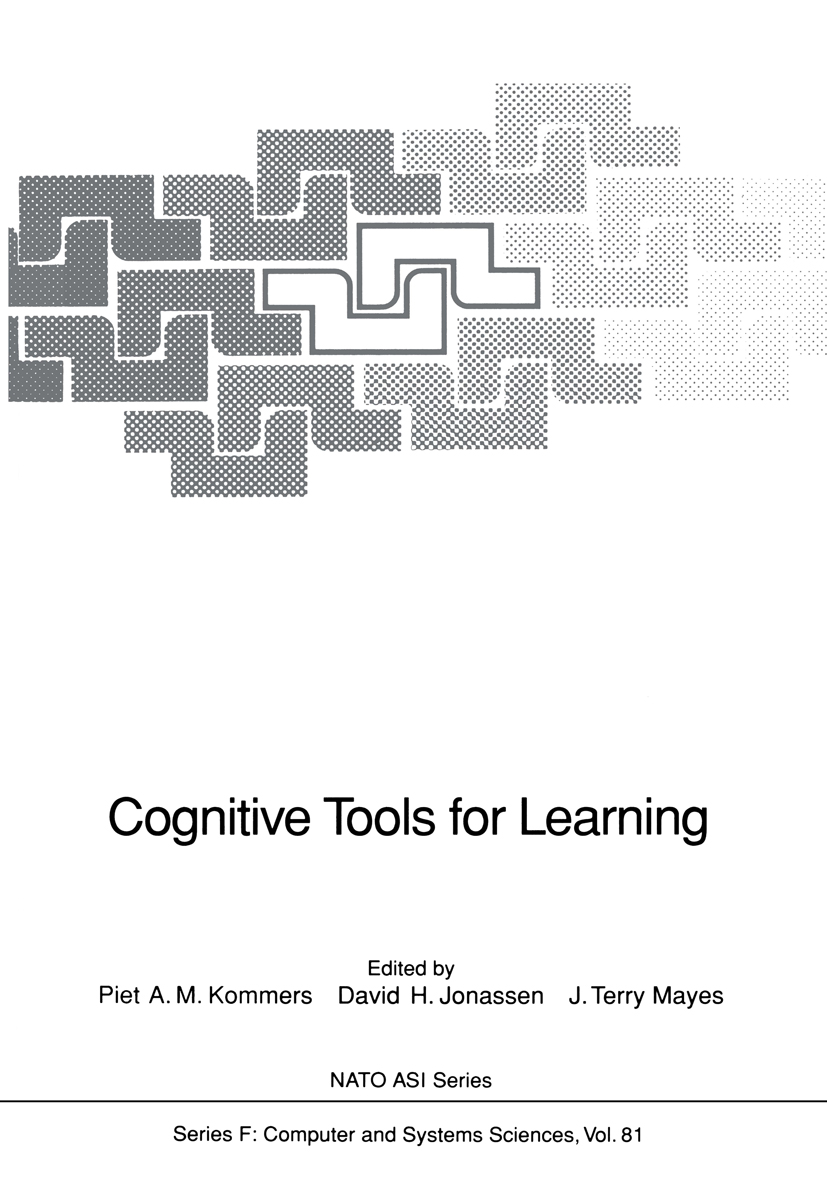
Cognitive Tools for Learning Proceedings of the NATO Advanced Study Institute on Mindtools: Cognitive Technologies for Modeling Knowledge, held in Enschede, The Netherlands, July 4-10, 1990 COMPUTERS,Artificial Intelligence,General
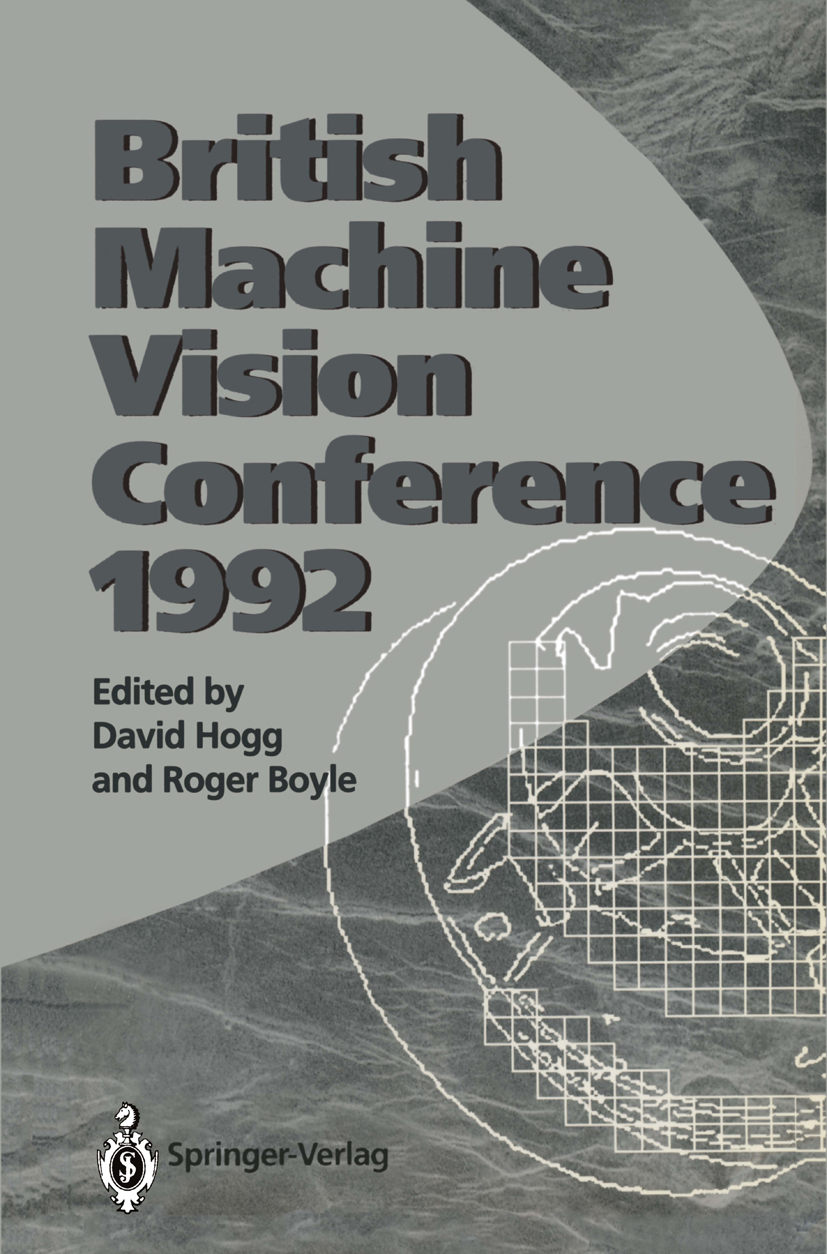
BMVC92 This book contains the 61 papers that were accepted for presenta tion at the 1992 British Machine Vision Conference. Together they provide a snapshot of current machine vision research throughout the UK in 24 different institutions. There are also several papers from vision groups in the rest of Europe, North America and Australia. At the start of the book is an invited paper from the first keynote speaker, Robert Haralick. The quality of papers submitted to the conference was very high and the programme committee had a hard task selecting around half for presentation at the meeting and inclusion in these proceedings. It is a positive feature of the annual BMV A conference that the entire process from the submission deadline through to the conference itself and publication of the proceedings is completed in under 5 months. My thanks to members of the programme committee for their essential contribution to the success of the conference and to Roger Boyle, Charlie Brown, Nick Efford and Sue Nemes for their excellent local organisation and administration of the conference at the University of Leeds. COMPUTERS,Artificial Intelligence,General
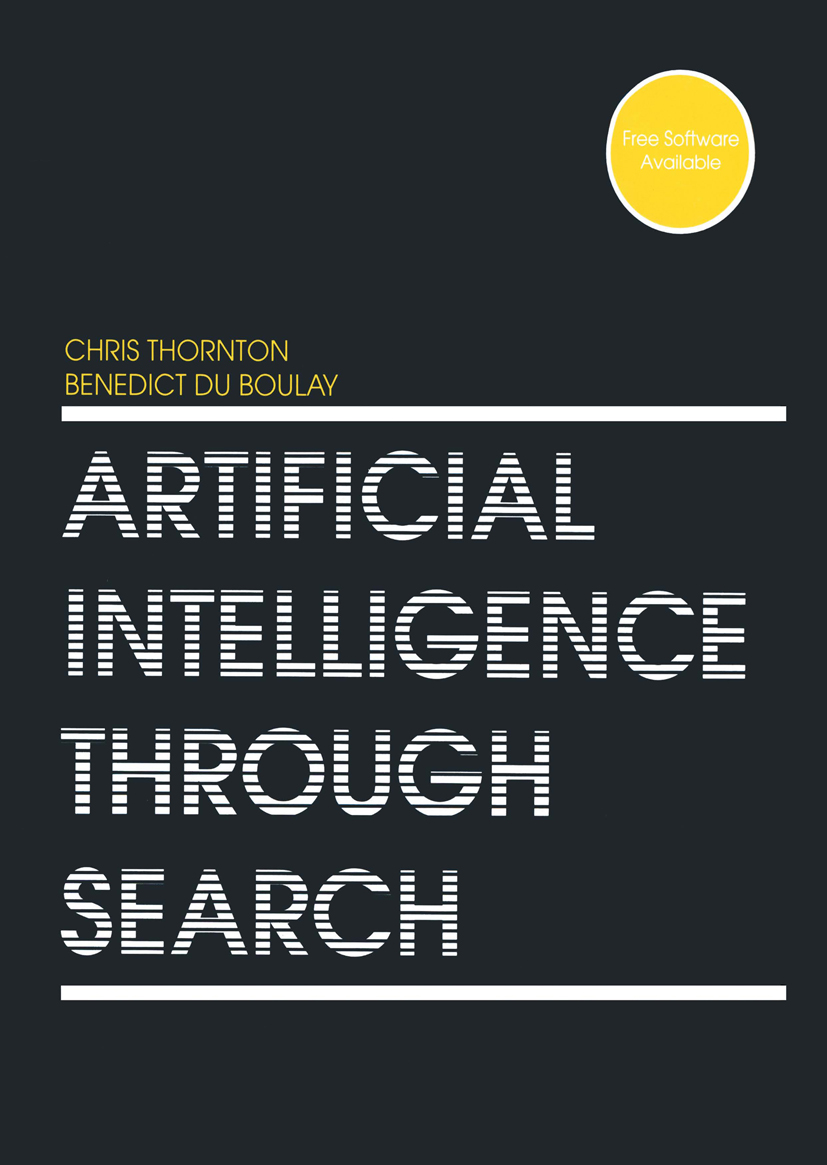
Artificial Intelligence Through Search This is an important textbook on artificial intelligence that uses the unifying thread of search to bring together most of the major techniques used in symbolic artificial intelligence. The authors, aware of the pitfalls of being too general or too academic, have taken a practical approach in that they include program code to illustrate their ideas. Furthermore, code is offered in both POP-11 and Prolog, thereby giving a dual perspective, highlighting the merits of these languages. Each chapter covers one technique and divides up into three sections: a section which introduces the technique (and its usual applications) andsuggests how it can be understood as a variant/generalisation of search; a section which developed a `low'-level (POP-11) implementation; a section which develops a high-level (Prolog) implementation of the technique. The authors also include useful notes on alternative treatments to the material, further reading and exercises. As a practical book it will be welcomed by a wide audience including, those already experienced in AI, students with some background in programming who are taking an introductory course in AI, and lecturers looking for a precise, professional and practical text book to use in their AI courses. About the authors: Dr Christopher Thornton has a BA in Economics, an Sc in Computer Science and a DPhil in Artificial Intelligence. Formerly a lecturer in the Department of AI at the University of Edinburgh, he is now a lecturer in AI in the School of Cognitive and Computing Sciences at the University of Sussex. Professor Benedict du Boulay has a BSc in Physics and a PhD in Artificial Intelligence. Previously a lecturer in the Department of Computing Science at the University of Aberdeen he is currently Professor of Artificial Intelligence, also in the School of Cognitive and Computing Sciences, University of Sussex. COMPUTERS,Artificial Intelligence,General

Theory and Applications of Neural Networks This volume contains the papers from the first British Neural Network Society meeting held at Queen Elizabeth Hall, King's College, London on 18--20 April 1990. The meeting was sponsored by the London Mathemati cal Society. The papers include introductory tutorial lectures, invited, and contributed papers. The invited contributions were given by experts from the United States, Finland, Denmark, Germany and the United Kingdom. The majority of the contributed papers came from workers in the United Kingdom. The first day was devoted to tutorials. Professor Stephen Grossberg was a guest speaker on the first day giving a thorough introduction to his Adaptive Resonance Theory of neural networks. Subsequent tutorials on the first day covered dynamical systems and neural networks, realistic neural modelling, pattern recognition using neural networks, and a review of hardware for neural network simulations. The contributed papers, given on the second day, demonstrated the breadth of interests of workers in the field. They covered topics in pattern recognition, multi-layer feedforward neural networks, network dynamics, memory and learning. The ordering of the papers in this volume is as they were given at the meeting. On the final day talks were given by Professor Kohonen (on self organising maps), Professor Kurten (on the dynamics of random and structured nets) and Professor Cotterill (on modelling the visual cortex). Dr A. Mayes presented a paper on various models for amnesia. The editors have taken the opportunity to include a paper of their own which was not presented at the meeting. COMPUTERS,Artificial Intelligence,General
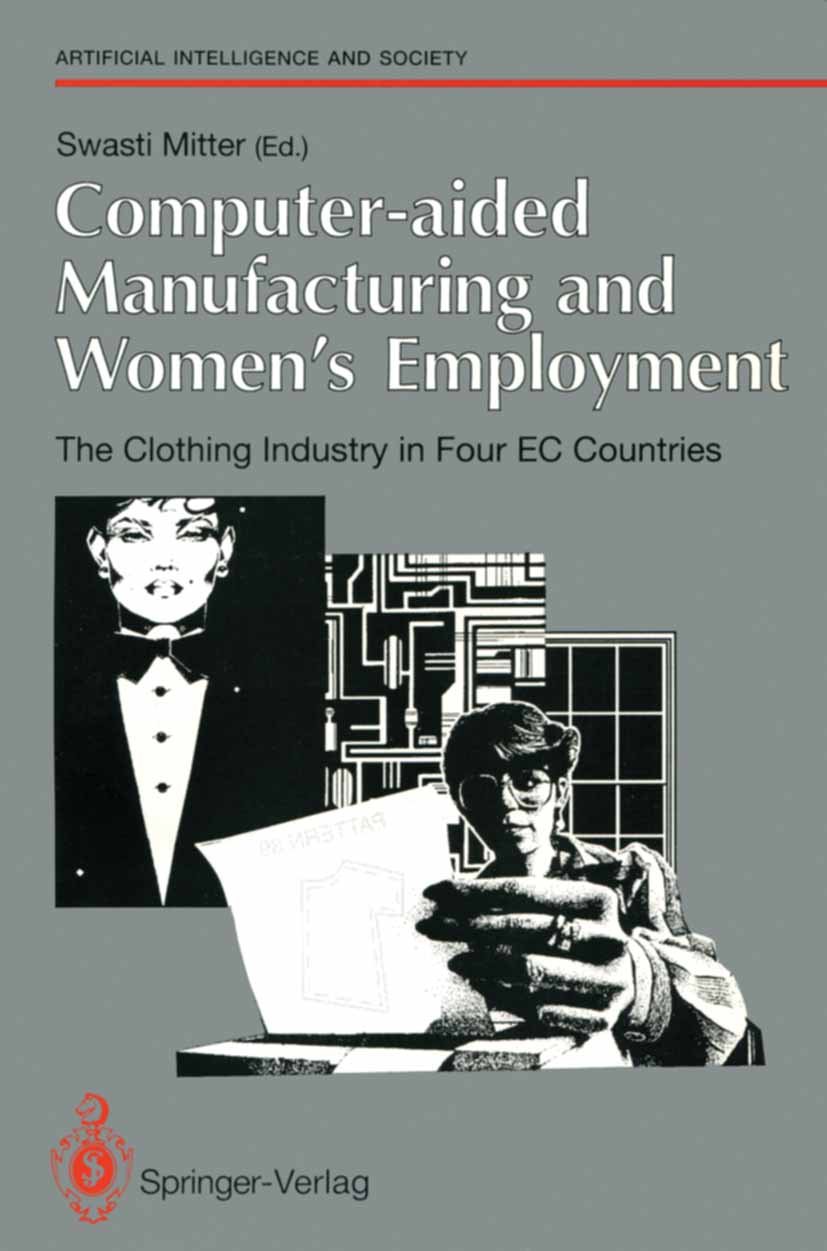
Computer-aided Manufacturing and Women’s Employment Drawing on the experiences of four major EC countries, this book documents the way computer technology has changed the pattern of women's work in the manufacturing sector. The sixteen contributors are leading authorities on the subject and analyse how technology has transformed employment in the clothing industry, which is still the major employer of female blue-collar workers in the EC. The contributors assess the aspects of computerisation that particularly affect women's employment opportuni- ties: flexible hours, flexible work locations and flexible specialisation. The book also contains evaluations of post-Fordism and human-centred technology, two leading issues in the debate about the applications of artificial intelligence and computer-aided technology. These essays highlight a growing polarisation in the job market and suggest training schemes which can equip women for technical and managerial employment. This is a pioneering work; so far, most of the literature on women and computerisation has focussed on office automation and data processing. Computer-aided Manufacturing and Women's Employment makes an important contribution to the fields of technology, employment, women's work, business management and trade union studies. COMPUTERS,Artificial Intelligence,General
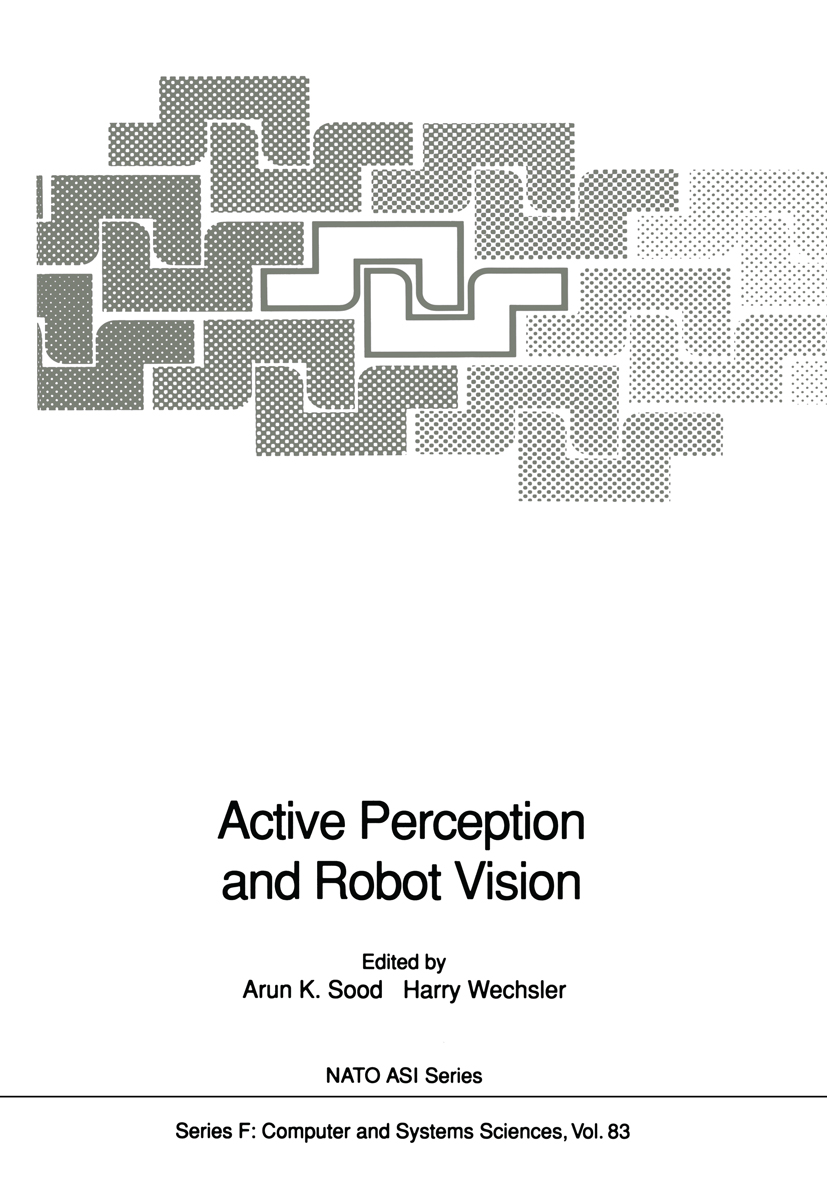
Active Perception and Robot Vision Proceedings of the NATO Advanced Study Institute on Active Perception and Robot Vision, held at Maratea, Italy, July 16-29, 1989 COMPUTERS,Artificial Intelligence,General
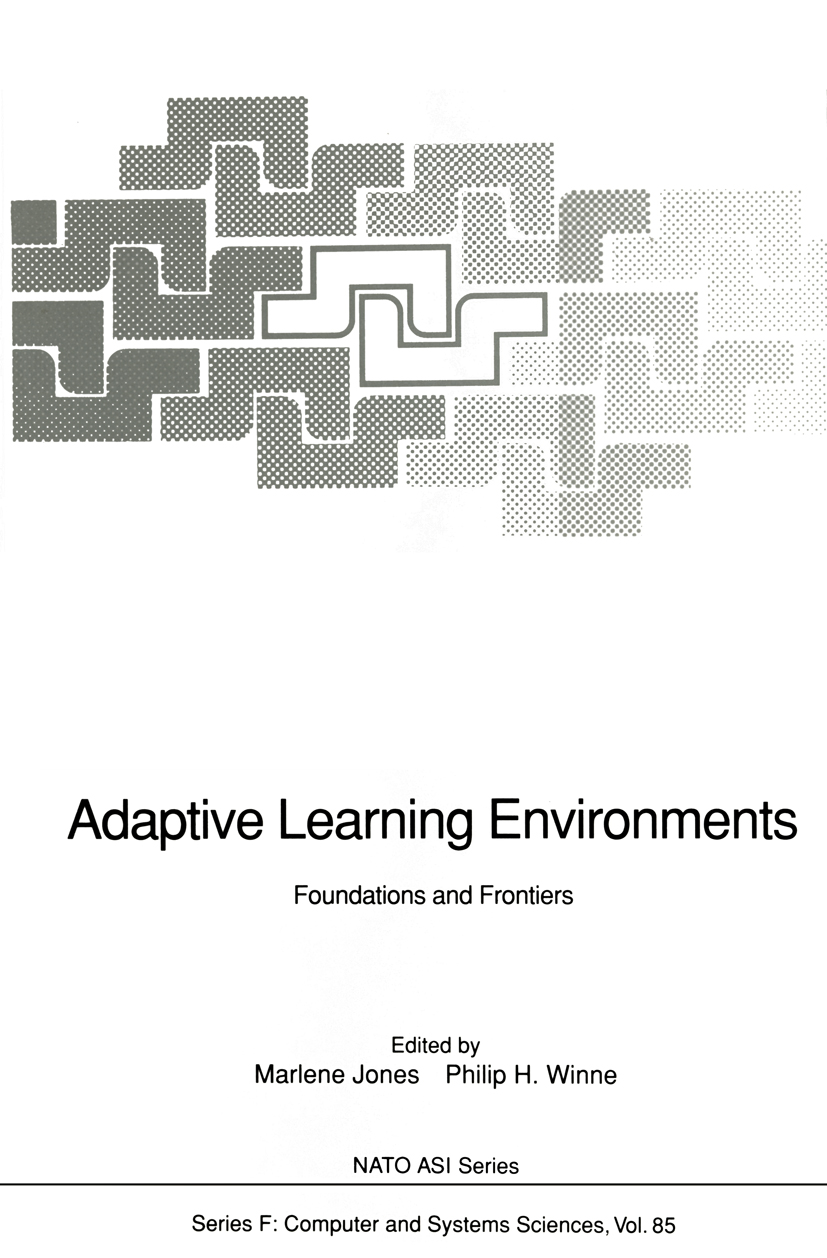
Adaptive Learning Environments Adaptive Learning Environments (ALEs) can be viewed as theintersection of two traditionally distinct areas ofresearch: instructional science and computer science. Theyencompass intelligent tutoring systems, interactive learningenvironments, and situated learning environments. There isincreasing interest in effective instructional systems fromeducation, industry, military and government sectors. Givenrecent advances in hardware architecture and reduction ofhardware costs, the time is right to define the next stepsin research and development of ALEs.This book is an outgrowth of the presentations anddiscussions that took place at the NATO Advanced StudyInstitute held at the University of Calgary in July 1990. Itcontains chapters from both researchers in instructionalscience and researchers in computer science on the followingtopics:- Systems and architectures for instruction- Representing curriculum and designing instructional tasks- Environments to support learning- Diagnosing students' learning and adjusting plans forinstruction- Models of students' metacognition, motivation and learningstrategies- Student-system interactions.The book containsintroductions/critiques of each pair ofchapters, and a final chapter discusses the synthesis ofinstructional science and computer science. COMPUTERS,Artificial Intelligence,General
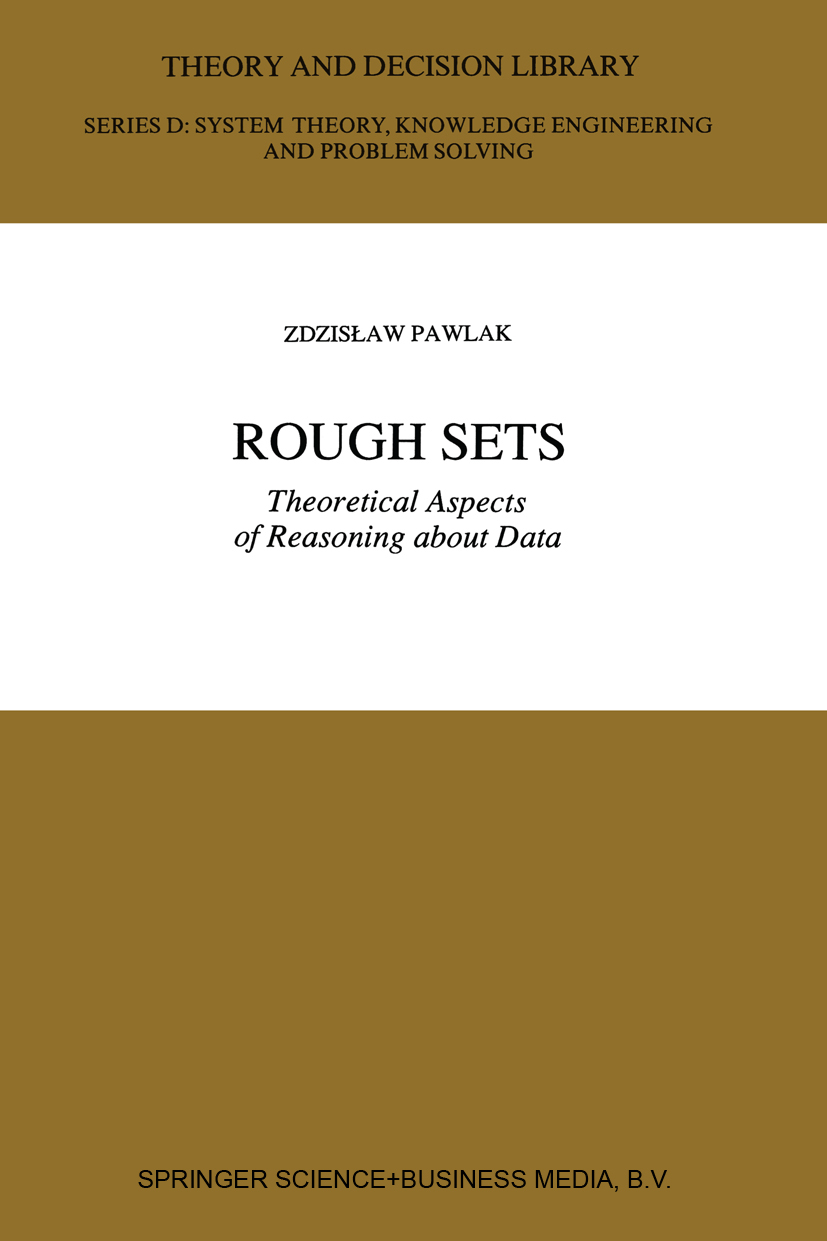
Rough Sets To-date computers are supposed to store and exploit knowledge. At least that is one of the aims of research fields such as Artificial Intelligence and Information Systems. However, the problem is to understand what knowledge means, to find ways of representing knowledge, and to specify automated machineries that can extract useful information from stored knowledge. Knowledge is something people have in their mind, and which they can express through natural language. Knowl edge is acquired not only from books, but also from observations made during experiments; in other words, from data. Changing data into knowledge is not a straightforward task. A set of data is generally disorganized, contains useless details, although it can be incomplete. Knowledge is just the opposite: organized (e.g. laying bare dependencies, or classifications), but expressed by means of a poorer language, i.e. pervaded by imprecision or even vagueness, and assuming a level of granularity. One may say that knowledge is summarized and organized data - at least the kind of knowledge that computers can store. COMPUTERS,Artificial Intelligence,General
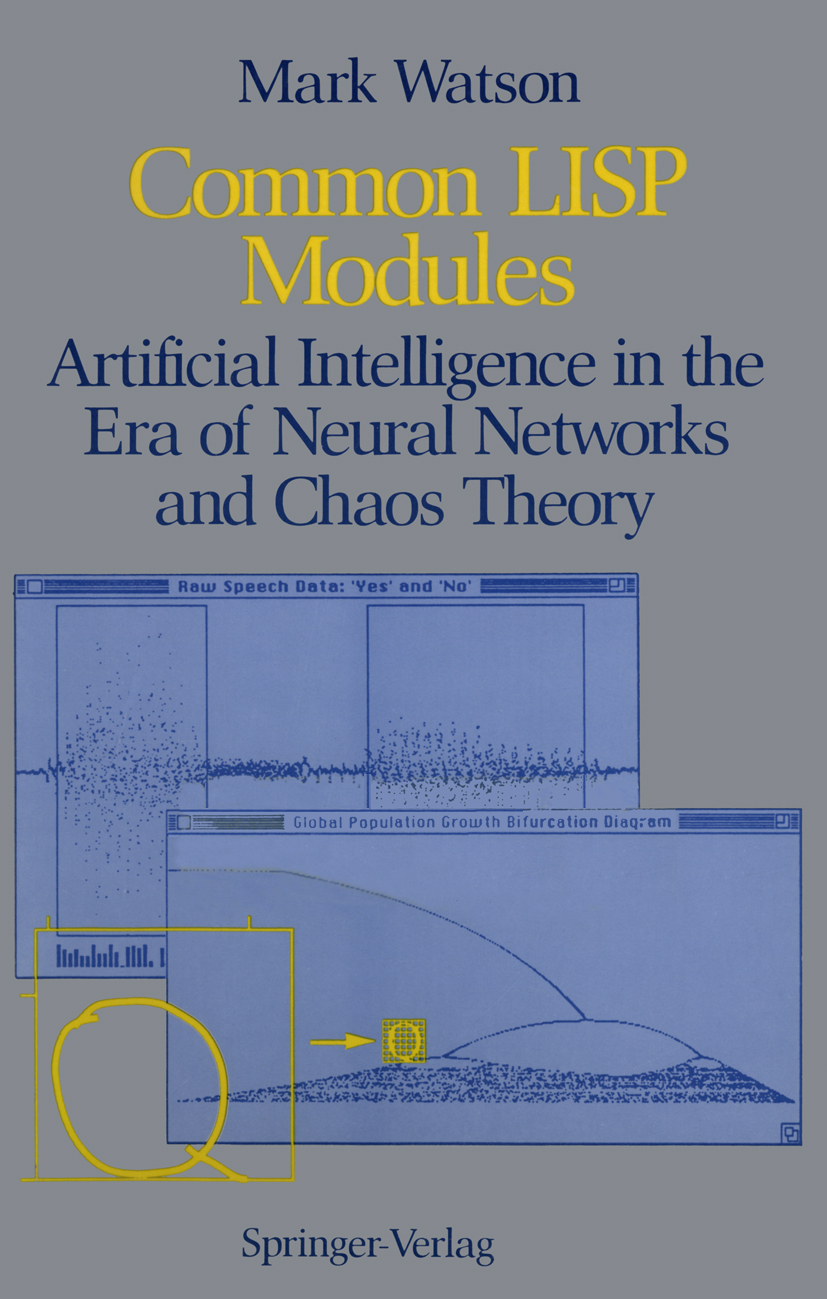
Common LISP Modules While creativity plays an important role in the advancement of computer science, great ideas are built on a foundation of practical experience and knowledge. This book presents programming techniques which will be useful in both AI projects and more conventional software engineering endeavors. My primary goal is to enter tain, to introduce new technologies and to provide reusable software modules for the computer programmer who enjoys using programs as models for solutions to hard and interesting problems. If this book succeeds in entertaining, then it will certainly also educate. I selected the example application areas covered here for their difficulty and have provided both program examples for specific applications and (I hope) the method ology and spirit required to master problems for which there is no obvious solution. I developed the example programs on a Macintosh ™ using the Macintosh Common LISP ™ development system capturing screen images while the example programs were executing. To ensure portability to all Common LISP environments, I have provided a portable graphics library in Chapter 2. All programs in this book are copyrighted by Mark Watson. They can be freely used in any free or commercial software systems if the following notice appears in the fine print of the program's documentation: "This program contains software written by Mark Watson." No royalties are required. The program miniatures contained in this book may not be distributed by posting in source code form on public information networks, or in printed form without my written permission. COMPUTERS,Artificial Intelligence,General
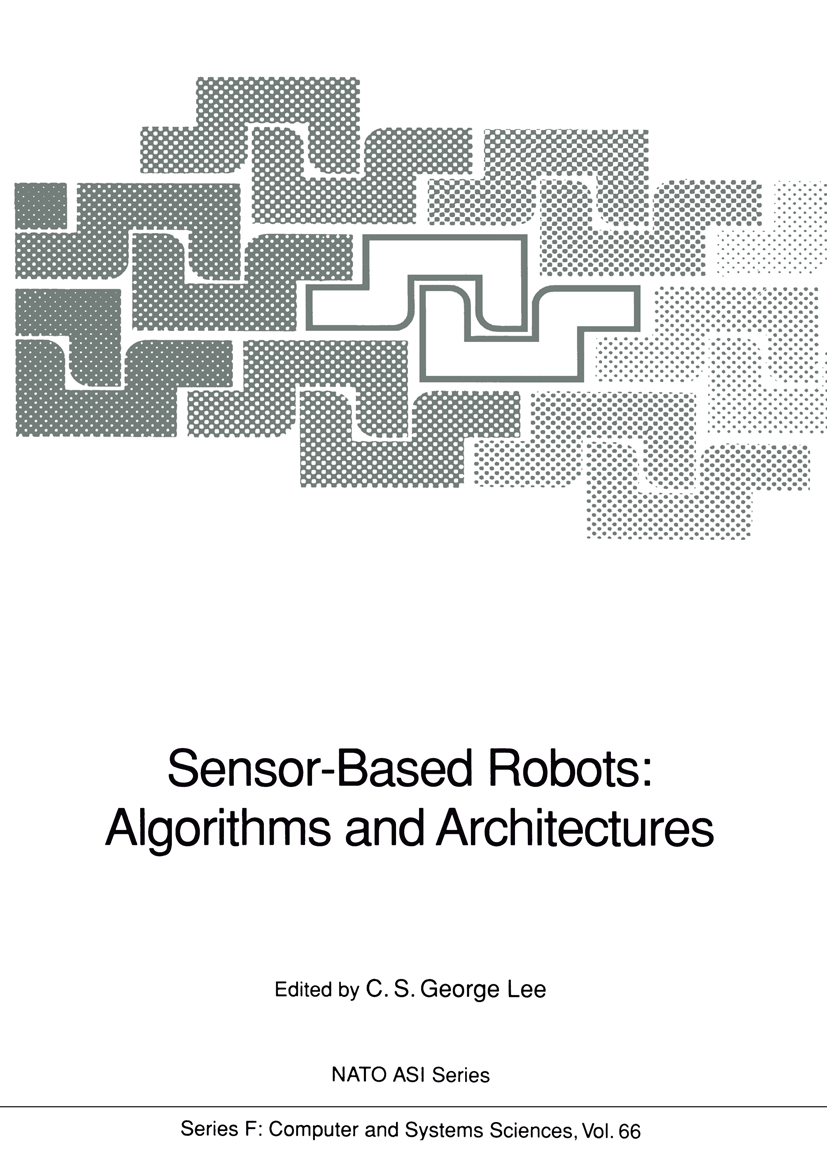
Sensor-Based Robots Proceedings of the NATO Advanced Research Workshop on Sensor-Based Robots: Algorithms and Architectures, held in Chateau de Bonas, France, October 12-14, 1988 COMPUTERS,Artificial Intelligence,General
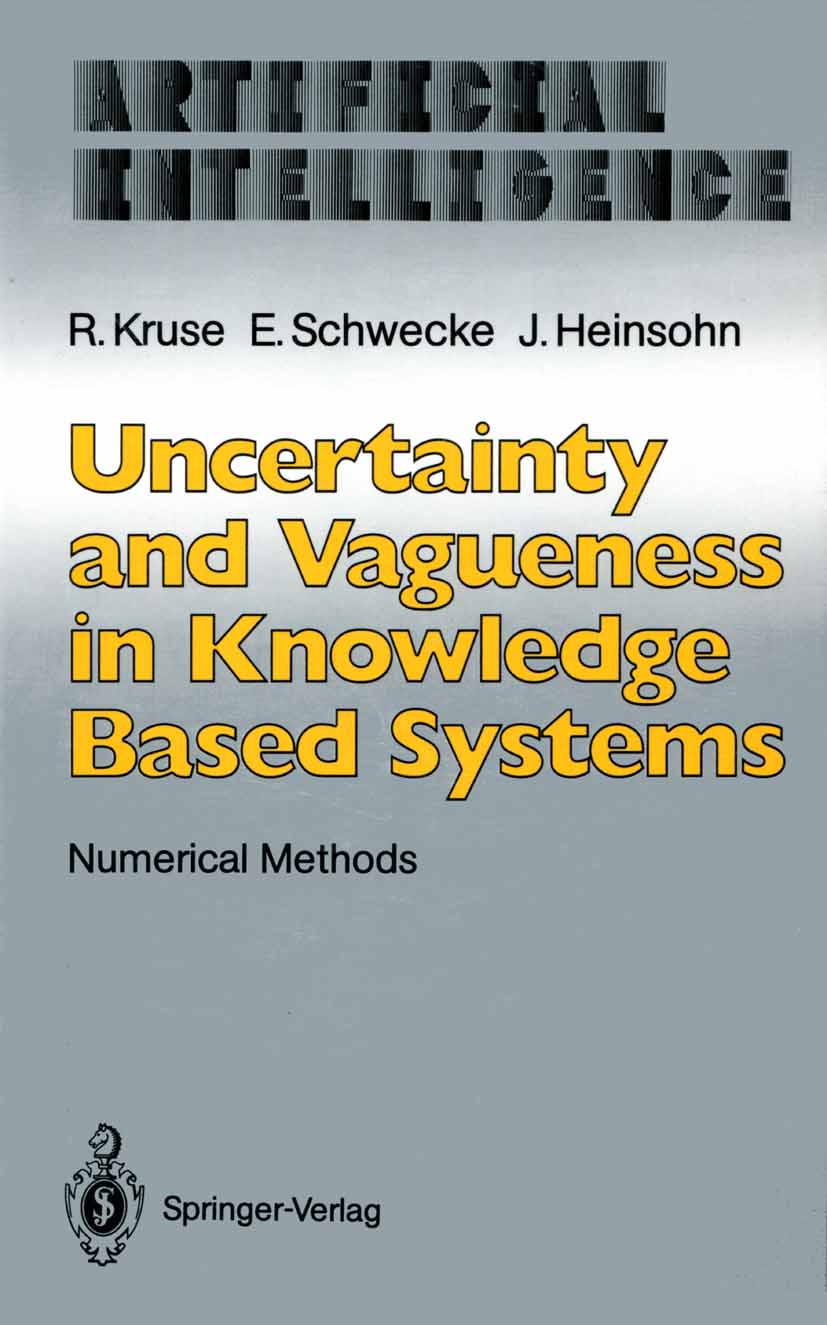
Uncertainty and Vagueness in Knowledge Based Systems The primary aim of this monograph is to provide a formal framework for the representation and management of uncertainty and vagueness in the field of artificial intelligence. It puts particular emphasis on a thorough analysis of these phenomena and on the development of sound mathematical modeling approaches. Beyond this theoretical basis the scope of the book includes also implementational aspects and a valuation of existing models and systems. The fundamental ambition of this book is to show that vagueness and un certainty can be handled adequately by using measure-theoretic methods. The presentation of applicable knowledge representation formalisms and reasoning algorithms substantiates the claim that efficiency requirements do not necessar ily require renunciation of an uncompromising mathematical modeling. These results are used to evaluate systems based on probabilistic methods as well as on non-standard concepts such as certainty factors, fuzzy sets or belief functions. The book is intended to be self-contained and addresses researchers and practioneers in the field of knowledge based systems. It is in particular suit able as a textbook for graduate-level students in AI, operations research and applied probability. A solid mathematical background is necessary for reading this book. Essential parts of the material have been the subject of courses given by the first author for students of computer science and mathematics held since 1984 at the University in Braunschweig. COMPUTERS,Artificial Intelligence,General
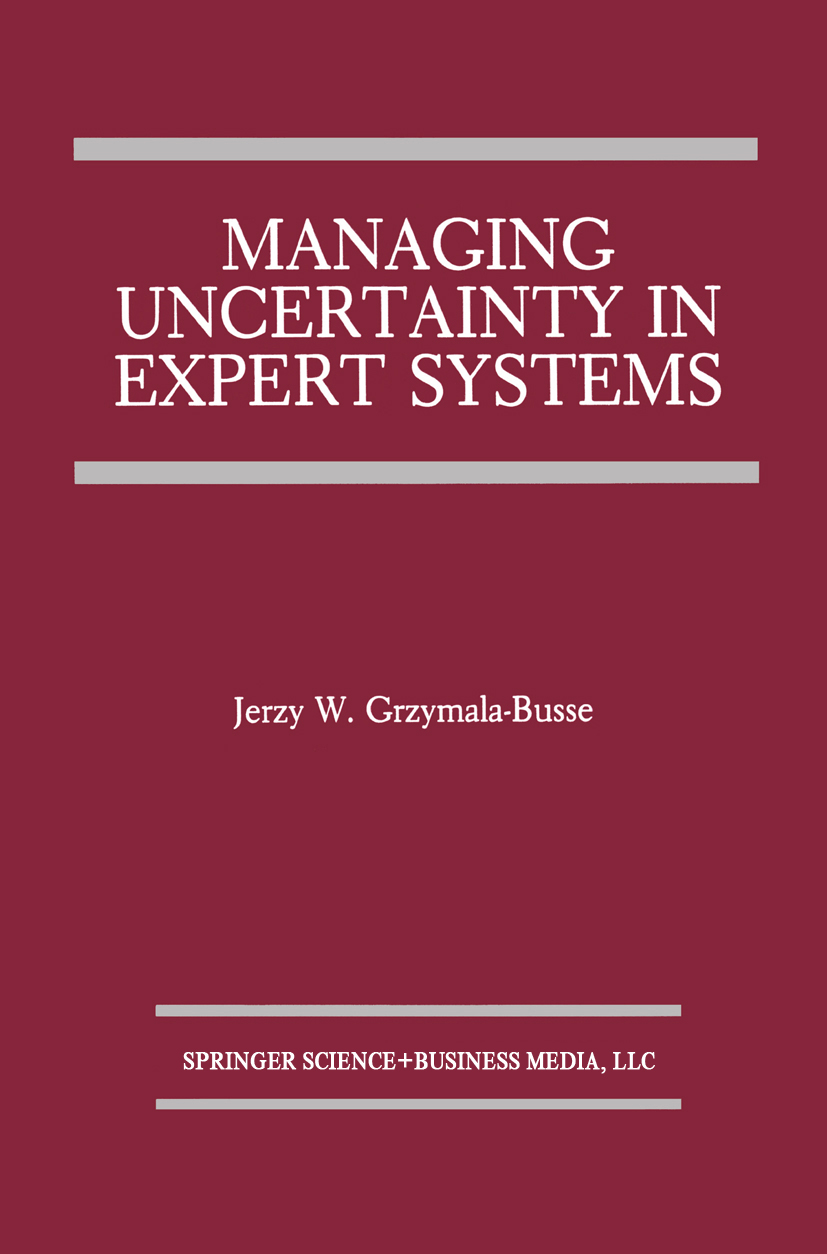
Managing Uncertainty in Expert Systems 3. Textbook for a course in expert systems,if an emphasis is placed on Chapters 1 to 3 and on a selection of material from Chapters 4 to 7. There is also the option of using an additional commercially available sheU for a programming project. In assigning a programming project, the instructor may use any part of a great variety of books covering many subjects, such as car repair. Instructions for mostofthe "weekend mechanic" books are close stylisticaUy to expert system rules. Contents Chapter 1 gives an introduction to the subject matter; it briefly presents basic concepts, history, and some perspectives ofexpert systems. Then itpresents the architecture of an expert system and explains the stages of building an expert system. The concept of uncertainty in expert systems and the necessity of deal ing with the phenomenon are then presented. The chapter ends with the descrip tion of taxonomy ofexpert systems. Chapter 2 focuses on knowledge representation. Four basic ways to repre sent knowledge in expert systems are presented: first-order logic, production sys tems, semantic nets, and frames. Chapter 3 contains material about knowledge acquisition. Among machine learning techniques, a methodofrule learning from examples is explained in de tail. Then problems ofrule-base verification are discussed. In particular, both consistency and completeness oftherule base are presented. COMPUTERS,Artificial Intelligence,General
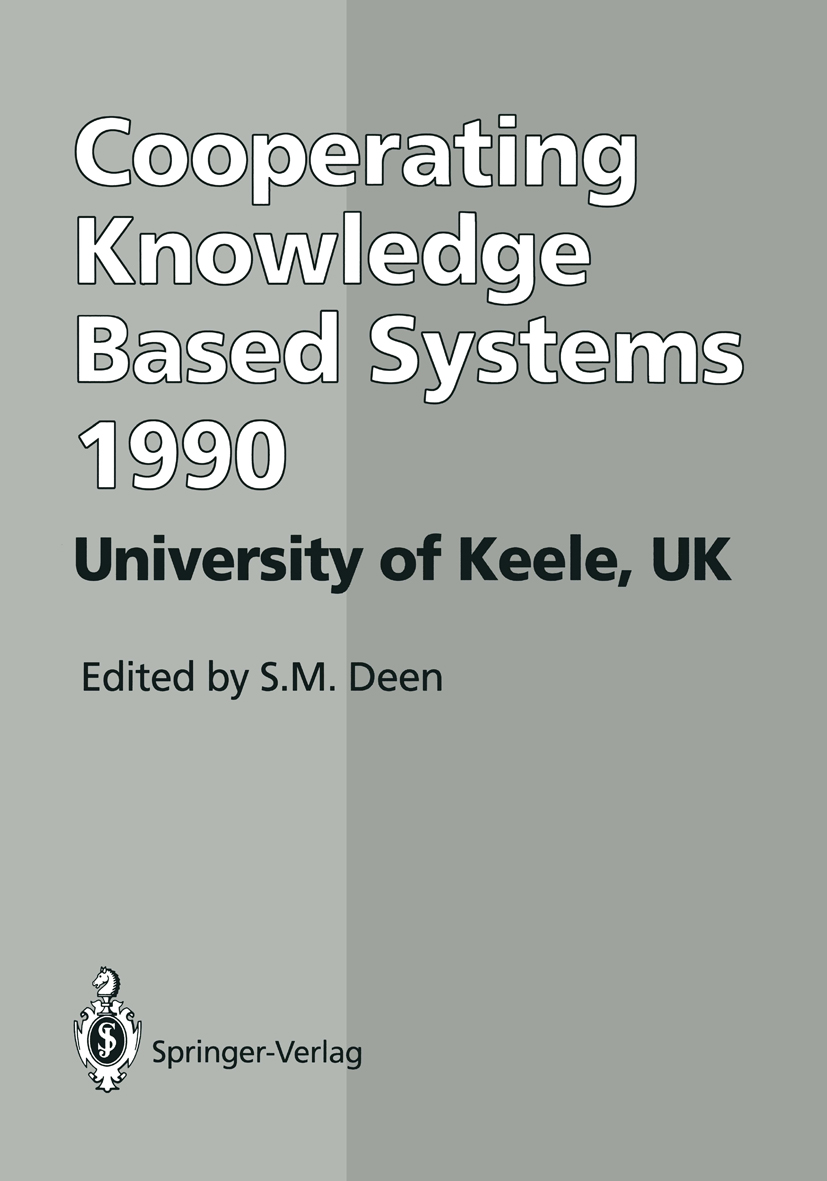
CKBS ’90 This is the first international conference aimed at bringing the distributed database and distributed AI (DAD experts together, from both academia and industry, in order to discuss the issues of the next generation of knowledge based systems, namely Cooperating Knowledge Based Systems or CKBS for short. As the area of CKBS is new, we intended it to be an ideas conference - a conference where interesting new ideas, rather than results from completed projects, are explored, discussed, and debated. The conference was organised by the DAKE Centre. This is an interdisciplinary centre at the University of Keele for research and development in Data and Knowledge Engineering (DAKE). The Centre draws most of its strength from the Department of Computer Science which also provides administrative support for the activities of the Centre, although its membership is spread over several departments. The Centre has three main streams of research activities, namely: Large Knowledge Bases Software Engineering Neural Networks The Large Knowledge Base group, which provided the focus for this conference, is active in a number of research areas relating to data and knowledge bases, spanning from distributed databases to cooperations among data and knowledge bases. The current research topics include integration of data and knowledge bases and coopera ting knowledge based systems, with several major projects in the latter (see the entries under the Poster Session given below). COMPUTERS,Artificial Intelligence,General
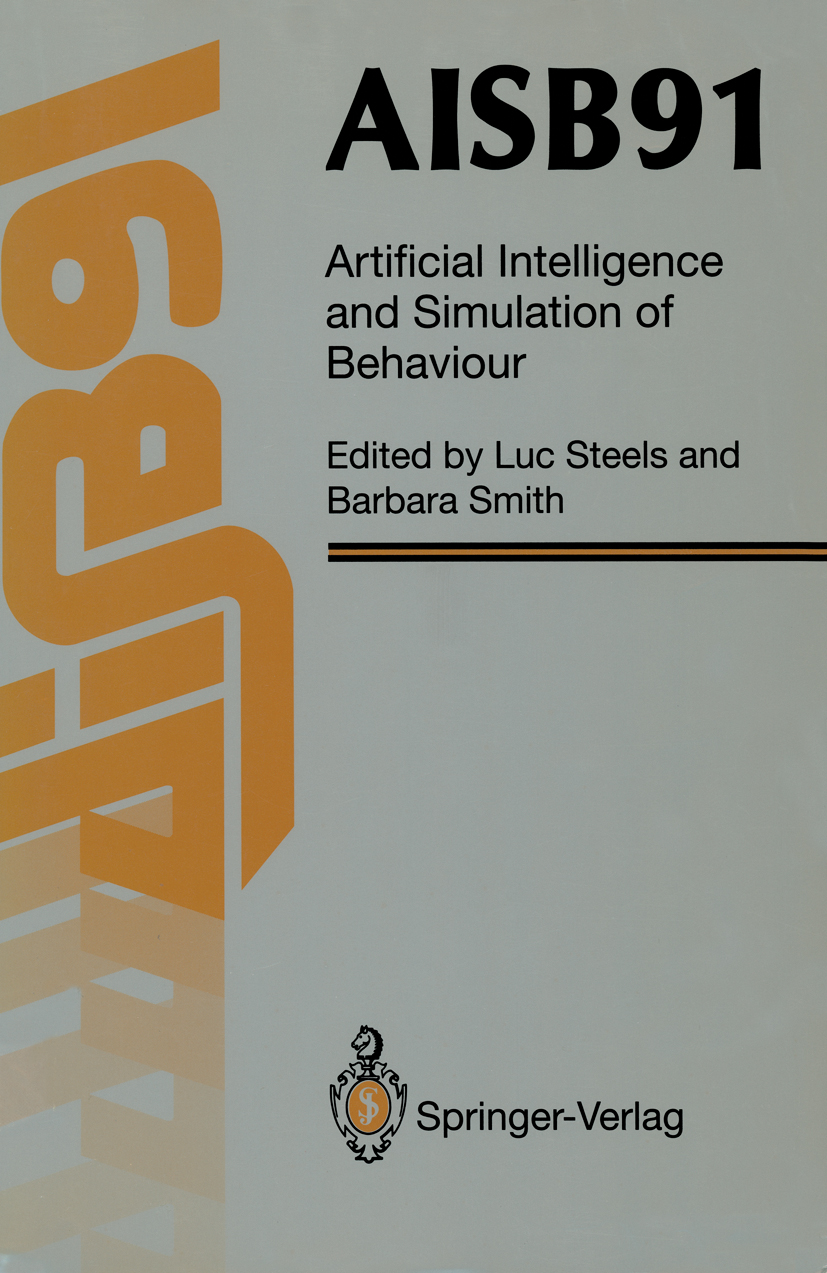
AISB91 AISB91 is the eighth conference organized by the Society for the Study of Artificial Intelligence and Simulation of Behaviour. It is not only the oldest regular conference in Europe on AI - which spawned the ECAI conferences in 1982 - but it is also the conference that has a tradition for focusing on research as opposed to applications. The 1991 edition of the conference was no different in this respect. On the contrary, research, and particularly newly emerging research dir ections such as knowledge level expert systems research, neural networks and emergent functionality in autonomous agents, was strongly emphasised. The conference was organized around the following sessions: dis tributed intelligent agents, situatedness and emergence in autonomous agents, new modes of reasoning, the knowledge level perspective, and theorem proving and machine learning. Each of these sessions is discussed below in more detail. DISTRIBUTED INTELLIGENT AGENTS Research in distributed AI is concerned with the problem of how multiple agents and societies of agents can be organized to co-operate and collectively solve a problem. The first paper by Chakravarty (MIT) focuses on the problem of evolving agents in the context of Minsky's society of mind theory. It addesses the question of how new agents can be formed by transforming existing ones and illustrates the theory with an example from game playing. Smieja (GMD, Germany) focuses on the problem of organizing networks of agents which consist internally of neural networks. COMPUTERS,Artificial Intelligence,General
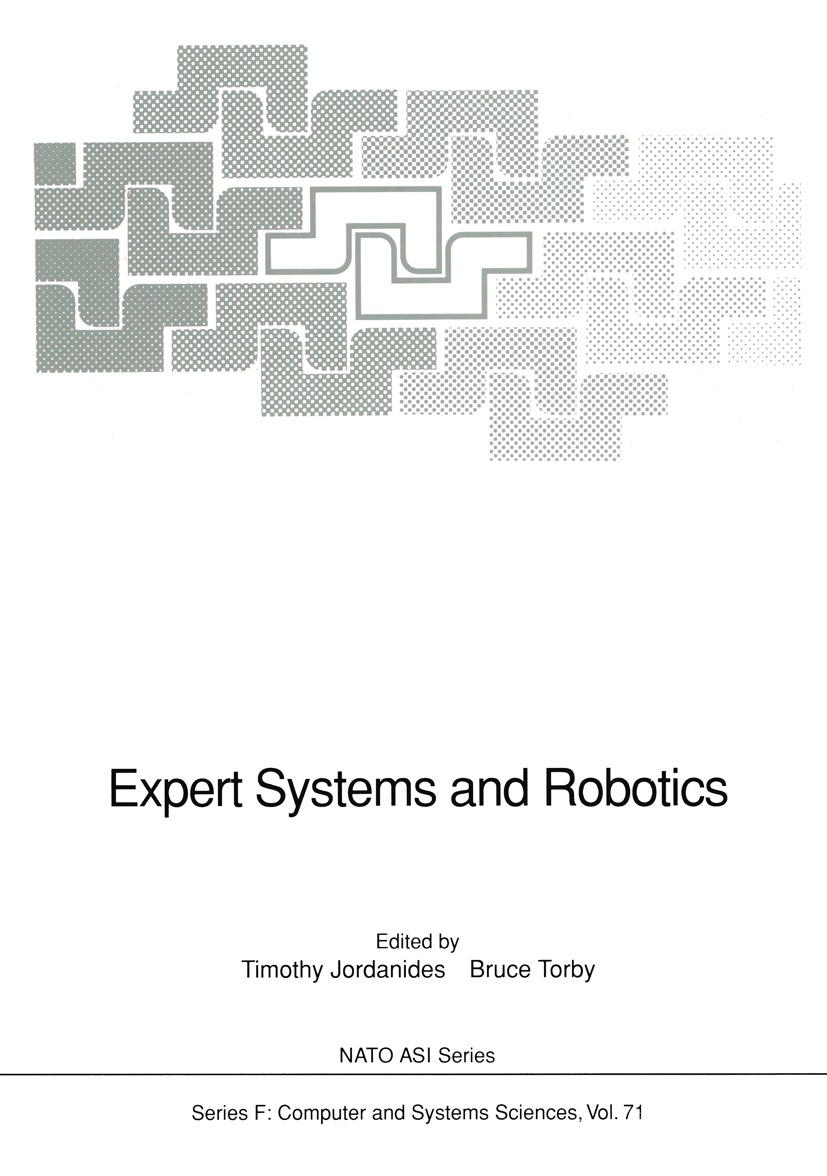
Expert Systems and Robotics Proceedings of the NATO Advanced Study Institute on Expert Systems and Robotics, held in Corfu, Greece, July 15-27, 1990 COMPUTERS,Artificial Intelligence,General
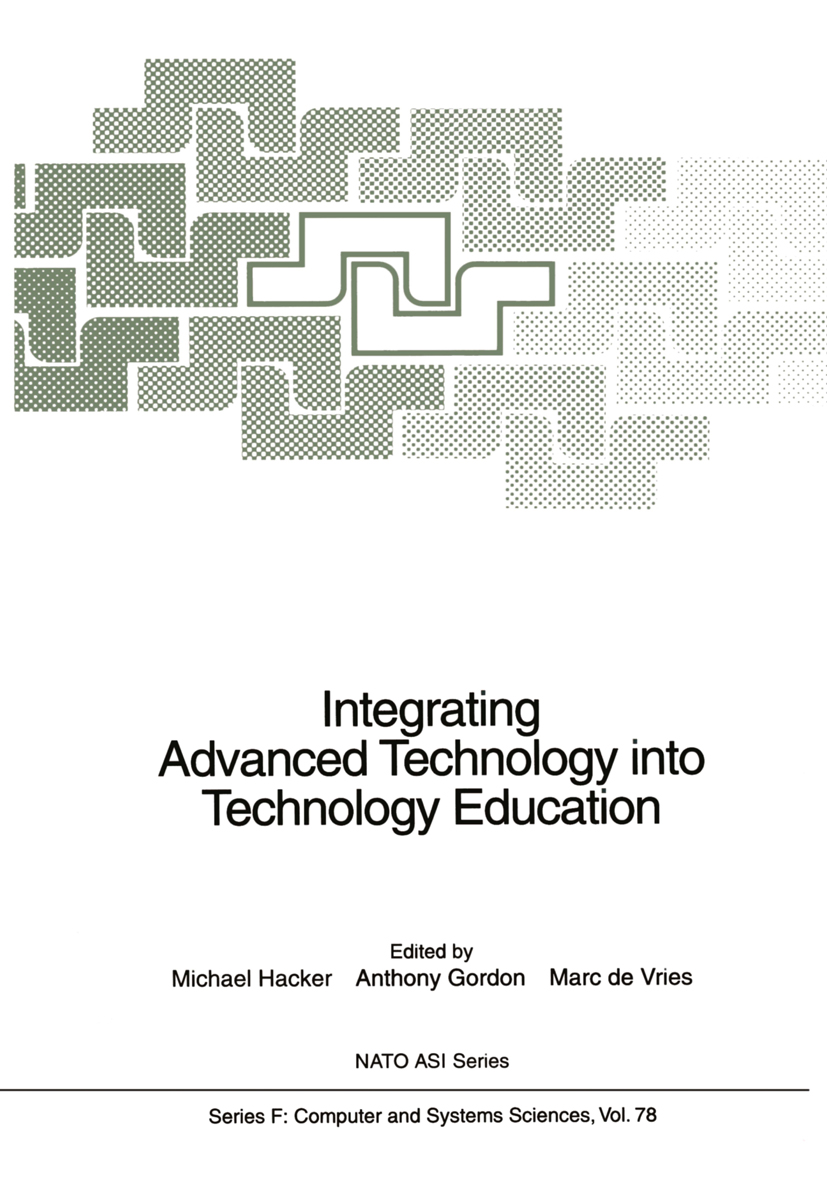
Integrating Advanced Technology into Technology Education Proceedings of the NATO Advanced Research Workshop on Integrating Advanced Technology into Technology Education, held in Eindhoven, The Netherlands, October 9 - 12, 1990. COMPUTERS,Artificial Intelligence,General

Generalized LR Parsing The Generalized LR parsing algorithm (some call it "Tomita's algorithm") was originally developed in 1985 as a part of my Ph.D thesis at Carnegie Mellon University. When I was a graduate student at CMU, I tried to build a couple of natural language systems based on existing parsing methods. Their parsing speed, however, always bothered me. I sometimes wondered whether it was ever possible to build a natural language parser that could parse reasonably long sentences in a reasonable time without help from large mainframe machines. At the same time, I was always amazed by the speed of programming language compilers, because they can parse very long sentences (i.e., programs) very quickly even on workstations. There are two reasons. First, programming languages are considerably simpler than natural languages. And secondly, they have very efficient parsing methods, most notably LR. The LR parsing algorithm first precompiles a grammar into an LR parsing table, and at the actual parsing time, it performs shift-reduce parsing guided deterministically by the parsing table. So, the key to the LR efficiency is the grammar precompilation; something that had never been tried for natural languages in 1985. Of course, there was a good reason why LR had never been applied for natural languages; it was simply impossible. If your context-free grammar is sufficiently more complex than programming languages, its LR parsing table will have multiple actions, and deterministic parsing will be no longer possible. COMPUTERS,Artificial Intelligence,General

Structure Level Adaptation for Artificial Neural Networks 63 3. 2 Function Level Adaptation 64 3. 3 Parameter Level Adaptation. 67 3. 4 Structure Level Adaptation 70 3. 4. 1 Neuron Generation . 70 3. 4. 2 Neuron Annihilation 72 3. 5 Implementation . . . . . 74 3. 6 An Illustrative Example 77 3. 7 Summary . . . . . . . . 79 4 Competitive Signal Clustering Networks 93 4. 1 Introduction. . 93 4. 2 Basic Structure 94 4. 3 Function Level Adaptation 96 4. 4 Parameter Level Adaptation . 101 4. 5 Structure Level Adaptation 104 4. 5. 1 Neuron Generation Process 107 4. 5. 2 Neuron Annihilation and Coalition Process 114 4. 5. 3 Structural Relation Adjustment. 116 4. 6 Implementation . . 119 4. 7 Simulation Results 122 4. 8 Summary . . . . . 134 5 Application Example: An Adaptive Neural Network Source Coder 135 5. 1 Introduction. . . . . . . . . . 135 5. 2 Vector Quantization Problem 136 5. 3 VQ Using Neural Network Paradigms 139 Vlll 5. 3. 1 Basic Properties . 140 5. 3. 2 Fast Codebook Search Procedure 141 5. 3. 3 Path Coding Method. . . . . . . 143 5. 3. 4 Performance Comparison . . . . 144 5. 3. 5 Adaptive SPAN Coder/Decoder 147 5. 4 Summary . . . . . . . . . . . . . . . . . 152 6 Conclusions 155 6. 1 Contributions 155 6. 2 Recommendations 157 A Mathematical Background 159 A. 1 Kolmogorov's Theorem . 160 A. 2 Networks with One Hidden Layer are Sufficient 161 B Fluctuated Distortion Measure 163 B. 1 Measure Construction . 163 B. 2 The Relation Between Fluctuation and Error 166 C SPAN Convergence Theory 171 C. 1 Asymptotic Value of Wi 172 C. 2 Energy Function . . COMPUTERS,Artificial Intelligence,General

Artificial Intelligence and Human Institutions Artificial Intelligence and Human Institutions argues that successful applications of artificial intelligence are possible only within an understanding of human institutions and the limitations of technology. Products of artificial intelligence research are becoming widely available to non-specialists using low-cost computer systems, but there has been a lack of communication between re- searchers and community groups. Taking the "weak AI" position, the book explores the way insights and tools from artificial intelligence can be valuable in coming to terms with real world problems. Drawing on the author's extensive practical experience in AI research and research management, the book brings together case studies from the fields of education, training, business, engineering, defence, health, and community work, and suggests future directions. This book deals with advanced concepts of artificial intelligence for non-specialist readers, while providing an introduction to state-of-the-art developments. It seeks to use AI concepts to illuminate the practical and theoretical concerns of institutions and organisations, opening up possibilities for new areas of collaborative work, and revealing new sources of references and ideas. This is the latest title in the Artificial Intelligence and Society series and will be of interest to lecturers and students in AI, education, social and political sciences, and business studies. COMPUTERS,Artificial Intelligence,General
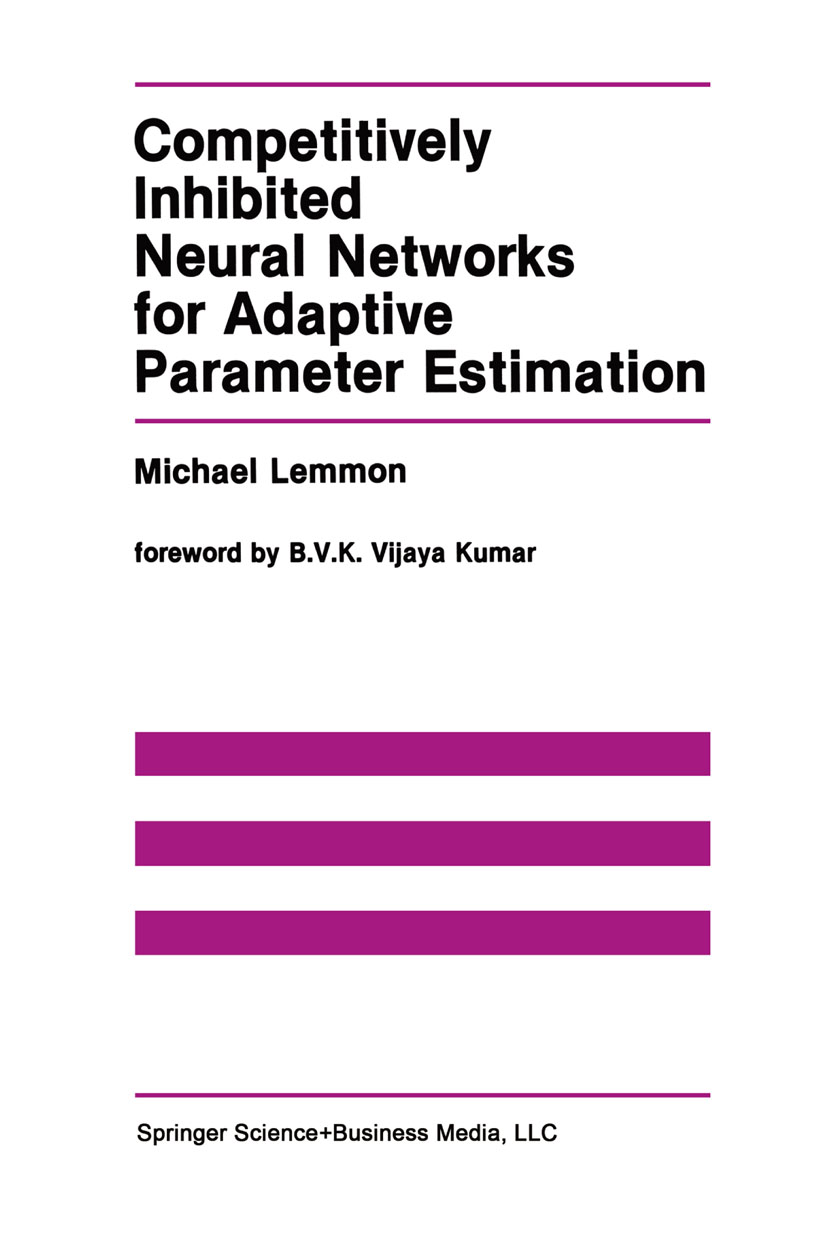
Competitively Inhibited Neural Networks for Adaptive Parameter Estimation Artificial Neural Networks have captured the interest of many researchers in the last five years. As with many young fields, neural network research has been largely empirical in nature, relyingstrongly on simulationstudies ofvarious network models. Empiricism is, of course, essential to any science for it provides a body of observations allowing initial characterization of the field. Eventually, however, any maturing field must begin the process of validating empirically derived conjectures with rigorous mathematical models. It is in this way that science has always pro ceeded. It is in this way that science provides conclusions that can be used across a variety of applications. This monograph by Michael Lemmon provides just such a theoretical exploration of the role ofcompetition in Artificial Neural Networks. There is "good news" and "bad news" associated with theoretical research in neural networks. The bad news isthat such work usually requires the understanding of and bringing together of results from many seemingly disparate disciplines such as neurobiology, cognitive psychology, theory of differential equations, largc scale systems theory, computer science, and electrical engineering. The good news is that for those capable of making this synthesis, the rewards are rich as exemplified in this monograph. COMPUTERS,Artificial Intelligence,General
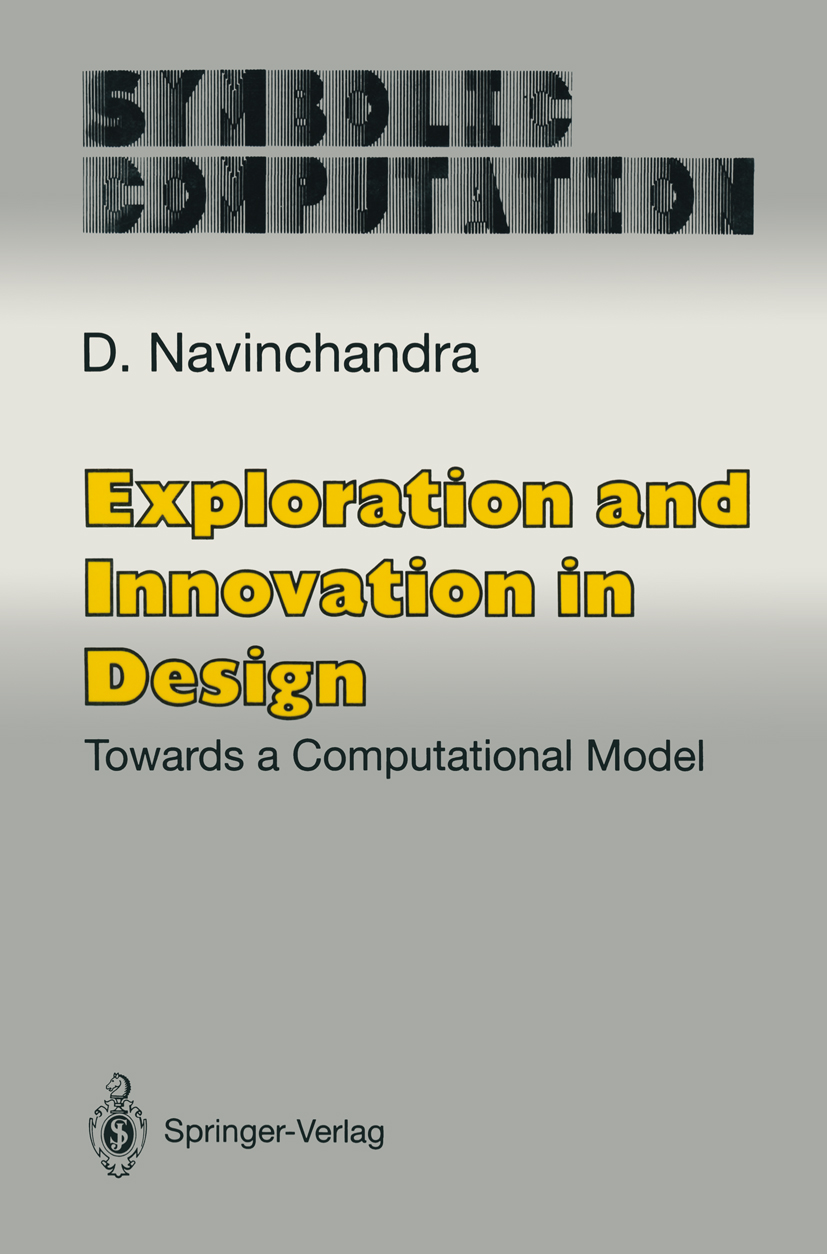
Exploration and Innovation in Design Exploration and Innovation in Design is one of the first books to present both conceptual and computational models of processes which have the potential to produce innovative results at early stages of design. Discussed here is the concept of exploration where the system, using computational processes, moves outside predefined available decisions. Sections of this volume discuss areas such as design representation and search, exploration and the emergence of new criteria, and precedent-based adaptation. In addition, the author presents the overall architecture of a design system and shows how the pieces fit together into one coherent system. Concluding chapters of the book discuss relationships of work in design to other research efforts, applications, and future research directions in design. The ideas and processes presented in this volume further our understanding of computational models of design, particularly those that are capable of assisting in the production of non-routine designs, and affirm that we are indeed moving toward a science of design. COMPUTERS,Artificial Intelligence,General
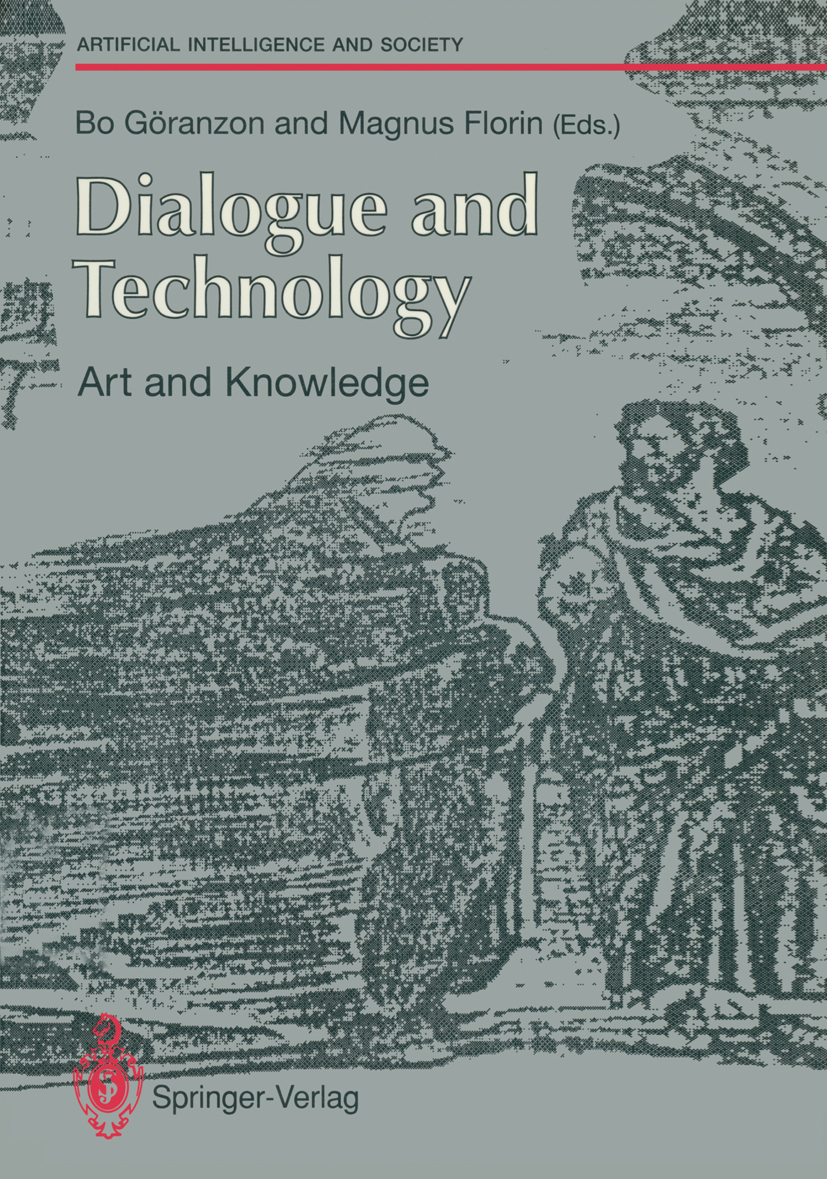
Dialogue and Technology This book springs from a conference held in Stockholm in May June 1988 on Culture, Language and Artificial Intelligence. It assembled more than 300 researchers and practitioners in the fields of technology, philosophy, history of ideas, literature, linguistics, social· science, etc. The conference was an initiative from the Swedish Center for Working Life, based on the project AI-Based Systems mzd the Future of Language, Knowledge and Re sponsibility in Professions within the COST 13 programme of the European Commission. Participants in the conference, or in some cases researchers in areas related to its aims, were chosen to contribute to this book. It was preceded by Knowledge, Skill and Artificial Intelligence (ed. B. Gbranzon and I. Josefson, Springer-Verlag, London, 1988) and Artificial Intelligence, Culture and Language (ed. B. Gbranzon and M. Florin, Springer-Verlag, 1990). The latter book springs, as this one, from the 1988 conference, and one further book will follow: Skill and Education: Reflection and Experience (Springer Verlag, planned autumn 1991). The philosophical and aesthetic interest of the contributions in the present volume is in large part due to the framework of the Dialogue Seminar, held regularly at the Royal Dramatic Theatre in Stockholm, in which several of the contributors have participated. COMPUTERS,Artificial Intelligence,General
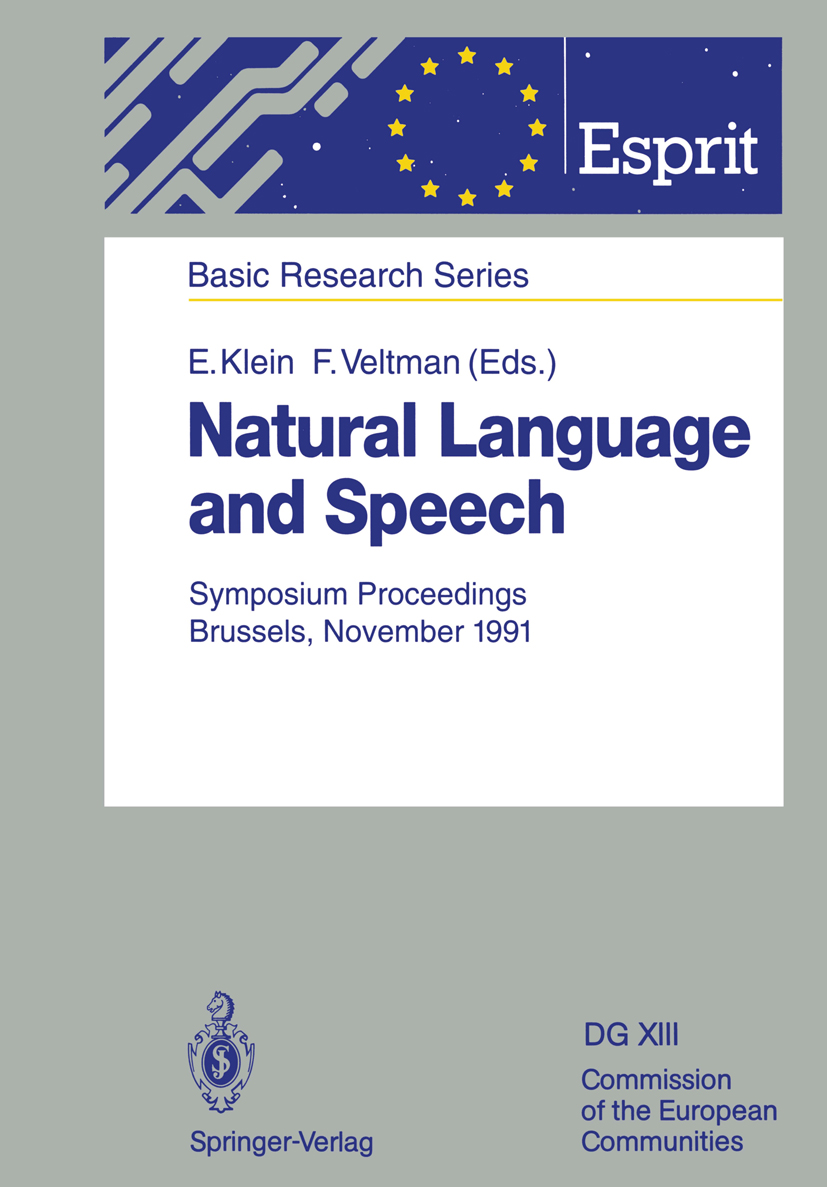
Natural Language and Speech This volume in the Basic Research Series consists of the proceedings of the Symposium on Natural Language and Speech held during the ESPRIT Conference of November 1991 - a conference that serves to open up ESPRIT results not only to the ESPRIT community but also to the entire European IT industry and its users. The symposium is organised by the newly launched Network of Excellence on Language and Speech (3701) which brings together the foremost European experts and institutions in these two domains. By bringing together these two communities, which have so far been working in relative isolation from each other, the network aims to augment the focusing of research onto the long-term goal of the "construction of an integrated model of the cognitive chain linking speech to reasoning via natural language". To advance towards this industrially significant goal, the network operates at different levels - a strategy for research, a coordination for the training of needed researchers and a coordination of the use of its resource and communication infrastructure for the most efficient interworking of the members of the community who are spread all over Europe. This symposium is a small but significant building block for the achievement of the goals of the network. COMPUTERS,Artificial Intelligence,General
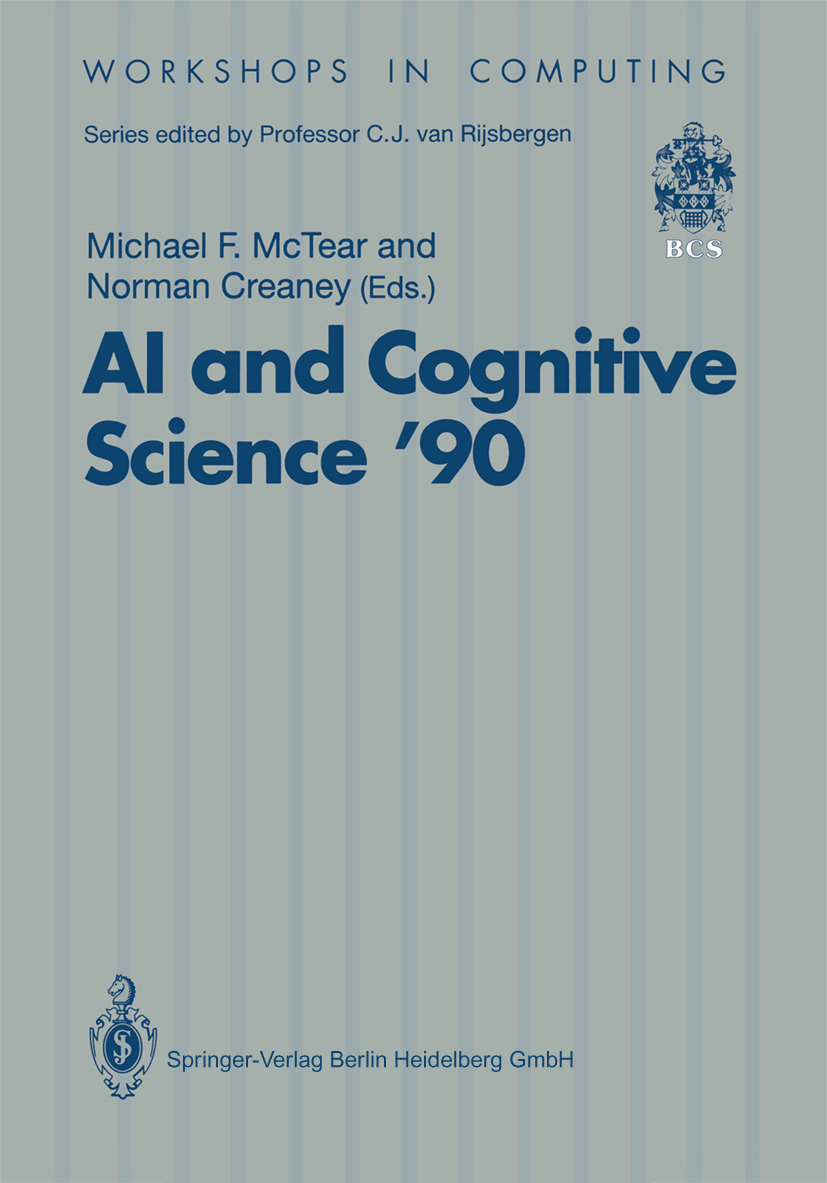
AI and Cognitive Science ’90 This book contains the edited versions of papers presented at the 3rd Irish Conference on Artificial Intelligence and Cognitive Science, which was held at the University of Ulster at Jordanstown, Northern Ireland on 20-21 September 1990. The main aims of this annual conference are to promote AI research in Ireland, to provide a forum for the exchange of ideas amongst the different disciplines concerned with the study of cognition, and to provide an opportunity for industry to see what research is being carried out in Ireland and how they might benefit from the results of this research. Although most of the partiCipants at the conference came from universities and companies within Ireland, a positive feature of the conference was the extent of interest shown outside of Ireland, resulting in partiCipants from USA, Canada, Austria, and England. The keynote speakers were Professor David Chin, University of Hawaii, and Professor Derek Partridge, University of Exeter, and the topics included machine learning, AI tools and methods, expert systems, speech, vision, natural language, reasoning with uncertain information, and explanation. The sponsors of the conference were Digital Equipment Co (Galway) and the Industrial Development Board for Northern Ireland. COMPUTERS,Artificial Intelligence,General
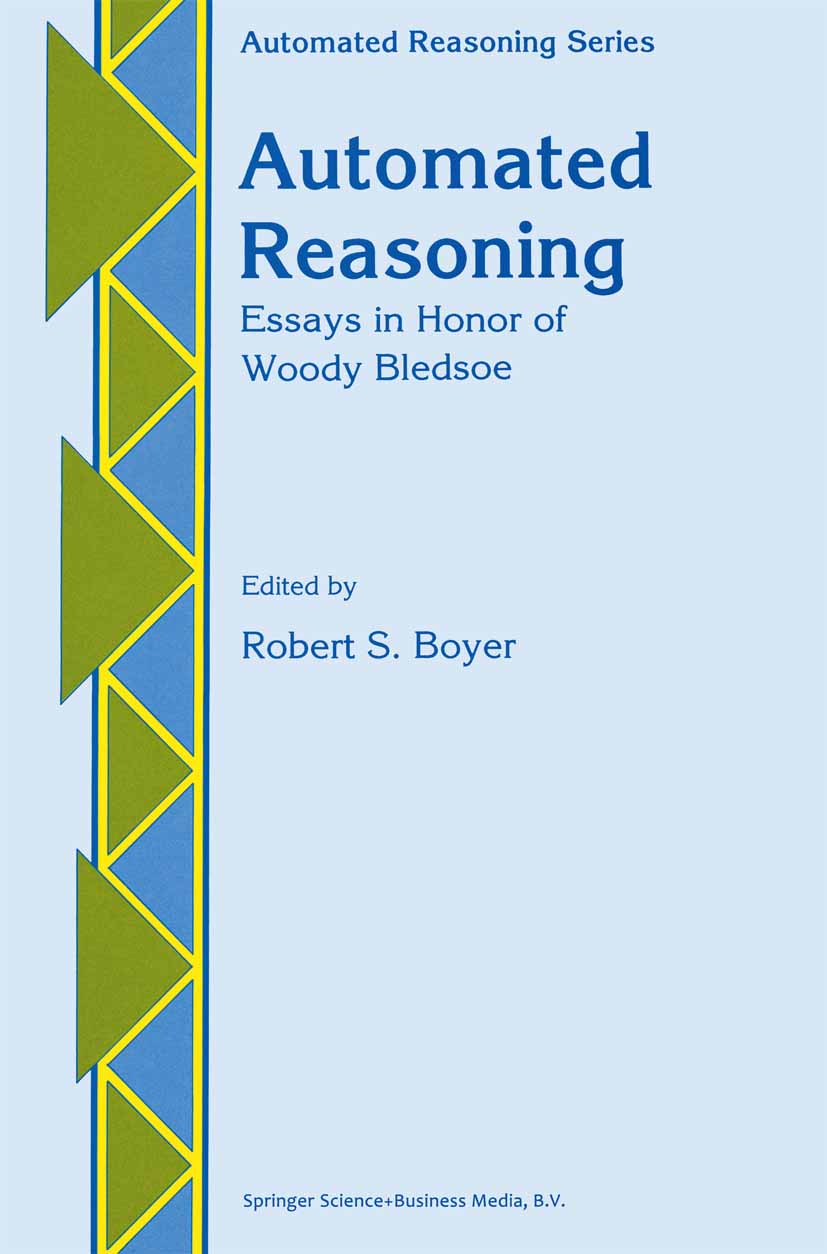
Automated Reasoning These essays have been written to honor W. W. Bledsoe, a scientist who has contributed to such diverse fields as mathematics, systems analysis, pattern recognition, biology, artificial intelligence, and automated reasoning. The first essay provides a sketch of his life, emphasizing his scientific contributions. The diversity of the fields to which Bledsoe has contributed is reflected in the range of the other essays, which are original scientific contributions by some of his many friends and colleagues. Bledsoe is a founding father of the field of automated reasoning, and a majority of the essays are on that topic. These essays are collected together here not only to acknowledge Bledsoe's manifold and substantial scientific contributions but also to express our appreciation for the great care and energy that he has devoted to nurturing many of the scientists working in those scientific fields he has helped found. Robert S. Boyer Austin February, 1991 ix Acknow ledgements Thanks to Larry Wos, editor of the Journal of Automated Reasoning, and Derek Middleton and Martin Scrivener, Kluwer Academic editors, for sup porting the idea of initiating this collection of essays. Thanks to A. Michael Ballantyne and Michael Spivak, for help with lffi.TWC, especially in identifying many formatting problems and providing fixes. COMPUTERS,Artificial Intelligence,General
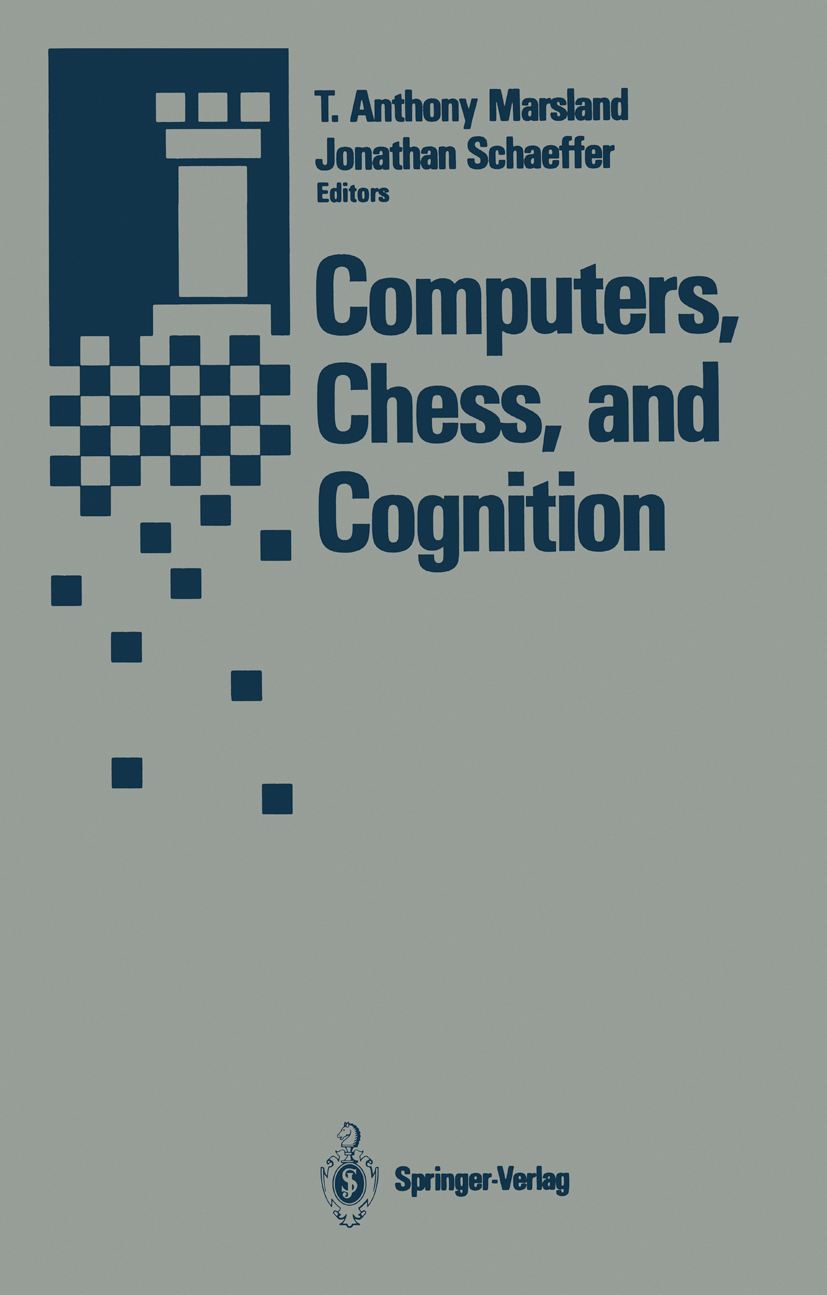
Computers, Chess, and Cognition Computers, Chess, and Cognition presents an excellent up-to-date description of developments in computer chess, a rapidly advancing area in artificial intelligence research. This book is intended for an upper undergraduate and above level audience in the computer science (artificial intelligence) community. The chapters have been edited to present a uniform terminology and balanced writing style, to make the material understandable to a wider, less specialized audience. The book's primary strengths are the description of the workings of some major chess programs, an excellent review of tree searching methods, discussion of exciting new research ideas, a philosophical discussion of the relationship of computer game playing to artificial intelligence, and the treatment of computer Go as an important new research area. A complete index and extensive bibliography makes the book a valuable reference work. The book includes a special foreword by Ken Thompson, author of the UNIX operating system. COMPUTERS,Artificial Intelligence,General
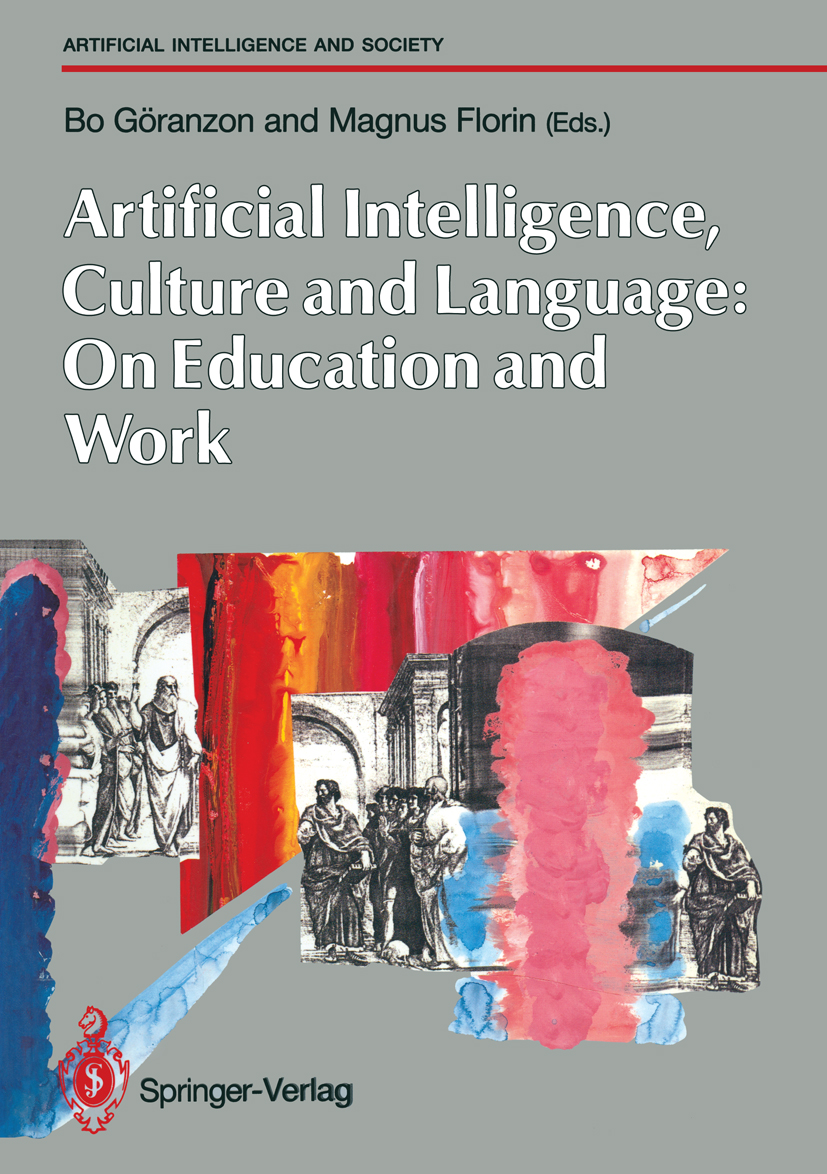
Artifical Intelligence, Culture and Language This book springs from a conference held in Stockholm in May June 1988 on Culture, Language and Artificial Intelligence. It assembled more than 300 researchers and practitioners in the fields of technology, philosophy, history of ideas, literature, lin guistics, social science, etc. It was an initiative from the Swedish Center for Working Life, based on the project AI-Based Systems and the Future of Language, Knowledge and Responsibility in Professions within the COST 13 programme of the European Commission. Participants in the conference, or in some cases researchers related to its aims, were chosen to contribute to this book. It was preceded by Knowledge, Skill and Artificial Intelligence (ed. B. G6ranzon and 1. Josefson, Springer-Verlag, London, 1988) and will be followed by Dialogue and Technology (ed. M. Florin and B. Goranzon, Springer-Verlag, London, 1990). The contributors' thinking in this field varies greatly; so do their styles of writing. For example: contributors have varied in their choice of 'he' or 'he/she' for the third person. No distinction is intended but chapters have been left with the original usage to avoid extensive changes. Similarly, individual contributor's preferences as to notes or references lists have been followed. We want to thank our researcher Satinder P. Gill for excellent work with summaries and indexes, and Sandi Irvine of Springer Verlag for eminent editorial work. COMPUTERS,Artificial Intelligence,General
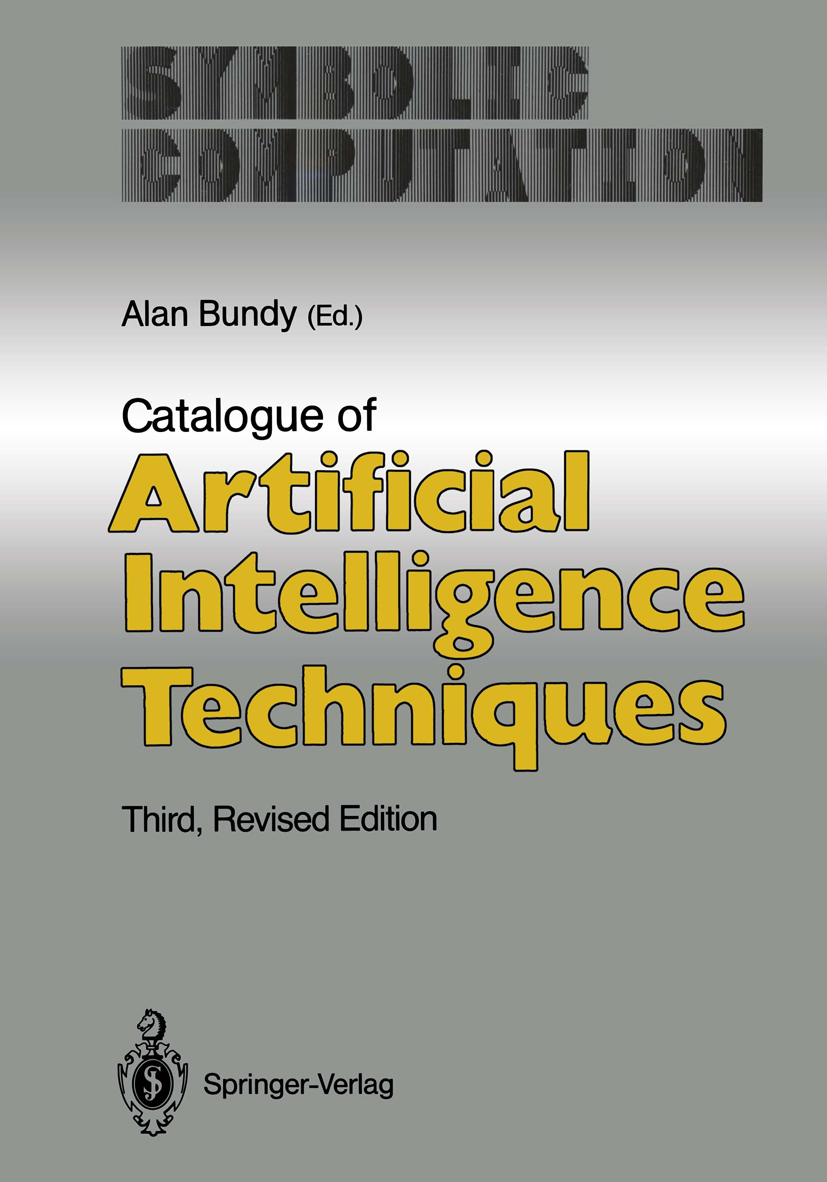
Catalogue of Artificial Intelligence Techniques The purpose of the Catalogue of Artificial Intelligence Techniques is to promote interaction between members of the AI community. It does this by announcing the existence of AI techniques, and acting as a pointer into the literature. Thus the AI community will have access to a common, extensional definition of the field, which will promote a common terminology, discourage the reinvention of wheels, and act as a clearing house for ideas and algorithms. The catalogue is a reference work providing a quick guide to the AI techniques available for different jobs. It is not intended to be a textbook like the Artificial Intelligence Handbook. Intentionally, it only provides a brief description of each technique, with no extended discussion of its historical origin or how it has been used in particular AI programs. The original version of the catalogue was hastily built in 1983 as part of the UK SERC-DoI, IKBS Architecture Study. It was adopted by the UK Alvey Programme and, during the life of the programme, was both circulated to Alvey grant holders in hard copy form and maintained as an on-line document. A version designed for the international community was published as a paperback by Springer-Verlag. All these versions have undergone constant revision and refinement. Springer-Verlag has agreed to reprint the catalogue at frequent intervals in order to keep it up to date and this is the third edition of their paperback version. COMPUTERS,Artificial Intelligence,General
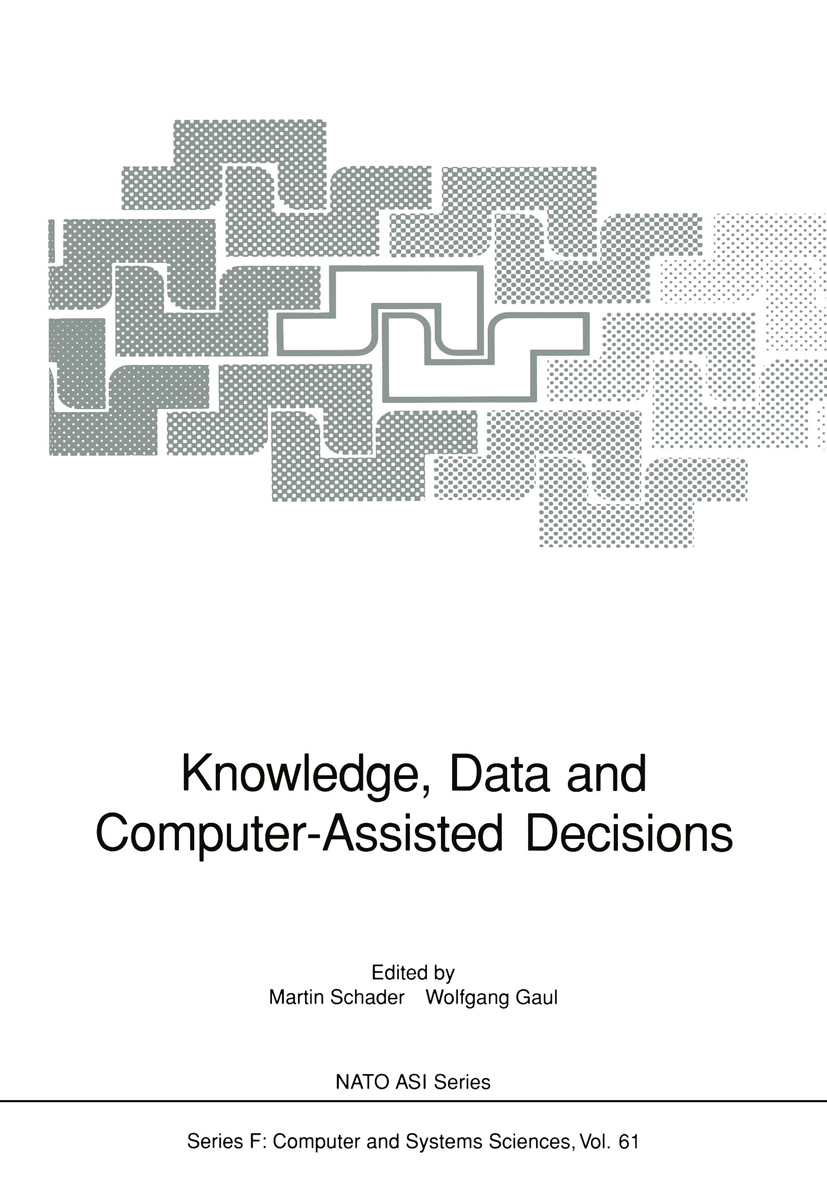
Knowledge, Data and Computer-Assisted Decisions Proceedings of the NATO Advanced Research Workshop on Data, Expert Knowledge and Decisions, held in Hamburg, FRG, September 3-5, 1989 COMPUTERS,Artificial Intelligence,General

Sensory Robotics for the Handling of Limp Materials Proceedings of the NATO Advanced Research Workshop on Sensory Robotics for the Handling of Limp Materials held in Il Ciocco, Italy, October 16-22, 1988 COMPUTERS,Artificial Intelligence,General
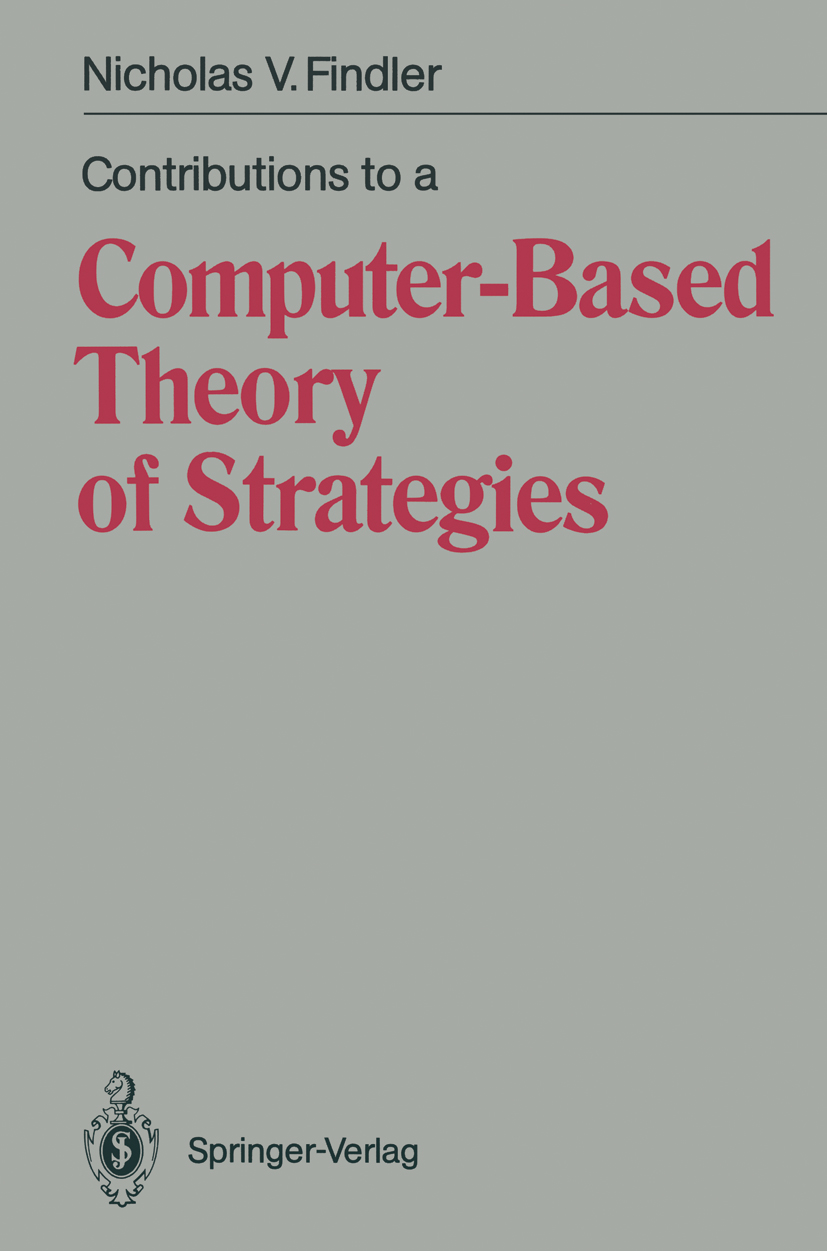
Contributions to a Computer-Based Theory of Strategies People use the word strategy in a variety of different contexts. The term has connotations ranging from statesmanship to economic planning, and has become pervasive in the social sciences. We also talk about "problem solving strategies" and "corporate strategy" in a large business enterprise. The concept of strategy applies whenever a sequence of goal-oriented actions is based on large-scale and long-range planning. This monograph gives a systematic overview of the theory of strategies, a new area of enquiry developed over the past two decades by the author and his team. The projects described have clearly defined research objectives and are based on realistic assumptions about the environments in which the programming systems will work, and about the constraints and requirements they have to satisfy. Applications of the systems range over various aspects of air traffic control, automatic verification and validation of discrete-event simulation models, econometric model building, distributed planning systems for manufacturing, control of traffic lights, and others. The book is aimed at researchers, teachers and students in computer science, management science and certain areas of engineering. The reader should have some maturity in computer science and mathematics, and familiarity with the basic concepts of artificial intelligence. COMPUTERS,Artificial Intelligence,General
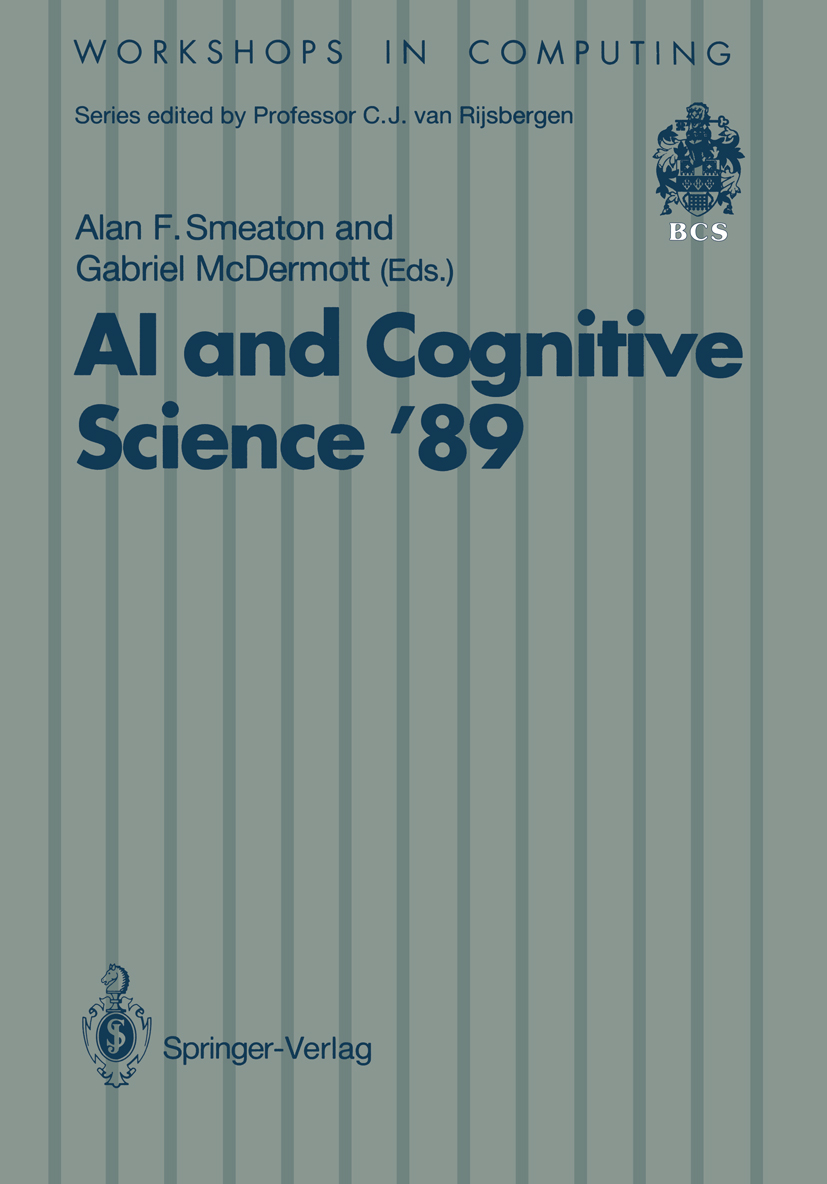
AI and Cognitive Science ’89 This volume contains the texts of papers presented at the Second Irish Conference on Artificial Intelligence and Cognitive Science, held at Dublin City University in September 1989. This Conference has now become the major annual forum in Ireland for the presentation and discussion of current research work in the multi-disciplinary area of Artificial Intelligence. Papers in this volume have been divided into seven sections which vary in their subject matter. Image processing, human-computer interaction, planning, applications and theory of expert systems, learn ing, speech, and natural language processing and semantics repre sents as broad a spectrum of AI and AI-related topics as can be found in current AI research. This harmonises quite well with the aims and scope of the AICS'89 conference which were to provide a forum for industry and academic research to discuss AI and AI-related topics and we were delighted that such a broad coverage of topics was achieved. Despite the broad nature, however, none of the papers are primarily review articles; each paper presents new research results within its own specific area. COMPUTERS,Artificial Intelligence,General
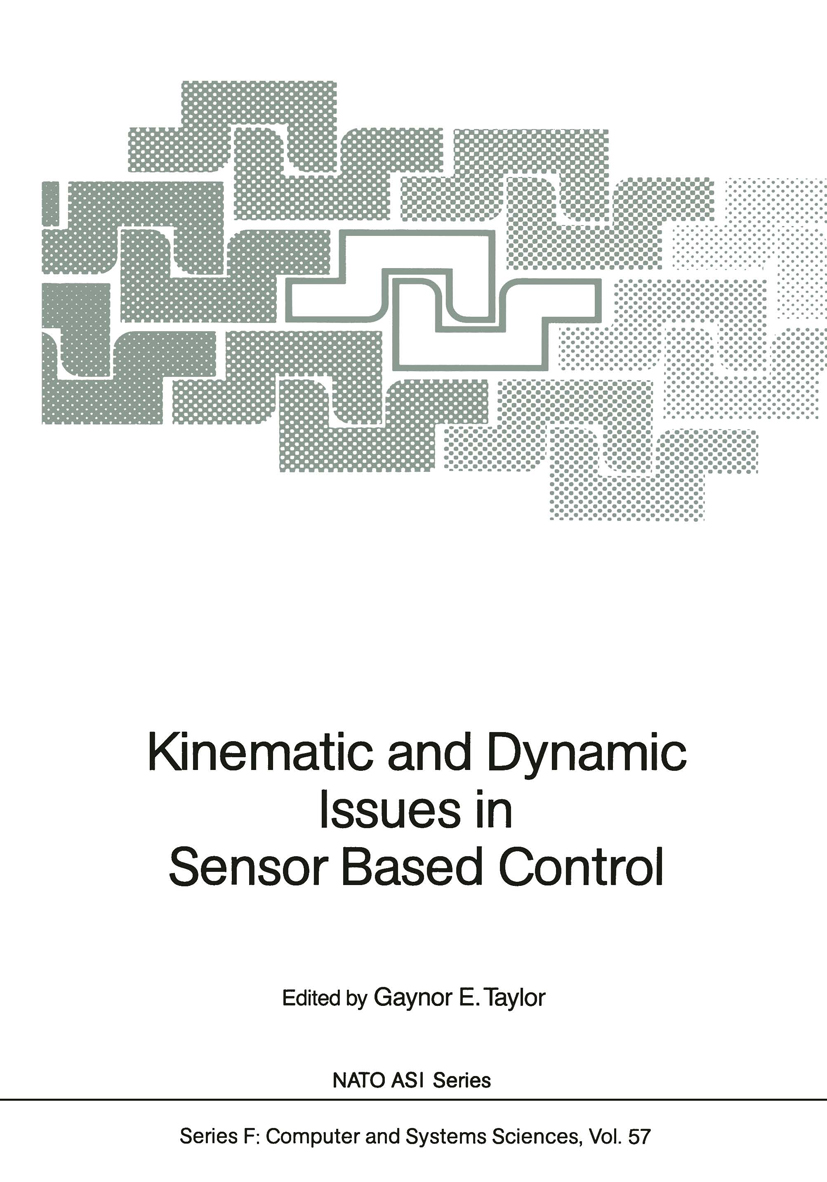
Kinematic and Dynamic Issues in Sensor Based Control Proceedings of the NATO Advanced Research Workshop on Kinematic and Dynamic Issues in Sensor Based Control held in Il Ciocco, Italy, October 25-31, 1987 COMPUTERS,Artificial Intelligence,General
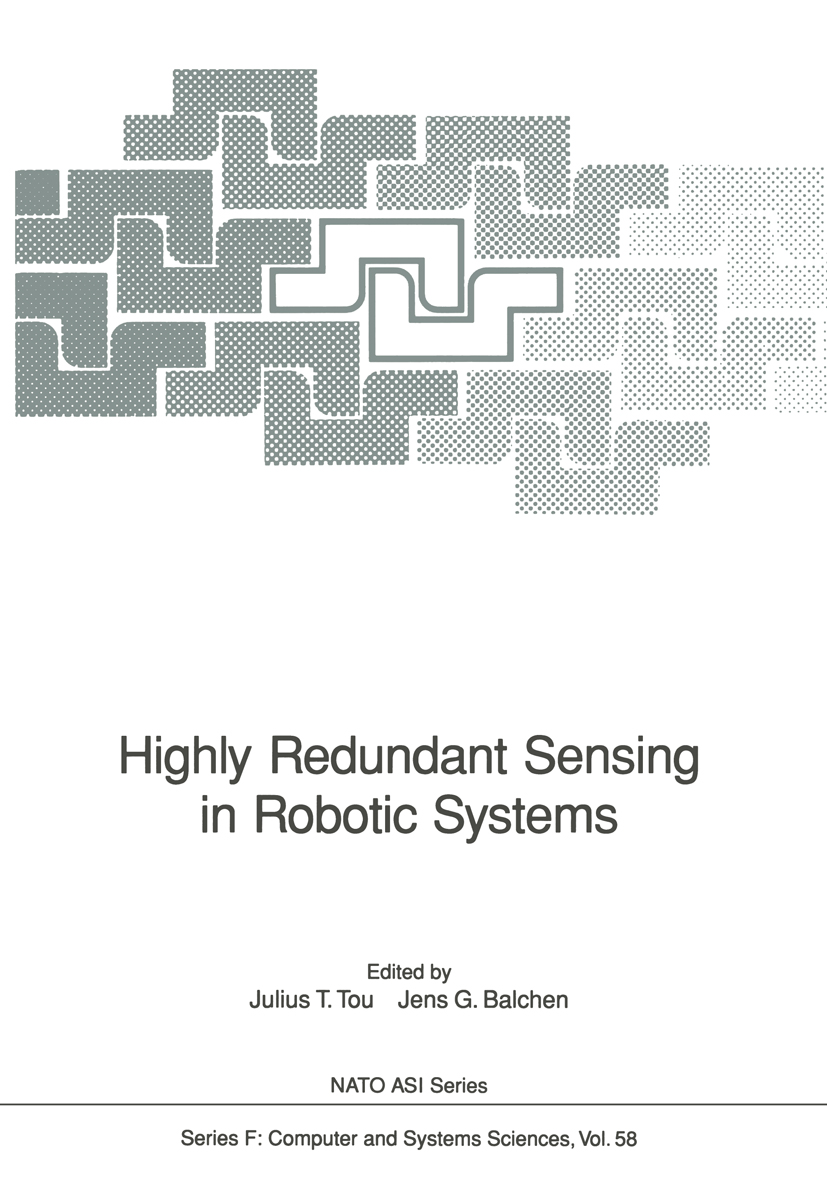
Highly Redundant Sensing in Robotic Systems Proceedings of the NATO Advanced Research Workshop on Highly Redundant Sensing in Robotic Systems held in Il Ciocco, Italy, May 16-20, 1988 COMPUTERS,Artificial Intelligence,General
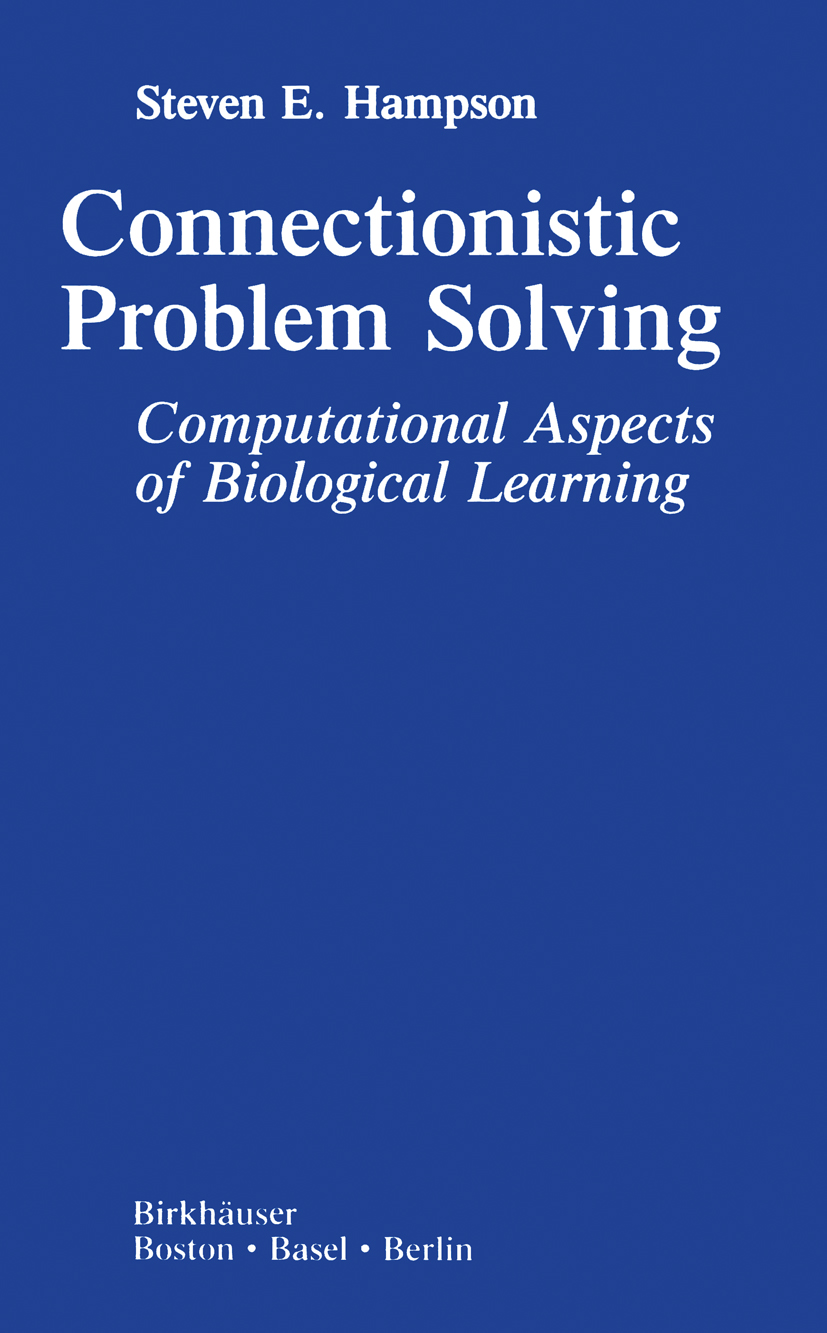
Connectionistic Problem Solving 1. 1 The problem and the approach The model developed here, which is actually more a collection of com ponents than a single monolithic structure, traces a path from relatively low-level neural/connectionistic structures and processes to relatively high-level animal/artificial intelligence behaviors. Incremental extension of this initial path permits increasingly sophisticated representation and processing strategies, and consequently increasingly sophisticated behavior. The initial chapters develop the basic components of the sys tem at the node and network level, with the general goal of efficient category learning and representation. The later chapters are more con cerned with the problems of assembling sequences of actions in order to achieve a given goal state. The model is referred to as connectionistic rather than neural, be cause, while the basic components are neuron-like, there is only limited commitment to physiological realism. Consequently the neuron-like ele ments are referred to as "nodes" rather than "neurons". The model is directed more at the behavioral level, and at that level, numerous con cepts from animal learning theory are directly applicable to connectionis tic modeling. An attempt to actually implement these behavioral theories in a computer simulation can be quite informative, as most are only partially specified, and the gaps may be apparent only when actual ly building a functioning system. In addition, a computer implementa tion provides an improved capability to explore the strengths and limita tions of the different approaches as well as their various interactions. COMPUTERS,Artificial Intelligence,General
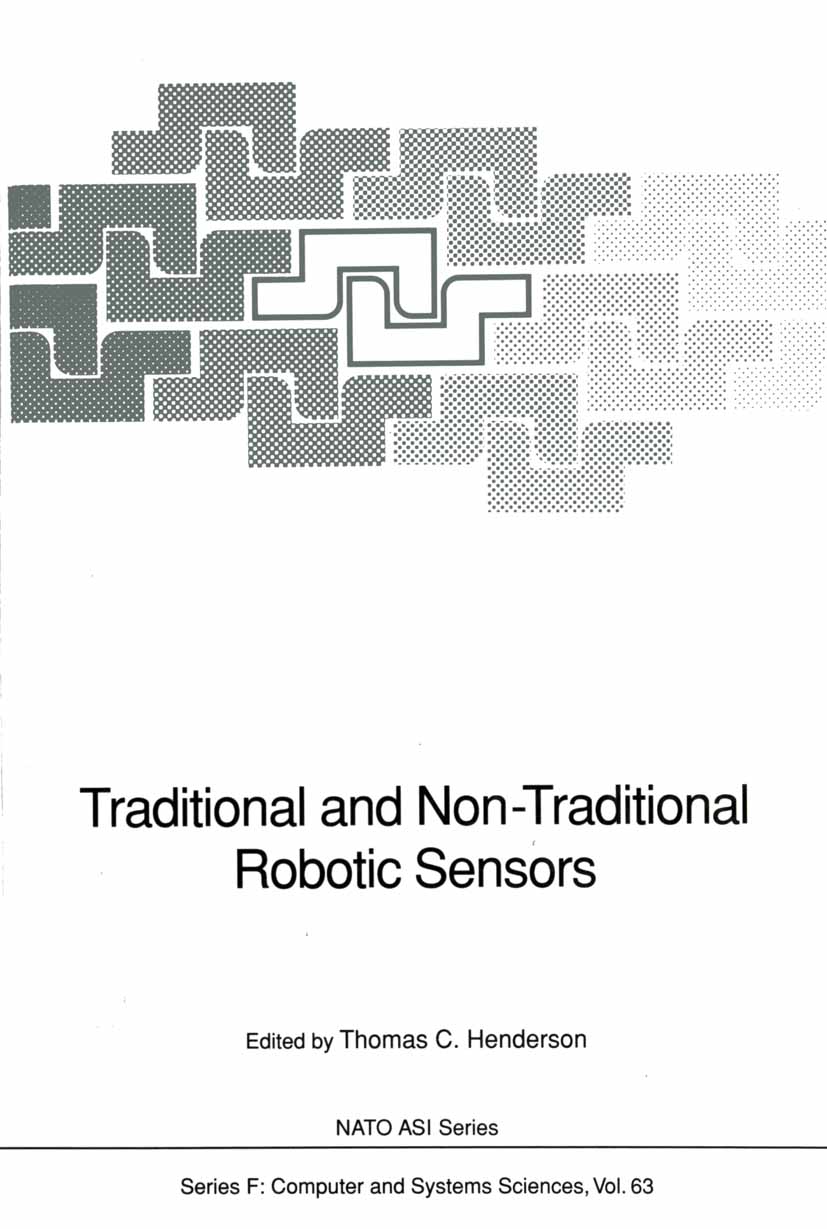
Traditional and Non-Traditional Robotic Sensors Proceedings of the NATO Advanced Research Workshop on Traditional and Non-Traditional Robotic Sensors, held in Maratea, Italy, August 28-September 2, 1989 COMPUTERS,Artificial Intelligence,General
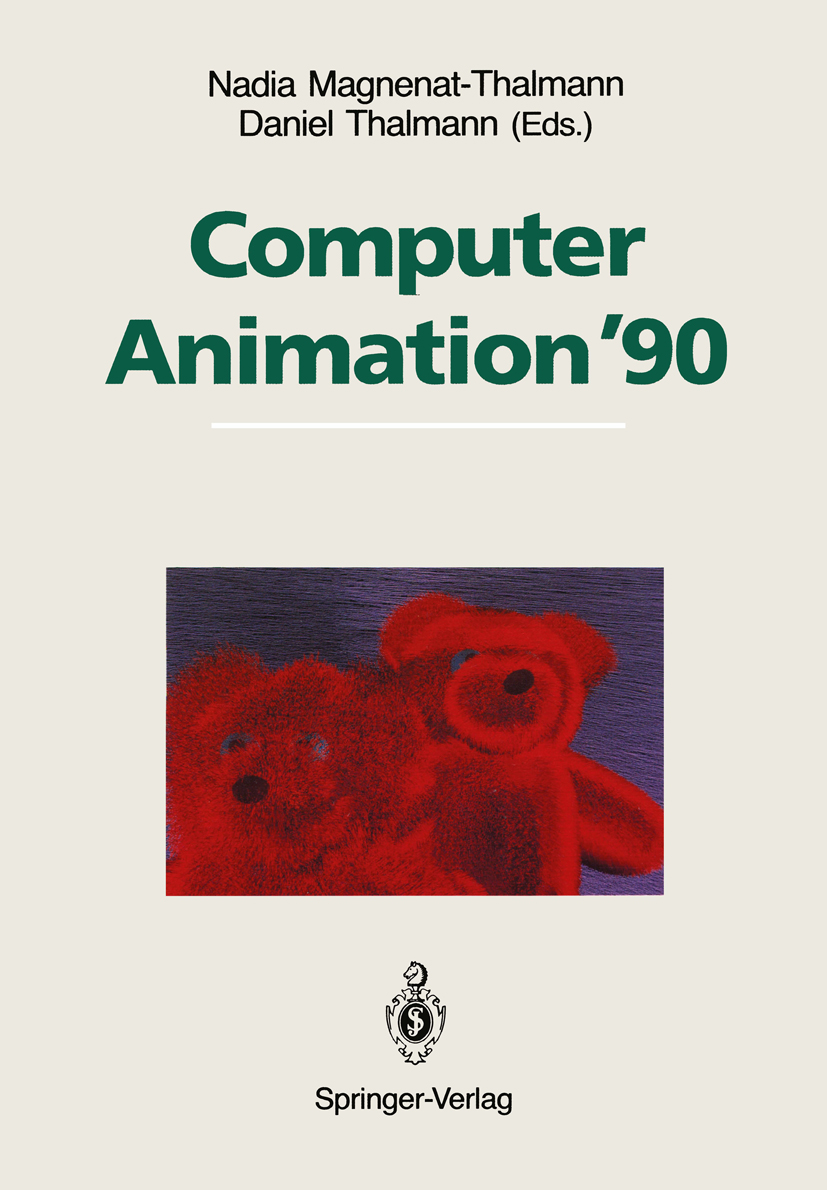
Computer Animation ’90 Computer Animation '90, the second international workshop on computer animation, was held in Geneva, Switzerland, on April 25-27, 1990. This book contains invited papers and a selection of research papers submitted to this workshop. The contributions address original research as well as results achieved in a number of fields of computer animation including scientific visualization, human animation, behavioral animation, and motion control. COMPUTERS,Artificial Intelligence,General

Knowledge Representation and Defeasible Reasoning This series will include monographs and collections of studies devoted to the investigation and exploration of knowledge, information, and data processing systems of all kinds, no matter whether human, (other) ani mal, or machine. Its scope is intended to span the full range of interests from classical problems in the philosophy of mind and philosophical psy chology through issues in cognitive psychology and sociobiology (concerning the mental capabilities of other species) to ideas related to artificial intelli gence and computer science. While primary emphasis will be placed upon theoretical, conceptual, and epistemological aspects of these problems and domains, empirical, experimental, and methodological studies will also ap pear from time to time. The present volume provides a collection of studies that focus on some of the central problems within the domain of artificial intelligence. These difficulties fall into four principal areas: defeasible reasoning (including the frame problem as apart), ordinary language (and the representation prob lems that it generates), the revision of beliefs (and its rules of inference), and knowledge representation (and the logical problems that are encountered there). These papers make original contributions to each of these areas of inquiry and should be of special interest to those who understand the crucial role that is played by questions of logical form. They vividly illustrate the benefits that can emerge from collaborative efforts involving scholars from linguistics, philosophy, computer science, and AI. J. H. F. COMPUTERS,Artificial Intelligence,General
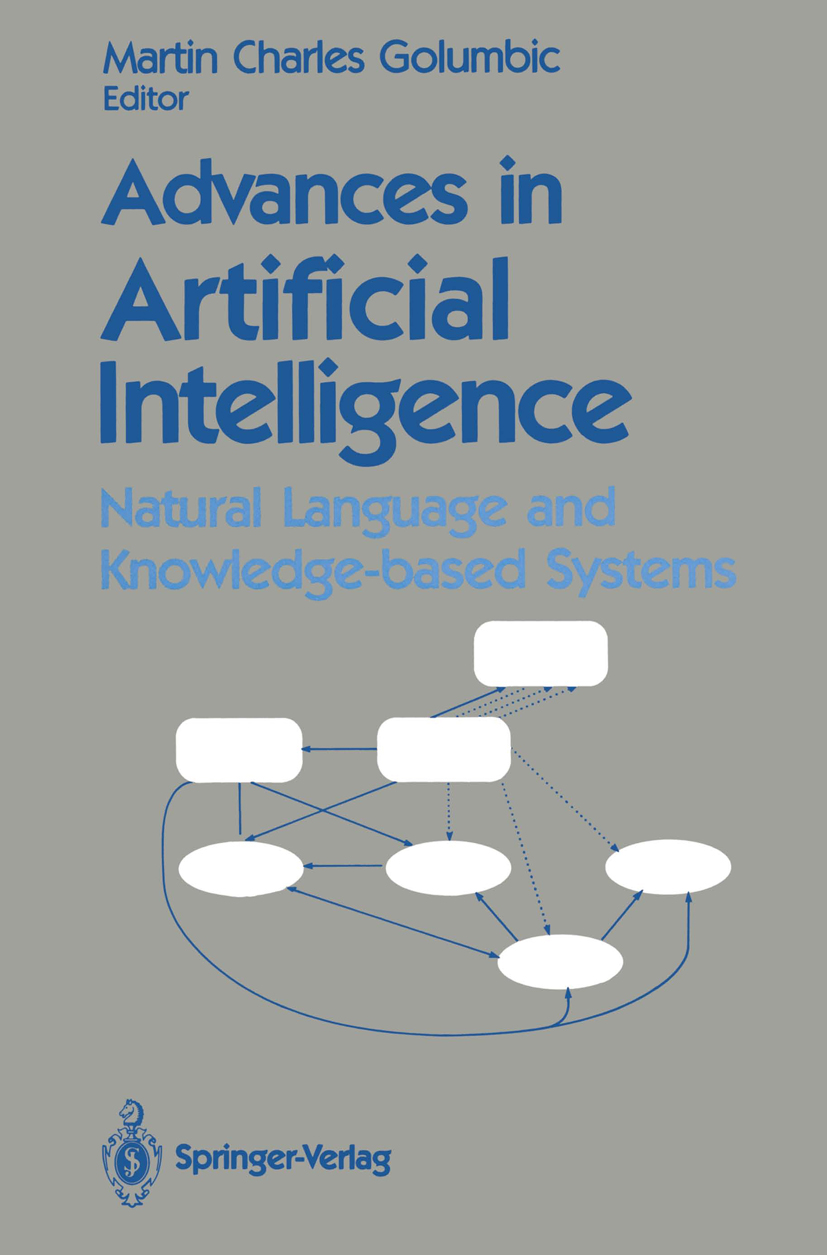
Advances in Artificial Intelligence Research in artificial intelligence, natural language processing and knowledge-based systems has blossomed during the past decade. At national and international symposia as well as in research centers and universities all over the world, these subjects have been the focus of intense debate and study. This is equally true in Israel which has hosted several international forums on these topics. The articles in this book represent a selection of contributions presented at recent AI conferences held in Israel. A theoretical model for a system that learns from its own experience in playing board games is presented in Learning from Experience in Board Games by Ze'ev Ben-Porat and Martin Golumbic. The model enables such a system to enhance and improve its playing capabilities through the use of a learning mechanism which extracts knowledge from actual playing experience. The learning process requires no external guidance or assistance. This model was implemented and tested on a variant of "Chinese Checkers. " The paper shows the feasibility and validity of the proposed model and investigates the parameters that affect its performance traits. The experimental results give evidence of the validity of the model as a powerful learning mechanism. Original and general algorithms for knowledge extraction and pattern matching were designed and tested as part of the prototype computer system. Analysis of the performance characteristics of these algorithms indicates that they can handle large knowledge bases in an efficient manner. COMPUTERS,Artificial Intelligence,General
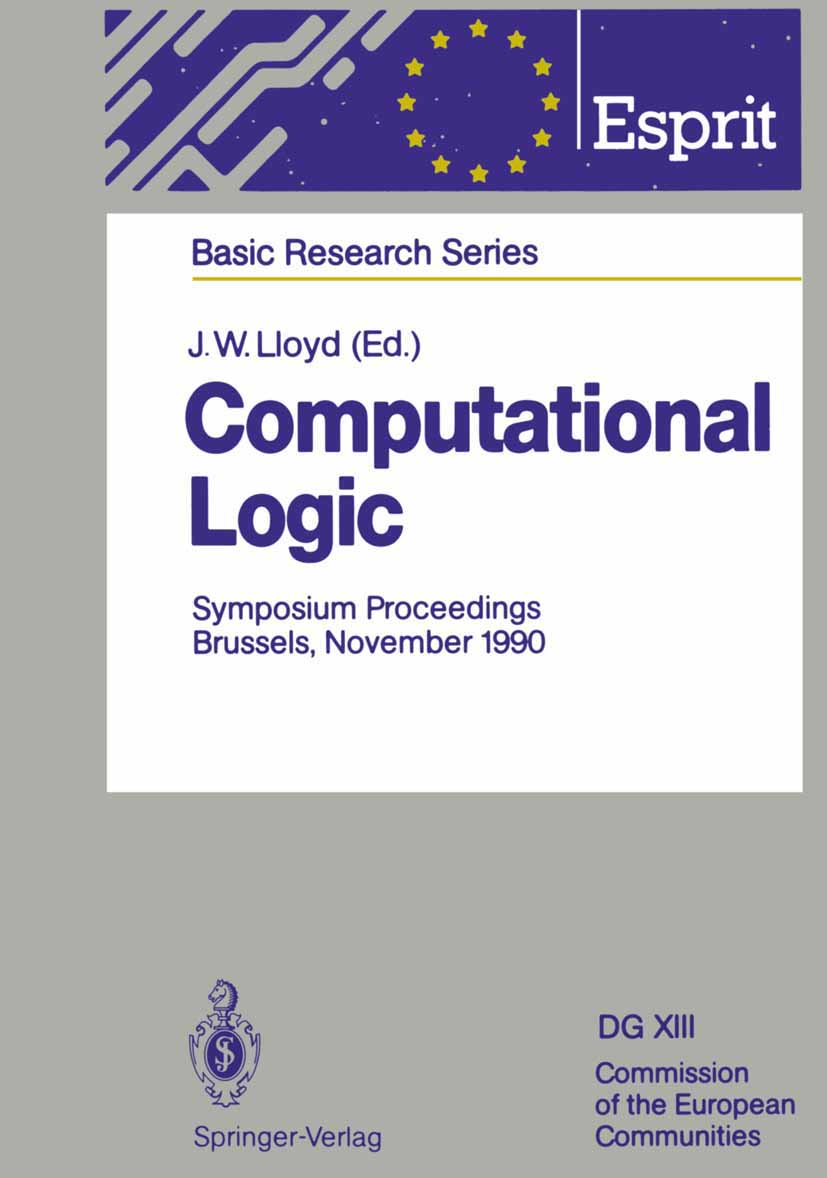
Computational Logic This volume has a dual significance to the ESPRIT Basic Research efforts towards forging strong links between European academic and industrial teams carrying out research, often interdisciplinary, at the forefront of Information Technology. Firstly, it consists of the proceedings of the "Symposium on Computational Logic" - held on the occasion of the 7th ESPRIT Conference Week in November 1990 - whose organisation was inspired by the work of Basic Research Action 3012 (COMPULOG). This is a consortium which has attracted world-wide interest, with requests for collaboration throughout Europe, the US and Japan. The work of COMPULOG acts as a focal point in this symposium which is broadened to cover the work of other eminent researchers in the field, thus providing a review of the state of the art in computational logic, new and important contributions in the field, but also a vision of the future. Secondly, this volume is the first of an ESPRIT Basic Research Series of publications of research results. It is expected that the quality of content and broad distribution of this series will have a major impact in making the advances achieved accessible to the world of academic and industrial research alike. At this time, all ESPRIT Basic Research Actions have completed their first year and it is most encouraging and stimulating to see the flow of results such as the fine examples presented in this symposium. COMPUTERS,Artificial Intelligence,General

Expert Systems ***e FACHGEBIET*** Mathematical Geology, Computer Applications, Artificial Intelligence, Urban Economics and Regional Economics ***INTERESSENTENGRUPPE*** Of interest to Urban and Regional planners, civil engineers, geographers; computer scientists; operations researchers; landscape architects; and advanced students in the above disciplines.- Level: Technical Book, Monograph ***URHEBER*** T.J. Kim, University of Illinois, Champaign, IL; L.L. Wiggins, Massachusetts Institute of Technology, Cambridge, MA; J.R. Wright, Purdue University, Lafayette, IN (Eds.) ***TITEL*** Expert Systems: Applications to Urban Planning ***BIBLIOGRAPHISCHE-ANGABEN*** 1990. XIV, 268 pp. 48 figs. Hardcover DM 78,- ISBN 3-540-97171-8 ***LANGTEXT*** While expert systems have become a popular topic in the computing, medical and engineering fields, the expert system is still a new technology in urban planning. This book introduces expert systems for problem solving in urban planning and describes the way in which heuristic knowledge and rules of thumb of expert planners can be represented through computer programs. The book presents practical applications of expert systems for solving many important urban planning problems, particularly those issues that many practicing planners face in their daily operations. Problems and issues discussed are grouped in the following categories: - Land Use Planning - Transportation Planning - Site Selection and Analysis - Environmental Planning - Conflict Mediation and Legal Disputes - Future Developments and Directions Expert Systems: Applications to Urban Planning will benefit both urban planners who wish to learn how this new technology might be applied to their daily work as well as researchers in expert systems seeking new ideas for systems design. COMPUTERS,Artificial Intelligence,General
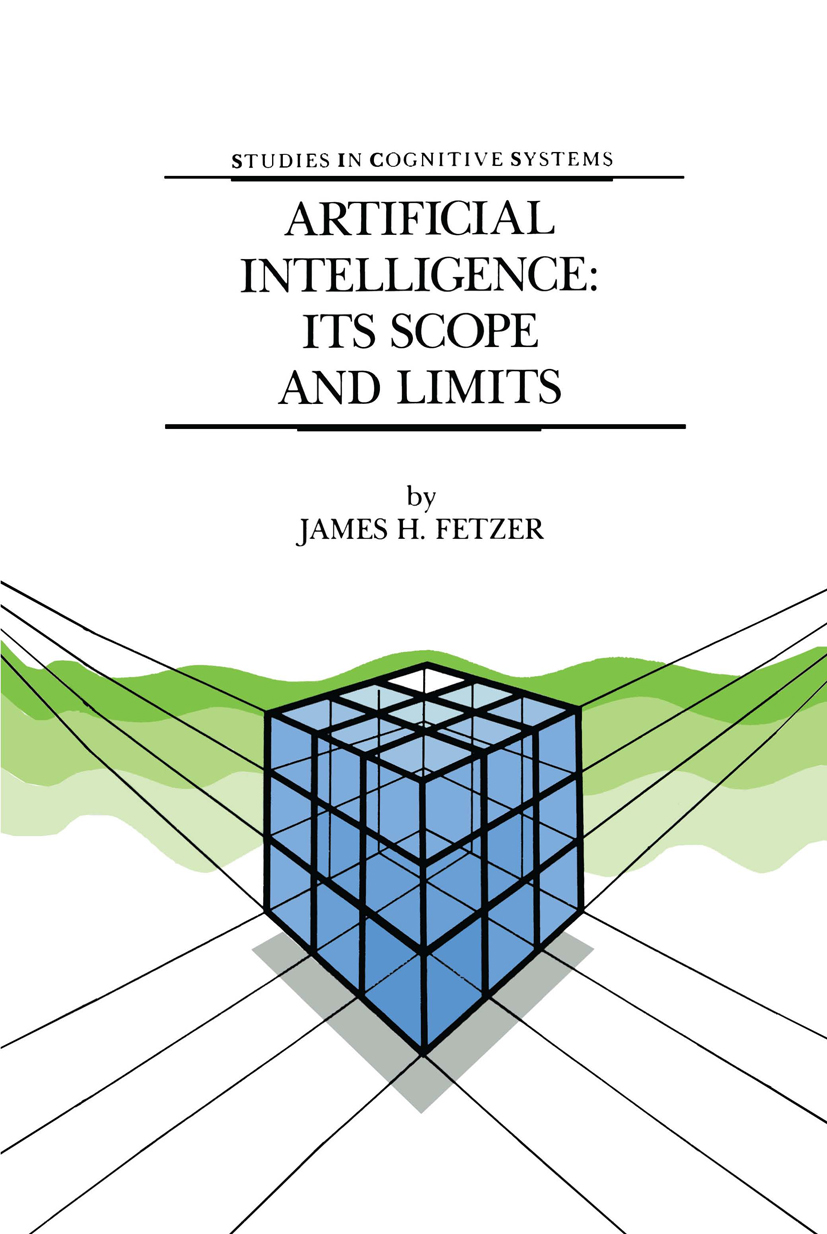
Artificial Intelligence This series will include monographs and collections of studies devoted to the investigation and exploration of knowledge, information, and data processing systems of all kinds, no matter whether human, (other) animal, or machine. Its scope is intended to span the full range of interests from classical problems in the philosophy of mind and philosophical psycholo gy through issues in cognitive psychology and sociobiology (concerning the mental capabilities of other species) to ideas related to artificial in telligence and to computer science. While primary emphasis will be placed upon theoretical, conceptual, and epistemological aspects of these prob lems and domains, empirical, experimental, and methodological studies will also appear from time to time. The perspective that prevails in artificial intelligence today suggests that the theory of computability defines the boundaries of the nature of thought, precisely because all thinking is computational. This paradigm draws its inspiration from the symbol-system hypothesis of Newell and Simon and finds its culmination in the computational conception of lan guage and mentality. The "standard conception" represented by these views is subjected to a thorough and sustained critique in the pages of this book. Employing a distinction between systems for which signs are signif icant for the users of a system and others for which signs are significant for use by a system, I have sought to define the boundaries of what AI, in principle, may be expected to achieve. COMPUTERS,Artificial Intelligence,General
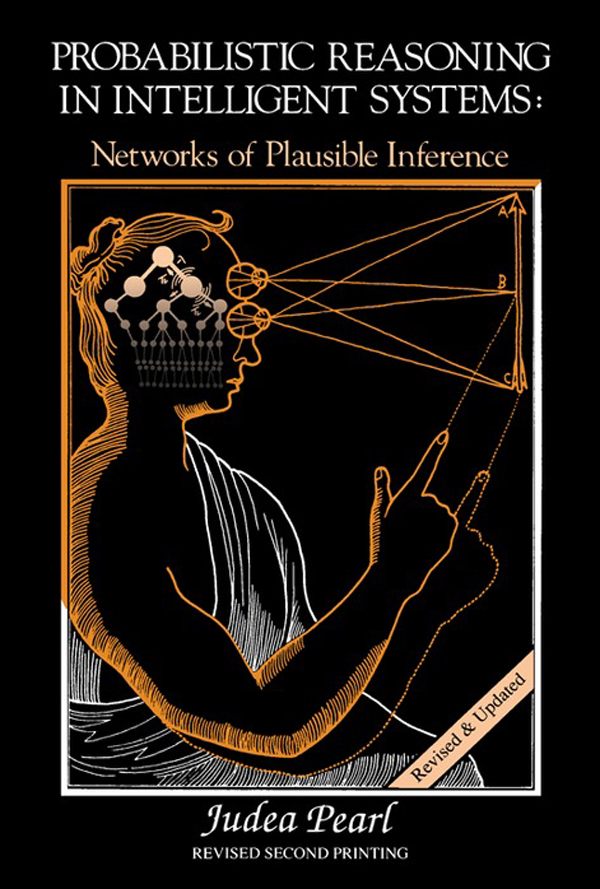
Probabilistic Reasoning in Intelligent Systems Probabilistic Reasoning in Intelligent Systems is a complete and accessible account of the theoretical foundations and computational methods that underlie plausible reasoning under uncertainty. The author provides a coherent explication of probability as a language for reasoning with partial belief and offers a unifying perspective on other AI approaches to uncertainty, such as the Dempster-Shafer formalism, truth maintenance systems, and nonmonotonic logic. The author distinguishes syntactic and semantic approaches to uncertainty--and offers techniques, based on belief networks, that provide a mechanism for making semantics-based systems operational. Specifically, network-propagation techniques serve as a mechanism for combining the theoretical coherence of probability theory with modern demands of reasoning-systems technology: modular declarative inputs, conceptually meaningful inferences, and parallel distributed computation. Application areas include diagnosis, forecasting, image interpretation, multi-sensor fusion, decision support systems, plan recognition, planning, speech recognition--in short, almost every task requiring that conclusions be drawn from uncertain clues and incomplete information. Probabilistic Reasoning in Intelligent Systems will be of special interest to scholars and researchers in AI, decision theory, statistics, logic, philosophy, cognitive psychology, and the management sciences. Professionals in the areas of knowledge-based systems, operations research, engineering, and statistics will find theoretical and computational tools of immediate practical use. The book can also be used as an excellent text for graduate-level courses in AI, operations research, or applied probability. COMPUTERS,Artificial Intelligence,General
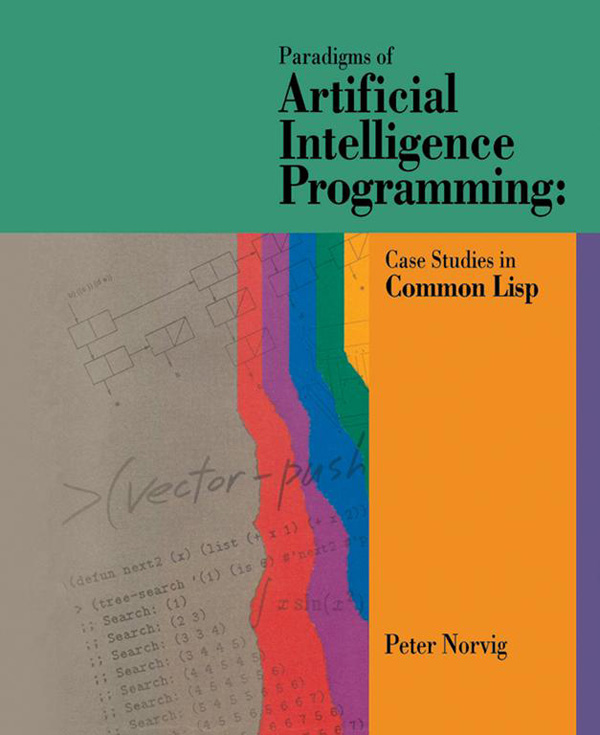
Paradigms of Artificial Intelligence Programming Paradigms of AI Programming is the first text to teach advanced Common Lisp techniques in the context of building major AI systems. By reconstructing authentic, complex AI programs using state-of-the-art Common Lisp, the book teaches students and professionals how to build and debug robust practical programs, while demonstrating superior programming style and important AI concepts. The author strongly emphasizes the practical performance issues involved in writing real working programs of significant size. Chapters on troubleshooting and efficiency are included, along with a discussion of the fundamentals of object-oriented programming and a description of the main CLOS functions. This volume is an excellent text for a course on AI programming, a useful supplement for general AI courses and an indispensable reference for the professional programmer. COMPUTERS,Artificial Intelligence,General
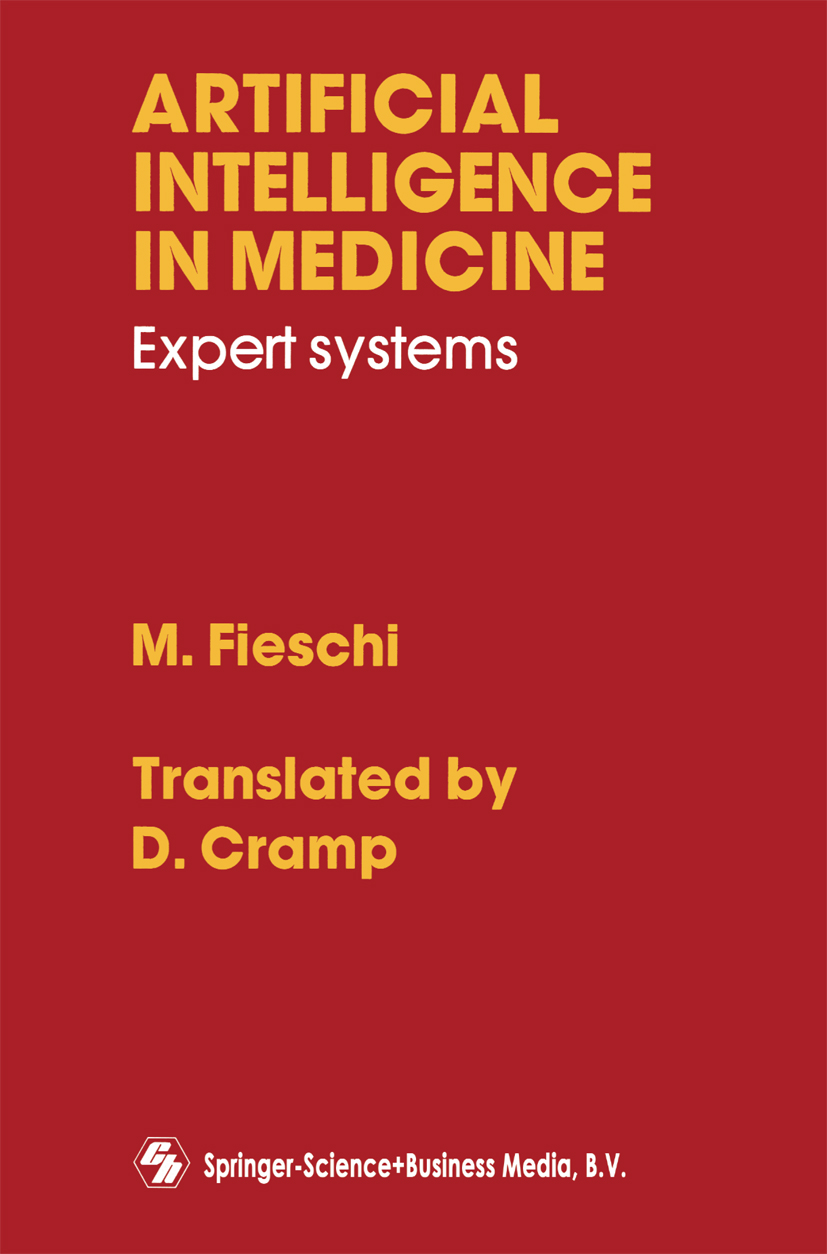
Artificial Intelligence in Medicine Expert systems constitute a research area which is currently expanding. This book is based largely on work undertaken for my doctoral thesis and attempts to set out in readily understood language the different methods of knowledge representation used in different systems. How ever, since the field for applications is enormous and touches on many disciplines (engineering science, computing, geology, medicine etc.) only those systems with medical applications are presented. The second part of this book is devoted to detailed discussion of one expert system developed in this department: SPHINX. I wish to thank all those who have given me their support, their criticisms and suggestions: Dominique Fieschi, Michel Joubert, Genevieve Botti, Michel Roux, Jean-Louis Lauriere, as well as the CNRS which supported the ATP Expert Systems Group with an individual grant. Marius Fieschi Foreword This work deals with 'Expert Systems' in the realm of medicine. The phrase 'Expert System' describes an information system not only in terms of its content but also in terms of its application. As with all generic terms, it is condensed to the point where the meaning cannot be guessed from simply reading it. It concerns systems processing knowledge and behaviour in ways close to those of a human expert. In the field of medicine this expert would be the consultant or specialist to whom a family practitioner refers a 'case' which he is unable to diagnose. The study of expert systems is a branch of computer science called artificial intelligence. COMPUTERS,Artificial Intelligence,General
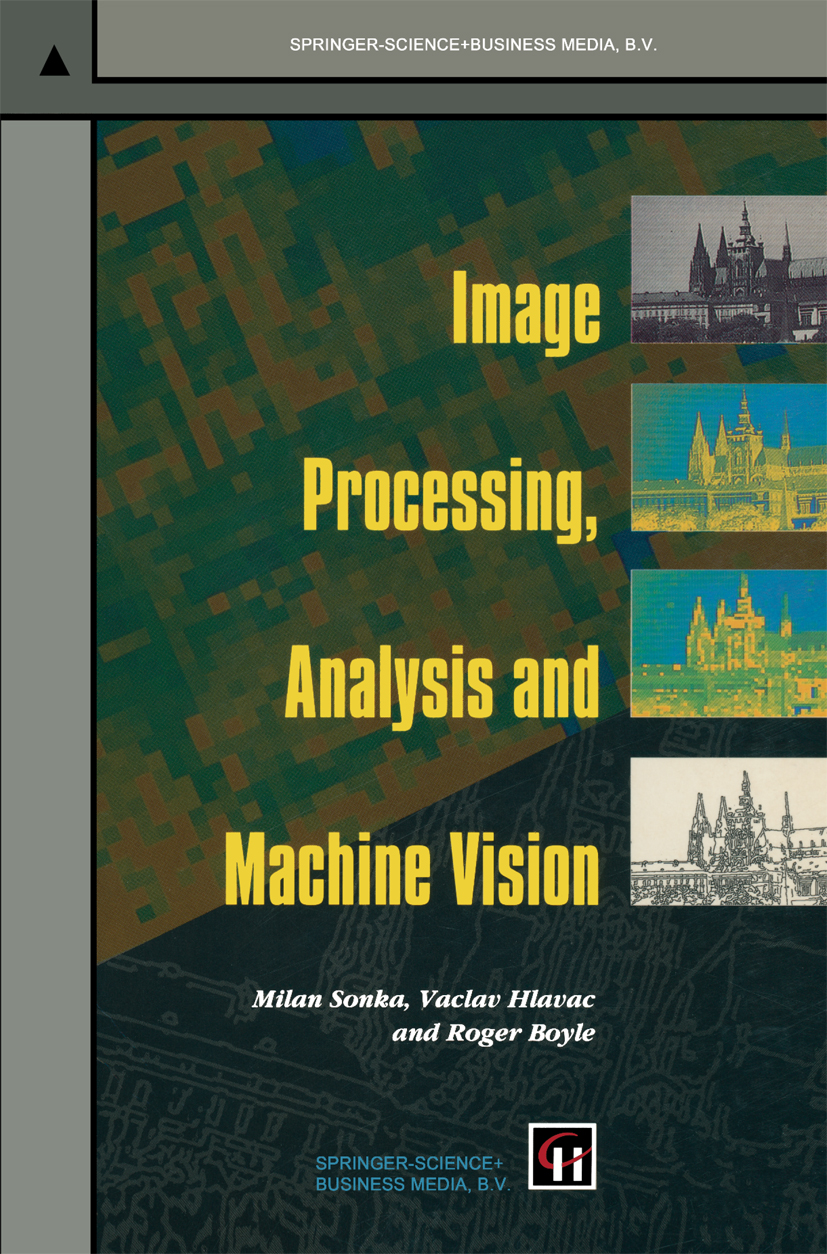
Image Processing, Analysis and Machine Vision Image Processing, Analysis and Machine Vision represent an exciting part of modern cognitive and computer science. Following an explosion of inter est during the Seventies, the Eighties were characterized by the maturing of the field and the significant growth of active applications; Remote Sensing, Technical Diagnostics, Autonomous Vehicle Guidance and Medical Imaging are the most rapidly developing areas. This progress can be seen in an in creasing number of software and hardware products on the market as well as in a number of digital image processing and machine vision courses offered at universities world-wide. There are many texts available in the areas we cover - most (indeed, all of which we know) are referenced somewhere in this book. The subject suffers, however, from a shortage of texts at the 'elementary' level - that appropriate for undergraduates beginning or completing their studies of the topic, or for Master's students - and the very rapid developments that have taken and are still taking place, which quickly age some of the very good text books produced over the last decade or so. This book reflects the authors' experience in teaching one and two semester undergraduate and graduate courses in Digital Image Processing, Digital Image Analysis, Machine Vision, Pattern Recognition and Intelligent Robotics at their respective institutions. COMPUTERS,Artificial Intelligence,General
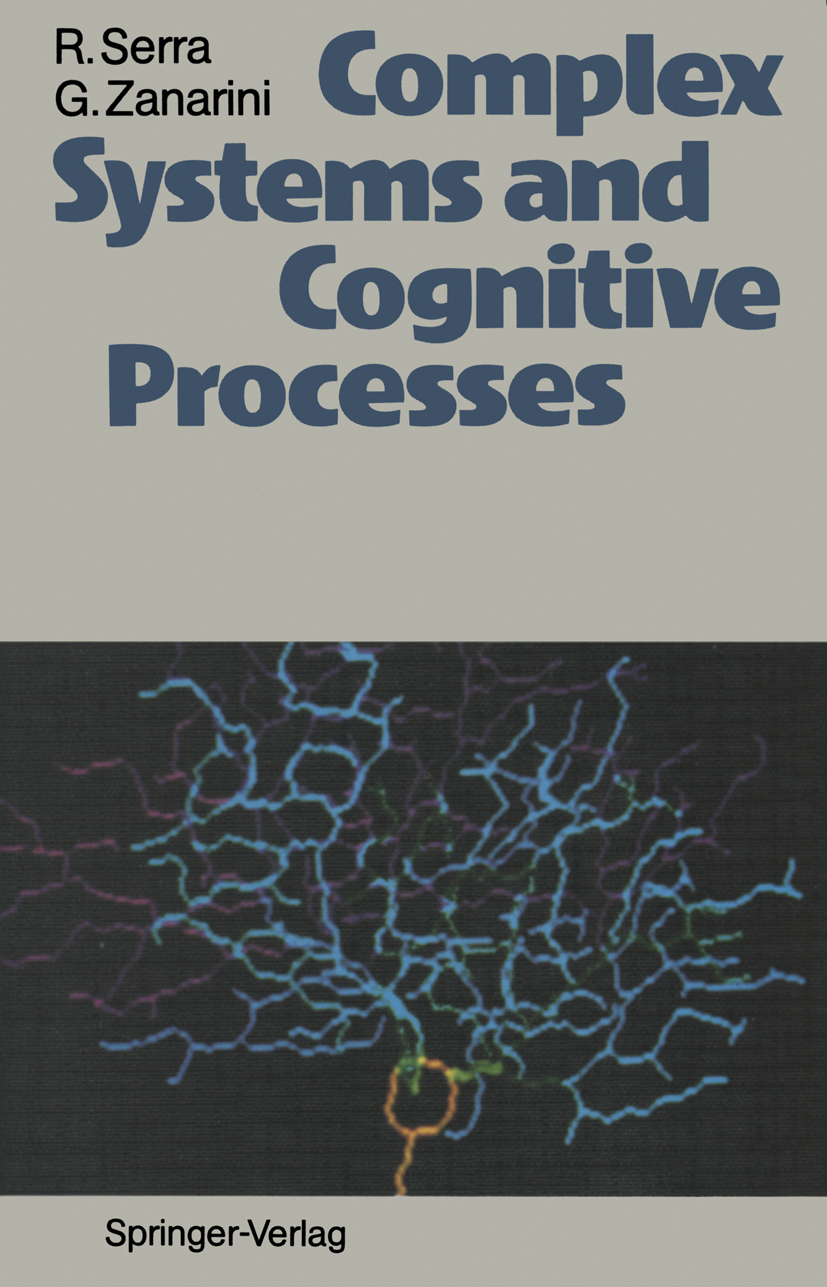
Complex Systems and Cognitive Processes This volume describes our intellectual path from the physics of complex sys tems to the science of artificial cognitive systems. It was exciting to discover that many of the concepts and methods which succeed in describing the self organizing phenomena of the physical world are relevant also for understand ing cognitive processes. Several nonlinear physicists have felt the fascination of such discovery in recent years. In this volume, we will limit our discussion to artificial cognitive systems, without attempting to model either the cognitive behaviour or the nervous structure of humans or animals. On the one hand, such artificial systems are important per se; on the other hand, it can be expected that their study will shed light on some general principles which are relevant also to biological cognitive systems. The main purpose of this volume is to show that nonlinear dynamical systems have several properties which make them particularly attractive for reaching some of the goals of artificial intelligence. The enthusiasm which was mentioned above must however be qualified by a critical consideration of the limitations of the dynamical systems approach. Understanding cognitive processes is a tremendous scientific challenge, and the achievements reached so far allow no single method to claim that it is the only valid one. In particular, the approach based upon nonlinear dynamical systems, which is our main topic, is still in an early stage of development. COMPUTERS,Artificial Intelligence,General
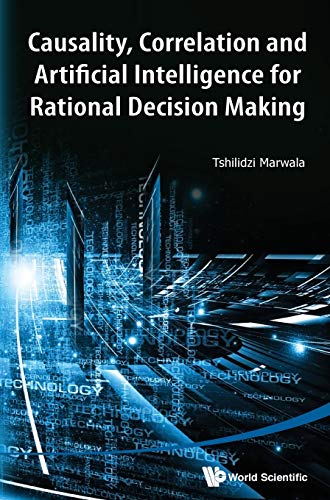
Causality, Correlation And Artificial Intelligence For Rational Decision Making Causality has been a subject of study for a long time. Often causality is confused with correlation. Human intuition has evolved such that it has learned to identify causality through correlation. In this book, four main themes are considered and these are causality, correlation, artificial intelligence and decision making. A correlation machine is defined and built using multi-layer perceptron network, principal component analysis, Gaussian Mixture models, genetic algorithms, expectation maximization technique, simulated annealing and particle swarm optimization. Furthermore, a causal machine is defined and built using multi-layer perceptron, radial basis function, Bayesian statistics and Hybrid Monte Carlo methods. Both these machines are used to build a Granger non-linear causality model. In addition, the Neyman-Rubin, Pearl and Granger causal models are studied and are unified. The automatic relevance determination is also applied to extend Granger causality framework to the non-linear domain. The concept of rational decision making is studied, and the theory of flexibly-bounded rationality is used to extend the theory of bounded rationality within the principle of the indivisibility of rationality. The theory of the marginalization of irrationality for decision making is also introduced to deal with satisficing within irrational conditions. The methods proposed are applied in biomedical engineering, condition monitoring and for modelling interstate conflict. COMPUTERS,Artificial Intelligence,General
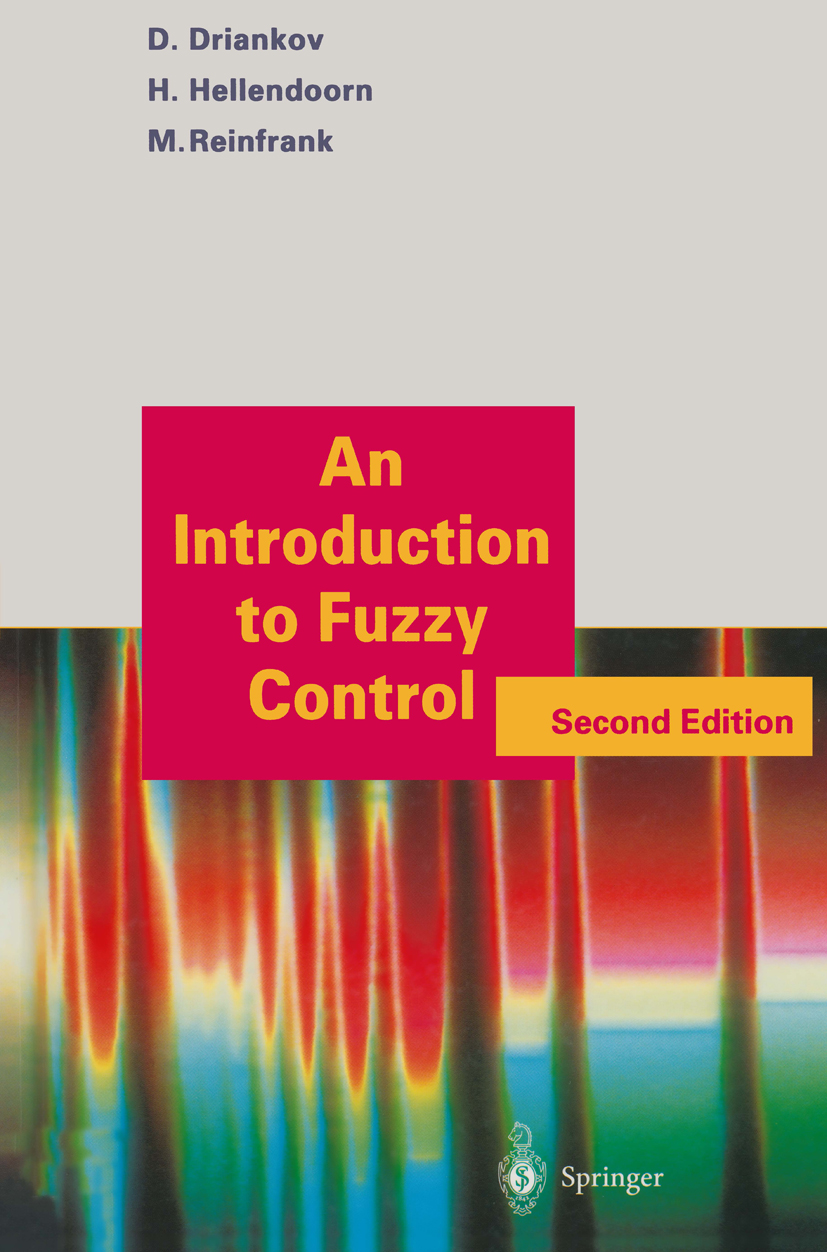
An Introduction to Fuzzy Control Fuzzy controllers are a class of knowledge based controllers using artificial intelligence techniques with origins in fuzzy logic. They can be found either as stand-alone control elements or as integral parts of a wide range of industrial process control systems and consumer products. Applications of fuzzy controllers are an established practice for Japanese manufacturers, and are spreading in Europe and America. The main aim of this book is to show that fuzzy control is not totally ad hoc, that there exist formal techniques for the analysis of a fuzzy controller, and that fuzzy control can be implemented even when no expert knowledge is available. The book is mainly oriented to control engineers and theorists, although parts can be read without any knowledge of control theory and may interest AI people. This 2nd, revised edition incorporates suggestions from numerous reviewers and updates and reorganizes some of the material. COMPUTERS,Artificial Intelligence,General
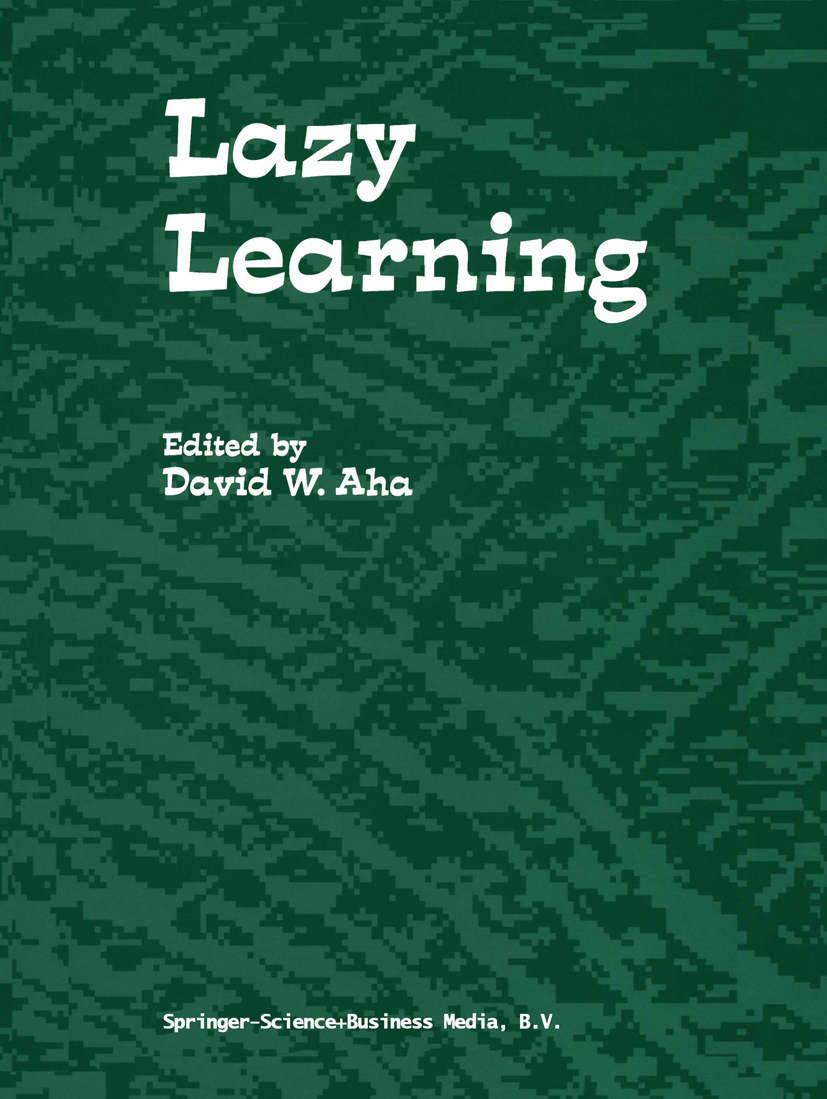
Lazy Learning This edited collection describes recent progress on lazy learning, a branch of machine learning concerning algorithms that defer the processing of their inputs, reply to information requests by combining stored data, and typically discard constructed replies. It is the first edited volume in AI on this topic, whose many synonyms include `instance-based', `memory-based'. `exemplar-based', and `local learning', and whose topic intersects case-based reasoning and edited k-nearest neighbor classifiers. It is intended for AI researchers and students interested in pursuing recent progress in this branch of machine learning, but, due to the breadth of its contributions, it should also interest researchers and practitioners of data mining, case-based reasoning, statistics, and pattern recognition. COMPUTERS,Artificial Intelligence,General
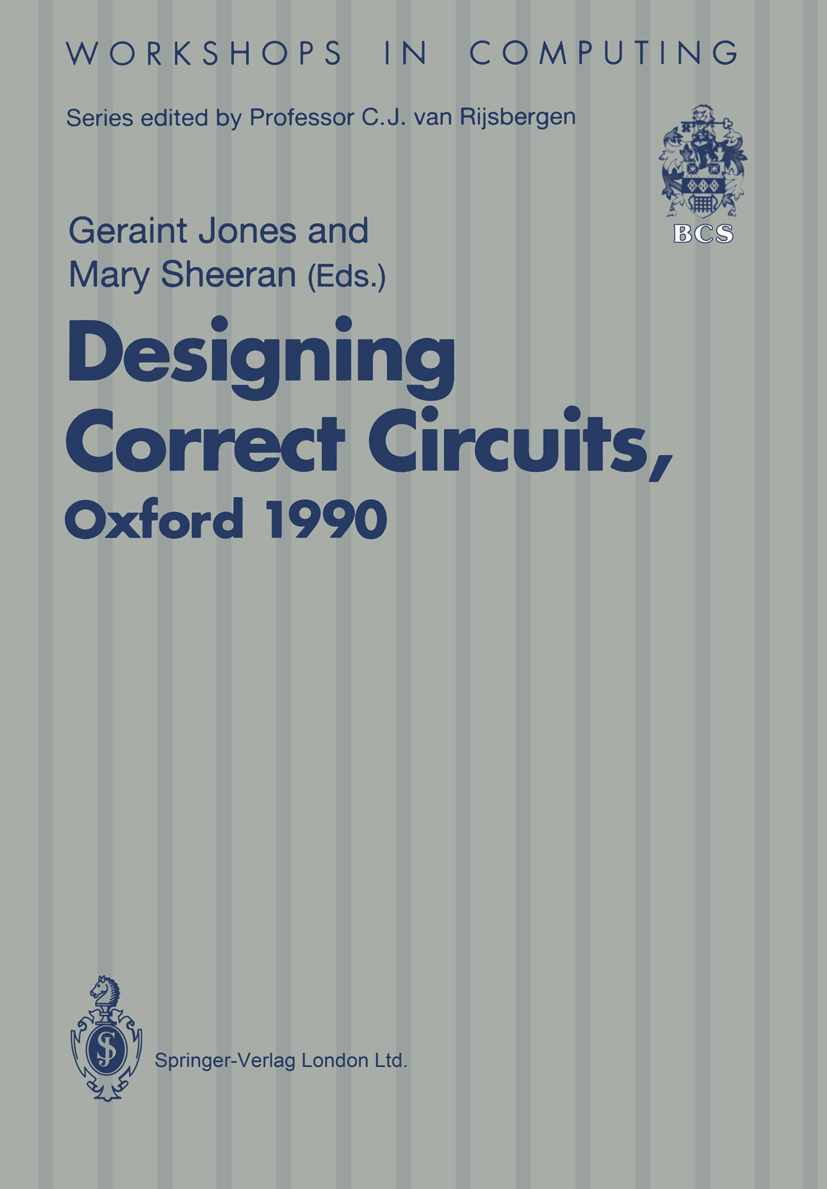
Designing Correct Circuits These proceedings contain the papers presented at a workshop on Designing Correct Circuits, jointly organised by the Universities of Oxford and Glasgow, and held in Oxford on 26-28 September 1990. There is a growing interest in the application to hardware design of the techniques of software engineering. As the complexity of hardware systems grows, and as the cost both in money and time of making design errors becomes more apparent, so there is an eagerness to build on the success of mathematical techniques in program develop ment. The harsher constraints on hardware designers mean both that there is a greater need for good abstractions and rigorous assurances of the trustworthyness of designs, and also that there is greater reason to expect that these benefits can be realised. The papers presented at this workshop consider the application of mathematics to hardware design at several different levels of abstraction. At the lowest level of this spectrum, Zhou and Hoare show how to describe and reason about synchronous switching circuits using UNilY, a formalism that was developed for reasoning about parallel programs. Aagaard and Leeser use standard mathematical tech niques to prove correct their implementation of an algorithm for Boolean simplification. The circuits generated by their formal synthesis system are thus correct by construction. Thuau and Pilaud show how the declarative language LUSTRE, which was designed for program ming real-time systems, can be used to specify synchronous circuits. COMPUTERS,Artificial Intelligence,General

Neural Computation and Psychology The papers that appear in this volume are refereed versions of presenta tions made at the third Neural Computation and Psychology Workshop, held at Stirling University, Scotland, from 31 August to 2 September 1994. The aim of this series of conferences has been to explore the interface between Neural Computing and Psychology: this has been a fruitful area for many researchers for a number of reasons. The development ofNeural Computation has supplied tools to researchers in Cognitive Neuroscience, allowing them to look at possible mechanisms for implementing theories which would otherwise remain 'black box' techniques. These theories may be high-level theories, concerned with interaction between a number of brain areas, or low-level, describing the way in which smaller local groups of neurons behave. Neural Computation techniques have allowed computer scientists to implement systems which are based on how real brains appear to function, providing effective pattern recognition systems. We can thus mount a two-pronged attack on perception. The papers here come from both the Cognitive Psychology viewpoint and from the Computer Science viewpoint: it is a mark of the growing maturity of the interface between the two subjects that they can under stand each other's papers, and the level of discussion at the workshop itself showed how important each camp considers the other to be. The papers here are divided into four sections, reflecting the primary areas of the material. COMPUTERS,Artificial Intelligence,General
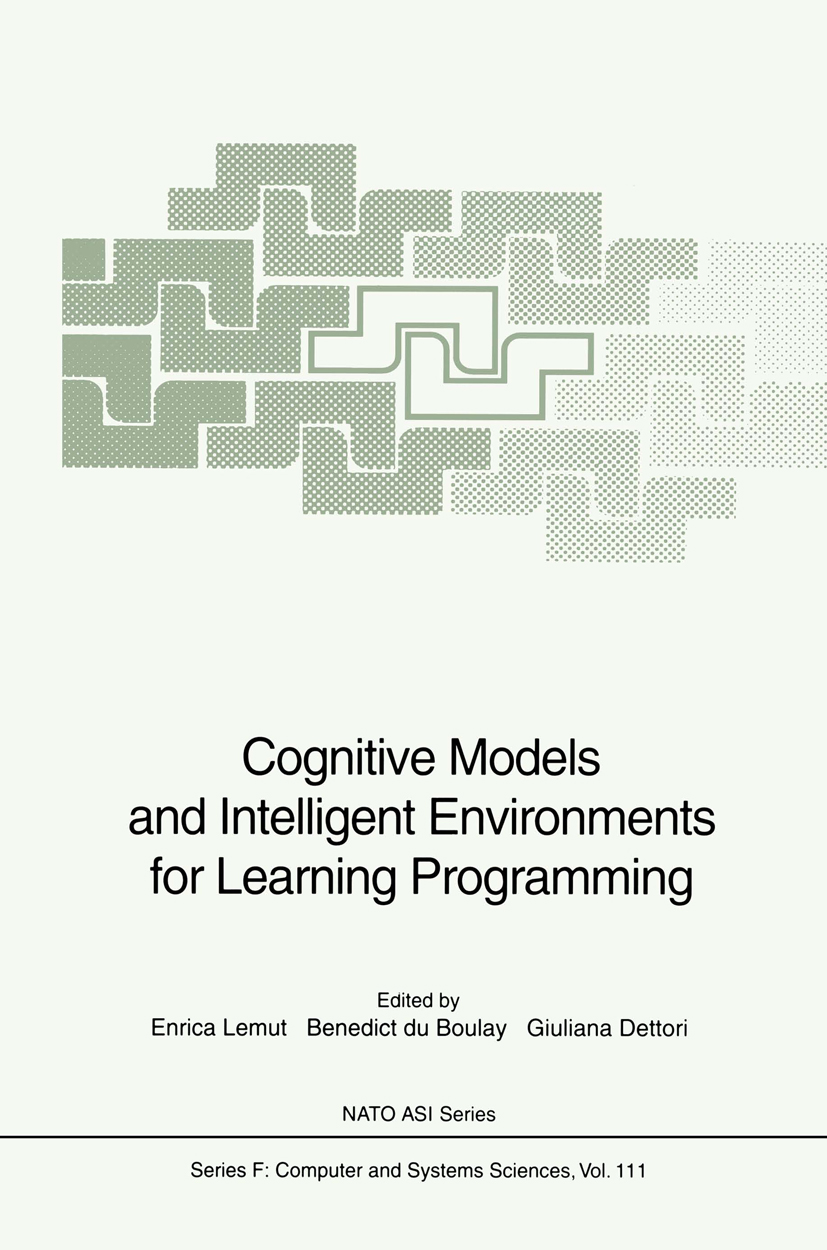
Cognitive Models and Intelligent Environments for Learning Programming Proceedings of the NATO Advanced Research Workshop on Cognitive Models and Intelligent Environments for Learning Programming, held near Genova, Italy, March 17-21, 1992 COMPUTERS,Artificial Intelligence,General
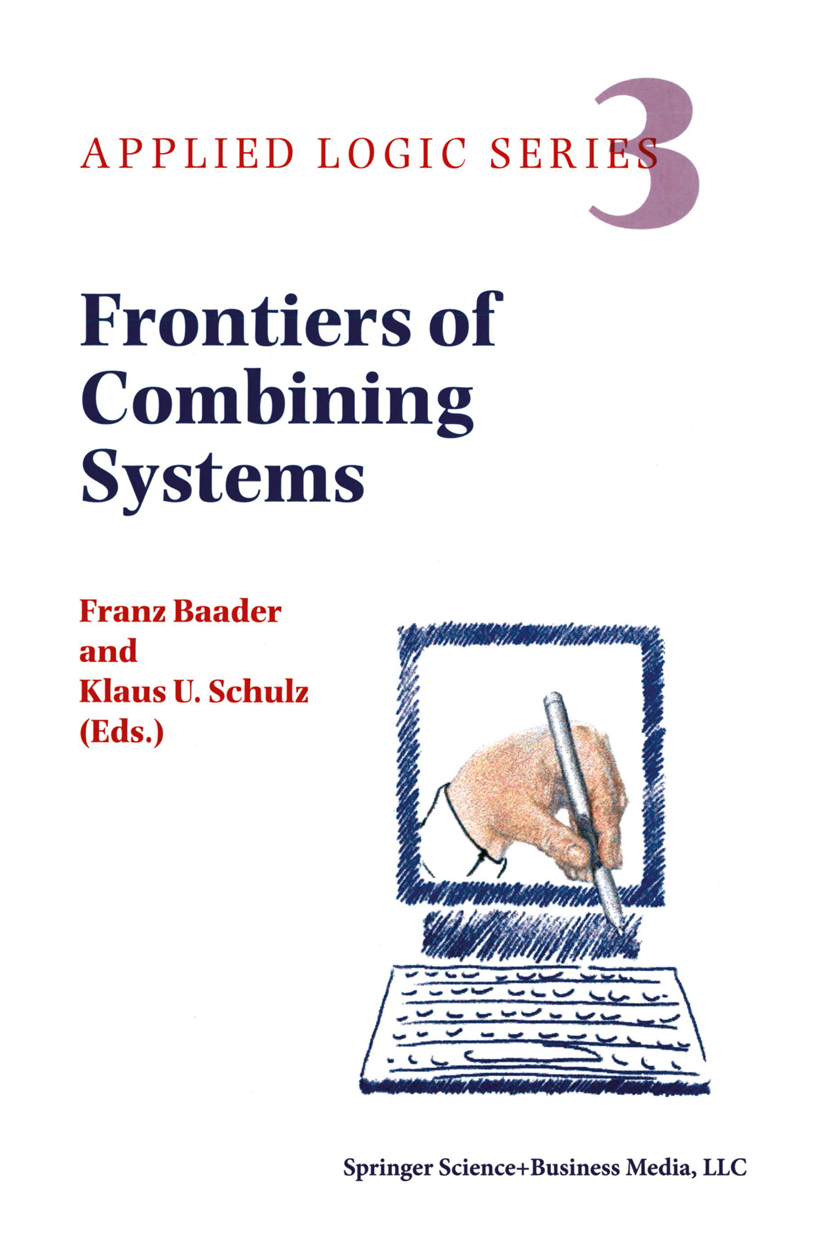
Frontiers of Combining Systems First International Workshop, Munich, March 1996 COMPUTERS,Artificial Intelligence,General
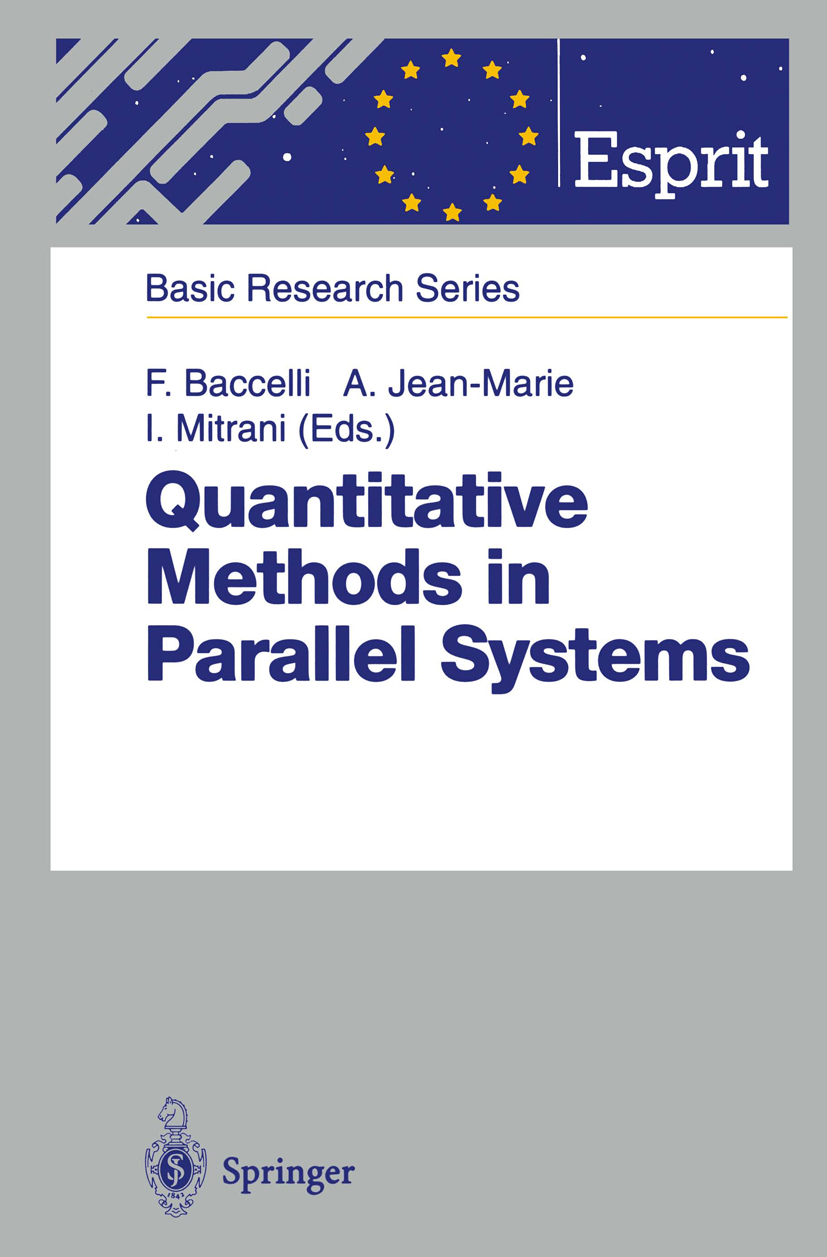
Quantitative Methods in Parallel Systems It is widely recognized that the complexity of parallel and distributed systems is such that proper tools must be employed during their design stage in order to achieve the quantitative goals for which they are intended. This volume collects recent research results obtained within the Basic Research Action Qmips, which bears on the quantitative analysis of parallel and distributed architectures. Part 1 is devoted to research on the usage of general formalisms stemming from theoretical computer science in quantitative performance modeling of parallel systems. It contains research papers on process algebras, on Petri nets, and on queueing networks. The contributions in Part 2 are concerned with solution techniques. This part is expected to allow the reader to identify among the general formalisms of Part I, those that are amenable to an efficient mathematical treatment in the perspective of quantitative information. The common theme of Part 3 is the application of the analytical results of Part 2 to the performance evaluation and optimization of parallel and distributed systems. Part 1. Stochastic Process Algebras are used by N. Gotz, H. Hermanns, U. Herzog, V. Mertsiotakis and M. Rettelbach as a novel approach for the struc tured design and analysis of both the functional behaviour and performability (i.e performance and dependability) characteristics of parallel and distributed systems. This is achieved by integrating stochastic modeling and analysis into the powerful and well investigated formal description techniques of process algebras. COMPUTERS,Artificial Intelligence,General
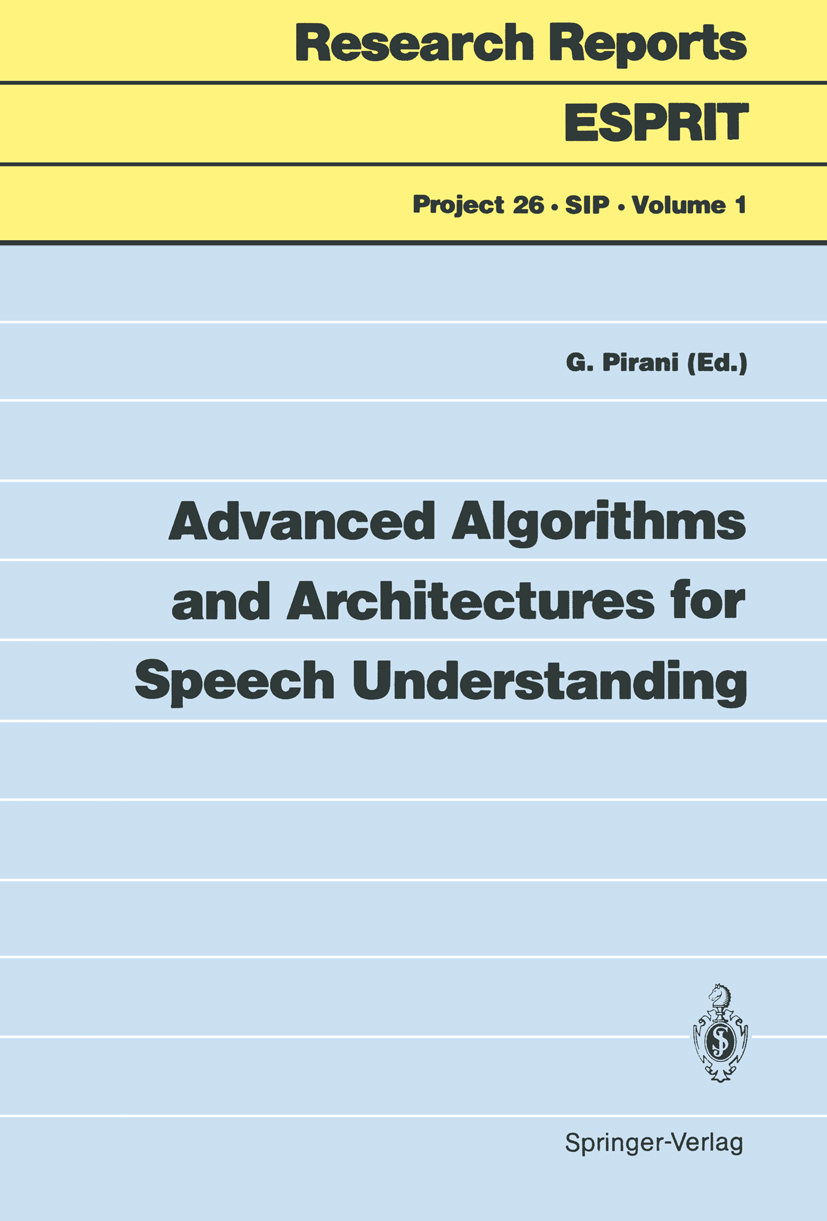
Advanced Algorithms and Architectures for Speech Understanding This book is intended to give an overview of the major results achieved in the field of natural speech understanding inside ESPRIT Project P. 26, "Advanced Algorithms and Architectures for Speech and Image Processing". The project began as a Pilot Project in the early stage of Phase 1 of the ESPRIT Program launched by the Commission of the European Communities. After one year, in the light of the preliminary results that were obtained, it was confirmed for its 5-year duration. Even though the activities were carried out for both speech and image understand ing we preferred to focus the treatment of the book on the first area which crystallized mainly around the CSELT team, with the valuable cooperation of AEG, Thomson-CSF, and Politecnico di Torino. Due to the work of the five years of the project, the Consortium was able to develop an actual and complete understanding system that goes from a continuously spoken natural language sentence to its meaning and the consequent access to a database. When we started in 1983 we had some expertise in small-vocabulary syntax-driven connected-word speech recognition using Hidden Markov Models, in written natural lan guage understanding, and in hardware design mainly based upon bit-slice microprocessors. COMPUTERS,Artificial Intelligence,General
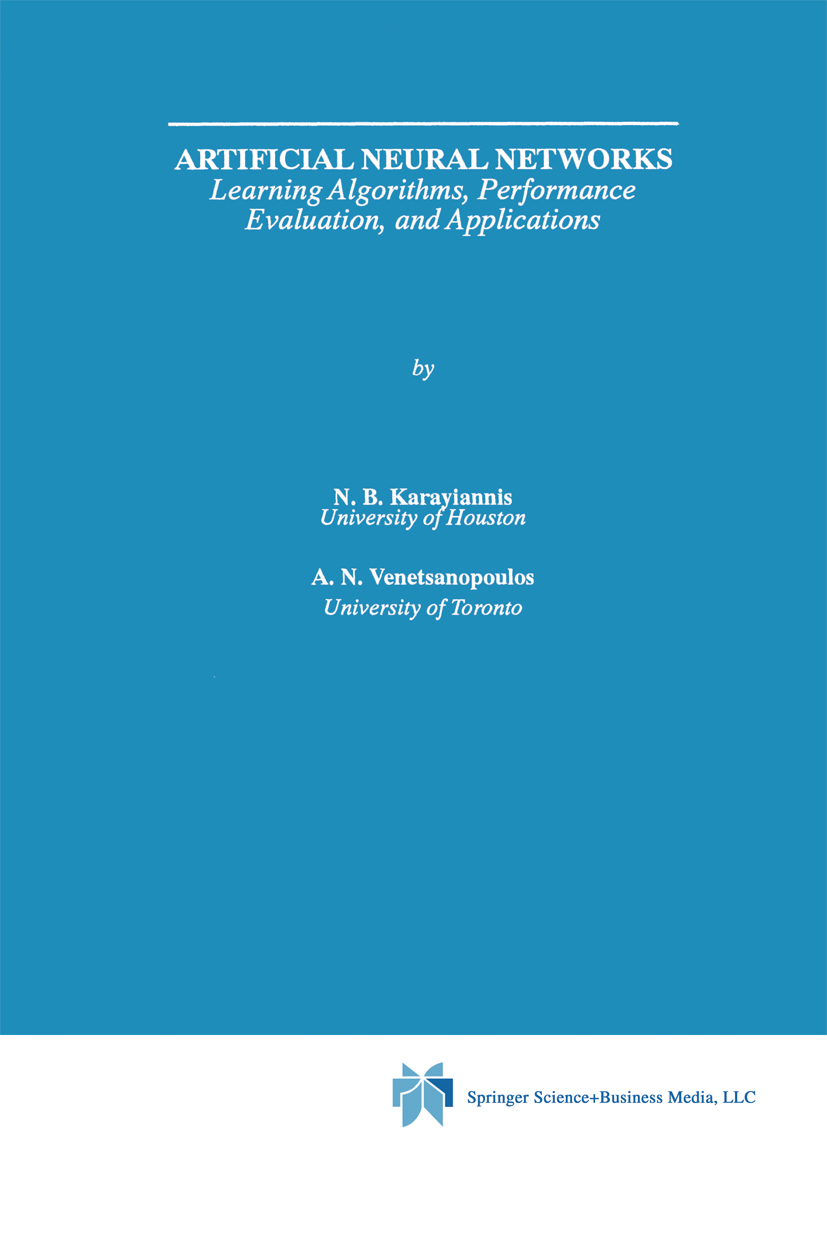
Artificial Neural Networks 1.1 Overview We are living in a decade recently declared as the "Decade of the Brain". Neuroscientists may soon manage to work out a functional map of the brain, thanks to technologies that open windows on the mind. With the average human brain consisting of 15 billion neurons, roughly equal to the number of stars in our milky way, each receiving signals through as many as 10,000 synapses, it is quite a view. "The brain is the last and greatest biological frontier", says James Weston codiscoverer of DNA, considered to be the most complex piece of biological machinery on earth. After many years of research by neuroanatomists and neurophys iologists, the overall organization of the brain is well understood, but many of its detailed neural mechanisms remain to be decoded. In order to understand the functioning of the brain, neurobiologists have taken a bottom-up approach of studying the stimulus-response characteristics of single neurons and networks of neurons, while psy chologists have taken a top-down approach of studying brain func tions from the cognitive and behavioral level. While these two ap proaches are gradually converging, it is generally accepted that it may take another fifty years before we achieve a solid microscopic, intermediate, and macroscopic understanding of brain. COMPUTERS,Artificial Intelligence,General
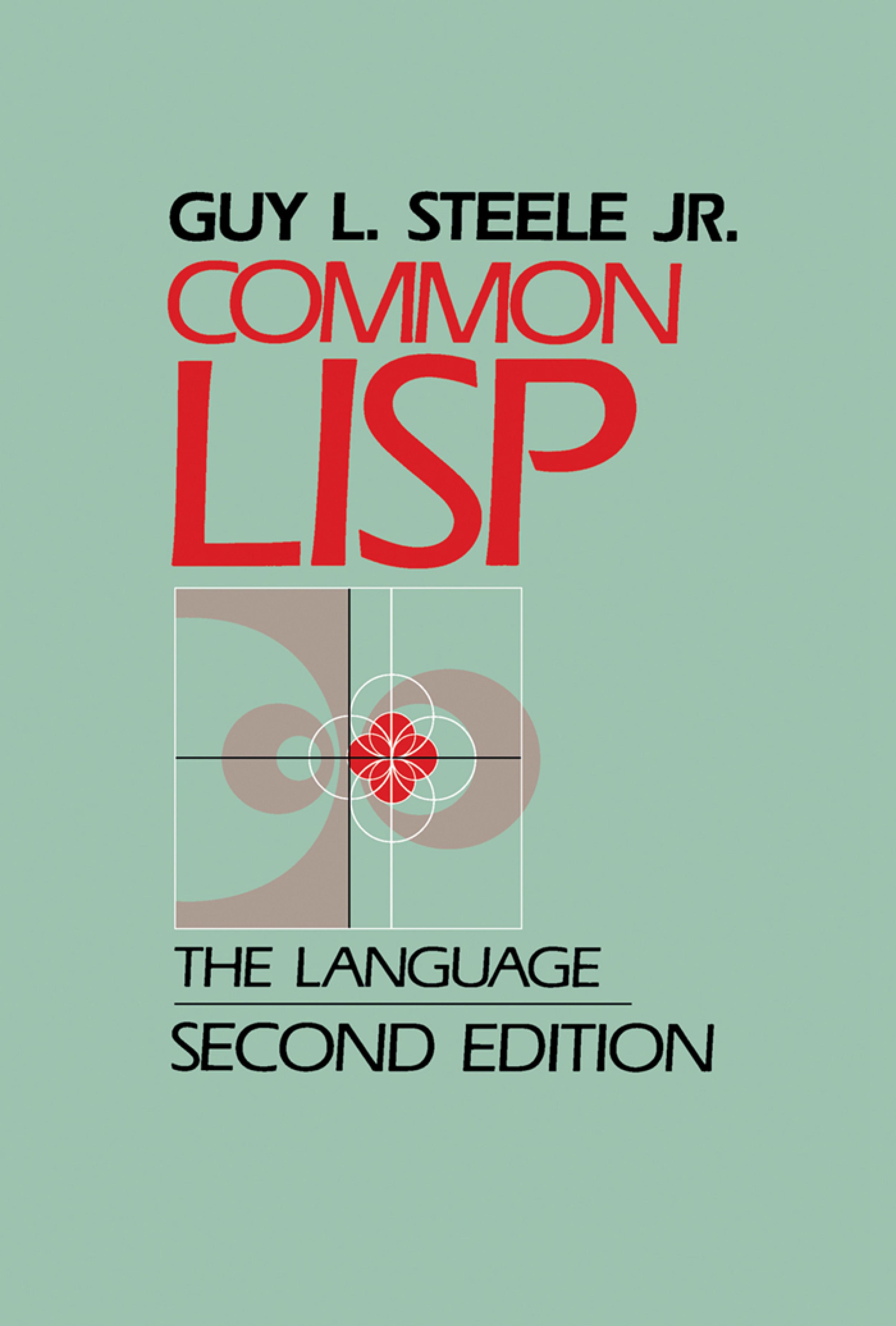
Common LISP The defacto standard - a must-have for all LISP programmers. In this greatly expanded edition of the defacto standard, you'll learn about the nearly 200 changes already made since original publication - and find out about gray areas likely to be revised later. Written by the Vice- Chairman of X3J13 (the ANSIcommittee responsible for the standardization of Common Lisp) and co-developer of the language itself, the new edition contains the entire text of the first edition plus six completely new chapters. They cover: - CLOS, the Common Lisp Object System, with new features to support function overloading and object-oriented programming, plus complete technical specifications * Loops, a powerful control structure for multiple variables * Conditions, a generalization of the error signaling mechanism * Series and generators * Plus other subjects not part of the ANSI standards but of interest to professional programmers. Throughout, you'll find fresh examples, additional clarifications, warnings, and tips - all presented with the author's customary vigor and wit. COMPUTERS,Artificial Intelligence,General
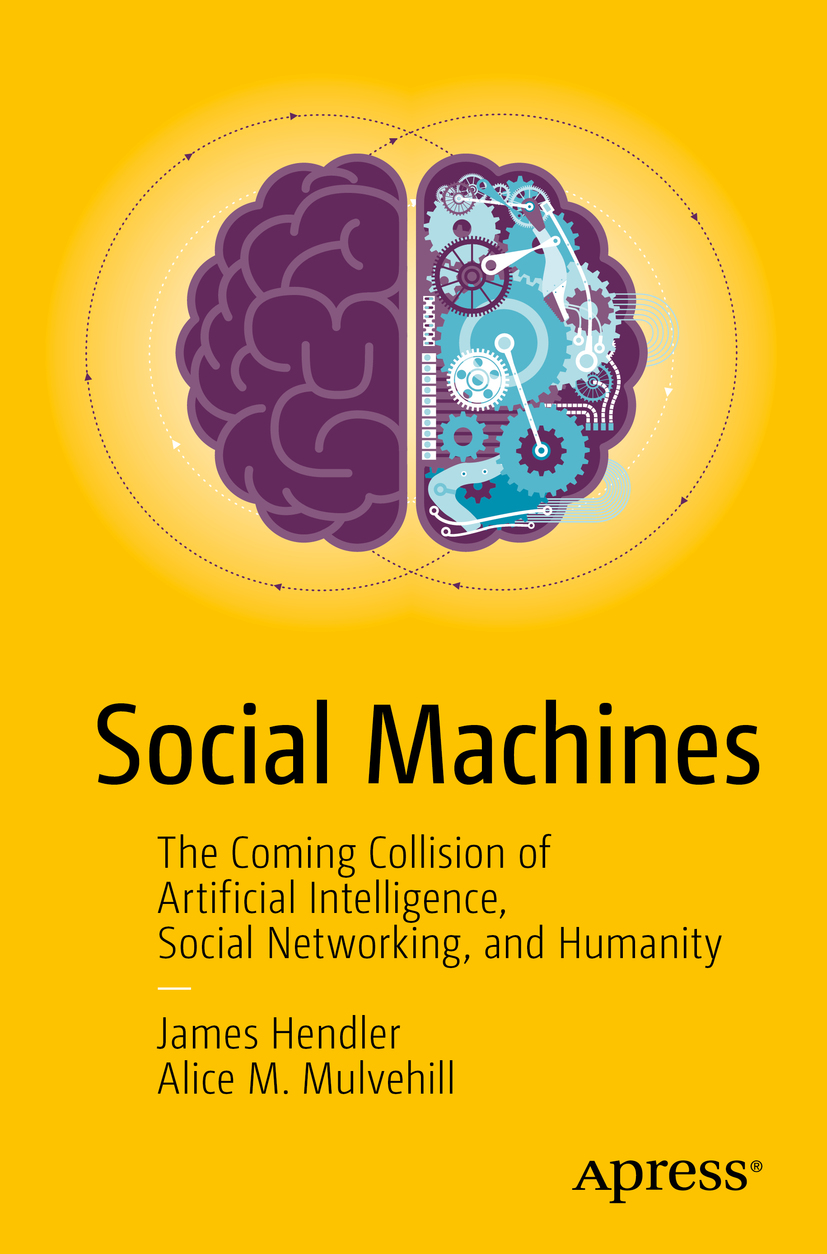
Social Machines Will your next doctor be a human being—or a machine? Will you have a choice? If you do, what should you know before making it? This book introduces the reader to the pitfalls and promises of artificial intelligence (AI) in its modern incarnation and the growing trend of systems to "reach off the Web" into the real world. The convergence of AI, social networking, and modern computing is creating an historic inflection point in the partnership between human beings and machines with potentially profound impacts on the future not only of computing but of our world and species. AI experts and researchers James Hendler—co-originator of the Semantic Web (Web 3.0)—and Alice Mulvehill—developer of AI-based operational systems for DARPA, the Air Force, and NASA—explore the social implications of AI systems in the context of a close examination of the technologies that make them possible. The authors critically evaluate the utopian claims and dystopian counterclaims of AI prognosticators. Social Machines: The Coming Collision of Artificial Intelligence, Social Networking, and Humanity is your richly illustrated field guide to the future of your machine-mediated relationships with other human beings and with increasingly intelligent machines. What Readers Will Learn What the concept of a social machine is and how the activities of non-programmers are contributing to machine intelligence How modern artificial intelligence technologies, such as Watson, are evolving and how they process knowledge from both carefully produced information (such as Wikipedia and journal articles) and from big data collections The fundamentals of neuromorphic computing, knowledge graph search, and linked data, as well as the basic technology concepts that underlie networking applications such as Facebook and Twitter How the change in attitudes towards cooperative work on the Web, especially in the younger demographic, is critical to the future of Web applications Who This Book Is ForGeneral readers and technically engaged developers, entrepreneurs, and technologists interested in the threats and promises of the accelerating convergence of artificial intelligence with social networks and mobile web technologies. COMPUTERS,Artificial Intelligence,General
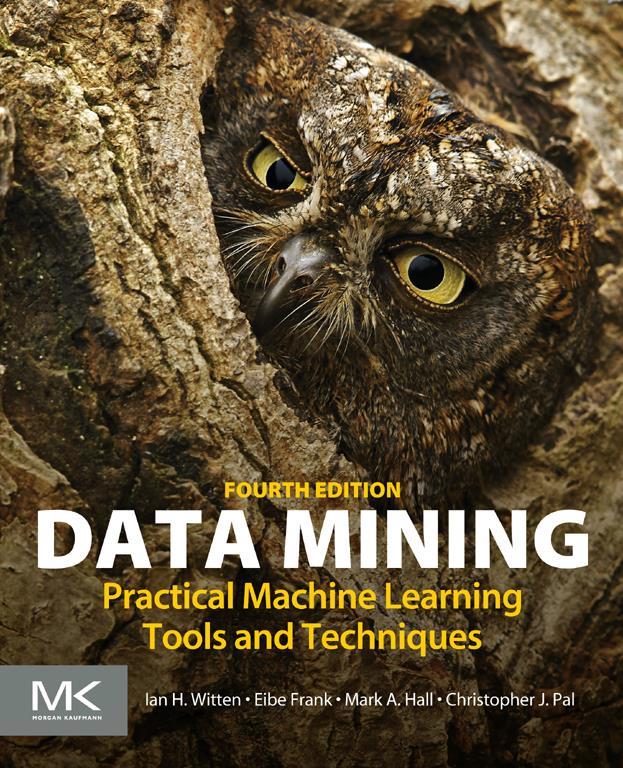
Data Mining Data Mining: Practical Machine Learning Tools and Techniques, Fourth Edition, offers a thorough grounding in machine learning concepts, along with practical advice on applying these tools and techniques in real-world data mining situations. This highly anticipated fourth edition of the most acclaimed work on data mining and machine learning teaches readers everything they need to know to get going, from preparing inputs, interpreting outputs, evaluating results, to the algorithmic methods at the heart of successful data mining approaches. Extensive updates reflect the technical changes and modernizations that have taken place in the field since the last edition, including substantial new chapters on probabilistic methods and on deep learning. Accompanying the book is a new version of the popular WEKA machine learning software from the University of Waikato. Authors Witten, Frank, Hall, and Pal include today's techniques coupled with the methods at the leading edge of contemporary research. Please visit the book companion website at https://www.cs.waikato.ac.nz/~ml/weka/book.html. It contains Powerpoint slides for Chapters 1-12. This is a very comprehensive teaching resource, with many PPT slides covering each chapter of the book Online Appendix on the Weka workbench; again a very comprehensive learning aid for the open source software that goes with the book Table of contents, highlighting the many new sections in the 4th edition, along with reviews of the 1st edition, errata, etc. Provides a thorough grounding in machine learning concepts, as well as practical advice on applying the tools and techniques to data mining projects Presents concrete tips and techniques for performance improvement that work by transforming the input or output in machine learning methods Includes a downloadable WEKA software toolkit, a comprehensive collection of machine learning algorithms for data mining tasks-in an easy-to-use interactive interface Includes open-access online courses that introduce practical applications of the material in the book COMPUTERS,Artificial Intelligence,General
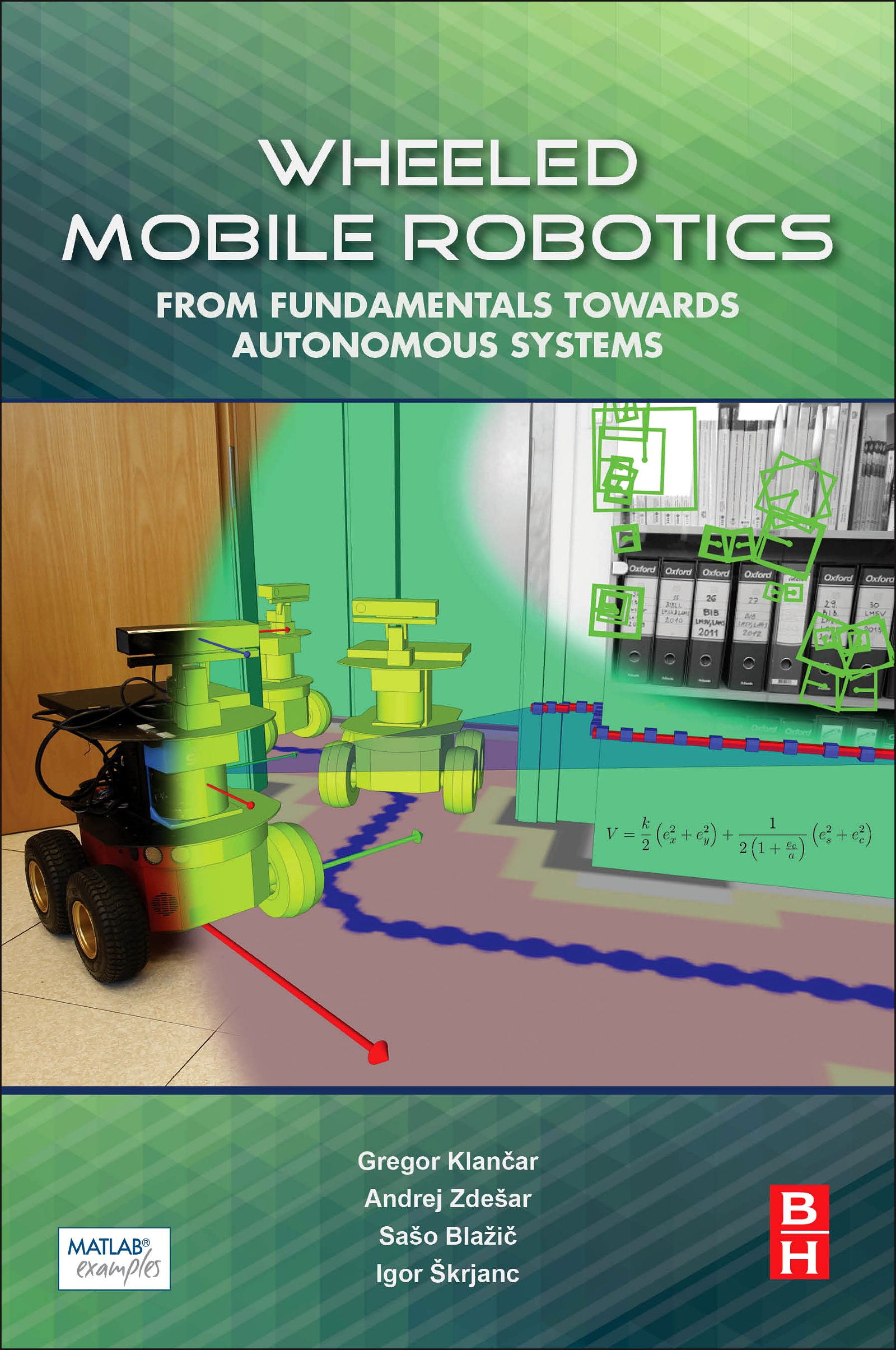
Wheeled Mobile Robotics Wheeled Mobile Robotics: From Fundamentals Towards Autonomous Systemscovers the main topics from the wide area of mobile robotics, explaining all applied theory and application. The book gives the reader a good foundation, enabling them to continue to more advanced topics. Several examples are included for better understanding, many of them accompanied by short MATLAB® script code making it easy to reuse in practical work. The book includes several examples of discussed methods and projects for wheeled mobile robots and some advanced methods for their control and localization. It is an ideal resource for those seeking an understanding of robotics, mechanics, and control, and for engineers and researchers in industrial and other specialized research institutions in the field of wheeled mobile robotics. Beginners with basic math knowledge will benefit from the examples, and engineers with an understanding of basic system theory and control will find it easy to follow the more demanding fundamental parts and advanced methods explained. Offers comprehensive coverage of the essentials of the field that are suitable for both academics and practitioners Includes several examples of the application of algorithms in simulations and real laboratory projects Presents foundation in mobile robotics theory before continuing with more advanced topics Self-sufficient to beginner readers, covering all important topics in the mobile robotics field Contains specific topics on modeling, control, sensing, path planning, localization, design architectures, and multi-agent systems COMPUTERS,Artificial Intelligence,General
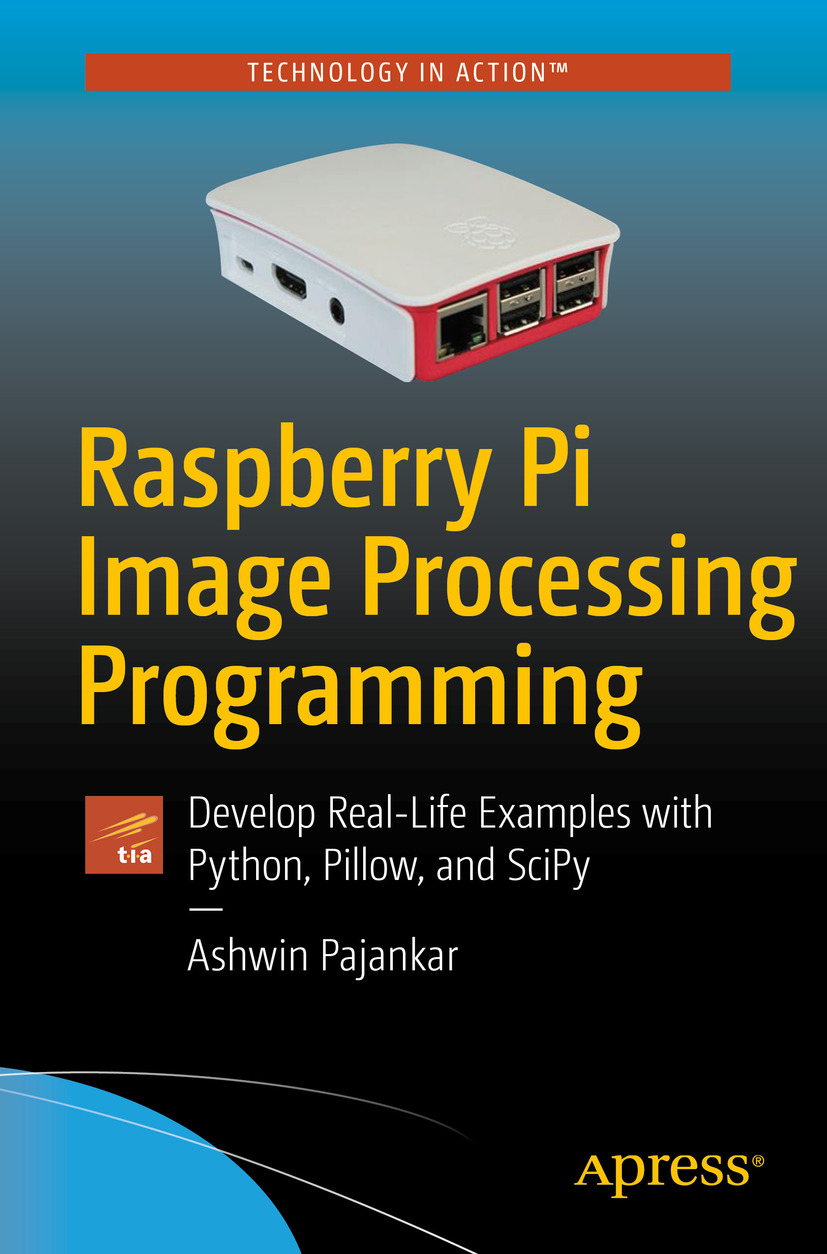
Raspberry Pi Image Processing Programming Write your own Digital Image Processing programs with the use of pillow, scipy.ndimage, and matplotlib in Python 3 with Raspberry Pi 3 as the hardware platform. This concise quick-start guide provides working code examples and exercises. Learn how to interface Raspberry Pi with various image sensors. What You'll Learn Understand Raspberry Pi concepts and setup Understand digital image processing concepts Study pillow, the friendly PIL fork Explore scipy.ndimage and matplotlib Master use of the Pi camera and webcam Who This Book Is For Raspberry Pi and IoT enthusiasts, digital image processing enthusiasts, Python and Open Source enthusiasts and professionals COMPUTERS,Artificial Intelligence,General
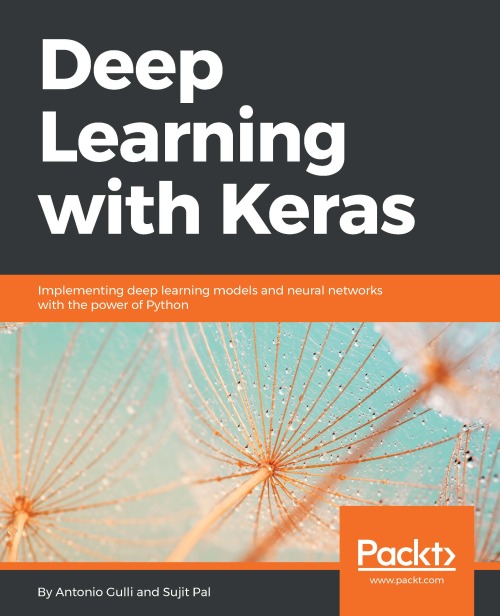
Deep Learning with Keras Get to grips with the basics of Keras to implement fast and efficient deep-learning models About This Book Implement various deep-learning algorithms in Keras and see how deep-learning can be used in games See how various deep-learning models and practical use-cases can be implemented using Keras A practical, hands-on guide with real-world examples to give you a strong foundation in Keras Who This Book Is For If you are a data scientist with experience in machine learning or an AI programmer with some exposure to neural networks, you will find this book a useful entry point to deep-learning with Keras. A knowledge of Python is required for this book. What You Will Learn Optimize step-by-step functions on a large neural network using the Backpropagation Algorithm Fine-tune a neural network to improve the quality of results Use deep learning for image and audio processing Use Recursive Neural Tensor Networks (RNTNs) to outperform standard word embedding in special cases Identify problems for which Recurrent Neural Network (RNN) solutions are suitable Explore the process required to implement Autoencoders Evolve a deep neural network using reinforcement learning In Detail This book starts by introducing you to supervised learning algorithms such as simple linear regression, the classical multilayer perceptron and more sophisticated deep convolutional networks. You will also explore image processing with recognition of hand written digit images, classification of images into different categories, and advanced objects recognition with related image annotations. An example of identification of salient points for face detection is also provided. Next you will be introduced to Recurrent Networks, which are optimized for processing sequence data such as text, audio or time series. Following that, you will learn about unsupervised learning algorithms such as Autoencoders and the very popular Generative Adversarial Networks (GAN). You will also explore non-traditional uses of neural networks as Style Transfer. Finally, you will look at Reinforcement Learning and its application to AI game playing, another popular direction of research and application of neural networks. Style and approach This book is an easy-to-follow guide full of examples and real-world applications to help you gain an in-depth understanding of Keras. This book will showcase more than twenty working Deep Neural Networks coded in Python using Keras. COMPUTERS,Artificial Intelligence,General
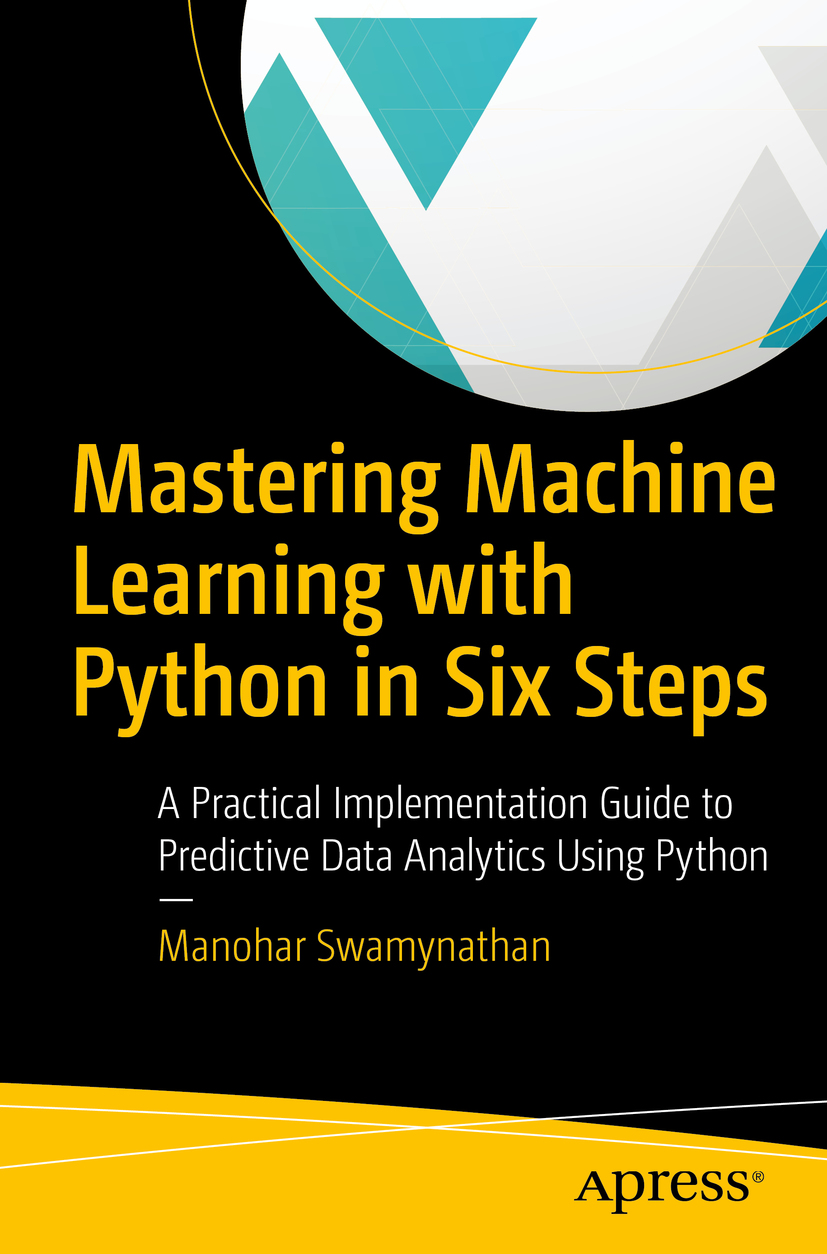
Mastering Machine Learning with Python in Six Steps Master machine learning with Python in six steps and explore fundamental to advanced topics, all designed to make you a worthy practitioner. This book’s approach is based on the “Six degrees of separation†theory, which states that everyone and everything is a maximum of six steps away. Mastering Machine Learning with Python in Six Steps presents each topic in two parts: theoretical concepts and practical implementation using suitable Python packages. You’ll learn the fundamentals of Python programming language, machine learning history, evolution, and the system development frameworks. Key data mining/analysis concepts, such as feature dimension reduction, regression, time series forecasting and their efficient implementation in Scikit-learn are also covered. Finally, you’ll explore advanced text mining techniques, neural networks and deep learning techniques, and their implementation. All the code presented in the book will be available in the form of iPython notebooks to enable you to try out these examples and extend them to your advantage. What You'll Learn Examine the fundamentals of Python programming language Review machine Learning history and evolution Understand machine learning system development frameworks Implement supervised/unsupervised/reinforcement learning techniques with examples Explore fundamental to advanced text mining techniques Implement various deep learning frameworks Who This Book Is For Python developers or data engineers looking to expand their knowledge or career into machine learning area. Non-Python (R, SAS, SPSS, Matlab or any other language) machine learning practitioners looking to expand their implementation skills in Python. Novice machine learning practitioners looking to learn advanced topics, such as hyperparameter tuning, various ensemble techniques, natural language processing (NLP), deep learning, and basics of reinforcement learning. COMPUTERS,Artificial Intelligence,General
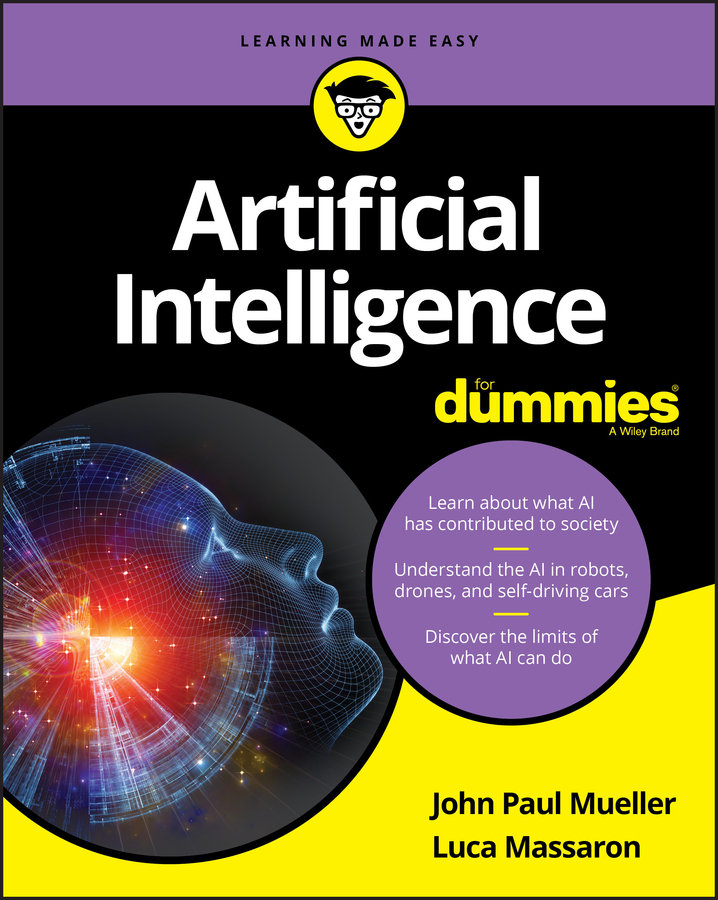
Artificial Intelligence For Dummies Step into the future with AI The term "Artificial Intelligence" has been around since the 1950s, but a lot has changed since then. Today, AI is referenced in the news, books, movies, and TV shows, and the exact definition is often misinterpreted. Artificial Intelligence For Dummies provides a clear introduction to AI and how it’s being used today. Inside, you’ll get a clear overview of the technology, the common misconceptions surrounding it, and a fascinating look at its applications in everything from self-driving cars and drones to its contributions in the medical field. Learn about what AI has contributed to society Explore uses for AI in computer applications Discover the limits of what AI can do Find out about the history of AI The world of AI is fascinating—and this hands-on guide makes it more accessible than ever! COMPUTERS,Artificial Intelligence,General
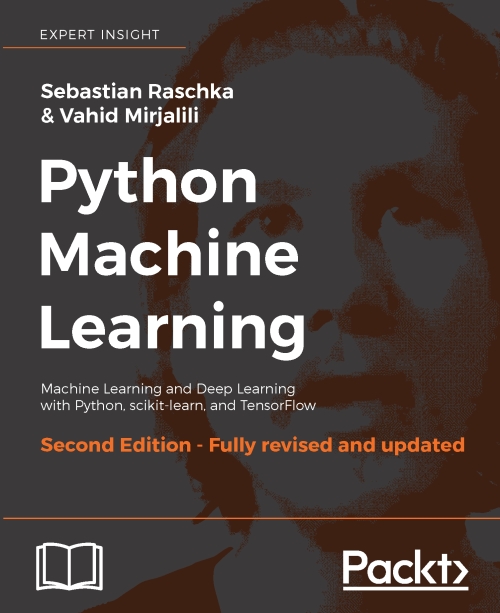
Python Machine Learning Unlock modern machine learning and deep learning techniques with Python by using the latest cutting-edge open source Python libraries. About This Book Second edition of the bestselling book on Machine Learning A practical approach to key frameworks in data science, machine learning, and deep learning Use the most powerful Python libraries to implement machine learning and deep learning Get to know the best practices to improve and optimize your machine learning systems and algorithms Who This Book Is For If you know some Python and you want to use machine learning and deep learning, pick up this book. Whether you want to start from scratch or extend your machine learning knowledge, this is an essential and unmissable resource. Written for developers and data scientists who want to create practical machine learning and deep learning code, this book is ideal for developers and data scientists who want to teach computers how to learn from data. What You Will Learn Understand the key frameworks in data science, machine learning, and deep learning Harness the power of the latest Python open source libraries in machine learning Explore machine learning techniques using challenging real-world data Master deep neural network implementation using the TensorFlow library Learn the mechanics of classification algorithms to implement the best tool for the job Predict continuous target outcomes using regression analysis Uncover hidden patterns and structures in data with clustering Delve deeper into textual and social media data using sentiment analysis In Detail Machine learning is eating the software world, and now deep learning is extending machine learning. Understand and work at the cutting edge of machine learning, neural networks, and deep learning with this second edition of Sebastian Raschka's bestselling book, Python Machine Learning. Thoroughly updated using the latest Python open source libraries, this book offers the practical knowledge and techniques you need to create and contribute to machine learning, deep learning, and modern data analysis. Fully extended and modernized, Python Machine Learning Second Edition now includes the popular TensorFlow deep learning library. The scikit-learn code has also been fully updated to include recent improvements and additions to this versatile machine learning library. Sebastian Raschka and Vahid Mirjalili's unique insight and expertise introduce you to machine learning and deep learning algorithms from scratch, and show you how to apply them to practical industry challenges using realistic and interesting examples. By the end of the book, you'll be ready to meet the new data analysis opportunities in today's world. If you've read the first edition of this book, you'll be delighted to find a new balance of classical ideas and modern insights into machine learning. Every chapter has been critically updated, and there are new chapters on key technologies. You'll be able to learn and work with TensorFlow more deeply than ever before, and get essential coverage of the Keras neural network library, along with the most recent updates to scikit-learn. Style and Approach Python Machine Learning Second Edition takes a practical, hands-on coding approach so you can learn about machine learning by coding with Python. This book moves fluently between the theoretical principles of machine learning and the practical details of implementation with Python. COMPUTERS,Artificial Intelligence,General
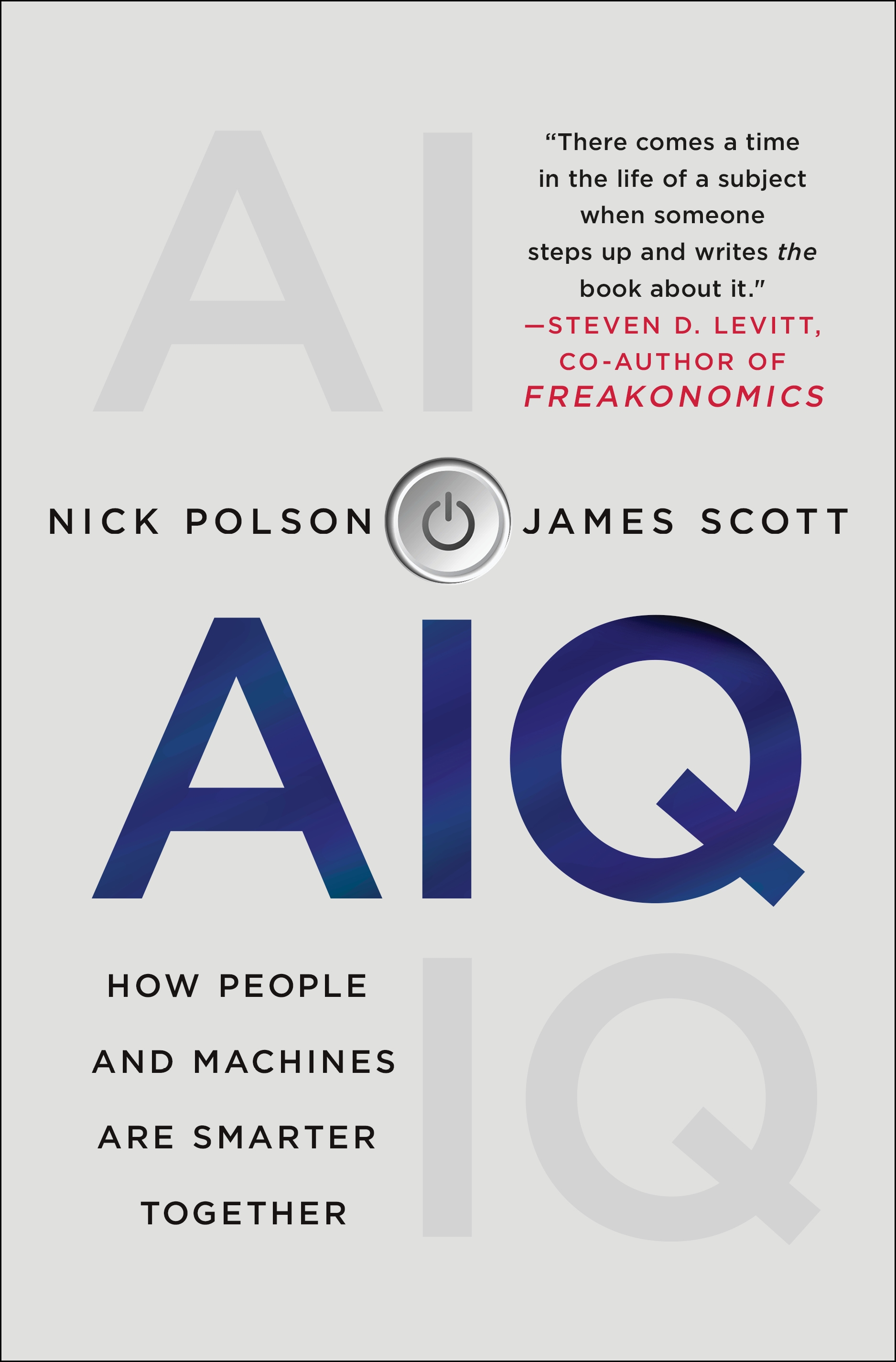
AIQ “There comes a time in the life of a subject when someone steps up and writes the book about it. AIQ explores the fascinating history of the ideas that drive this technology of the future and demystifies the core concepts behind it; the result is a positive and entertaining look at the great potential unlocked by marrying human creativity with powerful machines.†—Steven D. Levitt, bestselling co-author of Freakonomics From leading data scientists Nick Polson and James Scott, what everyone needs to know to understand how artificial intelligence is changing the world and how we can use this knowledge to make better decisions in our own lives. Dozens of times per day, we all interact with intelligent machines that are constantly learning from the wealth of data now available to them. These machines, from smart phones to talking robots to self-driving cars, are remaking the world in the 21st century in the same way that the Industrial Revolution remade the world in the 19th century. AIQ is based on a simple premise: if you want to understand the modern world, then you have to know a little bit of the mathematical language spoken by intelligent machines. AIQ will teach you that language—but in an unconventional way, anchored in stories rather than equations. You will meet a fascinating cast of historical characters who have a lot to teach you about data, probability, and better thinking. Along the way, you'll see how these same ideas are playing out in the modern age of big data and intelligent machines—and how these technologies will soon help you to overcome some of your built-in cognitive weaknesses, giving you a chance to lead a happier, healthier, more fulfilled life. COMPUTERS,Artificial Intelligence,General
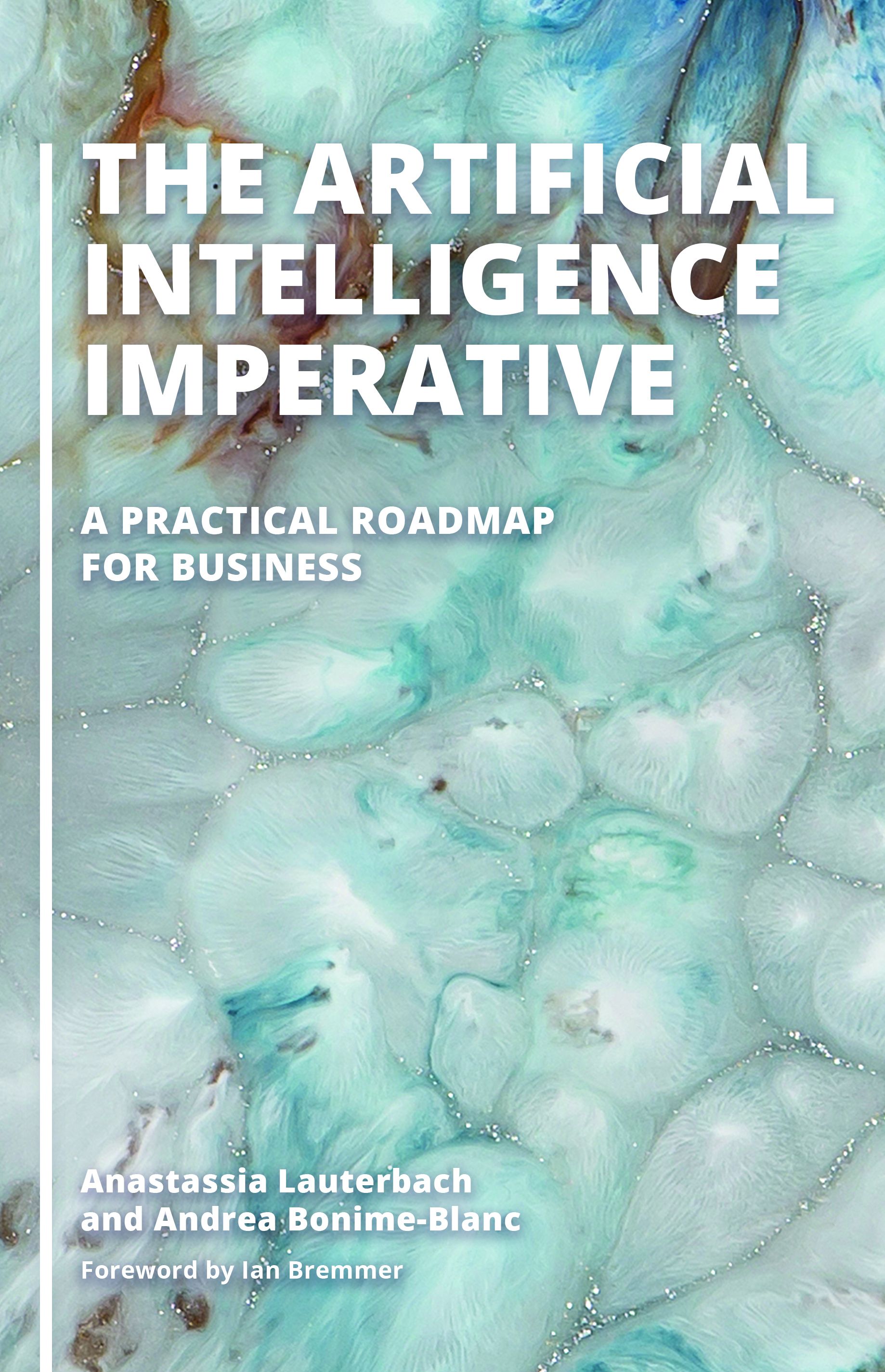
The Artificial Intelligence Imperative Artificial intelligence has arrived, and it's coming to a business near you. The disruptive impact of AI on the global economy—from health care to energy, financial services to agriculture, and defense to media—is enormous. Technology literacy is a must for traditional businesses, their boards, policy makers, and governance professionals. This is the first book to explain where AI comes from, why it has emerged as one of the most powerful forces in mergers and acquisitions and research and development, and what companies need to do to implement it successfully. It equips business leaders with a practical roadmap for competing and even thriving in the face of the coming AI revolution. The authors analyze competitive trends, provide industry and governance examples, and explain interactions between AI and other digital technologies, such as blockchain, cybersecurity, and the Internet of Things. At the same time, AI experts will learn how their research and products can increase the competitiveness of their businesses, and corporate boards will come away with a thorough knowledge of the AI governance, ethics, and risk questions to ask. COMPUTERS,Artificial Intelligence,General
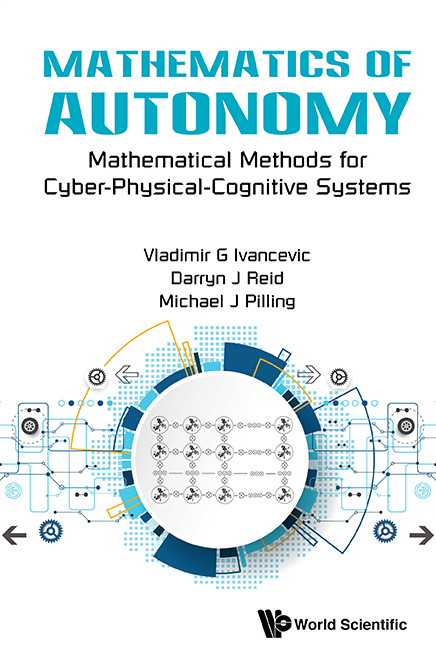
Mathematics Of Autonomy Mathematics of Autonomy provides solid mathematical foundations for building useful Autonomous Systems. It clarifies what makes a system autonomous rather than simply automated, and reveals the inherent limitations of systems currently incorrectly labeled as autonomous in reference to the specific and strong uncertainty that characterizes the environments they operate in. Such complex real-world environments demand truly autonomous solutions to provide the flexibility and robustness needed to operate well within them.This volume embraces hybrid solutions to demonstrate extending the classes of uncertainty autonomous systems can handle. In particular, it combines physical-autonomy (robots), cyber-autonomy (agents) and cognitive-autonomy (cyber and embodied cognition) to produce a rigorous subset of trusted autonomy: Cyber-Physical-Cognitive autonomy (CPC-autonomy).The body of the book alternates between underlying theory and applications of CPC-autonomy including 'Autonomous Supervision of a Swarm of Robots' , 'Using Wind Turbulence against a Swarm of UAVs' and 'Unique Super-Dynamics for All Kinds of Robots (UAVs, UGVs, UUVs and USVs)' to illustrate how to effectively construct Autonomous Systems using this model. It avoids the wishful thinking that characterizes much discussion related to autonomy, discussing the hard limits and challenges of real autonomous systems. In so doing, it clarifies where more work is needed, and also provides a rigorous set of tools to tackle some of the problem space. COMPUTERS,Artificial Intelligence,General

Deep Learning for Natural Language Processing Discover the concepts of deep learning used for natural language processing (NLP), with full-fledged examples of neural network models such as recurrent neural networks, long short-term memory networks, and sequence-2-sequence models. You’ll start by covering the mathematical prerequisites and the fundamentals of deep learning and NLP with practical examples. The first three chapters of the book cover the basics of NLP, starting with word-vector representation before moving onto advanced algorithms. The final chapters focus entirely on implementation, and deal with sophisticated architectures such as RNN, LSTM, and Seq2seq, using Python tools: TensorFlow, and Keras. Deep Learning for Natural Language Processing follows a progressive approach and combines all the knowledge you have gained to build a question-answer chatbot system. This book is a good starting point for people who want to get started in deep learning for NLP. All the code presented in the book will be available in the form of IPython notebooks and scripts, which allow you to try out the examples and extend them in interesting ways. What You Will Learn Gain the fundamentals of deep learning and its mathematical prerequisites Discover deep learning frameworks in Python Develop a chatbot Implement a research paper on sentiment classification Who This Book Is For Software developers who are curious to try out deep learning with NLP. COMPUTERS,Artificial Intelligence,General
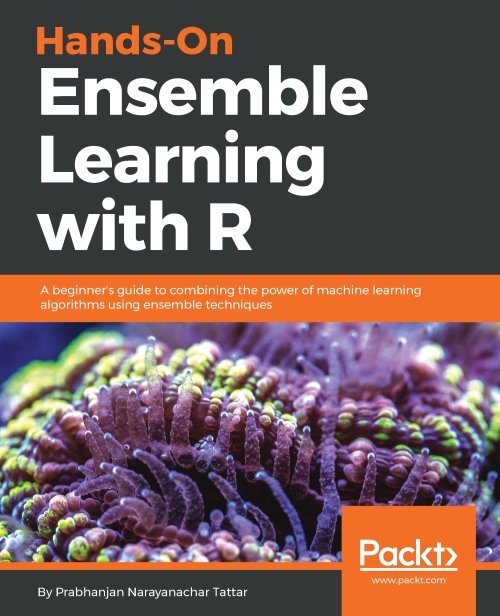
Hands-On Ensemble Learning with R Explore powerful R packages to create predictive models using ensemble methods Key Features Implement machine learning algorithms to build ensemble-efficient models Explore powerful R packages to create predictive models using ensemble methods Learn to build ensemble models on large datasets using a practical approach Book Description Ensemble techniques are used for combining two or more similar or dissimilar machine learning algorithms to create a stronger model. Such a model delivers superior prediction power and can give your datasets a boost in accuracy. Hands-On Ensemble Learning with R begins with the important statistical resampling methods. You will then walk through the central trilogy of ensemble techniques – bagging, random forest, and boosting – then you'll learn how they can be used to provide greater accuracy on large datasets using popular R packages. You will learn how to combine model predictions using different machine learning algorithms to build ensemble models. In addition to this, you will explore how to improve the performance of your ensemble models. By the end of this book, you will have learned how machine learning algorithms can be combined to reduce common problems and build simple efficient ensemble models with the help of real-world examples. What you will learn Carry out an essential review of re-sampling methods, bootstrap, and jackknife Explore the key ensemble methods: bagging, random forests, and boosting Use multiple algorithms to make strong predictive models Enjoy a comprehensive treatment of boosting methods Supplement methods with statistical tests, such as ROC Walk through data structures in classification, regression, survival, and time series data Use the supplied R code to implement ensemble methods Learn stacking method to combine heterogeneous machine learning models Who this book is for This book is for you if you are a data scientist or machine learning developer who wants to implement machine learning techniques by building ensemble models with the power of R. You will learn how to combine different machine learning algorithms to perform efficient data processing. Basic knowledge of machine learning techniques and programming knowledge of R would be an added advantage. COMPUTERS,Artificial Intelligence,General
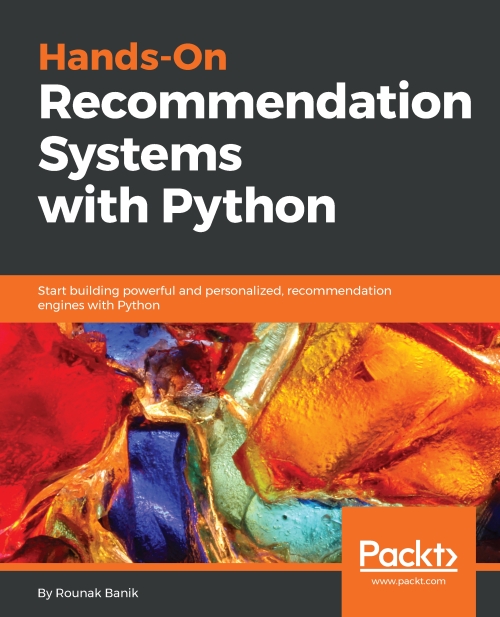
Hands-On Recommendation Systems with Python With Hands-On Recommendation Systems with Python, learn the tools and techniques required in building various kinds of powerful recommendation systems (collaborative, knowledge and content based) and deploying them to the web Key Features Build industry-standard recommender systems Only familiarity with Python is required No need to wade through complicated machine learning theory to use this book Book Description Recommendation systems are at the heart of almost every internet business today; from Facebook to Net?ix to Amazon. Providing good recommendations, whether it's friends, movies, or groceries, goes a long way in defining user experience and enticing your customers to use your platform. This book shows you how to do just that. You will learn about the different kinds of recommenders used in the industry and see how to build them from scratch using Python. No need to wade through tons of machine learning theory—you'll get started with building and learning about recommenders as quickly as possible.. In this book, you will build an IMDB Top 250 clone, a content-based engine that works on movie metadata. You'll use collaborative filters to make use of customer behavior data, and a Hybrid Recommender that incorporates content based and collaborative filtering techniques With this book, all you need to get started with building recommendation systems is a familiarity with Python, and by the time you're fnished, you will have a great grasp of how recommenders work and be in a strong position to apply the techniques that you will learn to your own problem domains. What you will learn Get to grips with the different kinds of recommender systems Master data-wrangling techniques using the pandas library Building an IMDB Top 250 Clone Build a content based engine to recommend movies based on movie metadata Employ data-mining techniques used in building recommenders Build industry-standard collaborative filters using powerful algorithms Building Hybrid Recommenders that incorporate content based and collaborative fltering Who this book is for If you are a Python developer and want to develop applications for social networking, news personalization or smart advertising, this is the book for you. Basic knowledge of machine learning techniques will be helpful, but not mandatory. COMPUTERS,Artificial Intelligence,General
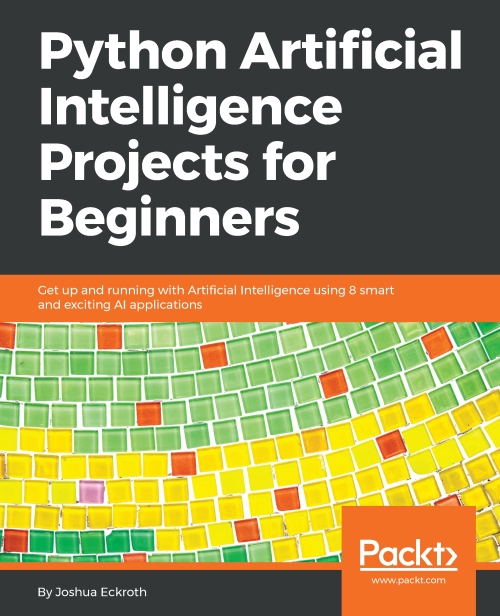
Python Artificial Intelligence Projects for Beginners Build smart applications by implementing real-world artificial intelligence projects Key Features Explore a variety of AI projects with Python Get well-versed with different types of neural networks and popular deep learning algorithms Leverage popular Python deep learning libraries for your AI projects Book Description Artificial Intelligence (AI) is the newest technology that's being employed among varied businesses, industries, and sectors. Python Artificial Intelligence Projects for Beginners demonstrates AI projects in Python, covering modern techniques that make up the world of Artificial Intelligence. This book begins with helping you to build your first prediction model using the popular Python library, scikit-learn. You will understand how to build a classifier using an effective machine learning technique, random forest, and decision trees. With exciting projects on predicting bird species, analyzing student performance data, song genre identification, and spam detection, you will learn the fundamentals and various algorithms and techniques that foster the development of these smart applications. In the concluding chapters, you will also understand deep learning and neural network mechanisms through these projects with the help of the Keras library. By the end of this book, you will be confident in building your own AI projects with Python and be ready to take on more advanced projects as you progress What you will learn Build a prediction model using decision trees and random forest Use neural networks, decision trees, and random forests for classification Detect YouTube comment spam with a bag-of-words and random forests Identify handwritten mathematical symbols with convolutional neural networks Revise the bird species identifier to use images Learn to detect positive and negative sentiment in user reviews Who this book is for Python Artificial Intelligence Projects for Beginners is for Python developers who want to take their first step into the world of Artificial Intelligence using easy-to-follow projects. Basic working knowledge of Python programming is expected so that you're able to play around with code COMPUTERS,Artificial Intelligence,General

Neural Networks and Deep Learning This book covers both classical and modern models in deep learning. The primary focus is on the theory and algorithms of deep learning. The theory and algorithms of neural networks are particularly important for understanding important concepts, so that one can understand the important design concepts of neural architectures in different applications. Why do neural networks work? When do they work better than off-the-shelf machine-learning models? When is depth useful? Why is training neural networks so hard? What are the pitfalls? The book is also rich in discussing different applications in order to give the practitioner a flavor of how neural architectures are designed for different types of problems. Applications associated with many different areas like recommender systems, machine translation, image captioning, image classification, reinforcement-learning based gaming, and text analytics are covered. The chapters of this book span three categories: The basics of neural networks: Many traditional machine learning models can be understood as special cases of neural networks. An emphasis is placed in the first two chapters on understanding the relationship between traditional machine learning and neural networks. Support vector machines, linear/logistic regression, singular value decomposition, matrix factorization, and recommender systems are shown to be special cases of neural networks. These methods are studied together with recent feature engineering methods like word2vec. Fundamentals of neural networks: A detailed discussion of training and regularization is provided in Chapters 3 and 4. Chapters 5 and 6 present radial-basis function (RBF) networks and restricted Boltzmann machines. Advanced topics in neural networks: Chapters 7 and 8 discuss recurrent neural networks and convolutional neural networks. Several advanced topics like deep reinforcement learning, neural Turing machines, Kohonen self-organizing maps, and generative adversarial networks are introduced in Chapters 9 and 10. The book is written for graduate students, researchers, and practitioners. Numerous exercises are available along with a solution manual to aid in classroom teaching. Where possible, an application-centric view is highlighted in order to provide an understanding of the practical uses of each class of techniques. COMPUTERS,Artificial Intelligence,General
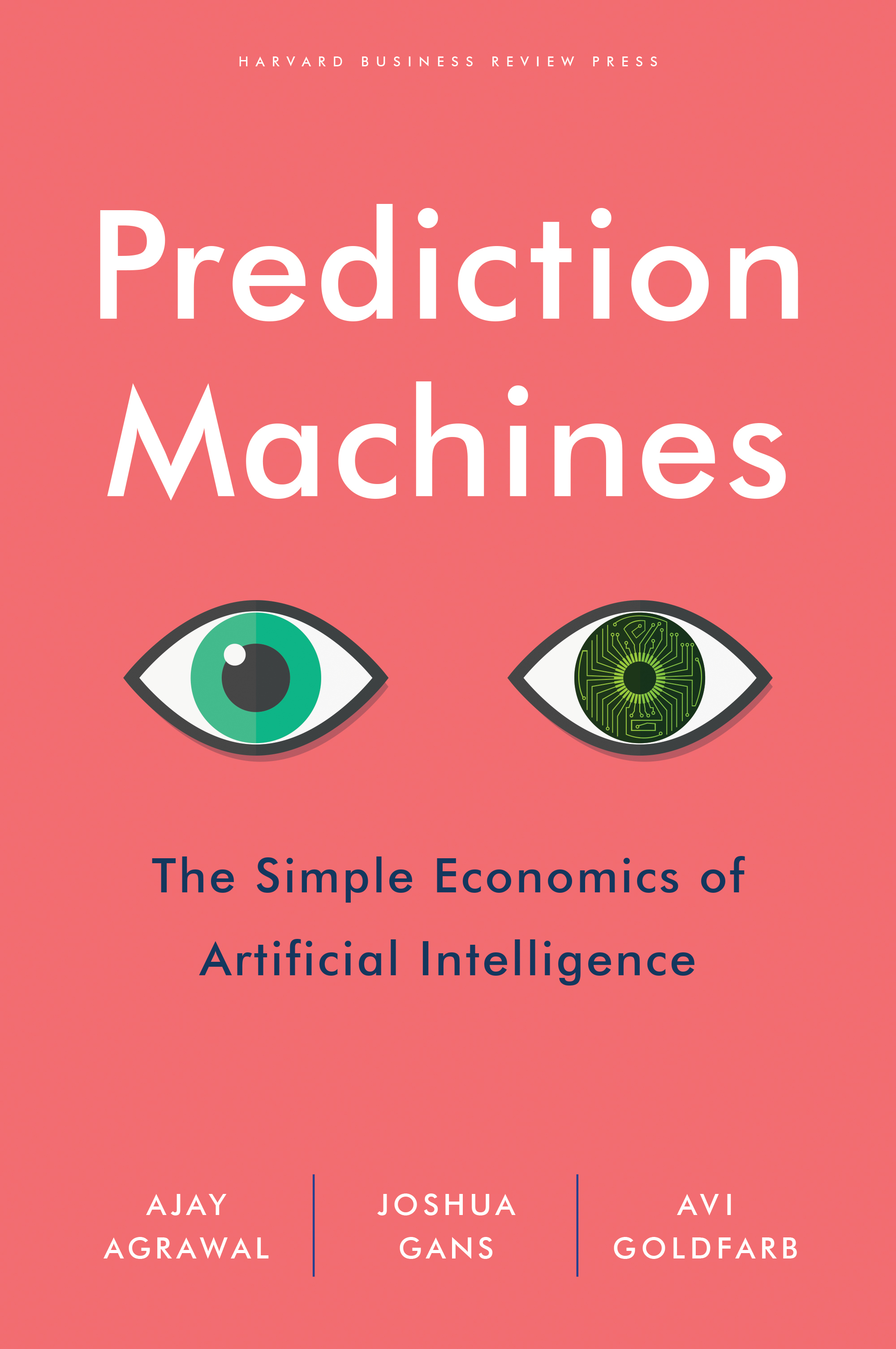
Prediction Machines "What does AI mean for your business? Read this book to find out." -- Hal Varian, Chief Economist, Google Artificial intelligence does the seemingly impossible, magically bringing machines to life--driving cars, trading stocks, and teaching children. But facing the sea change that AI will bring can be paralyzing. How should companies set strategies, governments design policies, and people plan their lives for a world so different from what we know? In the face of such uncertainty, many analysts either cower in fear or predict an impossibly sunny future. But in Prediction Machines, three eminent economists recast the rise of AI as a drop in the cost of prediction. With this single, masterful stroke, they lift the curtain on the AI-is-magic hype and show how basic tools from economics provide clarity about the AI revolution and a basis for action by CEOs, managers, policy makers, investors, and entrepreneurs. When AI is framed as cheap prediction, its extraordinary potential becomes clear: Prediction is at the heart of making decisions under uncertainty. Our businesses and personal lives are riddled with such decisions.Prediction tools increase productivity--operating machines, handling documents, communicating with customers.Uncertainty constrains strategy. Better prediction creates opportunities for new business structures and strategies to compete. Penetrating, fun, and always insightful and practical, Prediction Machines follows its inescapable logic to explain how to navigate the changes on the horizon. The impact of AI will be profound, but the economic framework for understanding it is surprisingly simple. COMPUTERS,Artificial Intelligence,General
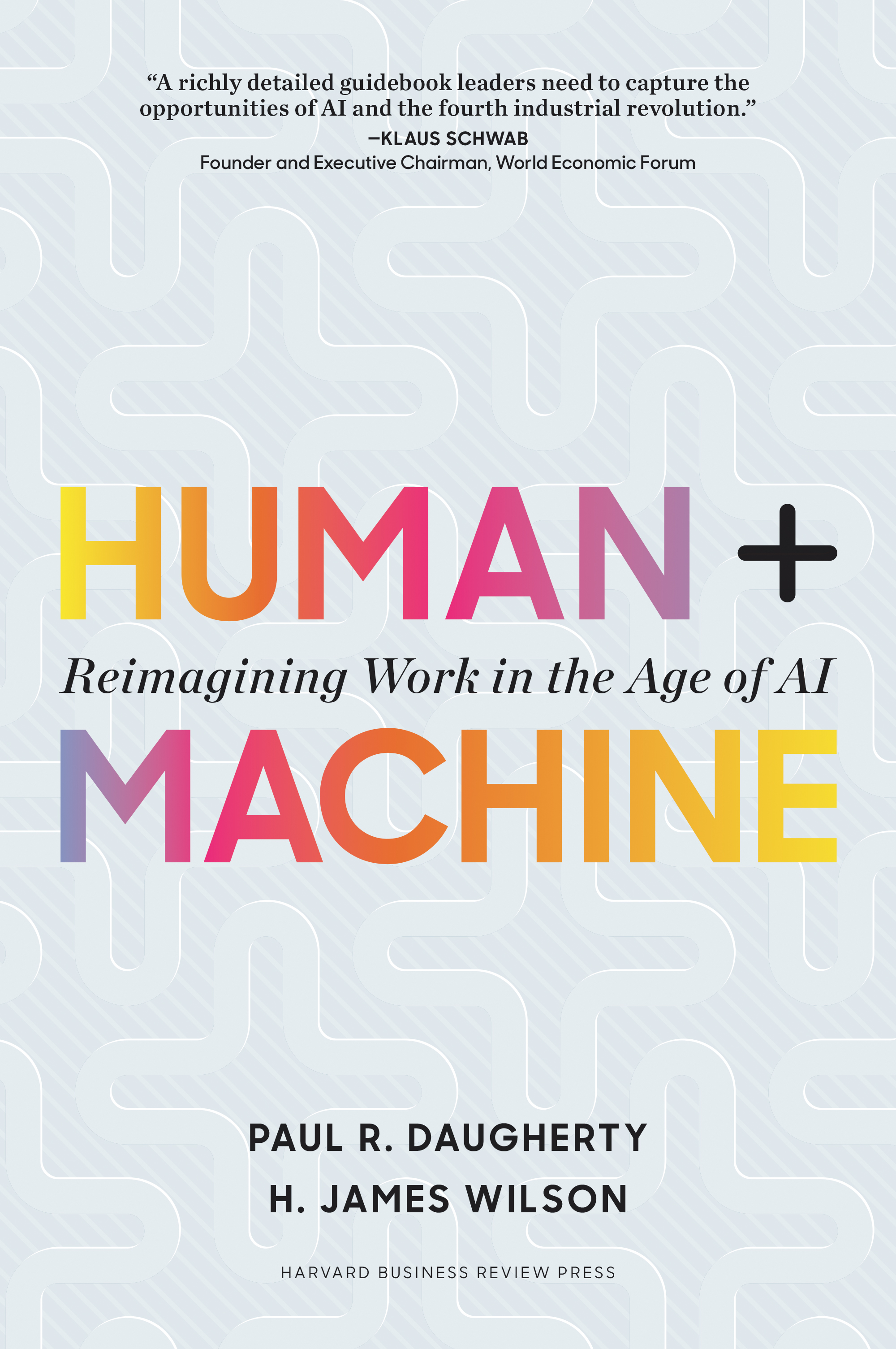
Human + Machine AI is radically transforming business. Are you ready? Look around you. Artificial intelligence is no longer just a futuristic notion. It's here right now--in software that senses what we need, supply chains that "think" in real time, and robots that respond to changes in their environment. Twenty-first-century pioneer companies are already using AI to innovate and grow fast. The bottom line is this: Businesses that understand how to harness AI can surge ahead. Those that neglect it will fall behind. Which side are you on? In Human + Machine, Accenture leaders Paul R. Daugherty and H. James (Jim) Wilson show that the essence of the AI paradigm shift is the transformation of all business processes within an organization--whether related to breakthrough innovation, everyday customer service, or personal productivity habits. As humans and smart machines collaborate ever more closely, work processes become more fluid and adaptive, enabling companies to change them on the fly--or to completely reimagine them. AI is changing all the rules of how companies operate. Based on the authors' experience and research with 1,500 organizations, the book reveals how companies are using the new rules of AI to leap ahead on innovation and profitability, as well as what you can do to achieve similar results. It describes six entirely new types of hybrid human + machine roles that every company must develop, and it includes a "leader’s guide" with the five crucial principles required to become an AI-fueled business. Human + Machine provides the missing and much-needed management playbook for success in our new age of AI. BOOK PROCEEDS FOR THE AI GENERATION The authors' goal in publishing Human + Machine is to help executives, workers, students and others navigate the changes that AI is making to business and the economy. They believe AI will bring innovations that truly improve the way the world works and lives. However, AI will cause disruption, and many people will need education, training and support to prepare for the newly created jobs. To support this need, the authors are donating the royalties received from the sale of this book to fund education and retraining programs focused on developing fusion skills for the age of artificial intelligence. COMPUTERS,Artificial Intelligence,General

Hands-On Artificial Intelligence with Java for Beginners Build, train, and deploy intelligent applications using Java libraries Key Features Leverage the power of Java libraries to build smart applications Build and train deep learning models for implementing artificial intelligence Learn various algorithms to automate complex tasks Book Description Artificial intelligence (AI) is increasingly in demand as well as relevant in the modern world, where everything is driven by technology and data. AI can be used for automating systems or processes to carry out complex tasks and functions in order to achieve optimal performance and productivity. Hands-On Artificial Intelligence with Java for Beginners begins by introducing you to AI concepts and algorithms. You will learn about various Java-based libraries and frameworks that can be used in implementing AI to build smart applications. In addition to this, the book teaches you how to implement easy to complex AI tasks, such as genetic programming, heuristic searches, reinforcement learning, neural networks, and segmentation, all with a practical approach. By the end of this book, you will not only have a solid grasp of AI concepts, but you'll also be able to build your own smart applications for multiple domains. What you will learn Leverage different Java packages and tools such as Weka, RapidMiner, and Deeplearning4j, among others Build machine learning models using supervised and unsupervised machine learning techniques Implement different deep learning algorithms in Deeplearning4j and build applications based on them Study the basics of heuristic searching and genetic programming Differentiate between syntactic and semantic similarity among texts Perform sentiment analysis for effective decision making with LingPipe Who this book is for Hands-On Artificial Intelligence with Java for Beginners is for Java developers who want to learn the fundamentals of artificial intelligence and extend their programming knowledge to build smarter applications. COMPUTERS,Artificial Intelligence,General
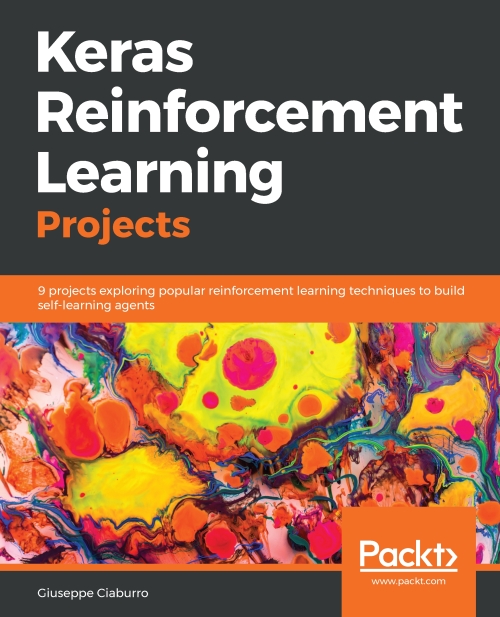
Keras Reinforcement Learning Projects A practical guide to mastering reinforcement learning algorithms using Keras Key Features Build projects across robotics, gaming, and finance fields, putting reinforcement learning (RL) into action Get to grips with Keras and practice on real-world unstructured datasets Uncover advanced deep learning algorithms such as Monte Carlo, Markov Decision, and Q-learning Book Description Reinforcement learning has evolved a lot in the last couple of years and proven to be a successful technique in building smart and intelligent AI networks. Keras Reinforcement Learning Projects installs human-level performance into your applications using algorithms and techniques of reinforcement learning, coupled with Keras, a faster experimental library. The book begins with getting you up and running with the concepts of reinforcement learning using Keras. You'll learn how to simulate a random walk using Markov chains and select the best portfolio using dynamic programming (DP) and Python. You'll also explore projects such as forecasting stock prices using Monte Carlo methods, delivering vehicle routing application using Temporal Distance (TD) learning algorithms, and balancing a Rotating Mechanical System using Markov decision processes. Once you've understood the basics, you'll move on to Modeling of a Segway, running a robot control system using deep reinforcement learning, and building a handwritten digit recognition model in Python using an image dataset. Finally, you'll excel in playing the board game Go with the help of Q-Learning and reinforcement learning algorithms. By the end of this book, you'll not only have developed hands-on training on concepts, algorithms, and techniques of reinforcement learning but also be all set to explore the world of AI. What you will learn Practice the Markov decision process in prediction and betting evaluations Implement Monte Carlo methods to forecast environment behaviors Explore TD learning algorithms to manage warehouse operations Construct a Deep Q-Network using Python and Keras to control robot movements Apply reinforcement concepts to build a handwritten digit recognition model using an image dataset Address a game theory problem using Q-Learning and OpenAI Gym Who this book is for Keras Reinforcement Learning Projects is for you if you are data scientist, machine learning developer, or AI engineer who wants to understand the fundamentals of reinforcement learning by developing practical projects. Sound knowledge of machine learning and basic familiarity with Keras is useful to get the most out of this book COMPUTERS,Artificial Intelligence,General
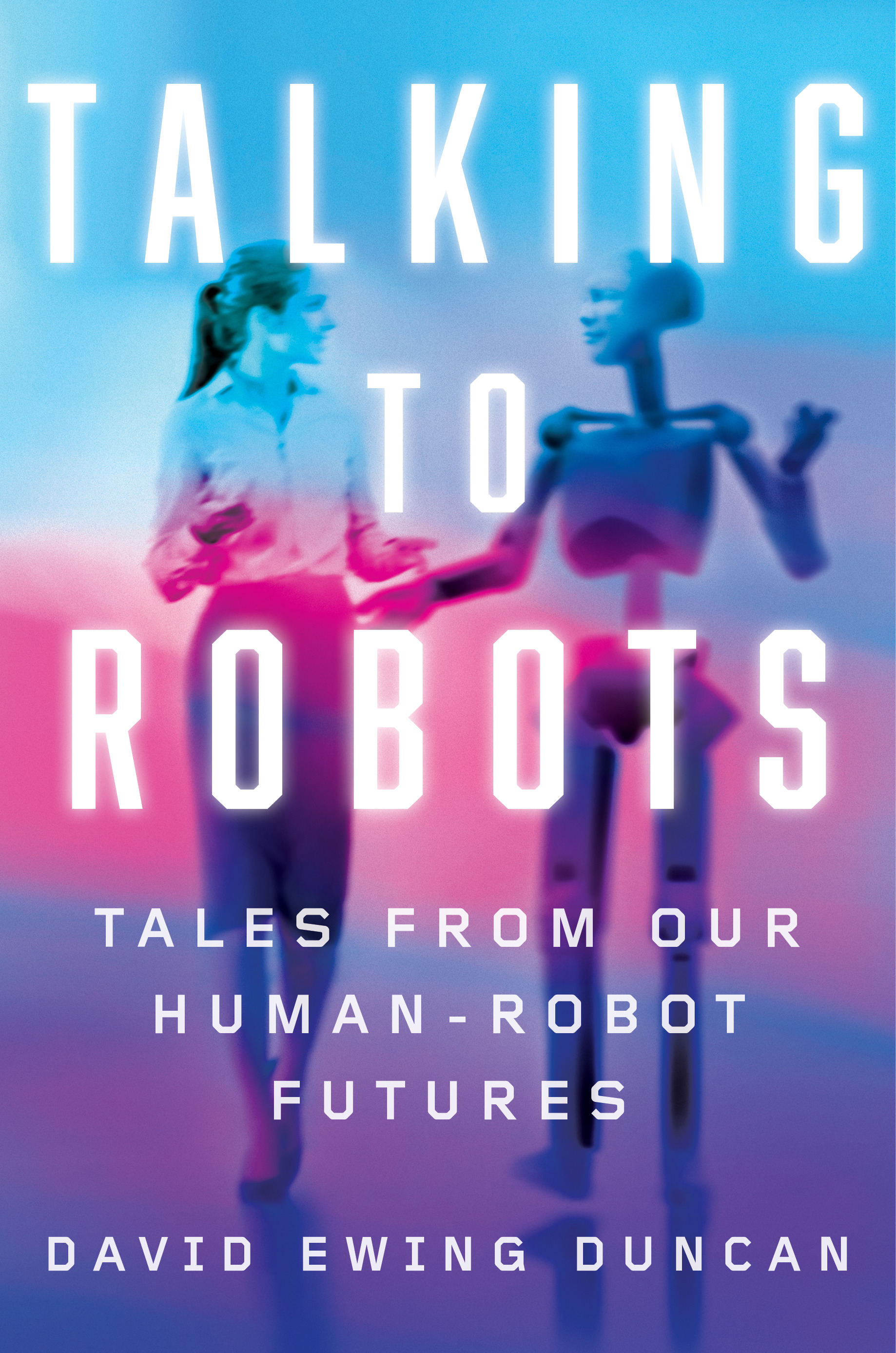
Talking to Robots Award-winning journalist David Ewing Duncan considers 24 visions of possible human-robot futures—Incredible scenarios from Teddy Bots to Warrior Bots, and Politician Bots to Sex Bots—Grounded in real technologies and possibilities and inspired by our imagination. What robot and AI systems are being built and imagined right now? What do they say about us, their creators? Will they usher in a fantastic new future, or destroy us? What do some of our greatest thinkers, from physicist Brian Greene and futurist Kevin Kelly to inventor Dean Kamen, geneticist George Church, and filmmaker Tiffany Shlain, anticipate about our human-robot future? For even as robots and A.I. intrigue us and make us anxious about the future, our fascination with robots has always been about more than the potential of the technology–it’s also about what robots tell us about being human. COMPUTERS,Artificial Intelligence,General
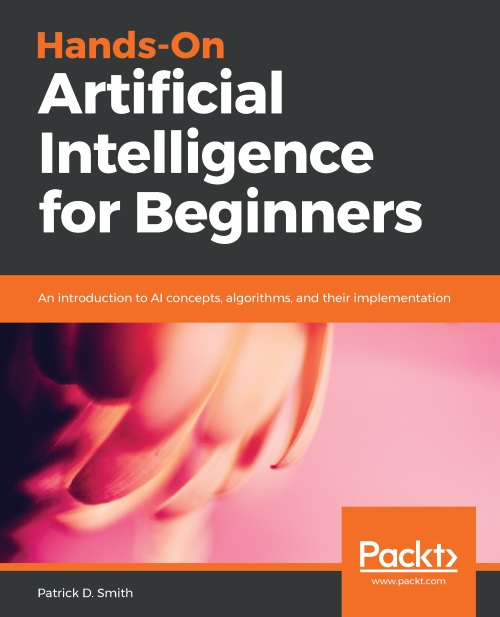
Hands-On Artificial Intelligence for Beginners Grasp the fundamentals of Artificial Intelligence and build your own intelligent systems with ease Key Features Enter the world of AI with the help of solid concepts and real-world use cases Explore AI components to build real-world automated intelligence Become well versed with machine learning and deep learning concepts Book Description Virtual Assistants, such as Alexa and Siri, process our requests, Google's cars have started to read addresses, and Amazon's prices and Netflix's recommended videos are decided by AI. Artificial Intelligence is one of the most exciting technologies and is becoming increasingly significant in the modern world. Hands-On Artificial Intelligence for Beginners will teach you what Artificial Intelligence is and how to design and build intelligent applications. This book will teach you to harness packages such as TensorFlow in order to create powerful AI systems. You will begin with reviewing the recent changes in AI and learning how artificial neural networks (ANNs) have enabled more intelligent AI. You'll explore feedforward, recurrent, convolutional, and generative neural networks (FFNNs, RNNs, CNNs, and GNNs), as well as reinforcement learning methods. In the concluding chapters, you'll learn how to implement these methods for a variety of tasks, such as generating text for chatbots, and playing board and video games. By the end of this book, you will be able to understand exactly what you need to consider when optimizing ANNs and how to deploy and maintain AI applications. What you will learn Use TensorFlow packages to create AI systems Build feedforward, convolutional, and recurrent neural networks Implement generative models for text generation Build reinforcement learning algorithms to play games Assemble RNNs, CNNs, and decoders to create an intelligent assistant Utilize RNNs to predict stock market behavior Create and scale training pipelines and deployment architectures for AI systems Who this book is for This book is designed for beginners in AI, aspiring AI developers, as well as machine learning enthusiasts with an interest in leveraging various algorithms to build powerful AI applications. COMPUTERS,Artificial Intelligence,General
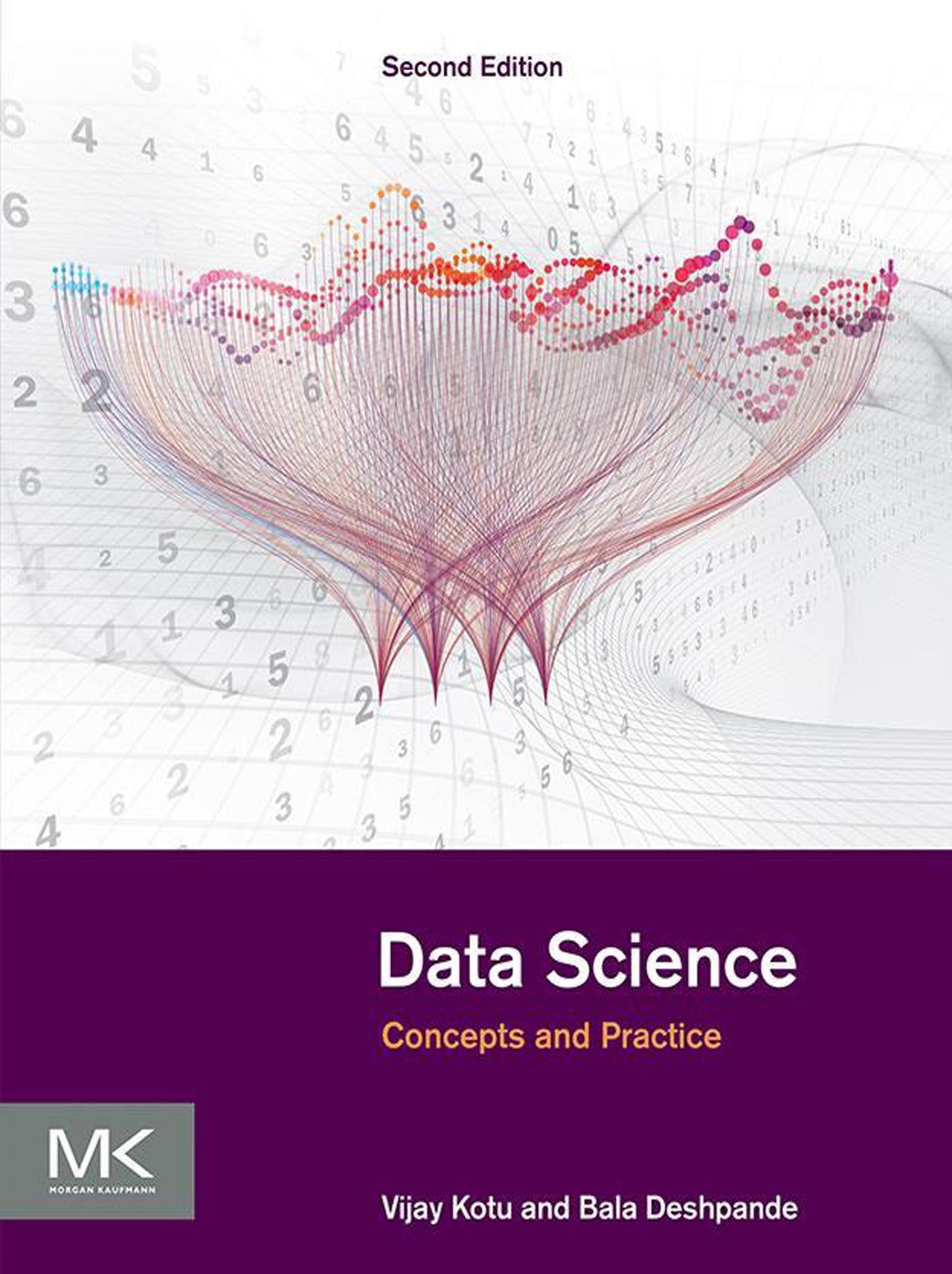
Data Science Learn the basics of Data Science through an easy to understand conceptual framework and immediately practice using RapidMiner platform. Whether you are brand new to data science or working on your tenth project, this book will show you how to analyze data, uncover hidden patterns and relationships to aid important decisions and predictions. Data Science has become an essential tool to extract value from data for any organization that collects, stores and processes data as part of its operations. This book is ideal for business users, data analysts, business analysts, engineers, and analytics professionals and for anyone who works with data. You’ll be able to: Gain the necessary knowledge of different data science techniques to extract value from data. Master the concepts and inner workings of 30 commonly used powerful data science algorithms. Implement step-by-step data science process using using RapidMiner, an open source GUI based data science platform Data Science techniques covered: Exploratory data analysis, Visualization, Decision trees, Rule induction, k-nearest neighbors, Naïve Bayesian classifiers, Artificial neural networks, Deep learning, Support vector machines, Ensemble models, Random forests, Regression, Recommendation engines, Association analysis, K-Means and Density based clustering, Self organizing maps, Text mining, Time series forecasting, Anomaly detection, Feature selection and more... Contains fully updated content on data science, including tactics on how to mine business data for information Presents simple explanations for over twenty powerful data science techniques Enables the practical use of data science algorithms without the need for programming Demonstrates processes with practical use cases Introduces each algorithm or technique and explains the workings of a data science algorithm in plain language Describes the commonly used setup options for the open source tool RapidMiner COMPUTERS,Artificial Intelligence,General
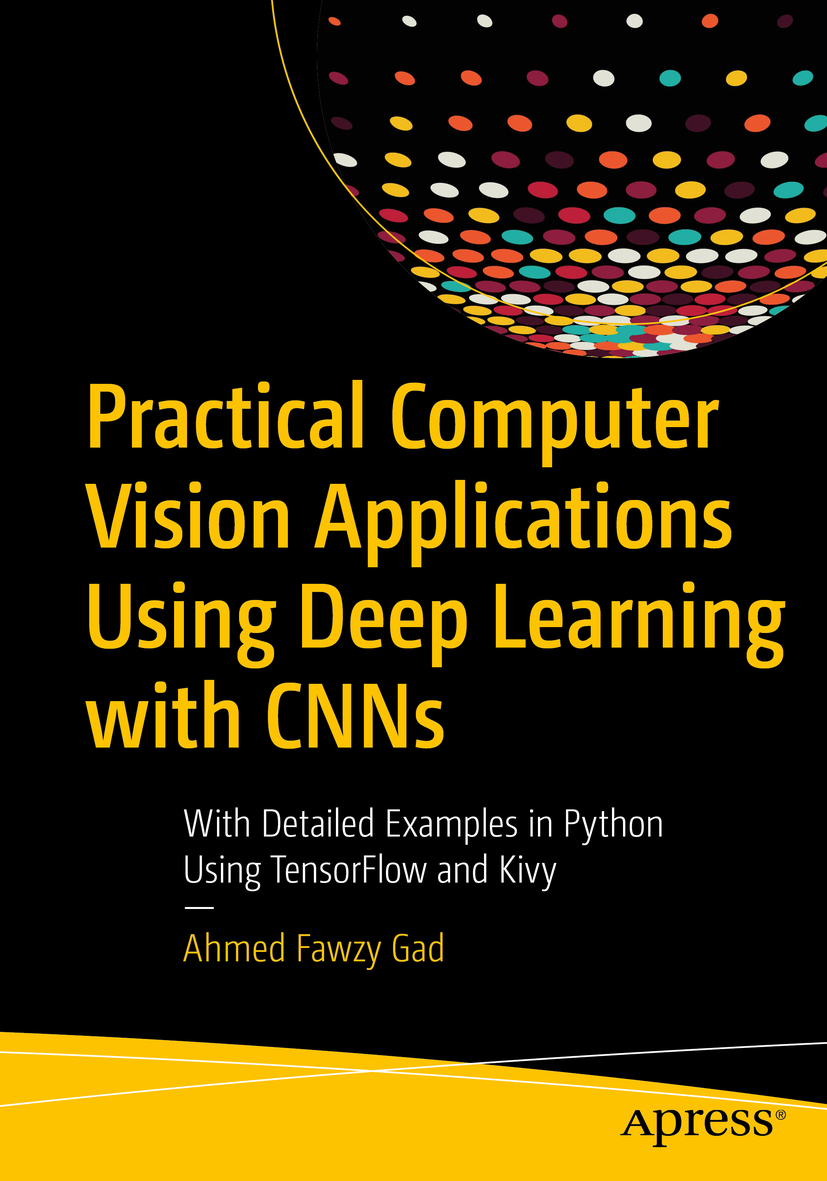
Practical Computer Vision Applications Using Deep Learning with CNNs Deploy deep learning applications into production across multiple platforms. You will work on computer vision applications that use the convolutional neural network (CNN) deep learning model and Python. This book starts by explaining the traditional machine-learning pipeline, where you will analyze an image dataset. Along the way you will cover artificial neural networks (ANNs), building one from scratch in Python, before optimizing it using genetic algorithms. For automating the process, the book highlights the limitations of traditional hand-crafted features for computer vision and why the CNN deep-learning model is the state-of-art solution. CNNs are discussed from scratch to demonstrate how they are different and more efficient than the fully connected ANN (FCNN). You will implement a CNN in Python to give you a full understanding of the model. After consolidating the basics, you will use TensorFlow to build a practical image-recognition model that you will deploy to a web server using Flask, making it accessible over the Internet. Using Kivy and NumPy, you will create cross-platform data science applications with low overheads. This book will help you apply deep learning and computer vision concepts from scratch, step-by-step from conception to production. What You Will Learn Understand how ANNs and CNNs work Create computer vision applications and CNNs from scratch using Python Follow a deep learning project from conception to production using TensorFlow Use NumPy with Kivy to build cross-platform data science applications Who This Book Is For Data scientists, machine learning and deep learning engineers, software developers. COMPUTERS,Artificial Intelligence,General
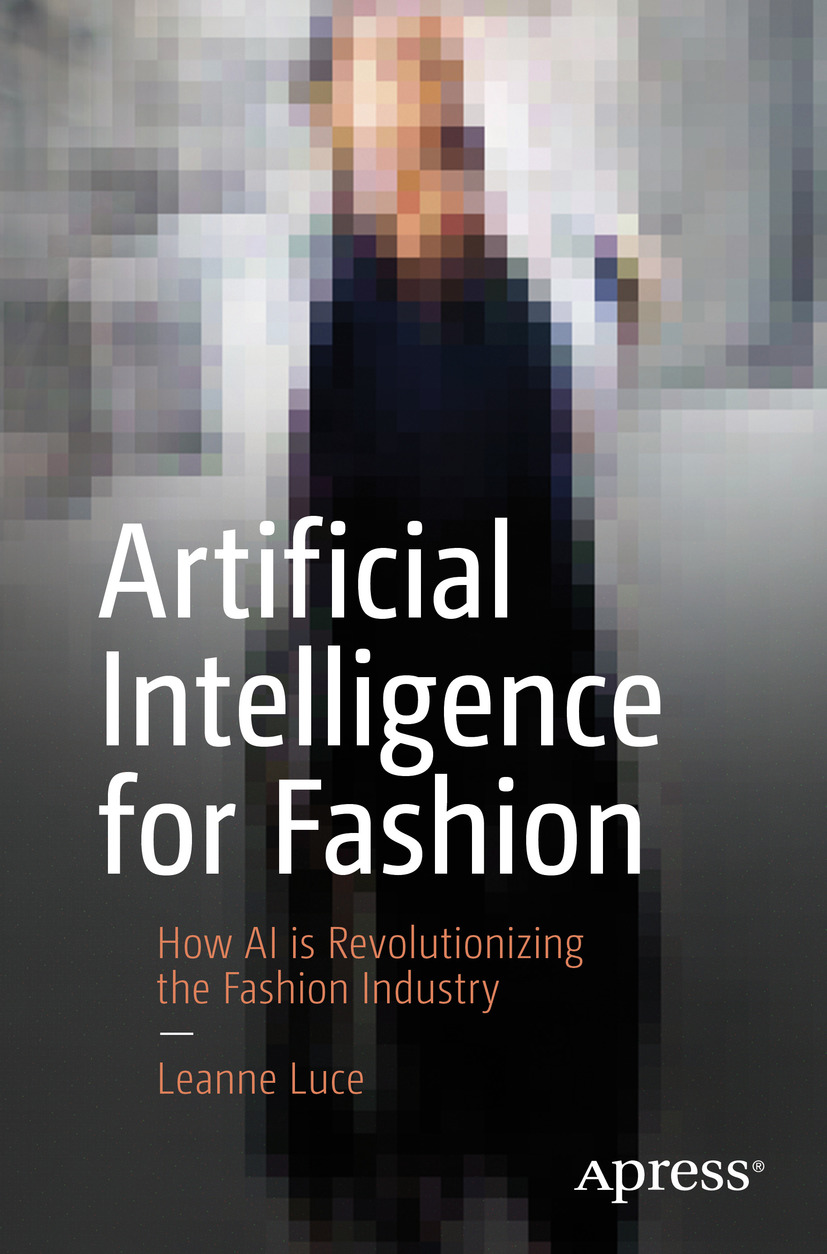
Artificial Intelligence for Fashion Learn how Artificial Intelligence (AI) is being applied in the fashion industry. With an application focused approach, this book provides real-world examples, breaks down technical jargon for non-technical readers, and provides an educational resource for fashion professionals. The book investigates the ways in which AI is impacting every part of the fashion value chain starting with product discovery and working backwards to manufacturing. Artificial Intelligence for Fashion walks you through concepts, such as connected retail, data mining, and artificially intelligent robotics. Each chapter contains an example of how AI is being applied in the fashion industry illustrated by one major technological theme. There are no equations, algorithms, or code. The technological explanations are cumulative so you'll discover more information about the inner workings of artificial intelligence in practical stages as the book progresses. What You’ll Learn Gain a basic understanding of AI and how it is used in fashion Understand key terminology and concepts in AI Review the new competitive landscape of the fashion industry Conceptualize and develop new ways to apply AI within the workplace Who This Book Is For Fashion industry professionals from designers, managers, department heads, and executives can use this book to learn about how AI is impacting roles in every department and profession. COMPUTERS,Artificial Intelligence,General
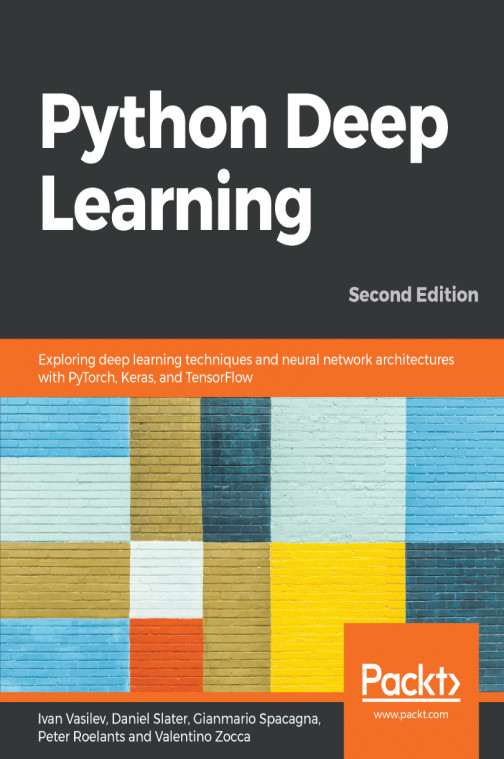
Python Deep Learning Learn advanced state-of-the-art deep learning techniques and their applications using popular Python libraries Key Features Build a strong foundation in neural networks and deep learning with Python libraries Explore advanced deep learning techniques and their applications across computer vision and NLP Learn how a computer can navigate in complex environments with reinforcement learning Book Description With the surge in artificial intelligence in applications catering to both business and consumer needs, deep learning is more important than ever for meeting current and future market demands. With this book, you'll explore deep learning, and learn how to put machine learning to use in your projects. This second edition of Python Deep Learning will get you up to speed with deep learning, deep neural networks, and how to train them with high-performance algorithms and popular Python frameworks. You'll uncover different neural network architectures, such as convolutional networks, recurrent neural networks, long short-term memory (LSTM) networks, and capsule networks. You'll also learn how to solve problems in the fields of computer vision, natural language processing (NLP), and speech recognition. You'll study generative model approaches such as variational autoencoders and Generative Adversarial Networks (GANs) to generate images. As you delve into newly evolved areas of reinforcement learning, you'll gain an understanding of state-of-the-art algorithms that are the main components behind popular games Go, Atari, and Dota. By the end of the book, you will be well-versed with the theory of deep learning along with its real-world applications. What you will learn Grasp the mathematical theory behind neural networks and deep learning processes Investigate and resolve computer vision challenges using convolutional networks and capsule networks Solve generative tasks using variational autoencoders and Generative Adversarial Networks Implement complex NLP tasks using recurrent networks (LSTM and GRU) and attention models Explore reinforcement learning and understand how agents behave in a complex environment Get up to date with applications of deep learning in autonomous vehicles Who this book is for This book is for data science practitioners, machine learning engineers, and those interested in deep learning who have a basic foundation in machine learning and some Python programming experience. A background in mathematics and conceptual understanding of calculus and statistics will help you gain maximum benefit from this book. COMPUTERS,Artificial Intelligence,General
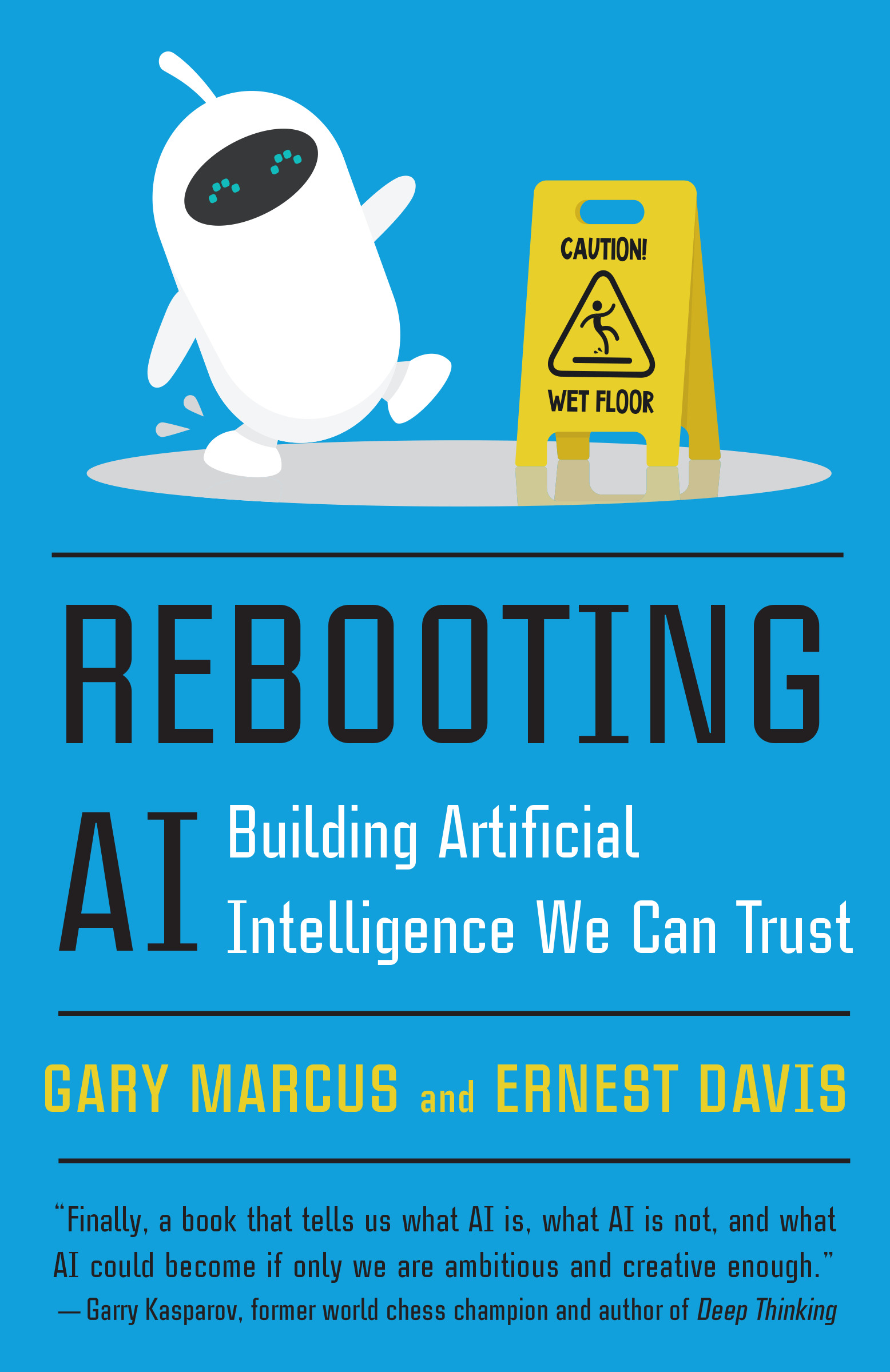
Rebooting AI Two leaders in the field offer a compelling analysis of the current state of the art and reveal the steps we must take to achieve a truly robust artificial intelligence. Despite the hype surrounding AI, creating an intelligence that rivals or exceeds human levels is far more complicated than we have been led to believe. Professors Gary Marcus and Ernest Davis have spent their careers at the forefront of AI research and have witnessed some of the greatest milestones in the field, but they argue that a computer beating a human in Jeopardy! does not signal that we are on the doorstep of fully autonomous cars or superintelligent machines. The achievements in the field thus far have occurred in closed systems with fixed sets of rules, and these approaches are too narrow to achieve genuine intelligence. The real world, in contrast, is wildly complex and open-ended. How can we bridge this gap? What will the consequences be when we do? Taking inspiration from the human mind, Marcus and Davis explain what we need to advance AI to the next level, and suggest that if we are wise along the way, we won't need to worry about a future of machine overlords. If we focus on endowing machines with common sense and deep understanding, rather than simply focusing on statistical analysis and gatherine ever larger collections of data, we will be able to create an AI we can trust—in our homes, our cars, and our doctors' offices. Rebooting AI provides a lucid, clear-eyed assessment of the current science and offers an inspiring vision of how a new generation of AI can make our lives better. COMPUTERS,Artificial Intelligence,General
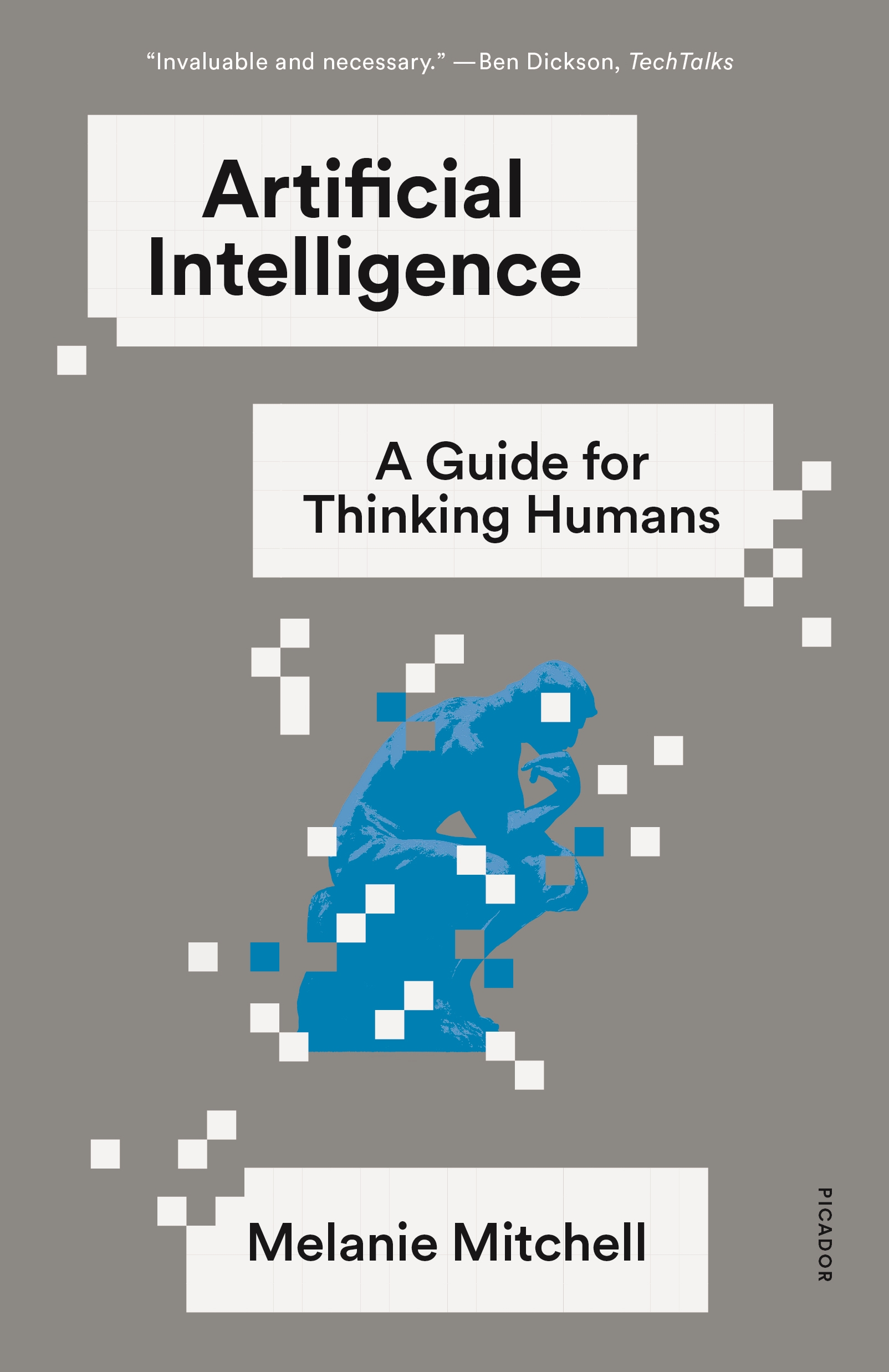
Artificial Intelligence Melanie Mitchell separates science fact from science fiction in this sweeping examination of the current state of AI and how it is remaking our world No recent scientific enterprise has proved as alluring, terrifying, and filled with extravagant promise and frustrating setbacks as artificial intelligence. The award-winning author Melanie Mitchell, a leading computer scientist, now reveals AI’s turbulent history and the recent spate of apparent successes, grand hopes, and emerging fears surrounding it. In Artificial Intelligence, Mitchell turns to the most urgent questions concerning AI today: How intelligent—really—are the best AI programs? How do they work? What can they actually do, and when do they fail? How humanlike do we expect them to become, and how soon do we need to worry about them surpassing us? Along the way, she introduces the dominant models of modern AI and machine learning, describing cutting-edge AI programs, their human inventors, and the historical lines of thought underpinning recent achievements. She meets with fellow experts such as Douglas Hofstadter, the cognitive scientist and Pulitzer Prize–winning author of the modern classic Gödel, Escher, Bach, who explains why he is “terrified†about the future of AI. She explores the profound disconnect between the hype and the actual achievements in AI, providing a clear sense of what the field has accomplished and how much further it has to go. Interweaving stories about the science of AI and the people behind it, Artificial Intelligence brims with clear-sighted, captivating, and accessible accounts of the most interesting and provocative modern work in the field, flavored with Mitchell’s humor and personal observations. This frank, lively book is an indispensable guide to understanding today’s AI, its quest for “human-level†intelligence, and its impact on the future for us all. COMPUTERS,Artificial Intelligence,General
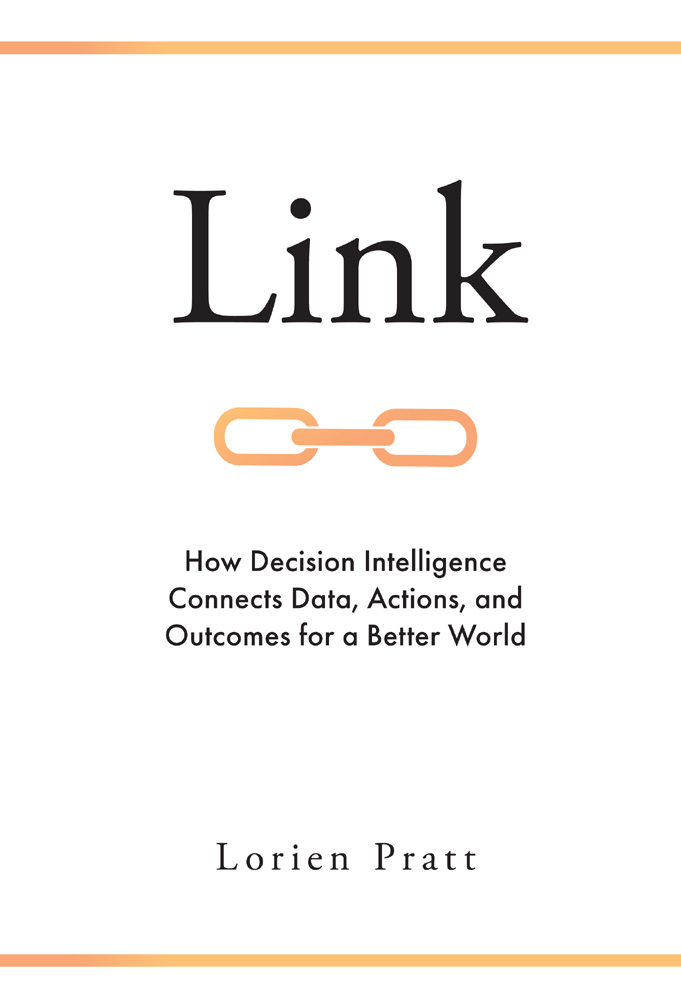
Link Why aren't the most powerful new technologies being used to solve the world's most important problems: hunger, poverty, conflict, employment, disease? In Link, Dr. Lorien Pratt answers these questions by exploring the solution that is emerging worldwide to take Artificial Intelligence to the next level: Decision Intelligence. COMPUTERS,Artificial Intelligence,General
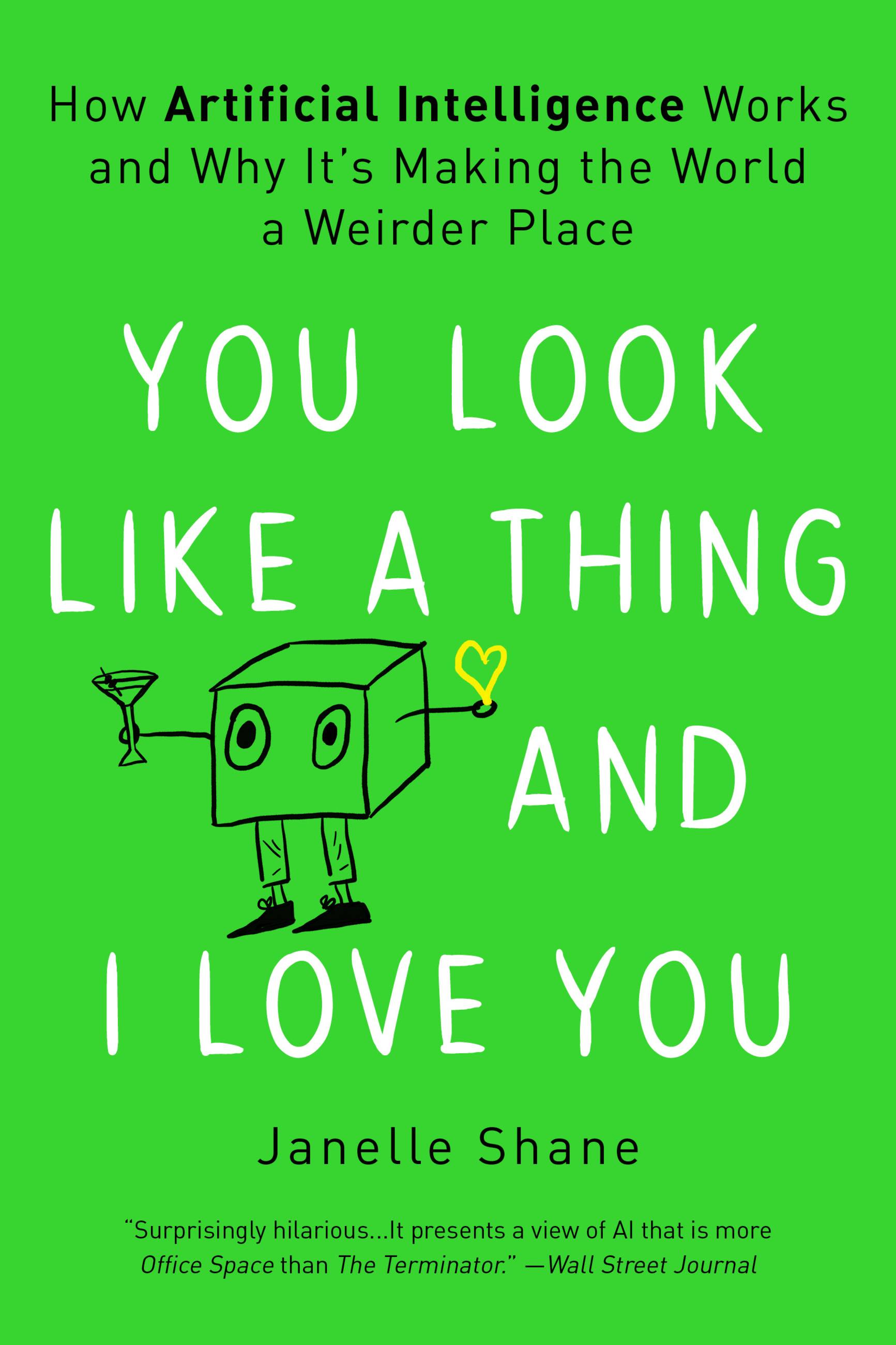
You Look Like a Thing and I Love You AS HEARD ON NPR'S "SCIENCE FRIDAY" Discover the book that Malcolm Gladwell, Susan Cain, Daniel Pink, and Adam Grant want you to read this year, an "accessible, informative, and hilarious" introduction to the weird and wonderful world of artificial intelligence (Ryan North). "You look like a thing and I love you" is one of the best pickup lines ever... according to an artificial intelligence trained by scientist Janelle Shane, creator of the popular blog AI Weirdness. She creates silly AIs that learn how to name paint colors, create the best recipes, and even flirt (badly) with humans--all to understand the technology that governs so much of our daily lives. We rely on AI every day for recommendations, for translations, and to put cat ears on our selfie videos. We also trust AI with matters of life and death, on the road and in our hospitals. But how smart is AI really... and how does it solve problems, understand humans, and even drive self-driving cars? Shane delivers the answers to every AI question you've ever asked, and some you definitely haven't. Like, how can a computer design the perfect sandwich? What does robot-generated Harry Potter fan-fiction look like? And is the world's best Halloween costume really "Vampire Hog Bride"? In this smart, often hilarious introduction to the most interesting science of our time, Shane shows how these programs learn, fail, and adapt--and how they reflect the best and worst of humanity. You Look Like a Thing and I Love You is the perfect book for anyone curious about what the robots in our lives are thinking. "I can't think of a better way to learn about artificial intelligence, and I've never had so much fun along the way." - Adam Grant, New York Times bestselling author of Originals COMPUTERS,Artificial Intelligence,General
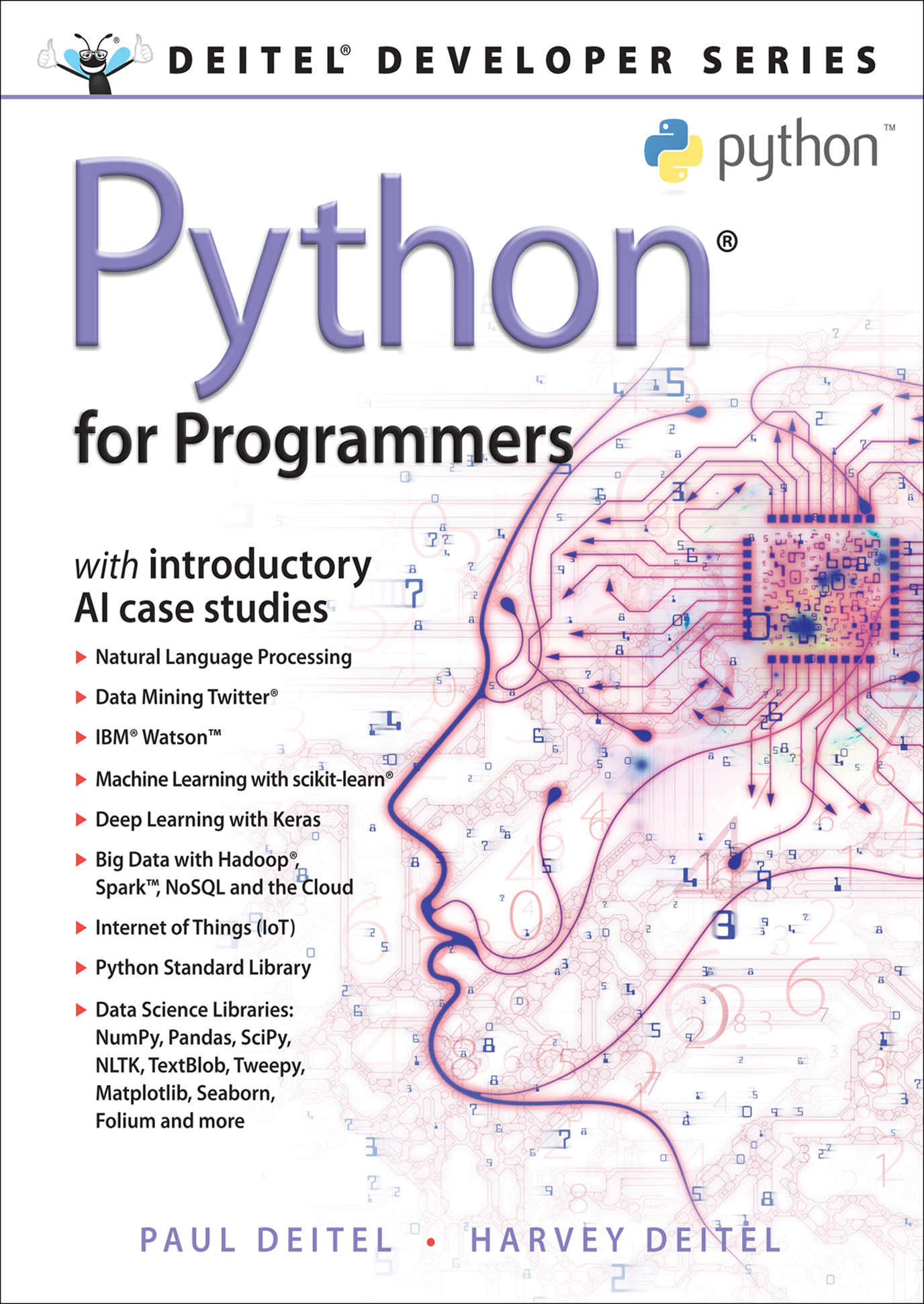
Python for Programmers The professional programmer’s Deitel® guide to Python® with introductory artificial intelligence case studies Written for programmers with a background in another high-level language, Python for Programmers uses hands-on instruction to teach today’s most compelling, leading-edge computing technologies and programming in Python–one of the world’s most popular and fastest-growing languages. Please read the Table of Contents diagram inside the front cover and the Preface for more details. In the context of 500+, real-world examples ranging from individual snippets to 40 large scripts and full implementation case studies, you’ll use the interactive IPython interpreter with code in Jupyter Notebooks to quickly master the latest Python coding idioms. After covering Python Chapters 1-5 and a few key parts of Chapters 6-7, you’ll be able to handle significant portions of the hands-on introductory AI case studies in Chapters 11-16, which are loaded with cool, powerful, contemporary examples. These include natural language processing, data mining Twitter® for sentiment analysis, cognitive computing with IBM® Watson™, supervised machine learning with classification and regression, unsupervised machine learning with clustering, computer vision through deep learning and convolutional neural networks, deep learning with recurrent neural networks, big data with Hadoop®, Spark™ and NoSQL databases, the Internet of Things and more. You’ll also work directly or indirectly with cloud-based services, including Twitter, Google Translate™, IBM Watson, Microsoft® Azure®, OpenMapQuest, PubNub and more. Features 500+ hands-on, real-world, live-code examples from snippets to case studies IPython + code in Jupyter® Notebooks Library-focused: Uses Python Standard Library and data science libraries to accomplish significant tasks with minimal code Rich Python coverage: Control statements, functions, strings, files, JSON serialization, CSV, exceptions Procedural, functional-style and object-oriented programming Collections: Lists, tuples, dictionaries, sets, NumPy arrays, pandas Series & DataFrames Static, dynamic and interactive visualizations Data experiences with real-world datasets and data sources Intro to Data Science sections: AI, basic stats, simulation, animation, random variables, data wrangling, regression AI, big data and cloud data science case studies: NLP, data mining Twitter®, IBM® Watson™, machine learning, deep learning, computer vision, Hadoop®, Spark™, NoSQL, IoT Open-source libraries: NumPy, pandas, Matplotlib, Seaborn, Folium, SciPy, NLTK, TextBlob, spaCy, Textatistic, Tweepy, scikit-learn®, Keras and more Accompanying code examples are available here: http://ptgmedia.pearsoncmg.com/imprint_downloads/informit/bookreg/9780135224335/9780135224335_examples.zip. Register your product for convenient access to downloads, updates, and/or corrections as they become available. See inside book for more information. COMPUTERS,Artificial Intelligence,General
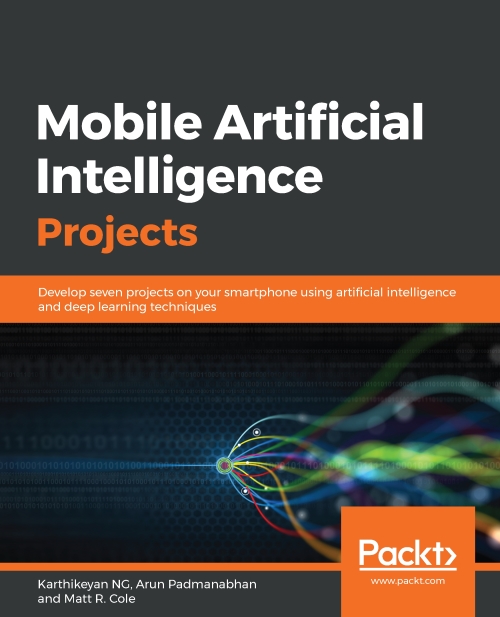
Mobile Artificial Intelligence Projects Learn to build end-to-end AI apps from scratch for Android and iOS using TensorFlow Lite, CoreML, and PyTorch Key Features Build practical, real-world AI projects on Android and iOS Implement tasks such as recognizing handwritten digits, sentiment analysis, and more Explore the core functions of machine learning, deep learning, and mobile vision Book Description We're witnessing a revolution in Artificial Intelligence, thanks to breakthroughs in deep learning. Mobile Artificial Intelligence Projects empowers you to take part in this revolution by applying Artificial Intelligence (AI) techniques to design applications for natural language processing (NLP), robotics, and computer vision. This book teaches you to harness the power of AI in mobile applications along with learning the core functions of NLP, neural networks, deep learning, and mobile vision. It features a range of projects, covering tasks such as real-estate price prediction, recognizing hand-written digits, predicting car damage, and sentiment analysis. You will learn to utilize NLP and machine learning algorithms to make applications more predictive, proactive, and capable of making autonomous decisions with less human input. In the concluding chapters, you will work with popular libraries, such as TensorFlow Lite, CoreML, and PyTorch across Android and iOS platforms. By the end of this book, you will have developed exciting and more intuitive mobile applications that deliver a customized and more personalized experience to users. What you will learn Explore the concepts and fundamentals of AI, deep learning, and neural networks Implement use cases for machine vision and natural language processing Build an ML model to predict car damage using TensorFlow Deploy TensorFlow on mobile to convert speech to text Implement GAN to recognize hand-written digits Develop end-to-end mobile applications that use AI principles Work with popular libraries, such as TensorFlow Lite, CoreML, and PyTorch Who this book is for Mobile Artificial Intelligence Projects is for machine learning professionals, deep learning engineers, AI engineers, and software engineers who want to integrate AI technology into mobile-based platforms and applications. Sound knowledge of machine learning and experience with any programming language is all you need to get started with this book. COMPUTERS,Artificial Intelligence,General
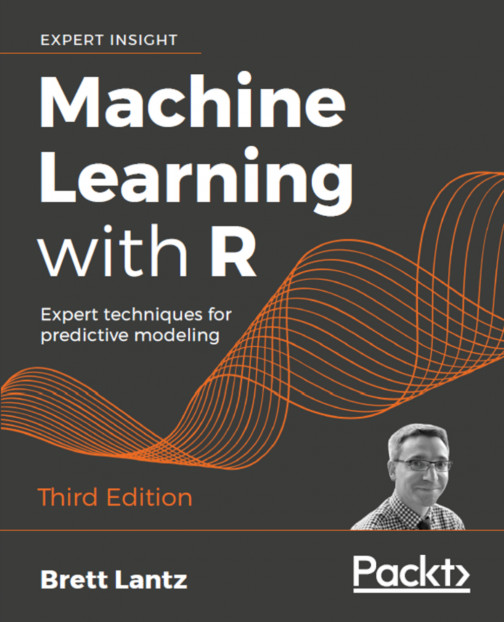
Machine Learning with R Solve real-world data problems with R and machine learning Key Features Third edition of the bestselling, widely acclaimed R machine learning book, updated and improved for R 3.6 and beyond Harness the power of R to build flexible, effective, and transparent machine learning models Learn quickly with a clear, hands-on guide by experienced machine learning teacher and practitioner, Brett Lantz Book Description Machine learning, at its core, is concerned with transforming data into actionable knowledge. R offers a powerful set of machine learning methods to quickly and easily gain insight from your data. Machine Learning with R, Third Edition provides a hands-on, readable guide to applying machine learning to real-world problems. Whether you are an experienced R user or new to the language, Brett Lantz teaches you everything you need to uncover key insights, make new predictions, and visualize your findings. This new 3rd edition updates the classic R data science book to R 3.6 with newer and better libraries, advice on ethical and bias issues in machine learning, and an introduction to deep learning. Find powerful new insights in your data; discover machine learning with R. What you will learn Discover the origins of machine learning and how exactly a computer learns by example Prepare your data for machine learning work with the R programming language Classify important outcomes using nearest neighbor and Bayesian methods Predict future events using decision trees, rules, and support vector machines Forecast numeric data and estimate financial values using regression methods Model complex processes with artificial neural networks — the basis of deep learning Avoid bias in machine learning models Evaluate your models and improve their performance Connect R to SQL databases and emerging big data technologies such as Spark, H2O, and TensorFlow Who this book is for Data scientists, students, and other practitioners who want a clear, accessible guide to machine learning with R. COMPUTERS,Artificial Intelligence,General
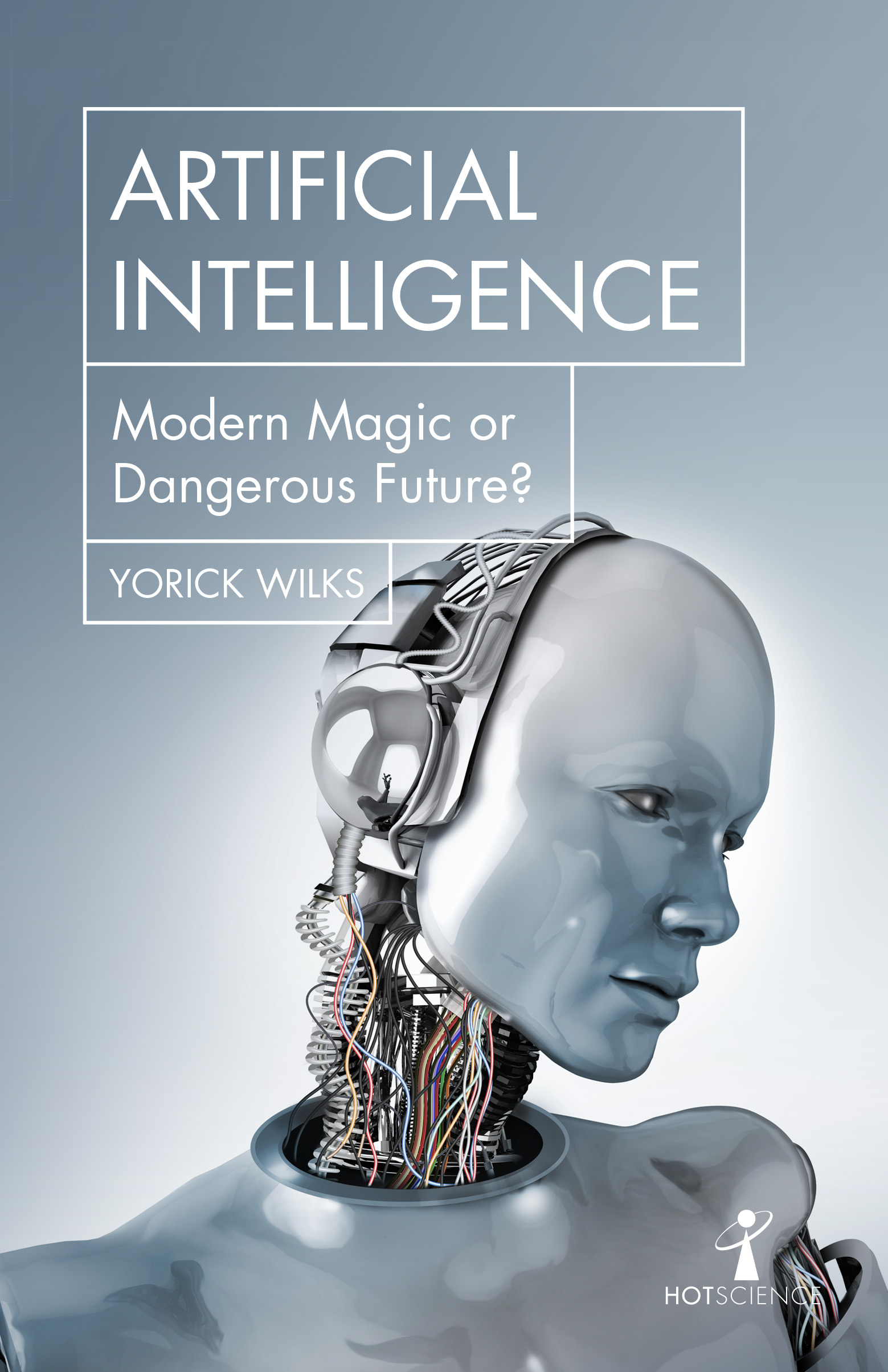
Artificial Intelligence Getting to the heart of the Artificial Intelligence debate. COMPUTERS,Artificial Intelligence,General
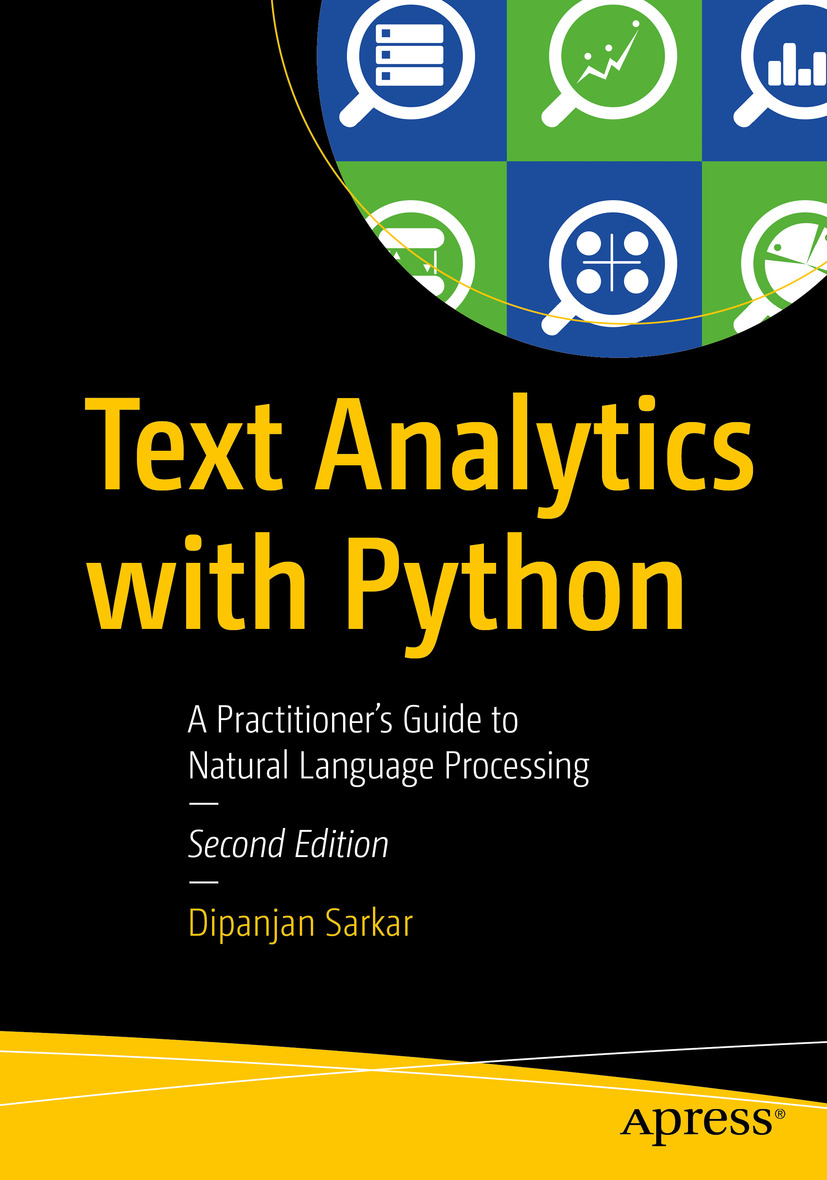
Text Analytics with Python Leverage Natural Language Processing (NLP) in Python and learn how to set up your own robust environment for performing text analytics. This second edition has gone through a major revamp and introduces several significant changes and new topics based on the recent trends in NLP. You’ll see how to use the latest state-of-the-art frameworks in NLP, coupled with machine learning and deep learning models for supervised sentiment analysis powered by Python to solve actual case studies. Start by reviewing Python for NLP fundamentals on strings and text data and move on to engineering representation methods for text data, including both traditional statistical models and newer deep learning-based embedding models. Improved techniques and new methods around parsing and processing text are discussed as well. Text summarization and topic models have been overhauled so the book showcases how to build, tune, and interpret topic models in the context of an interest dataset on NIPS conference papers. Additionally, the book covers text similarity techniques with a real-world example of movie recommenders, along with sentiment analysis using supervised and unsupervised techniques. There is also a chapter dedicated to semantic analysis where you’ll see how to build your own named entity recognition (NER) system from scratch. While the overall structure of the book remains the same, the entire code base, modules, and chapters has been updated to the latest Python 3.x release. What You'll Learn •Understand NLP and text syntax, semantics and structure •Discover text cleaning and feature engineering •Review text classification and text clustering • Assess text summarization and topic models • Study deep learning for NLP Who This Book Is For IT professionals, data analysts, developers, linguistic experts, data scientists and engineers and basically anyone with a keen interest in linguistics, analytics and generating insights from textual data. COMPUTERS,Artificial Intelligence,General
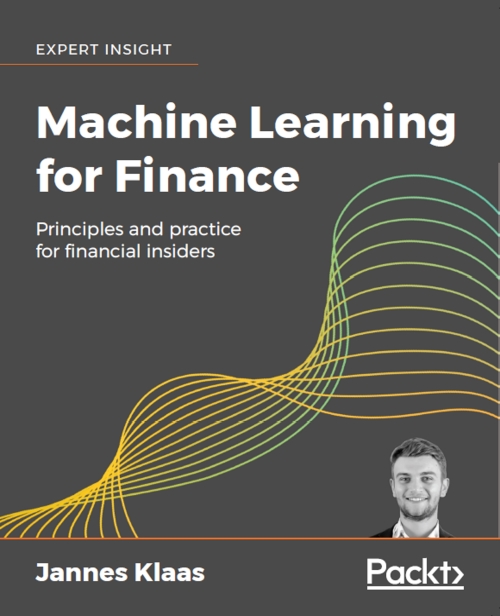
Machine Learning for Finance A guide to advances in machine learning for financial professionals, with working Python code Key Features Explore advances in machine learning and how to put them to work in financial industries Clear explanation and expert discussion of how machine learning works, with an emphasis on financial applications Deep coverage of advanced machine learning approaches including neural networks, GANs, and reinforcement learning Book Description Machine Learning for Finance explores new advances in machine learning and shows how they can be applied across the financial sector, including in insurance, transactions, and lending. It explains the concepts and algorithms behind the main machine learning techniques and provides example Python code for implementing the models yourself. The book is based on Jannes Klaas' experience of running machine learning training courses for financial professionals. Rather than providing ready-made financial algorithms, the book focuses on the advanced ML concepts and ideas that can be applied in a wide variety of ways. The book shows how machine learning works on structured data, text, images, and time series. It includes coverage of generative adversarial learning, reinforcement learning, debugging, and launching machine learning products. It discusses how to fight bias in machine learning and ends with an exploration of Bayesian inference and probabilistic programming. What you will learn Apply machine learning to structured data, natural language, photographs, and written text How machine learning can detect fraud, forecast financial trends, analyze customer sentiments, and more Implement heuristic baselines, time series, generative models, and reinforcement learning in Python, scikit-learn, Keras, and TensorFlow Dig deep into neural networks, examine uses of GANs and reinforcement learning Debug machine learning applications and prepare them for launch Address bias and privacy concerns in machine learning Who this book is for This book is ideal for readers who understand math and Python, and want to adopt machine learning in financial applications. The book assumes college-level knowledge of math and statistics. COMPUTERS,Artificial Intelligence,General

Artificial Intelligence in Education This two-volume set LNCS 11625 and 11626 constitutes the refereed proceedings of the 20th International Conference on Artificial Intelligence in Education, AIED 2019, held in Chicago, IL, USA, in June 2019. The 45 full papers presented together with 41 short, 10 doctoral consortium, 6 industry, and 10 workshop papers were carefully reviewed and selected from 177 submissions. AIED 2019 solicits empirical and theoretical papers particularly in the following lines of research and application: Intelligent and interactive technologies in an educational context; Modelling and representation; Models of teaching and learning; Learning contexts and informal learning; Evaluation; Innovative applications; Intelligent techniques to support disadvantaged schools and students, inequity and inequality in education.​ COMPUTERS,Artificial Intelligence,General

Applied Machine Learning Machine learning methods are now an important tool for scientists, researchers, engineers and students in a wide range of areas. This book is written for people who want to adopt and use the main tools of machine learning, but aren’t necessarily going to want to be machine learning researchers. Intended for students in final year undergraduate or first year graduate computer science programs in machine learning, this textbook is a machine learning toolkit. Applied Machine Learning covers many topics for people who want to use machine learning processes to get things done, with a strong emphasis on using existing tools and packages, rather than writing one’s own code. A companion to the author's Probability and Statistics for Computer Science, this book picks up where the earlier book left off (but also supplies a summary of probability that the reader can use). Emphasizing the usefulness of standard machinery from applied statistics, this textbook gives an overview of the major applied areas in learning, including coverage of: • classification using standard machinery (naive bayes; nearest neighbor; SVM) • clustering and vector quantization (largely as in PSCS) • PCA (largely as in PSCS) • variants of PCA (NIPALS; latent semantic analysis; canonical correlation analysis) • linear regression (largely as in PSCS) • generalized linear models including logistic regression • model selection with Lasso, elasticnet • robustness and m-estimators • Markov chains and HMM’s (largely as in PSCS) • EM in fairly gory detail; long experience teaching this suggests one detailed example is required, which students hate; but once they’ve been through that, the next one is easy • simple graphical models (in the variational inference section) • classification with neural networks, with a particular emphasis onimage classification • autoencoding with neural networks • structure learning COMPUTERS,Artificial Intelligence,General
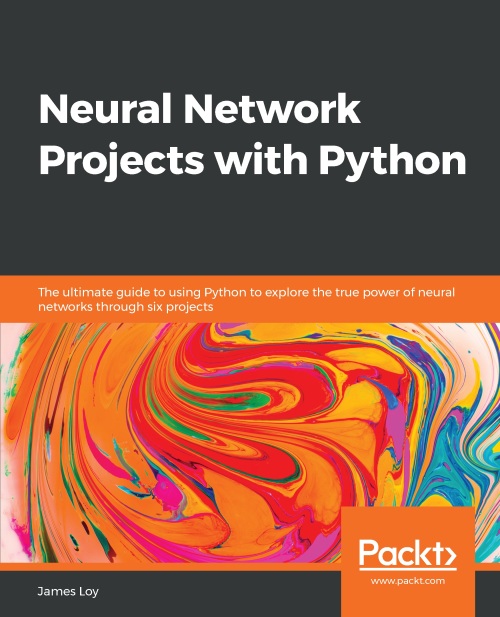
Neural Network Projects with Python Build your Machine Learning portfolio by creating 6 cutting-edge Artificial Intelligence projects using neural networks in Python Key Features Discover neural network architectures (like CNN and LSTM) that are driving recent advancements in AI Build expert neural networks in Python using popular libraries such as Keras Includes projects such as object detection, face identification, sentiment analysis, and more Book Description Neural networks are at the core of recent AI advances, providing some of the best resolutions to many real-world problems, including image recognition, medical diagnosis, text analysis, and more. This book goes through some basic neural network and deep learning concepts, as well as some popular libraries in Python for implementing them. It contains practical demonstrations of neural networks in domains such as fare prediction, image classification, sentiment analysis, and more. In each case, the book provides a problem statement, the specific neural network architecture required to tackle that problem, the reasoning behind the algorithm used, and the associated Python code to implement the solution from scratch. In the process, you will gain hands-on experience with using popular Python libraries such as Keras to build and train your own neural networks from scratch. By the end of this book, you will have mastered the different neural network architectures and created cutting-edge AI projects in Python that will immediately strengthen your machine learning portfolio. What you will learn Learn various neural network architectures and its advancements in AI Master deep learning in Python by building and training neural network Master neural networks for regression and classification Discover convolutional neural networks for image recognition Learn sentiment analysis on textual data using Long Short-Term Memory Build and train a highly accurate facial recognition security system Who this book is for This book is a perfect match for data scientists, machine learning engineers, and deep learning enthusiasts who wish to create practical neural network projects in Python. Readers should already have some basic knowledge of machine learning and neural networks. COMPUTERS,Artificial Intelligence,General

Introduction to Artificial Intelligence Can computers think? Updated edition, ideal for lay readers and students of computer science, offers well-illustrated, easy-to-read discussions of problem-solving methods and representations, game playing, neural networks, more. 2019 edition. COMPUTERS,Artificial Intelligence,General
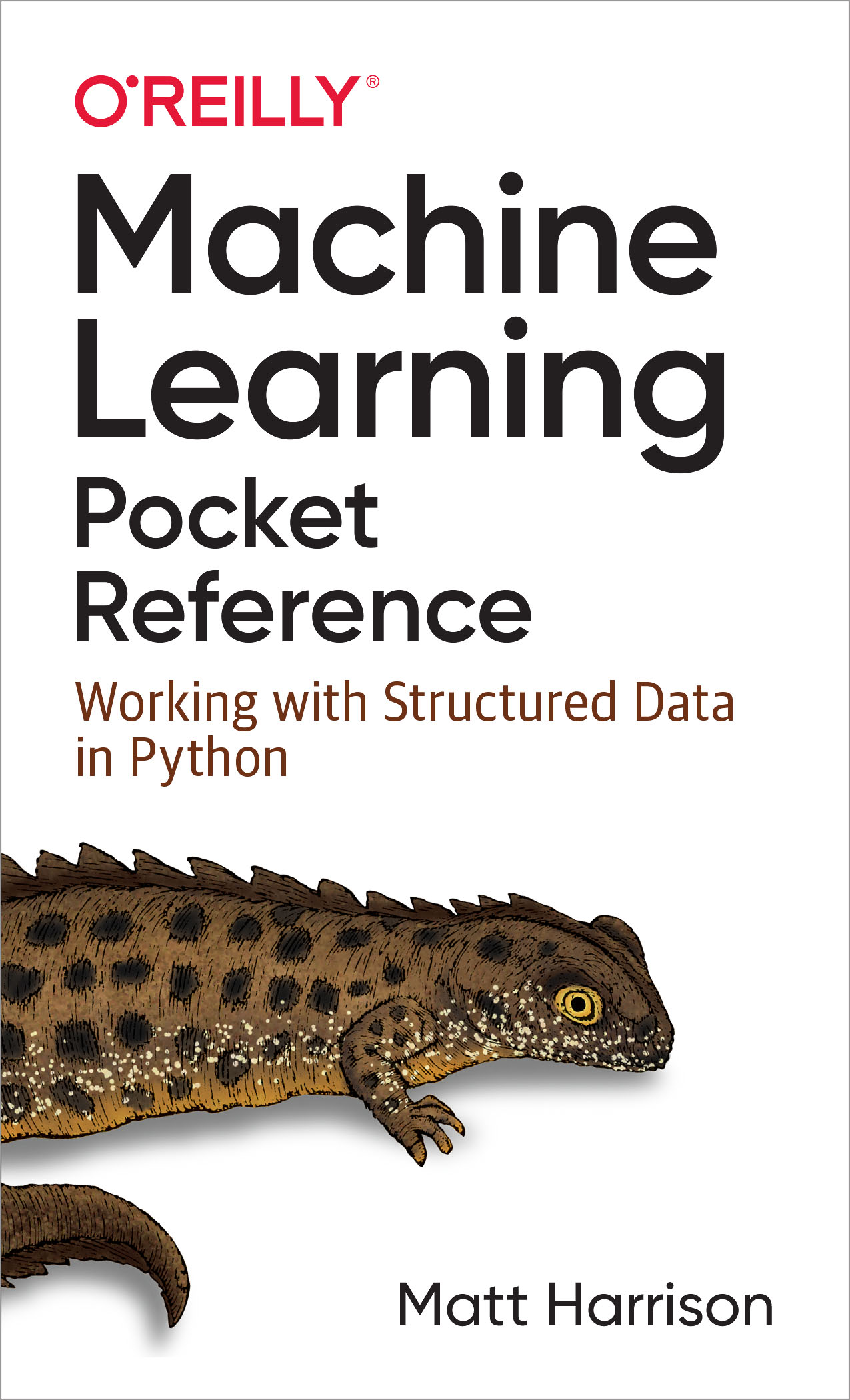
Machine Learning Pocket Reference With detailed notes, tables, and examples, this handy reference will help you navigate the basics of structured machine learning. Author Matt Harrison delivers a valuable guide that you can use for additional support during training and as a convenient resource when you dive into your next machine learning project. Ideal for programmers, data scientists, and AI engineers, this book includes an overview of the machine learning process and walks you through classification with structured data. You’ll also learn methods for clustering, predicting a continuous value (regression), and reducing dimensionality, among other topics. This pocket reference includes sections that cover: Classification, using the Titanic dataset Cleaning data and dealing with missing data Exploratory data analysis Common preprocessing steps using sample data Selecting features useful to the model Model selection Metrics and classification evaluation Regression examples using k-nearest neighbor, decision trees, boosting, and more Metrics for regression evaluation Clustering Dimensionality reduction Scikit-learn pipelines COMPUTERS,Artificial Intelligence,General
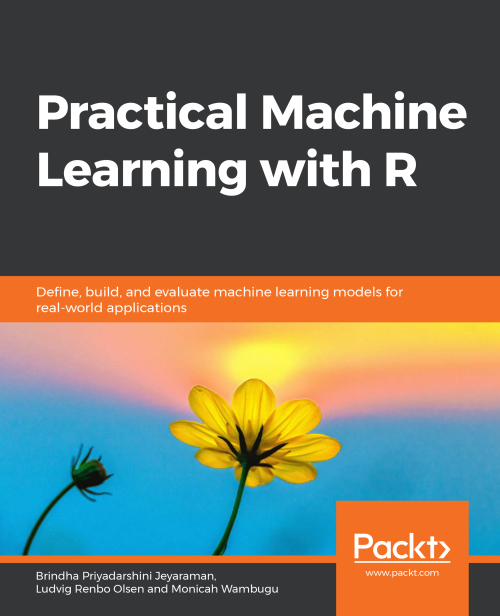
Practical Machine Learning with R Understand how machine learning works and get hands-on experience of using R to build algorithms that can solve various real-world problems Key Features Gain a comprehensive overview of different machine learning techniques Explore various methods for selecting a particular algorithm Implement a machine learning project from problem definition through to the final model Book Description With huge amounts of data being generated every moment, businesses need applications that apply complex mathematical calculations to data repeatedly and at speed. With machine learning techniques and R, you can easily develop these kinds of applications in an efficient way. Practical Machine Learning with R begins by helping you grasp the basics of machine learning methods, while also highlighting how and why they work. You will understand how to get these algorithms to work in practice, rather than focusing on mathematical derivations. As you progress from one chapter to another, you will gain hands-on experience of building a machine learning solution in R. Next, using R packages such as rpart, random forest, and multiple imputation by chained equations (MICE), you will learn to implement algorithms including neural net classifier, decision trees, and linear and non-linear regression. As you progress through the book, you'll delve into various machine learning techniques for both supervised and unsupervised learning approaches. In addition to this, you'll gain insights into partitioning the datasets and mechanisms to evaluate the results from each model and be able to compare them. By the end of this book, you will have gained expertise in solving your business problems, starting by forming a good problem statement, selecting the most appropriate model to solve your problem, and then ensuring that you do not overtrain it. What you will learn Define a problem that can be solved by training a machine learning model Obtain, verify and clean data before transforming it into the correct format for use Perform exploratory analysis and extract features from data Build models for neural net, linear and non-linear regression, classification, and clustering Evaluate the performance of a model with the right metrics Implement a classification problem using the neural net package Employ a decision tree using the random forest library Who this book is for If you are a data analyst, data scientist, or a business analyst who wants to understand the process of machine learning and apply it to a real dataset using R, this book is just what you need. Data scientists who use Python and want to implement their machine learning solutions using R will also find this book very useful. The book will also enable novice programmers to start their journey in data science. Basic knowledge of any programming language is all you need to get started. COMPUTERS,Artificial Intelligence,General
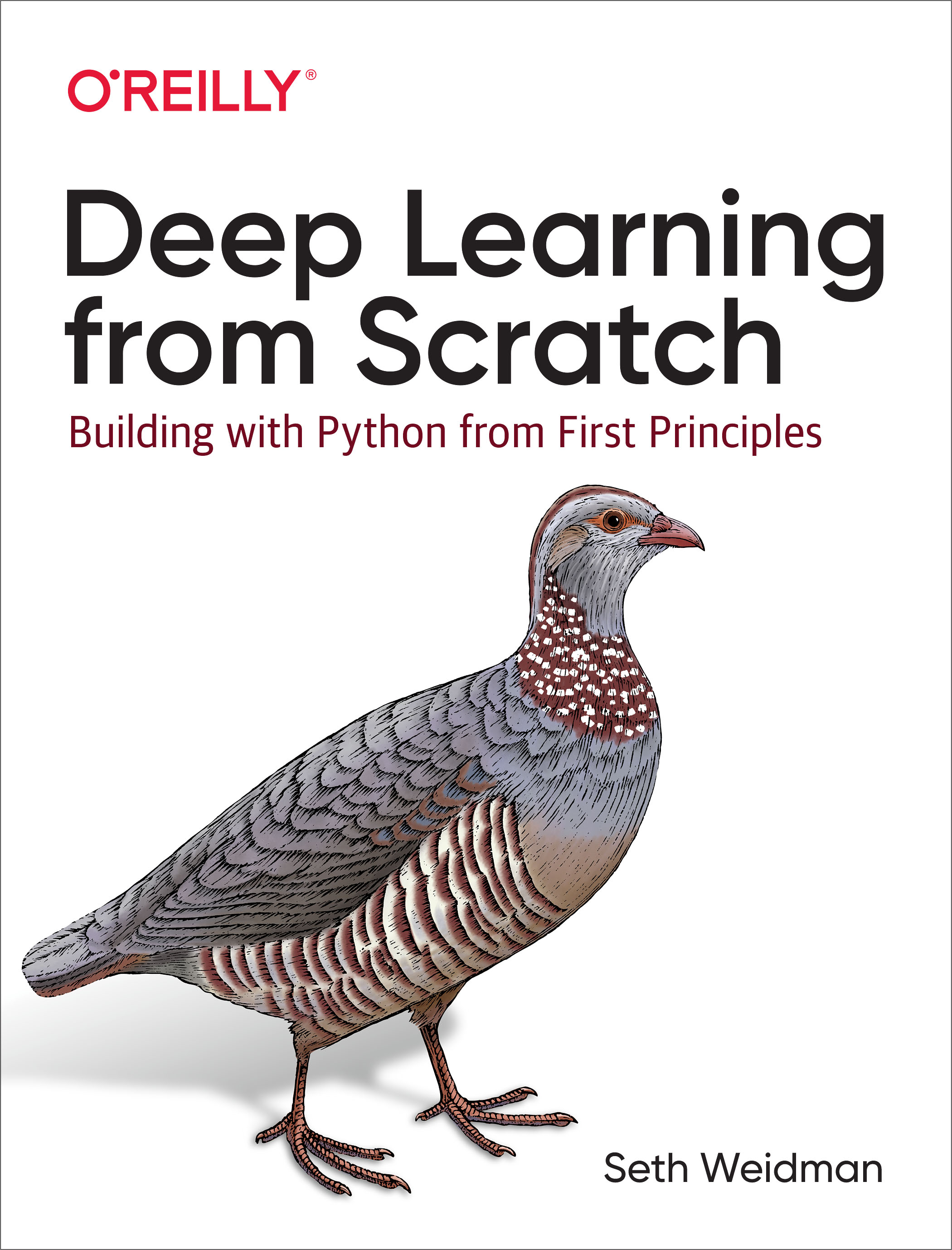
Deep Learning from Scratch With the resurgence of neural networks in the 2010s, deep learning has become essential for machine learning practitioners and even many software engineers. This book provides a comprehensive introduction for data scientists and software engineers with machine learning experience. You’ll start with deep learning basics and move quickly to the details of important advanced architectures, implementing everything from scratch along the way. Author Seth Weidman shows you how neural networks work using a first principles approach. You’ll learn how to apply multilayer neural networks, convolutional neural networks, and recurrent neural networks from the ground up. With a thorough understanding of how neural networks work mathematically, computationally, and conceptually, you’ll be set up for success on all future deep learning projects. This book provides: Extremely clear and thorough mental models—accompanied by working code examples and mathematical explanations—for understanding neural networks Methods for implementing multilayer neural networks from scratch, using an easy-to-understand object-oriented framework Working implementations and clear-cut explanations of convolutional and recurrent neural networks Implementation of these neural network concepts using the popular PyTorch framework COMPUTERS,Artificial Intelligence,General
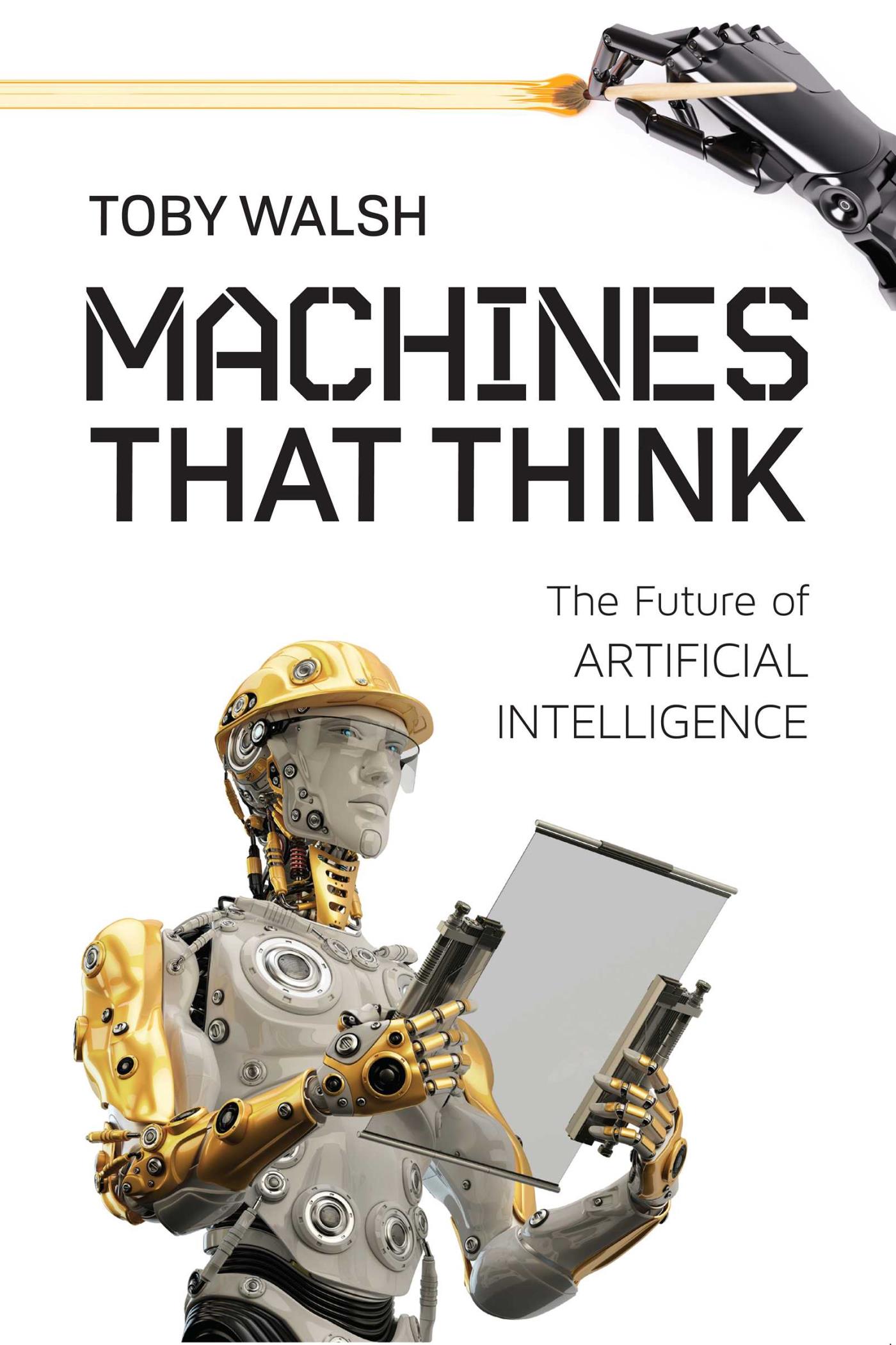
Machines That Think A scientist who has spent a career developing Artificial Intelligence takes a realistic look at the technological challenges and assesses the likely effect of AI on the future.How will Artificial Intelligence (AI) impact our lives? Toby Walsh, one of the leading AI researchers in the world, takes a critical look at the many ways in which "thinking machines" will change our world.Based on a deep understanding of the technology, Walsh describes where Artificial Intelligence is today, and where it will take us.·Will automation take away most of our jobs? ·Is a "technological singularity" near? ·What is the chance that robots will take over? ·How do we best prepare for this future? The author concludes that, if we plan well, AI could be our greatest legacy, the last invention human beings will ever need to make. COMPUTERS,Artificial Intelligence,General
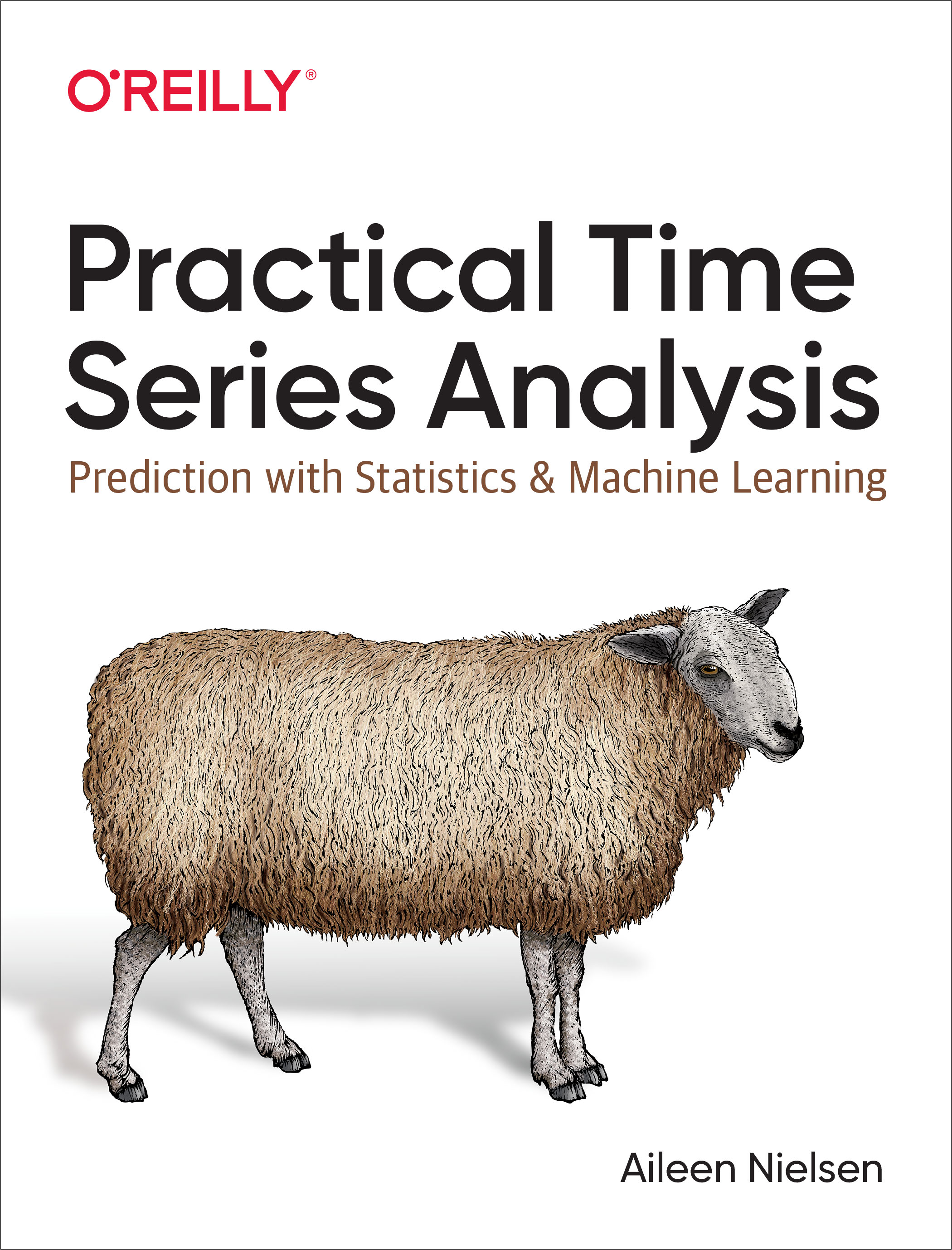
Practical Time Series Analysis Time series data analysis is increasingly important due to the massive production of such data through the internet of things, the digitalization of healthcare, and the rise of smart cities. As continuous monitoring and data collection become more common, the need for competent time series analysis with both statistical and machine learning techniques will increase. Covering innovations in time series data analysis and use cases from the real world, this practical guide will help you solve the most common data engineering and analysis challengesin time series, using both traditional statistical and modern machine learning techniques. Author Aileen Nielsen offers an accessible, well-rounded introduction to time series in both R and Python that will have data scientists, software engineers, and researchers up and running quickly. You’ll get the guidance you need to confidently: Find and wrangle time series data Undertake exploratory time series data analysis Store temporal data Simulate time series data Generate and select features for a time series Measure error Forecast and classify time series with machine or deep learning Evaluate accuracy and performance COMPUTERS,Artificial Intelligence,General
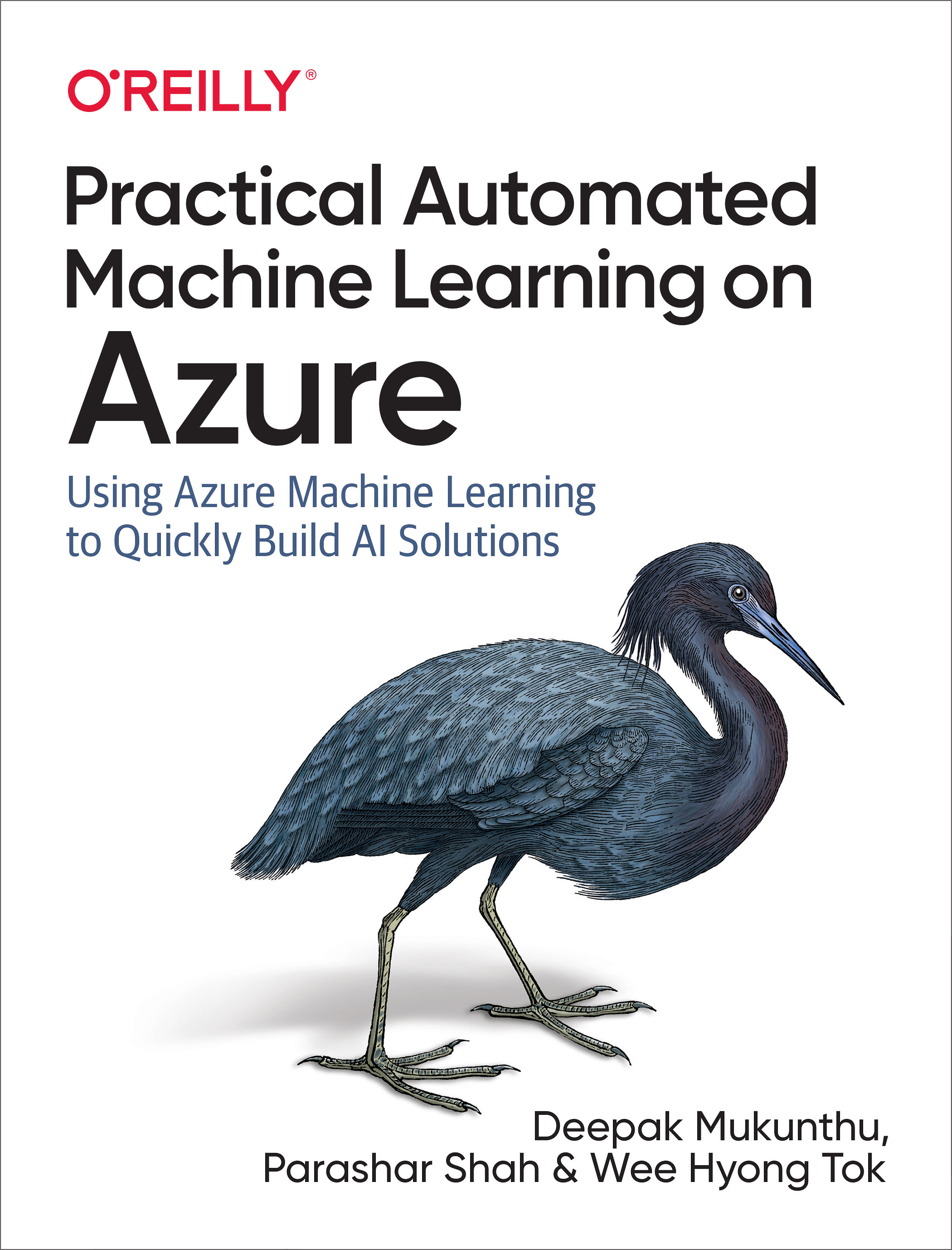
Practical Automated Machine Learning on Azure Develop smart applications without spending days and weeks building machine-learning models. With this practical book, you’ll learn how to apply automated machine learning (AutoML), a process that uses machine learning to help people build machine learning models. Deepak Mukunthu, Parashar Shah, and Wee Hyong Tok provide a mix of technical depth, hands-on examples, and case studies that show how customers are solving real-world problems with this technology. Building machine-learning models is an iterative and time-consuming process. Even those who know how to create ML models may be limited in how much they can explore. Once you complete this book, you’ll understand how to apply AutoML to your data right away. Learn how companies in different industries are benefiting from AutoML Get started with AutoML using Azure Explore aspects such as algorithm selection, auto featurization, and hyperparameter tuning Understand how data analysts, BI professions, developers can use AutoML in their familiar tools and experiences Learn how to get started using AutoML for use cases including classification, regression, and forecasting. COMPUTERS,Artificial Intelligence,General
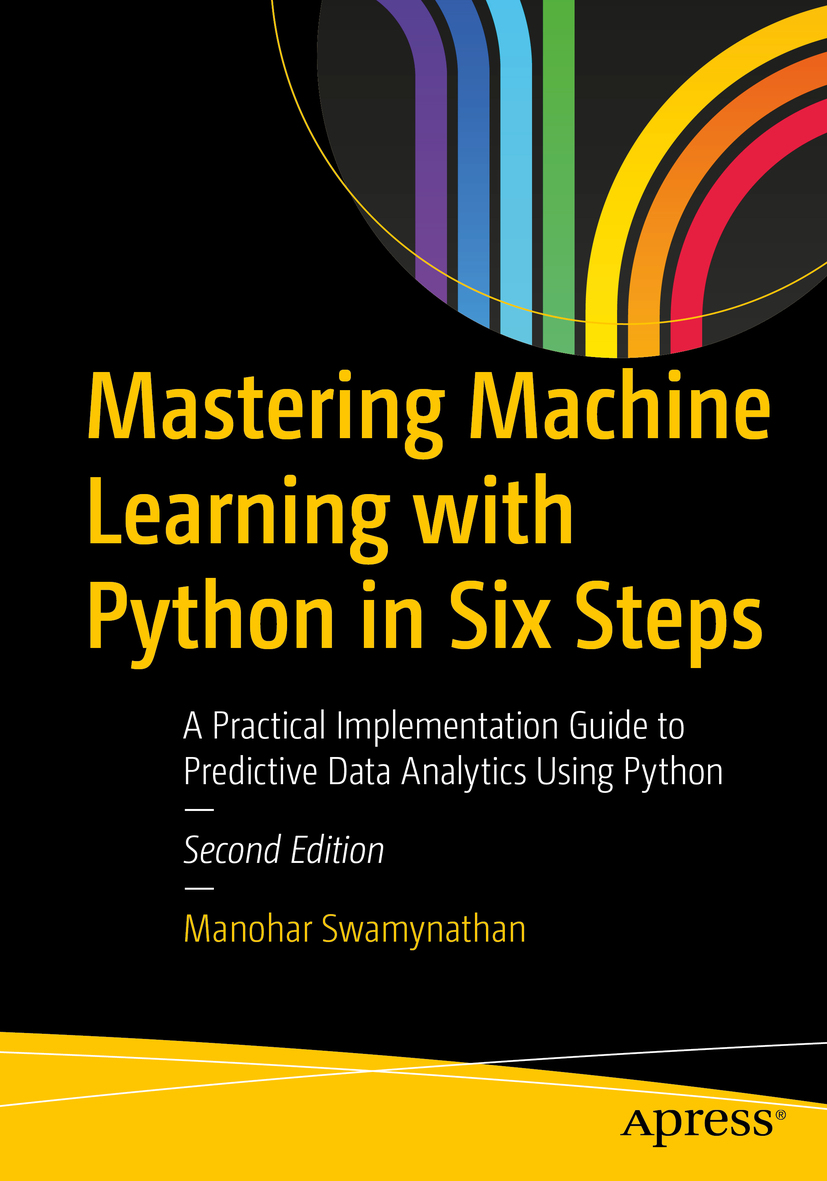
Mastering Machine Learning with Python in Six Steps Explore fundamental to advanced Python 3 topics in six steps, all designed to make you a worthy practitioner. This updated version’s approach is based on the “six degrees of separation†theory, which states that everyone and everything is a maximum of six steps away and presents each topic in two parts: theoretical concepts and practical implementation using suitable Python 3 packages. You’ll start with the fundamentals of Python 3 programming language, machine learning history, evolution, and the system development frameworks. Key data mining/analysis concepts, such as exploratory analysis, feature dimension reduction, regressions, time series forecasting and their efficient implementation in Scikit-learn are covered as well. You’ll also learn commonly used model diagnostic and tuning techniques. These include optimal probability cutoff point for class creation, variance, bias, bagging, boosting, ensemble voting, grid search, random search, Bayesian optimization, and the noise reduction technique for IoT data. Finally, you’ll review advanced text mining techniques, recommender systems, neural networks, deep learning, reinforcement learning techniques and their implementation. All the code presented in the book will be available in the form of iPython notebooks to enable you to try out these examples and extend them to your advantage. What You'll Learn Understand machine learning development and frameworks Assess model diagnosis and tuning in machine learning Examine text mining, natuarl language processing (NLP), and recommender systems Review reinforcement learning and CNN Who This Book Is For Python developers, data engineers, and machine learning engineers looking to expand their knowledge or career into machine learning area. COMPUTERS,Artificial Intelligence,General
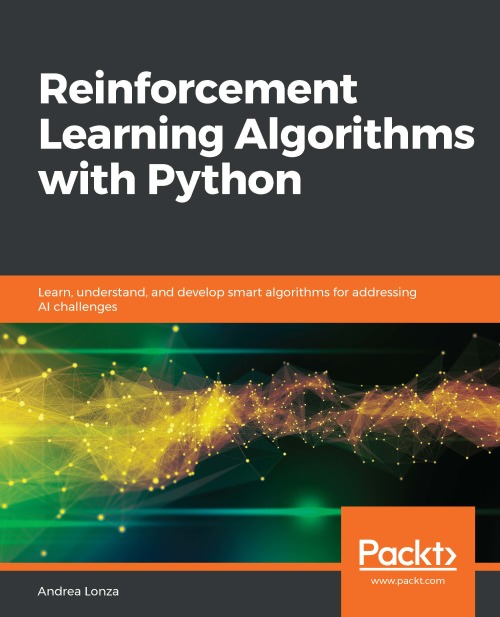
Reinforcement Learning Algorithms with Python Develop self-learning algorithms and agents using TensorFlow and other Python tools, frameworks, and libraries Key Features Learn, develop, and deploy advanced reinforcement learning algorithms to solve a variety of tasks Understand and develop model-free and model-based algorithms for building self-learning agents Work with advanced Reinforcement Learning concepts and algorithms such as imitation learning and evolution strategies Book Description Reinforcement Learning (RL) is a popular and promising branch of AI that involves making smarter models and agents that can automatically determine ideal behavior based on changing requirements. This book will help you master RL algorithms and understand their implementation as you build self-learning agents. Starting with an introduction to the tools, libraries, and setup needed to work in the RL environment, this book covers the building blocks of RL and delves into value-based methods, such as the application of Q-learning and SARSA algorithms. You'll learn how to use a combination of Q-learning and neural networks to solve complex problems. Furthermore, you'll study the policy gradient methods, TRPO, and PPO, to improve performance and stability, before moving on to the DDPG and TD3 deterministic algorithms. This book also covers how imitation learning techniques work and how Dagger can teach an agent to drive. You'll discover evolutionary strategies and black-box optimization techniques, and see how they can improve RL algorithms. Finally, you'll get to grips with exploration approaches, such as UCB and UCB1, and develop a meta-algorithm called ESBAS. By the end of the book, you'll have worked with key RL algorithms to overcome challenges in real-world applications, and be part of the RL research community. What you will learn Develop an agent to play CartPole using the OpenAI Gym interface Discover the model-based reinforcement learning paradigm Solve the Frozen Lake problem with dynamic programming Explore Q-learning and SARSA with a view to playing a taxi game Apply Deep Q-Networks (DQNs) to Atari games using Gym Study policy gradient algorithms, including Actor-Critic and REINFORCE Understand and apply PPO and TRPO in continuous locomotion environments Get to grips with evolution strategies for solving the lunar lander problem Who this book is for If you are an AI researcher, deep learning user, or anyone who wants to learn reinforcement learning from scratch, this book is for you. You'll also find this reinforcement learning book useful if you want to learn about the advancements in the field. Working knowledge of Python is necessary. COMPUTERS,Artificial Intelligence,General
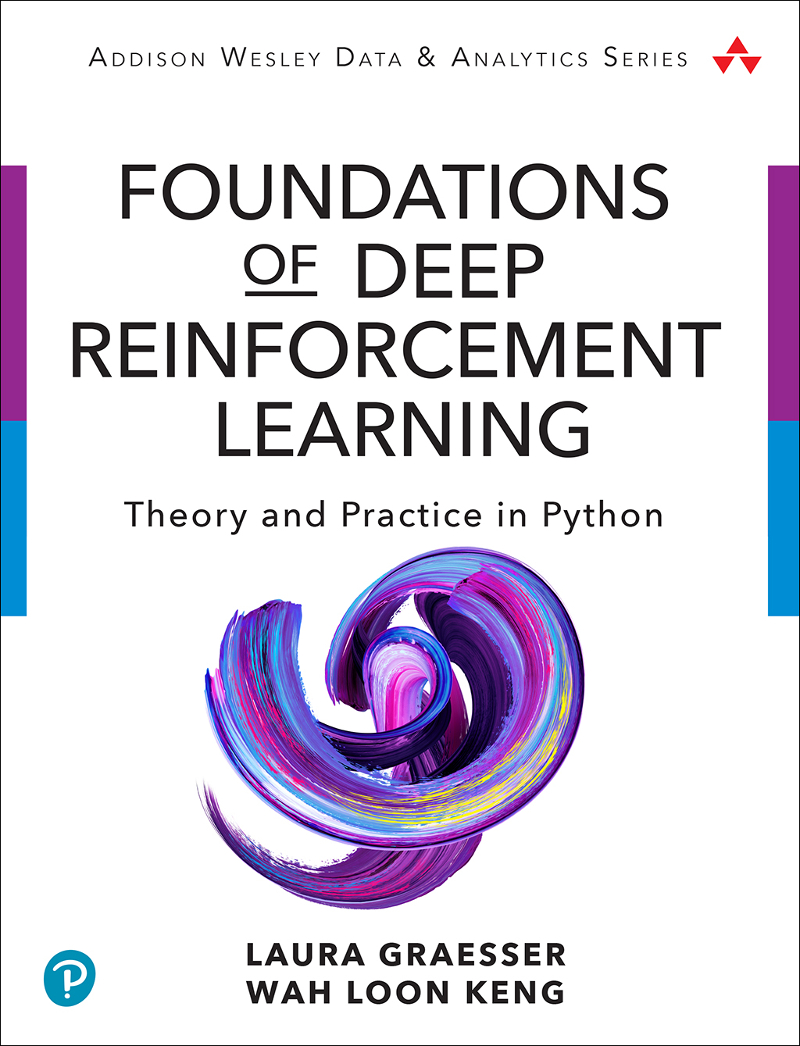
Foundations of Deep Reinforcement Learning The Contemporary Introduction to Deep Reinforcement Learning that Combines Theory and Practice Deep reinforcement learning (deep RL) combines deep learning and reinforcement learning, in which artificial agents learn to solve sequential decision-making problems. In the past decade deep RL has achieved remarkable results on a range of problems, from single and multiplayer games—such as Go, Atari games, and DotA 2—to robotics. Foundations of Deep Reinforcement Learning is an introduction to deep RL that uniquely combines both theory and implementation. It starts with intuition, then carefully explains the theory of deep RL algorithms, discusses implementations in its companion software library SLM Lab, and finishes with the practical details of getting deep RL to work. This guide is ideal for both computer science students and software engineers who are familiar with basic machine learning concepts and have a working understanding of Python. Understand each key aspect of a deep RL problem Explore policy- and value-based algorithms, including REINFORCE, SARSA, DQN, Double DQN, and Prioritized Experience Replay (PER) Delve into combined algorithms, including Actor-Critic and Proximal Policy Optimization (PPO) Understand how algorithms can be parallelized synchronously and asynchronously Run algorithms in SLM Lab and learn the practical implementation details for getting deep RL to work Explore algorithm benchmark results with tuned hyperparameters Understand how deep RL environments are designed Register your book for convenient access to downloads, updates, and/or corrections as they become available. See inside book for details. COMPUTERS,Artificial Intelligence,General
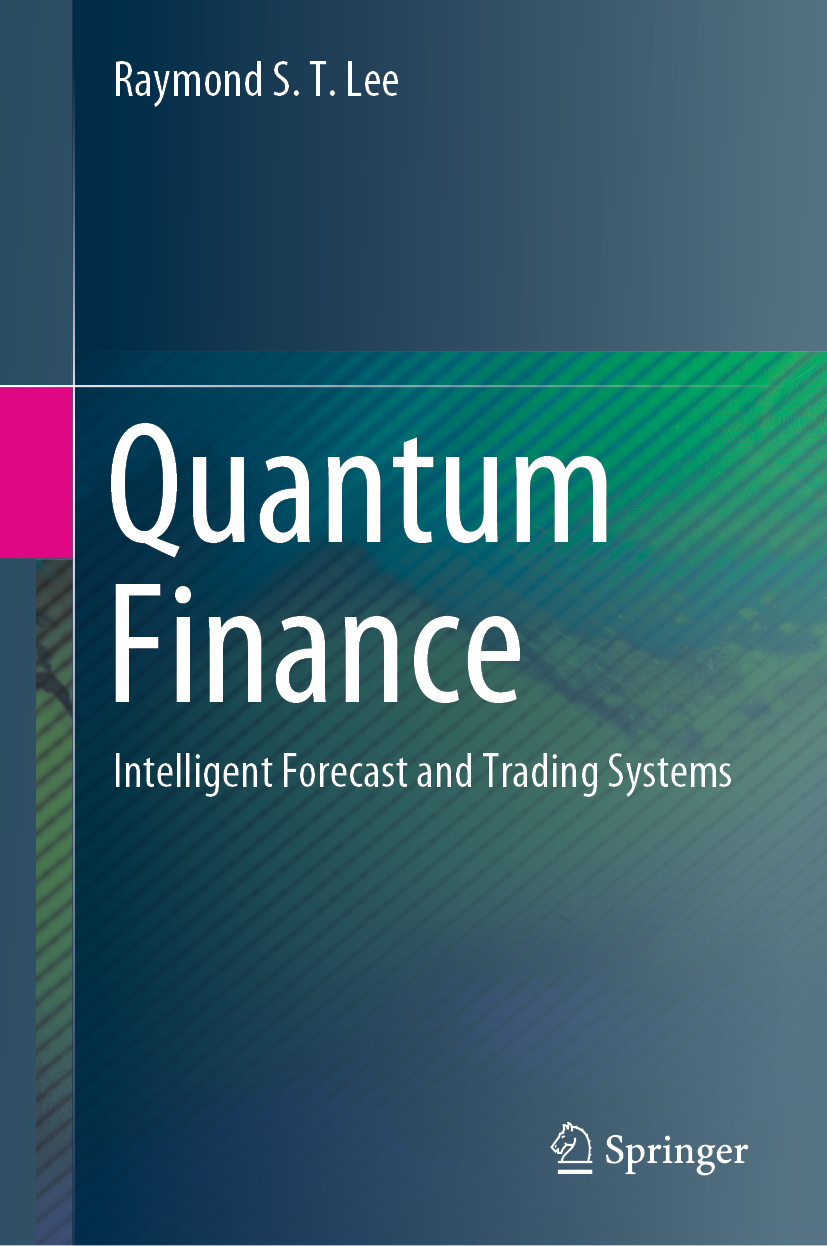
Quantum Finance With the exponential growth of program trading in the global financial industry, quantum finance and its underlying technologies have become one of the hottest topics in the fintech community. Numerous financial institutions and fund houses around the world require computer professionals with a basic understanding of quantum finance to develop intelligent financial systems. This book presents a selection of the author’s past 15 years’ R&D work and practical implementation of the Quantum Finance Forecast System – which integrates quantum field theory and related AI technologies to design and develop intelligent global financial forecast and quantum trading systems. The book consists of two parts: Part I discusses the basic concepts and theories of quantum finance and related AI technologies, including quantum field theory, quantum price fields, quantum price level modelling and quantum entanglement to predict major financial events. Part II then examines the current, ongoing R&D projects on the application of quantum finance technologies in intelligent real-time financial prediction and quantum trading systems. This book is both a textbook for undergraduate & masters level quantum finance, AI and fintech courses and a valuable resource for researchers and data scientists working in the field of quantum finance and intelligent financial systems. It is also of interest to professional traders/ quants & independent investors who would like to grasp the basic concepts and theory of quantum finance, and more importantly how to adopt this fascinating technology to implement intelligent financial forecast and quantum trading systems. For system implementation, the interactive quantum finance programming labs listed on the Quantum Finance Forecast Centre official site (QFFC.org) enable readers to learn how to use quantum finance technologies presented in the book. COMPUTERS,Artificial Intelligence,General
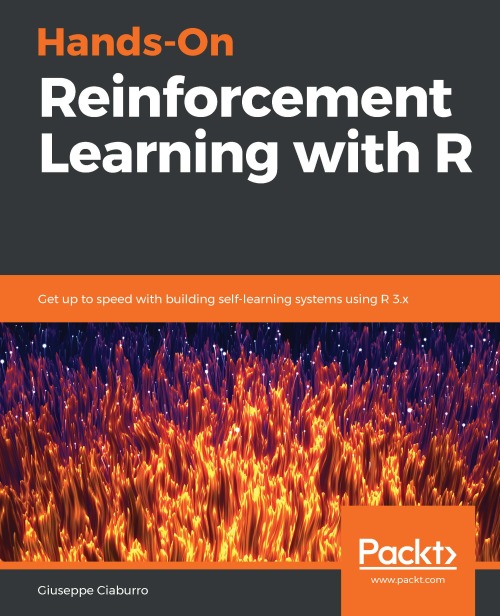
Hands-On Reinforcement Learning with R Implement key reinforcement learning algorithms and techniques using different R packages such as the Markov chain, MDP toolbox, contextual, and OpenAI Gym Key Features Explore the design principles of reinforcement learning and deep reinforcement learning models Use dynamic programming to solve design issues related to building a self-learning system Learn how to systematically implement reinforcement learning algorithms Book Description Reinforcement learning (RL) is an integral part of machine learning (ML), and is used to train algorithms. With this book, you'll learn how to implement reinforcement learning with R, exploring practical examples such as using tabular Q-learning to control robots. You'll begin by learning the basic RL concepts, covering the agent-environment interface, Markov Decision Processes (MDPs), and policy gradient methods. You'll then use R's libraries to develop a model based on Markov chains. You will also learn how to solve a multi-armed bandit problem using various R packages. By applying dynamic programming and Monte Carlo methods, you will also find the best policy to make predictions. As you progress, you'll use Temporal Difference (TD) learning for vehicle routing problem applications. Gradually, you'll apply the concepts you've learned to real-world problems, including fraud detection in finance, and TD learning for planning activities in the healthcare sector. You'll explore deep reinforcement learning using Keras, which uses the power of neural networks to increase RL's potential. Finally, you'll discover the scope of RL and explore the challenges in building and deploying machine learning models. By the end of this book, you'll be well-versed with RL and have the skills you need to efficiently implement it with R. What you will learn Understand how to use MDP to manage complex scenarios Solve classic reinforcement learning problems such as the multi-armed bandit model Use dynamic programming for optimal policy searching Adopt Monte Carlo methods for prediction Apply TD learning to search for the best path Use tabular Q-learning to control robots Handle environments using the OpenAI library to simulate real-world applications Develop deep Q-learning algorithms to improve model performance Who this book is for This book is for anyone who wants to learn about reinforcement learning with R from scratch. A solid understanding of R and basic knowledge of machine learning are necessary to grasp the topics covered in the book. COMPUTERS,Artificial Intelligence,General
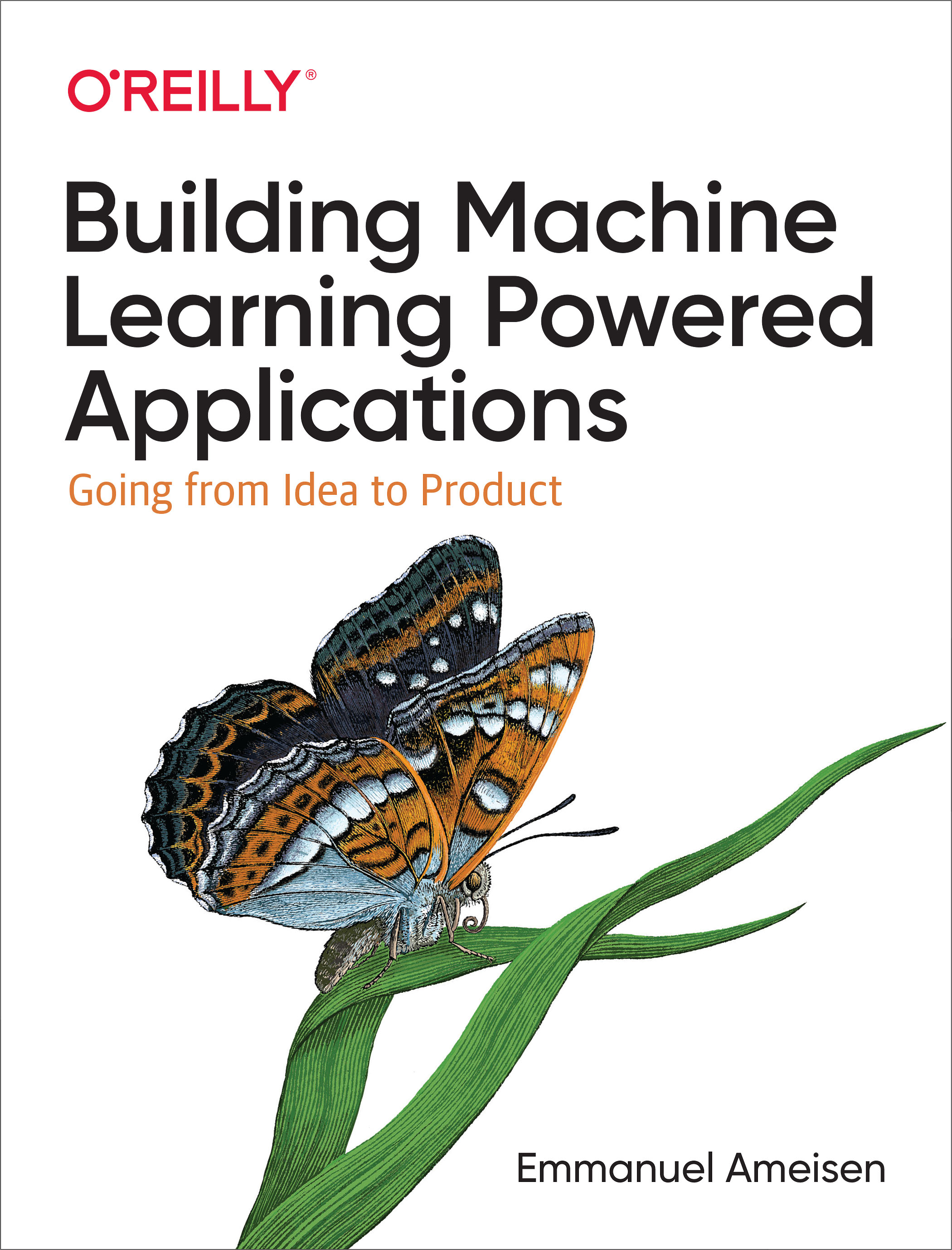
Building Machine Learning Powered Applications Learn the skills necessary to design, build, and deploy applications powered by machine learning (ML). Through the course of this hands-on book, you’ll build an example ML-driven application from initial idea to deployed product. Data scientists, software engineers, and product managers—including experienced practitioners and novices alike—will learn the tools, best practices, and challenges involved in building a real-world ML application step by step. Author Emmanuel Ameisen, an experienced data scientist who led an AI education program, demonstrates practical ML concepts using code snippets, illustrations, screenshots, and interviews with industry leaders. Part I teaches you how to plan an ML application and measure success. Part II explains how to build a working ML model. Part III demonstrates ways to improve the model until it fulfills your original vision. Part IV covers deployment and monitoring strategies. This book will help you: Define your product goal and set up a machine learning problem Build your first end-to-end pipeline quickly and acquire an initial dataset Train and evaluate your ML models and address performance bottlenecks Deploy and monitor your models in a production environment COMPUTERS,Artificial Intelligence,General
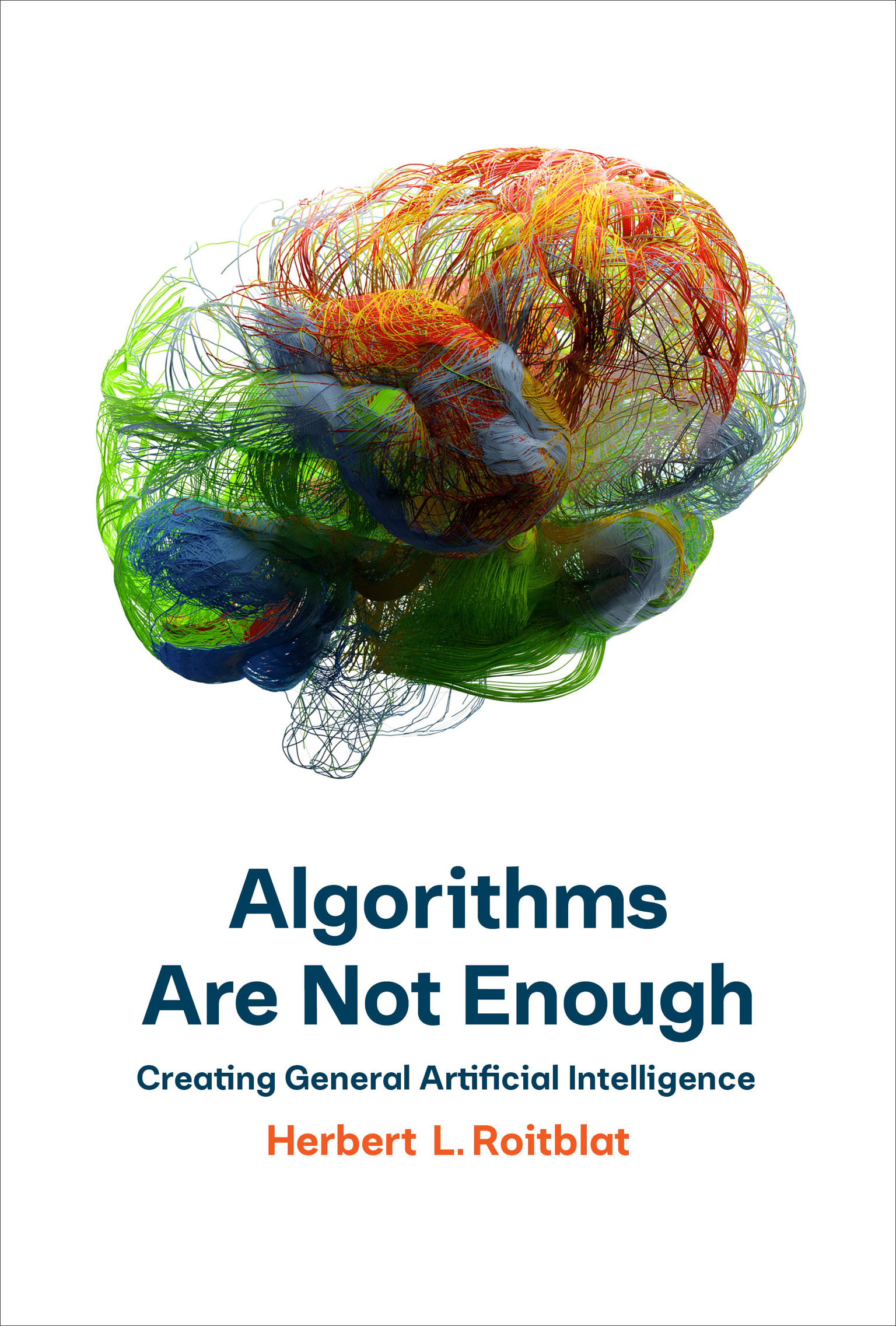
Algorithms Are Not Enough Why a new approach is needed in the quest for general artificial intelligence. Since the inception of artificial intelligence, we have been warned about the imminent arrival of computational systems that can replicate human thought processes. Before we know it, computers will become so intelligent that humans will be lucky to kept as pets. And yet, although artificial intelligence has become increasingly sophisticated--with such achievements as driverless cars and humanless chess-playing--computer science has not yet created general artificial intelligence. In Algorithms Are Not Enough, Herbert Roitblat explains how artificial general intelligence may be possible and why a robopocalypse is neither imminent, nor likely. COMPUTERS,Artificial Intelligence,General
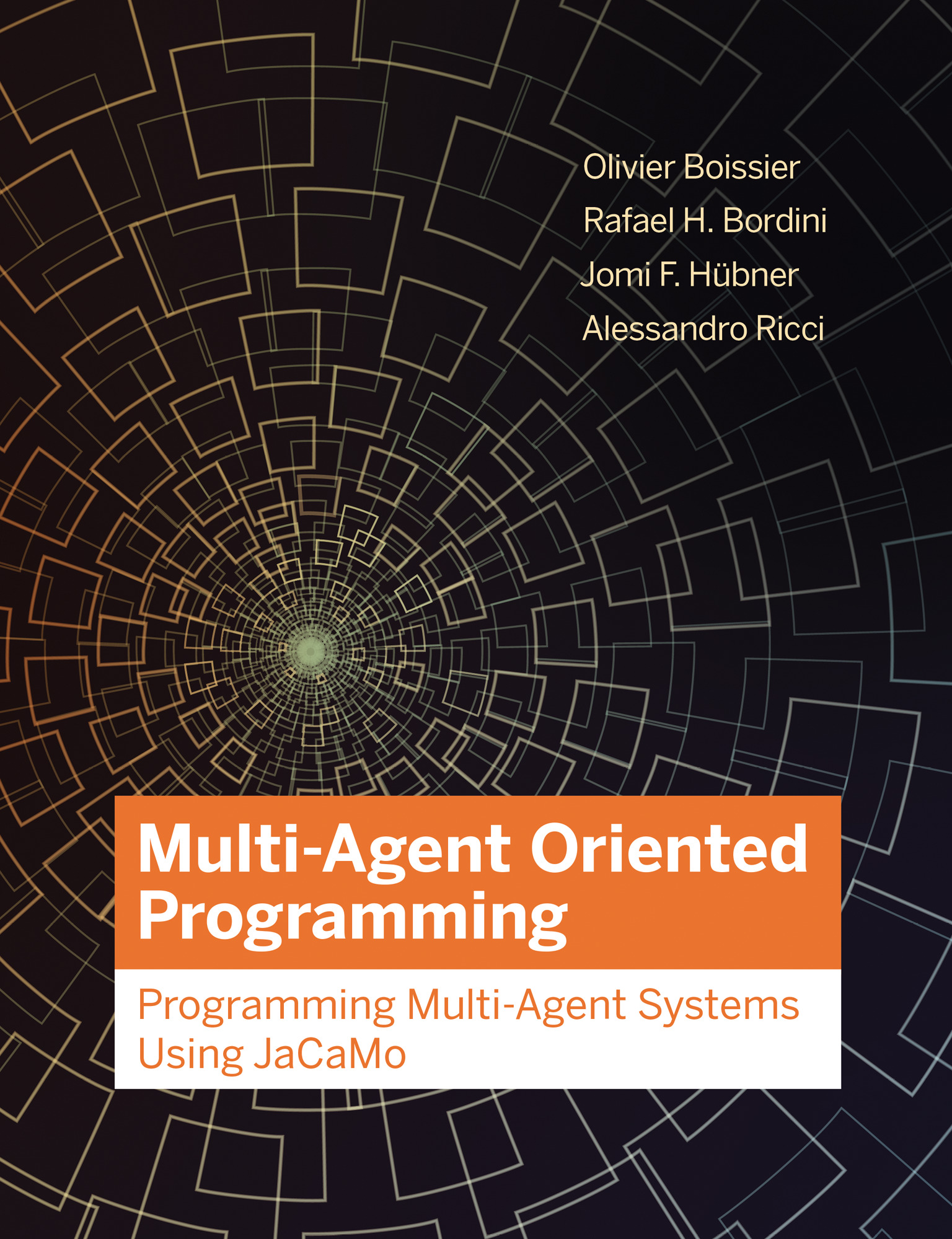
Multi-Agent Oriented Programming The main concepts and techniques of multi-agent oriented programming, which supports the multi-agent systems paradigm at the programming level. A multi-agent system is an organized ensemble of autonomous, intelligent, goal-oriented entities called agents, communicating with each other and interacting within an environment. This book introduces the main concepts and techniques of multi-agent oriented programming, (MAOP) which supports the multi-agent systems paradigm at the programming level. MAOP provides a structured approach based on three integrated dimensions, which the book examines in detail: the agent dimension, used to design the individual (interacting) entities; the environment dimension, which allows the development of shared resources and connections to the real world; and the organization dimension, which structures the interactions among the autonomous agents and the shared environment. COMPUTERS,Artificial Intelligence,General
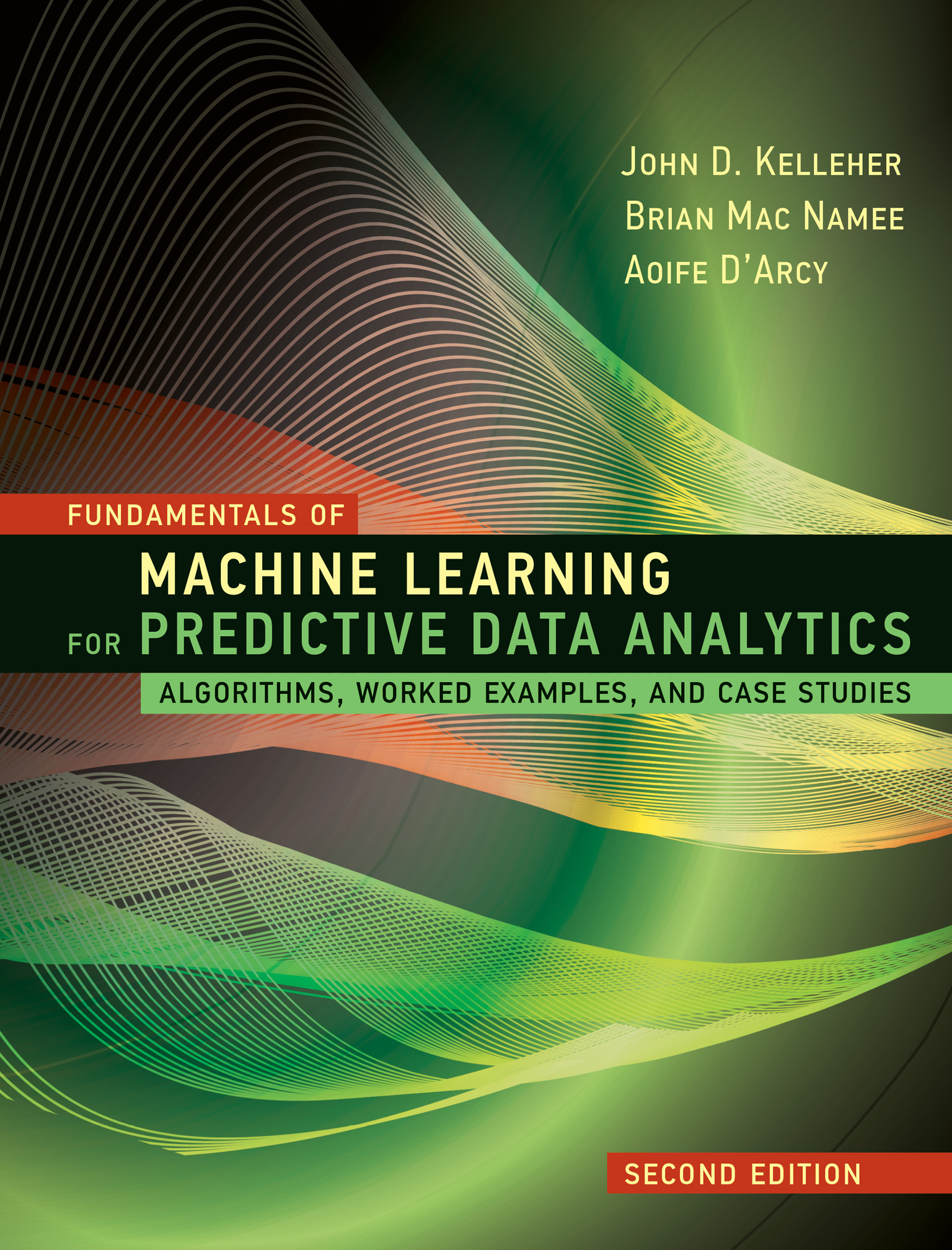
Fundamentals of Machine Learning for Predictive Data Analytics, second edition The second edition of a comprehensive introduction to machine learning approaches used in predictive data analytics, covering both theory and practice. Machine learning is often used to build predictive models by extracting patterns from large datasets. These models are used in predictive data analytics applications including price prediction, risk assessment, predicting customer behavior, and document classification. This introductory textbook offers a detailed and focused treatment of the most important machine learning approaches used in predictive data analytics, covering both theoretical concepts and practical applications. Technical and mathematical material is augmented with explanatory worked examples, and case studies illustrate the application of these models in the broader business context. This second edition covers recent developments in machine learning, especially in a new chapter on deep learning, and two new chapters that go beyond predictive analytics to cover unsupervised learning and reinforcement learning. COMPUTERS,Artificial Intelligence,General

AI in the Wild Examining the potential benefits and risks of using artificial intelligence to advance global sustainability. Drones with night vision are tracking elephant and rhino poachers in African wildlife parks and sanctuaries; smart submersibles are saving coral from carnivorous starfish on Australia's Great Barrier Reef; recycled cell phones alert Brazilian forest rangers to the sound of illegal logging. The tools of artificial intelligence are being increasingly deployed in the battle for global sustainability. And yet, warns Peter Dauvergne, we should be cautious in declaring AI the planet's savior. In AI in the Wild, Dauvergne avoids the AI industry-powered hype and offers a critical view, exploring both the potential benefits and risks of using artificial intelligence to advance global sustainability. COMPUTERS,Artificial Intelligence,General

Dancing with Qubits Explore the principles and practicalities of quantum computing Key Features Discover how quantum computing works and delve into the math behind it with this quantum computing textbook Learn how it may become the most important new computer technology of the century Explore the inner workings of quantum computing technology to quickly process complex cloud data and solve problems Book Description Quantum computing is making us change the way we think about computers. Quantum bits, a.k.a. qubits, can make it possible to solve problems that would otherwise be intractable with current computing technology. Dancing with Qubits is a quantum computing textbook that starts with an overview of why quantum computing is so different from classical computing and describes several industry use cases where it can have a major impact. From there it moves on to a fuller description of classical computing and the mathematical underpinnings necessary to understand such concepts as superposition, entanglement, and interference. Next up is circuits and algorithms, both basic and more sophisticated. It then nicely moves on to provide a survey of the physics and engineering ideas behind how quantum computing hardware is built. Finally, the book looks to the future and gives you guidance on understanding how further developments will affect you. Really understanding quantum computing requires a lot of math, and this book doesn't shy away from the necessary math concepts you'll need. Each topic is introduced and explained thoroughly, in clear English with helpful examples. What you will learn See how quantum computing works, delve into the math behind it, what makes it different, and why it is so powerful with this quantum computing textbook Discover the complex, mind-bending mechanics that underpin quantum systems Understand the necessary concepts behind classical and quantum computing Refresh and extend your grasp of essential mathematics, computing, and quantum theory Explore the main applications of quantum computing to the fields of scientific computing, AI, and elsewhere Examine a detailed overview of qubits, quantum circuits, and quantum algorithm Who this book is for Dancing with Qubits is a quantum computing textbook for those who want to deeply explore the inner workings of quantum computing. This entails some sophisticated mathematical exposition and is therefore best suited for those with a healthy interest in mathematics, physics, engineering, and computer science. COMPUTERS,Artificial Intelligence,General

The Practitioner's Guide to Graph Data Graph data closes the gap between the way humans and computers view the world. While computers rely on static rows and columns of data, people navigate and reason about life through relationships. This practical guide demonstrates how graph data brings these two approaches together. By working with concepts from graph theory, database schema, distributed systems, and data analysis, you’ll arrive at a unique intersection known as graph thinking. Authors Denise Koessler Gosnell and Matthias Broecheler show data engineers, data scientists, and data analysts how to solve complex problems with graph databases. You’ll explore templates for building with graph technology, along with examples that demonstrate how teams think about graph data within an application. Build an example application architecture with relational and graph technologies Use graph technology to build a Customer 360 application, the most popular graph data pattern today Dive into hierarchical data and troubleshoot a new paradigm that comes from working with graph data Find paths in graph data and learn why your trust in different paths motivates and informs your preferences Use collaborative filtering to design a Netflix-inspired recommendation system COMPUTERS,Artificial Intelligence,General
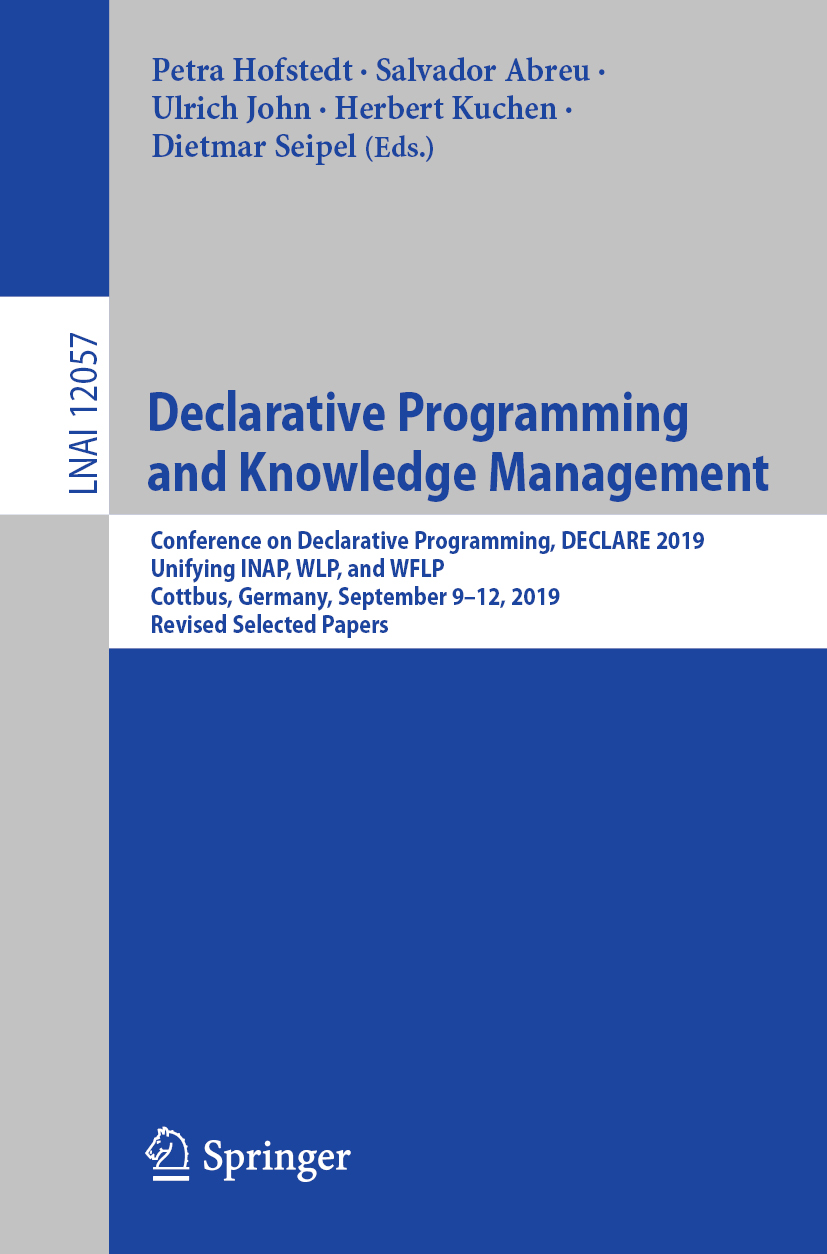
Declarative Programming and Knowledge Management This book constitutes revised selected papers from the 22nd International Conference on Applications of Declarative Programming and Knowledge Management, INAP 2019, the 33rd Workshop on Logic Programming, WLP 2019, and the 27th Workshop on Functional and (Constraint) Logic Programming, WFLP 2019. The 15 full papers and 1 short paper presented in this volume were carefully reviewed and selected from 24 submissions. The contributions present current research activities in the areas of declarative languages and compilation techniques, in particular for constraint-based, logical and functional languages and their extensions, as well as discuss new approaches and key findings in constraint-solving, knowledge representation, and reasoning techniques. COMPUTERS,Artificial Intelligence,General
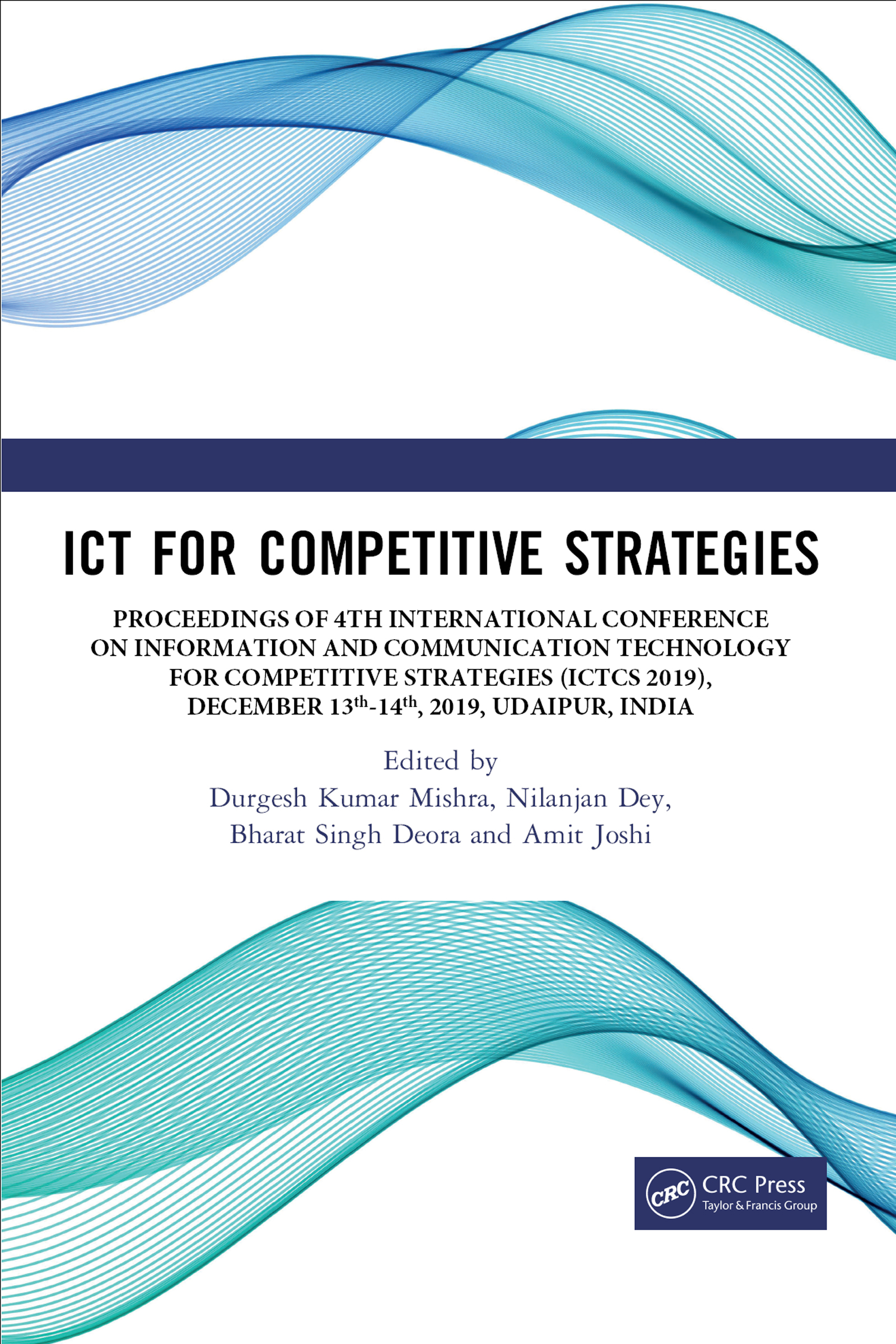
ICT for Competitive Strategies Fourth International Conference on Information and Communication Technology for Competitive Strategies targets state-of-the-art as well as emerging topics pertaining to information and communication technologies (ICTs) and effective strategies for its implementation for engineering and intelligent applications. COMPUTERS,Artificial Intelligence,General
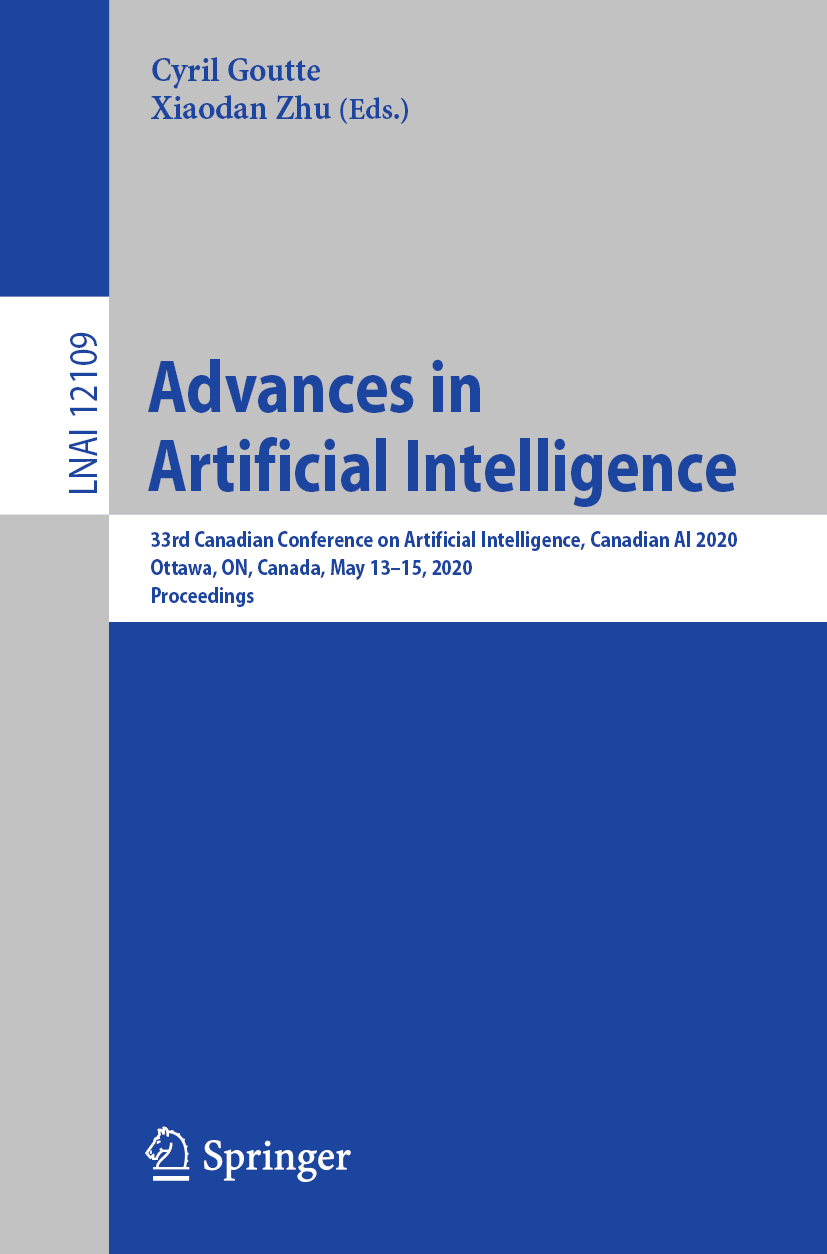
Advances in Artificial Intelligence This book constitutes the refereed proceedings of the 33rd Canadian Conference on Artificial Intelligence, Canadian AI 2020, which was planned to take place in Ottawa, ON, Canada. Due to the COVID-19 pandemic, however, it was held virtually during May 13–15, 2020. The 31 regular papers and 24 short papers presented together with 4 Graduate Student Symposium papers were carefully reviewed and selected from a total of 175 submissions. The selected papers cover a wide range of topics, including machine learning, pattern recognition, natural language processing, knowledge representation, cognitive aspects of AI, ethics of AI, and other important aspects of AI research. COMPUTERS,Artificial Intelligence,General
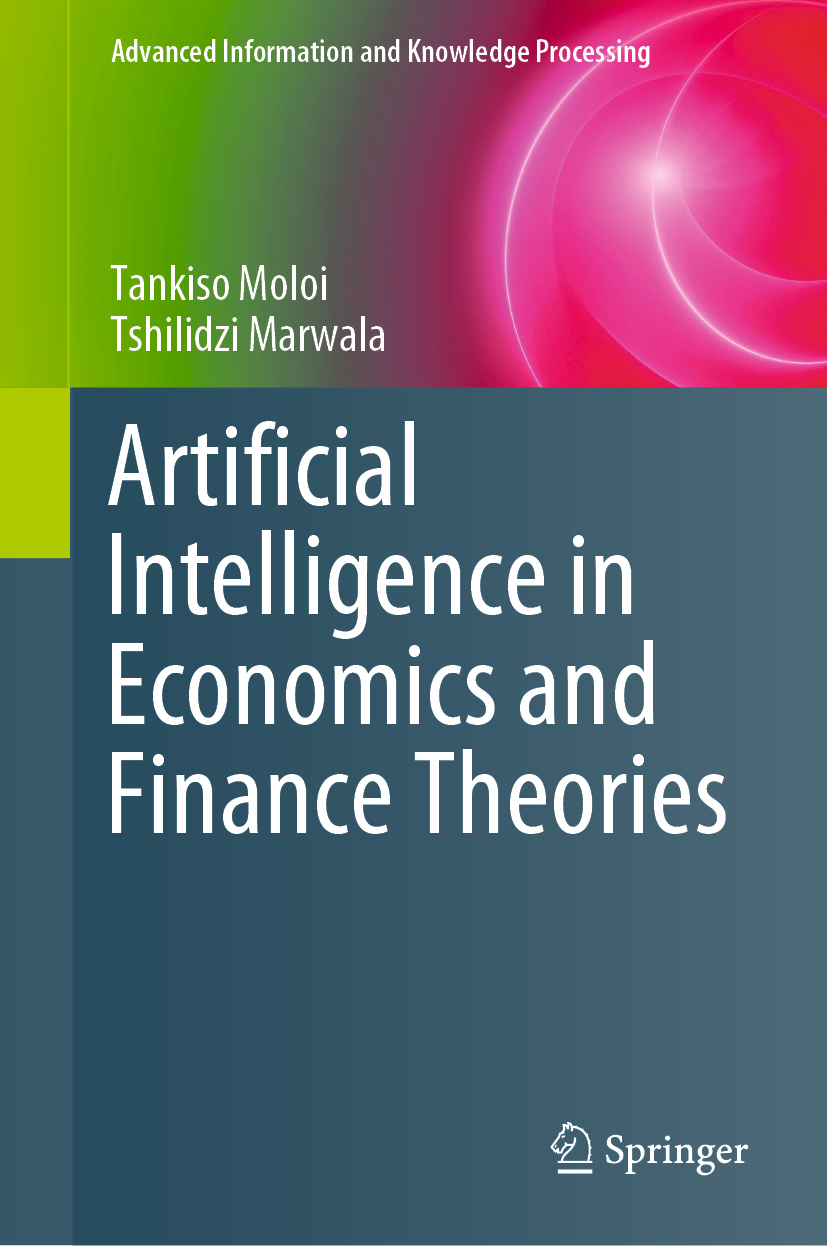
Artificial Intelligence in Economics and Finance Theories As Artificial Intelligence (AI) seizes all aspects of human life, there is a fundamental shift in the way in which humans are thinking of and doing things. Ordinarily, humans have relied on economics and finance theories to make sense of, and predict concepts such as comparative advantage, long run economic growth, lack or distortion of information and failures, role of labour as a factor of production and the decision making process for the purpose of allocating resources among other theories. Of interest though is that literature has not attempted to utilize these advances in technology in order to modernize economic and finance theories that are fundamental in the decision making process for the purpose of allocating scarce resources among other things. With the simulated intelligence in machines, which allows machines to act like humans and to some extent even anticipate events better than humans, thanks to their ability to handle massive data sets, this book will use artificial intelligence to explain what these economic and finance theories mean in the context of the agent wanting to make a decision. The main feature of finance and economic theories is that they try to eliminate the effects of uncertainties by attempting to bring the future to the present. The fundamentals of this statement is deeply rooted in risk and risk management. In behavioural sciences, economics as a discipline has always provided a well-established foundation for understanding uncertainties and what this means for decision making. Finance and economics have done this through different models which attempt to predict the future. On its part, risk management attempts to hedge or mitigate these uncertainties in order for “the planner†to reach the favourable outcome. This book focuses on how AI is to redefine certain important economic and financial theories that are specifically used for the purpose of eliminating uncertainties so as to allow agents to make informed decisions. In effect, certain aspects of finance and economic theories cannot be understood in their entirety without the incorporation of AI. COMPUTERS,Artificial Intelligence,General
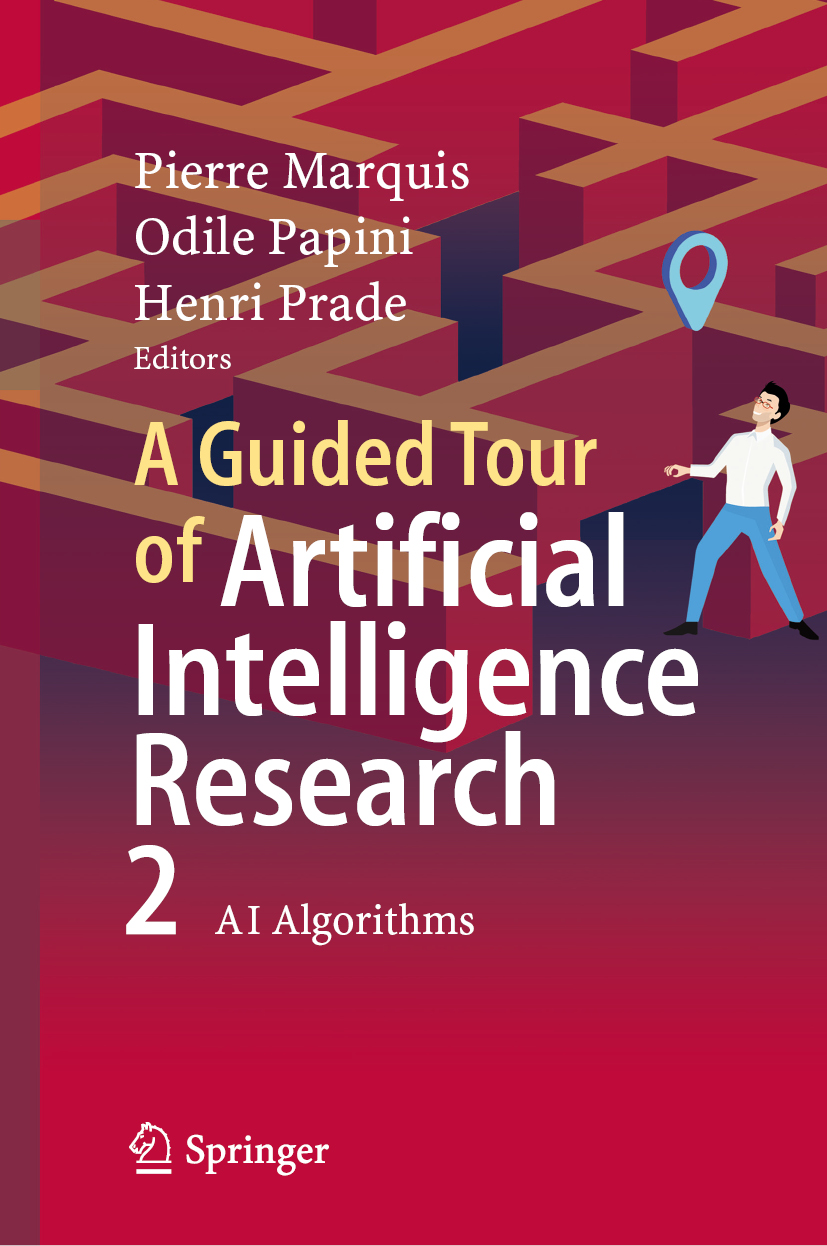
A Guided Tour of Artificial Intelligence Research The purpose of this book is to provide an overview of AI research, ranging from basic work to interfaces and applications, with as much emphasis on results as on current issues. It is aimed at an audience of master students and Ph.D. students, and can be of interest as well for researchers and engineers who want to know more about AI. The book is split into three volumes: - the first volume brings together twenty-three chapters dealing with the foundations of knowledge representation and the formalization of reasoning and learning (Volume 1. Knowledge representation, reasoning and learning) - the second volume offers a view of AI, in fourteen chapters, from the side of the algorithms (Volume 2. AI Algorithms) - the third volume, composed of sixteen chapters, describes the main interfaces and applications of AI (Volume 3. Interfaces and applications of AI). This second volume presents the main families of algorithms developed or used in AI to learn, to infer, to decide. Generic approaches to problem solving are presented: ordered heuristic search, as well as metaheuristics are considered. Algorithms for processing logic-based representations of various types (first-order formulae, propositional formulae, logic programs, etc.) and graphical models of various types (standard constraint networks, valued ones, Bayes nets, Markov random fields, etc.) are presented. The volume also focuses on algorithms which have been developed to simulate specific ‘intelligent†processes such as planning, playing, learning, and extracting knowledge from data. Finally, an afterword draws a parallel between algorithmic problems in operation research and in AI. COMPUTERS,Artificial Intelligence,General

Genetic Programming Theory and Practice XVII These contributions, written by the foremost international researchers and practitioners of Genetic Programming (GP), explore the synergy between theoretical and empirical results on real-world problems, producing a comprehensive view of the state of the art in GP. In this year’s edition, the topics covered include many of the most important issues and research questions in the ï¬eld, such as: opportune application domains for GP-based methods, game playing and co-evolutionary search, symbolic regression and efï¬cient learning strategies, encodings and representations for GP, schema theorems, and new selection mechanisms.The volume includes several chapters on best practices and lessons learned from hands-on experience. Readers will discover large-scale, real-world applications of GP to a variety of problem domains via in-depth presentations of the latest and most significant results. COMPUTERS,Artificial Intelligence,General
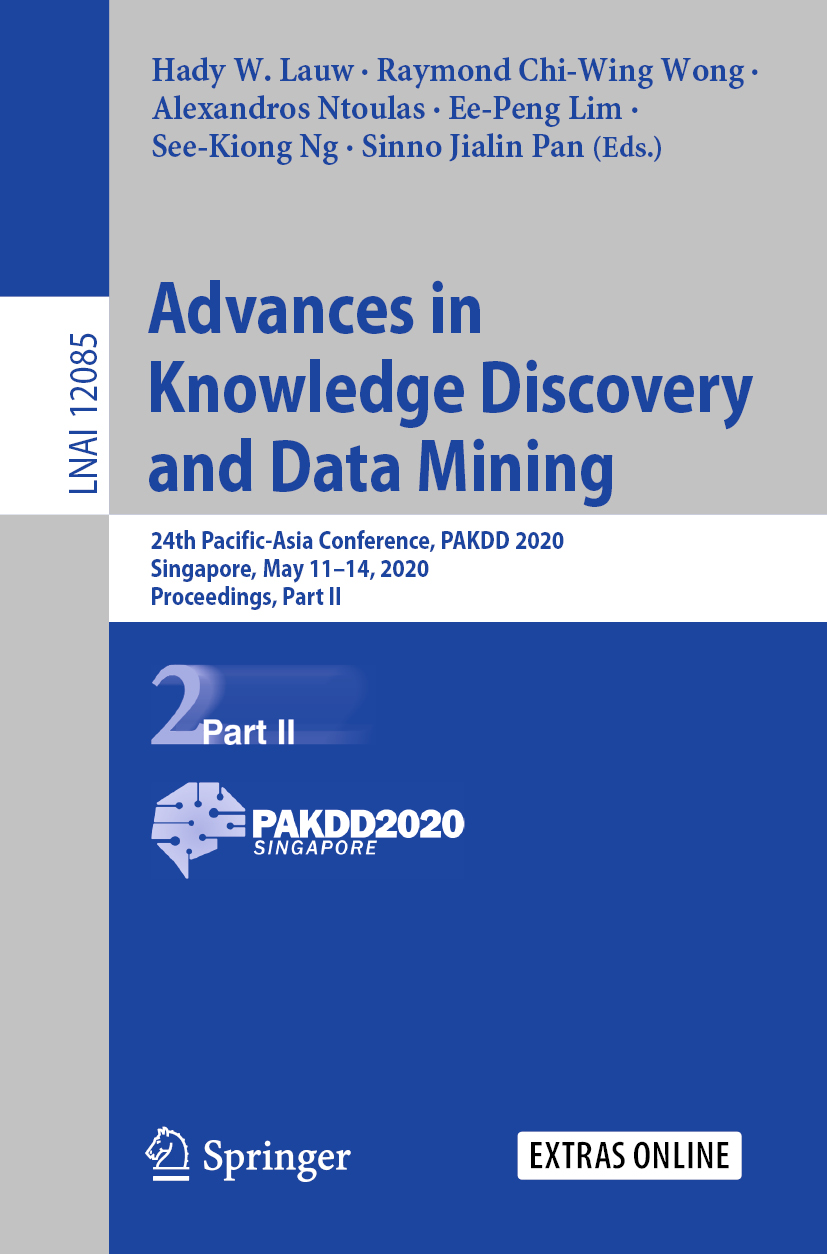
Advances in Knowledge Discovery and Data Mining The two-volume set LNAI 12084 and 12085 constitutes the thoroughly refereed proceedings of the 24th Pacific-Asia Conference on Knowledge Discovery and Data Mining, PAKDD 2020, which was due to be held in Singapore, in May 2020. The conference was held virtually due to the COVID-19 pandemic. The 135 full papers presented were carefully reviewed and selected from 628 submissions. The papers present new ideas, original research results, and practical development experiences from all KDD related areas, including data mining, data warehousing, machine learning, artificial intelligence, databases, statistics, knowledge engineering, visualization, decision-making systems, and the emerging applications. They are organized in the following topical sections: recommender systems; classification; clustering; mining social networks; representation learning and embedding; mining behavioral data; deep learning; feature extraction and selection; human, domain, organizational and social factors in data mining; mining sequential data; mining imbalanced data; association; privacy and security; supervised learning; novel algorithms; mining multi-media/multi-dimensional data; application; mining graph and network data; anomaly detection and analytics; mining spatial, temporal, unstructured and semi-structured data; sentiment analysis; statistical/graphical model; multi-source/distributed/parallel/cloud computing. COMPUTERS,Artificial Intelligence,General
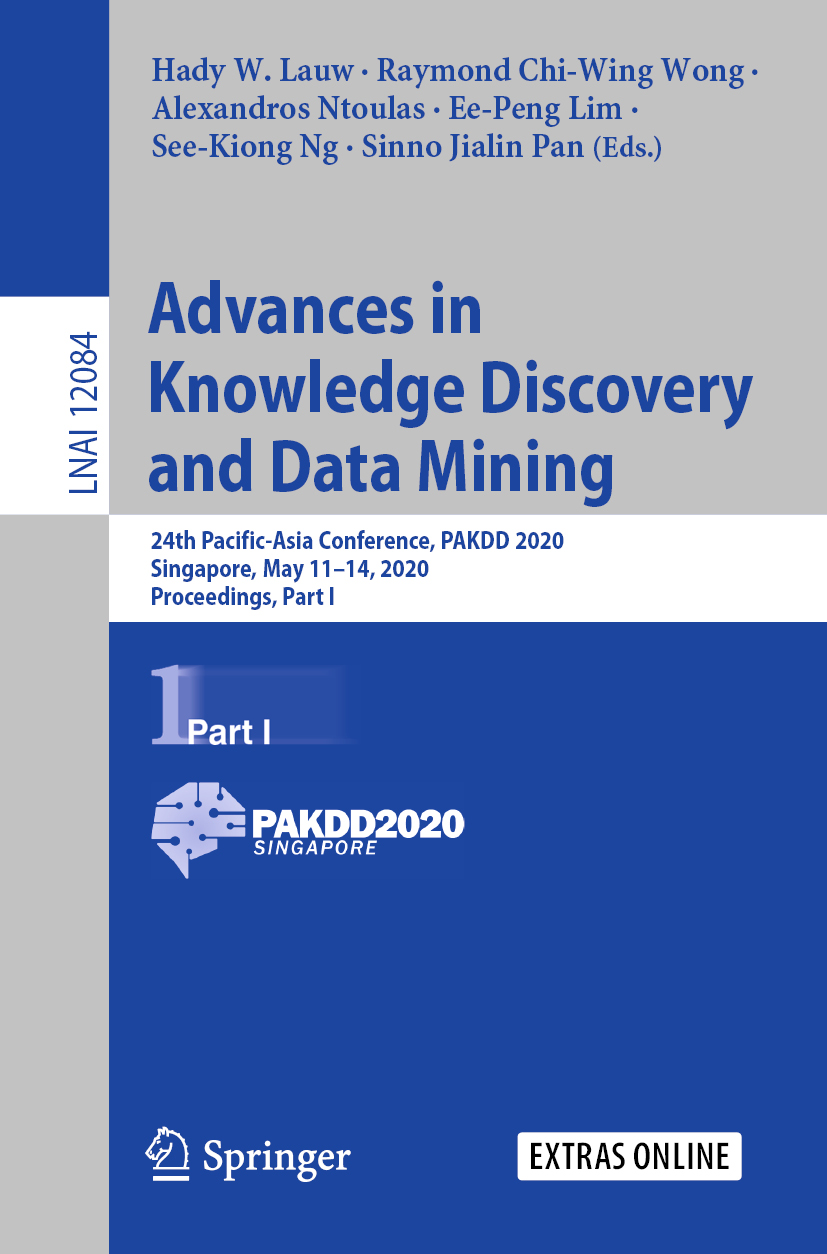
Advances in Knowledge Discovery and Data Mining The two-volume set LNAI 12084 and 12085 constitutes the thoroughly refereed proceedings of the 24th Pacific-Asia Conference on Knowledge Discovery and Data Mining, PAKDD 2020, which was due to be held in Singapore, in May 2020. The conference was held virtually due to the COVID-19 pandemic. The 135 full papers presented were carefully reviewed and selected from 628 submissions. The papers present new ideas, original research results, and practical development experiences from all KDD related areas, including data mining, data warehousing, machine learning, artificial intelligence, databases, statistics, knowledge engineering, visualization, decision-making systems, and the emerging applications. They are organized in the following topical sections: recommender systems; classification; clustering; mining social networks; representation learning and embedding; mining behavioral data; deep learning; feature extraction and selection; human, domain, organizational and social factors in data mining; mining sequential data; mining imbalanced data; association; privacy and security; supervised learning; novel algorithms; mining multi-media/multi-dimensional data; application; mining graph and network data; anomaly detection and analytics; mining spatial, temporal, unstructured and semi-structured data; sentiment analysis; statistical/graphical model; multi-source/distributed/parallel/cloud computing. COMPUTERS,Artificial Intelligence,General
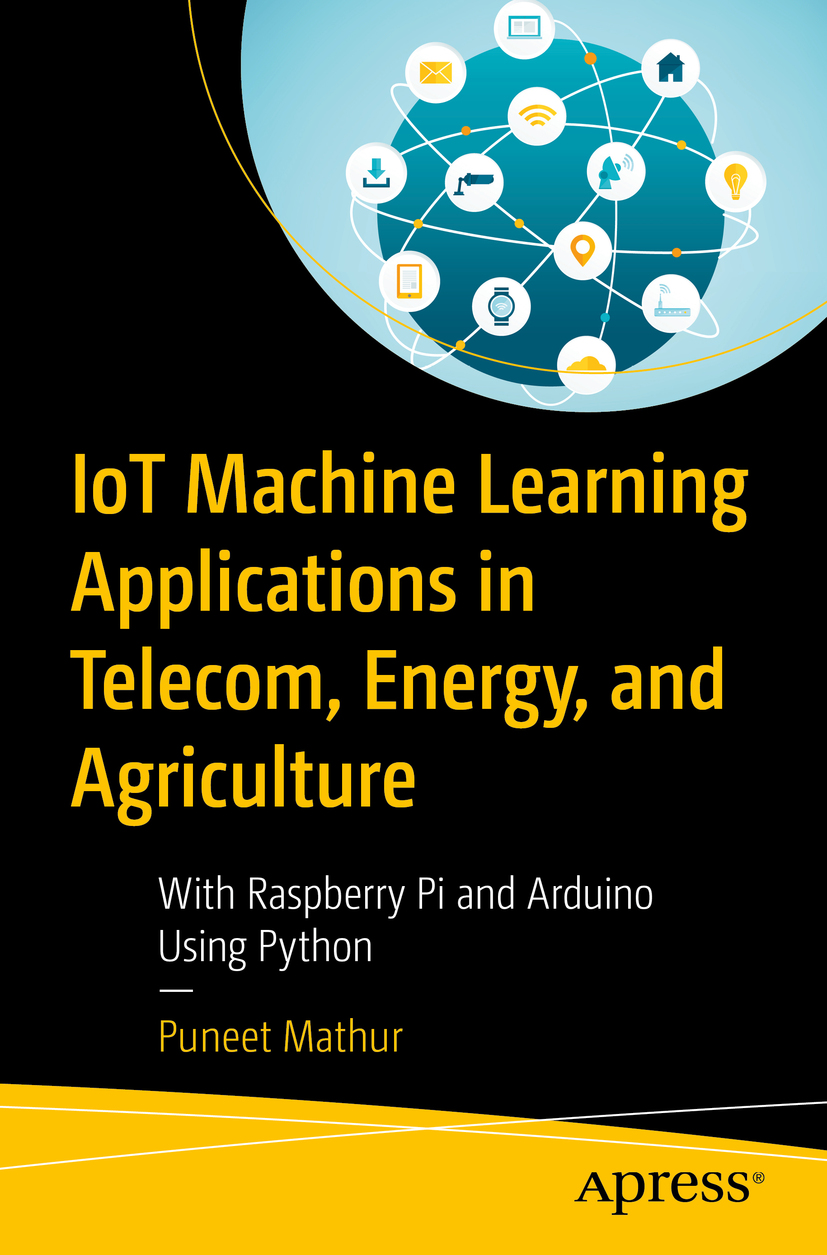
IoT Machine Learning Applications in Telecom, Energy, and Agriculture Apply machine learning using the Internet of Things (IoT) in the agriculture, telecom, and energy domains with case studies. This book begins by covering how to set up the software and hardware components including the various sensors to implement the case studies in Python. The case study section starts with an examination of call drop with IoT in the telecoms industry, followed by a case study on energy audit and predictive maintenance for an industrial machine, and finally covers techniques to predict cash crop failure in agribusiness. The last section covers pitfalls to avoid while implementing machine learning and IoT in these domains. After reading this book, you will know how IoT and machine learning are used in the example domains and have practical case studies to use and extend. You will be able to create enterprise-scale applications using Raspberry Pi 3 B+ and Arduino Mega 2560 with Python. What You Will Learn Implement machine learning with IoT and solve problems in the telecom, agriculture, and energy sectors with Python Set up and use industrial-grade IoT products, such as Modbus RS485 protocol devices, in practical scenarios Develop solutions for commercial-grade IoT or IIoT projects Implement case studies in machine learning with IoT from scratch Who This Book Is For Raspberry Pi and Arduino enthusiasts and data science and machine learning professionals. COMPUTERS,Artificial Intelligence,General
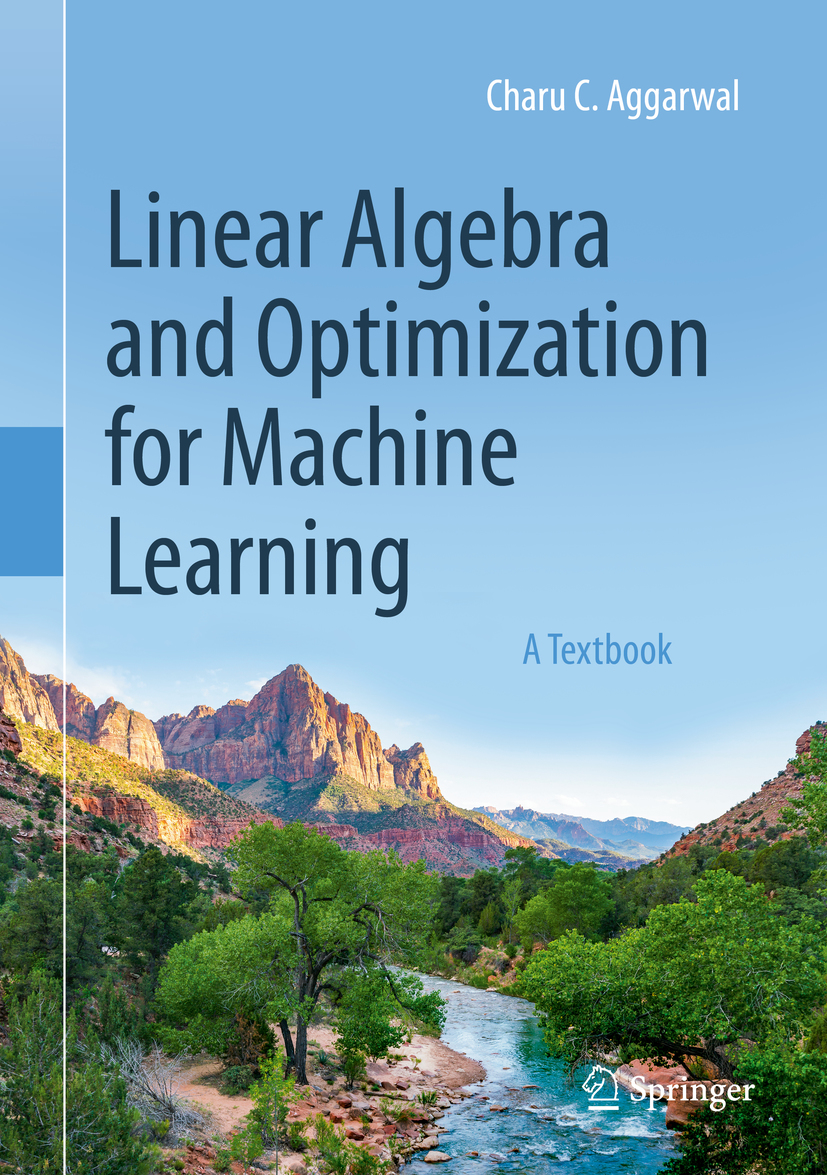
Linear Algebra and Optimization for Machine Learning This textbook introduces linear algebra and optimization in the context of machine learning. Examples and exercises are provided throughout the book. A solution manual for the exercises at the end of each chapter is available to teaching instructors. This textbook targets graduate level students and professors in computer science, mathematics and data science. Advanced undergraduate students can also use this textbook. The chapters for this textbook are organized as follows: 1. Linear algebra and its applications: The chapters focus on the basics of linear algebra together with their common applications to singular value decomposition, matrix factorization, similarity matrices (kernel methods), and graph analysis. Numerous machine learning applications have been used as examples, such as spectral clustering, kernel-based classification, and outlier detection. The tight integration of linear algebra methods with examples from machine learning differentiates this book from generic volumes on linear algebra. The focus is clearly on the most relevant aspects of linear algebra for machine learning and to teach readers how to apply these concepts. 2. Optimization and its applications: Much of machine learning is posed as an optimization problem in which we try to maximize the accuracy of regression and classification models. The “parent problem†of optimization-centric machine learning is least-squares regression. Interestingly, this problem arises in both linear algebra and optimization, and is one of the key connecting problems of the two fields. Least-squares regression is also the starting point for support vector machines, logistic regression, and recommender systems. Furthermore, the methods for dimensionality reduction and matrix factorization also require the development of optimization methods. A general view of optimization in computational graphs is discussed together with its applications to back propagation in neural networks. A frequent challenge faced by beginners in machine learning is the extensive background required in linear algebra and optimization. One problem is that the existing linear algebra and optimization courses are not specific to machine learning; therefore, one would typically have to complete more course material than is necessary to pick up machine learning. Furthermore, certain types of ideas and tricks from optimization and linear algebra recur more frequently in machine learning than other application-centric settings. Therefore, there is significant value in developing a view of linear algebra and optimization that is better suited to the specific perspective of machine learning. COMPUTERS,Artificial Intelligence,General
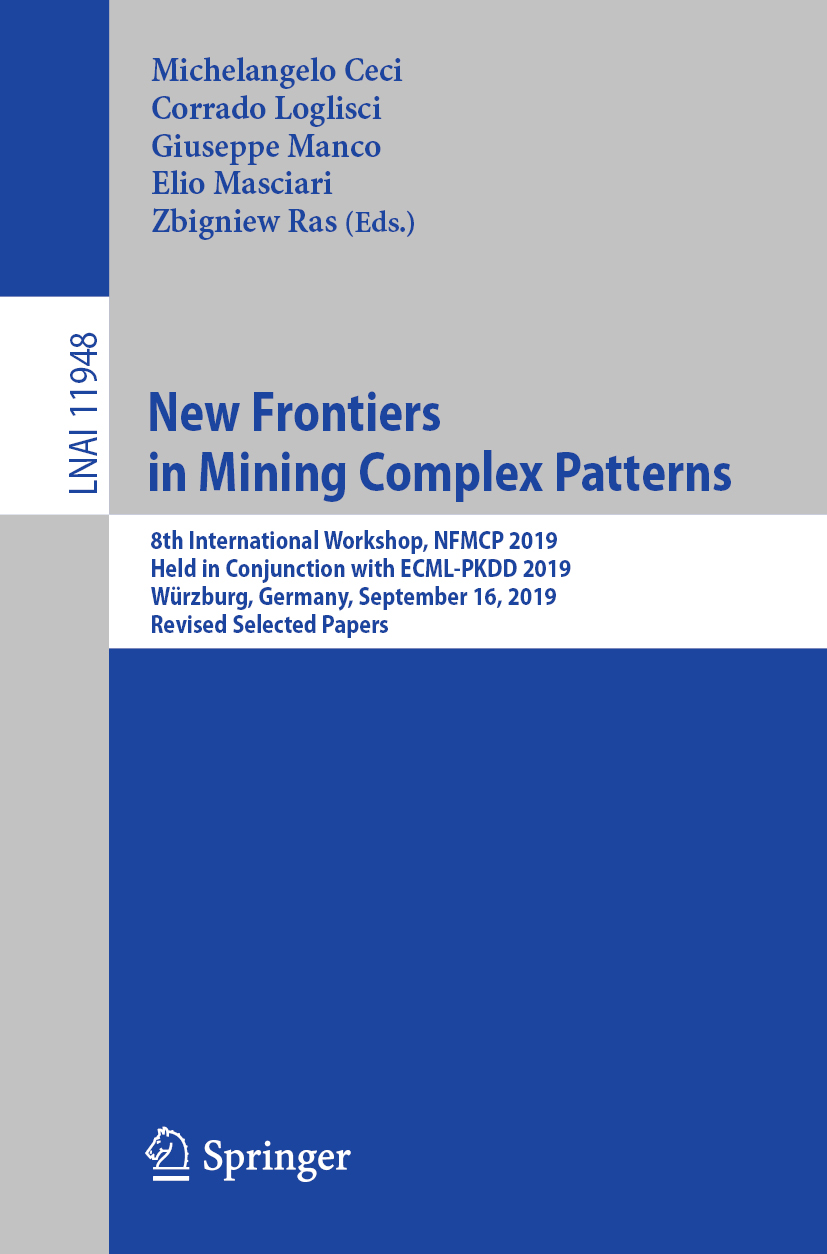
New Frontiers in Mining Complex Patterns This book constitutes the refereed post-conference proceedings of the 8th International Workshop on New Frontiers in Mining Complex Patterns, NFMCP 2019, held in conjunction with ECML-PKDD 2019 in Würzburg, Germany, in September 2019. The workshop focused on the latest developments in the analysis of complex and massive data sources, such as blogs, event or log data, medical data, spatio-temporal data, social networks, mobility data, sensor data and streams. COMPUTERS,Artificial Intelligence,General
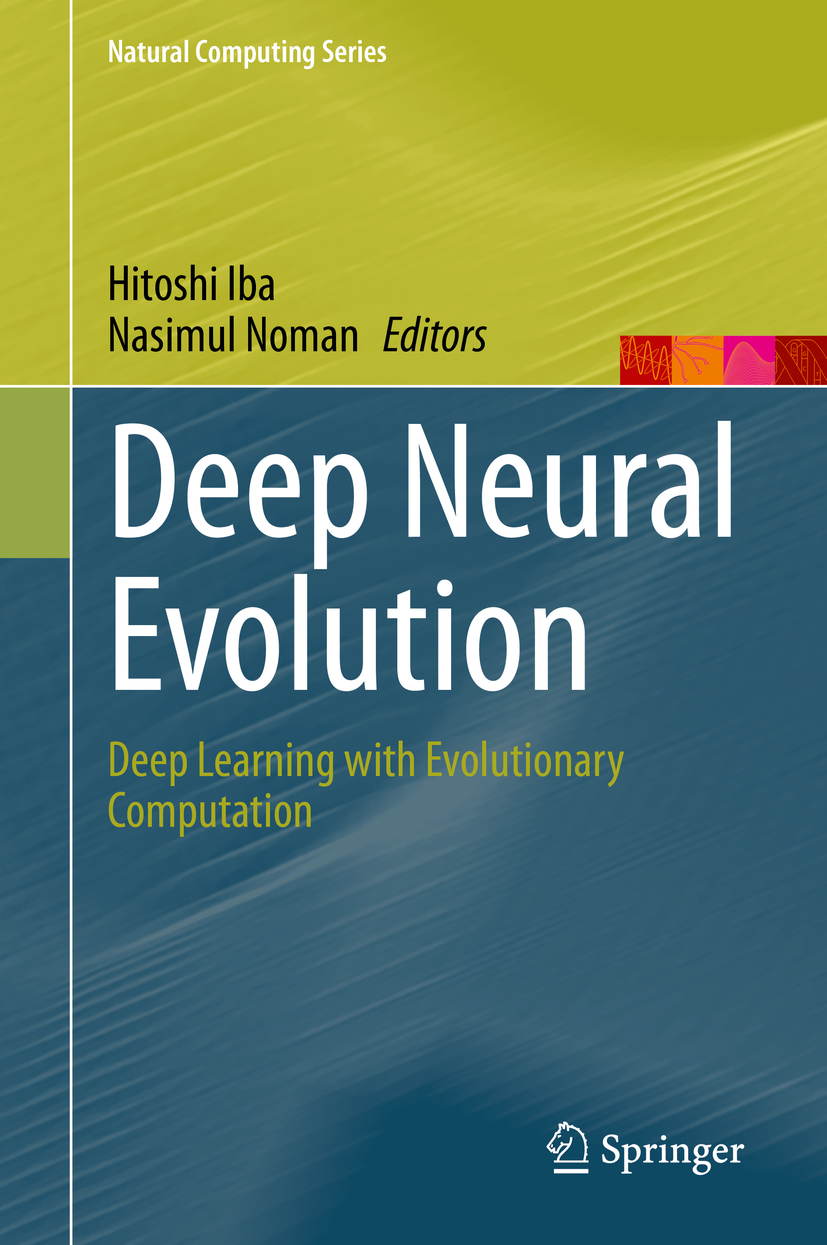
Deep Neural Evolution This book delivers the state of the art in deep learning (DL) methods hybridized with evolutionary computation (EC). Over the last decade, DL has dramatically reformed many domains: computer vision, speech recognition, healthcare, and automatic game playing, to mention only a few. All DL models, using different architectures and algorithms, utilize multiple processing layers for extracting a hierarchy of abstractions of data. Their remarkable successes notwithstanding, these powerful models are facing many challenges, and this book presents the collaborative efforts by researchers in EC to solve some of the problems in DL.EC comprises optimization techniques that are useful when problems are complex or poorly understood, or insufficient information about the problem domain is available. This family of algorithms has proven effective in solving problems with challenging characteristics such as non-convexity, non-linearity, noise, and irregularity, which dampen the performance of most classic optimization schemes. Furthermore, EC has been extensively and successfully applied in artificial neural network (ANN) research —from parameter estimation to structure optimization. Consequently, EC researchers are enthusiastic about applying their arsenal for the design and optimization of deep neural networks (DNN). This book brings together the recent progress in DL research where the focus is particularly on three sub-domains that integrate EC with DL: (1) EC for hyper-parameter optimization in DNN; (2) EC for DNN architecture design; and (3) Deep neuroevolution. The book also presents interesting applications of DL with EC in real-world problems, e.g., malware classification and object detection. Additionally, it covers recent applications of EC in DL, e.g. generative adversarial networks (GAN) training and adversarial attacks. The book aims to prompt and facilitate the research in DL with EC both in theory and in practice. COMPUTERS,Artificial Intelligence,General
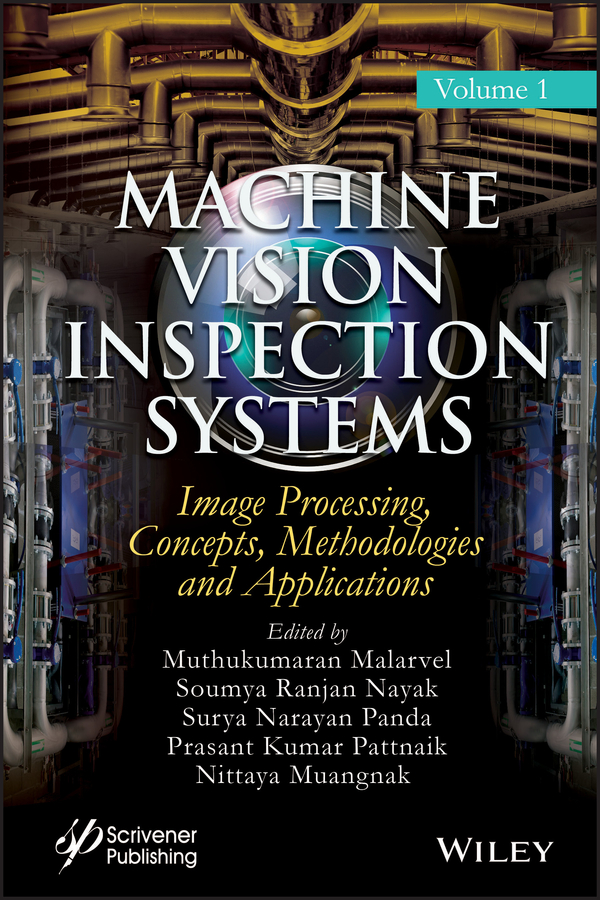
Machine Vision Inspection Systems, Image Processing, Concepts, Methodologies, and Applications This edited book brings together leading researchers, academic scientists and research scholars to put forward and share their experiences and research results on all aspects of an inspection system for detection analysis for various machine vision applications. It also provides a premier interdisciplinary platform to present and discuss the most recent innovations, trends, methodology, applications, and concerns as well as practical challenges encountered and solutions adopted in the inspection system in terms of image processing and analytics of machine vision for real and industrial application. Machine vision inspection systems (MVIS) utilized all industrial and non-industrial applications where the execution of their utilities based on the acquisition and processing of images. MVIS can be applicable in industry, governmental, defense, aerospace, remote sensing, medical, and academic/education applications but constraints are different. MVIS entails acceptable accuracy, high reliability, high robustness, and low cost. Image processing is a well-defined transformation between human vision and image digitization, and their techniques are the foremost way to experiment in the MVIS. The digital image technique furnishes improved pictorial information by processing the image data through machine vision perception. Digital image proÂcessing has widely been used in MVIS applications and it can be employed to a wide diversity of problems particularly in Non-Destructive testing (NDT), presence/absence detection, defect/fault detection (weld, textile, tiles, wood, etc.,), automated vision test & measurement, pattern matching, optical character recognition & verification (OCR/OCV), barcode reading and traceability, medical diagnosis, weather forecasting, face recognition, defence and space research, etc. This edited book is designed to address various aspects of recent methodologies, concepts and research plan out to the readers for giving more depth insights for perusing research on machine vision using image processing techniques. COMPUTERS,Artificial Intelligence,General
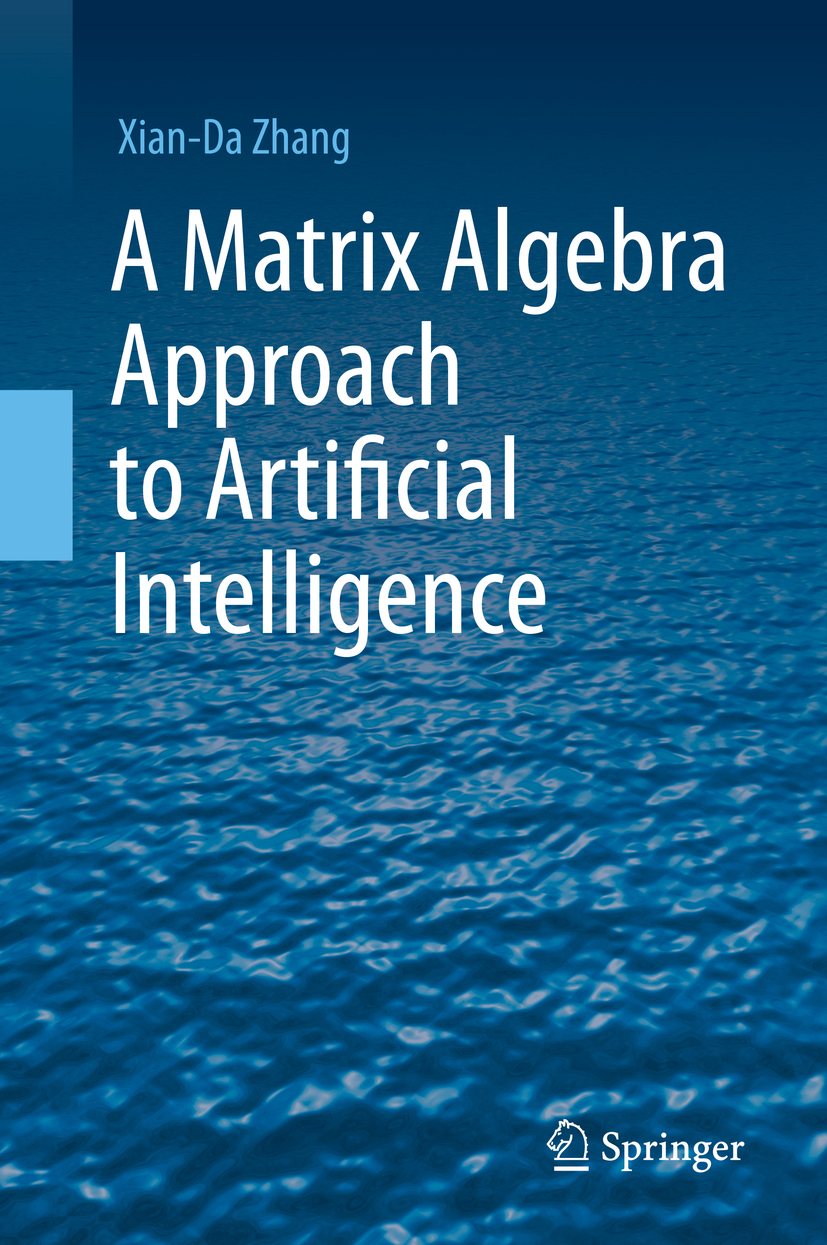
A Matrix Algebra Approach to Artificial Intelligence Matrix algebra plays an important role in many core artificial intelligence (AI) areas, including machine learning, neural networks, support vector machines (SVMs) and evolutionary computation. This book offers a comprehensive and in-depth discussion of matrix algebra theory and methods for these four core areas of AI, while also approaching AI from a theoretical matrix algebra perspective. The book consists of two parts: the first discusses the fundamentals of matrix algebra in detail, while the second focuses on the applications of matrix algebra approaches in AI. Highlighting matrix algebra in graph-based learning and embedding, network embedding, convolutional neural networks and Pareto optimization theory, and discussing recent topics and advances, the book offers a valuable resource for scientists, engineers, and graduate students in various disciplines, including, but not limited to, computer science, mathematics and engineering. COMPUTERS,Artificial Intelligence,General
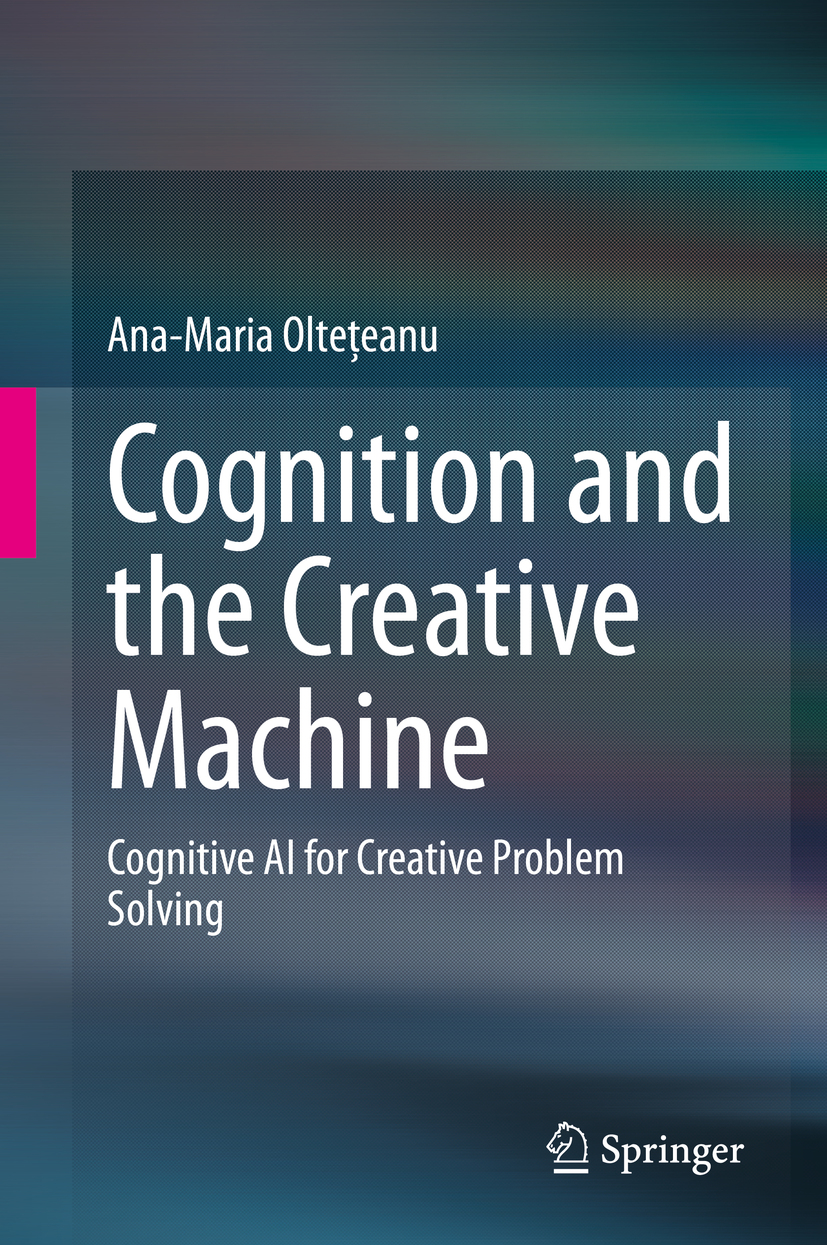
Cognition and the Creative Machine How would you assemble a machine that can be creative, what would its cogs be? Starting from how humans do creative problem solving, the author has developed a framework to explore whether a diverse set of creative problem-solving tasks can be solved computationally using a unified set of principles. In this book she describes the implementation of related prototype AI systems, and the computational and empirical experiments conducted. The book will be of interest to researchers, graduate students, and laypeople engaged with ideas in artificial intelligence, cognitive science, and creativity. COMPUTERS,Artificial Intelligence,General
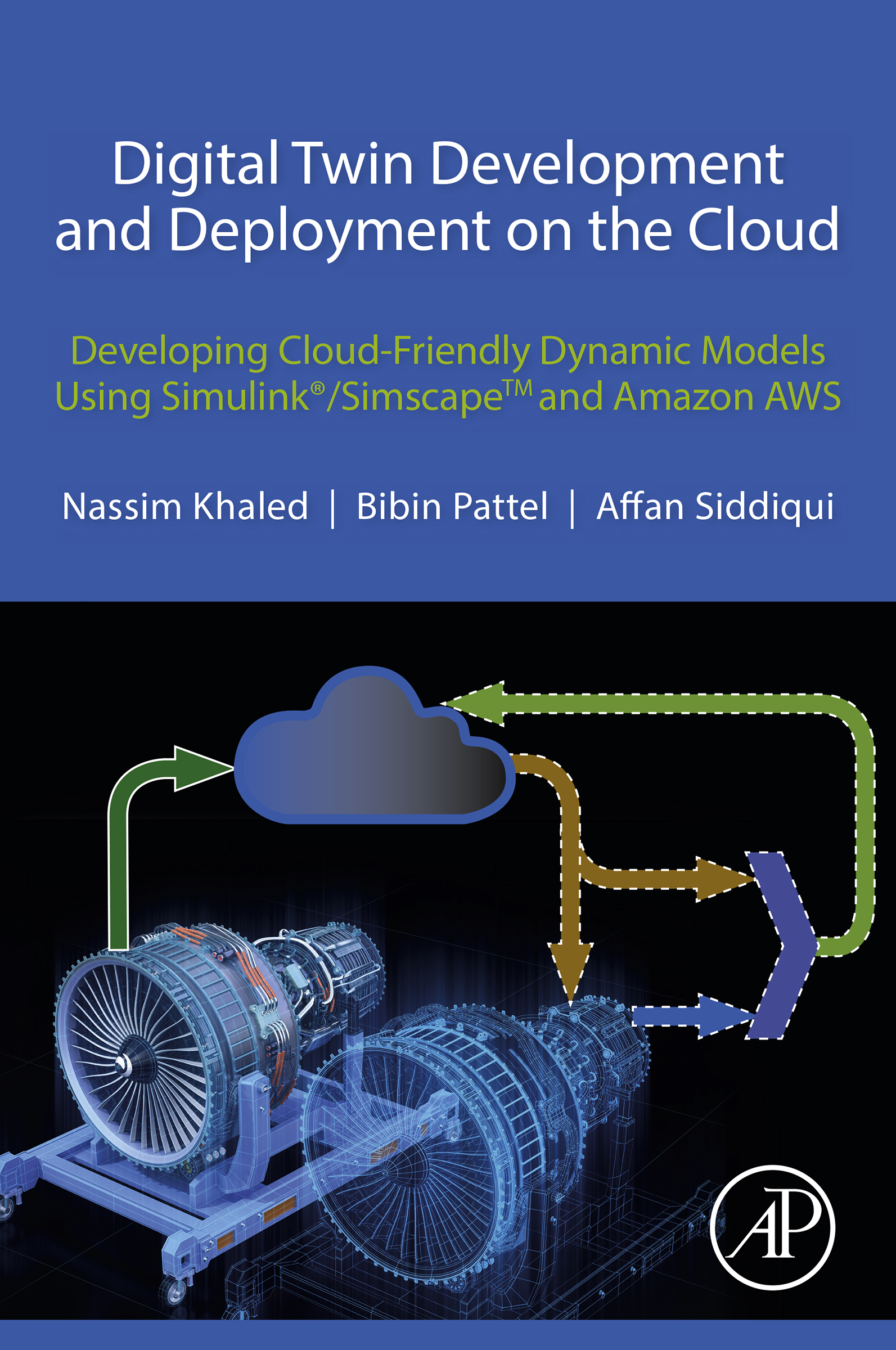
Digital Twin Development and Deployment on the Cloud Digital Twin Development and Deployment in the Cloud: Developing Cloud-Friendly Dynamic Models Using Simulink®/SimscapeTM and Amazon AWS promotes a physics-based approach to the field of digital twins. Through the use of multiphysics models running in the cloud, significant improvement to the diagnostics and prognostic of systems can be attained. The book draws a clear definition of digital twins, helping business leaders clearly identify the value it brings. In addition, it outlines the key elements needed for deployment, including the hardware and software tools needed. Special attention is paid to the process of developing and deploying the multi-physics models of the digital twins. Provides a high-level overview of digital twins and their underutilization in the field of asset management and maintenance Proposes a streamline process to create digital twins for a wide variety of applications using MATLAB® Simscape™ Deploys developed digital twins on Amazon Web Services Includes MATLAB and Simulink codes available for free download on MATLAB central Covers popular prototyping hardwares, such as Arduino and Raspberry Pi COMPUTERS,Artificial Intelligence,General
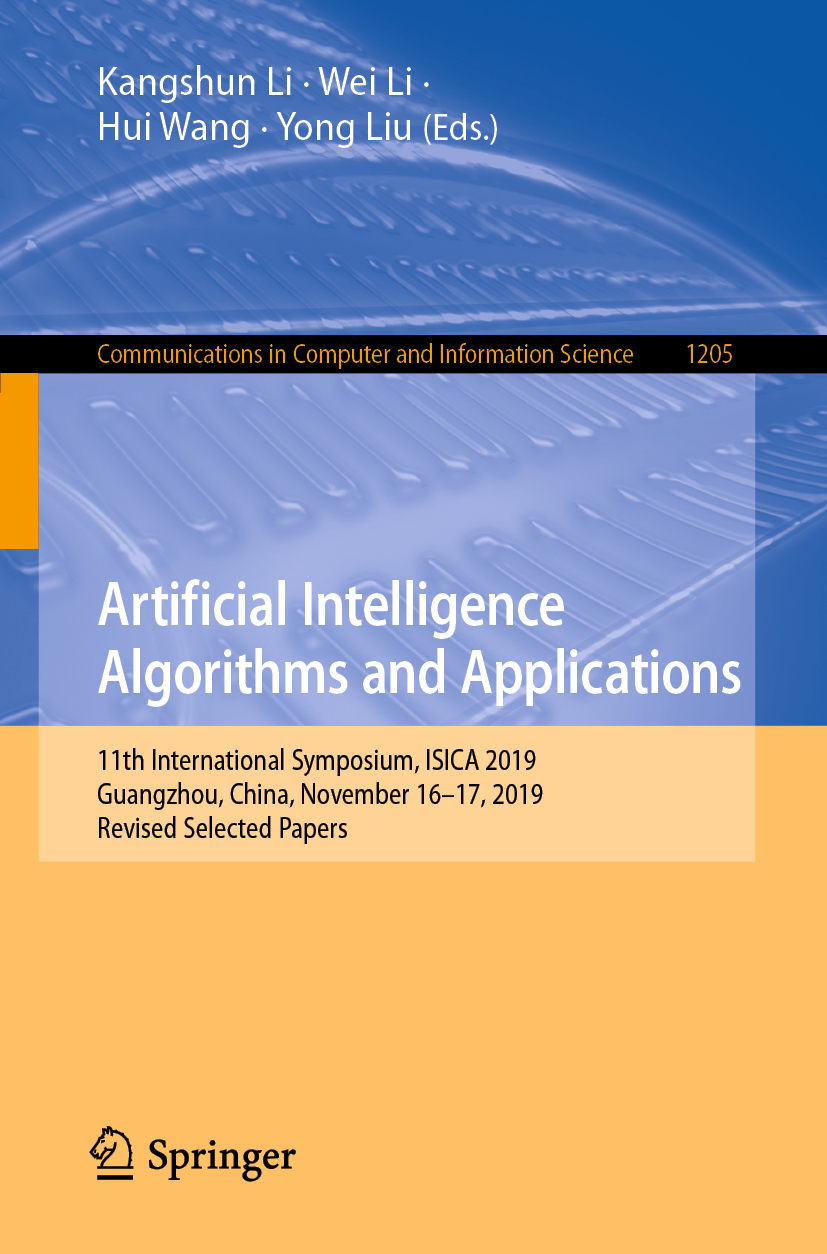
Artificial Intelligence Algorithms and Applications This book constitutes the thoroughly refereed proceedings of the 11th International Symposium on Intelligence Computation and Applications, ISICA 2019, held in Guangzhou, China, in November 2019. The 65 papers presented were carefully reviewed and selected from the total of 112 submissions. This volume features the most up-to-date research in evolutionary algorithms, parallel computing and quantum computing, evolutionary multi-objective and dynamic optimization, intelligent multimedia systems, virtualization and AI applications, smart scheduling, intelligent control, big data and cloud computing, deep learning, and hybrid machine learning systems.The papers are organized according to the following topical sections: new frontier in evolutionary algorithms; evolutionary multi-objective and dynamic optimization; intelligent multimedia systems; virtualization and AI applications; smart scheduling; intelligent control; big data and cloud computing; statistical learning. COMPUTERS,Artificial Intelligence,General
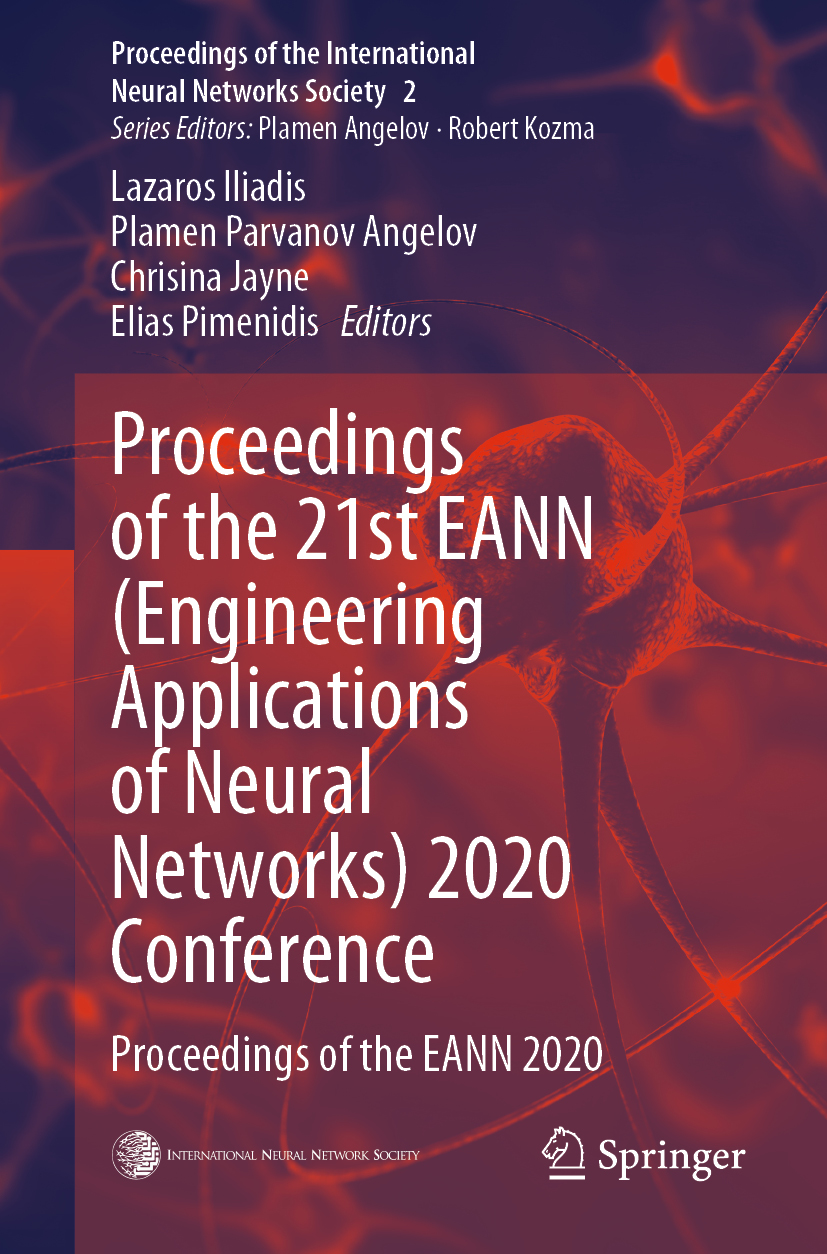
Proceedings of the 21st EANN (Engineering Applications of Neural Networks) 2020 Conference This book gathers the proceedings of the 21st Engineering Applications of Neural Networks Conference, which is supported by the International Neural Networks Society (INNS). Artificial Intelligence (AI) has been following a unique course, characterized by alternating growth spurts and “AI winters.†Today, AI is an essential component of the fourth industrial revolution and enjoying its heyday. Further, in specific areas, AI is catching up with or even outperforming human beings. This book offers a comprehensive guide to AI in a variety of areas, concentrating on new or hybrid AI algorithmic approaches with robust applications in diverse sectors. One of the advantages of this book is that it includes robust algorithmic approaches and applications in a broad spectrum of scientific fields, namely the use of convolutional neural networks (CNNs), deep learning and LSTM in robotics/machine vision/engineering/image processing/medical systems/the environment; machine learning and meta learning applied to neurobiological modeling/optimization; state-of-the-art hybrid systems; and the algorithmic foundations of artificial neural networks. COMPUTERS,Artificial Intelligence,General
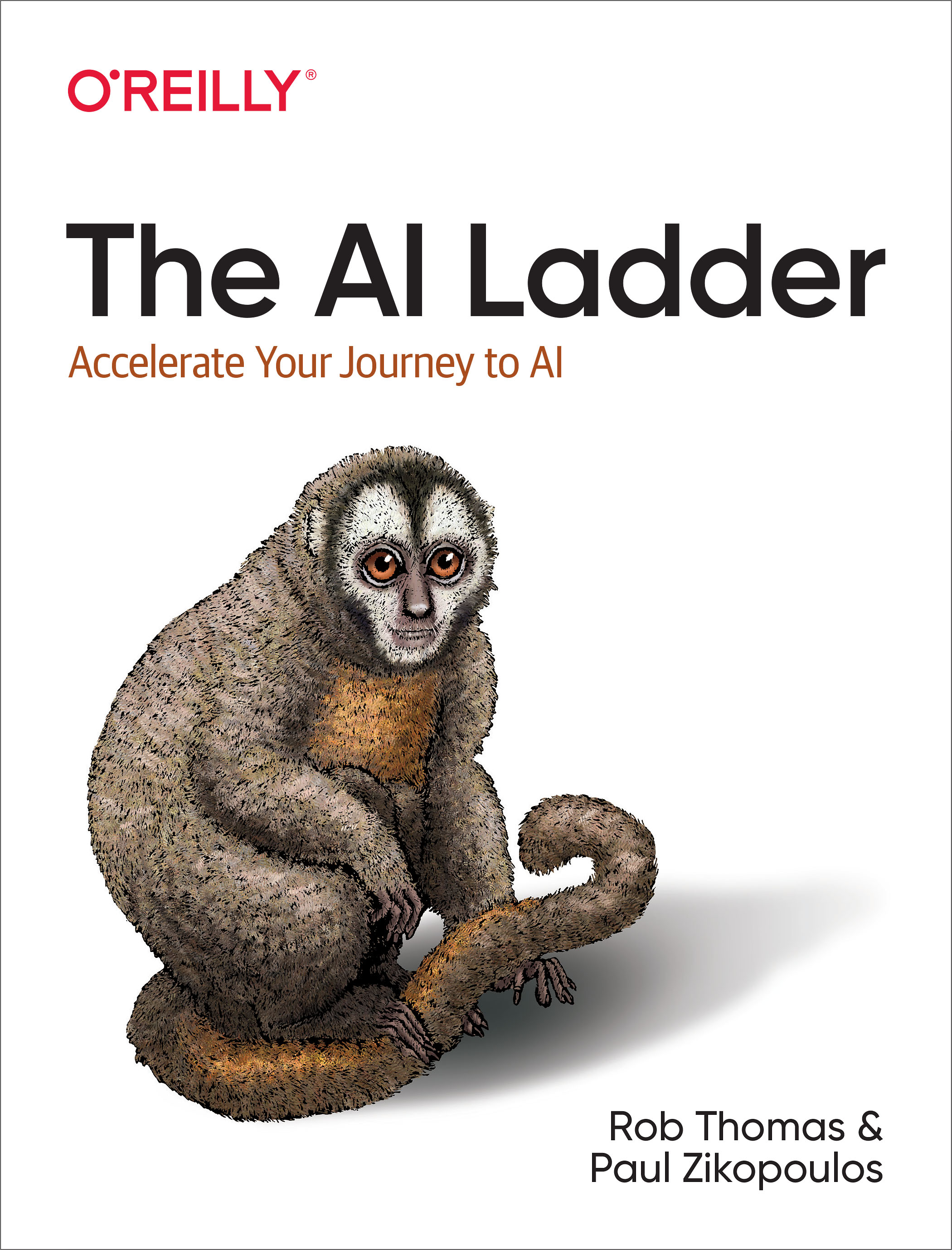
The AI Ladder AI may be the greatest opportunity of our time, with the potential to add nearly $16 trillion to the global economy over the next decade. But so far, adoption has been much slower than anticipated, or so headlines may lead you to believe. With this practical guide, business leaders will discover where they are in their AI journey and learn the steps necessary to successfully scale AI throughout their organization. Authors Rob Thomas and Paul Zikopoulos from IBM introduce C-suite executives and business professionals to the AI Ladder—a unified, prescriptive approach to help them understand and accelerate the AI journey. Complete with real-world examples and real-life experiences, this book explores AI drivers, value, and opportunity, as well as the adoption challenges organizations face. Understand why you can’t have AI without an information architecture (IA) Appreciate how AI is as much a cultural change as it is a technological one Collect data and make it simple and accessible, regardless of where it lives Organize data to create a business-ready analytics foundation Analyze data, and build and scale AI with trust and transparency Infuse AI throughout your entire business and create intelligent workflows COMPUTERS,Artificial Intelligence,General
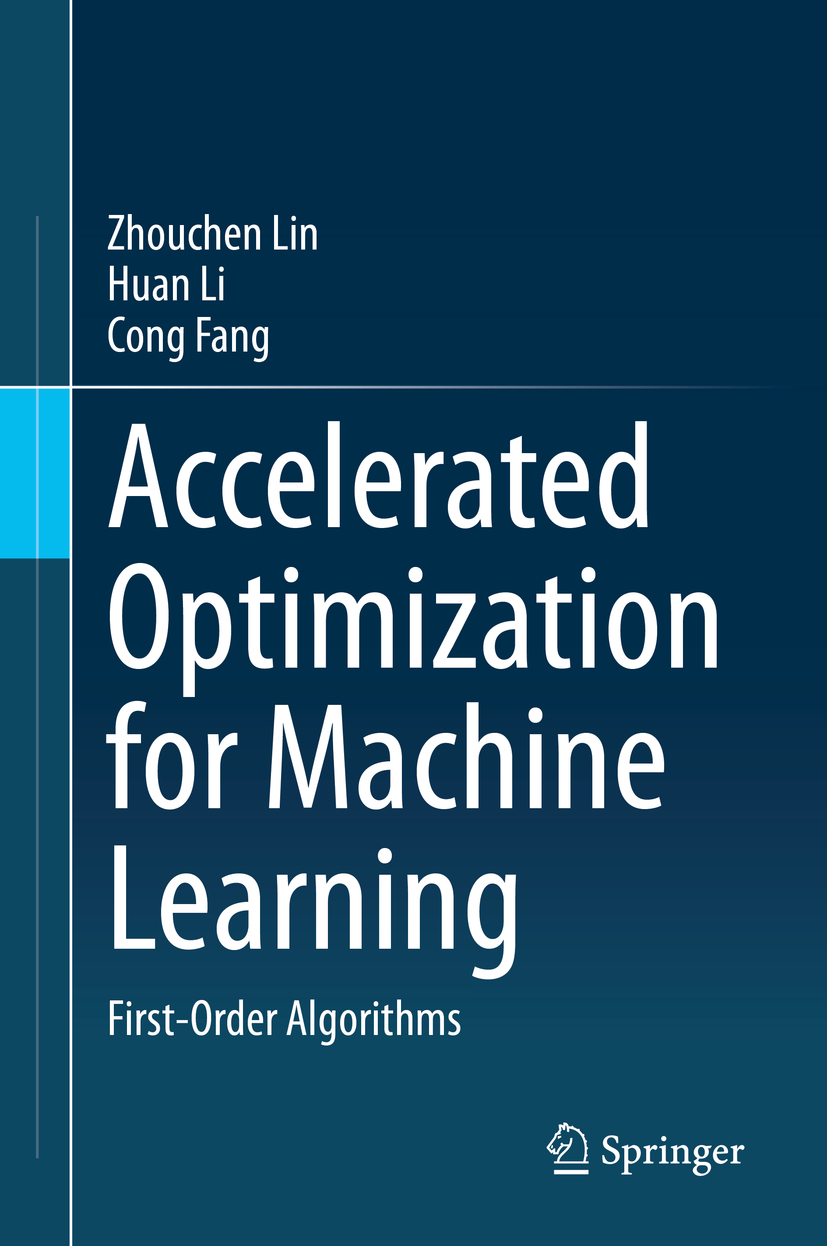
Accelerated Optimization for Machine Learning This book on optimization includes forewords by Michael I. Jordan, Zongben Xu and Zhi-Quan Luo. Machine learning relies heavily on optimization to solve problems with its learning models, and first-order optimization algorithms are the mainstream approaches. The acceleration of first-order optimization algorithms is crucial for the efficiency of machine learning. Written by leading experts in the field, this book provides a comprehensive introduction to, and state-of-the-art review of accelerated first-order optimization algorithms for machine learning. It discusses a variety of methods, including deterministic and stochastic algorithms, where the algorithms can be synchronous or asynchronous, for unconstrained and constrained problems, which can be convex or non-convex. Offering a rich blend of ideas, theories and proofs, the book is up-to-date and self-contained. It is an excellent reference resource for users who are seeking faster optimization algorithms, as well as for graduate students and researchers wanting to grasp the frontiers of optimization in machine learning in a short time. COMPUTERS,Artificial Intelligence,General
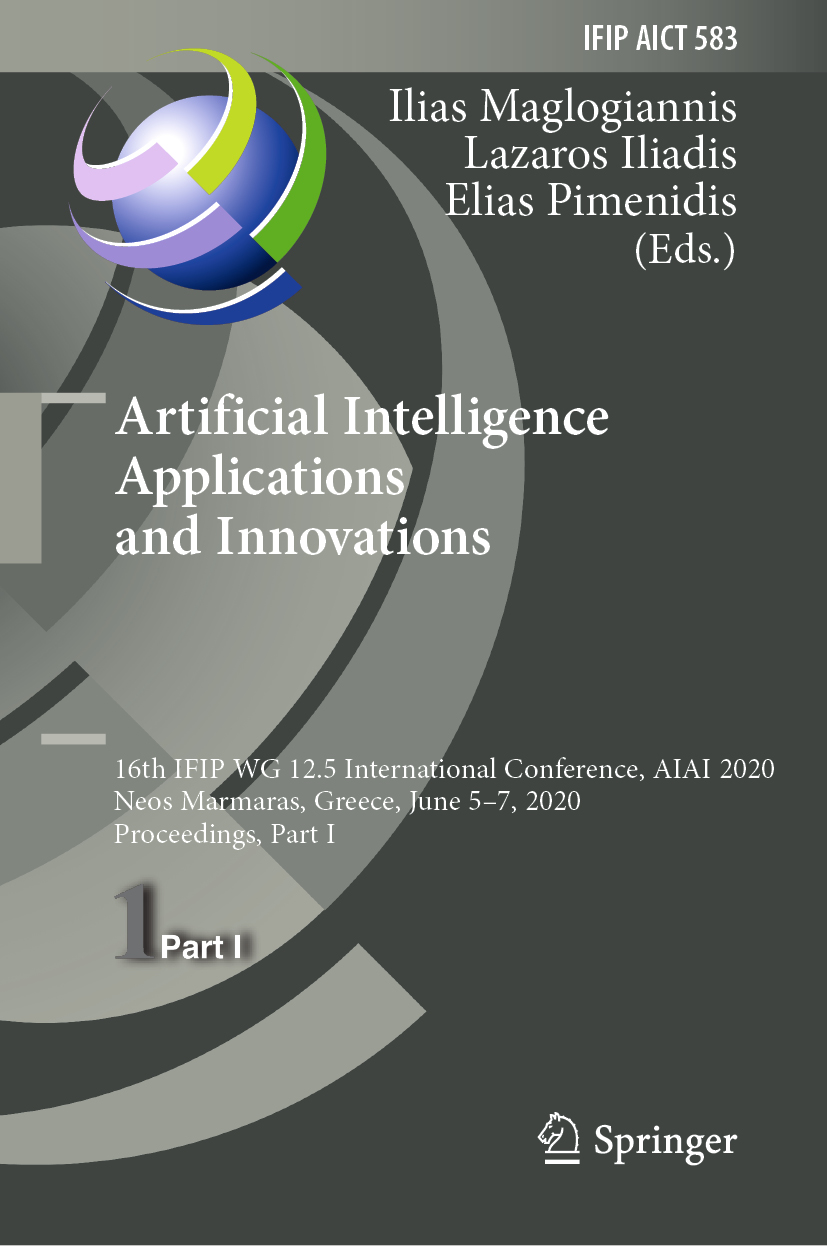
Artificial Intelligence Applications and Innovations This 2 volume-set of IFIP AICT 583 and 584 constitutes the refereed proceedings of the 16th IFIP WG 12.5 International Conference on Artificial Intelligence Applications and Innovations, AIAI 2020, held in Neos Marmaras, Greece, in June 2020.* The 70 full papers and 5 short papers presented were carefully reviewed and selected from 149 submissions. They cover a broad range of topics related to technical, legal, and ethical aspects of artificial intelligence systems and their applications and are organized in the following sections: Part I: classification; clustering - unsupervised learning -analytics; image processing; learning algorithms; neural network modeling; object tracking - object detection systems; ontologies - AI; and sentiment analysis - recommender systems. Part II: AI ethics - law; AI constraints; deep learning - LSTM; fuzzy algebra - fuzzy systems; machine learning; medical - health systems; and natural language. *The conference was held virtually due to the COVID-19 pandemic. COMPUTERS,Artificial Intelligence,General

Artificial Intelligence Applications and Innovations This 2 volume-set of IFIP AICT 583 and 584 constitutes the refereed proceedings of the 16th IFIP WG 12.5 International Conference on Artificial Intelligence Applications and Innovations, AIAI 2020, held in Neos Marmaras, Greece, in June 2020.* The 70 full papers and 5 short papers presented were carefully reviewed and selected from 149 submissions. They cover a broad range of topics related to technical, legal, and ethical aspects of artificial intelligence systems and their applications and are organized in the following sections: Part I: classification; clustering - unsupervised learning -analytics; image processing; learning algorithms; neural network modeling; object tracking - object detection systems; ontologies - AI; and sentiment analysis - recommender systems. Part II: AI ethics - law; AI constraints; deep learning - LSTM; fuzzy algebra - fuzzy systems; machine learning; medical - health systems; and natural language. *The conference was held virtually due to the COVID-19 pandemic. COMPUTERS,Artificial Intelligence,General
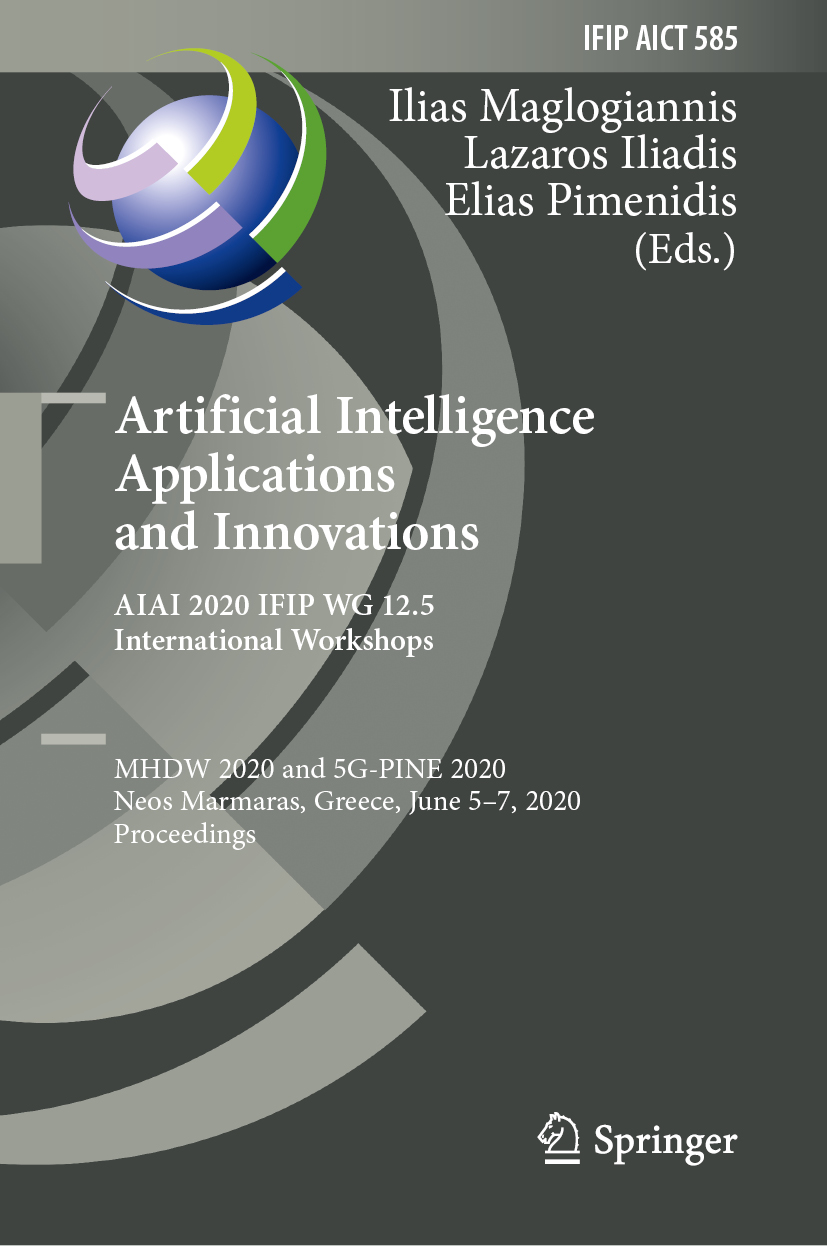
Artificial Intelligence Applications and Innovations. AIAI 2020 IFIP WG 12.5 International Workshops This book constitutes the refereed proceedings of two International Workshops held as parallel events of the 16th IFIP WG 12.5 International Conference on Artificial Intelligence Applications and Innovations, AIAI 2020, in Neos Marmaras, Greece, in June 2020: the 9th Mining Humanistic Data Workshop, MHDW 2020, and the 5th Workshop on 5G-Putting Intelligence to the Network Edge, 5G-PINE 2020.* The 6 full papers and 3 short papers presented at MHDW 2020 were carefully reviewed and selected from 16 submissions; out of the 23 papers submitted to 5G-PINE 2020, 11 were accepted as full papers and 1 as a short paper. The MHDW papers focus on topics such as recommendation systems, sentiment analysis, pattern recognition, data mining, and time series. The papers presented at 5G-PINE focus on the latest AI applications in the telecommunication industry and deal with topics such as the Internet of Things, intelligence fusion in 5G networks, and 5G media. *The workshops were held virtually due to the COVID-19 pandemic. COMPUTERS,Artificial Intelligence,General
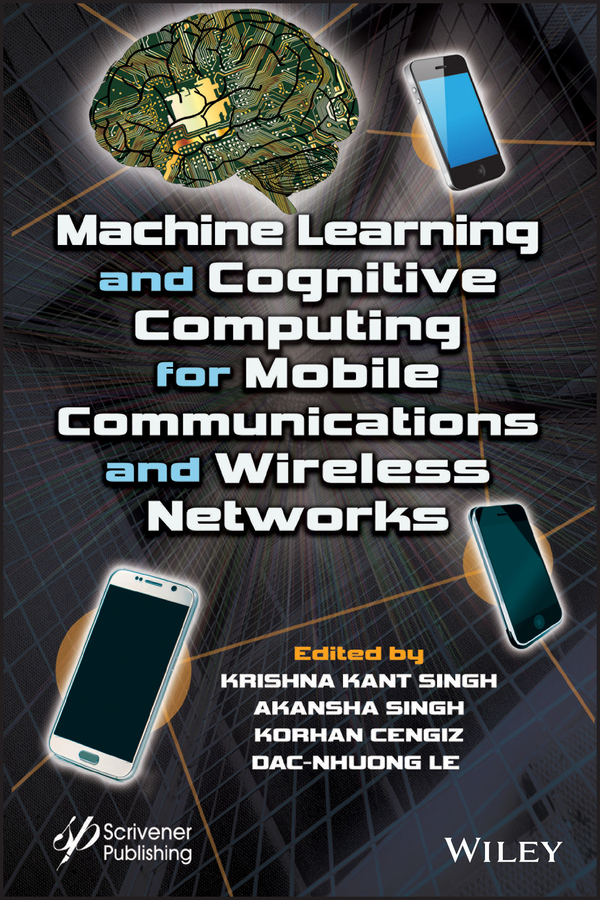
Machine Learning and Cognitive Computing for Mobile Communications and Wireless Networks Communication and network technology has witnessed recent rapid development and numerous information services and applications have been developed globally. These technologies have high impact on society and the way people are leading their lives. The advancement in technology has undoubtedly improved the quality of service and user experience yet a lot needs to be still done. Some areas that still need improvement include seamless wide-area coverage, high-capacity hot-spots, low-power massive-connections, low-latency and high-reliability and so on. Thus, it is highly desirable to develop smart technologies for communication to improve the overall services and management of wireless communication. Machine learning and cognitive computing have converged to give some groundbreaking solutions for smart machines. With these two technologies coming together, the machines can acquire the ability to reason similar to the human brain. The research area of machine learning and cognitive computing cover many fields like psychology, biology, signal processing, physics, information theory, mathematics, and statistics that can be used effectively for topology management. Therefore, the utilization of machine learning techniques like data analytics and cognitive power will lead to better performance of communication and wireless systems. COMPUTERS,Artificial Intelligence,General
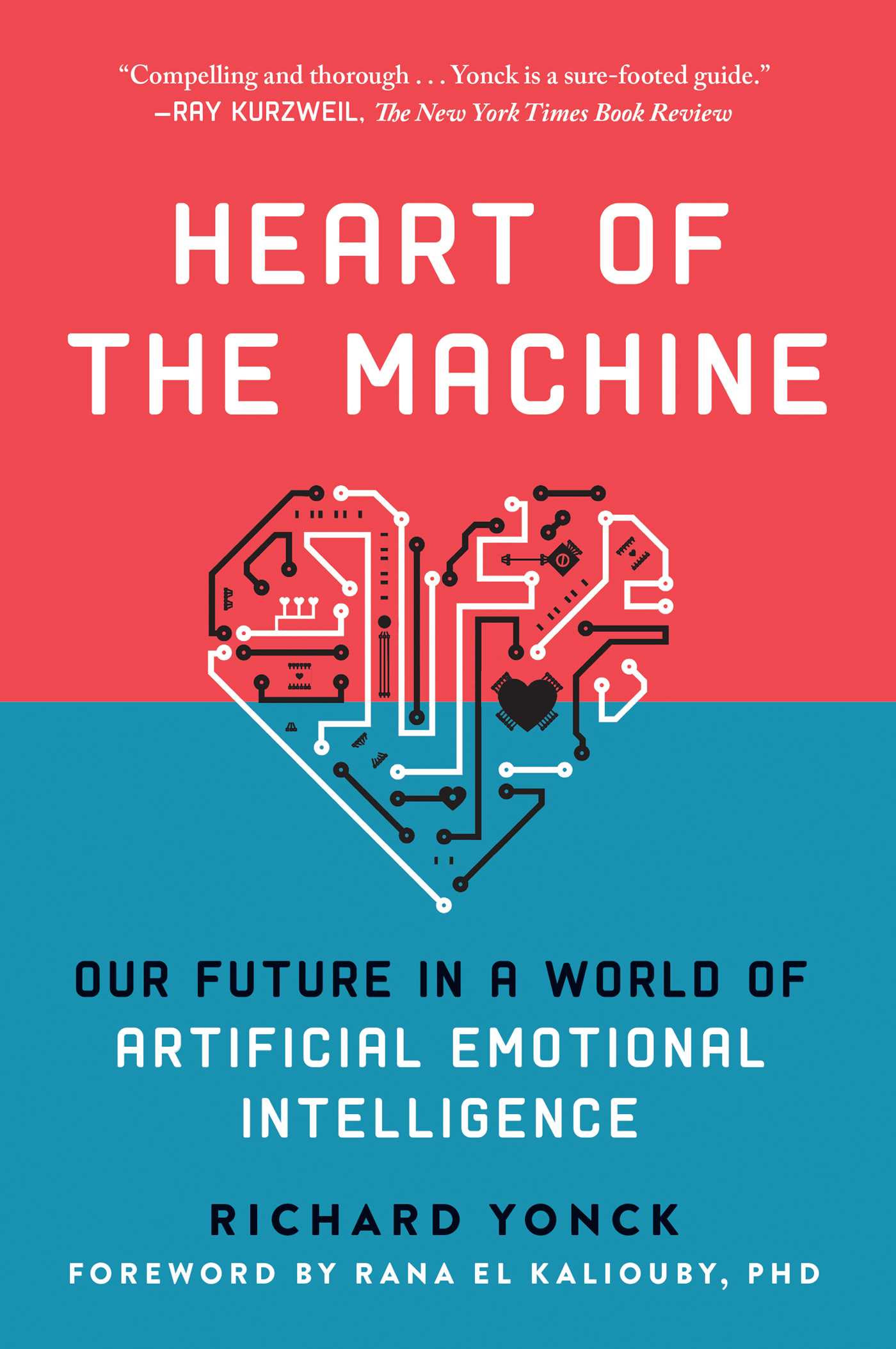
Heart of the Machine For Readers of Ray Kurzweil and Michio Kaku, a New Look at the Cutting Edge of Artificial Intelligence Imagine a robotic stuffed animal that can read and respond to a child’s emotional state, a commercial that can recognize and change based on a customer’s facial expression, or a company that can actually create feelings as though a person were experiencing them naturally. Heart of the Machine explores the next giant step in the relationship between humans and technology: the ability of computers to recognize, respond to, and even replicate emotions. Computers have long been integral to our lives, and their advances continue at an exponential rate. Many believe that artificial intelligence equal or superior to human intelligence will happen in the not-too-distance future; some even think machine consciousness will follow. Futurist Richard Yonck argues that emotion, the first, most basic, and most natural form of communication, is at the heart of how we will soon work with and use computers. Instilling emotions into computers is the next leap in our centuries-old obsession with creating machines that replicate humans. But for every benefit this progress may bring to our lives, there is a possible pitfall. Emotion recognition could lead to advanced surveillance, and the same technology that can manipulate our feelings could become a method of mass control. And, as shown in movies like Her and Ex Machina, our society already holds a deep-seated anxiety about what might happen if machines could actually feel and break free from our control. Heart of the Machine is an exploration of the new and inevitable ways in which mankind and technology will interact. The paperback edition has a new foreword by Rana el Kaliouby, PhD, a pioneer in artificial emotional intelligence, as well as the cofounder and CEO of Affectiva, the acclaimed AI startup spun off from the MIT Media Lab. COMPUTERS,Artificial Intelligence,General

Inductive Logic Programming This book constitutes the refereed conference proceedings of the 29th International Conference on Inductive Logic Programming, ILP 2019, held in Plovdiv, Bulgaria, in September 2019. The 11 papers presented were carefully reviewed and selected from numerous submissions. Inductive Logic Programming (ILP) is a subfield of machine learning, which originally relied on logic programming as a uniform representation language for expressing examples, background knowledge and hypotheses. Due to its strong representation formalism, based on first-order logic, ILP provides an excellent means for multi-relational learning and data mining, and more generally for learning from structured data. COMPUTERS,Artificial Intelligence,General
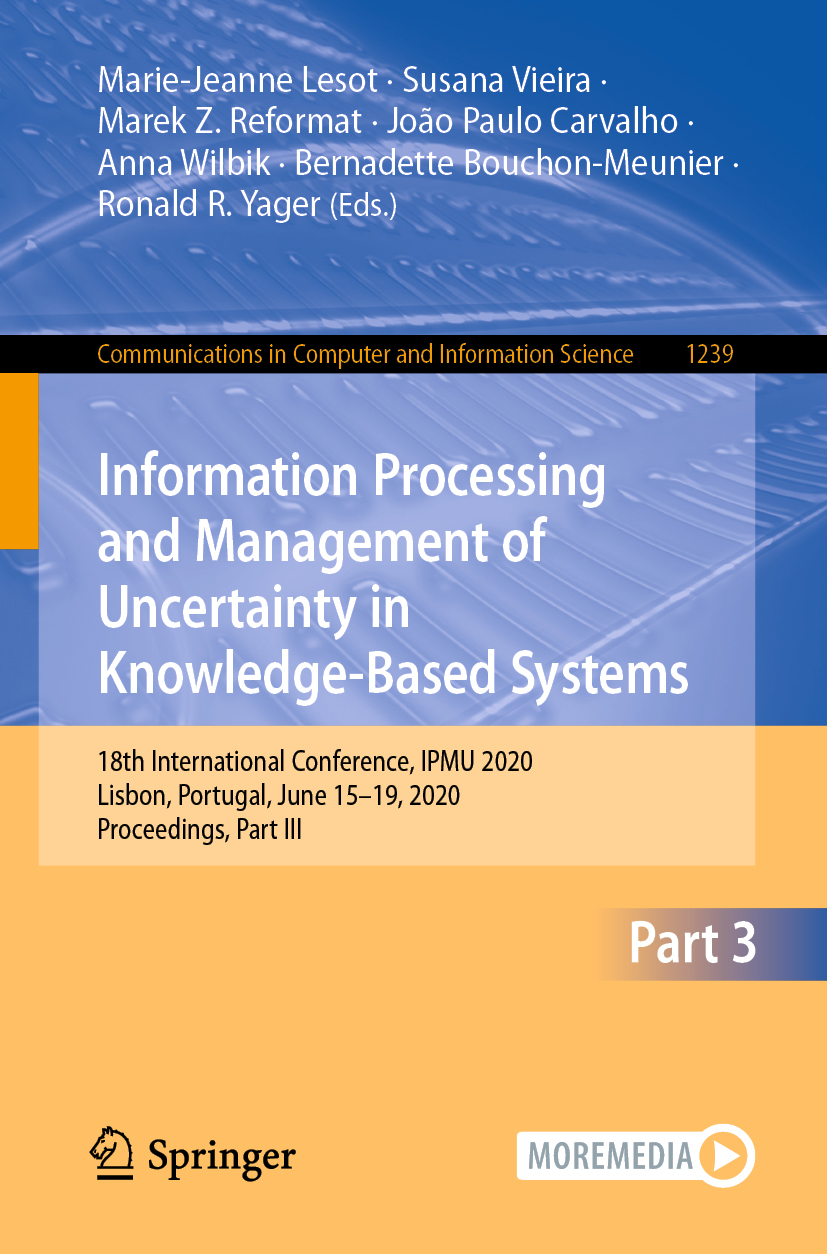
Information Processing and Management of Uncertainty in Knowledge-Based Systems This three volume set (CCIS 1237-1239) constitutes the proceedings of the 18th International Conference on Information Processing and Management of Uncertainty in Knowledge-Based Systems, IPMU 2020, in June 2020. The conference was scheduled to take place in Lisbon, Portugal, at University of Lisbon, but due to COVID-19 pandemic it was held virtually. The 173 papers were carefully reviewed and selected from 213 submissions. The papers are organized in topical sections: homage to Enrique Ruspini; invited talks; foundations and mathematics; decision making, preferences and votes; optimization and uncertainty; games; real world applications; knowledge processing and creation; machine learning I; machine learning II; XAI; image processing; temporal data processing; text analysis and processing; fuzzy interval analysis; theoretical and applied aspects of imprecise probabilities; similarities in artificial intelligence; belief function theory and its applications; aggregation: theory and practice; aggregation: pre-aggregation functions and other generalizations of monotonicity; aggregation: aggregation of different data structures; fuzzy methods in data mining and knowledge discovery; computational intelligence for logistics and transportation problems; fuzzy implication functions; soft methods in statistics and data analysis; image understanding and explainable AI; fuzzy and generalized quantifier theory; mathematical methods towards dealing with uncertainty in applied sciences; statistical image processing and analysis, with applications in neuroimaging; interval uncertainty; discrete models and computational intelligence; current techniques to model, process and describe time series; mathematical fuzzy logic and graded reasoning models; formal concept analysis, rough sets, general operators and related topics; computational intelligence methods in information modelling, representation and processing. COMPUTERS,Artificial Intelligence,General
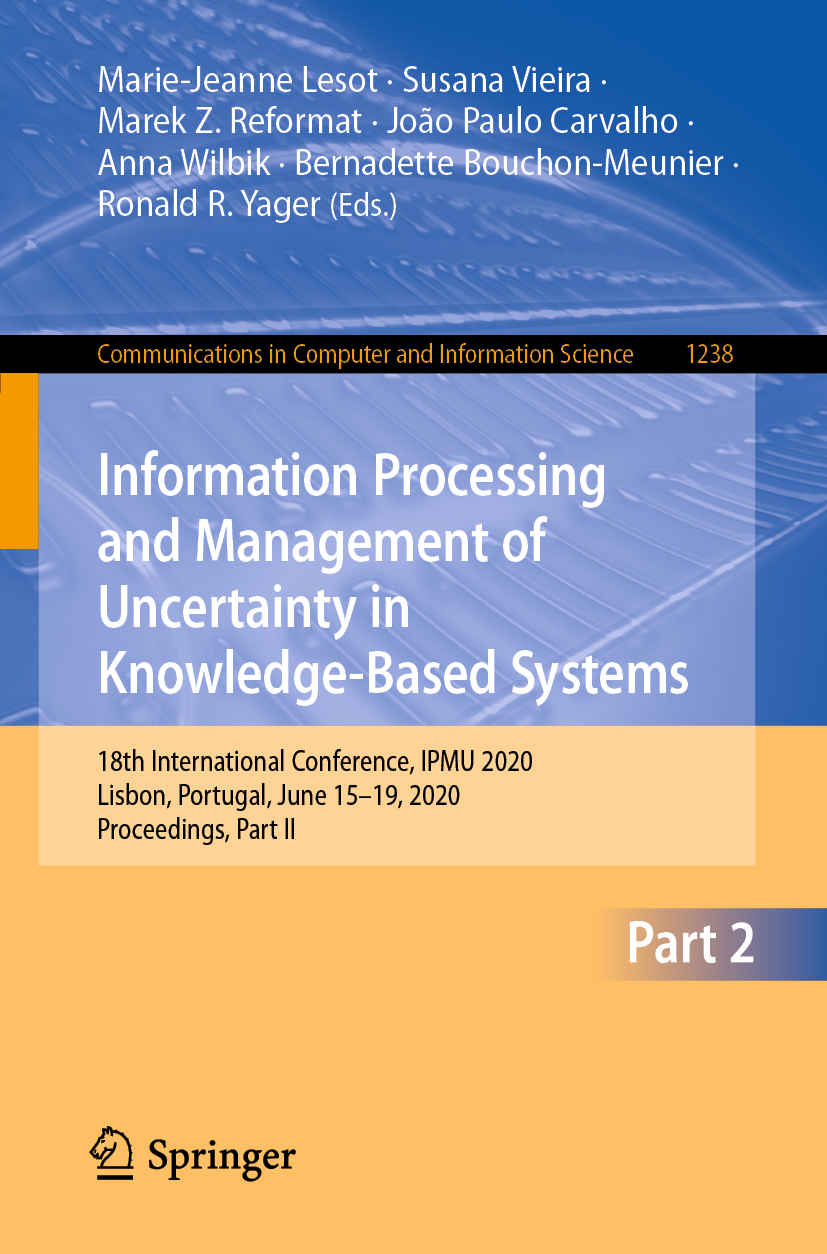
Information Processing and Management of Uncertainty in Knowledge-Based Systems This three volume set (CCIS 1237-1239) constitutes the proceedings of the 18th International Conference on Information Processing and Management of Uncertainty in Knowledge-Based Systems, IPMU 2020, in June 2020. The conference was scheduled to take place in Lisbon, Portugal, at University of Lisbon, but due to COVID-19 pandemic it was held virtually. The 173 papers were carefully reviewed and selected from 213 submissions. The papers are organized in topical sections: homage to Enrique Ruspini; invited talks; foundations and mathematics; decision making, preferences and votes; optimization and uncertainty; games; real world applications; knowledge processing and creation; machine learning I; machine learning II; XAI; image processing; temporal data processing; text analysis and processing; fuzzy interval analysis; theoretical and applied aspects of imprecise probabilities; similarities in artificial intelligence; belief function theory and its applications; aggregation: theory and practice; aggregation: pre-aggregation functions and other generalizations of monotonicity; aggregation: aggregation of different data structures; fuzzy methods in data mining and knowledge discovery; computational intelligence for logistics and transportation problems; fuzzy implication functions; soft methods in statistics and data analysis; image understanding and explainable AI; fuzzy and generalized quantifier theory; mathematical methods towards dealing with uncertainty in applied sciences; statistical image processing and analysis, with applications in neuroimaging; interval uncertainty; discrete models and computational intelligence; current techniques to model, process and describe time series; mathematical fuzzy logic and graded reasoning models; formal concept analysis, rough sets, general operators and related topics; computational intelligence methods in information modelling, representation and processing. COMPUTERS,Artificial Intelligence,General
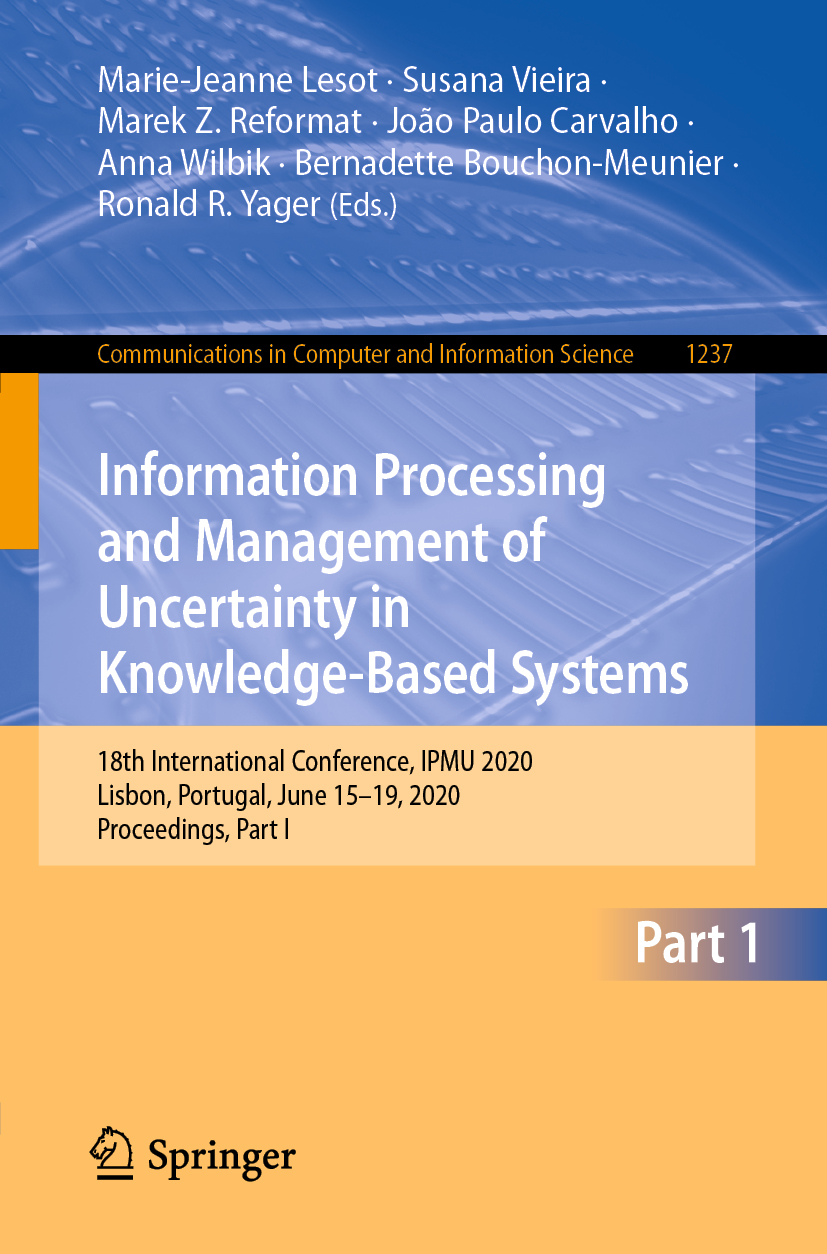
Information Processing and Management of Uncertainty in Knowledge-Based Systems This three volume set (CCIS 1237-1239) constitutes the proceedings of the 18th International Conference on Information Processing and Management of Uncertainty in Knowledge-Based Systems, IPMU 2020, in June 2020. The conference was scheduled to take place in Lisbon, Portugal, at University of Lisbon, but due to COVID-19 pandemic it was held virtually. The 173 papers were carefully reviewed and selected from 213 submissions. The papers are organized in topical sections: homage to Enrique Ruspini; invited talks; foundations and mathematics; decision making, preferences and votes; optimization and uncertainty; games; real world applications; knowledge processing and creation; machine learning I; machine learning II; XAI; image processing; temporal data processing; text analysis and processing; fuzzy interval analysis; theoretical and applied aspects of imprecise probabilities; similarities in artificial intelligence; belief function theory and its applications; aggregation: theory and practice; aggregation: pre-aggregation functions and other generalizations of monotonicity; aggregation: aggregation of different data structures; fuzzy methods in data mining and knowledge discovery; computational intelligence for logistics and transportation problems; fuzzy implication functions; soft methods in statistics and data analysis; image understanding and explainable AI; fuzzy and generalized quantifier theory; mathematical methods towards dealing with uncertainty in applied sciences; statistical image processing and analysis, with applications in neuroimaging; interval uncertainty; discrete models and computational intelligence; current techniques to model, process and describe time series; mathematical fuzzy logic and graded reasoning models; formal concept analysis, rough sets, general operators and related topics; computational intelligence methods in information modelling, representation and processing. COMPUTERS,Artificial Intelligence,General
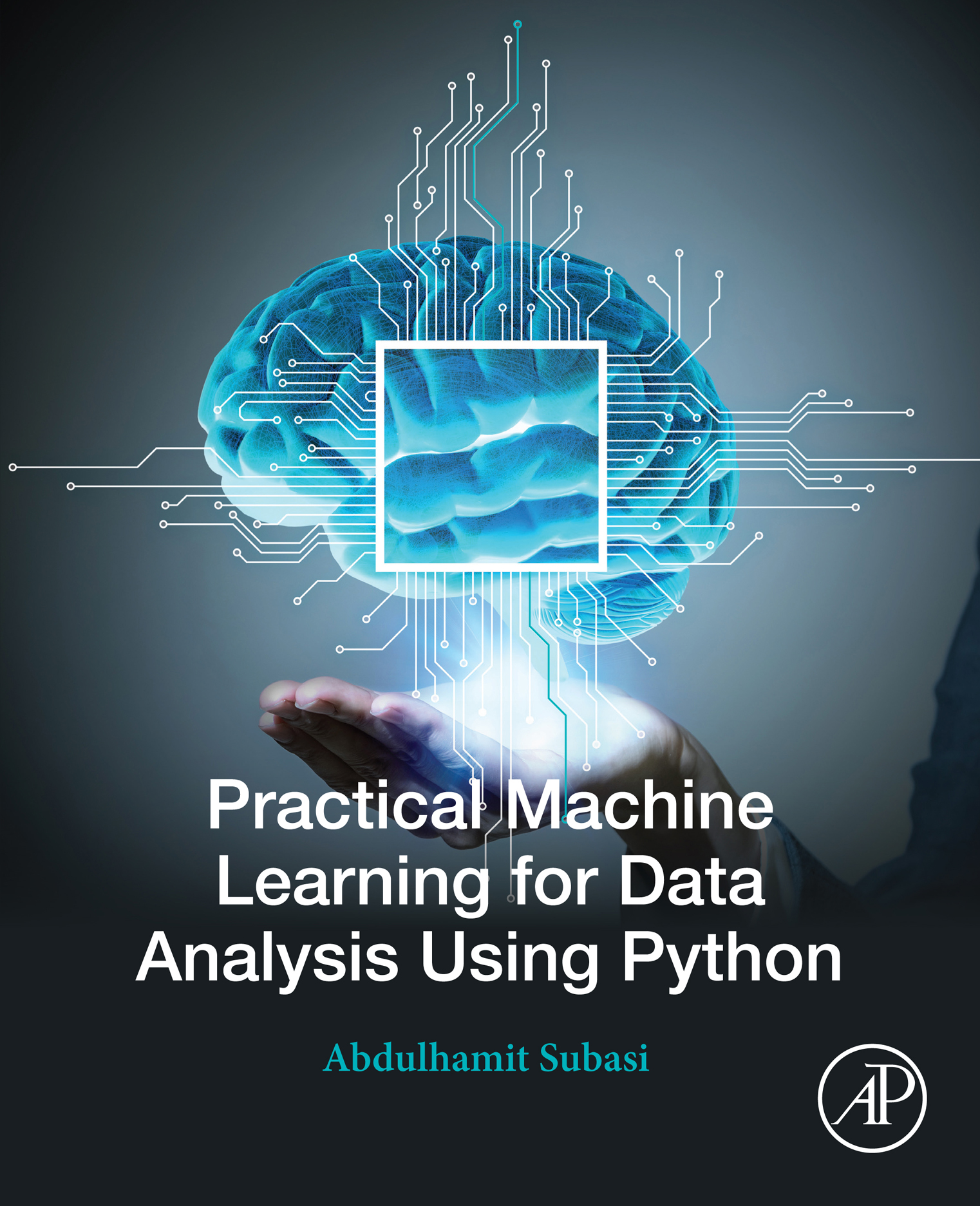
Practical Machine Learning for Data Analysis Using Python Practical Machine Learning for Data Analysis Using Python is a problem solver’s guide for creating real-world intelligent systems. It provides a comprehensive approach with concepts, practices, hands-on examples, and sample code. The book teaches readers the vital skills required to understand and solve different problems with machine learning. It teaches machine learning techniques necessary to become a successful practitioner, through the presentation of real-world case studies in Python machine learning ecosystems. The book also focuses on building a foundation of machine learning knowledge to solve different real-world case studies across various fields, including biomedical signal analysis, healthcare, security, economics, and finance. Moreover, it covers a wide range of machine learning models, including regression, classification, and forecasting. The goal of the book is to help a broad range of readers, including IT professionals, analysts, developers, data scientists, engineers, and graduate students, to solve their own real-world problems. Offers a comprehensive overview of the application of machine learning tools in data analysis across a wide range of subject areas Teaches readers how to apply machine learning techniques to biomedical signals, financial data, and healthcare data Explores important classification and regression algorithms as well as other machine learning techniques Explains how to use Python to handle data extraction, manipulation, and exploration techniques, as well as how to visualize data spread across multiple dimensions and extract useful features COMPUTERS,Artificial Intelligence,General
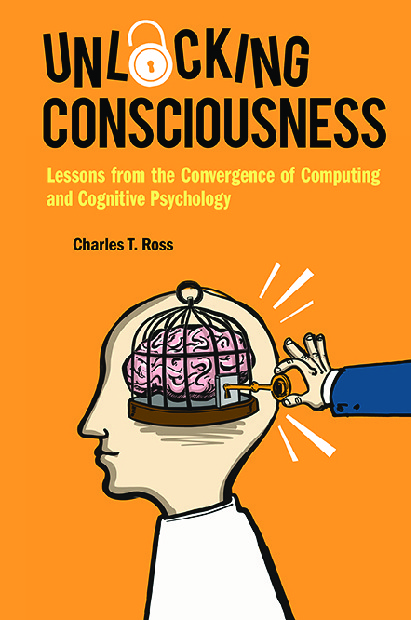
Unlocking Consciousness In order to bridge the gap between artificial and synthetic intelligence, we must first understand our own intelligence. 'What is intelligence?' might appear as a simple question, but many great minds have agreed that there is no singular answer. Unlocking Consciousness attempts to examine this central question through exploring the convergence of computing, philosophy, cognitive neuroscience and biogenetics.The book is the first of its kind to compare comprehensive definitions of both information and intelligence, an essential component to the advancement of computing into the realms of artificial intelligence. In examining explanations for intelligence, consciousness, memory and meaning from the perspective of a computer scientist, it offers routes that can be taken to augment natural and artificial intelligence, improving our own individual abilities, and even considering the potential for creating a prosthetic brain.Unlocking Consciousness demonstrates that understanding intelligence is not just for the benefit of computer scientists, it is also of great value to those working in evolutionary, molecular and systems biology, cognitive neuroscience, genetics and biotechnology. In unlocking the secrets of intelligence and laying out the methods of which information is structured and processed, we can unlock a completely new theory of consciousness.For additional published articles and appendices referenced in this title, readers can visit www.brainmindforum.org/ for further information. COMPUTERS,Artificial Intelligence,General
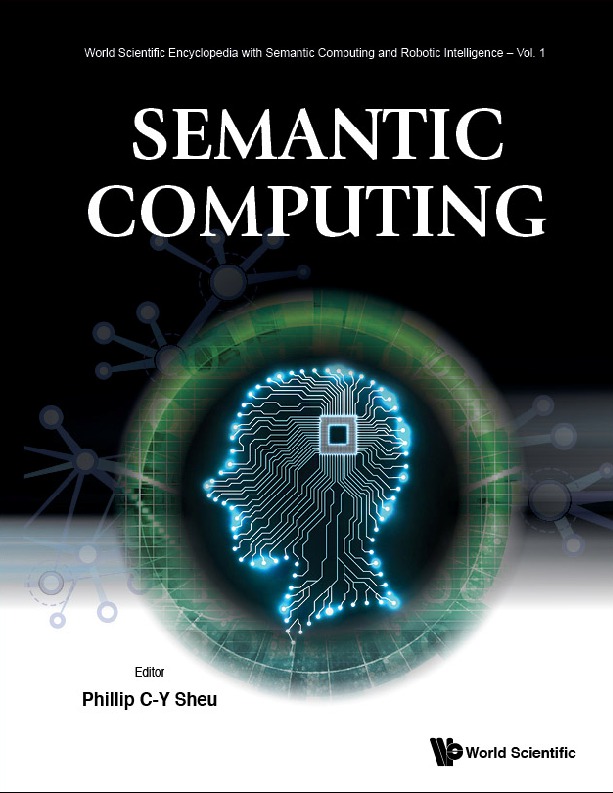
Semantic Computing As the first volume of World Scientific Encyclopedia with Semantic Computing and Robotic Intelligence, this volume is designed to lay the foundation for the understanding of the Semantic Computing (SC), as a core concept to study Robotic Intelligence in the subsequent volumes.This volume aims to provide a reference to the development of Semantic Computing, in the terms of 'meaning', 'context', and 'intention'. It brings together a series of technical notes, in average, no longer than 10 pages in length, each focuses on one topic in Semantic Computing; being review article or research paper, to explain the fundamental concepts, models or algorithms, and possible applications of the technology concerned.This volume will address three core areas in Semantic Computing: COMPUTERS,Artificial Intelligence,General

Fuzzy Logic-based Material Selection And Synthesis This unique compendium presents a comprehensive and self-contained theory of material development under imperfect information and its applications. The book describes new approaches to synthesis and selection of materials with desirable characteristics. Such approaches provide the ability of systematic and computationally effective analysis in order to predict composition, structure and related properties of new materials.The volume will be a useful advanced textbook for graduate students. It is also suitable for academicians and practitioners who wish to have fundamental models in new material synthesis and selection. COMPUTERS,Artificial Intelligence,General
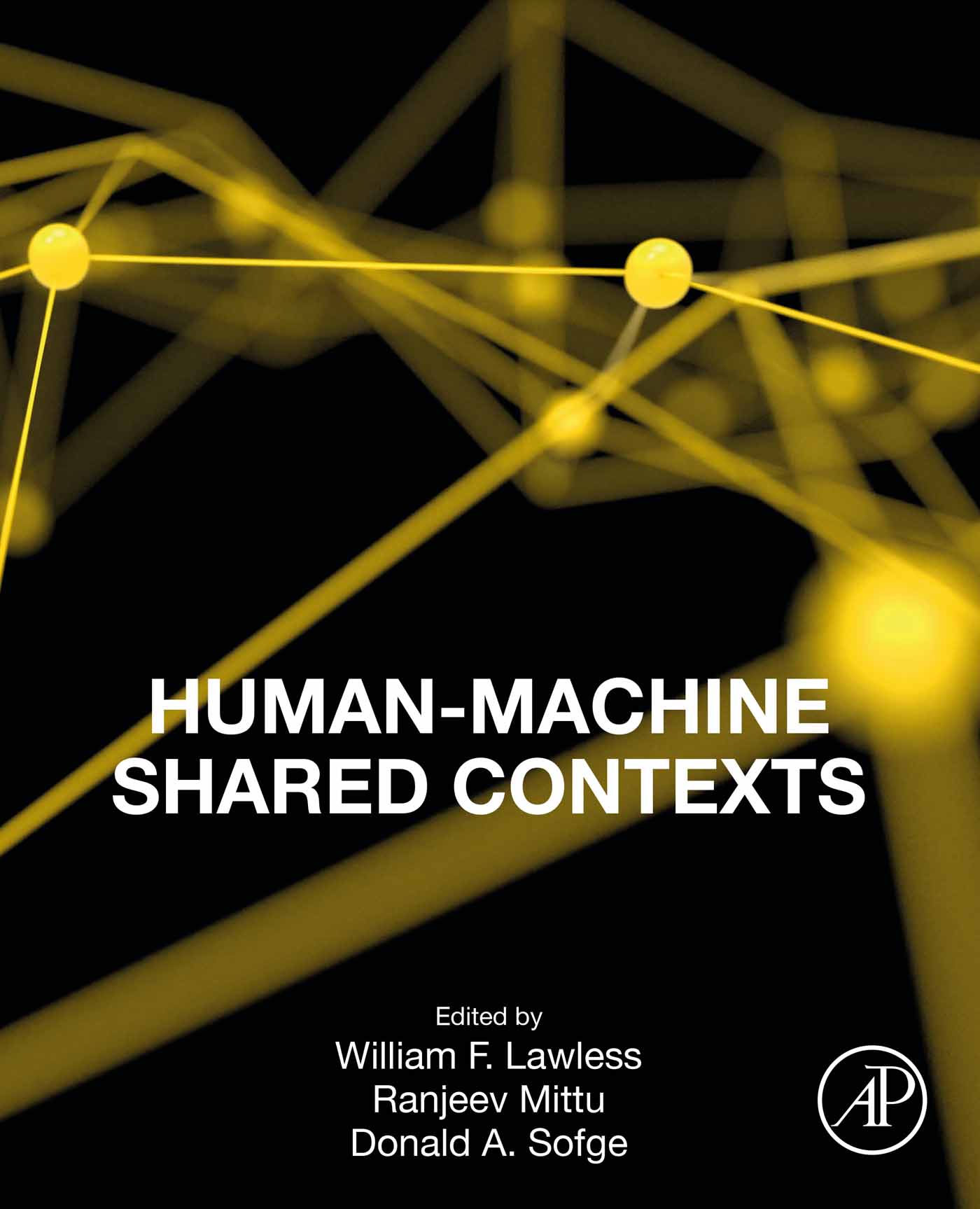
Human-Machine Shared Contexts Human-Machine Shared Contexts considers the foundations, metrics, and applications of human-machine systems. Editors and authors debate whether machines, humans, and systems should speak only to each other, only to humans, or to both and how. The book establishes the meaning and operation of “shared contexts between humans and machines; it also explores how human-machine systems affect targeted audiences (researchers, machines, robots, users) and society, as well as future ecosystems composed of humans and machines. This book explores how user interventions may improve the context for autonomous machines operating in unfamiliar environments or when experiencing unanticipated events; how autonomous machines can be taught to explain contexts by reasoning, inferences, or causality, and decisions to humans relying on intuition; and for mutual context, how these machines may interdependently affect human awareness, teams and society, and how these "machines" may be affected in turn. In short, can context be mutually constructed and shared between machines and humans? The editors are interested in whether shared context follows when machines begin to think, or, like humans, develop subjective states that allow them to monitor and report on their interpretations of reality, forcing scientists to rethink the general model of human social behavior. If dependence on machine learning continues or grows, the public will also be interested in what happens to context shared by users, teams of humans and machines, or society when these machines malfunction. As scientists and engineers "think through this change in human terms," the ultimate goal is for AI to advance the performance of autonomous machines and teams of humans and machines for the betterment of society wherever these machines interact with humans or other machines. This book will be essential reading for professional, industrial, and military computer scientists and engineers; machine learning (ML) and artificial intelligence (AI) scientists and engineers, especially those engaged in research on autonomy, computational context, and human-machine shared contexts; advanced robotics scientists and engineers; scientists working with or interested in data issues for autonomous systems such as with the use of scarce data for training and operations with and without user interventions; social psychologists, scientists and physical research scientists pursuing models of shared context; modelers of the internet of things (IOT); systems of systems scientists and engineers and economists; scientists and engineers working with agent-based models (ABMs); policy specialists concerned with the impact of AI and ML on society and civilization; network scientists and engineers; applied mathematicians (e.g., holon theory, information theory); computational linguists; and blockchain scientists and engineers. Discusses the foundations, metrics, and applications of human-machine systems Considers advances and challenges in the performance of autonomous machines and teams of humans Debates theoretical human-machine ecosystem models and what happens when machines malfunction COMPUTERS,Artificial Intelligence,General
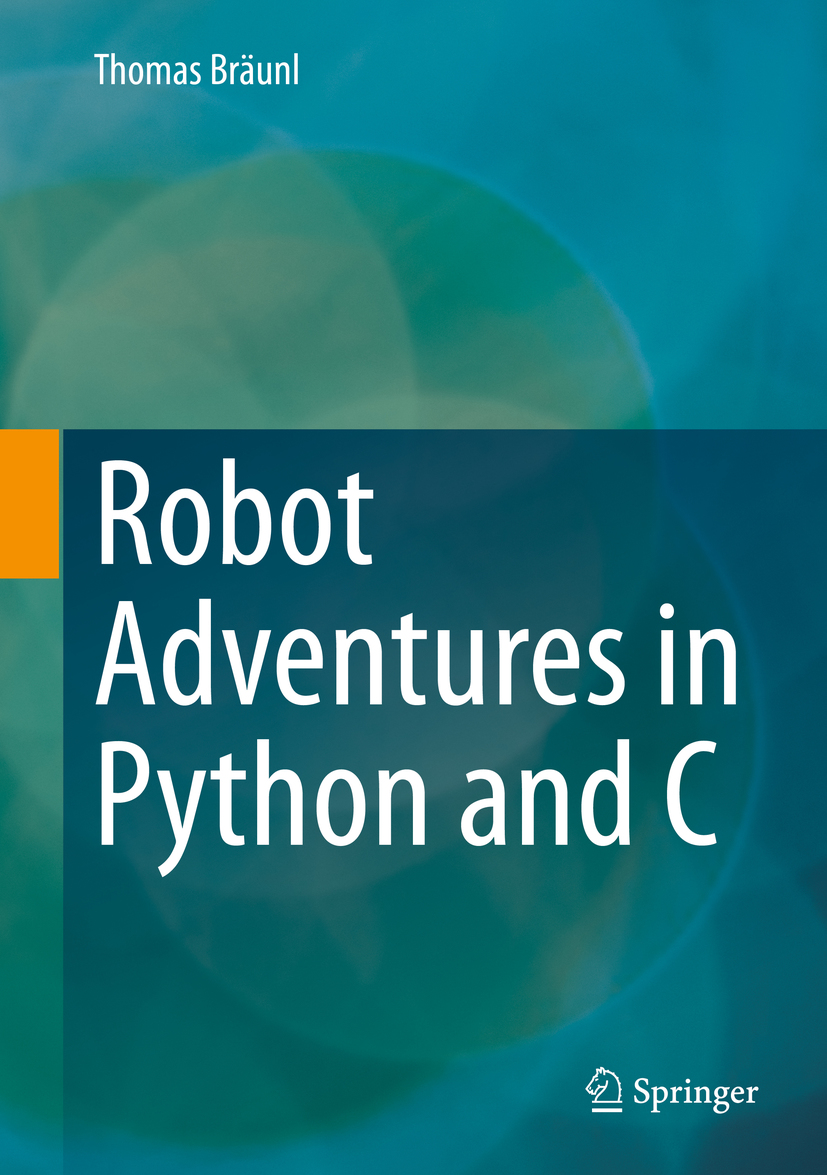
Robot Adventures in Python and C In this book the author stresses software as the most important topic in modern robotics. In particular the book concentrates on software for mobile robots, and the author demonstrates how inexpensive solutions can be constructed by mounting Raspberry Pi controllers and cameras onto model cars or other simple mechanical drive systems. He introduces EyeSim-VR, a freely available system that can realistically simulate driving, swimming, diving, and walking robots. The emphasis throughout is on algorithm development and all software assignments can run on real robot hardware, as well as on the simulation system presented. The book is suitable for undergraduate and graduate courses in artificial intelligence and robotics, and also for self-study by practitioners. All software used in this book, including all example programs, can be freely downloaded online, with native applications for MacOS, Windows, Linux, and Raspberry Pi. COMPUTERS,Artificial Intelligence,General
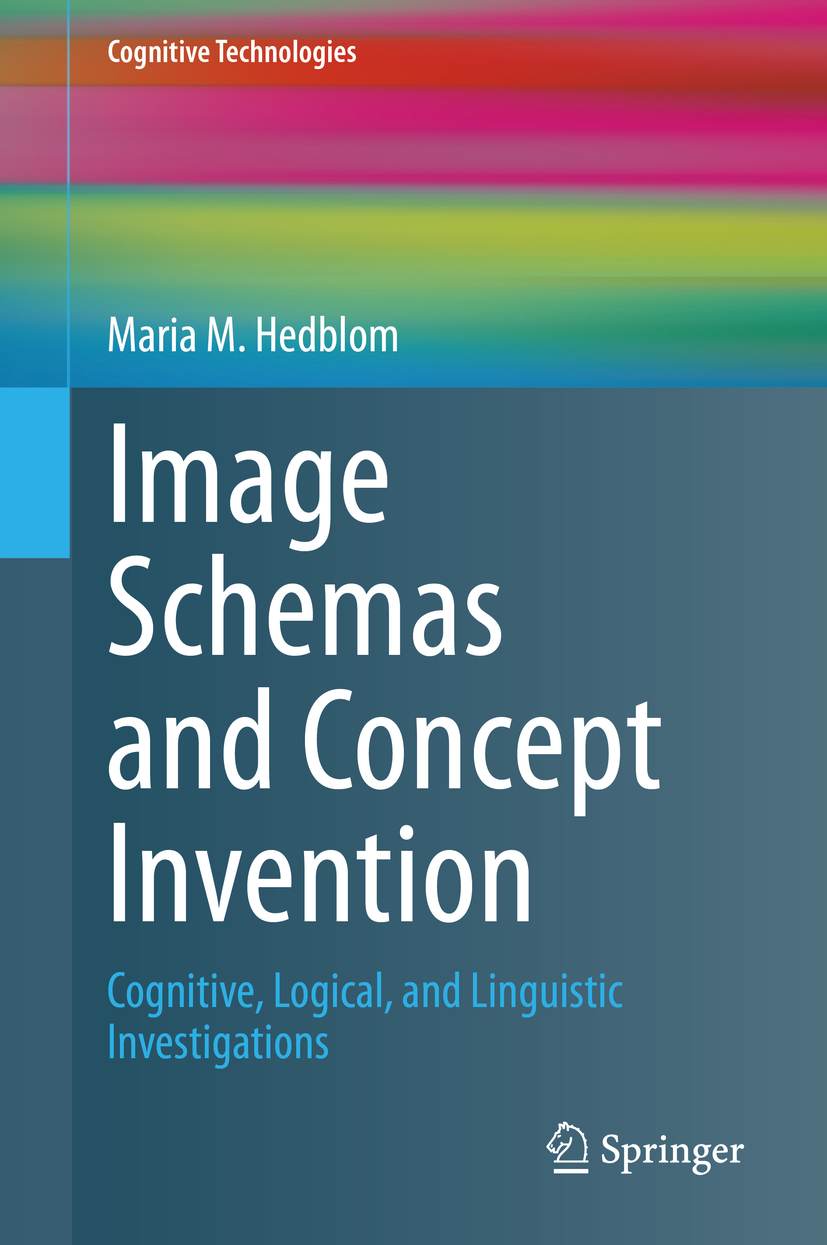
Image Schemas and Concept Invention In this book the author's theoretical framework builds on linguistic and psychological research, arguing that similar image-schematic notions should be grouped together into interconnected family hierarchies, with complexity increasing with regard to the addition of spatial and conceptual primitives. She introduces an image schema logic as a language to model image schemas, and she shows how the semantic content of image schemas can be used to improve computational concept invention. The book will be of value to researchers in artificial intelligence, cognitive science, psychology, and creativity. COMPUTERS,Artificial Intelligence,General

Hands-On Mathematics for Deep Learning A comprehensive guide to getting well-versed with the mathematical techniques for building modern deep learning architectures Key Features Understand linear algebra, calculus, gradient algorithms, and other concepts essential for training deep neural networks Learn the mathematical concepts needed to understand how deep learning models function Use deep learning for solving problems related to vision, image, text, and sequence applications Book Description Most programmers and data scientists struggle with mathematics, having either overlooked or forgotten core mathematical concepts. This book uses Python libraries to help you understand the math required to build deep learning (DL) models. You'll begin by learning about core mathematical and modern computational techniques used to design and implement DL algorithms. This book will cover essential topics, such as linear algebra, eigenvalues and eigenvectors, the singular value decomposition concept, and gradient algorithms, to help you understand how to train deep neural networks. Later chapters focus on important neural networks, such as the linear neural network and multilayer perceptrons, with a primary focus on helping you learn how each model works. As you advance, you will delve into the math used for regularization, multi-layered DL, forward propagation, optimization, and backpropagation techniques to understand what it takes to build full-fledged DL models. Finally, you'll explore CNN, recurrent neural network (RNN), and GAN models and their application. By the end of this book, you'll have built a strong foundation in neural networks and DL mathematical concepts, which will help you to confidently research and build custom models in DL. What you will learn Understand the key mathematical concepts for building neural network models Discover core multivariable calculus concepts Improve the performance of deep learning models using optimization techniques Cover optimization algorithms, from basic stochastic gradient descent (SGD) to the advanced Adam optimizer Understand computational graphs and their importance in DL Explore the backpropagation algorithm to reduce output error Cover DL algorithms such as convolutional neural networks (CNNs), sequence models, and generative adversarial networks (GANs) Who this book is for This book is for data scientists, machine learning developers, aspiring deep learning developers, or anyone who wants to understand the foundation of deep learning by learning the math behind it. Working knowledge of the Python programming language and machine learning basics is required. COMPUTERS,Artificial Intelligence,General
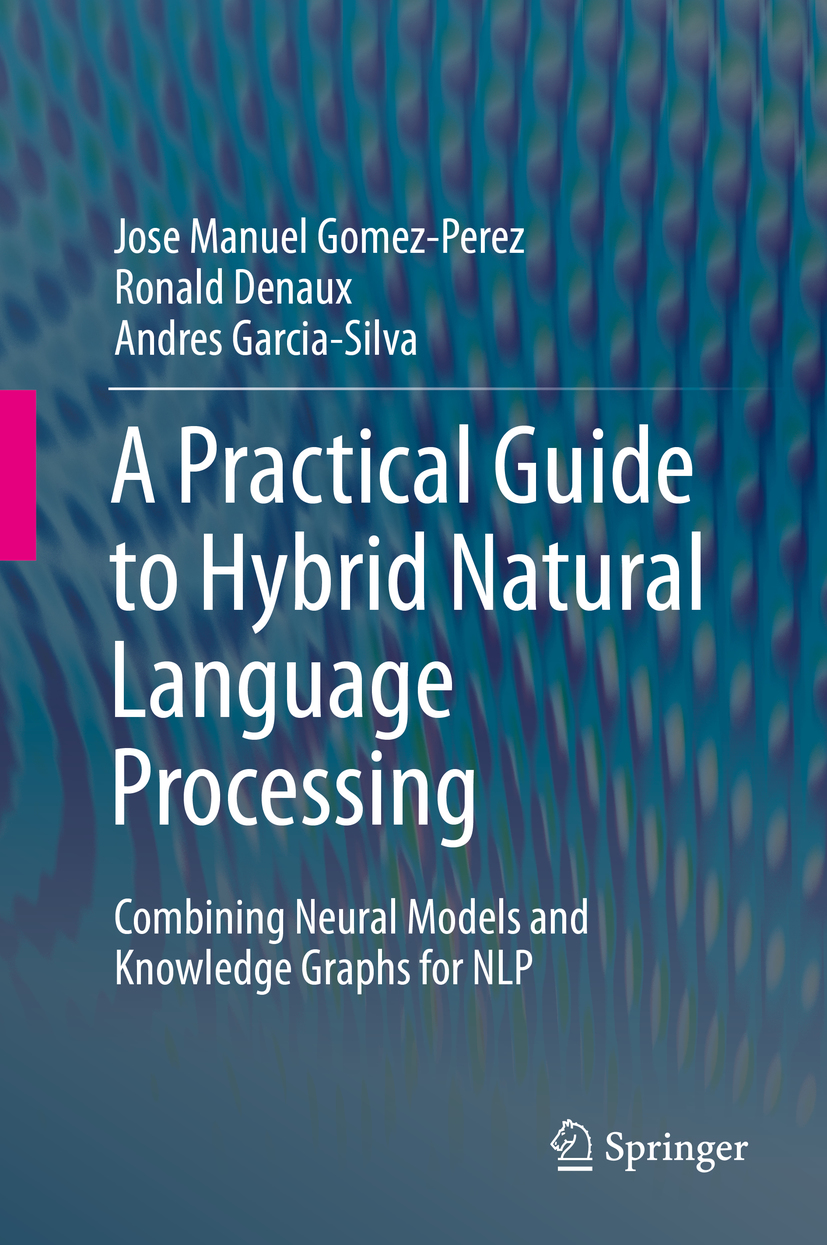
A Practical Guide to Hybrid Natural Language Processing This book provides readers with a practical guide to the principles of hybrid approaches to natural language processing (NLP) involving a combination of neural methods and knowledge graphs. To this end, it first introduces the main building blocks and then describes how they can be integrated to support the effective implementation of real-world NLP applications. To illustrate the ideas described, the book also includes a comprehensive set of experiments and exercises involving different algorithms over a selection of domains and corpora in various NLP tasks. Throughout, the authors show how to leverage complementary representations stemming from the analysis of unstructured text corpora as well as the entities and relations described explicitly in a knowledge graph, how to integrate such representations, and how to use the resulting features to effectively solve NLP tasks in a range of domains. In addition, the book offers access to executable code with examples, exercises and real-world applications in key domains, like disinformation analysis and machine reading comprehension of scientific literature. All the examples and exercises proposed in the book are available as executable Jupyter notebooks in a GitHub repository. They are all ready to be run on Google Colaboratory or, if preferred, in a local environment. A valuable resource for anyone interested in the interplay between neural and knowledge-based approaches to NLP, this book is a useful guide for readers with a background in structured knowledge representations as well as those whose main approach to AI is fundamentally based on logic. Further, it will appeal to those whose main background is in the areas of machine and deep learning who are looking for ways to leverage structured knowledge bases to optimize results along the NLP downstream. COMPUTERS,Artificial Intelligence,General
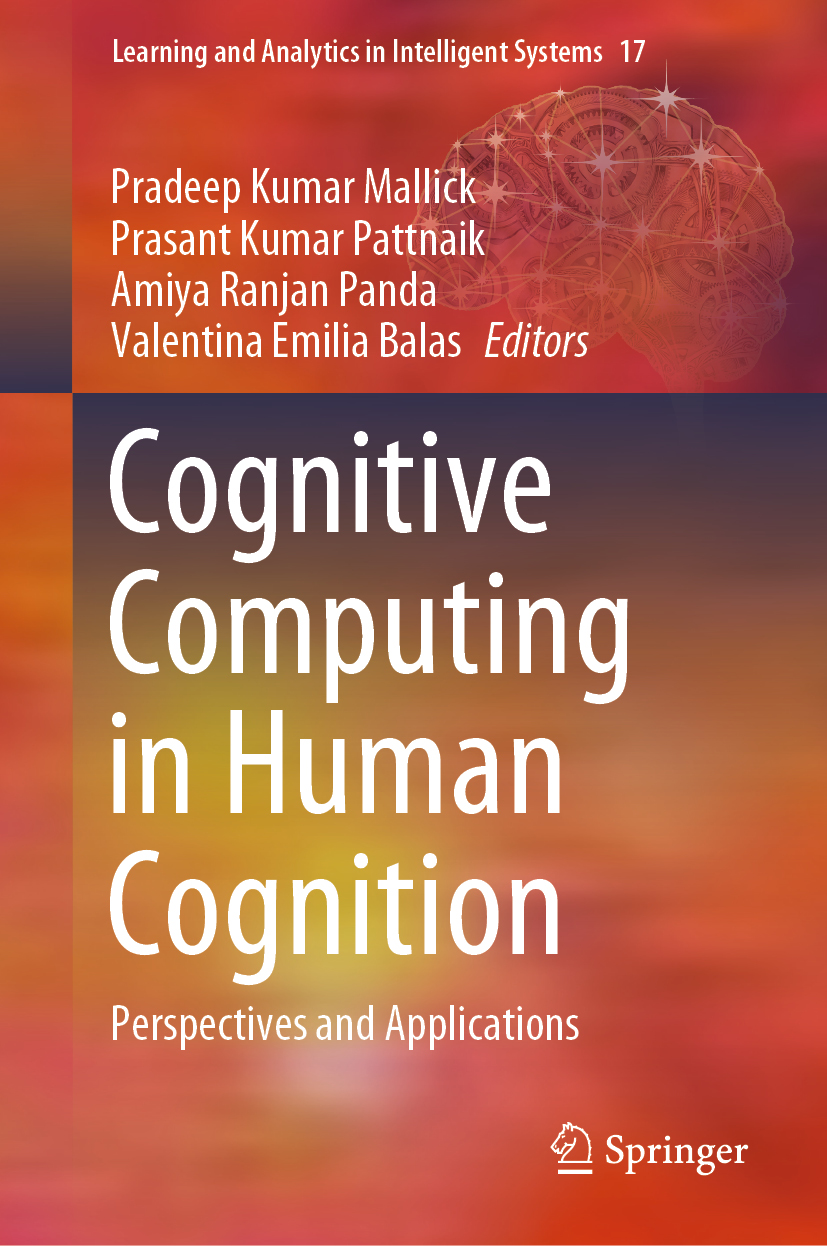
Cognitive Computing in Human Cognition This edited book designs the Cognitive Computing in Human Cognition to analyze to improve the efficiency of decision making by cognitive intelligence. The book is also intended to attract the audience who work in brain computing, deep learning, transportation, and solar cell energy. Due to this in the recent era, smart methods with human touch called as human cognition is adopted by many researchers in the field of information technology with the Cognitive Computing. COMPUTERS,Artificial Intelligence,General
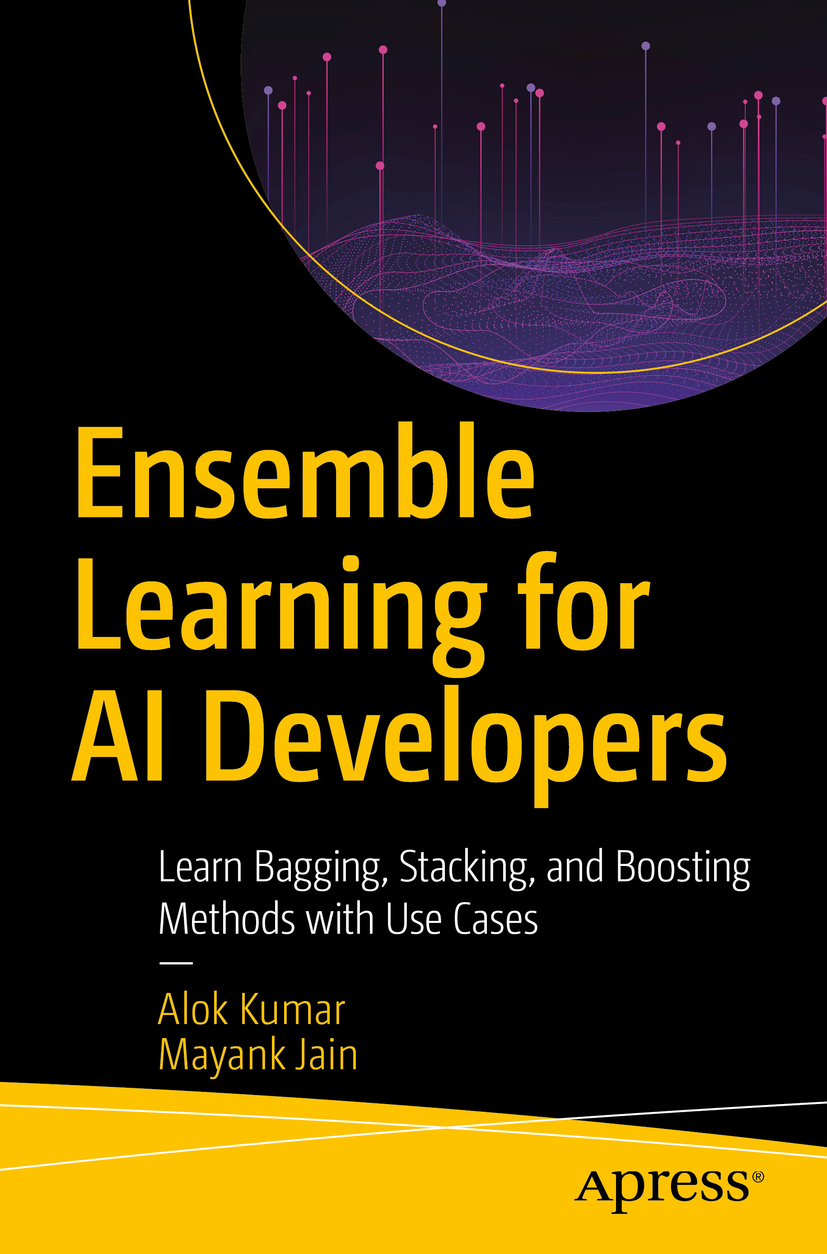
Ensemble Learning for AI Developers Use ensemble learning techniques and models to improve your machine learning results. Ensemble Learning for AI Developers starts you at the beginning with an historical overview and explains key ensemble techniques and why they are needed. You then will learn how to change training data using bagging, bootstrap aggregating, random forest models, and cross-validation methods. Authors Kumar and Jain provide best practices to guide you in combining models and using tools to boost performance of your machine learning projects. They teach you how to effectively implement ensemble concepts such as stacking and boosting and to utilize popular libraries such as Keras, Scikit Learn, TensorFlow, PyTorch, and Microsoft LightGBM. Tips are presented to apply ensemble learning in different data science problems, including time series data, imaging data, and NLP. Recent advances in ensemble learning are discussed. Sample code is provided in the form of scripts and the IPython notebook. What You Will Learn Understand the techniques and methods utilized in ensemble learning Use bagging, stacking, and boosting to improve performance of your machine learning projects by combining models to decrease variance, improve predictions, and reduce bias Enhance your machine learning architecture with ensemble learning Who This Book Is For Data scientists and machine learning engineers keen on exploring ensemble learning COMPUTERS,Artificial Intelligence,General
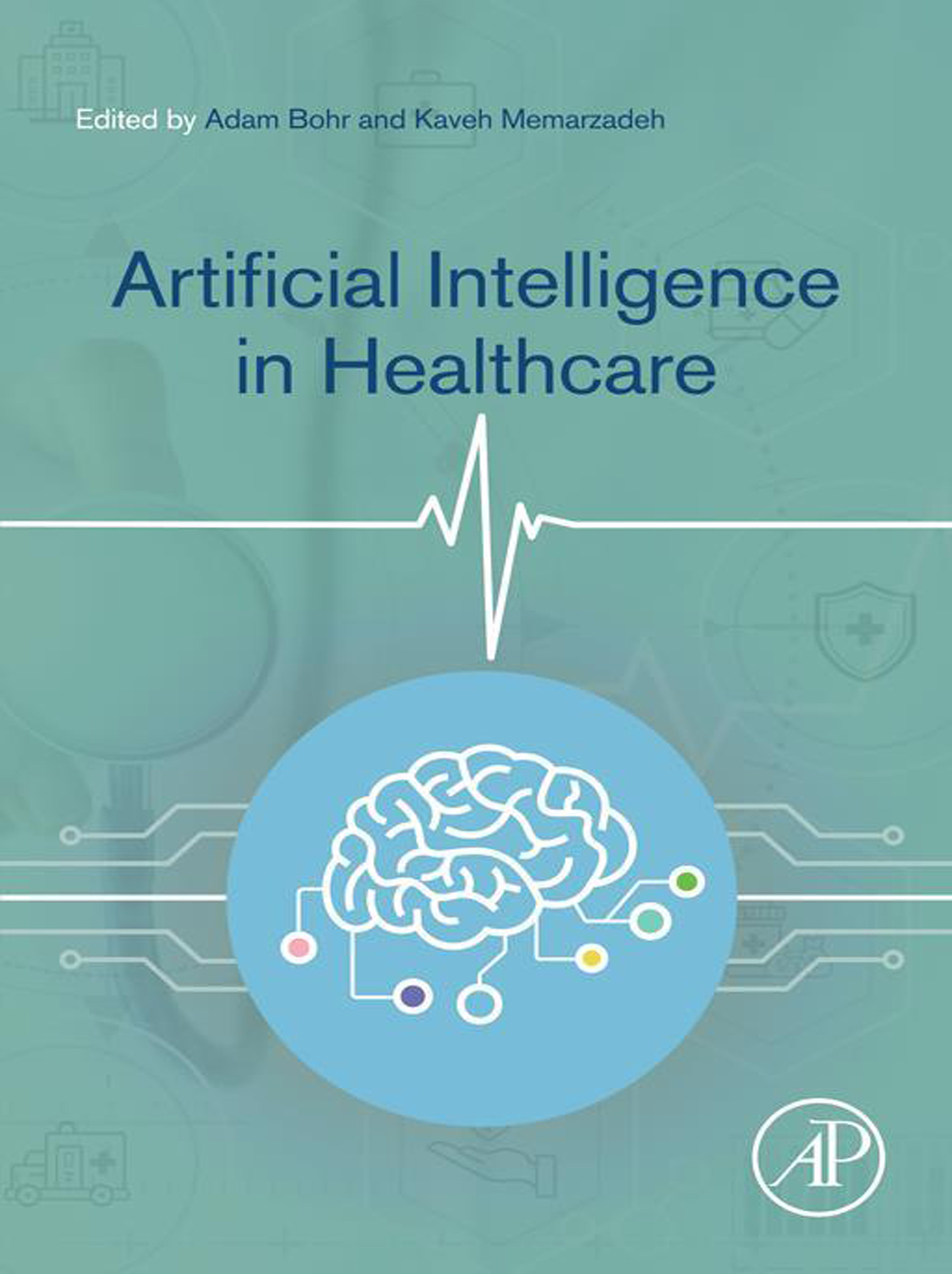
Artificial Intelligence in Healthcare Artificial Intelligence (AI) in Healthcare is more than a comprehensive introduction to artificial intelligence as a tool in the generation and analysis of healthcare data. The book is split into two sections where the first section describes the current healthcare challenges and the rise of AI in this arena. The ten following chapters are written by specialists in each area, covering the whole healthcare ecosystem. First, the AI applications in drug design and drug development are presented followed by its applications in the field of cancer diagnostics, treatment and medical imaging. Subsequently, the application of AI in medical devices and surgery are covered as well as remote patient monitoring. Finally, the book dives into the topics of security, privacy, information sharing, health insurances and legal aspects of AI in healthcare. Highlights different data techniques in healthcare data analysis, including machine learning and data mining Illustrates different applications and challenges across the design, implementation and management of intelligent systems and healthcare data networks Includes applications and case studies across all areas of AI in healthcare data COMPUTERS,Artificial Intelligence,General
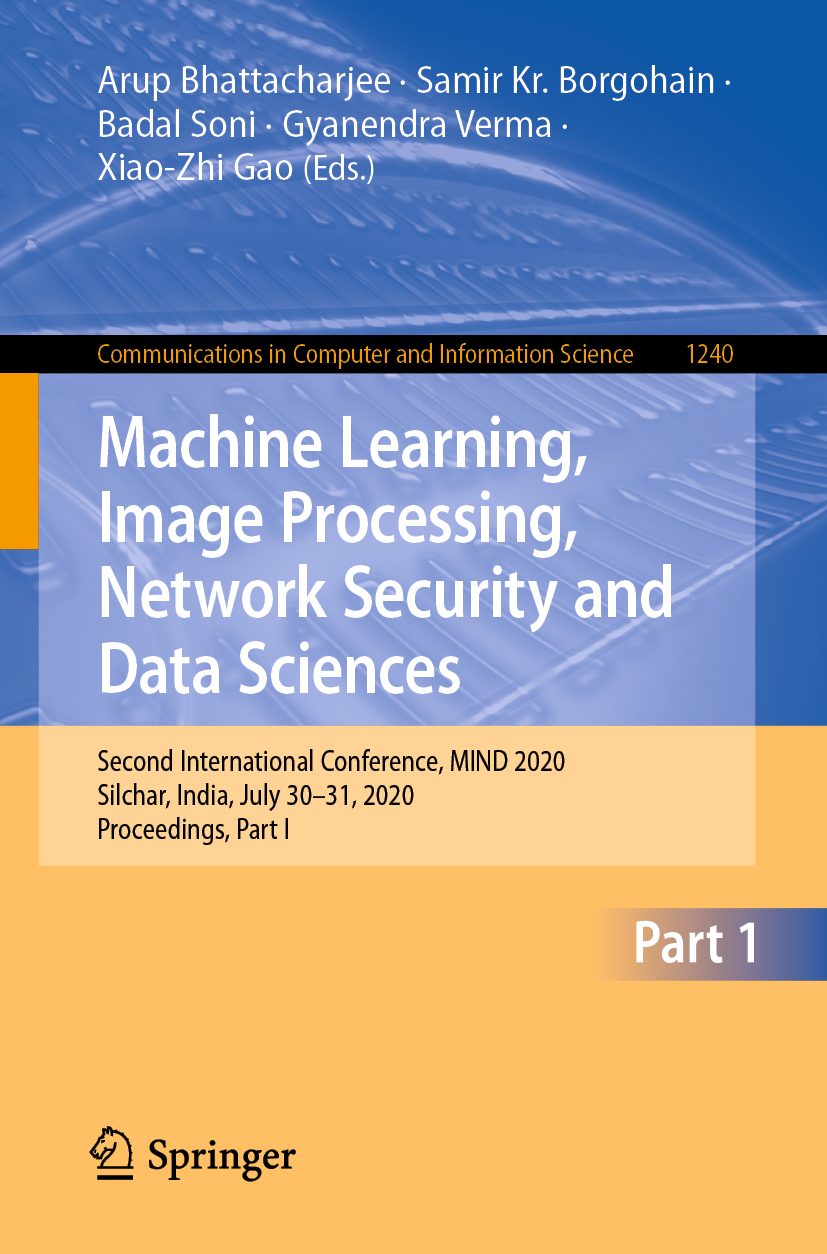
Machine Learning, Image Processing, Network Security and Data Sciences This two-volume set (CCIS 1240-1241) constitutes the refereed proceedings of the Second International Conference on Machine Learning, Image Processing, Network Security and Data Sciences, MIND 2020, held in Silchar, India. Due to the COVID-19 pandemic the conference has been postponed to July 2020. The 79 full papers and 4 short papers were thoroughly reviewed and selected from 219 submissions. The papers are organized according to the following topical sections: data science and big data; image processing and computer vision; machine learning and computational intelligence; network and cyber security. COMPUTERS,Artificial Intelligence,General
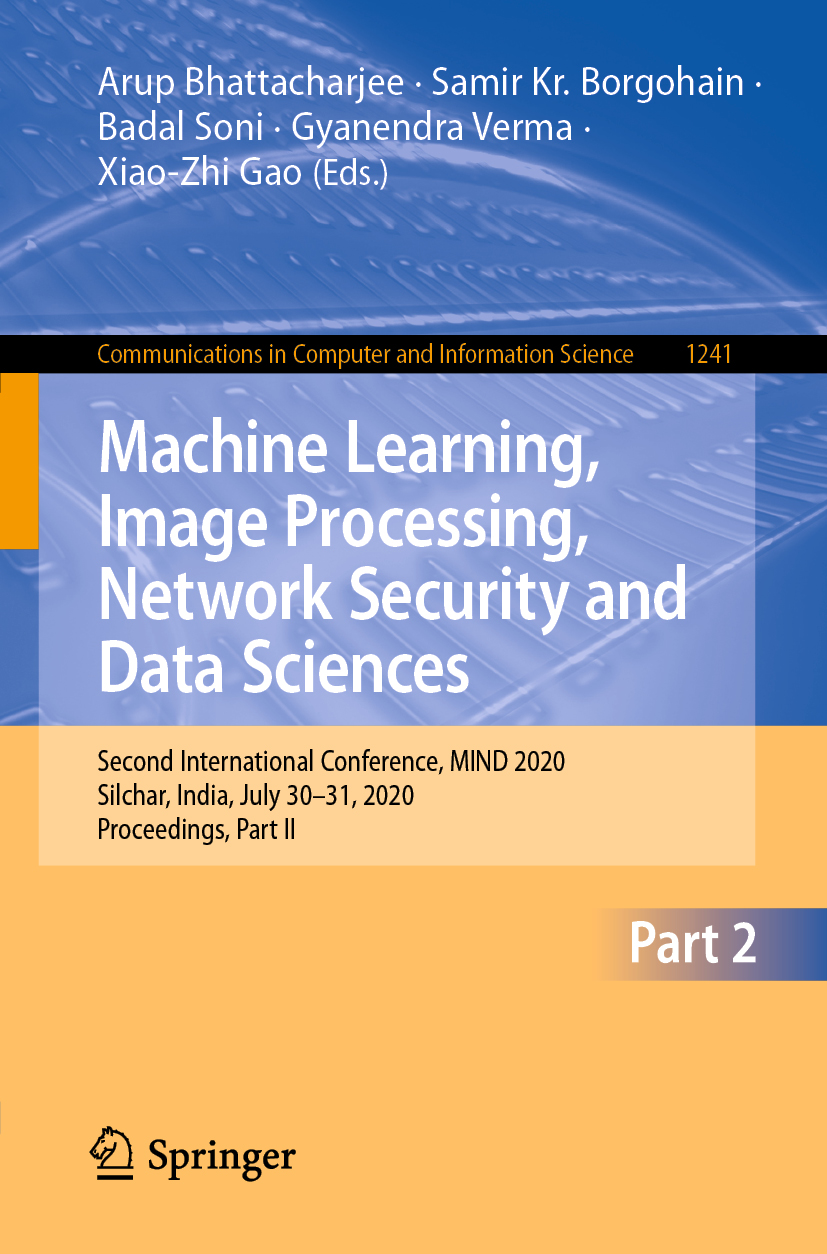
Machine Learning, Image Processing, Network Security and Data Sciences This two-volume set (CCIS 1240-1241) constitutes the refereed proceedings of the Second International Conference on Machine Learning, Image Processing, Network Security and Data Sciences, MIND 2020, held in Silchar, India. Due to the COVID-19 pandemic the conference has been postponed to July 2020. The 79 full papers and 4 short papers were thoroughly reviewed and selected from 219 submissions. The papers are organized according to the following topical sections: data science and big data; image processing and computer vision; machine learning and computational intelligence; network and cyber security. COMPUTERS,Artificial Intelligence,General

Artificial Intelligence and Machine Learning for Digital Pathology Data driven Artificial Intelligence (AI) and Machine Learning (ML) in digital pathology, radiology, and dermatology is very promising. In specific cases, for example, Deep Learning (DL), even exceeding human performance. However, in the context of medicine it is important for a human expert to verify the outcome. Consequently, there is a need for transparency and re-traceability of state-of-the-art solutions to make them usable for ethical responsible medical decision support. Moreover, big data is required for training, covering a wide spectrum of a variety of human diseases in different organ systems. These data sets must meet top-quality and regulatory criteria and must be well annotated for ML at patient-, sample-, and image-level. Here biobanks play a central and future role in providing large collections of high-quality, well-annotated samples and data. The main challenges are finding biobanks containing ‘‘fit-for-purpose’’ samples, providing quality related meta-data, gaining access to standardized medical data and annotations, and mass scanning of whole slides including efficient data management solutions. COMPUTERS,Artificial Intelligence,General
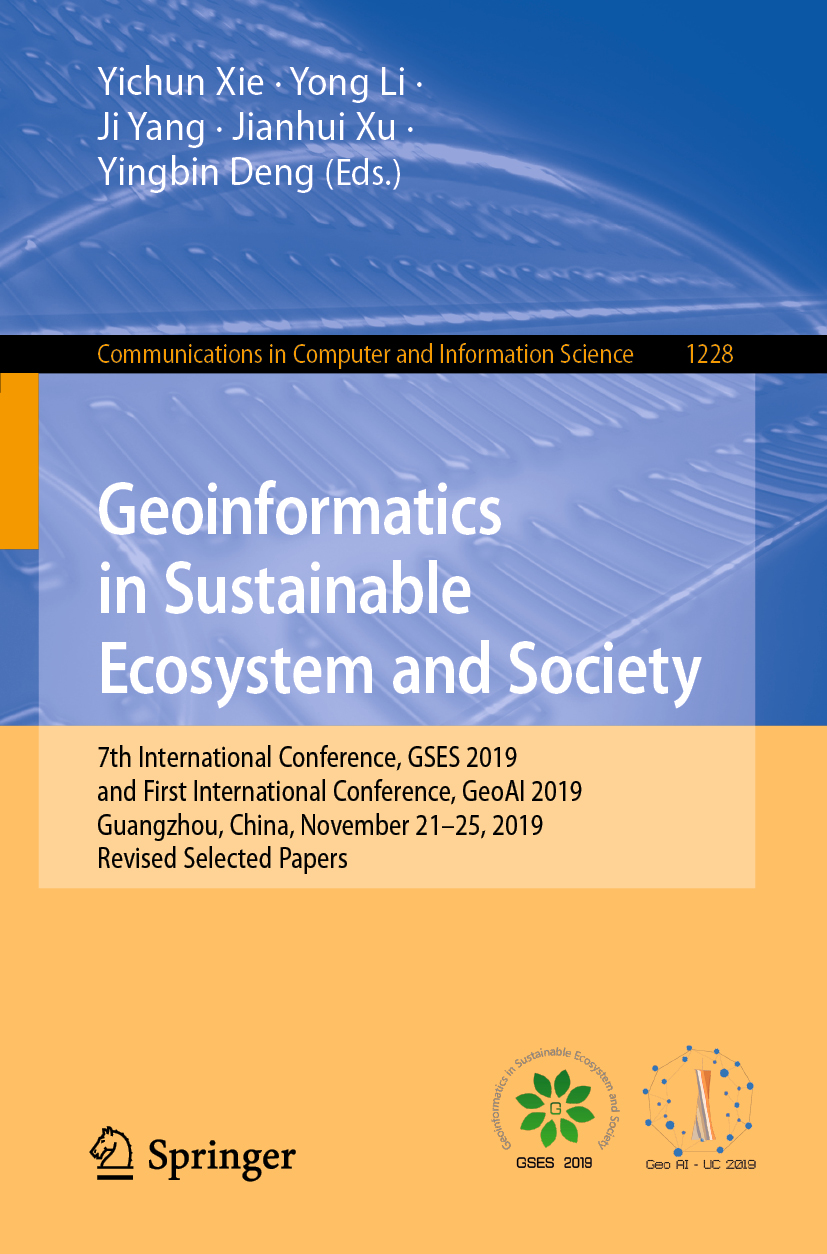
Geoinformatics in Sustainable Ecosystem and Society This book constitutes the refereed proceedings of the 7th International Conference on Geoinformatics in Sustainable Ecosystem and Society, GSES 2019, and First International Conference on Geospatial Artificial Intelligence for Urban Computing, GeoAI 2019, held in Guangzhou, China, in November 2019. The 29 full papers and 3 short papers presented in this volume were carefully reviewed and selected from 80 submissions. The papers are organized according to the following topical sections: the applications of geospatial data in the sustainable development of social economy; new approaches for earth observation data acquisition and processing; remote sensing monitoring of resources and environment and intelligent analysis; intelligent perceptions and services of spatial information; ecology, environment and social sustainable development. COMPUTERS,Artificial Intelligence,General
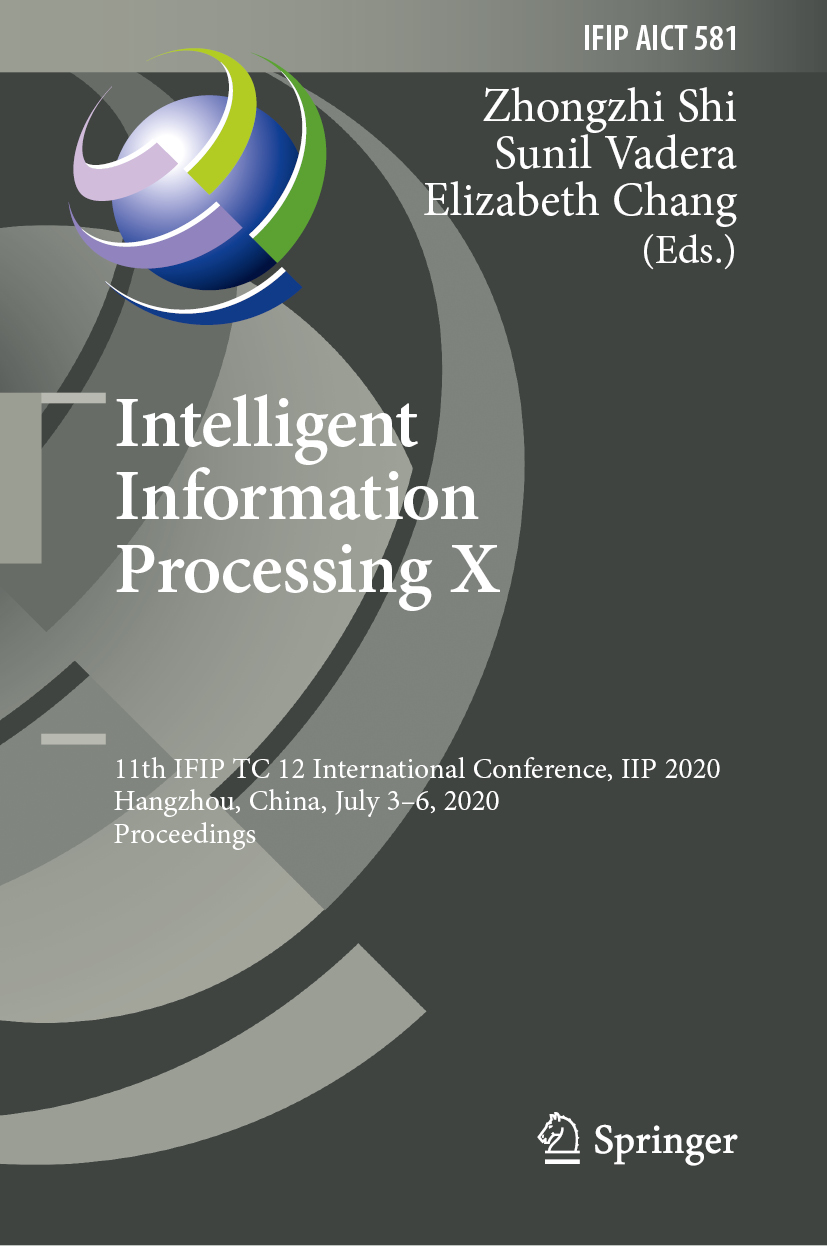
Intelligent Information Processing X This book constitutes the refereed proceedings of the 11th IFIP TC 12 International Conference on Intelligent Information Processing, IIP 2020, held in Hangzhou, China, in July 2020. The 24 full papers and 5 short papers presented were carefully reviewed and selected from 36 submissions. They are organized in topical sections on machine learning; multi-agent system; recommendation system; social computing; brain computer integration; pattern recognition; and computer vision and image understanding. COMPUTERS,Artificial Intelligence,General
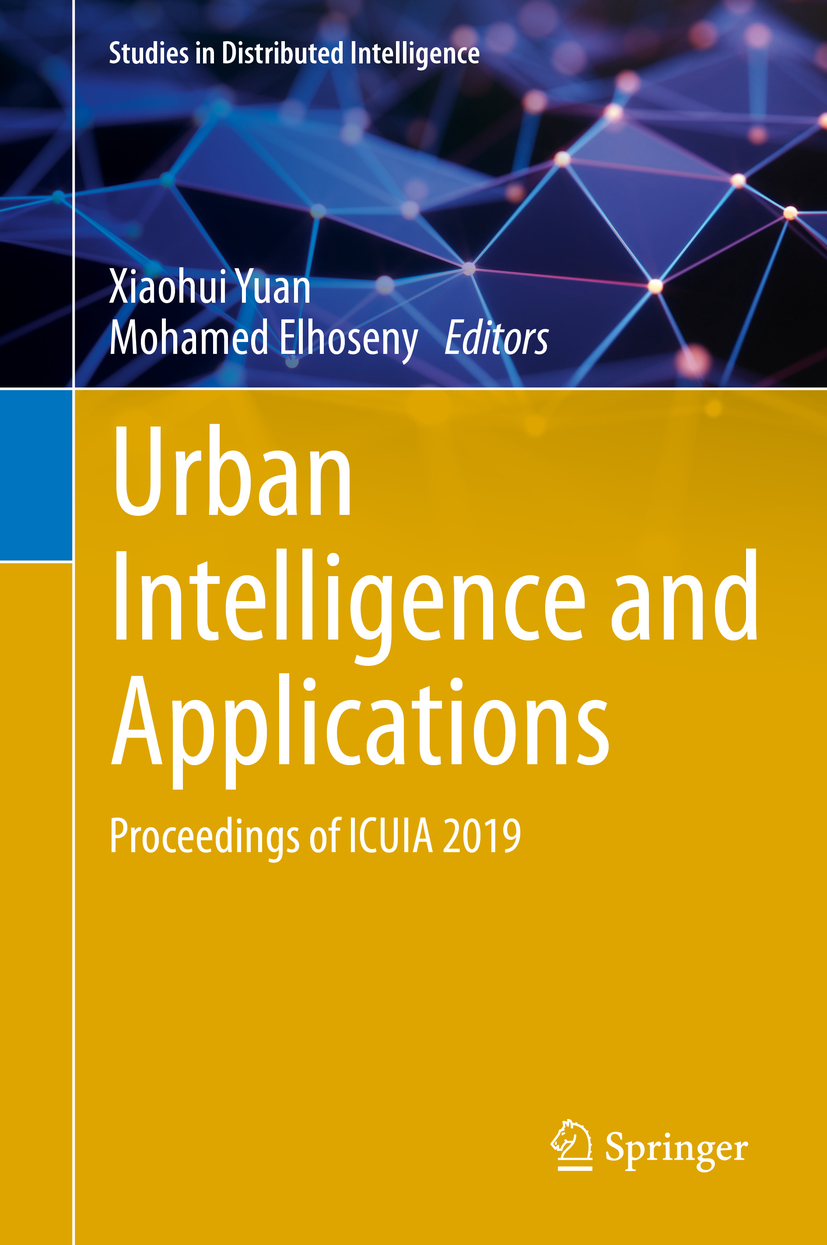
Urban Intelligence and Applications This volume presents selected papers from the International Conference on Urban Intelligence and Applications (ICUIA), which took place on May 10-12, 2019 in Wuhan, China. The goal of the conference was to bring together researchers, industry leaders, policy makers, and administrators to discuss emerging technologies and their applications to advance the design and implementation of intelligent utilization and management of urban assets, and thus contributing to the autonomous, reliable, and efficient operation of modern, smart cities. The papers are collated to address major themes of urban sustainability, urban infrastructure and management, smart city applications, image and signal processing, natural language processing, and machine learning for monitoring and communications applications. The book will be of interest to researchers and industrial practitioners working on geospatial theories and tools, smart city applications, urban mobility and transportation, and community well-being and management. COMPUTERS,Artificial Intelligence,General

Deep Reinforcement Learning Deep reinforcement learning (DRL) is the combination of reinforcement learning (RL) and deep learning. It has been able to solve a wide range of complex decision-making tasks that were previously out of reach for a machine, and famously contributed to the success of AlphaGo. Furthermore, it opens up numerous new applications in domains such as healthcare, robotics, smart grids and finance. Divided into three main parts, this book provides a comprehensive and self-contained introduction to DRL. The first part introduces the foundations of deep learning, reinforcement learning (RL) and widely used deep RL methods and discusses their implementation. The second part covers selected DRL research topics, which are useful for those wanting to specialize in DRL research. To help readers gain a deep understanding of DRL and quickly apply the techniques in practice, the third part presents mass applications, such as the intelligent transportation system and learning to run, with detailed explanations. The book is intended for computer science students, both undergraduate and postgraduate, who would like to learn DRL from scratch, practice its implementation, and explore the research topics. It also appeals to engineers and practitioners who do not have strong machine learning background, but want to quickly understand how DRL works and use the techniques in their applications. COMPUTERS,Artificial Intelligence,General

Machine Translation A concise, nontechnical overview of the development of machine translation, including the different approaches, evaluation issues, and major players in the industry. The dream of a universal translation device goes back many decades, long before Douglas Adams's fictional Babel fish provided this service in The Hitchhiker's Guide to the Galaxy. Since the advent of computers, research has focused on the design of digital machine translation tools—computer programs capable of automatically translating a text from a source language to a target language. This has become one of the most fundamental tasks of artificial intelligence. This volume in the MIT Press Essential Knowledge series offers a concise, nontechnical overview of the development of machine translation, including the different approaches, evaluation issues, and market potential. The main approaches are presented from a largely historical perspective and in an intuitive manner, allowing the reader to understand the main principles without knowing the mathematical details. The book begins by discussing problems that must be solved during the development of a machine translation system and offering a brief overview of the evolution of the field. It then takes up the history of machine translation in more detail, describing its pre-digital beginnings, rule-based approaches, the 1966 ALPAC (Automatic Language Processing Advisory Committee) report and its consequences, the advent of parallel corpora, the example-based paradigm, the statistical paradigm, the segment-based approach, the introduction of more linguistic knowledge into the systems, and the latest approaches based on deep learning. Finally, it considers evaluation challenges and the commercial status of the field, including activities by such major players as Google and Systran. COMPUTERS,Artificial Intelligence,General

The Sciences of the Artificial, third edition Continuing his exploration of the organization of complexity and the science of design, this new edition of Herbert Simon's classic work on artificial intelligence adds a chapter that sorts out the current themes and tools—chaos, adaptive systems, genetic algorithms—for analyzing complexity and complex systems. There are updates throughout the book as well. These take into account important advances in cognitive psychology and the science of design while confirming and extending the book's basic thesis: that a physical symbol system has the necessary and sufficient means for intelligent action. The chapter "Economic Reality" has also been revised to reflect a change in emphasis in Simon's thinking about the respective roles of organizations and markets in economic systems. COMPUTERS,Artificial Intelligence,General
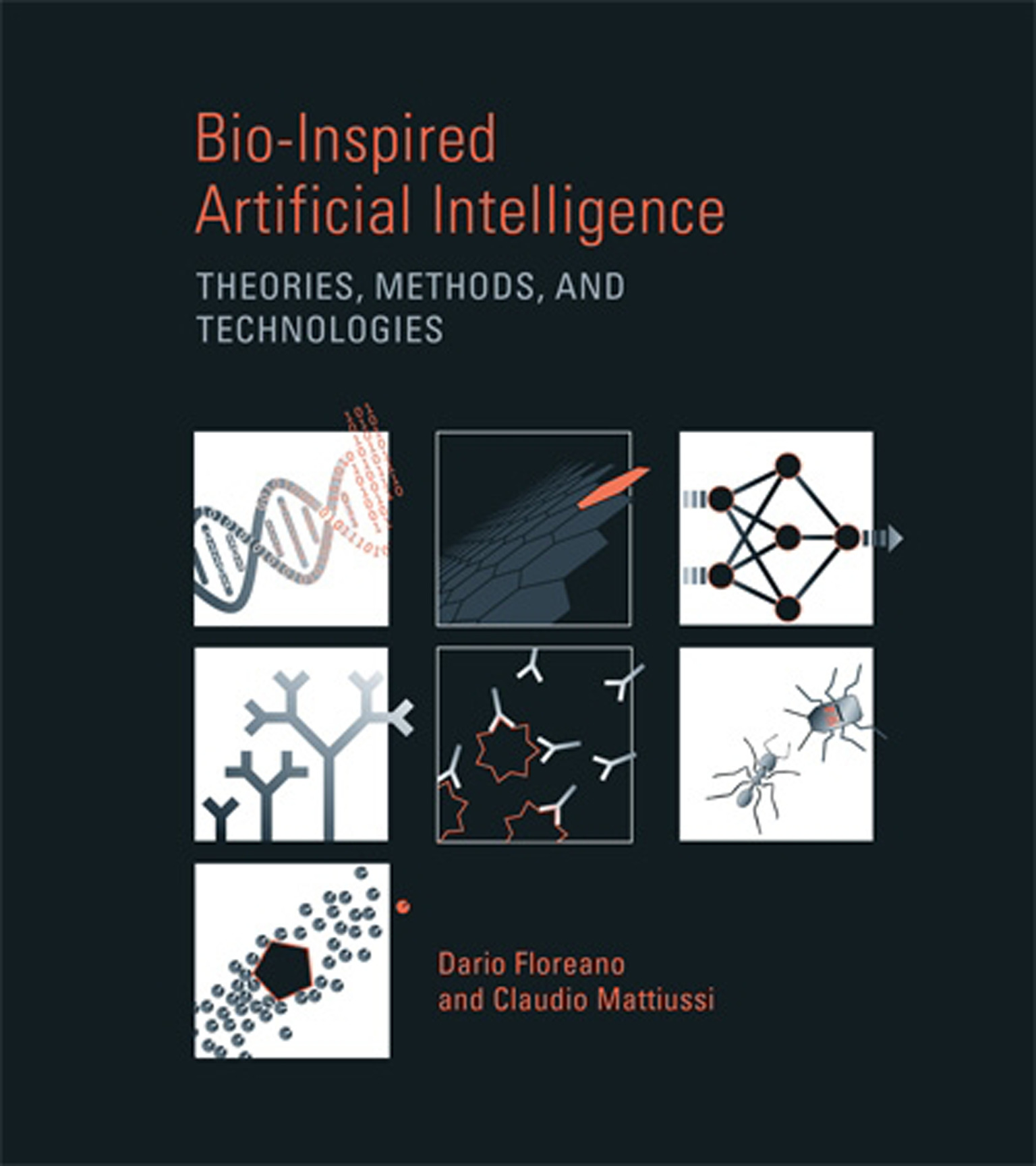
Bio-Inspired Artificial Intelligence A comprehensive introduction to new approaches in artificial intelligence and robotics that are inspired by self-organizing biological processes and structures. New approaches to artificial intelligence spring from the idea that intelligence emerges as much from cells, bodies, and societies as it does from evolution, development, and learning. Traditionally, artificial intelligence has been concerned with reproducing the abilities of human brains; newer approaches take inspiration from a wider range of biological structures that that are capable of autonomous self-organization. Examples of these new approaches include evolutionary computation and evolutionary electronics, artificial neural networks, immune systems, biorobotics, and swarm intelligence—to mention only a few. This book offers a comprehensive introduction to the emerging field of biologically inspired artificial intelligence that can be used as an upper-level text or as a reference for researchers. Each chapter presents computational approaches inspired by a different biological system; each begins with background information about the biological system and then proceeds to develop computational models that make use of biological concepts. The chapters cover evolutionary computation and electronics; cellular systems; neural systems, including neuromorphic engineering; developmental systems; immune systems; behavioral systems—including several approaches to robotics, including behavior-based, bio-mimetic, epigenetic, and evolutionary robots; and collective systems, including swarm robotics as well as cooperative and competitive co-evolving systems. Chapters end with a concluding overview and suggested reading. COMPUTERS,Artificial Intelligence,General
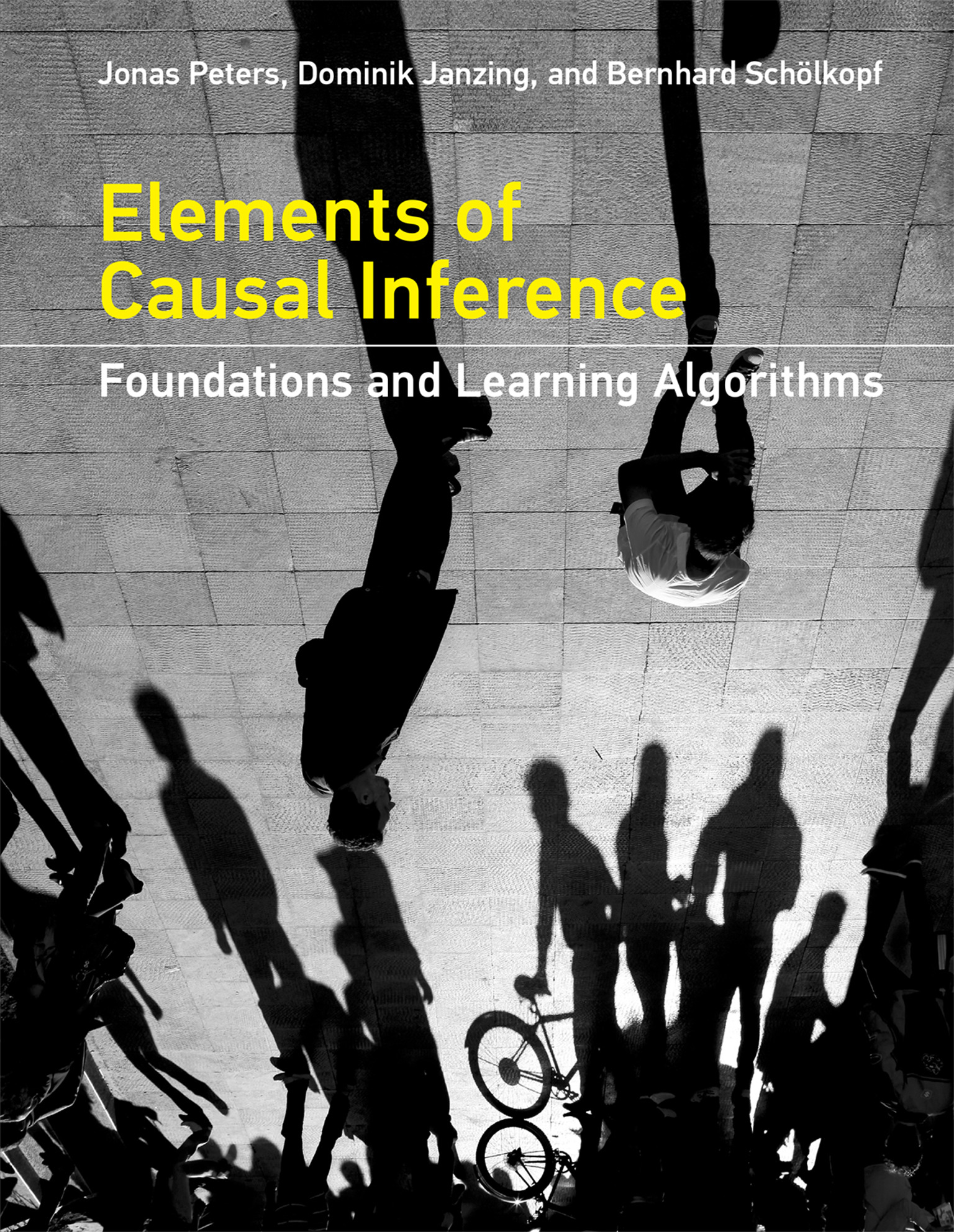
Elements of Causal Inference A concise and self-contained introduction to causal inference, increasingly important in data science and machine learning. The mathematization of causality is a relatively recent development, and has become increasingly important in data science and machine learning. This book offers a self-contained and concise introduction to causal models and how to learn them from data. After explaining the need for causal models and discussing some of the principles underlying causal inference, the book teaches readers how to use causal models: how to compute intervention distributions, how to infer causal models from observational and interventional data, and how causal ideas could be exploited for classical machine learning problems. All of these topics are discussed first in terms of two variables and then in the more general multivariate case. The bivariate case turns out to be a particularly hard problem for causal learning because there are no conditional independences as used by classical methods for solving multivariate cases. The authors consider analyzing statistical asymmetries between cause and effect to be highly instructive, and they report on their decade of intensive research into this problem. The book is accessible to readers with a background in machine learning or statistics, and can be used in graduate courses or as a reference for researchers. The text includes code snippets that can be copied and pasted, exercises, and an appendix with a summary of the most important technical concepts. COMPUTERS,Artificial Intelligence,General
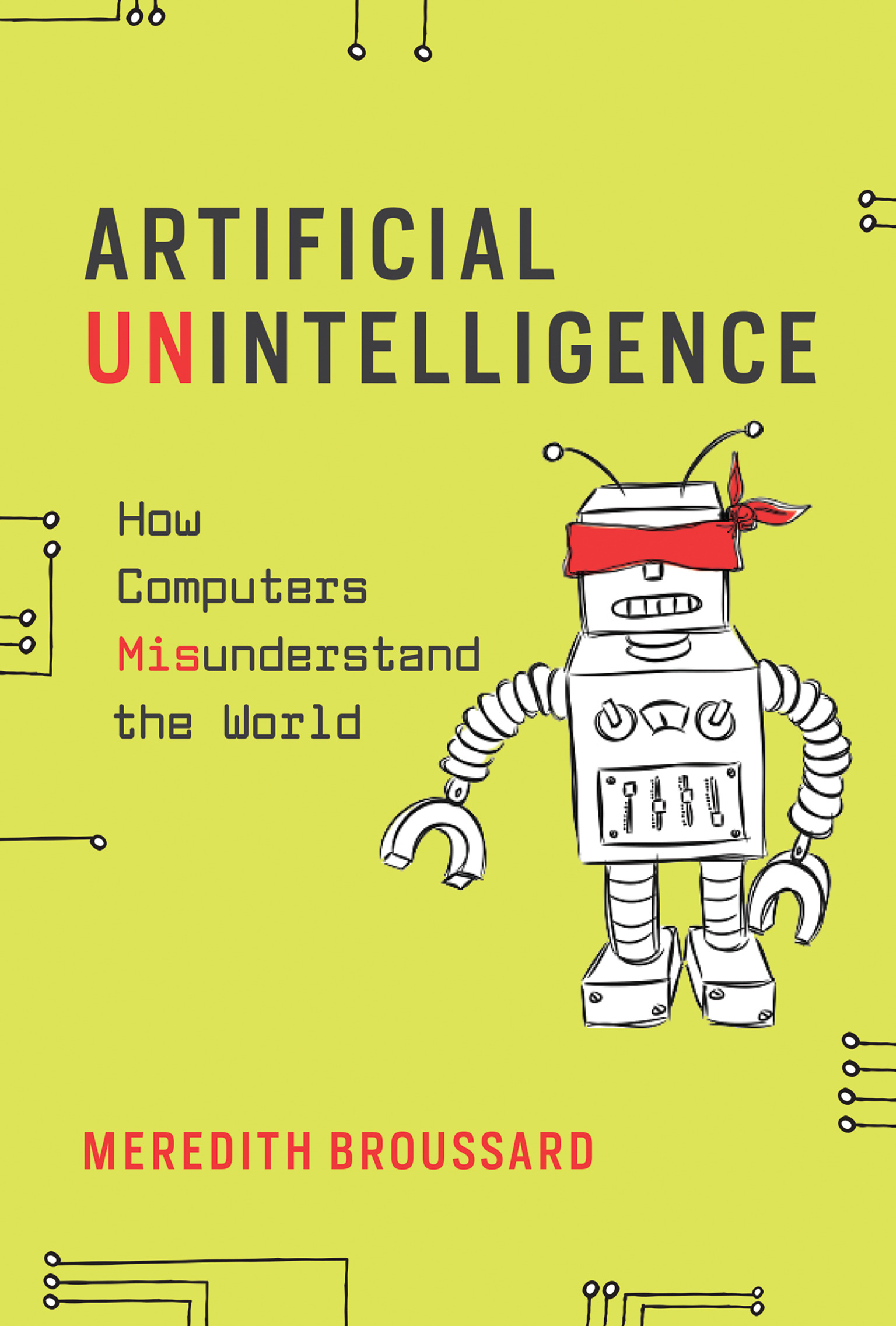
Artificial Unintelligence A guide to understanding the inner workings and outer limits of technology and why we should never assume that computers always get it right. In Artificial Unintelligence, Meredith Broussard argues that our collective enthusiasm for applying computer technology to every aspect of life has resulted in a tremendous amount of poorly designed systems. We are so eager to do everything digitally—hiring, driving, paying bills, even choosing romantic partners—that we have stopped demanding that our technology actually work. Broussard, a software developer and journalist, reminds us that there are fundamental limits to what we can (and should) do with technology. With this book, she offers a guide to understanding the inner workings and outer limits of technology—and issues a warning that we should never assume that computers always get things right. Making a case against technochauvinism—the belief that technology is always the solution—Broussard argues that it's just not true that social problems would inevitably retreat before a digitally enabled Utopia. To prove her point, she undertakes a series of adventures in computer programming. She goes for an alarming ride in a driverless car, concluding “the cyborg future is not coming any time soon”; uses artificial intelligence to investigate why students can't pass standardized tests; deploys machine learning to predict which passengers survived the Titanic disaster; and attempts to repair the U.S. campaign finance system by building AI software. If we understand the limits of what we can do with technology, Broussard tells us, we can make better choices about what we should do with it to make the world better for everyone. COMPUTERS,Artificial Intelligence,General
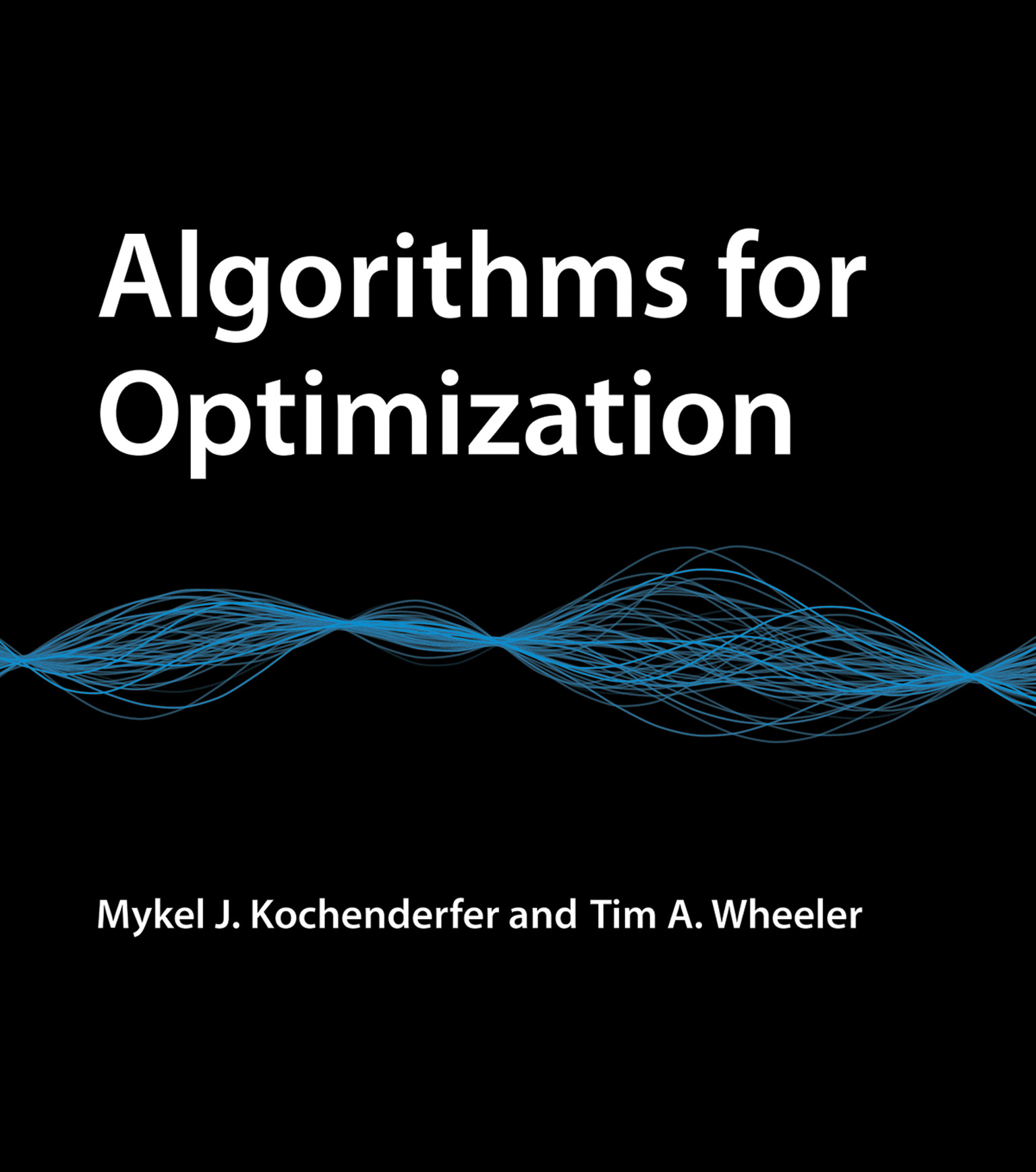
Algorithms for Optimization A comprehensive introduction to optimization with a focus on practical algorithms for the design of engineering systems. This book offers a comprehensive introduction to optimization with a focus on practical algorithms. The book approaches optimization from an engineering perspective, where the objective is to design a system that optimizes a set of metrics subject to constraints. Readers will learn about computational approaches for a range of challenges, including searching high-dimensional spaces, handling problems where there are multiple competing objectives, and accommodating uncertainty in the metrics. Figures, examples, and exercises convey the intuition behind the mathematical approaches. The text provides concrete implementations in the Julia programming language. Topics covered include derivatives and their generalization to multiple dimensions; local descent and first- and second-order methods that inform local descent; stochastic methods, which introduce randomness into the optimization process; linear constrained optimization, when both the objective function and the constraints are linear; surrogate models, probabilistic surrogate models, and using probabilistic surrogate models to guide optimization; optimization under uncertainty; uncertainty propagation; expression optimization; and multidisciplinary design optimization. Appendixes offer an introduction to the Julia language, test functions for evaluating algorithm performance, and mathematical concepts used in the derivation and analysis of the optimization methods discussed in the text. The book can be used by advanced undergraduates and graduate students in mathematics, statistics, computer science, any engineering field, (including electrical engineering and aerospace engineering), and operations research, and as a reference for professionals. COMPUTERS,Artificial Intelligence,General

Log-Linear Models, Extensions, and Applications Advances in training models with log-linear structures, with topics including variable selection, the geometry of neural nets, and applications. Log-linear models play a key role in modern big data and machine learning applications. From simple binary classification models through partition functions, conditional random fields, and neural nets, log-linear structure is closely related to performance in certain applications and influences fitting techniques used to train models. This volume covers recent advances in training models with log-linear structures, covering the underlying geometry, optimization techniques, and multiple applications. The first chapter shows readers the inner workings of machine learning, providing insights into the geometry of log-linear and neural net models. The other chapters range from introductory material to optimization techniques to involved use cases. The book, which grew out of a NIPS workshop, is suitable for graduate students doing research in machine learning, in particular deep learning, variable selection, and applications to speech recognition. The contributors come from academia and industry, allowing readers to view the field from both perspectives. Contributors Aleksandr Aravkin, Avishy Carmi, Guillermo A. Cecchi, Anna Choromanska, Li Deng, Xinwei Deng, Jean Honorio, Tony Jebara, Huijing Jiang, Dimitri Kanevsky, Brian Kingsbury, Fabrice Lambert, Aurélie C. Lozano, Daniel Moskovich, Yuriy S. Polyakov, Bhuvana Ramabhadran, Irina Rish, Dimitris Samaras, Tara N. Sainath, Hagen Soltau, Serge F. Timashev, Ewout van den Berg COMPUTERS,Artificial Intelligence,General

Fundamentals of Machine Learning for Predictive Data Analytics A comprehensive introduction to the most important machine learning approaches used in predictive data analytics, covering both theoretical concepts and practical applications. Machine learning is often used to build predictive models by extracting patterns from large datasets. These models are used in predictive data analytics applications including price prediction, risk assessment, predicting customer behavior, and document classification. This introductory textbook offers a detailed and focused treatment of the most important machine learning approaches used in predictive data analytics, covering both theoretical concepts and practical applications. Technical and mathematical material is augmented with explanatory worked examples, and case studies illustrate the application of these models in the broader business context. After discussing the trajectory from data to insight to decision, the book describes four approaches to machine learning: information-based learning, similarity-based learning, probability-based learning, and error-based learning. Each of these approaches is introduced by a nontechnical explanation of the underlying concept, followed by mathematical models and algorithms illustrated by detailed worked examples. Finally, the book considers techniques for evaluating prediction models and offers two case studies that describe specific data analytics projects through each phase of development, from formulating the business problem to implementation of the analytics solution. The book, informed by the authors' many years of teaching machine learning, and working on predictive data analytics projects, is suitable for use by undergraduates in computer science, engineering, mathematics, or statistics; by graduate students in disciplines with applications for predictive data analytics; and as a reference for professionals. COMPUTERS,Artificial Intelligence,General
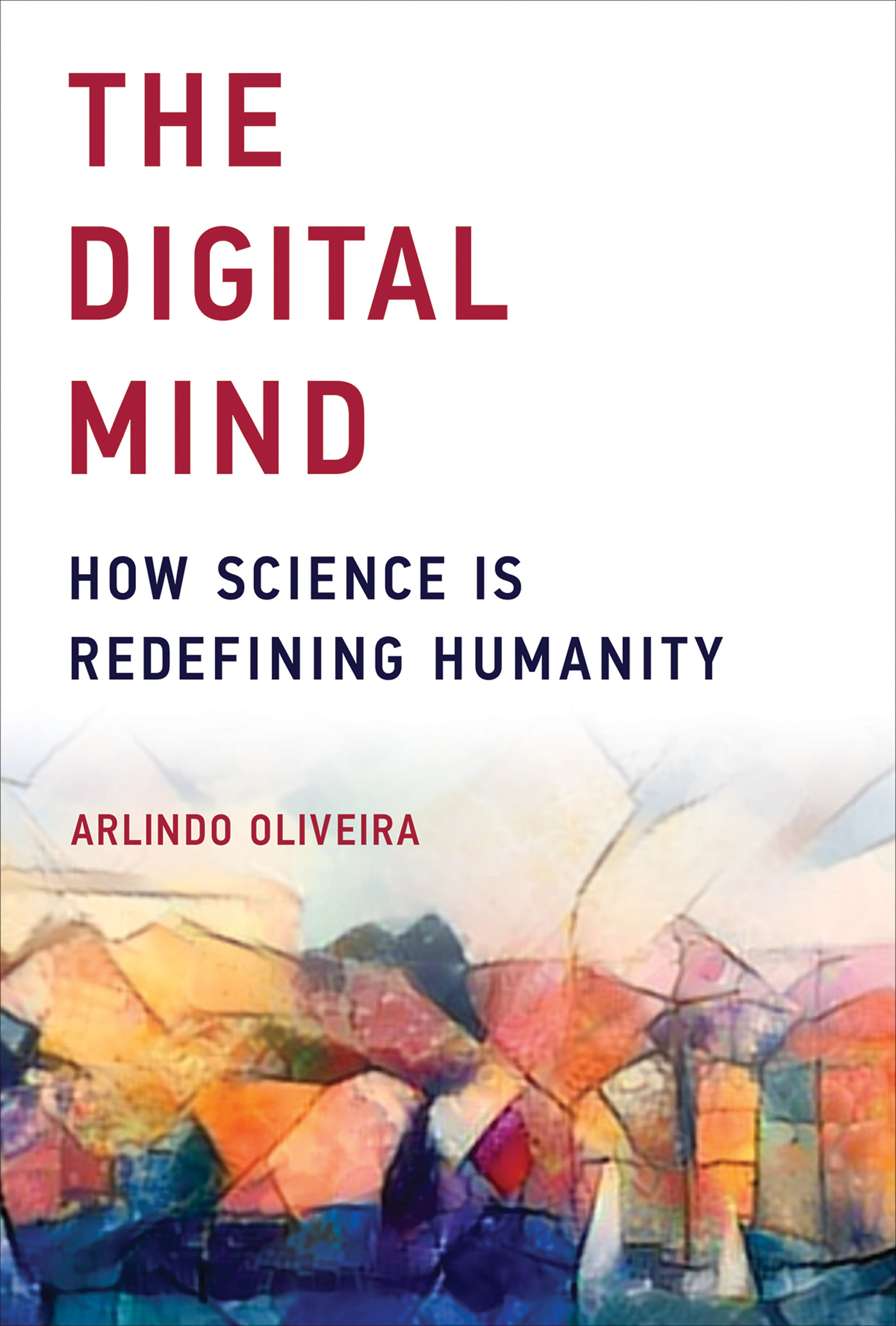
The Digital Mind How developments in science and technology may enable the emergence of purely digital minds—intelligent machines equal to or greater in power than the human brain. What do computers, cells, and brains have in common? Computers are electronic devices designed by humans; cells are biological entities crafted by evolution; brains are the containers and creators of our minds. But all are, in one way or another, information-processing devices. The power of the human brain is, so far, unequaled by any existing machine or known living being. Over eons of evolution, the brain has enabled us to develop tools and technology to make our lives easier. Our brains have even allowed us to develop computers that are almost as powerful as the human brain itself. In this book, Arlindo Oliveira describes how advances in science and technology could enable us to create digital minds. Exponential growth is a pattern built deep into the scheme of life, but technological change now promises to outstrip even evolutionary change. Oliveira describes technological and scientific advances that range from the discovery of laws that control the behavior of the electromagnetic fields to the development of computers. He calls natural selection the ultimate algorithm, discusses genetics and the evolution of the central nervous system, and describes the role that computer imaging has played in understanding and modeling the brain. Having considered the behavior of the unique system that creates a mind, he turns to an unavoidable question: Is the human brain the only system that can host a mind? If digital minds come into existence—and, Oliveira says, it is difficult to argue that they will not—what are the social, legal, and ethical implications? Will digital minds be our partners, or our rivals? COMPUTERS,Artificial Intelligence,General
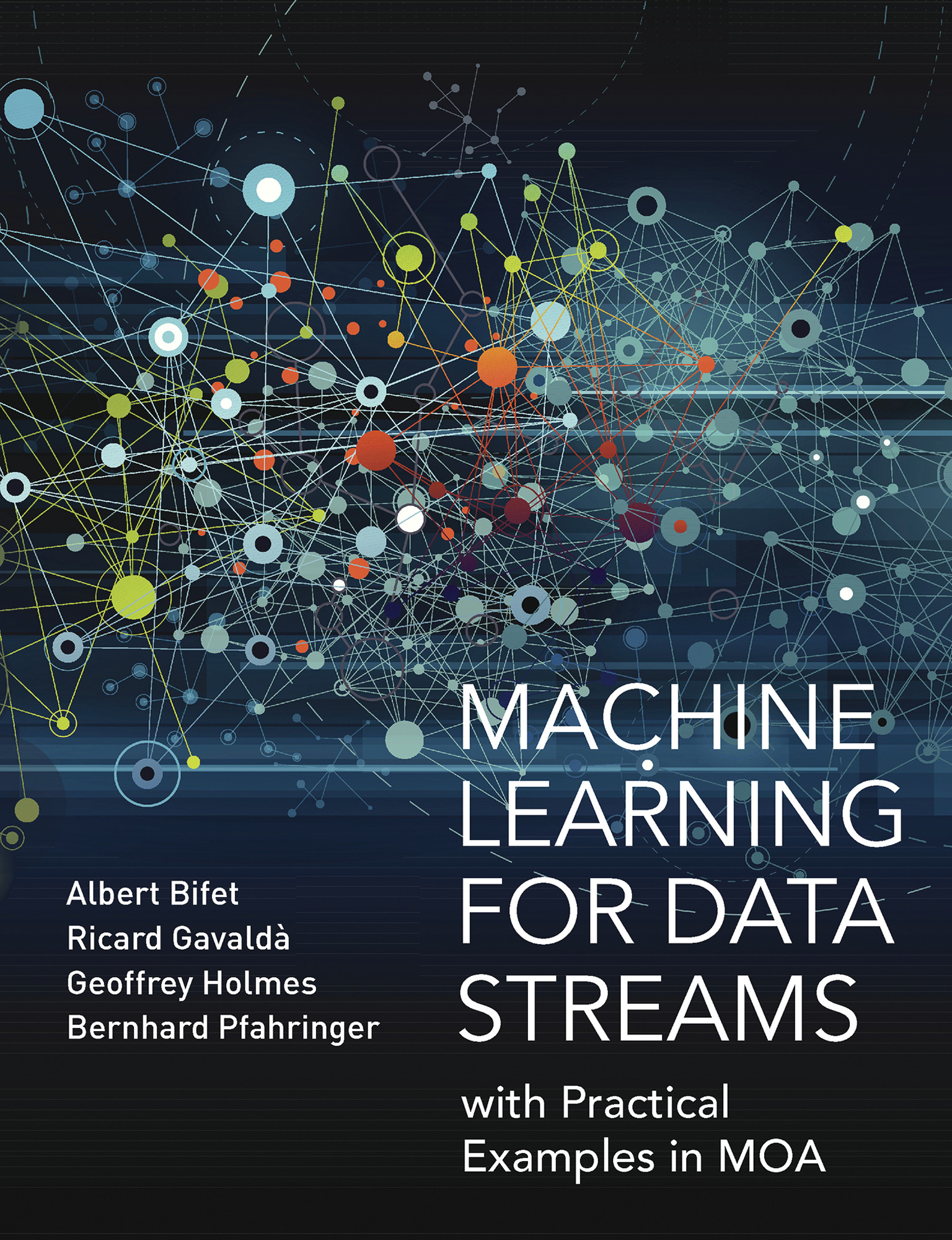
Machine Learning for Data Streams A hands-on approach to tasks and techniques in data stream mining and real-time analytics, with examples in MOA, a popular freely available open-source software framework. Today many information sources—including sensor networks, financial markets, social networks, and healthcare monitoring—are so-called data streams, arriving sequentially and at high speed. Analysis must take place in real time, with partial data and without the capacity to store the entire data set. This book presents algorithms and techniques used in data stream mining and real-time analytics. Taking a hands-on approach, the book demonstrates the techniques using MOA (Massive Online Analysis), a popular, freely available open-source software framework, allowing readers to try out the techniques after reading the explanations. The book first offers a brief introduction to the topic, covering big data mining, basic methodologies for mining data streams, and a simple example of MOA. More detailed discussions follow, with chapters on sketching techniques, change, classification, ensemble methods, regression, clustering, and frequent pattern mining. Most of these chapters include exercises, an MOA-based lab session, or both. Finally, the book discusses the MOA software, covering the MOA graphical user interface, the command line, use of its API, and the development of new methods within MOA. The book will be an essential reference for readers who want to use data stream mining as a tool, researchers in innovation or data stream mining, and programmers who want to create new algorithms for MOA. COMPUTERS,Artificial Intelligence,General
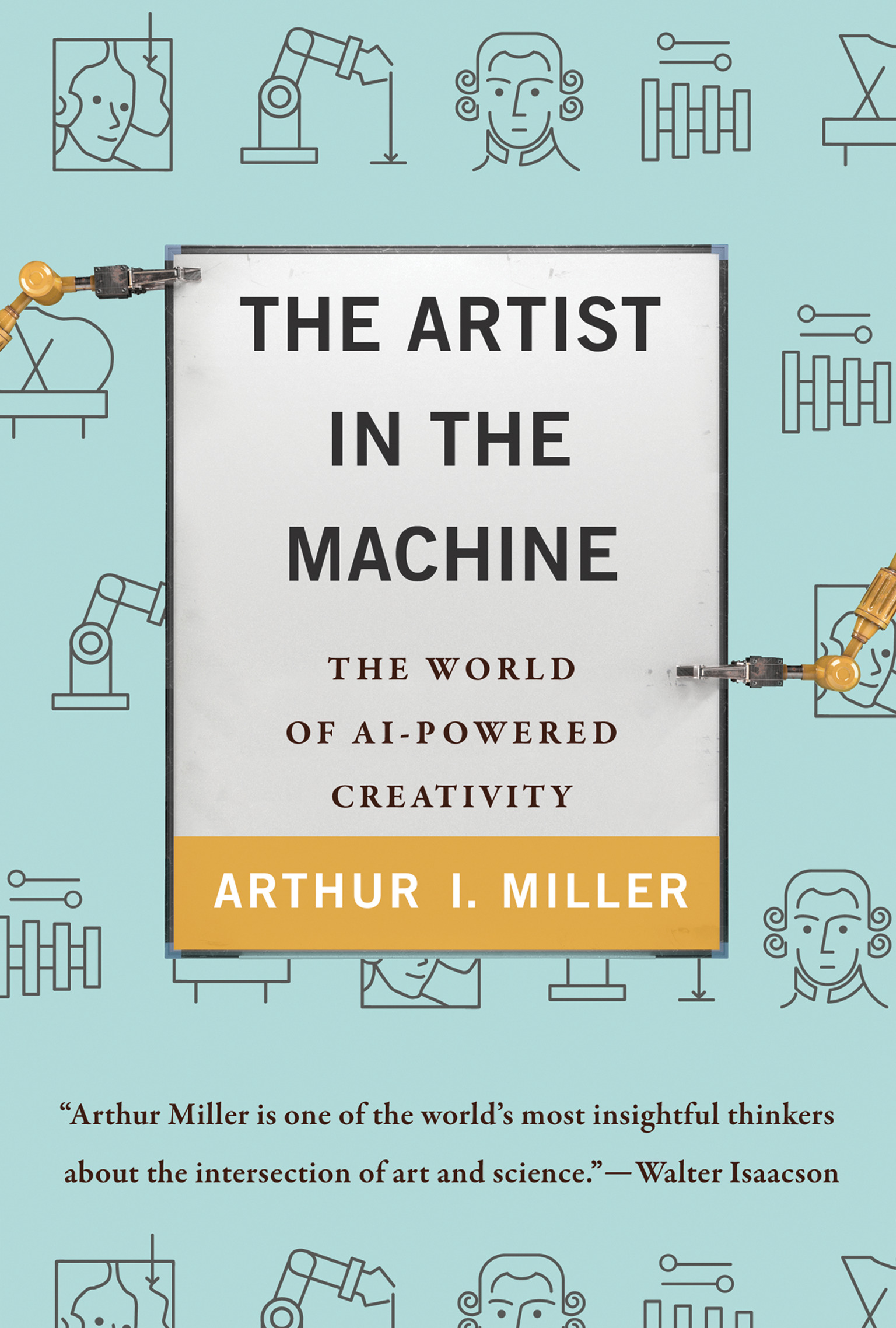
The Artist in the Machine An authority on creativity introduces us to AI-powered computers that are creating art, literature, and music that may well surpass the creations of humans. Today's computers are composing music that sounds “more Bach than Bach,” turning photographs into paintings in the style of Van Gogh's Starry Night, and even writing screenplays. But are computers truly creative—or are they merely tools to be used by musicians, artists, and writers? In this book, Arthur I. Miller takes us on a tour of creativity in the age of machines. Miller, an authority on creativity, identifies the key factors essential to the creative process, from “the need for introspection” to “the ability to discover the key problem.” He talks to people on the cutting edge of artificial intelligence, encountering computers that mimic the brain and machines that have defeated champions in chess, Jeopardy!, and Go. In the central part of the book, Miller explores the riches of computer-created art, introducing us to artists and computer scientists who have, among much else, unleashed an artificial neural network to create a nightmarish, multi-eyed dog-cat; taught AI to imagine; developed a robot that paints; created algorithms for poetry; and produced the world's first computer-composed musical, Beyond the Fence, staged by Android Lloyd Webber and friends. But, Miller writes, in order to be truly creative, machines will need to step into the world. He probes the nature of consciousness and speaks to researchers trying to develop emotions and consciousness in computers. Miller argues that computers can already be as creative as humans—and someday will surpass us. But this is not a dystopian account; Miller celebrates the creative possibilities of artificial intelligence in art, music, and literature. COMPUTERS,Artificial Intelligence,General
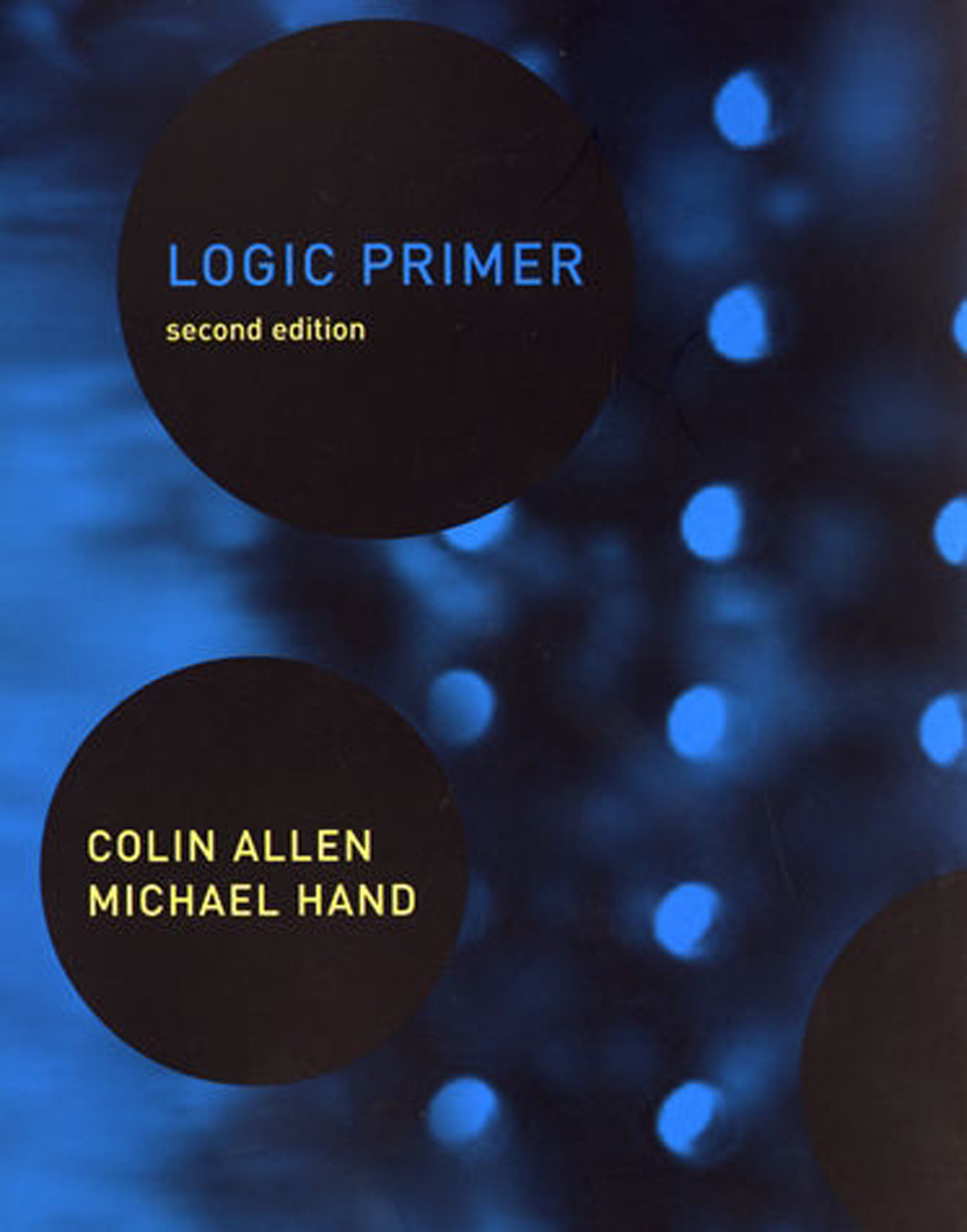
Logic Primer, second edition Logic Primer presents a rigorous introduction to natural deduction systems of sentential and first-order logic. Logic Primer presents a rigorous introduction to natural deduction systems of sentential and first-order logic. The text is designed to foster the student-instructor relationship. The key concepts are laid out in concise definitions and comments, with the expectation that the instructor will elaborate upon them. New to the second edition is the addition of material on the logic of identity in chapters 3 and 4. An innovative interactive Web site, consisting of a "Logic Daemon" and a "Quizmaster," encourages students to formulate their own proofs and links them to appropriate explanations in the book. COMPUTERS,Artificial Intelligence,General

The Technological Singularity The idea of technological singularity, and what it would mean if ordinary human intelligence were enhanced or overtaken by artificial intelligence. The idea that human history is approaching a “singularity”—that ordinary humans will someday be overtaken by artificially intelligent machines or cognitively enhanced biological intelligence, or both—has moved from the realm of science fiction to serious debate. Some singularity theorists predict that if the field of artificial intelligence (AI) continues to develop at its current dizzying rate, the singularity could come about in the middle of the present century. Murray Shanahan offers an introduction to the idea of the singularity and considers the ramifications of such a potentially seismic event. Shanahan's aim is not to make predictions but rather to investigate a range of scenarios. Whether we believe that singularity is near or far, likely or impossible, apocalypse or utopia, the very idea raises crucial philosophical and pragmatic questions, forcing us to think seriously about what we want as a species. Shanahan describes technological advances in AI, both biologically inspired and engineered from scratch. Once human-level AI—theoretically possible, but difficult to accomplish—has been achieved, he explains, the transition to superintelligent AI could be very rapid. Shanahan considers what the existence of superintelligent machines could mean for such matters as personhood, responsibility, rights, and identity. Some superhuman AI agents might be created to benefit humankind; some might go rogue. (Is Siri the template, or HAL?) The singularity presents both an existential threat to humanity and an existential opportunity for humanity to transcend its limitations. Shanahan makes it clear that we need to imagine both possibilities if we want to bring about the better outcome. COMPUTERS,Artificial Intelligence,General
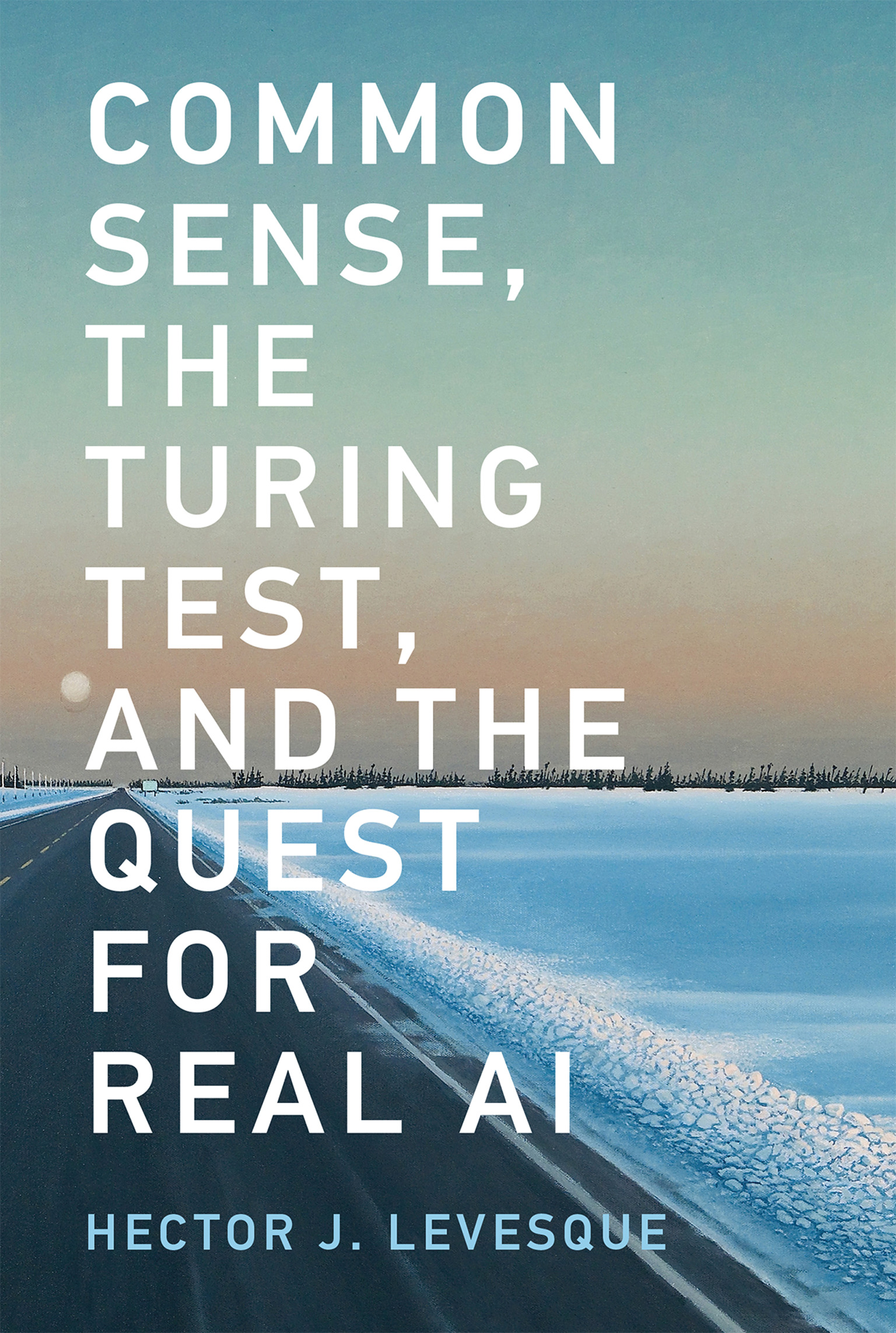
Common Sense, the Turing Test, and the Quest for Real AI What artificial intelligence can tell us about the mind and intelligent behavior. What can artificial intelligence teach us about the mind? If AI's underlying concept is that thinking is a computational process, then how can computation illuminate thinking? It's a timely question. AI is all the rage, and the buzziest AI buzz surrounds adaptive machine learning: computer systems that learn intelligent behavior from massive amounts of data. This is what powers a driverless car, for example. In this book, Hector Levesque shifts the conversation to “good old fashioned artificial intelligence,” which is based not on heaps of data but on understanding commonsense intelligence. This kind of artificial intelligence is equipped to handle situations that depart from previous patterns—as we do in real life, when, for example, we encounter a washed-out bridge or when the barista informs us there's no more soy milk. Levesque considers the role of language in learning. He argues that a computer program that passes the famous Turing Test could be a mindless zombie, and he proposes another way to test for intelligence—the Winograd Schema Test, developed by Levesque and his colleagues. “If our goal is to understand intelligent behavior, we had better understand the difference between making it and faking it,” he observes. He identifies a possible mechanism behind common sense and the capacity to call on background knowledge: the ability to represent objects of thought symbolically. As AI migrates more and more into everyday life, we should worry if systems without common sense are making decisions where common sense is needed. COMPUTERS,Artificial Intelligence,General
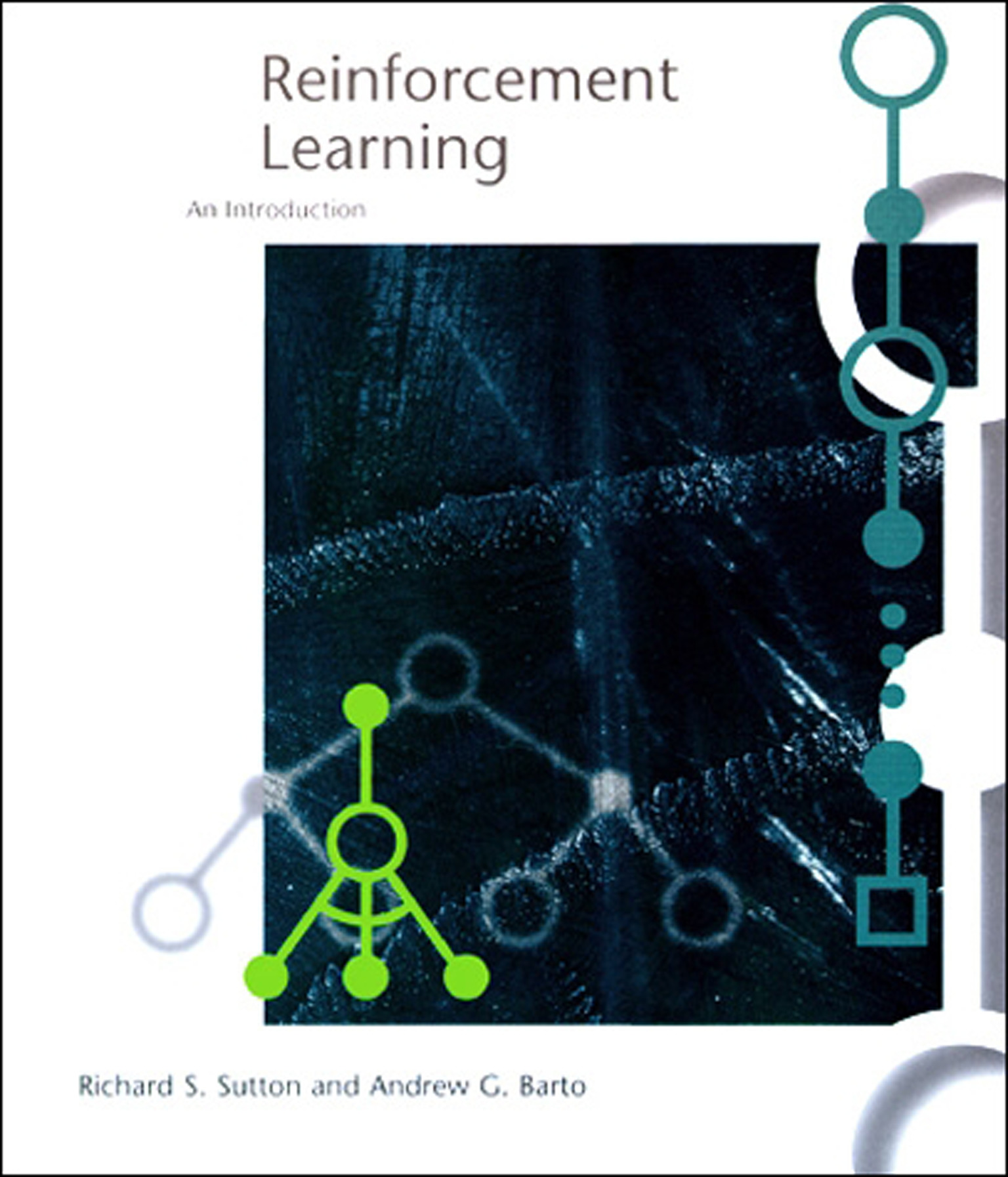
Reinforcement Learning Richard Sutton and Andrew Barto provide a clear and simple account of the key ideas and algorithms of reinforcement learning. Their discussion ranges from the history of the field's intellectual foundations to the most recent developments and applications. Reinforcement learning, one of the most active research areas in artificial intelligence, is a computational approach to learning whereby an agent tries to maximize the total amount of reward it receives when interacting with a complex, uncertain environment. In Reinforcement Learning, Richard Sutton and Andrew Barto provide a clear and simple account of the key ideas and algorithms of reinforcement learning. Their discussion ranges from the history of the field's intellectual foundations to the most recent developments and applications. The only necessary mathematical background is familiarity with elementary concepts of probability. The book is divided into three parts. Part I defines the reinforcement learning problem in terms of Markov decision processes. Part II provides basic solution methods: dynamic programming, Monte Carlo methods, and temporal-difference learning. Part III presents a unified view of the solution methods and incorporates artificial neural networks, eligibility traces, and planning; the two final chapters present case studies and consider the future of reinforcement learning. COMPUTERS,Artificial Intelligence,General
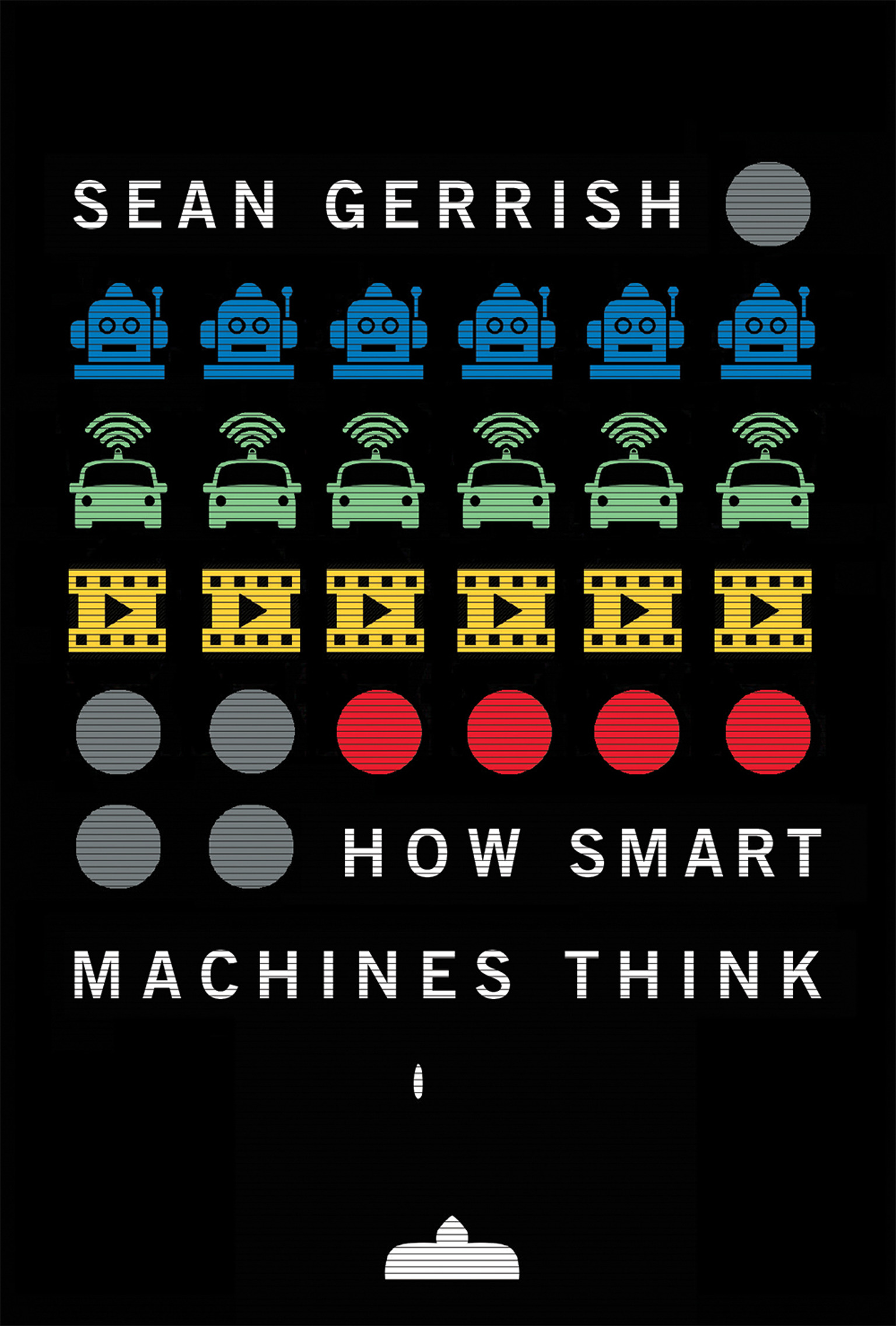
How Smart Machines Think Everything you've always wanted to know about self-driving cars, Netflix recommendations, IBM's Watson, and video game-playing computer programs. The future is here: Self-driving cars are on the streets, an algorithm gives you movie and TV recommendations, IBM's Watson triumphed on Jeopardy over puny human brains, computer programs can be trained to play Atari games. But how do all these things work? In this book, Sean Gerrish offers an engaging and accessible overview of the breakthroughs in artificial intelligence and machine learning that have made today's machines so smart. Gerrish outlines some of the key ideas that enable intelligent machines to perceive and interact with the world. He describes the software architecture that allows self-driving cars to stay on the road and to navigate crowded urban environments; the million-dollar Netflix competition for a better recommendation engine (which had an unexpected ending); and how programmers trained computers to perform certain behaviors by offering them treats, as if they were training a dog. He explains how artificial neural networks enable computers to perceive the world—and to play Atari video games better than humans. He explains Watson's famous victory on Jeopardy, and he looks at how computers play games, describing AlphaGo and Deep Blue, which beat reigning world champions at the strategy games of Go and chess. Computers have not yet mastered everything, however; Gerrish outlines the difficulties in creating intelligent agents that can successfully play video games like StarCraft that have evaded solution—at least for now. Gerrish weaves the stories behind these breakthroughs into the narrative, introducing readers to many of the researchers involved, and keeping technical details to a minimum. Science and technology buffs will find this book an essential guide to a future in which machines can outsmart people. COMPUTERS,Artificial Intelligence,General

Foundations of Machine Learning, second edition A new edition of a graduate-level machine learning textbook that focuses on the analysis and theory of algorithms. This book is a general introduction to machine learning that can serve as a textbook for graduate students and a reference for researchers. It covers fundamental modern topics in machine learning while providing the theoretical basis and conceptual tools needed for the discussion and justification of algorithms. It also describes several key aspects of the application of these algorithms. The authors aim to present novel theoretical tools and concepts while giving concise proofs even for relatively advanced topics. Foundations of Machine Learning is unique in its focus on the analysis and theory of algorithms. The first four chapters lay the theoretical foundation for what follows; subsequent chapters are mostly self-contained. Topics covered include the Probably Approximately Correct (PAC) learning framework; generalization bounds based on Rademacher complexity and VC-dimension; Support Vector Machines (SVMs); kernel methods; boosting; on-line learning; multi-class classification; ranking; regression; algorithmic stability; dimensionality reduction; learning automata and languages; and reinforcement learning. Each chapter ends with a set of exercises. Appendixes provide additional material including concise probability review. This second edition offers three new chapters, on model selection, maximum entropy models, and conditional entropy models. New material in the appendixes includes a major section on Fenchel duality, expanded coverage of concentration inequalities, and an entirely new entry on information theory. More than half of the exercises are new to this edition. COMPUTERS,Artificial Intelligence,General
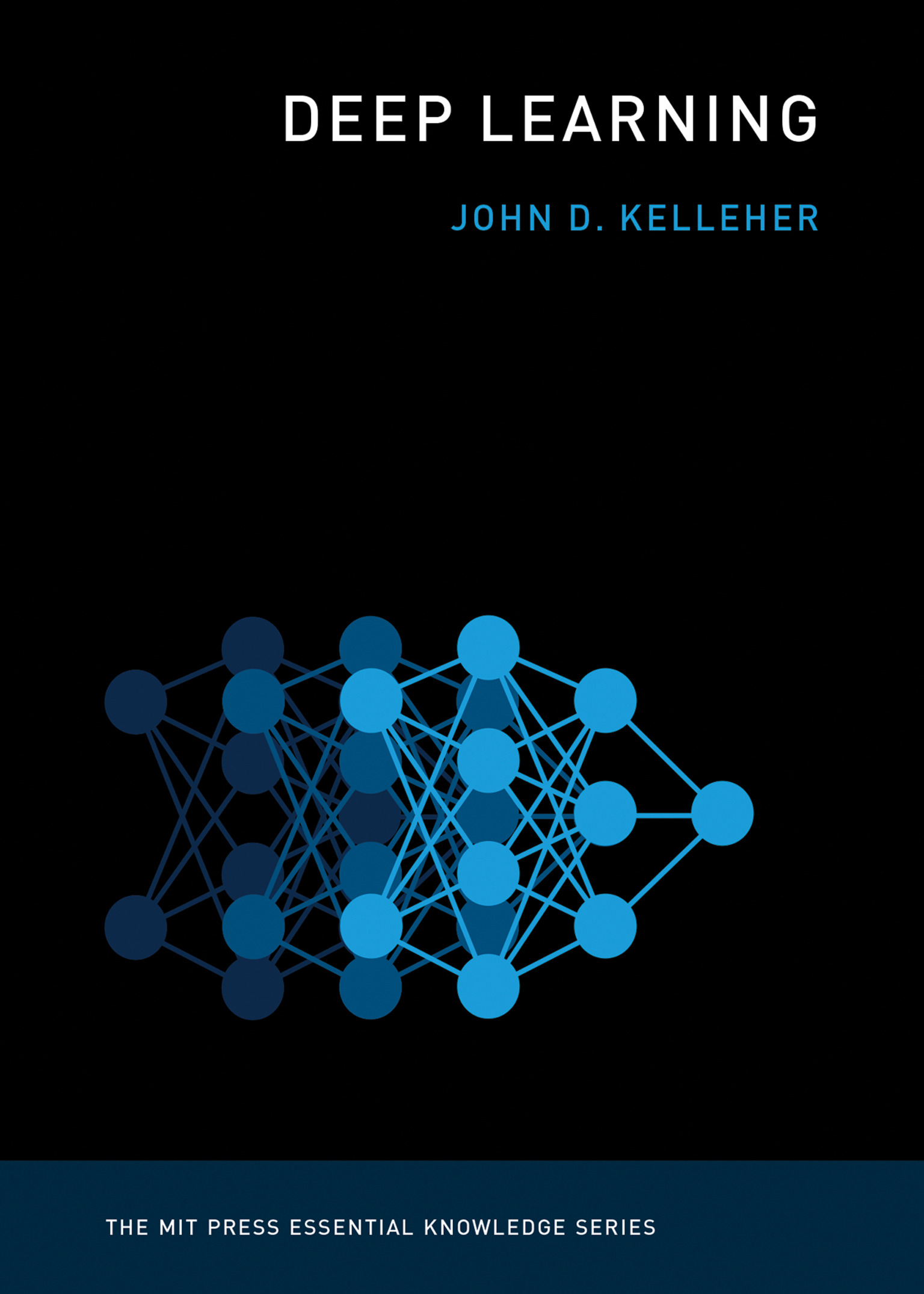
Deep Learning An accessible introduction to the artificial intelligence technology that enables computer vision, speech recognition, machine translation, and driverless cars. Deep learning is an artificial intelligence technology that enables computer vision, speech recognition in mobile phones, machine translation, AI games, driverless cars, and other applications. When we use consumer products from Google, Microsoft, Facebook, Apple, or Baidu, we are often interacting with a deep learning system. In this volume in the MIT Press Essential Knowledge series, computer scientist John Kelleher offers an accessible and concise but comprehensive introduction to the fundamental technology at the heart of the artificial intelligence revolution. Kelleher explains that deep learning enables data-driven decisions by identifying and extracting patterns from large datasets; its ability to learn from complex data makes deep learning ideally suited to take advantage of the rapid growth in big data and computational power. Kelleher also explains some of the basic concepts in deep learning, presents a history of advances in the field, and discusses the current state of the art. He describes the most important deep learning architectures, including autoencoders, recurrent neural networks, and long short-term networks, as well as such recent developments as Generative Adversarial Networks and capsule networks. He also provides a comprehensive (and comprehensible) introduction to the two fundamental algorithms in deep learning: gradient descent and backpropagation. Finally, Kelleher considers the future of deep learning—major trends, possible developments, and significant challenges. COMPUTERS,Artificial Intelligence,General
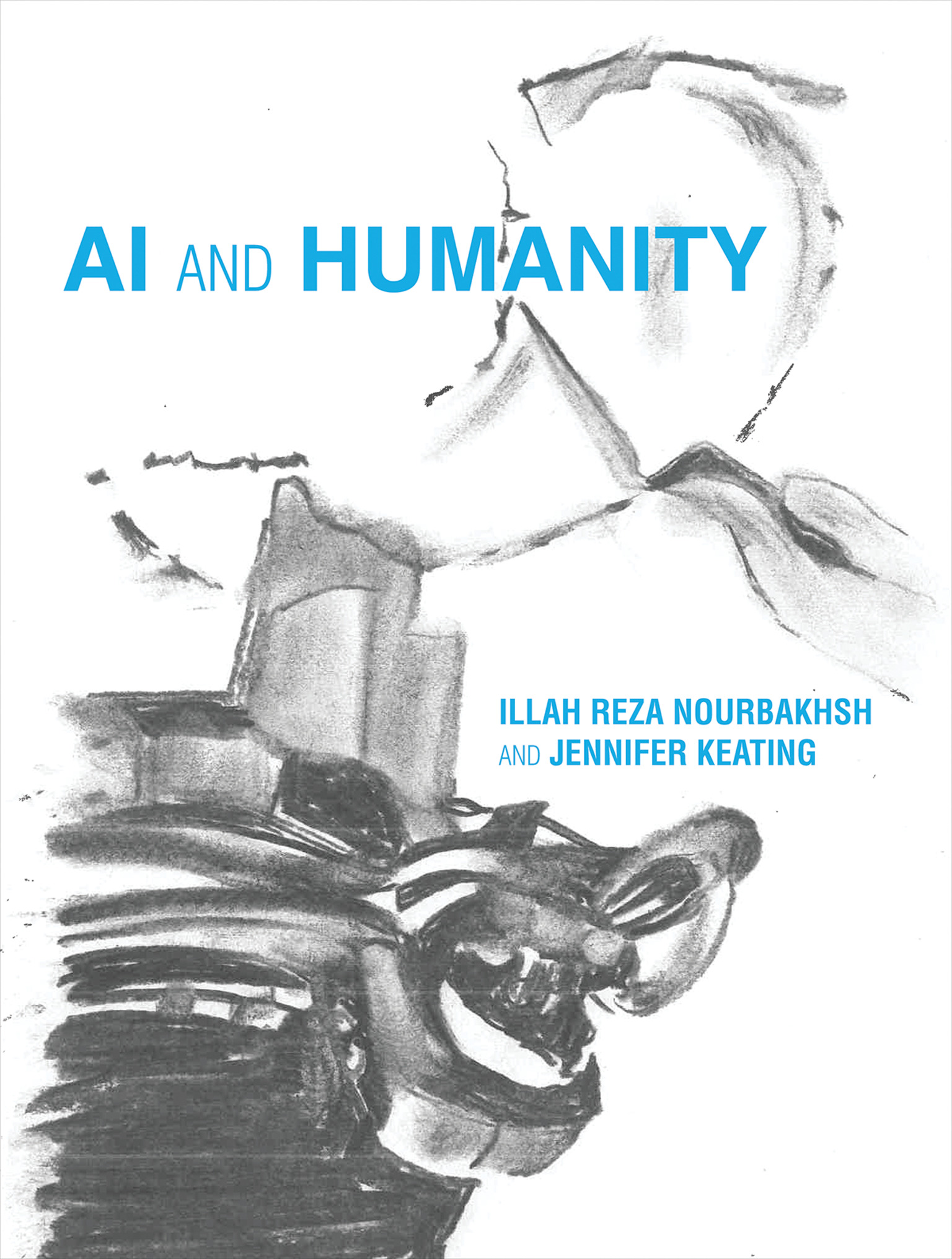
AI and Humanity An examination of the implications for society of rapidly advancing artificial intelligence systems, combining a humanities perspective with technical analysis; includes exercises and discussion questions. AI and Humanity provides an analytical framing and a common language for understanding the effects of technological advances in artificial intelligence on society. Coauthored by a computer scientist and a scholar of literature and cultural studies, it is unique in combining a humanities perspective with technical analysis, using the tools of literary explication to examine the societal impact of AI systems. It explores the historical development of these technologies, moving from the apparently benign Roomba to the considerably more sinister semi-autonomous weapon system Harpy. The book is driven by an exploration of the cultural and etymological roots of a series of keywords relevant to both AI and society. Works examined range from Narrative of the Life of Frederick Douglass, given a close reading for its themes of literacy and agency, to Simon Head's critique of the effects of surveillance and automation on the Amazon labor force in Mindless. Originally developed as a textbook for an interdisciplinary humanities-science course at Carnegie Mellon, AI & Humanity offers discussion questions, exercises (including journal writing and concept mapping), and reading lists. A companion website provides updated resources and a portal to a video archive of interviews with AI scientists, sociologists, literary theorists, and others. COMPUTERS,Artificial Intelligence,General

Machine Learning A concise overview of machine learning—computer programs that learn from data—which underlies applications that include recommendation systems, face recognition, and driverless cars. Today, machine learning underlies a range of applications we use every day, from product recommendations to voice recognition—as well as some we don't yet use everyday, including driverless cars. It is the basis of the new approach in computing where we do not write programs but collect data; the idea is to learn the algorithms for the tasks automatically from data. As computing devices grow more ubiquitous, a larger part of our lives and work is recorded digitally, and as “Big Data” has gotten bigger, the theory of machine learning—the foundation of efforts to process that data into knowledge—has also advanced. In this book, machine learning expert Ethem Alpaydin offers a concise overview of the subject for the general reader, describing its evolution, explaining important learning algorithms, and presenting example applications. Alpaydin offers an account of how digital technology advanced from number-crunching mainframes to mobile devices, putting today's machine learning boom in context. He describes the basics of machine learning and some applications; the use of machine learning algorithms for pattern recognition; artificial neural networks inspired by the human brain; algorithms that learn associations between instances, with such applications as customer segmentation and learning recommendations; and reinforcement learning, when an autonomous agent learns act so as to maximize reward and minimize penalty. Alpaydin then considers some future directions for machine learning and the new field of “data science,” and discusses the ethical and legal implications for data privacy and security. COMPUTERS,Artificial Intelligence,General
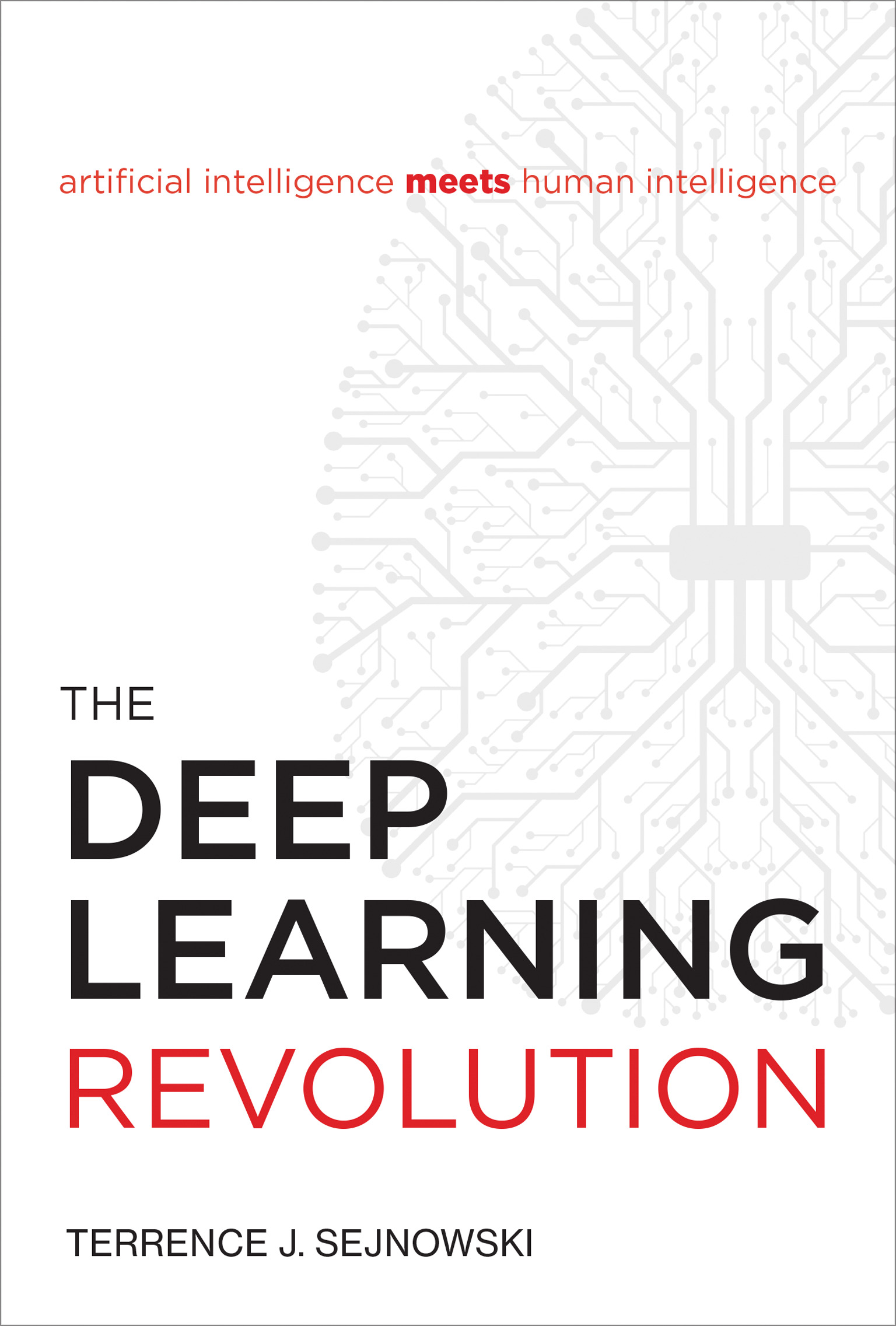
The Deep Learning Revolution How deep learning—from Google Translate to driverless cars to personal cognitive assistants—is changing our lives and transforming every sector of the economy. The deep learning revolution has brought us driverless cars, the greatly improved Google Translate, fluent conversations with Siri and Alexa, and enormous profits from automated trading on the New York Stock Exchange. Deep learning networks can play poker better than professional poker players and defeat a world champion at Go. In this book, Terry Sejnowski explains how deep learning went from being an arcane academic field to a disruptive technology in the information economy. Sejnowski played an important role in the founding of deep learning, as one of a small group of researchers in the 1980s who challenged the prevailing logic-and-symbol based version of AI. The new version of AI Sejnowski and others developed, which became deep learning, is fueled instead by data. Deep networks learn from data in the same way that babies experience the world, starting with fresh eyes and gradually acquiring the skills needed to navigate novel environments. Learning algorithms extract information from raw data; information can be used to create knowledge; knowledge underlies understanding; understanding leads to wisdom. Someday a driverless car will know the road better than you do and drive with more skill; a deep learning network will diagnose your illness; a personal cognitive assistant will augment your puny human brain. It took nature many millions of years to evolve human intelligence; AI is on a trajectory measured in decades. Sejnowski prepares us for a deep learning future. COMPUTERS,Artificial Intelligence,General
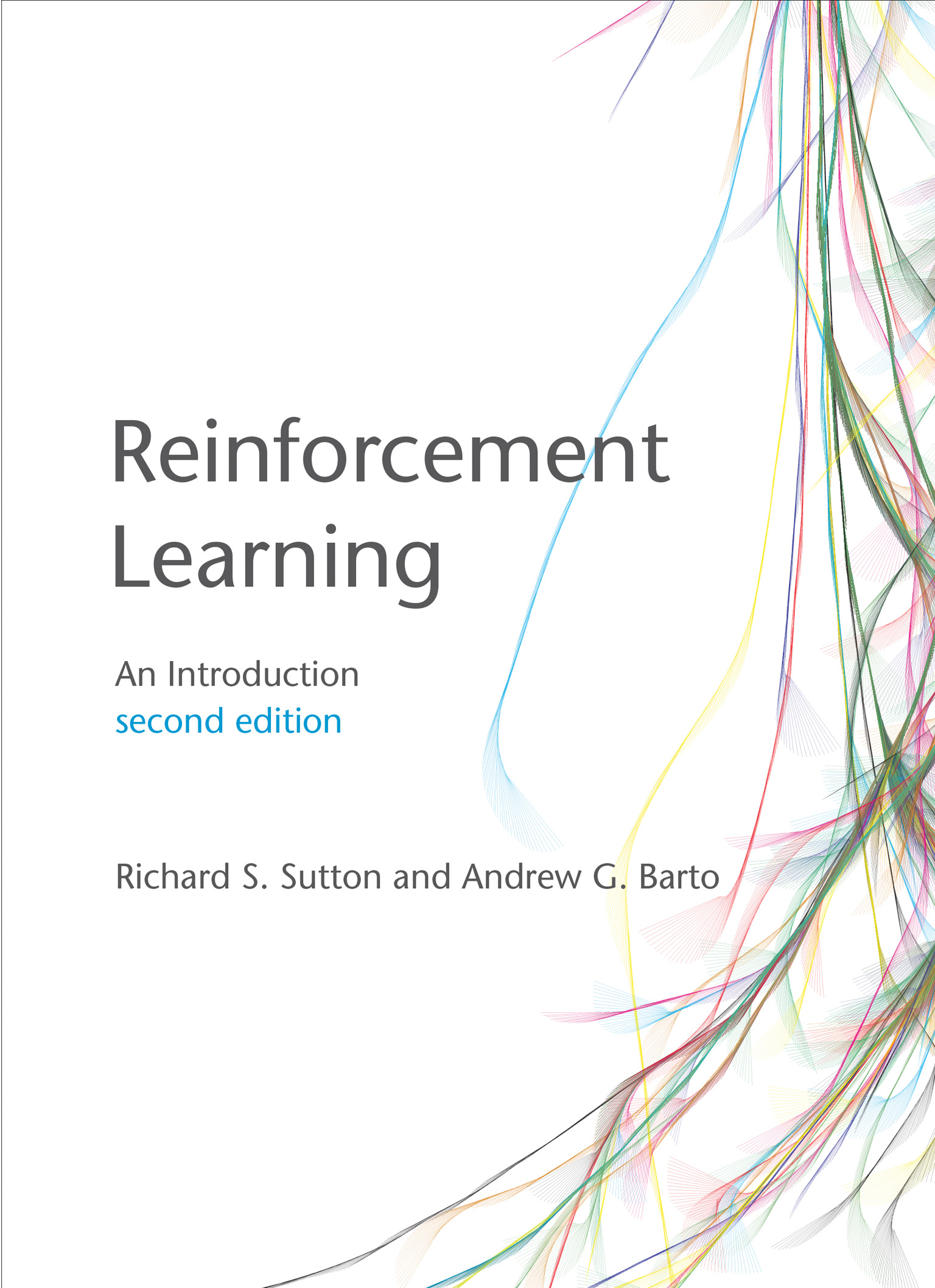
Reinforcement Learning, second edition The significantly expanded and updated new edition of a widely used text on reinforcement learning, one of the most active research areas in artificial intelligence. Reinforcement learning, one of the most active research areas in artificial intelligence, is a computational approach to learning whereby an agent tries to maximize the total amount of reward it receives while interacting with a complex, uncertain environment. In Reinforcement Learning, Richard Sutton and Andrew Barto provide a clear and simple account of the field's key ideas and algorithms. This second edition has been significantly expanded and updated, presenting new topics and updating coverage of other topics. Like the first edition, this second edition focuses on core online learning algorithms, with the more mathematical material set off in shaded boxes. Part I covers as much of reinforcement learning as possible without going beyond the tabular case for which exact solutions can be found. Many algorithms presented in this part are new to the second edition, including UCB, Expected Sarsa, and Double Learning. Part II extends these ideas to function approximation, with new sections on such topics as artificial neural networks and the Fourier basis, and offers expanded treatment of off-policy learning and policy-gradient methods. Part III has new chapters on reinforcement learning's relationships to psychology and neuroscience, as well as an updated case-studies chapter including AlphaGo and AlphaGo Zero, Atari game playing, and IBM Watson's wagering strategy. The final chapter discusses the future societal impacts of reinforcement learning. COMPUTERS,Artificial Intelligence,General
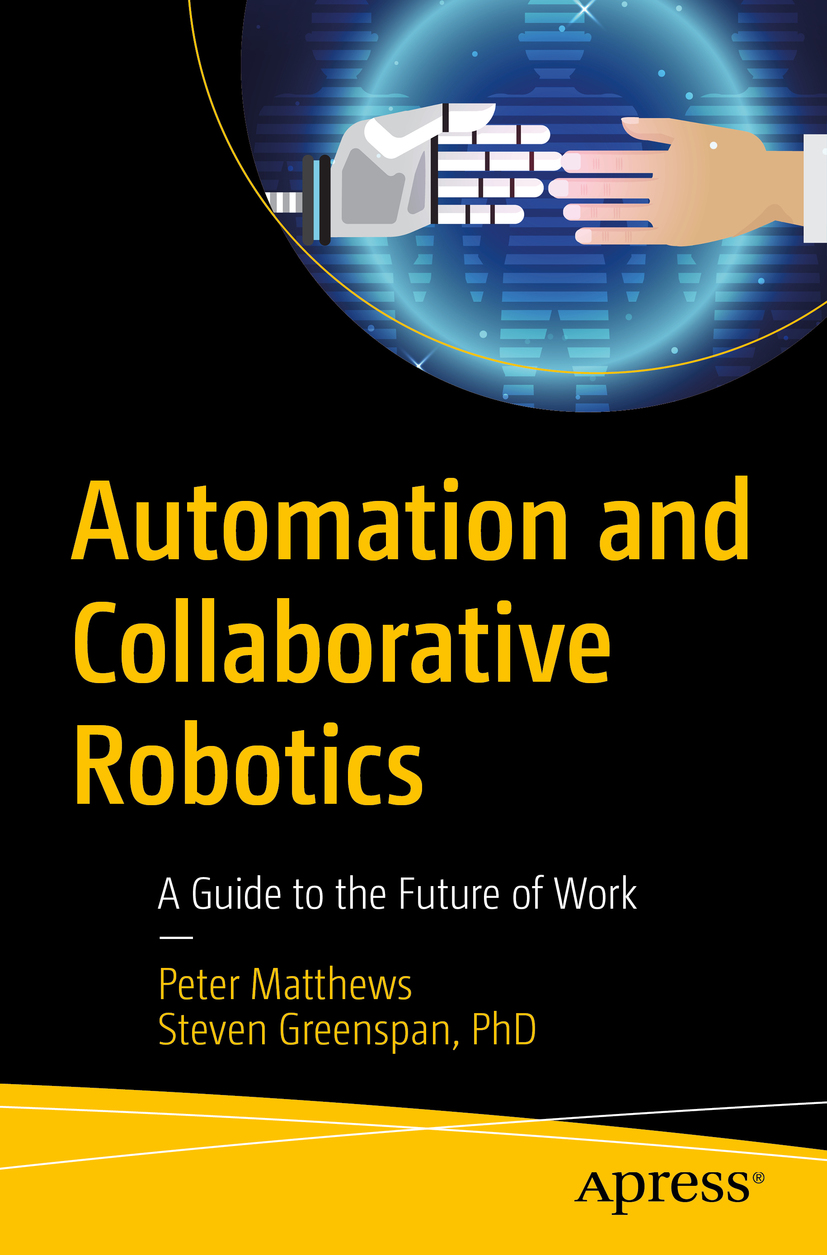
Automation and Collaborative Robotics Understand the current and future research into technologies that underpin the increasing capabilities of automation technologies and their impact on the working world of the future. Rapid advances in automation and robotics technologies are often reported in the trade and general media, often relying on scary headlines such as “Jobs Lost to Robots.†It is certainly true that work will change with the advent of smarter and faster automated workers; however, the scope and scale of the changes is still unknown. Automation may seem to be here already, but we are only at the early stages. Automation and Collaborative Robotics explores the output of current research projects that are improving the building blocks of an automated world. Research into collaborative robotics (cobotics) is merging digital, audio, and visual data to generate a commonly held view between cobots and their human collaborators. Low-power machine learning at the edge of the network can deliver decision making on cobots or to their manipulations. Topics covered in this book include: Robotic process automation, chatbots, and their impact in the near future The hype of automation and headlines leading to concerns over the future of work Component technologies that are still in the research labs Foundational technologies and collaboration that will enable many tasks to be automated with human workers being re-skilled and displaced rather than replaced What You Will Learn Be aware of the technologies currently being researched to improve or deliver automation Understand the impact of robotics, other automation technologies, and the impact of AI on automation Get an idea of how far we are from implementation of an automated future Know what work will look like in the future with the deployment of these technologies Who This Book Is For Technical and business managers interested in the future of automation and robotics, and the impact it will have on their organizations, customers, and the business world in general COMPUTERS,Artificial Intelligence,General
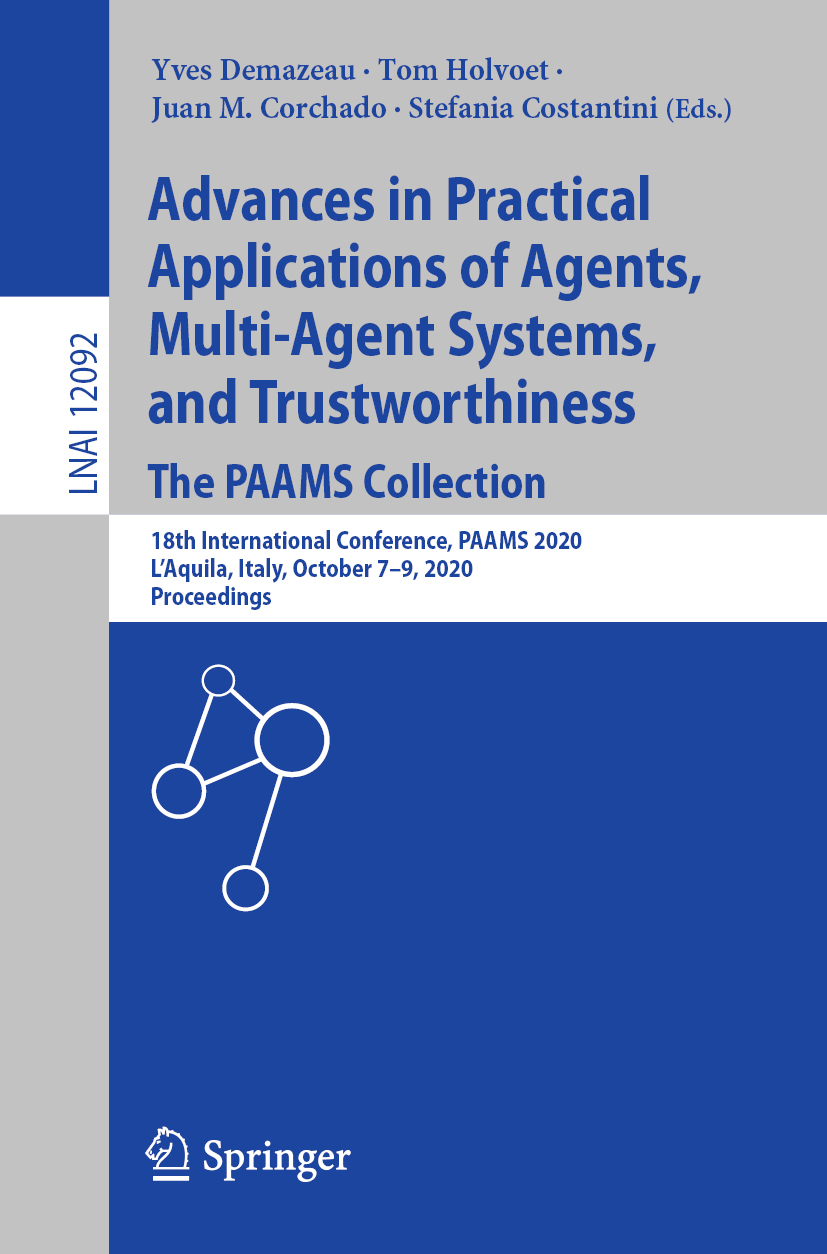
Advances in Practical Applications of Agents, Multi-Agent Systems, and Trustworthiness. The PAAMS Collection This book constitutes the proceedings of the 18th International Conference on Practical Applications of Agents and Multi-Agent Systems, PAAMS 2020, held in L'Aquila, Italy, in October 2020. The 29 regular and 17 demo papers presented in this volume were carefully reviewed and selected from 64 submissions. They deal with the application and validation of agent-based models, methods, and technologies in a number of key applications areas, including: advanced models and learning, agent-based programming, decision-making, educa-tion and social interactions, formal and theoretic models, health and safety, mobility and the city, swarms and task allocation. COMPUTERS,Artificial Intelligence,General

Analog IC Placement Generation via Neural Networks from Unlabeled Data In this book, innovative research using artificial neural networks (ANNs) is conducted to automate the placement task in analog integrated circuit layout design, by creating a generalized model that can generate valid layouts at push-button speed. Further, it exploits ANNs’ generalization and push-button speed prediction (once fully trained) capabilities, and details the optimal description of the input/output data relation. The description developed here is chiefly reflected in two of the system’s characteristics: the shape of the input data and the minimized loss function. In order to address the latter, abstract and segmented descriptions of both the input data and the objective behavior are developed, which allow the model to identify, in newer scenarios, sub-blocks which can be found in the input data. This approach yields device-level descriptions of the input topology that, for each device, focus on describing its relation to every other device in the topology. By means of these descriptions, an unfamiliar overall topology can be broken down into devices that are subject to the same constraints as a device in one of the training topologies. In the experimental results chapter, the trained ANNs are used to produce a variety of valid placement solutions even beyond the scope of the training/validation sets, demonstrating the model’s effectiveness in terms of identifying common components between newer topologies and reutilizing the acquired knowledge. Lastly, the methodology used can readily adapt to the given problem’s context (high label production cost), resulting in an efficient, inexpensive and fast model. COMPUTERS,Artificial Intelligence,General
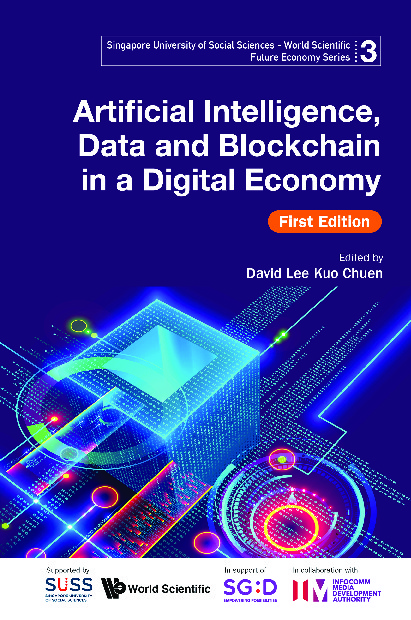
Artificial Intelligence, Data And Blockchain In A Digital Economy, First Edition Digital transformation continues to create new growth opportunities for businesses and improve the lives of citizens. To help businesses seize these opportunities, the Infocomm Media Development Authority (IMDA) launched the Digital Economy Framework for Action in 2018. This living document aims to enhance Singapore's digital competitiveness and become a global node in Asia.As part of Singapore's push for a Digital Economy, IMDA and the Singapore University of Social Sciences have collaborated to jointly publish the Artificial Intelligence, Data and Blockchain in a Digital Economy, First Edition. This book explains how frontier technologies such as blockchain and artificial intelligence can empower Singapore's digital transformation. It also highlights and provides insights on transformative services and how frontier technology can impact the nation's digitalisation journey. COMPUTERS,Artificial Intelligence,General
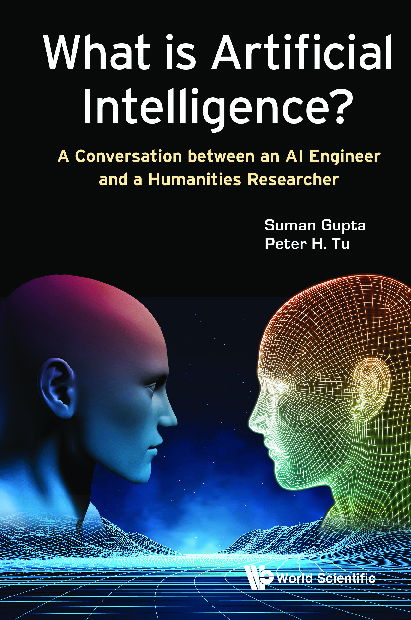
What Is Artificial Intelligence? This book engages with the title question: what is artificial intelligence (AI)? Instead of reiterating received definitions or surveying the field from a disciplinary perspective, the question is engaged here by putting two standpoints into conversation. The standpoints are different in their disciplinary groundings — i.e. technology and the humanities — and also in their approaches — i.e. applied and conceptual. Peter is an AI engineer: his approach is in terms of how to make AI work. Suman is a humanities researcher: his approach is in terms of what people and academics mean when they say 'AI'.A coherent argument, if not a consensus, develops by putting the two standpoints into conversation. The conversation is presented in 32 short chapters, in turn by Suman and Peter. There are two parts: Part 1, Questioning AI, and Part 2, AI and Government Policy. The first part covers issues such as the meaning of intelligence, automation, evolution, artificial and language. It outlines some of the processes through which these concepts may be technologically grounded as AI. The second part addresses policy considerations that underpin the development of AI and responds to the consequences. Themes taken up here include: rights and responsibilities; data usage and state-level strategies in the USA, UK and China; unemployment and policy futures. COMPUTERS,Artificial Intelligence,General
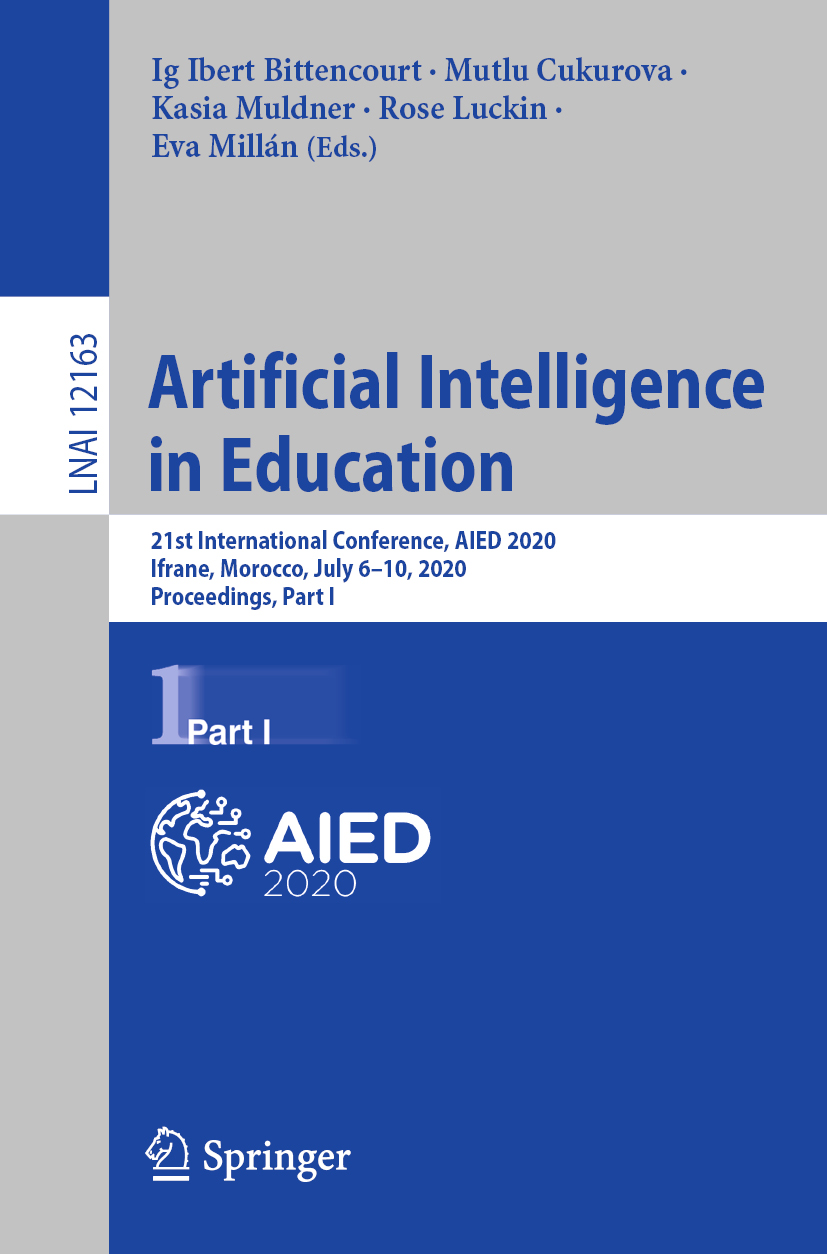
Artificial Intelligence in Education This two-volume set LNAI 12163 and 12164 constitutes the refereed proceedings of the 21th International Conference on Artificial Intelligence in Education, AIED 2020, held in Ifrane, Morocco, in July 2020.*The 49 full papers presented together with 66 short, 4 industry & innovation, 4 doctoral consortium, and 4 workshop papers were carefully reviewed and selected from 214 submissions. The conference provides opportunities for the cross-fertilization of approaches, techniques and ideas from the many fields that comprise AIED, including computer science, cognitive and learning sciences, education, game design, psychology, sociology, linguistics as well as many domain-specific areas. ​*The conference was held virtually due to the COVID-19 pandemic. COMPUTERS,Artificial Intelligence,General
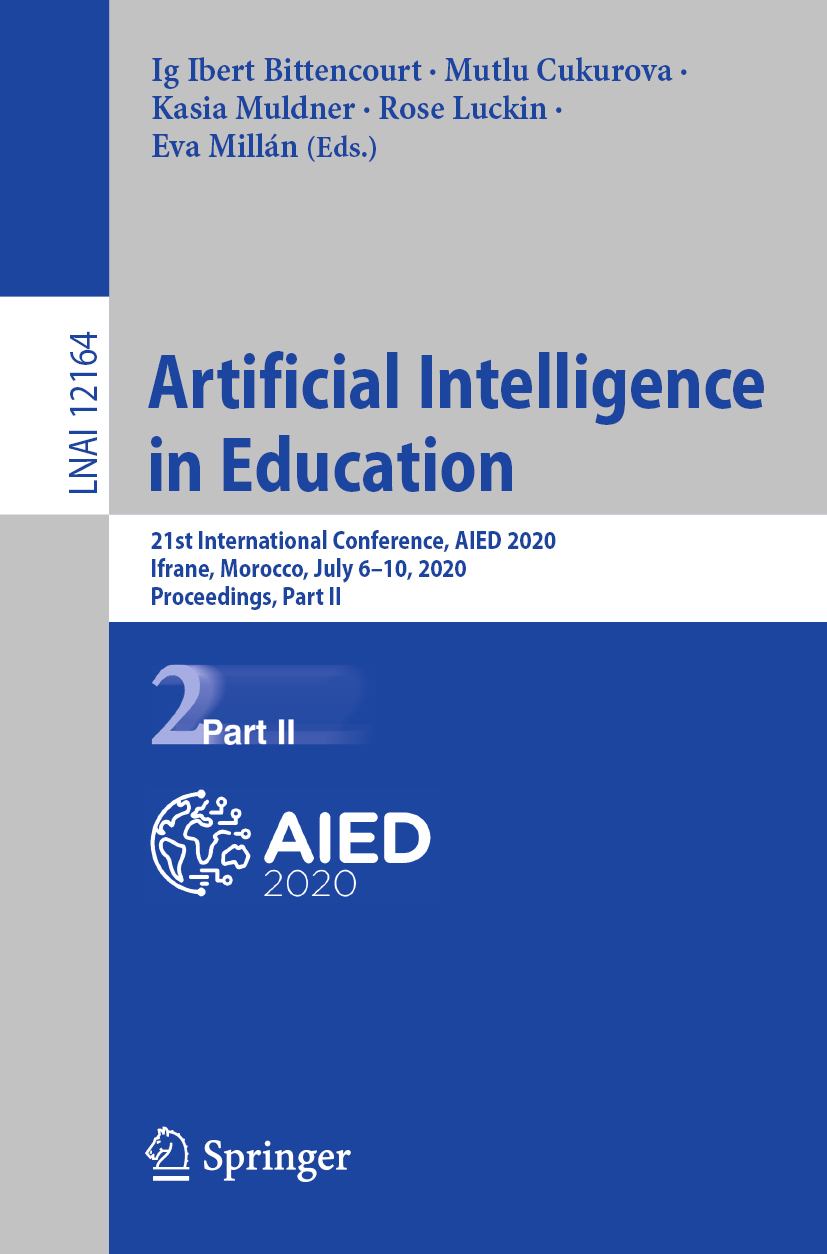
Artificial Intelligence in Education This two-volume set LNAI 12163 and 12164 constitutes the refereed proceedings of the 21th International Conference on Artificial Intelligence in Education, AIED 2020, held in Ifrane, Morocco, in July 2020.* The 49 full papers presented together with 66 short, 4 industry & innovation, 4 doctoral consortium, and 4 workshop papers were carefully reviewed and selected from 214 submissions. The conference provides opportunities for the cross-fertilization of approaches, techniques and ideas from the many fields that comprise AIED, including computer science, cognitive and learning sciences, education, game design, psychology, sociology, linguistics as well as many domain-specific areas. ​*The conference was held virtually due to the COVID-19 pandemic. COMPUTERS,Artificial Intelligence,General
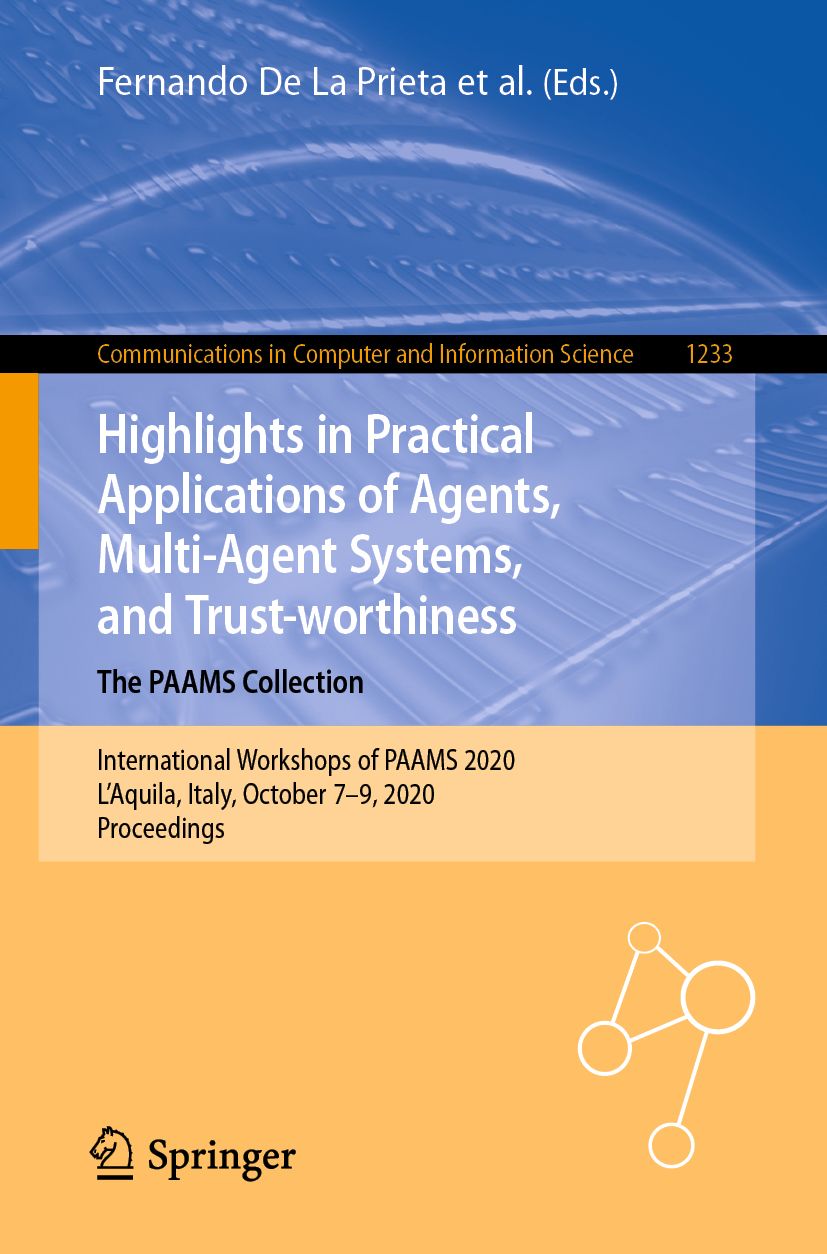
Highlights in Practical Applications of Agents, Multi-Agent Systems, and Trust-worthiness. The PAAMS Collection This book constitutes the refereed proceedings of the workshops co-located with the 18th International Conference on Practical Applications of Agents and Multi-Agent Systems, PAAMS 2020, held in L’Aquila, Italy, in October 2020. The total of 21 full and 13 short papers presented in this volume were carefully reviewed and selected from 57 submissions. The papers in this volume stem from the following meetings: Workshop on Agent-Based Artificial Markets Computational Economics (ABAM); Workshop on Agents and Edge-AI (AgEdAI); Workshop on Character Computing (C2); Workshop on MAS for Complex Networks and Social Computation (CNSC); Workshop on Decision Support, Recommendation, and Persuasion in Artificial Intelligence (DeRePAI); Workshop on Multi-Agent Systems and Simulation (MAS&S); Workshop on Multi-agent based Applications for Energy Markets, Smart Grids and Sustainable Energy Systems (MASGES); Workshop on Smart Cities and Intelligent Agents (SCIA). COMPUTERS,Artificial Intelligence,General

Explainable, Transparent Autonomous Agents and Multi-Agent Systems This book constitutes the proceedings of the Second International Workshop on Explainable, Transparent Autonomous Agents and Multi-Agent Systems, EXTRAAMAS 2020, which was due to be held in Auckland, New Zealand, in May 2020. The conference was held virtually due to the COVID-19 pandemic. The 8 revised and extended papers were carefully selected from 20 submissions and are presented here with one demo paper. The papers are organized in the following topical sections: explainable agents; cross disciplinary XAI; explainable machine learning; demos. COMPUTERS,Artificial Intelligence,General
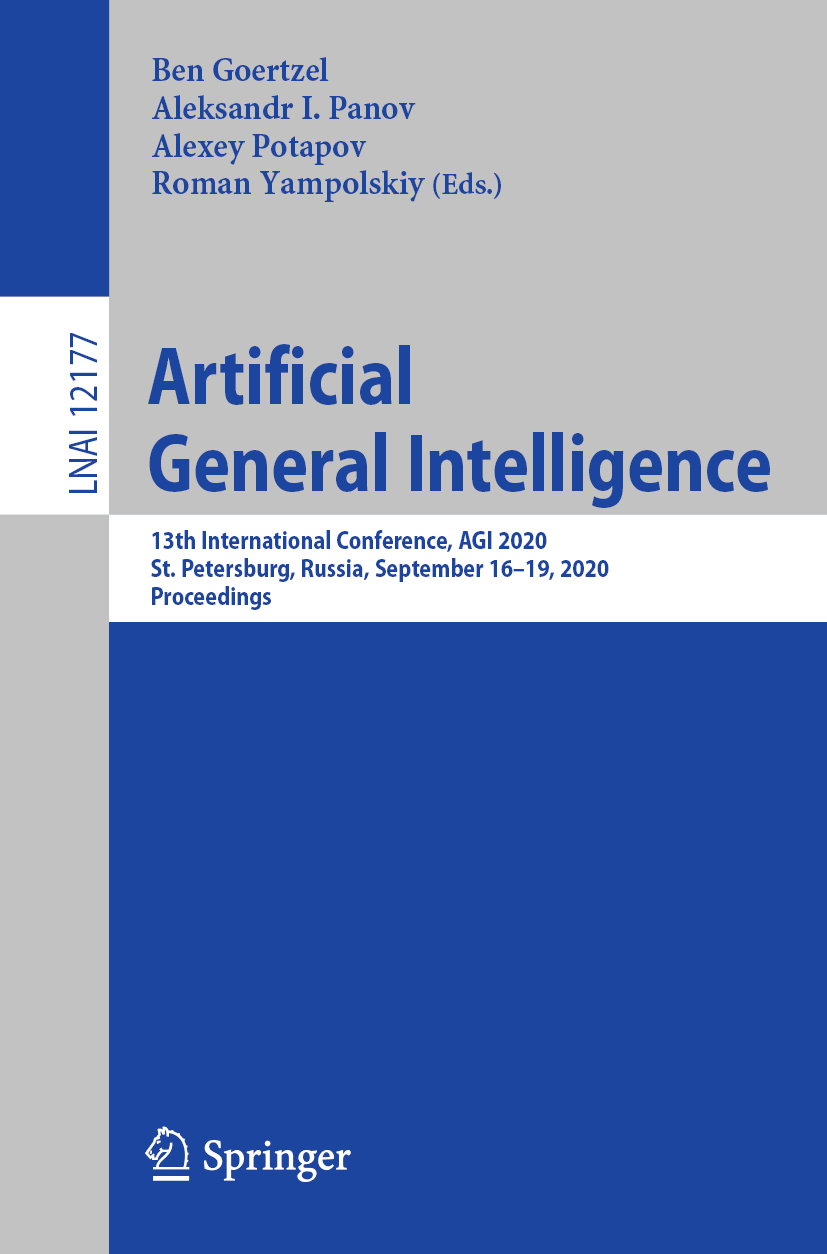
Artificial General Intelligence This book constitutes the refereed proceedings of the 13th International Conference on Artificial General Intelligence, AGI 2020, held in St. Petersburg, Russia, in September 2020.The 30 full papers and 8 short papers presented in this book were carefully reviewed and selected from 60 submissions. The papers cover topics such as AGI architectures, artificial creativity and AI safety, transfer learning, AI unification and benchmarks for AGI. COMPUTERS,Artificial Intelligence,General
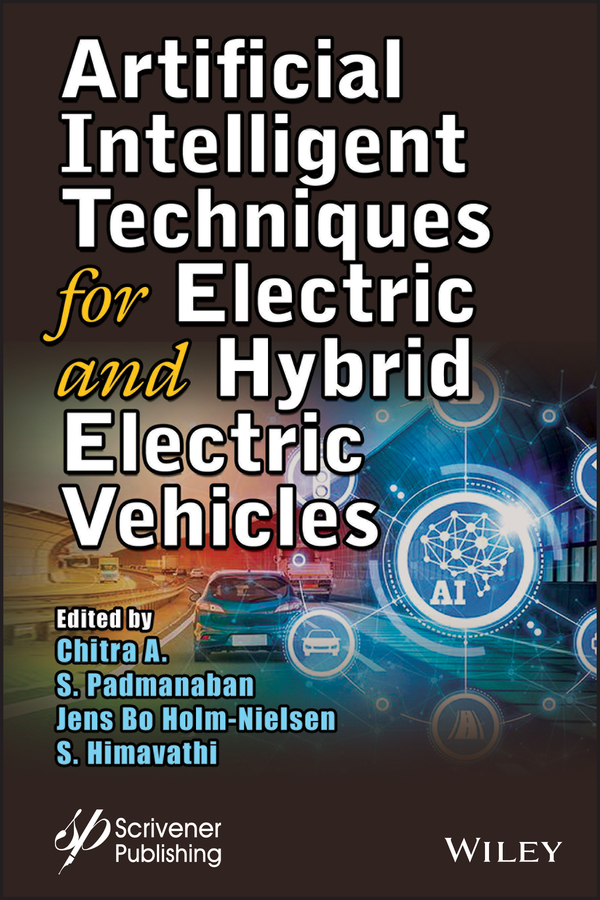
Artificial Intelligent Techniques for Electric and Hybrid Electric Vehicles Electric vehicles/hybrid electric vehicles (EV/HEV) commercialization is still a challenge in industries in terms of performance and cost. The performance along with cost reduction are two tradeoffs which need to be researched to arrive at an optimal solution. This book focuses on the convergence of various technologies involved in EV/HEV. The book brings together the research that is being carried out in the field of EV/HEV whose leading role is by optimization techniques with artificial intelligence (AI). Other featured research includes green drive schemes which involve the possible renewable energy sources integration to develop eco-friendly green vehicles, as well as Internet of Things (IoT)-based techniques for EV/HEVs. Electric vehicle research involves multi-disciplinary expertise from electrical, electronics, mechanical engineering and computer science. Consequently, this book serves as a point of convergence wherein all these domains are addressed and merged and will serve as a potential resource for industrialists and researchers working in the domain of electric vehicles. COMPUTERS,Artificial Intelligence,General

Embracing Industry 4.0 This book highlights selected articles from the electrical engineering track, with a focus on the latest trends in electrical and electronic engineering toward embracing Industry 4.0, as part of the Malaysian Technical Universities Conference on Engineering and Technology—MUCET 2019. The event brings together researchers and professionals in the fields of engineering, research, and technology, and provides a platform for future collaborations and exchanges. COMPUTERS,Artificial Intelligence,General
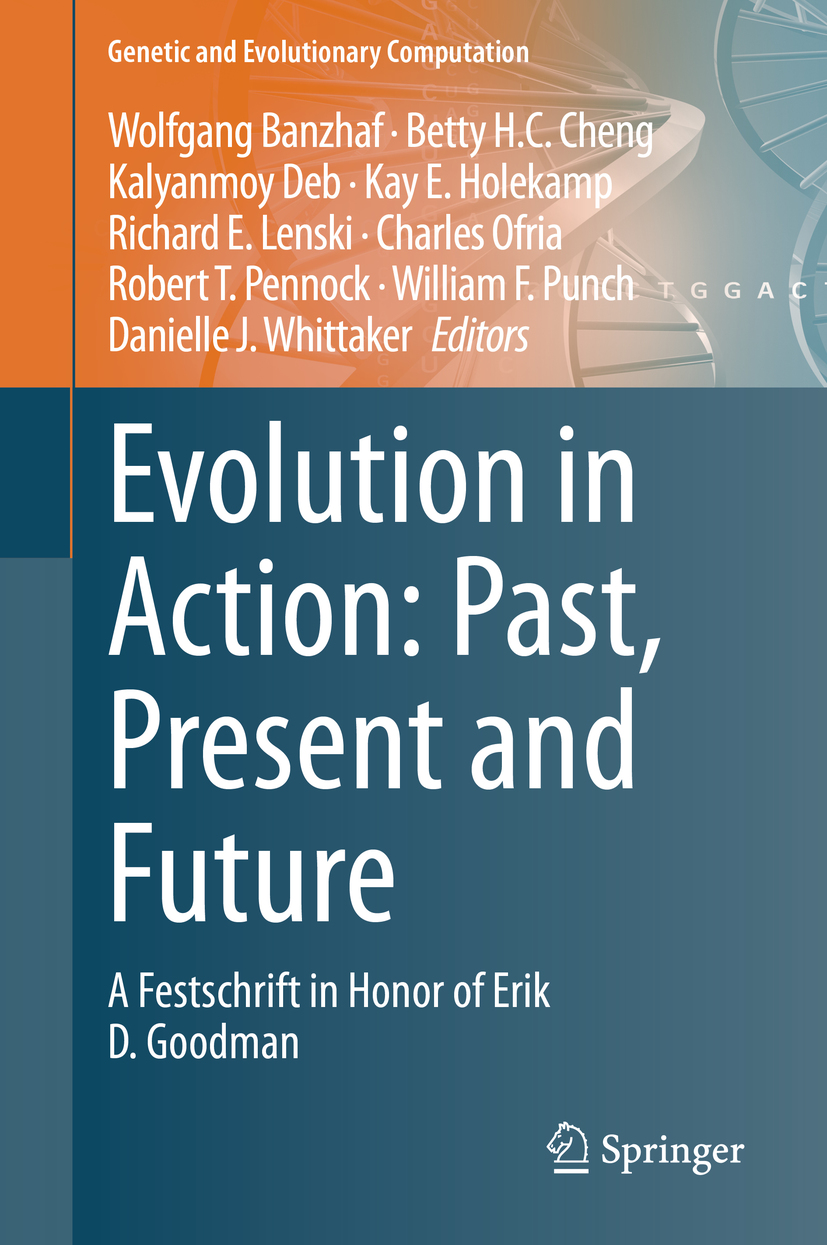
Evolution in Action This edited research monograph brings together contributions from computer scientists, biologists, and engineers who are engaged with the study of evolution and how it may be applied to solve real-world problems. It also serves as a Festschrift dedicated to Erik D. Goodman, the founding director of the BEACON Center for the Study of Evolution in Action, a pioneering NSF Science and Technology Center headquartered at Michigan State University. The contributing authors are leading experts associated with the center, and they serve in top research and industrial establishments across the US and worldwide. Part I summarizes the history of the BEACON Center, with refreshingly personal chapters that describe Erik's working and leadership style, and others that discuss the development and successes of the center in the context of research funding, projects, and careers. The chapters in Part II deal with the evolution of genomes and evolvability. The contributions in Part III discuss the evolution of behavior and intelligence. Those in Part IV concentrate on the evolution of communities and collective dynamics. The chapters in Part V discuss selected evolutionary computing applications in domains such as arts and science, automated program repair, cybersecurity, mechatronics, and genomic prediction. Part VI deals with evolution in the classroom, using creativity in research, and responsible conduct in research training. The book concludes with a special chapter from Erik Goodman, a short biography that concentrates on his personal positive influences and experiences throughout his long career in academia and industry. COMPUTERS,Artificial Intelligence,General

Engineering Psychology and Cognitive Ergonomics. Mental Workload, Human Physiology, and Human Energy This book constitutes the proceedings of the 17th International Conference on Engineering Psychology and Cognitive Ergonomics, EPCE 2020, held as part of the 22nd International Conference, HCI International 2020, which took place in Copenhagen, Denmark, in July 2020. The total of 1439 papers and 238 posters included in the 37 HCII 2020 proceedings volumes was carefully reviewed and selected from 6326 submissions.EPCE 2020 includes a total of 60 regular papers; they were organized in topical sections named: mental workload and performance; human physiology, human energy and cognition; cognition and design of complex and safety critical systems; human factors in human autonomy teaming and intelligent systems; cognitive psychology in aviation and automotive. As a result of the Danish Government's announcement, dated April 21, 2020, to ban all large events (above 500 participants) until September 1, 2020, the HCII 2020 conference was held virtually. COMPUTERS,Artificial Intelligence,General
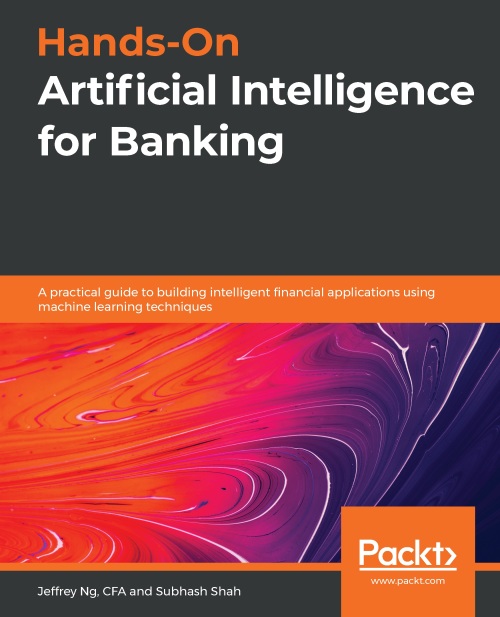
Hands-On Artificial Intelligence for Banking Delve into the world of real-world financial applications using deep learning, artificial intelligence, and production-grade data feeds and technology with Python Key Features Understand how to obtain financial data via Quandl or internal systems Automate commercial banking using artificial intelligence and Python programs Implement various artificial intelligence models to make personal banking easy Book Description Remodeling your outlook on banking begins with keeping up to date with the latest and most effective approaches, such as artificial intelligence (AI). Hands-On Artificial Intelligence for Banking is a practical guide that will help you advance in your career in the banking domain. The book will demonstrate AI implementation to make your banking services smoother, more cost-efficient, and accessible to clients, focusing on both the client- and server-side uses of AI. You'll begin by understanding the importance of artificial intelligence, while also gaining insights into the recent AI revolution in the banking industry. Next, you'll get hands-on machine learning experience, exploring how to use time series analysis and reinforcement learning to automate client procurements and banking and finance decisions. After this, you'll progress to learning about mechanizing capital market decisions, using automated portfolio management systems and predicting the future of investment banking. In addition to this, you'll explore concepts such as building personal wealth advisors and mass customization of client lifetime wealth. Finally, you'll get to grips with some real-world AI considerations in the field of banking. By the end of this book, you'll be equipped with the skills you need to navigate the finance domain by leveraging the power of AI. What you will learn Automate commercial bank pricing with reinforcement learning Perform technical analysis using convolutional layers in Keras Use natural language processing (NLP) for predicting market responses and visualizing them using graph databases Deploy a robot advisor to manage your personal finances via Open Bank API Sense market needs using sentiment analysis for algorithmic marketing Explore AI adoption in banking using practical examples Understand how to obtain financial data from commercial, open, and internal sources Who this book is for This is one of the most useful artificial intelligence books for machine learning engineers, data engineers, and data scientists working in the finance industry who are looking to implement AI in their business applications. The book will also help entrepreneurs, venture capitalists, investment bankers, and wealth managers who want to understand the importance of AI in finance and banking and how it can help them solve different problems related to these domains. Prior experience in the financial markets or banking domain, and working knowledge of the Python programming language are a must. COMPUTERS,Artificial Intelligence,General
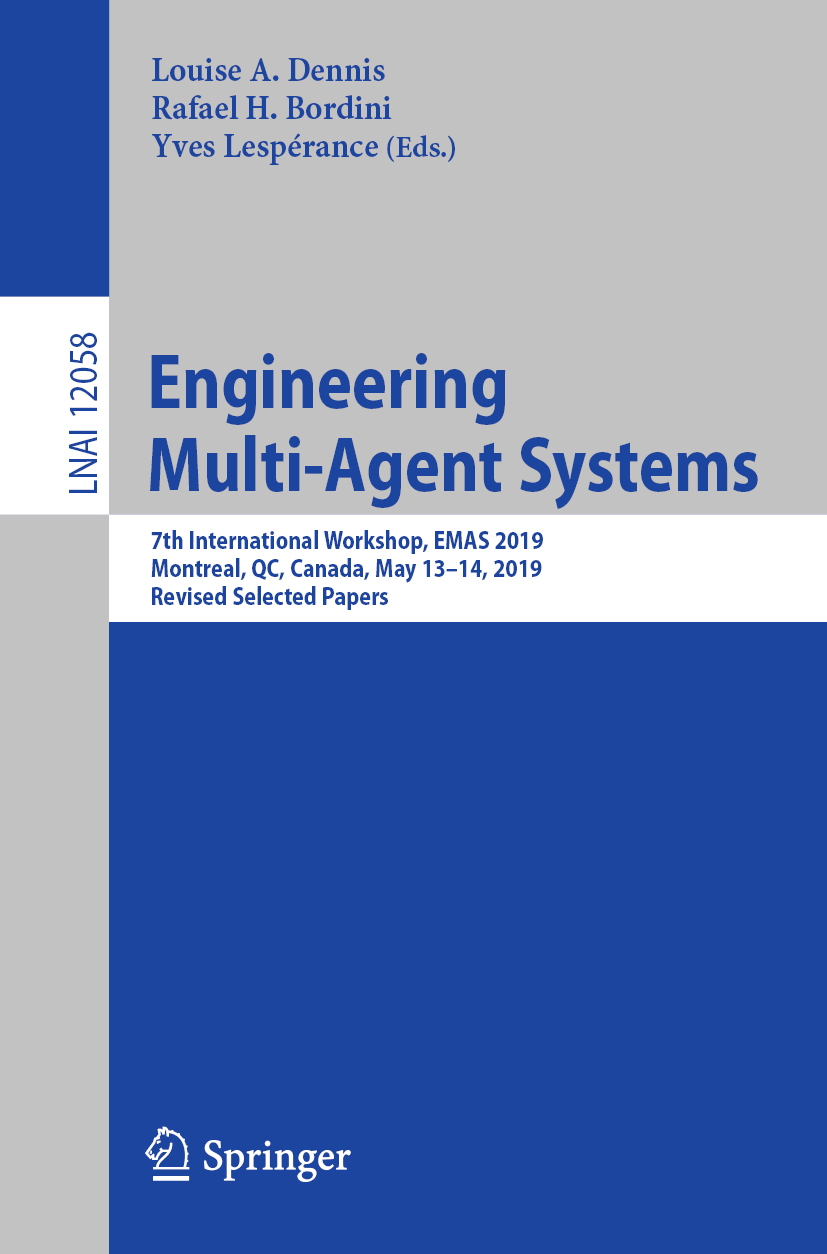
Engineering Multi-Agent Systems This book constitutes the thoroughly refereed post-conference proceedings of the 7th International Workshop on Engineering Multi-Agent Systems, EMAS 2019, held in Montreal, QC, Canada, in May 2019. The 13 revised full papers presented in this book were carefully selected and reviewed from 20 submissions. The papers are grouped in the following topical sections: Multi-Agent Interaction and Organization; Simulation; Social Awareness and Explainability; Learning and Reconfiguration; and Implementation Techniques and Tools. COMPUTERS,Artificial Intelligence,General
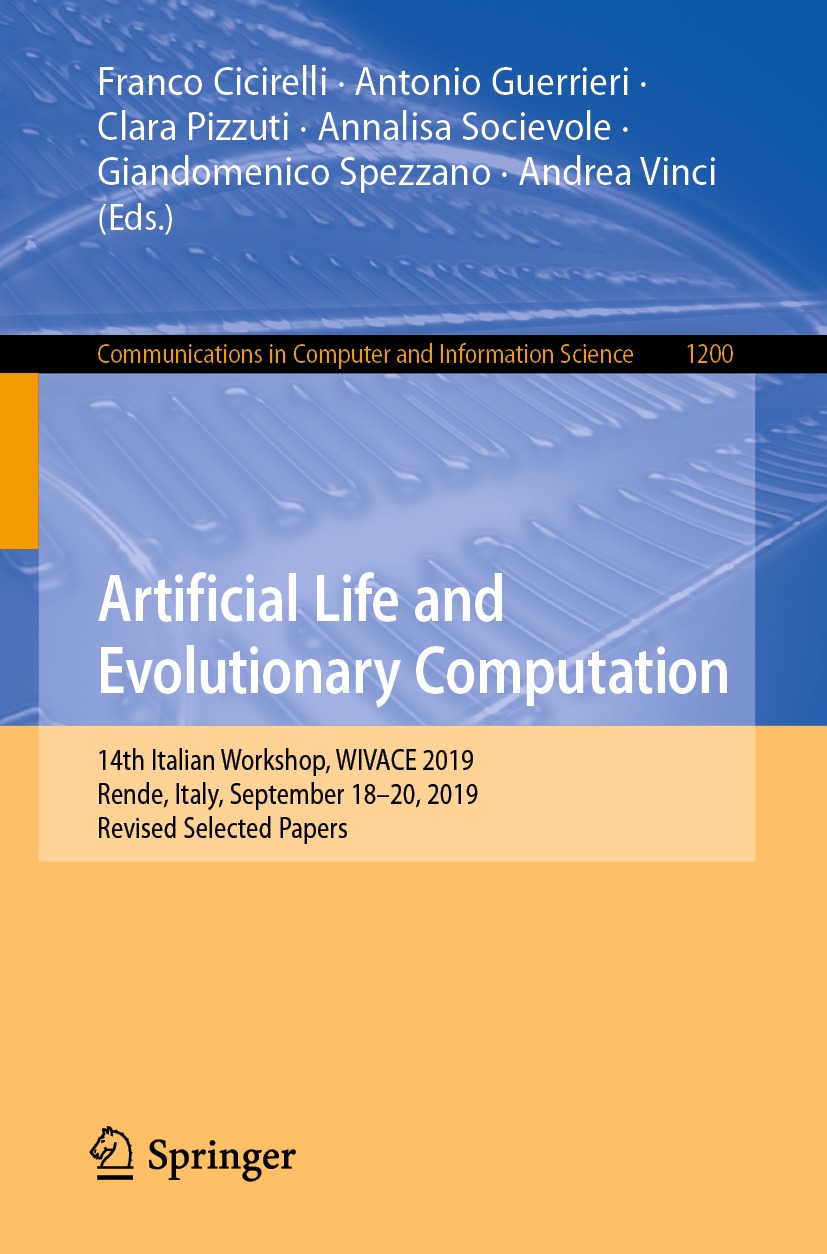
Artificial Life and Evolutionary Computation This book constitutes the revised selected papers of the 14th Italian Workshop on Artificial Life and Evolutionary Computation, WIVACE 2019, held in Rende, Italy, in September 2019. The 13 full papers and 4 short paper presented were thoroughly reviewed and selected from 31 submissions. They are focused on the topics of information systems, design and analysis of algorithms, artificial intelligence, machine learning, cognitive science, modeling and simulation, collaborative and social computing, parallel computing, distributed computing. The chapter “Nestedness Temperature in the Agent-Artifact Space: Emergence of Hierarchical Order in the 2000-2014 Photonics Techno-Economic Complex System†is available open access under a CC BY 4.0 license. COMPUTERS,Artificial Intelligence,General
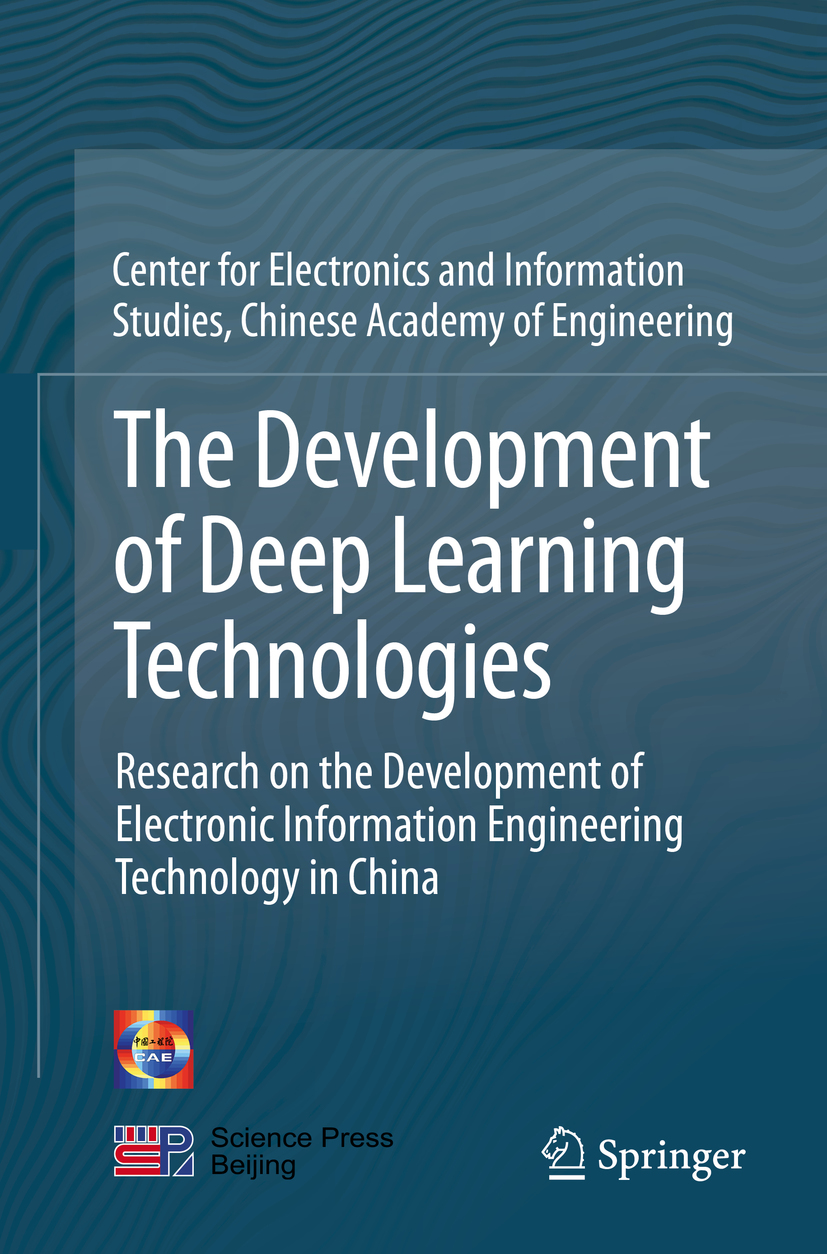
The Development of Deep Learning Technologies This book is a part of the Blue Book series “Research on the Development of Electronic Information Engineering Technology in China,†which explores the cutting edge of deep learning studies. A subfield of machine learning, deep learning differs from conventional machine learning methods in its ability to learn multiple levels of representation and abstraction by using several layers of nonlinear modules for feature extraction and transformation. The extensive use and huge success of deep learning in speech, CV, and NLP have led to significant advances toward the full materialization of AI. Focusing on the development of deep learning technologies, this book also discusses global trends, the status of deep learning development in China and the future of deep learning. COMPUTERS,Artificial Intelligence,General
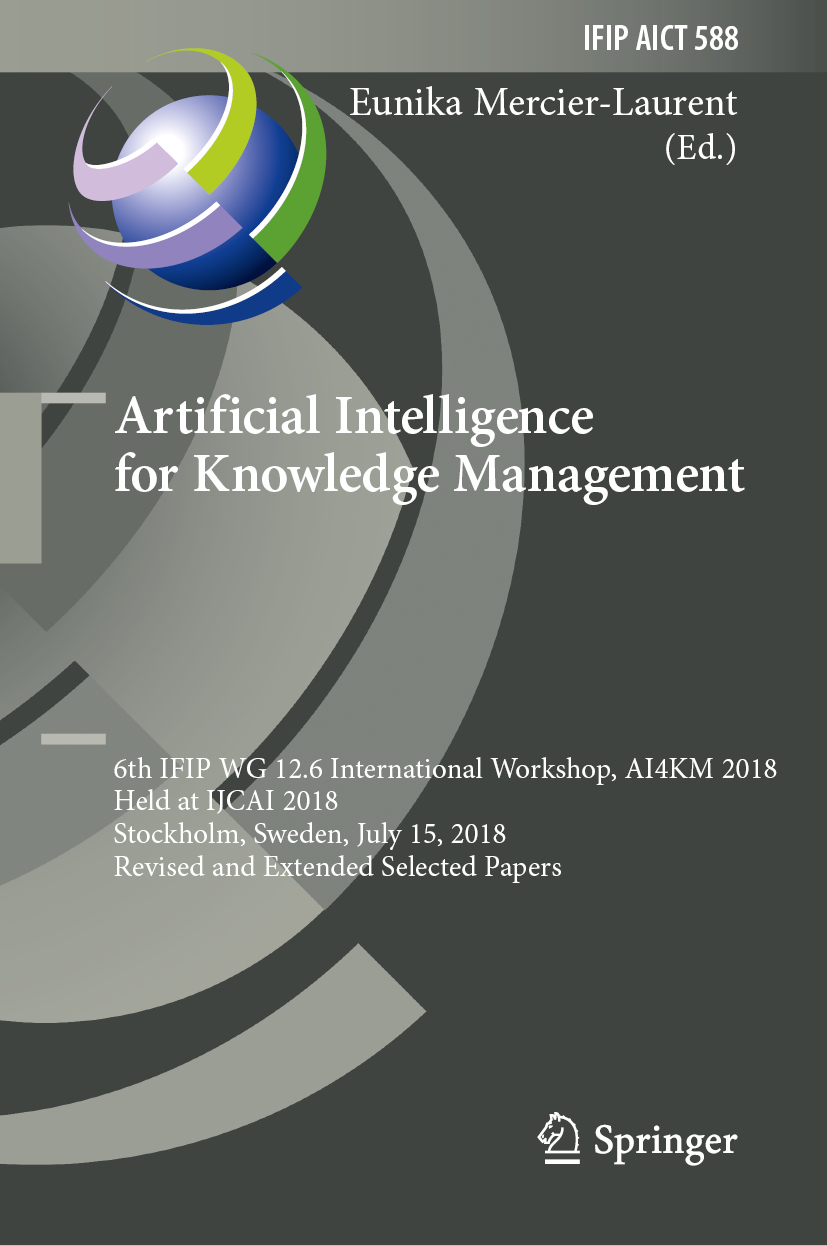
Artificial Intelligence for Knowledge Management This book features a selection of extended papers presented at the 6th IFIP WG 12.6 International Workshop on Artificial Intelligence for Knowledge Management, AI4KM 2018, held in Stockholm, Sweden, in July 2018, in the framework of the International Joint Conference on Artificial Intelligence, IJCAI 2018.The 11 revised and extended papers were carefully reviewed and selected for inclusion in this volume. They present new research and innovative aspects in the field of knowledge management such as machine learning, knowledge models, KM and Web, knowledge capturing and learning, and KM and AI intersections. COMPUTERS,Artificial Intelligence,General
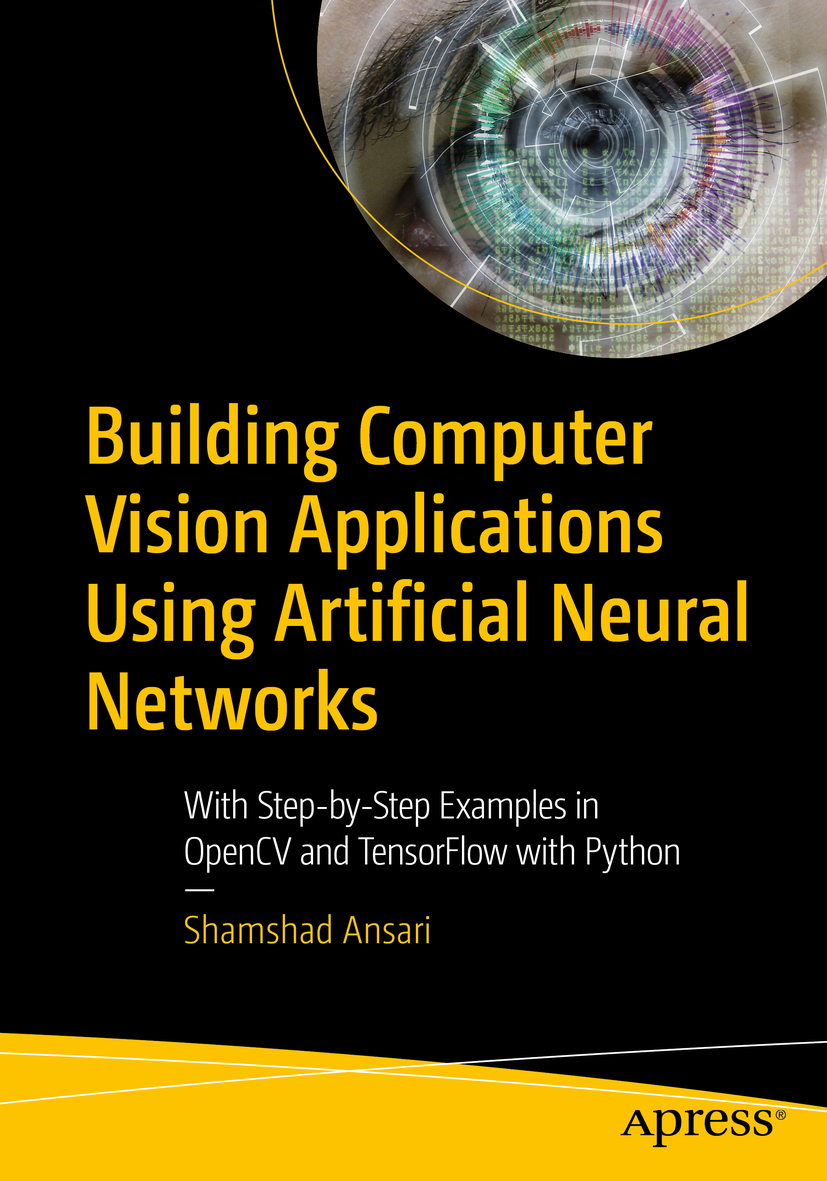
Building Computer Vision Applications Using Artificial Neural Networks Apply computer vision and machine learning concepts in developing business and industrial applications ​using a practical, step-by-step approach. The book comprises four main sections starting with setting up your programming environment and configuring your computer with all the prerequisites to run the code examples. Section 1 covers the basics of image and video processing with code examples of how to manipulate and extract useful information from the images. You will mainly use OpenCV with Python to work with examples in this section. Section 2 describes machine learning and neural network concepts as applied to computer vision. You will learn different algorithms of the neural network, such as convolutional neural network (CNN), region-based convolutional neural network (R-CNN), and YOLO. In this section, you will also learn how to train, tune, and manage neural networks for computer vision. Section 3 provides step-by-step examples of developing business and industrial applications, such as facial recognition in video surveillance and surface defect detection in manufacturing. The final section is about training neural networks involving a large number of images on cloud infrastructure, such as Amazon AWS, Google Cloud Platform, and Microsoft Azure. It walks you through the process of training distributed neural networks for computer vision on GPU-based cloud infrastructure. By the time you finish reading Building Computer Vision Applications Using Artificial Neural Networks and working through the code examples, you will have developed some real-world use cases of computer vision with deep learning. What You Will Learn · Employ image processing, manipulation, and feature extraction techniques· Work with various deep learning algorithms for computer vision · Train, manage, and tune hyperparameters of CNNs and object detection models, such as R-CNN, SSD, and YOLO · Build neural network models using Keras and TensorFlow · Discover best practices when implementing computer vision applications in business and industry· Train distributed models on GPU-based cloud infrastructure Who This Book Is For Data scientists, analysts, and machine learning and software engineering professionals with Python programming knowledge. COMPUTERS,Artificial Intelligence,General
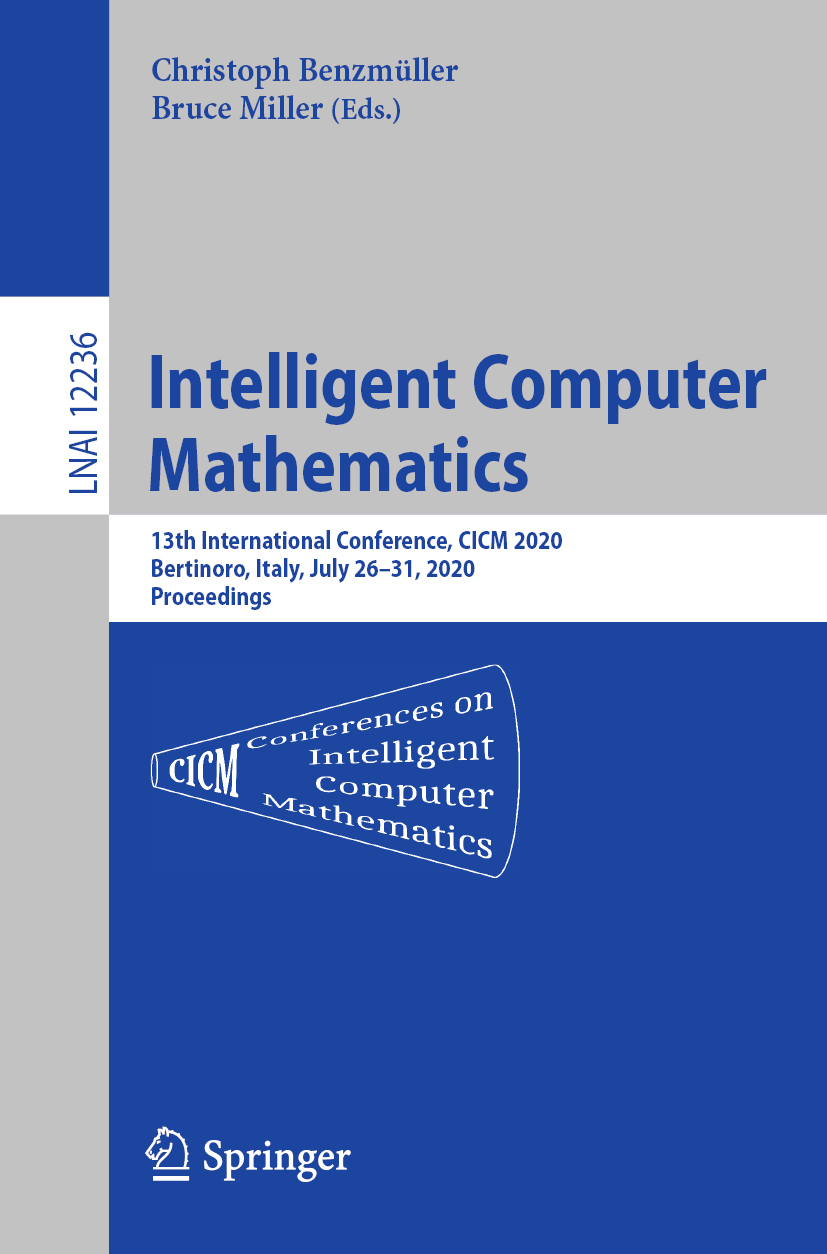
Intelligent Computer Mathematics This book constitutes the refereed proceedings of the 13th International Conference on Intelligent Computer Mathematics, CICM 2020, held in Bertinoro, Italy, in July 2020*.The 15 full papers, 1 invited paper and 2 abstracts of invited papers presented were carefully reviewed and selected from a total of 35 submissions. The papers focus on advances in automated theorem provers and formalization, computer algebra systems and their libraries, and applications of machine learning, among other topics. * The conference was held virtually due to the COVID-19 pandemic. COMPUTERS,Artificial Intelligence,General
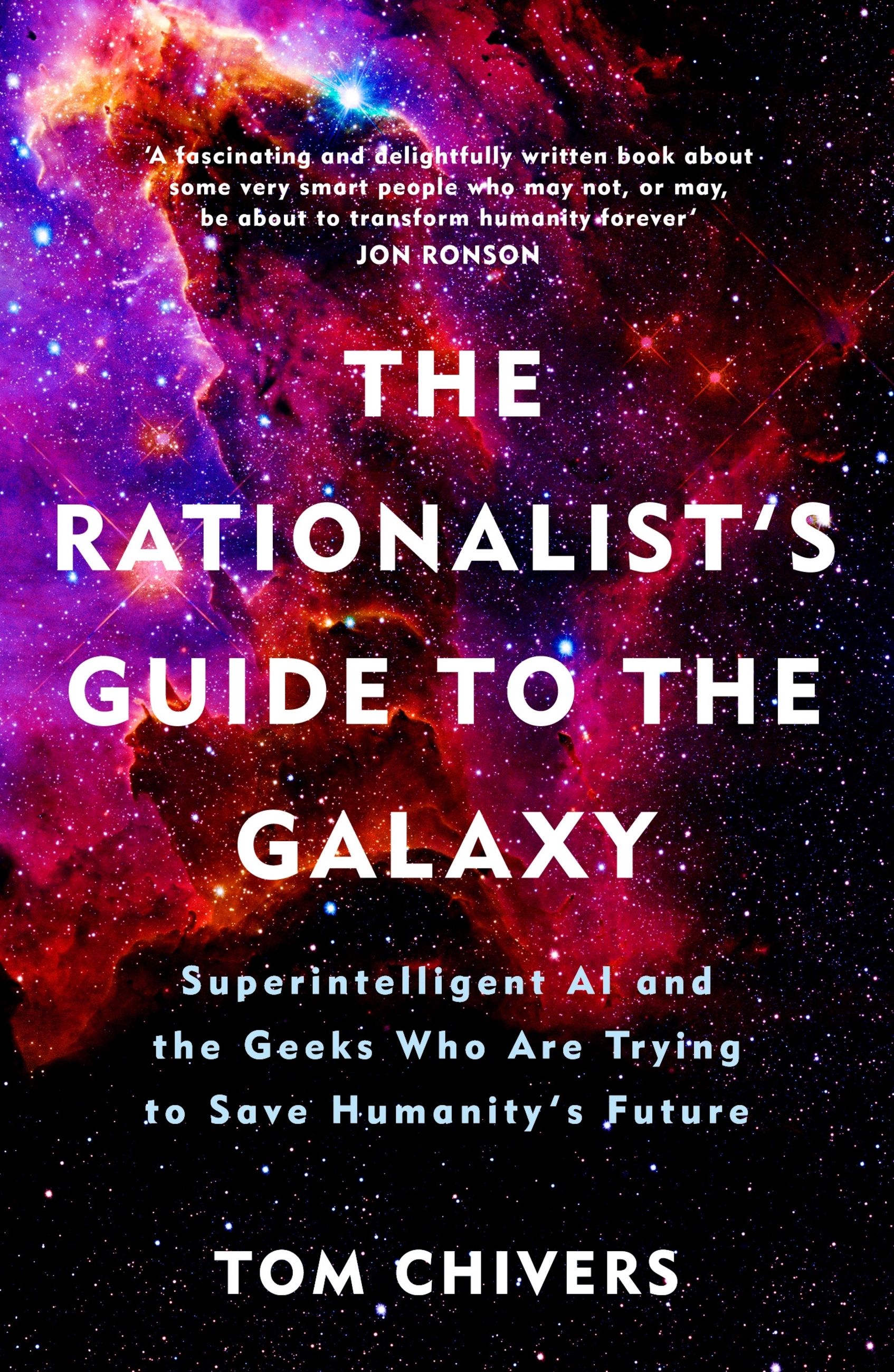
The AI Does Not Hate You 'A fascinating and delightfully written book about some very smart people who may not, or may, be about to transform humanity forever' JON RONSON This is a book about AI and AI risk. But it's also more importantly about a community of people who are trying to think rationally about intelligence, and the places that these thoughts are taking them, and what insight they can and can't give us about the future of the human race over the next few years. It explains why these people are worried, why they might be right, and why they might be wrong. It is a book about the cutting edge of our thinking on intelligence and rationality right now by the people who stay up all night worrying about it. Along the way, we discover why we probably don't need to worry about a future AI resurrecting a perfect copy of our minds and torturing us for not inventing it sooner, but we perhaps should be concerned about paperclips destroying life as we know it; how Mickey Mouse can teach us an important lesson about how to program AI; and how a more rational approach to life could be what saves us all. COMPUTERS,Artificial Intelligence,General

Computing Science, Communication and Security This book constitutes revised selected papers of the First International Conference on Computing Science, Communication and Security, COMS2 2020, held in March 2020. Due to the COVID-19 pandemic the conference was held virtually. The 26 full papers and 1 short paper were thoroughly reveiwed and selected from 79 submissions. Papers are organised according to the topical sections on artificial intelligence and machine learning; network, communication and security; computing science. COMPUTERS,Artificial Intelligence,General
compteur pour site









































































































































































































































































































